Photo report: "Traveling the UK"
We decided to combine our acquaintance with Great Britain with celebrating the New Year, and planned the trip so that on New Year's holidays we would be in Edinburgh, where, these days, the city center is closed for street theatrical performances, festive concerts and processions. The city plunges into the atmosphere of the holiday and turns into a continuous New Year's carnival for a week. We hope it will be interesting and we will have a great time.In the meantime, we set off to get to know London, one of the greatest cities in history and in our time.
Westminster Palace is one of the symbols of the city. Its austere neo-Gothic towers dominate the Thames.
And of course, here, on the Elizabeth Clock Tower, is the famous thirteen-ton Big Ben bell.
Nearby, the monuments to King Richard 1 the Lionheart and Cromwell, and opposite, in Westminster Square, a monument to Prime Minister Churchill.
It is necessary to devote a separate trip to acquaintance with London, and we, unfortunately, do not have much time. Therefore, we will restrict ourselves to a walk around the city and a visit to the British Museum.
The British Museum in London is one of the oldest and largest historical museums in the world, which contains unique artifacts and artistic masterpieces from around the world.
The museum was created in 1753 on the basis of three collections collected by the famous British physician and naturalist Hans Sloan, aristocrat Earl Robert Harley and antiquary Robert Cotton.
Currently, the permanent collection of the British Museum contains more than 13 million items. The museum funds contain items from all continents, covering the entire history of mankind - from the Paleolithic to the present day.
Among the expositions of the museum there are a lot of jewelry brought from all over the world. They give a clear understanding of the tastes of representatives of different cultures and eras, as well as the skill of those who made these masterpieces of jewelry art.
The museum houses the largest and most comprehensive collection of Egyptian antiquities, after the collection of the Egyptian Museum in Cairo, and is the world's most important center for Egyptology. It covers the time period from the X millennium BC. until the XII century A.D. and all aspects of the life of Egyptian civilization.
Throughout almost the entire XX century, until Egypt passed legislation prohibiting the export of archaeological finds, the collection was constantly replenished Today there are about 110 thousand exhibits.
The Rosetta Stone is the most important exhibit in the museum, dating back to the 2nd century BC. It was he who allowed the study of Egyptian writing after deciphering the hieroglyphs inscribed on it by the French orientalist Champillon, who laid the foundation for Egyptology.
The Rosetta stone was discovered by the engineer Bouchard during the Napoleonic campaign in Egypt (1798) during the excavation work during the construction of the fort.
One of the grandest examples of Egyptian sculpture in the British Museum is the bust of the Egyptian ruler Ramses II, who lived between 1279-1212 BC. He was found in the Ramesseum, a burial temple in Thebes.
It also houses the colossal granite head of Pharaoh Amenhotep III, who ruled between 1390 and 1325. BC. It was originally part of the Mut Temple at Karnak (Egypt). The head is wearing the double crown of Upper and Lower Egypt. It was purchased by the museum in 1823 from the British archaeologist Henry Salt, who found it in a warehouse in Cairo.
Granite statue of a sacred ram with the image of Taharka from Kava in Nubia. This pharaoh from the XXVth Dynasty, reigned in Egypt at the end of the Third Transitional Period from 691/690 to 664. BC, and was one of the most powerful Kushite rulers.
In the hall of early Egypt, burials are exhibited that have survived from those distant times when mummification was not yet practiced in Egypt. These are the remains of the Gebelein man, dating back to the late pre-dynastic period and the era of the First Dynasty (3400-3000 BC).
It turns out that in the pre-dynastic period, the dead were buried directly in the sand and only during the First Dynasty they began to put them in wooden boxes. The grave goods are extremely scarce - several earthen vessels, bowls and plates.
Here, in the British Museum, you can see the largest collection of mummies and sarcophagi outside Egypt.
The real gem of the collection is the mummy of the high priestess of Amun-Ra named Katabet. She is about three and a half thousand years old. The body of Katabet is wrapped in cloth, and the gilded mask covering the face of the mummy depicts a portrait of a priestess in a wig and with large round earrings.
And this is the Queen of the Night - a high bas-relief made of baked clay. It depicts a naked, winged woman. She stands on the backs of two lions, and two owls sit on the sides. The bas-relief was made in the south of Mesopotamia during the reign of Hammurabi about 3,700 years ago.
Plaster sculpture of a winged bull - a lion with a human head, once adorned the entrance to the throne room of the Ashurbanipal palace in Nimrud. These creatures provided magical protection to the palace.
Shédu - in the Sumerian-Akkadian mythology, the guardian spirit of a person, expressing his individuality. In art, he was portrayed as a creature with the body of a bull or a lion, with eagle wings and a human head. In the New Assyrian era, the Shedu became ubiquitous throughout Assyria. The "bull man" figures guarded all significant state buildings and entrances to cities.
Evening falls and we go to the hotel to rest a little. And tomorrow we will get acquainted with Leeds Castle, the romantic beauty of which is unmatched among the ancient British buildings.
Leeds is one of the most beautiful castles in England. It is located on 2 lake islands along the Len River in Kent, sixty kilometers south of London.
The very name of Leeds Castle comes from the name of its first owner - Senor Leeds. It was he who in 857 built a small wooden fortress on this place. On the site of the wooden structure in 1119, Robert de Crewecker erects a stone castle.
Leeds Castle is a medieval fortress that consists of four forts, each of which was capable of self-defense.
Interestingly, after the reconstruction, many halls of the castle were returned to their historical appearance from the 15th century, and a collection of antique furniture, ceramics and porcelain was also collected.
Then we head to the Pas-de-Calais, where the Dover Castle is located. It is one of the largest English castles in area.
It was founded in the 12th century and, due to its defensive significance, has been considered the "key to England" throughout history. During the reign of Henry II, many buildings of the castle began to acquire the outlines that are now recognizable.
In the south-west of England, in Wiltshire, not far from the city of Salisbury, there is a mysterious ancient complex of huge boulders, the construction and purpose of which are shrouded in many hypotheses and legends.
Stonehenge is a stone megalithic structure built in the Neolithic era on the territory of modern England. The name Stonehenge comes from Old English and means "hanging stones".
Scientists believe that Stonehenge originated around 3000 BC. e. The complex is a circle of stones, around which there are 56 Aubrey burial holes, named after the explorer Stonehenge of the 17th century.
In the very center there is an altar weighing 6 tons. In general, Stonehenge consists of 82 megaliths weighing 5 tons; 30 blocks, each weighing 25 tons; and 5 triliths (arches of three stones), each weighing 50 tons.
In 1986, Stonehenge and its surroundings were included in the UNESCO World Heritage List.
Our next stop is in neighboring Gloucestershire. Here is the unusually picturesque village of Burton-on-the-Water, which is home to just over three thousand people.
Due to the many curving bridges that cross the Windrush River, it is also often called the Venice of the Cotswolds.
Most of the buildings in the village date back to the 17th century. The most beautiful place in the village is considered to be High Street, which stretches along the Windrush River.
A mini copy of the village of Burton-on-the-Water on a scale of 1 \ 9 was also built here. It took 5 years to build, and its opening took place back in 1937. Walking along the streets of the mini-village, you can feel like a Gulliver in the land of the Lilliputians.
Further our path lies in the south-west of Great Britain to the Principality of Wales. In the XIII century, during the establishment of English rule, numerous castles were built in Wales, with some of them we have to get acquainted.
Cardiff Castle is the oldest in Wales. It was built on the site of a Roman fort, which the Romans built in the 1st century AD. The fortress served as a defense and settlements began to appear around it. This is how the city of Cardiff, the capital of Wales, was born. The castle was used for a long time for city needs, at first as a fort, and then as a judicial institution.
In the middle of the 13th century, Cardiff Castle became the property of the Marquis of Bute. The revival of the castle as a luxurious mansion began with this dynasty. And by the third Marquis of Bute, it was turned into a real work of art, which has become today's landmark and historical heritage of the country.
The evening finds us in Cardiff, and we stay overnight in one of the cozy hotels in the city.
Pembroke Castle is located in the southwest of Wales, Pembrokeshire, on a promontory between the two branches of the river mouth.
It was founded by Roger Montgomery in 1093 and its first buildings were wooden. The fortress received its modern appearance in 1189, when, after receiving the title of Earl of Pembroke, William Marshal began the construction of a stone castle.
Pembroke Castle also went down in English history as the birthplace of Henry Tudor, the future King of Henry VII.
In 1648, Cromwell's troops captured the castle and plundered it. It stood in ruins until 1928. Unfortunately, only a part of the elements of the castle complex has survived to this day, but it also gives an idea of the power and grandeur of this once formidable citadel.
And we go further, to the north-west of Wales, to the small town of Carnarvon, where we will get acquainted with one of the impressive castles of King Edward I, which is considered a symbol of the resistance of Wales against the rule of England.
Carnarvon Castle is located on a peninsula and is surrounded by the waters of the Menai Sound, which separates the island of Anglesey from North Wales. The name Carnarvon is Caer yn Arfon in Welsh, which means "castle opposite Anglesey."
The history of the castle dates back to the 1st century AD. e. It was then that the Romans built a wooden fort Segontium near the Menai Strait, which became for them the most important military base and administrative center in this part of Great Britain.
In 1283, under the leadership of King Edward I of England, a stone castle began to be erected on the site of the old wooden castle.
Its massive walls were built in the shape of an irregular figure eight, and its polygonal towers were crowned with statues of eagles and contained multicolored stripes.
Unfortunately, only the outer parts of Carnarvon have survived to this day, only the foundation remains from the inner components.
Carnarvon is one of the castles directly associated with the life of the royal family. It was here that the Prince of Wales investiture celebrations took place in 1911 and 1969, respectively.
Today Kernarfon is recognized as the greatest building of the Middle Ages. The fortress palace, along with other castles of Edward I, is included in the list of UNESCO World Heritage Sites.
Conwy Castle is located at the entrance to the town of the same name in the county of Carnarwonshire on the north coast of Wales. It rises on the cliff of the promontory about 15 meters high.
The castle was built in 1283-1289 by order of King Edward I, and today it is one of the most impressive examples of military architecture from the Middle Ages.
Like many years ago, an impressively massive bridge connects it with the rest of the peninsula - the only accessible route to the impregnable fortress that has survived more than one siege.
Today, almost all parts of the building are well preserved and accessible to the public.
The castle is divided into an outer and inner courtyard. Each of them is protected by four towers 21 m high and 9.1 m in diameter, consisting of several floors.
Access to the castle was guarded by the main gate to the outer courtyard, where the garrison's main living quarters and the sentry were located.
In the back there was a guarded side entrance from the side of the Konuya River. A watchtower installed here made it possible to monitor the northern area from the castle.
Lord Conway acquired the castle for almost nothing after the end of the Civil War and sold off any of any value preserved on the premises. Since then, the fortification has not changed significantly. In the 19th century, it was transferred to the municipal department.
Conwy Royal Castle is also a UNESCO World Heritage Site.
Further our path lies north, through the county of Merseyside, to Scotland. In the meantime, on the way, we will stop by the capital of the county - the city of Liverpool. We could not deny ourselves the pleasure of strolling along Matthew Street and looking into the "Cavern Club", because it was here that the famous "Beatles" began their musical careers.
And here is the Cavern Club! It was discovered by Alan Sytner on January 16, 1957.
At this club, the Beatles gave their first gig on English soil, returning to Liverpool from Hamburg. It happened on February 9, 1961. For two and a half years, the legendary quartet performed 292 times at the Cavern Club, and the last concert took place on August 3, 1963. In the next decade, following the Beatles, the club performed:Rolling Stones, Queen, The Kinks, Yardbirds, Elton John, John Lee Hooker and many others. The club closed in March 1973. The Cavern Club was reopened only in 1984, after the building was rebuilt using original bricks. This is how it looks now
On the street, opposite the Cavern club, there is a statue of John Lennon, and nearby is an equally remarkable place - Cavern Pub.
The interior of the pub, like the club, is furnished in the style of the Beatles, but there are fewer tourists here, and you can have a glass of beer in a relaxed atmosphere.
Next we are waiting for the capital of the Church of England - the city of York.
The main symbol of York is the magnificent Gothic cathedral, which is the largest medieval religious building in England.
York Minster has a superb Gothic façade with many decorative elements.
The interior contains beautiful stained glass windows and a huge number of important religious artifacts, and the central tower of the cathedral is the highest point in York.
Our first stop in Scotland is the small, cozy village of Gretna Green, located at the mouth of the Aix River, on the border between England and Scotland.
Back in the 18th century, Gretna Green became famous for the fact that it was here that newlyweds from England arrived to seal their union without the blessing of their parents. The fact is that in those days, according to Scottish law, it was enough to declare yourself husband and wife in the presence of two witnesses, and the sacrament of the marriage was accomplished!
The ritual of the marriage itself took place not in the town hall, but in the local smithy and the most important attributes of the marriage ceremony were the hammer and the anvil, and the blacksmith acted as a pastor confirming the legality of the marriage.
So, we set off to get acquainted with the romantic and mysterious Scotland, the homeland of whiskey and golf, bagpipes and kilts, with its amazing beauty of nature, and of course with mysterious medieval castles, silent witnesses of its ancient history.
Our first stop is Sterling, the former capital of the Kingdom of Scotland. Stirling Castle is considered a symbol of the national spirit of Scotland, its history and culture, and was the royal residence. The coronation ceremonies of many of Scotland's rulers took place here.
St. Andrews is an old town located in a wide bay on the North Sea coast. On the outskirts of the town, on a hill, at the very coast of the sea, there are the picturesque ruins of the castle of St. Andrew. It was built at the beginning of the 13th century and was the seat of the bishop.
And not far off, the dilapidated Cathedral of St.Andrew, built in 1160, rises.
Walking along the streets of the evening city, we accidentally got to a cozy restaurant, where we decided to taste seafood delicacies.
Today we will get acquainted with medieval castles located in the eastern part of Scotland, and the first of them is Glamis Castle. It is located twenty kilometers north of the Dundee breed, in the vicinity of the village of the same name. A huge number of stories and legends are associated with its ancient history.
Glamis Castle is the birthplace of Elizabeth Bowes-Lyon, mother of the current Queen Elizabeth II, and her younger sister, Princess Margaret.
The castle is now owned by the Queen's great-nephew, the Earl of Strathmore, and is partially open to the public.
Not far from the seaside town of Stonehaven, on a rocky cliff overlooking the sea surface of the North Sea, is Dunnottar Castle.
Thanks to its favorable location and well-thought-out defensive structures, it became practically inaccessible to enemies. Major battles in the struggle for Scottish independence and the decisive stages of the struggle for the throne took place here.
In the 16th century, the fortress was considered one of the most important objects of the Scottish kingdom. These walls remember the arrival of the ruling monarchs of Scotland: James IV and Mary Stuart.
In the middle of the next century, he remained the only stronghold where the legitimate claimant to the throne was supported. During the siege, which lasted 8 months, the few defenders of Dunnottar, with the help of local residents, managed to take out important documents and values, among which were symbols of royal power. It was because of them that the siege on the fortress began.
Today Dunnottar Castle is the property of the family of Viscountess Cowdray, but, unfortunately, almost all of its buildings are in a dilapidated state.
At the end of today's day, we go to the small village of Craden Bay, located on the shores of the North Sea near the city of Aberdeen. It attracts tourists with the ruins of the majestic Slaines Castle.
The castle rises on a cliff cut into the sea and is surrounded by picturesque nature.
This castle was built on the occasion of the marriage of the 18th Earl of Erroll to Lady Elizabeth Fitzclarens.
In 1913, the ruined XXth Earl of Erroll sold his family home to businessman John Ellerman, rumored to be the richest man in the British Empire at that time. However, his greed caused the beautiful Slains Castle to fall into ruins. The businessman was simply unwilling to pay property tax. He ordered to remove the roof from the castle, and time, bad weather and enterprising local residents completed the destruction of the castle. And today only ruins remain from it.
On the northeast coast of Scotland, in a picturesque bay just off the coast, is the fishing village of Pennan. It consists of only one street.
In the old days, local men in their boats went to sea and fished, while women and children were selling fish. Over the past 50 years, the population of the village has begun to decline, and many of these houses are now empty.
And we go further to the town of Portknocky, in the vicinity of which there is a picturesque rocky island of Bow Fiddle Rock.
On the island, in the rock, a natural sea arch of amazing beauty has formed.
Further our path lies to the very north of Scotland to Cape Dunnet Head. It is here that the northernmost point of mainland Scotland is located.
A trail leads from the cape to the sea, going down which you can meet seals resting on the coastal stones.
Further, from the northernmost settlement of mainland Scotland, the village of John O'Groats, we take a ferry to the Orkney Islands.
Kirkwall is the capital of the Orkney Islands. This small but very cozy town with beautiful architecture was first mentioned in the Orknei Saga from 1046. Orkney Jarl Rögnwald Brusason, nephew and co-ruler of Thorfinn Sigurdsson, is considered its founder.
Skara Brae is located on the west coast of Mainland Island off Scale Bay. It is the best-preserved European Neolithic settlement.
Skara Bray has been inhabited since 3100 BC. e. and before the change of climate around 2500 BC. e., when it was abandoned by the inhabitants.
The settlement consists of 8 houses. The average area of each of them is 40 square meters. Each house had a large square room with a large hearth that was used for heating and cooking.
All dwellings inside the settlement were connected by passages, also lined with masonry, and only a narrow opening remained for the entrance. They used mica sandstone as a building material, and the houses were built in a round shape to reduce the wind load. The foundations of the houses were somewhat buried in the ground, which made it possible to save heat, and earthen mounds were erected around the houses, which served as a natural protection and support for the houses.
In Skara Bray, a rather complex sewage system was arranged, so that in each dwelling there was a kind of toilet room. Surprisingly, the interior of the dwellings has been completely preserved, as if its inhabitants had just left their homes. Everything lay neatly on the shelves, there were no signs of a hasty flight, even the tools and weapons remained in their places.
Then we go to another ancient structure - the Ring of Brodgar. It is located on a narrow isthmus between Lakes Stennes and Harray. This circle of stones with a diameter of 104 meters was built between 2500 and 2000 BC. e. and carries no less mysteries than Stonehenge.
Previously, there were 60 megaliths around the site, but only 27 of them have survived to this day. Brodgar Circle is the third largest cromlech in the UK.
Not far from Brodgar's Circle are the Stones of Stenness. This Neolithic cromlech was built over 5,000 years ago. The megaliths of Stennes were originally a ring of twelve stones, but today only four of them continue to stand.
A large grassy mound rises off the southern shore of Lake Harray. This chamber tomb of Maeshowe is one of the greatest architectural achievements of the prehistoric peoples of Neolithic Scotland. The tomb was erected around 3000 BC. and by its design it has no analogues either in Scotland or anywhere else.
This concludes our acquaintance with the Orkney Islands, and we once again return to mainland Scotland.
This time we are heading to the mysterious Loch Ness, where, according to legend, the Loch Ness monster lives.
On the shores of Loch Ness is Castle Urquhart. Nowadays, the castle is an unusually picturesque ruin.
From its former splendor, only the foundations of the walls and the first floor of the entrance towers remained.
The best preserved is the keep of the castle located behind the ruins of the chapel. It was built at the beginning of the 16th century and consisted of 5 floors, and four towers at the corners of the keep provided additional protection.
Further, enjoying the magnificent scenery of the Scottish Highlands, we head towards Eilean Donan Castle.
Eilean Donan Castle was built on the rocky island of the same name, lying in the Loch Duich fjord, near the village of Dornie.
The island itself was named after the Celtic righteous Donan of Eyg, who lived in the area at the turn of the 6th-7th centuries and tried to preach Christianity among the wild Picts.
Today, due to weddings, the castle is closed to the public, and we can only be content with its external examination.
The groom and the bride, having learned that we are Russian, offered to be photographed as a souvenir.
And it's time for us to go. Today we have to get to the Isle of Skye, where we will stop in the small port town of Portree.
The mountains on the Isle of Skye are not very high, and sheer cliffs surround the island on all sides. One of the most majestic is considered, towering over the sea, rocky cliff "Kilt Rock" with the waterfall of the same name.
In the eastern part of the island lies the picturesque Storr mountain range. It impresses with its sharp peaks rising from the ground. The largest of them, the Old Man of Storr, reaches 48 meters.
Then we go south to the town of Inverari. We have to overcome the picturesque Glencoe Valley, located in the southwest of the Highland, and which is part of the National Scenic Area of Ben Nevis and Glen Coe. The mountains surrounding the valley are cut by many gorges, the slopes of which are entirely covered with moss-covered trees.
As we approached the pass, the air temperature dropped to -3 degrees, which gave a special charm to the local landscapes.
After overcoming the pass, we found ourselves in the swampy, heather-covered Rannoch Moore plain. The entire plain is covered with numerous streams and small swampy lakes.
In the winter season, this harsh landscape turns into a real fairy tale.
Evening catches us on the way. On the way, we make several stops at picturesque lakes.
Inverary is a cozy town located on the shores of Loch Fyne in Argyllshire.
On the outskirts of the city, surrounded by centuries-old trees, stand the conical turrets of the Inveraray Castle. This castle is the ancestral estate of the Campbells, Dukes of Argyll. In 1720, Duke Archibald Campbell decided to build his residence on the shores of Lough Fyne. In 1743, work began on the construction of the castle in the Gothic Revival style, but it was only possible to complete its construction in 1771.
New Year's Eve imperceptibly came, and we are returning to Edinburgh to participate in festivities with the townspeople and guests of the capital of Scotland, and of course to celebrate the New Year.
On the way, we make a short stop in the financial capital of Scotland, Glasgow.
Edinburgh is the ancient capital of Scotland. This city captivates not only with its majestic appearance, but also surprisingly romantic atmosphere preserved here.
Above the city, on a rocky cliff, stands Edinburgh Castle, which since the 12th century served as the residence of the Scottish kings.
Today it houses a museum, the expositions of which are devoted to the history of the emergence of this impregnable stronghold and the struggle of Scotland for independence.
From the square in front of the castle, the Royal Mile descends, which is a series of streets of Castlehill, Lonemarket, High Street and Canongate. They are exactly one Scottish mile in length. Here are restaurants, pubs, hotels and souvenir shops.
In the center of the Royal Mile is the Cathedral of St. Giles Cathedral (High Kirk of St. Giles).
It belongs to the Presbyterian Church, and for 9 centuries was the religious center of the capital. Today the cathedral attracts tourists with its rich history, as well as concerts of organ music that periodically take place inside the cathedral.
Traditionally, on the eve of the New Year, the Hogmanai festival is held in the Old City. This is the most massive and funniest holiday in Scotland. It lasts two days and is full of bright and exciting performances, which are a mixture of theatrical performances, music, folk dances, fire and, of course, a sea of whiskey and beer.
And we go to the torchlight procession, which passes through the ancient streets of the Old Town.
New Year's fireworks complete the celebration of Hogmanai.
Today, January 2nd, we leave for South Queensferry, where every year Scots and tourists from all over the world gather on this day to walk in strange clothes along the main street of the city, and swim together in the Firth of Forth.
This concludes our acquaintance with Scotland. Tomorrow we will fly to the capital of Northern Ireland, Belfast.
Belfast is a city with a wonderful Irish atmosphere and charming provincial charm. The name Belfast comes from the Irish Béal Feirsde, which can be translated as "ford at the mouth of the river." It was founded in 1609 by English and Scottish settlers.
The most representative part of Belfast is the huge rectangular Donegal Square, in the center of which is the City Hall. The Town Hall building was erected in the period 1898-1906 in the neo-baroque style.
At the very entrance to the Town Hall, for the edification of the Irish patriots, there is a majestic monument to Queen Victoria of England.
The Grand Opera House, built in 1895, is one of the most beautiful buildings in Belfast.
Opposite the Opera House is the oldest pub in Belfast - "The Crown". Its interior decoration has not changed since its opening, around the second half of the 19th century, and the name "Crown" is due to the fact that on the floor, at the entrance, the owners of the pub laid out from the mosaic the image of the British Royal Crown, "so that everyone who enters here, wiped his feet on her.” And of course we dropped in there too for a pint of great beer.
Along the picturesque coast of Northern Ireland, we go to the most famous local attraction - the Giants Causeway.
On the way, we make several stops in cozy villages located on the shores of the harsh ocean coast.
The Giants Causeway is perhaps the most famous attraction in Northern Ireland. It stretches along the coast for 275 m and goes into the sea for 150 m.
This unique miracle of nature was formed 60 million years ago as a result of a volcanic eruption. Then magma came to the surface through cracks in the ground. When interacting with water and air, the incandescent lava cooled and gradually turned into a basalt plateau. Upon cooling, a reduction in volume occurred, which led to the appearance of cracks in the form of regular hexagons.
Then this process continued to deepen, giving rise to basalt columns of regular shape.
These natural columns have different heights, and their clusters form bizarre figures that now adorn the entire coast along the Giant's Trail.
Near the shore, on the surf line, we came across a two-meter cobblestone of an amazing shape. It is also called the Giant's Shoe. It really resembles a giant's boot, because only a giant sixteen meters tall could wear this size!
On the Causeway coast, near the Giants' Trail, on the sheer cliffs is the medieval Dunluce Castle.
It was originally built under the leadership of the Earl of Ulster - Richard de Burgh in the 13th century, but the ruins of a castle built in the 16th and 17th centuries have survived to this day, although the two round towers date back to an earlier period.
The fortress walls of Dunluce Castle withstood many sieges during internecine clashes.
Among the families who owned these lands at different times, the most significant mark was left by the McQuills and McDonnells.
urrently, the former greatness of the fortress can only be judged by its ruins.
Lough Erne is located on the western coast of Northern Ireland. Here, on the island of Boa, a stone idol is erected in an ancient cemetery. He is called Janus because in elements he resembles a two-headed Roman deity.
In the west of Northern Ireland, in County Down, nine miles southeast of Banbridge and three miles north of Castlewell is the Legananny Dolmen.
Dolmen's name comes from the Irish "Liagán Áine", which means "standing stone of Aine," and is associated with the name of the Irish goddess of love and fertility, Aine.
he dolmen consists of three large stones, on top of which there is another one; height - 1.8 m, length - 3 m. Belongs to the Neolithic era.
In County Down, about 34 km south of Belfast, is the small town of Downpatrick.
Legend has it that in the 5th century the Anglo-Norman knight John de Courcy collected the relics of Saint Brigit and Saint Columba and buried them on Down Hill along with the relics of Saint Patrick. Since the XII century, the Cathedral of the Holy Trinity rises on the top of this hill.
By the early 20th century, many pilgrims began to collect earth from the holy site, and to stop this practice, a large granite slab was installed at his burial site.
A memorial plaque is installed on a huge boulder, a Celtic cross and the name "Patrick" are carved.
Here, in County Down, to the west of Newtownards is the Scrabo Tower. It was built in 1857 by the English architect Charles Lanyon.
The Memorial Tower was erected to perpetuate the memory of Charles Stuart, 3rd Marquess of Londonderry. Charles Stewart, also known as Battle Charlie, was one of Duke Wellington's generals during the war with Napoleon, and therefore was an iconic figure for the people of Britain.
In the end, we set off to get acquainted with another iconic place in Northern Ireland. This is the Gray Abbey. It is located on the eastern edge of the village of Greyabbay, County Down.
Currently, only the ruins of the Gray Abbey, which once belonged to the Ordo Cisterciensis, have survived.
Gray Abbey was founded in 1193 by John de Courcy's wife, Affreca (daughter of Godred Olafsson, King of the Isles), as a subsidiary of Holmcultram Abbey in Cumbria. It fell into disrepair towards the end of the Middle Ages and was dissolved in 1541.
In 1572, the abbey was burned down by Brian O'Neill and then transferred to Sir Hugh Montgomery, who in 1626 converted it for use as a parish church.
Today the ruins of the abbey are a monument under the tutelage of the state.
This concludes our trip to the UK. We go to the airport of Belfast, where we will fly to London, and from there HOME!




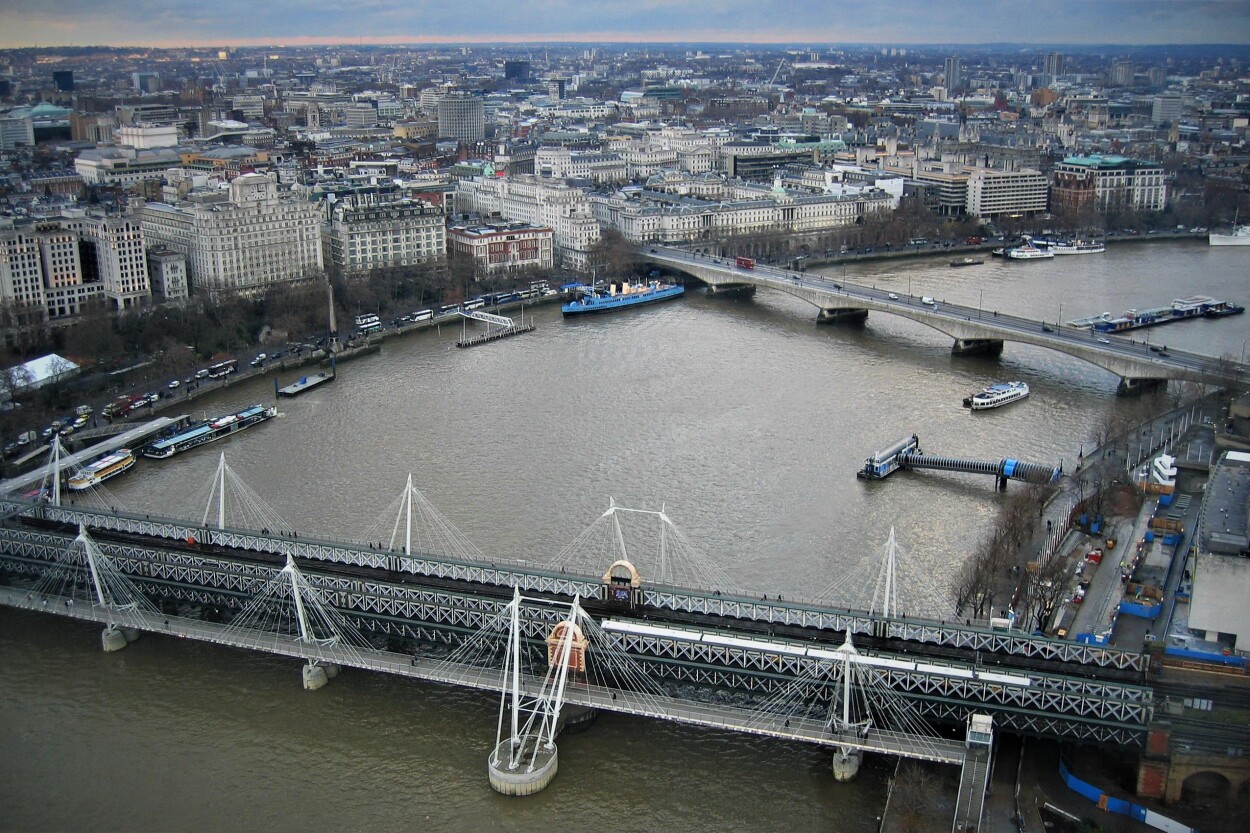
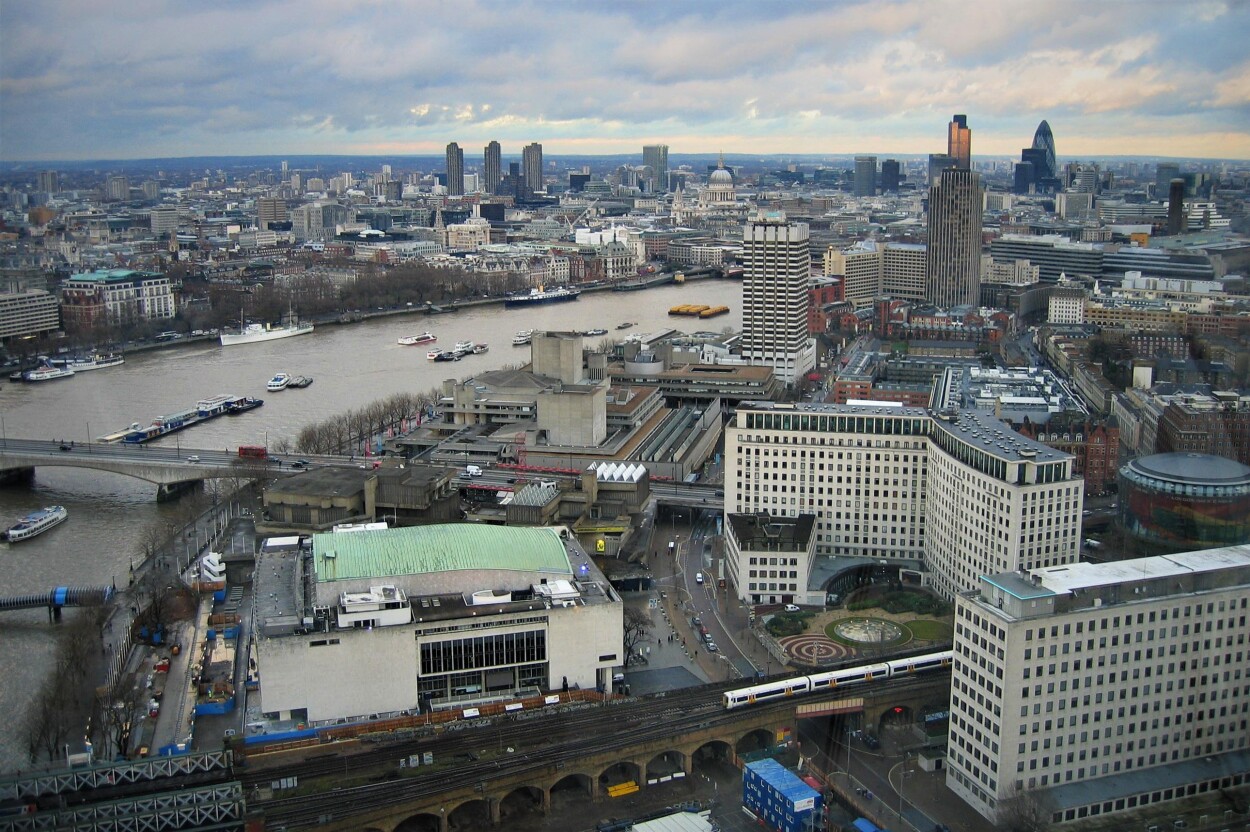
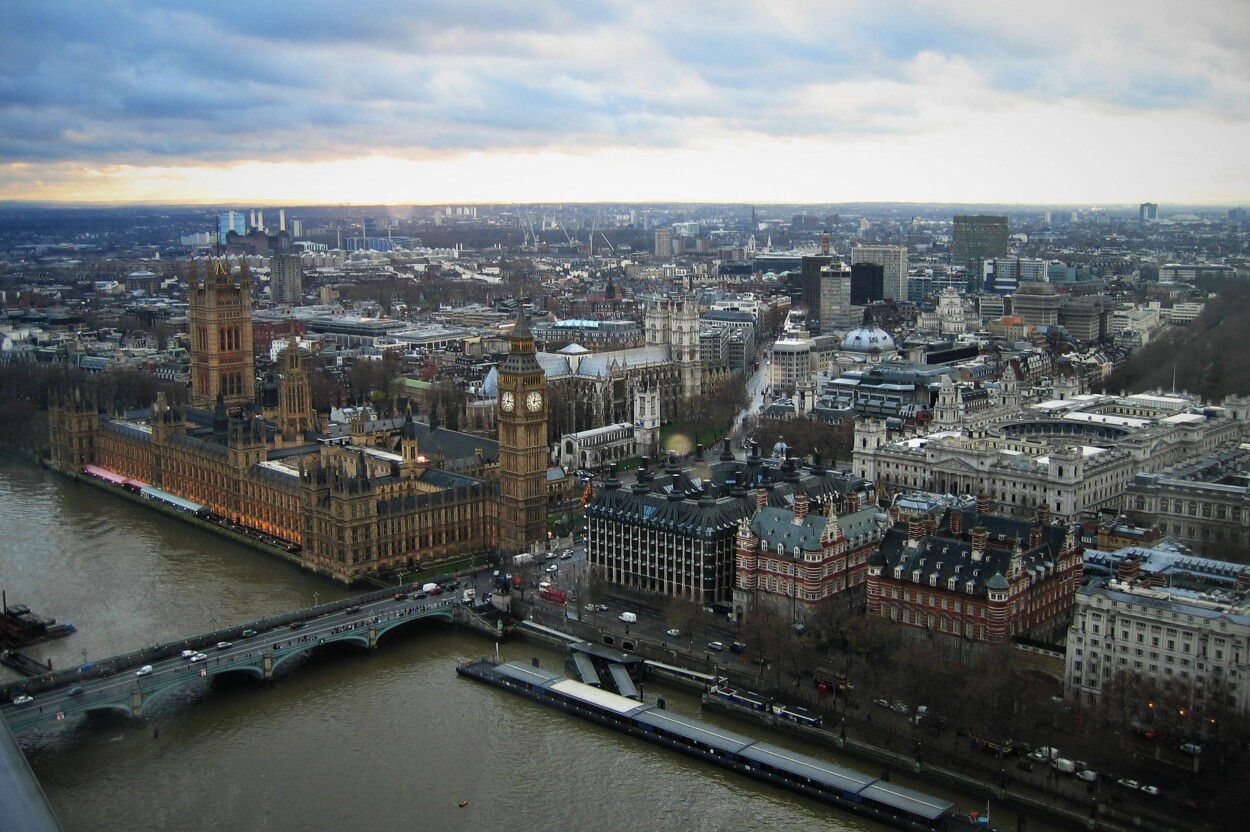

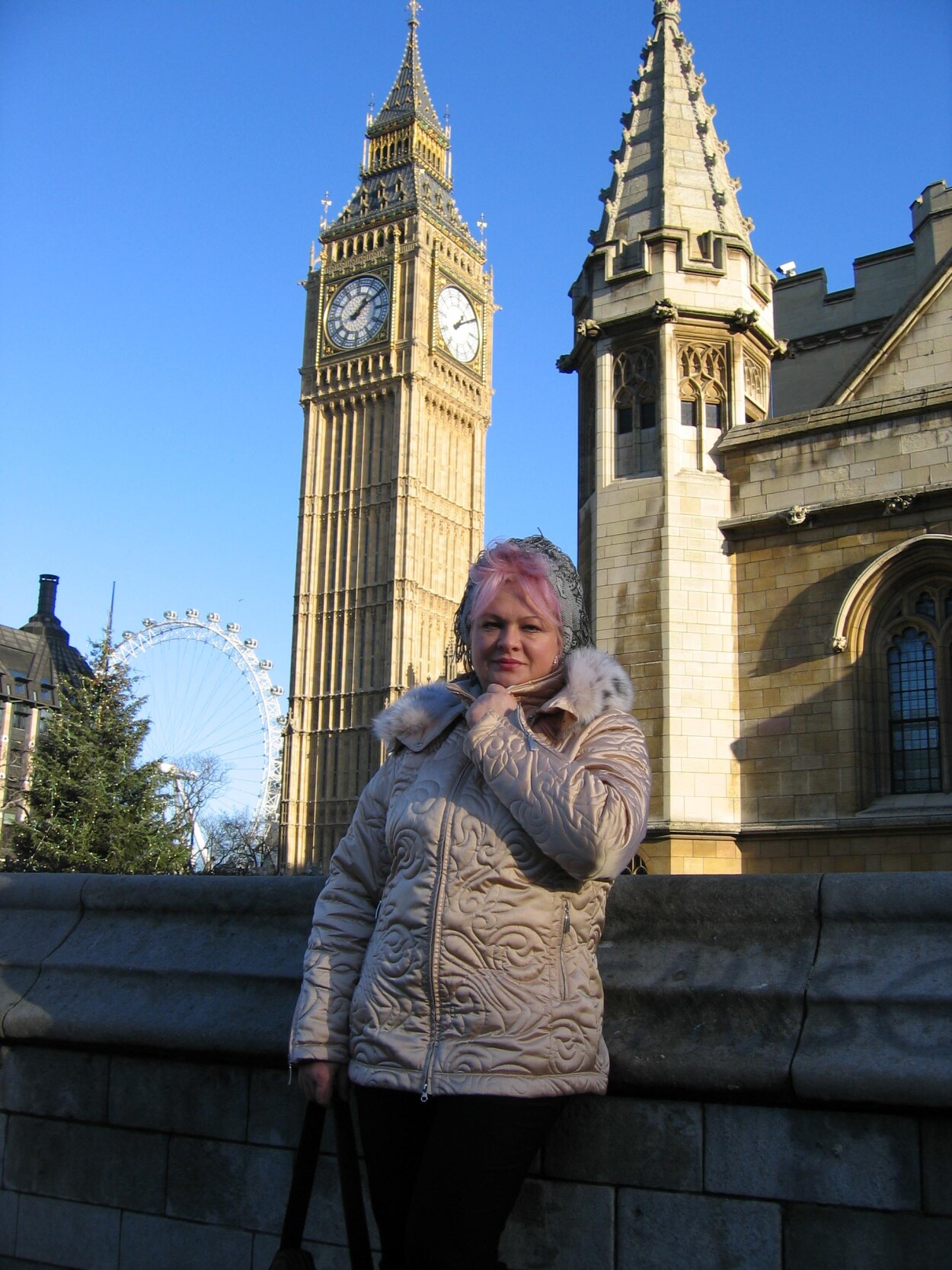
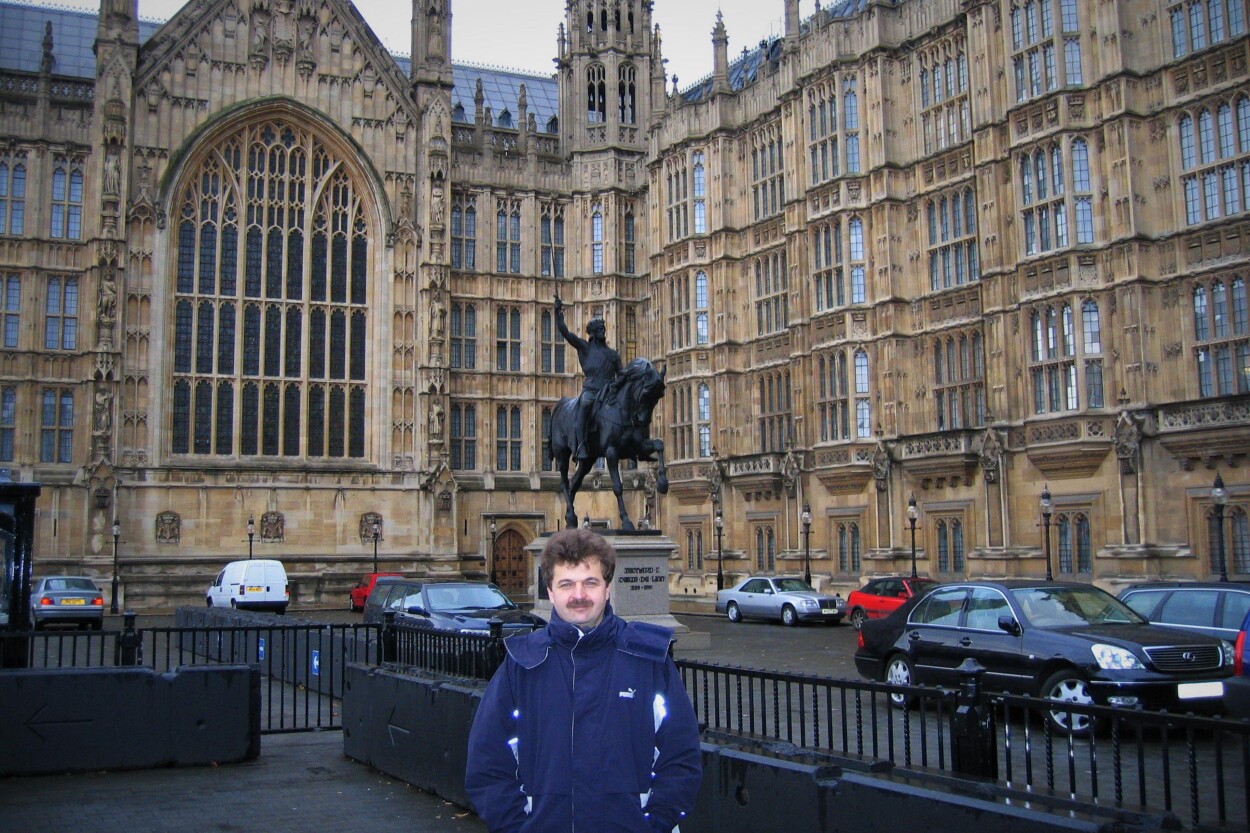
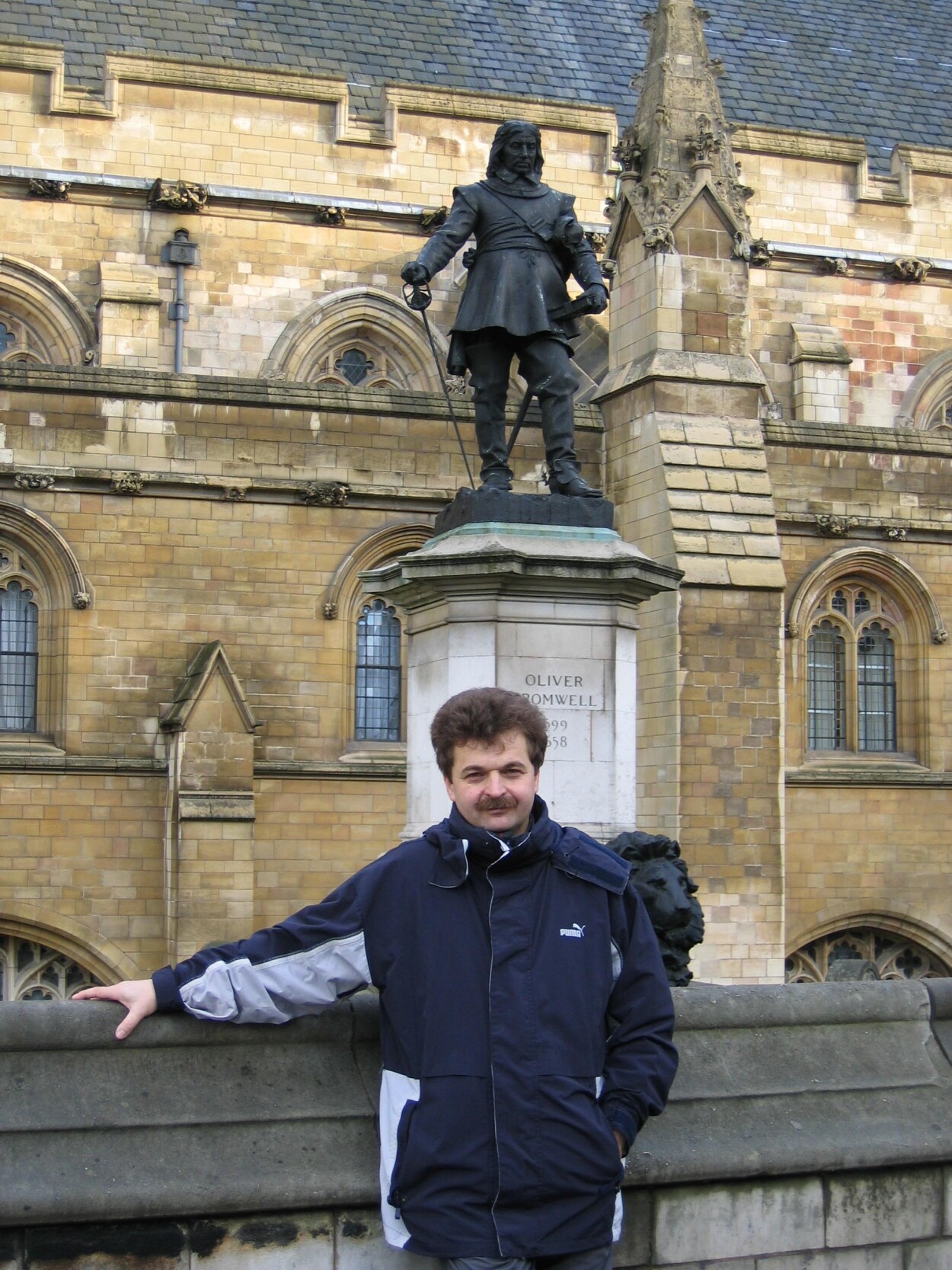
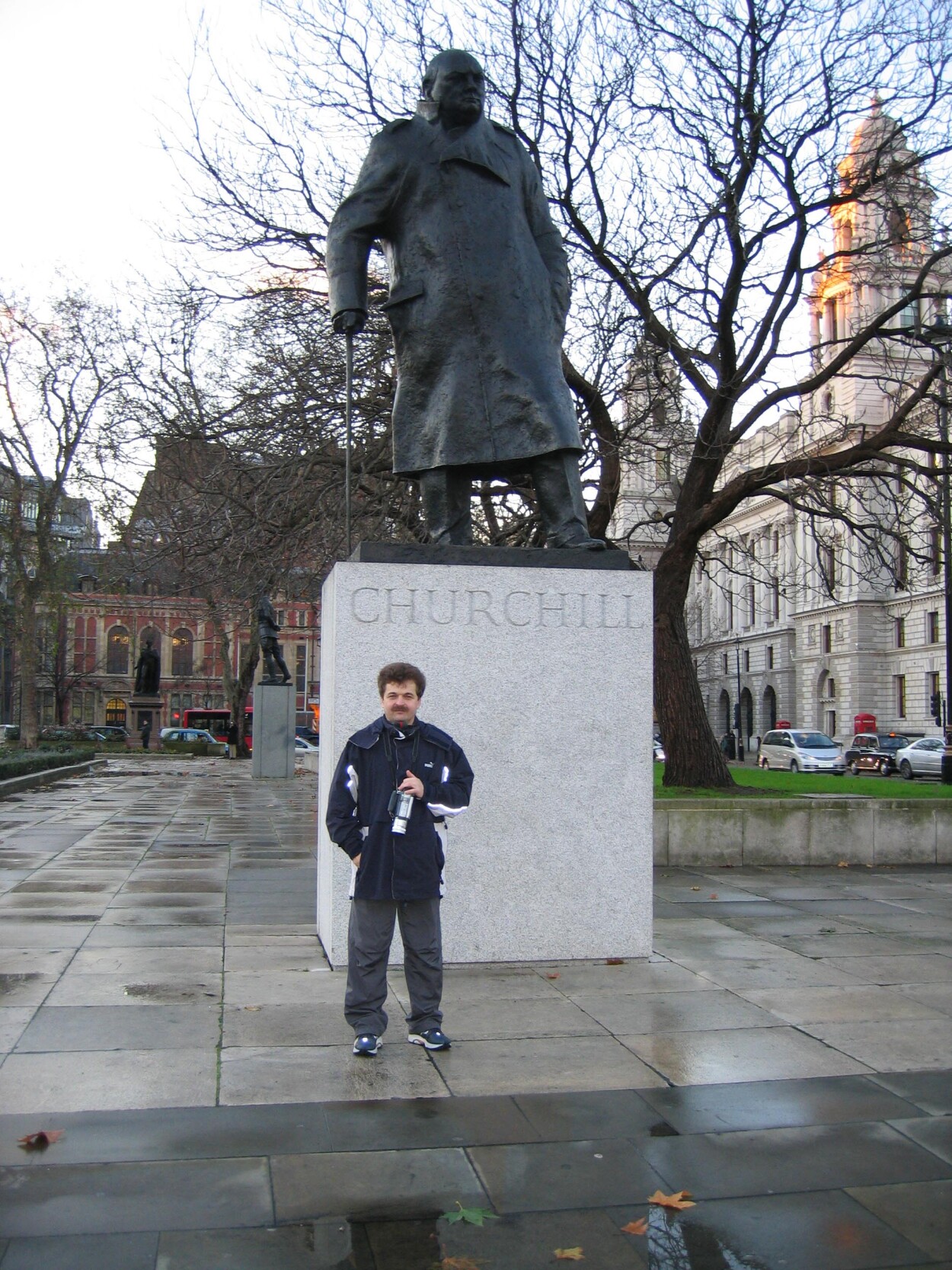
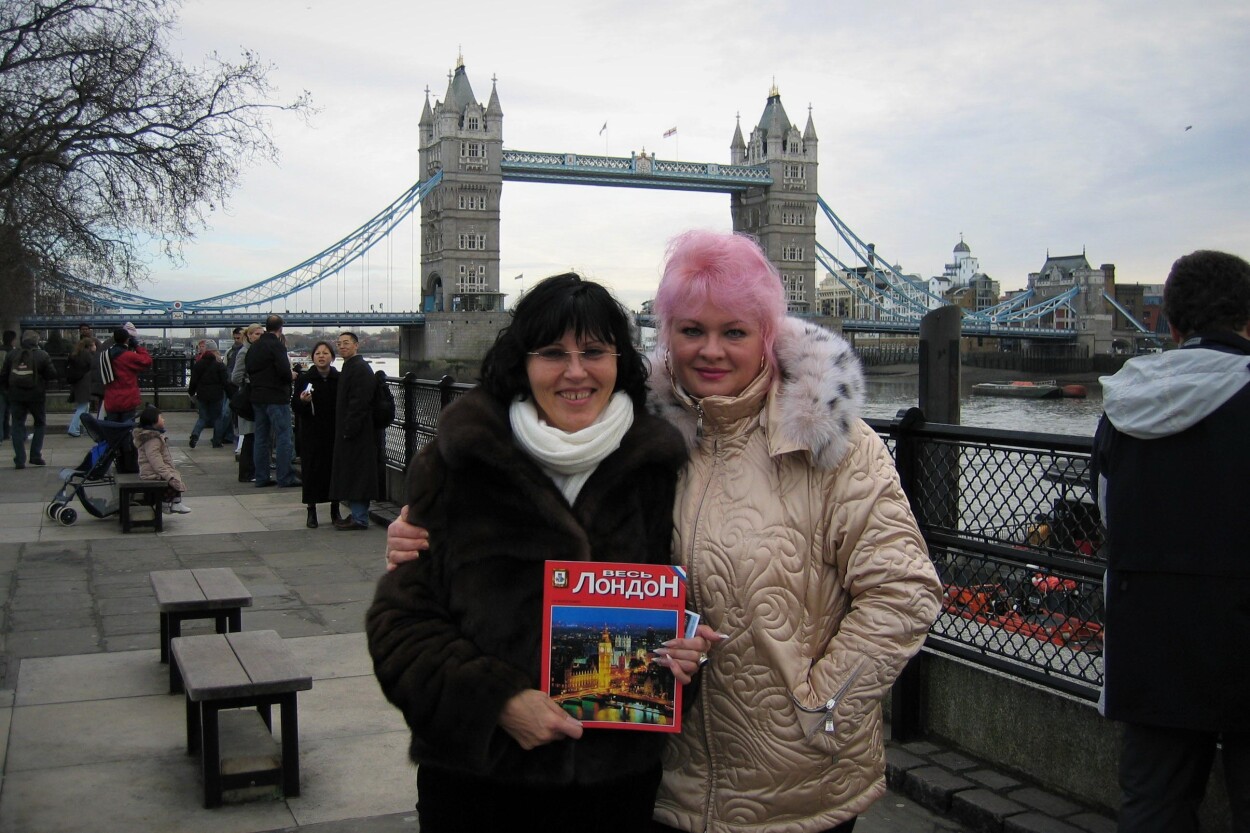

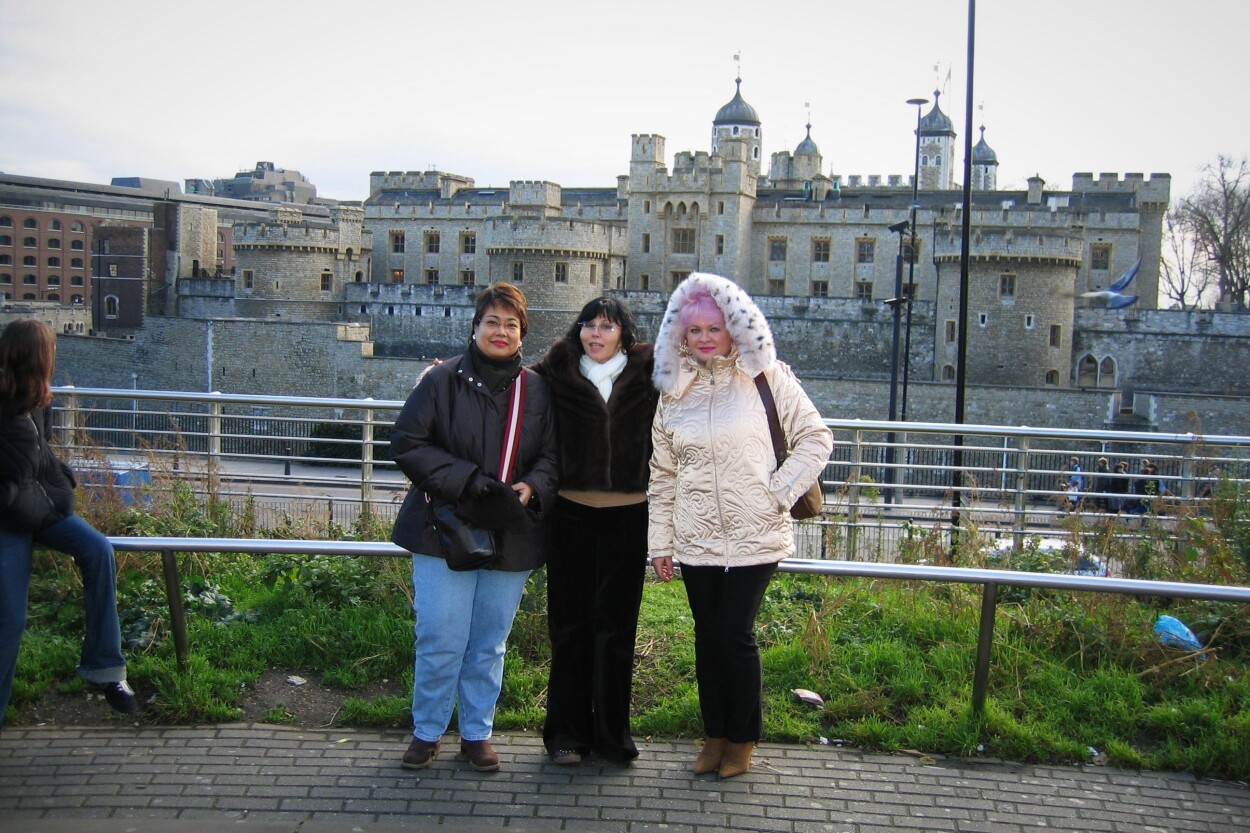
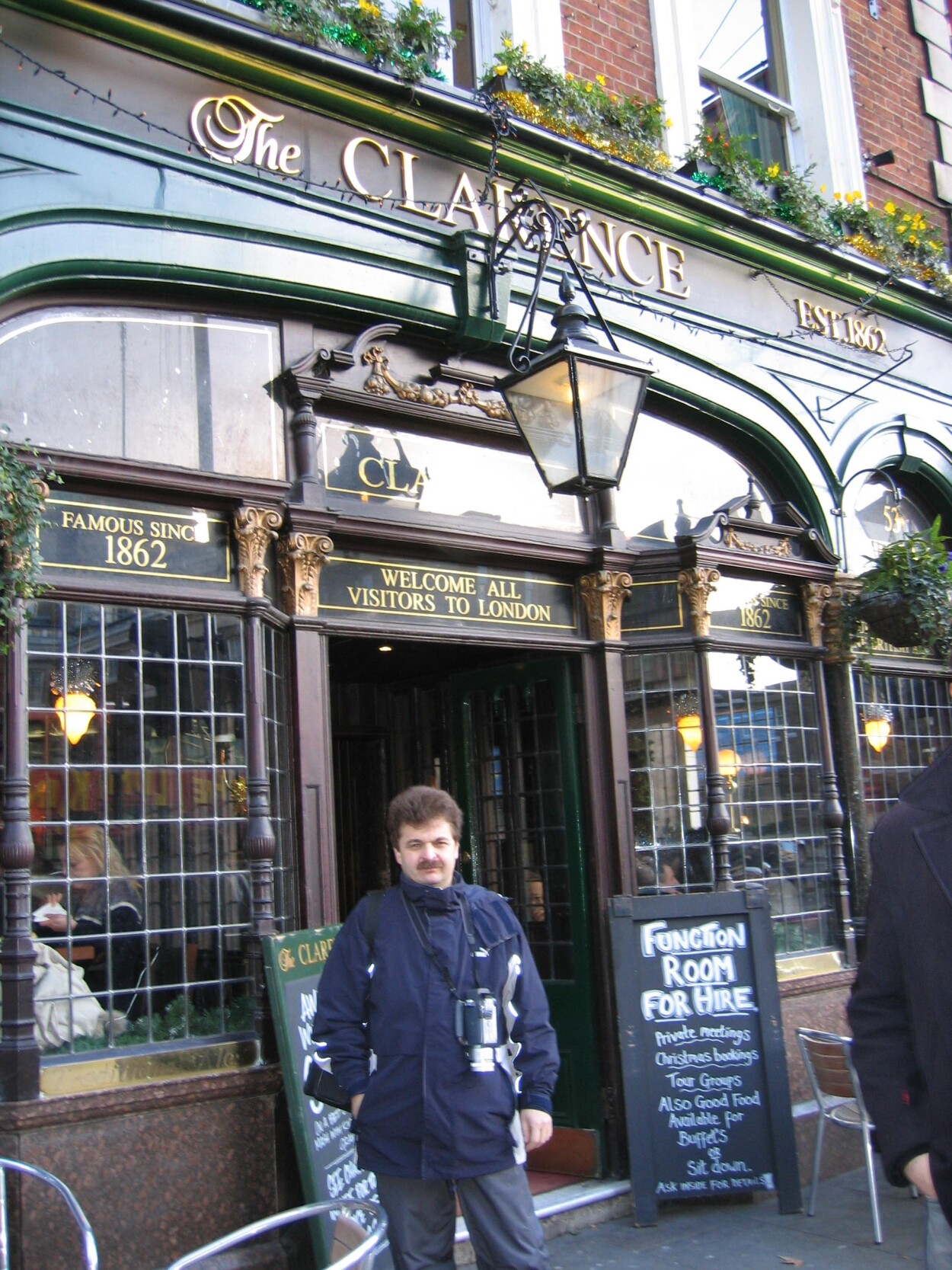
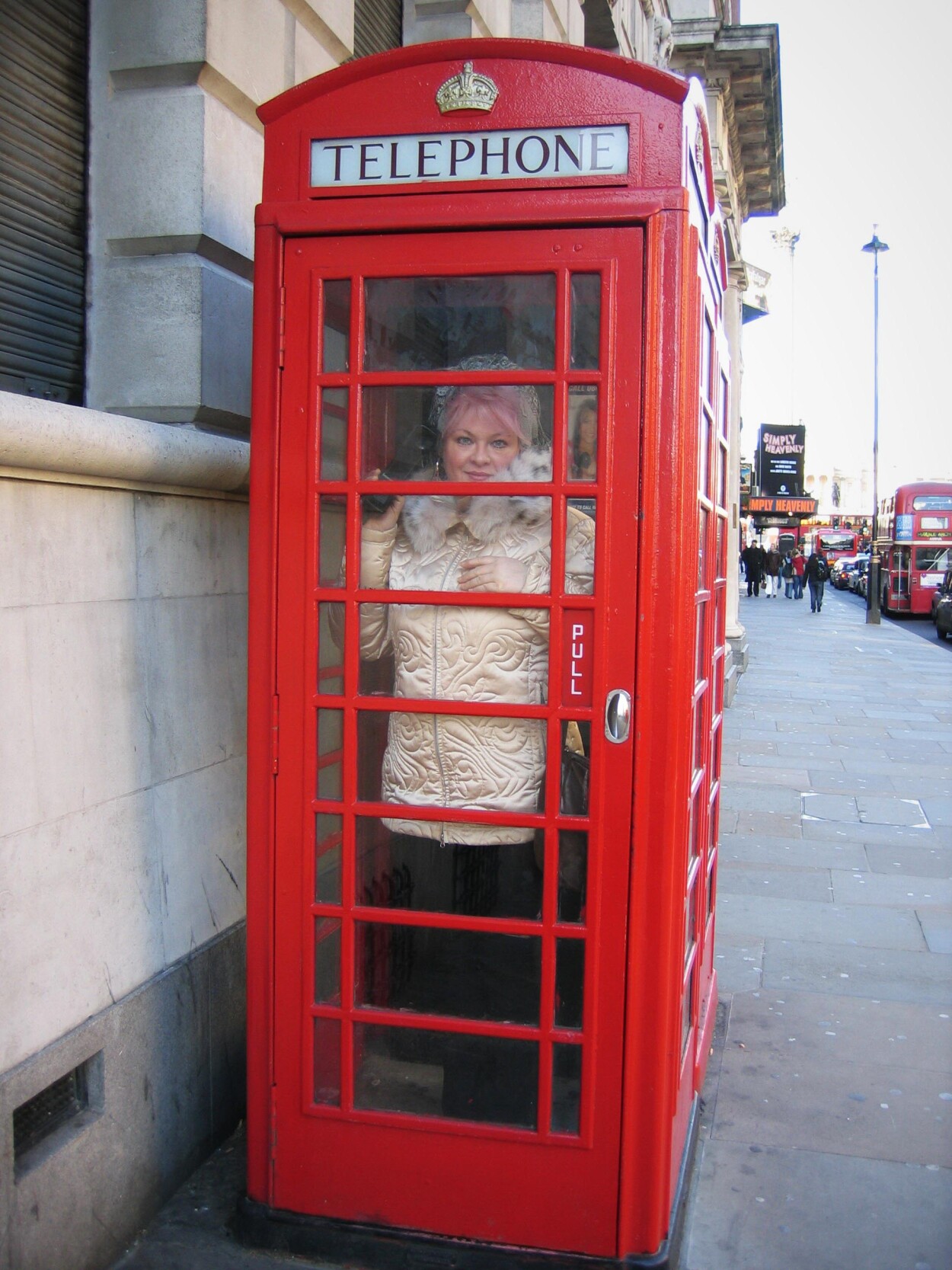

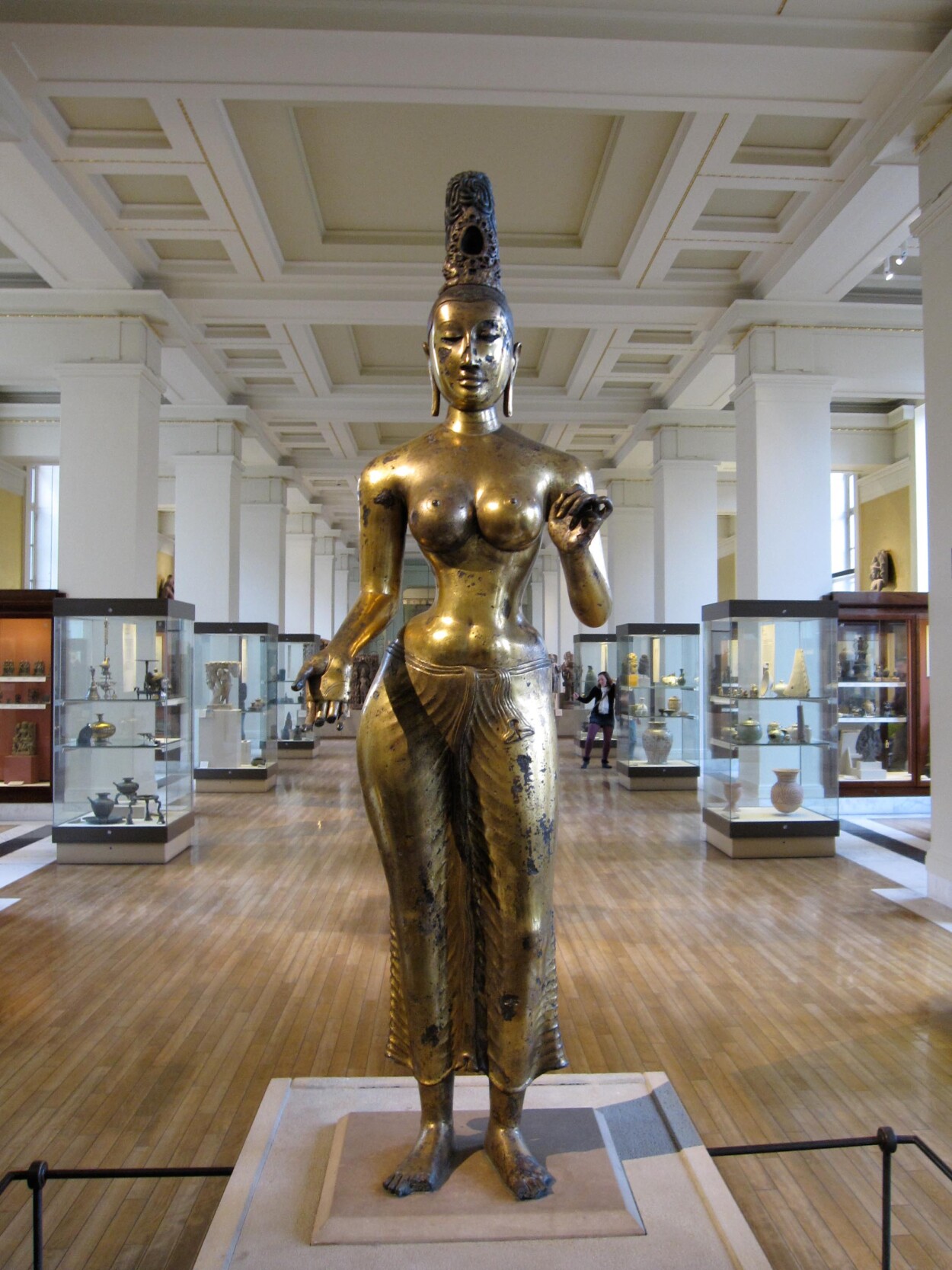
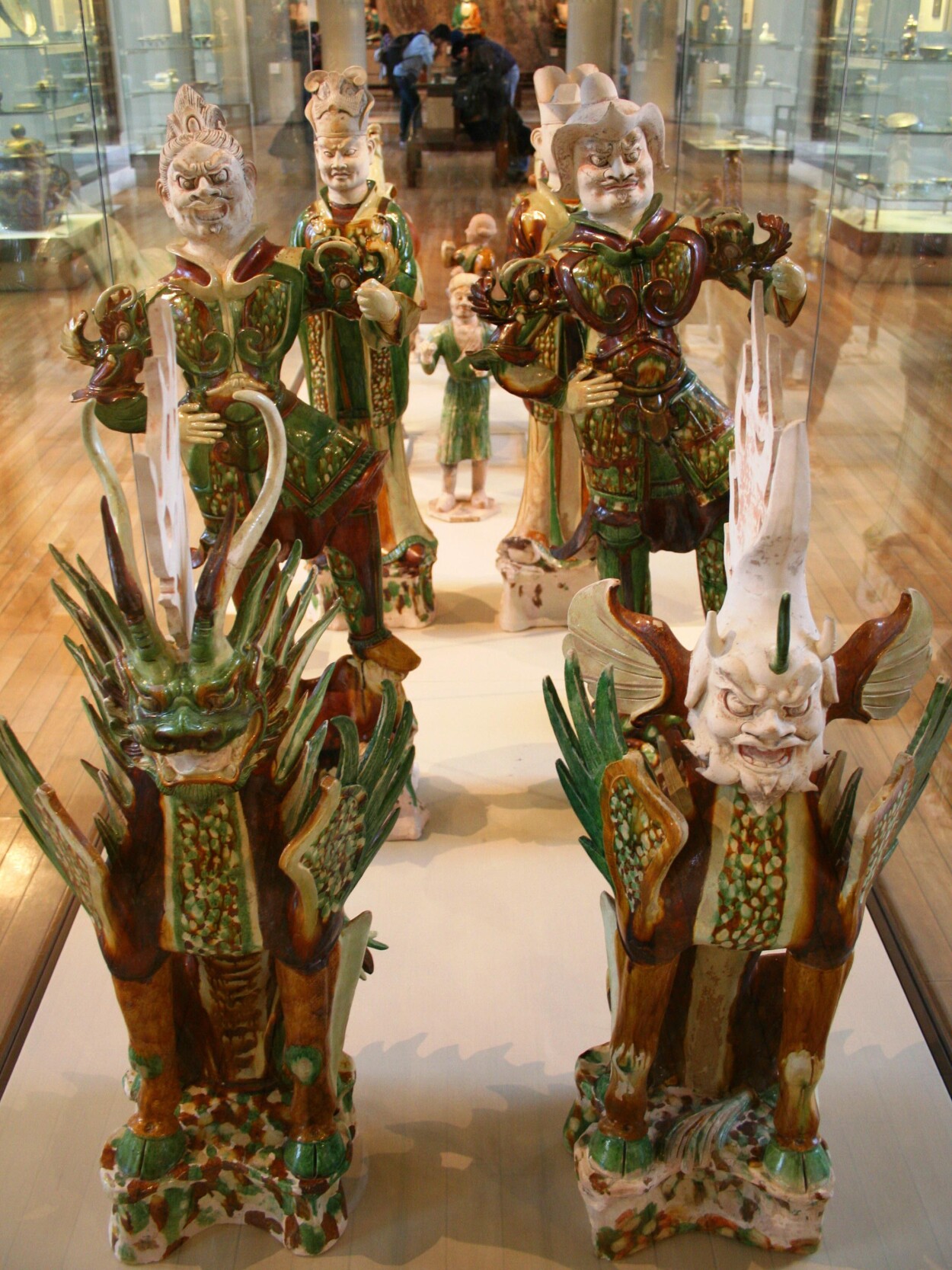
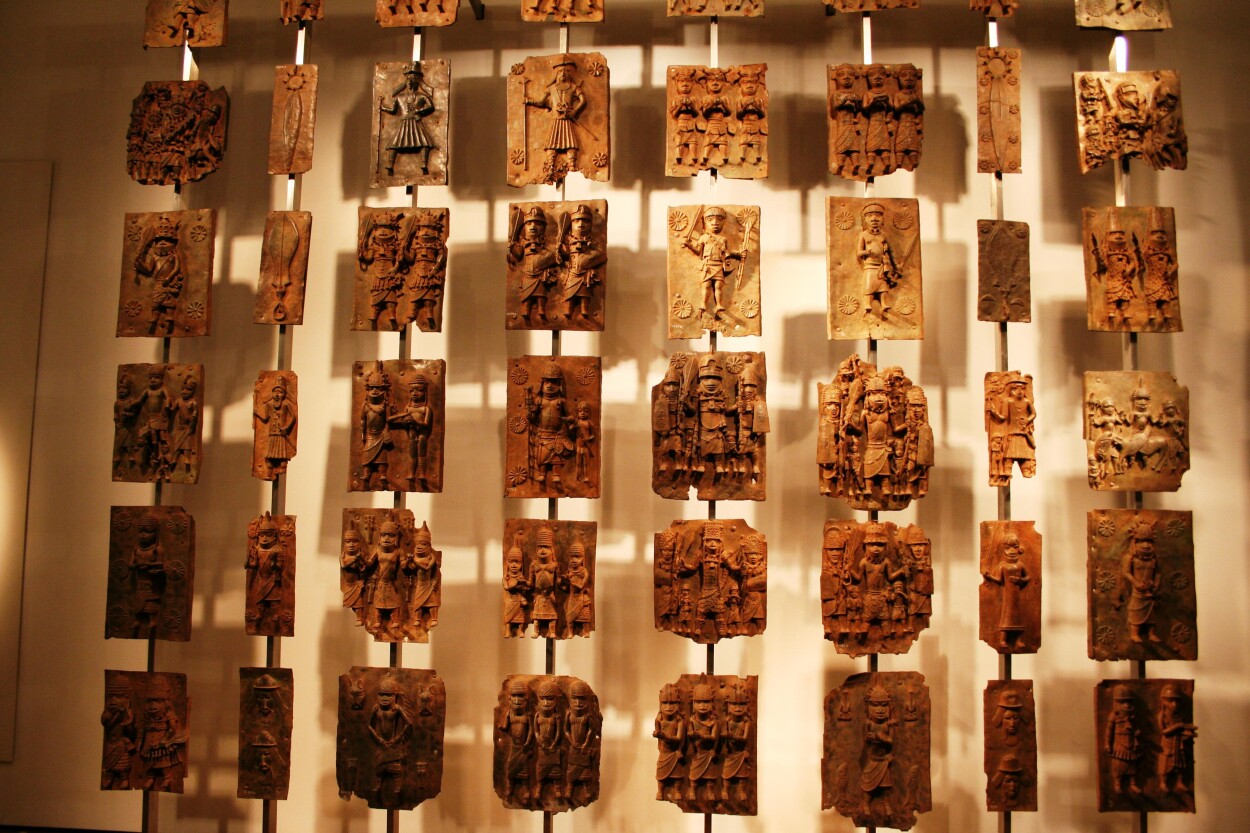
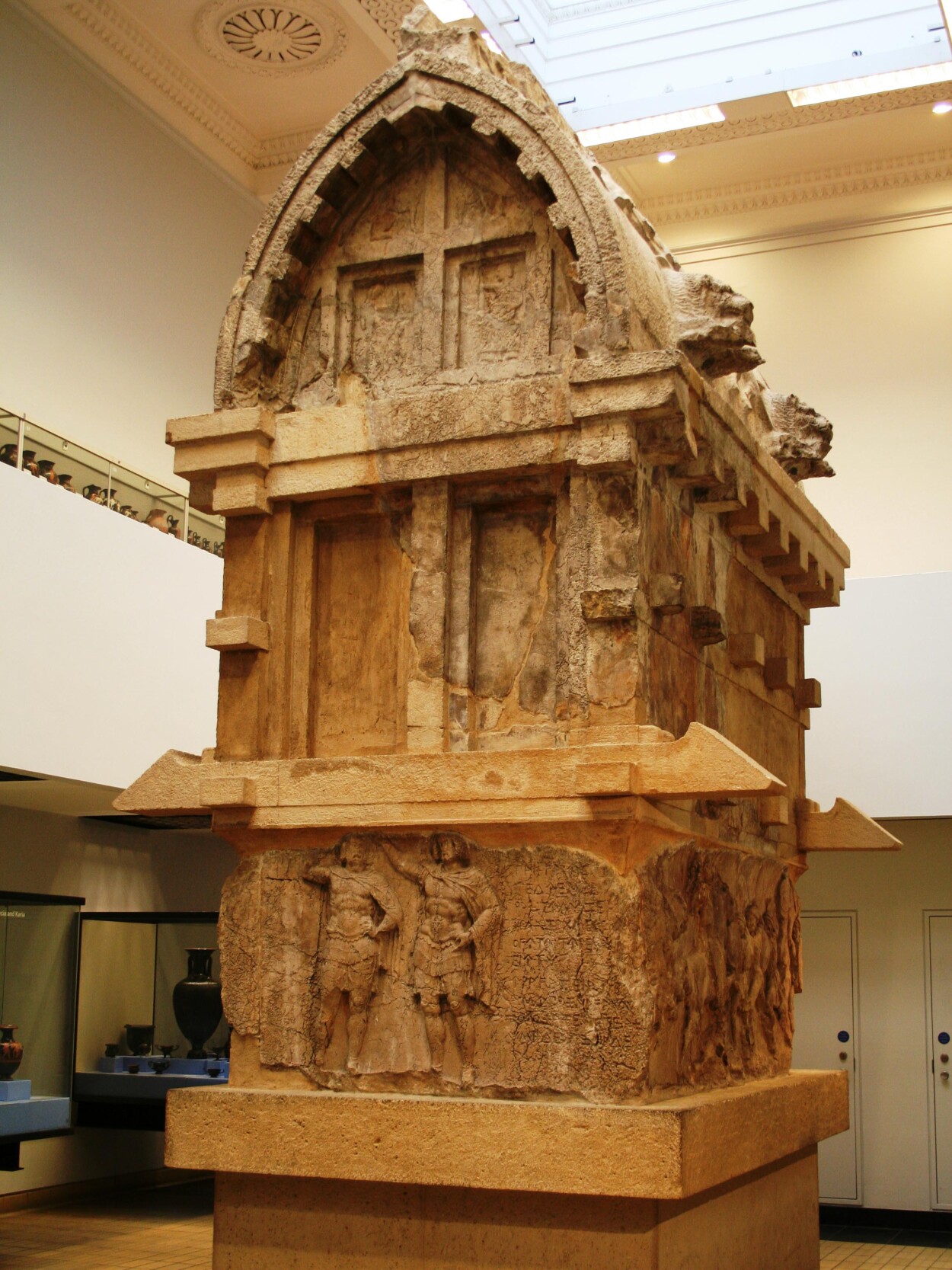
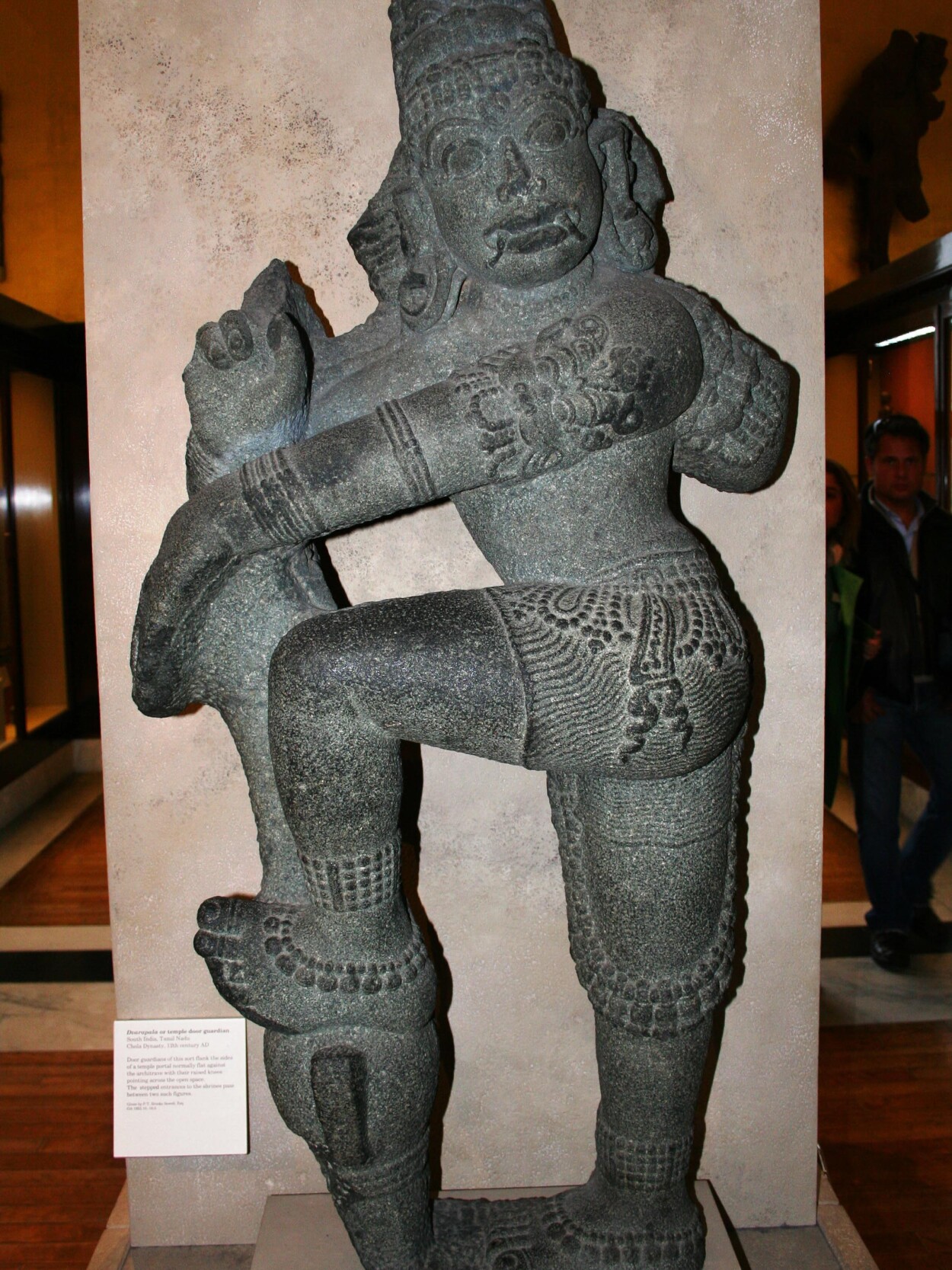
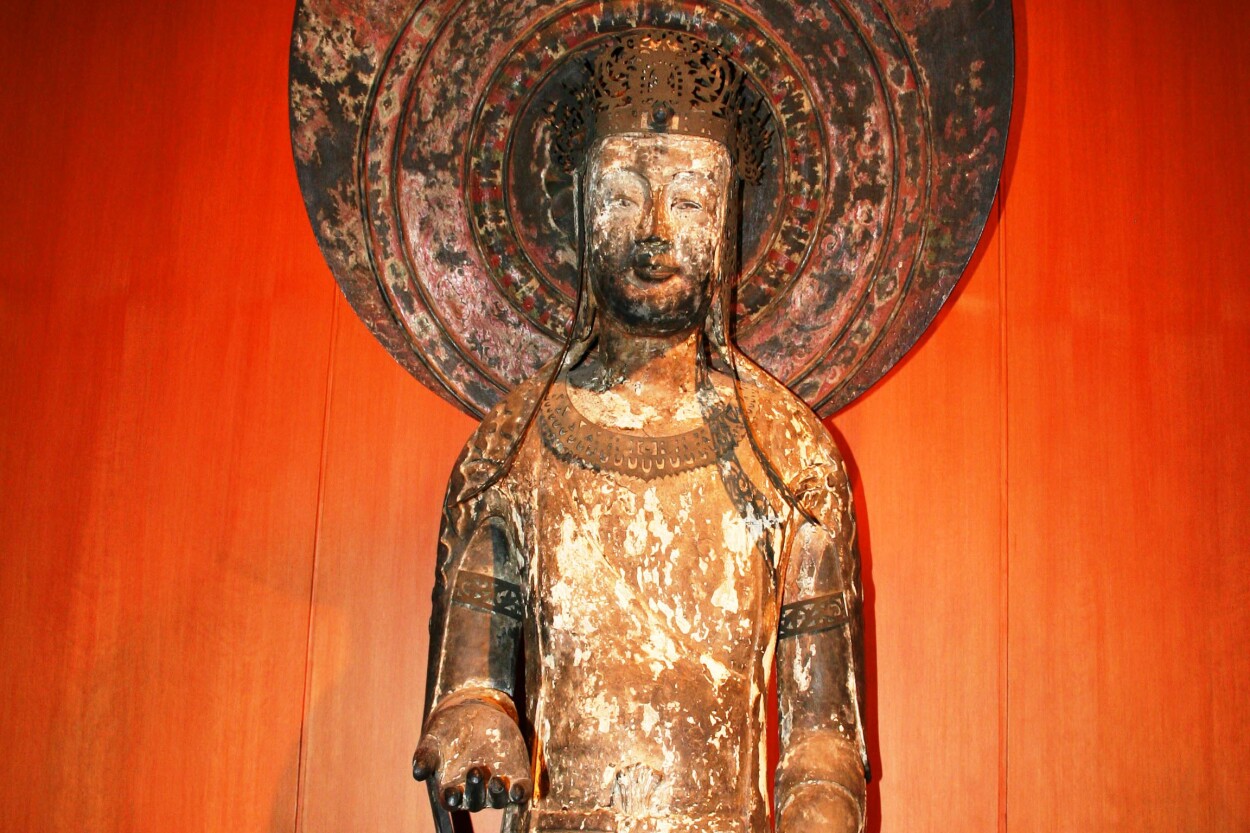
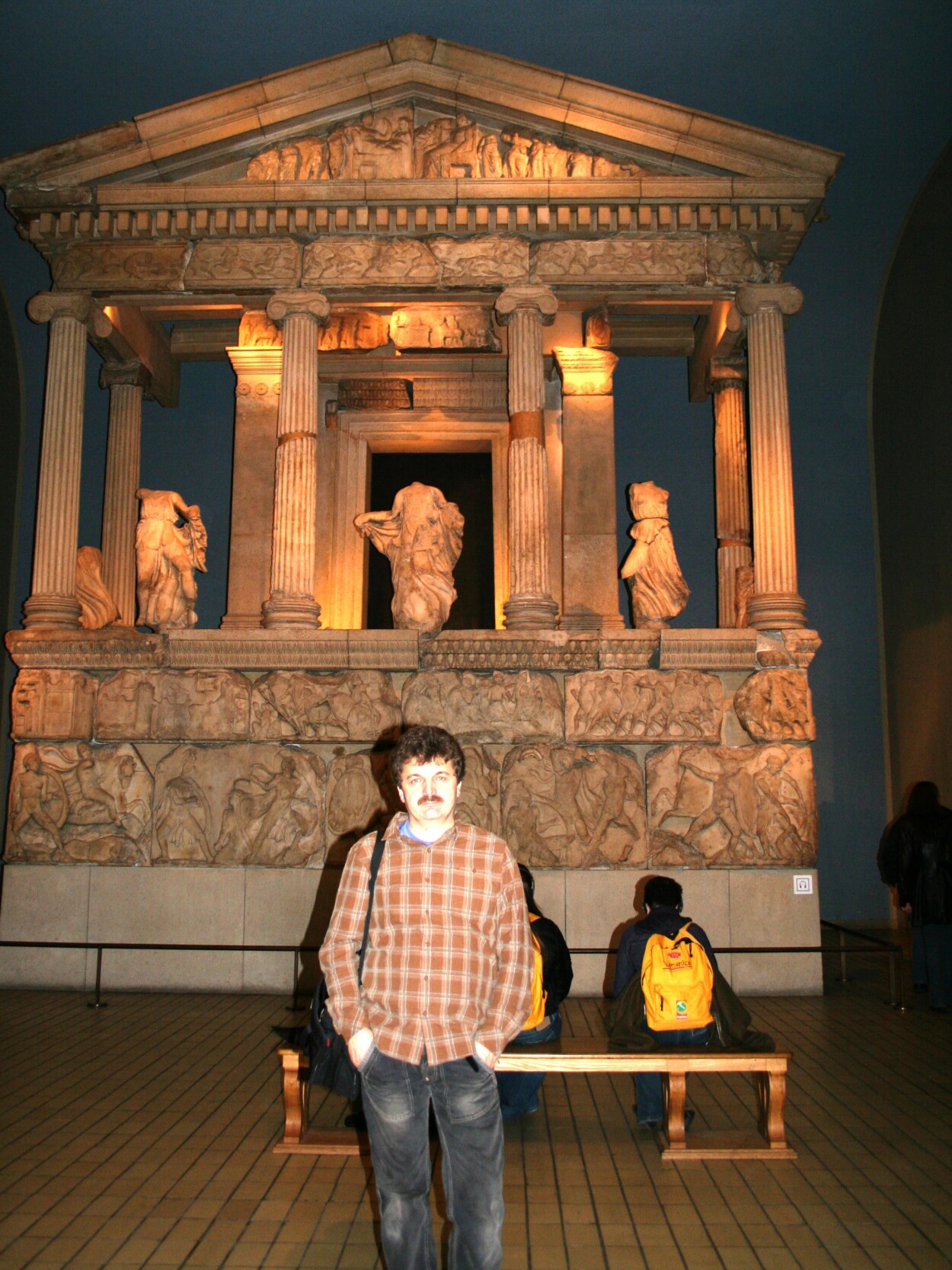
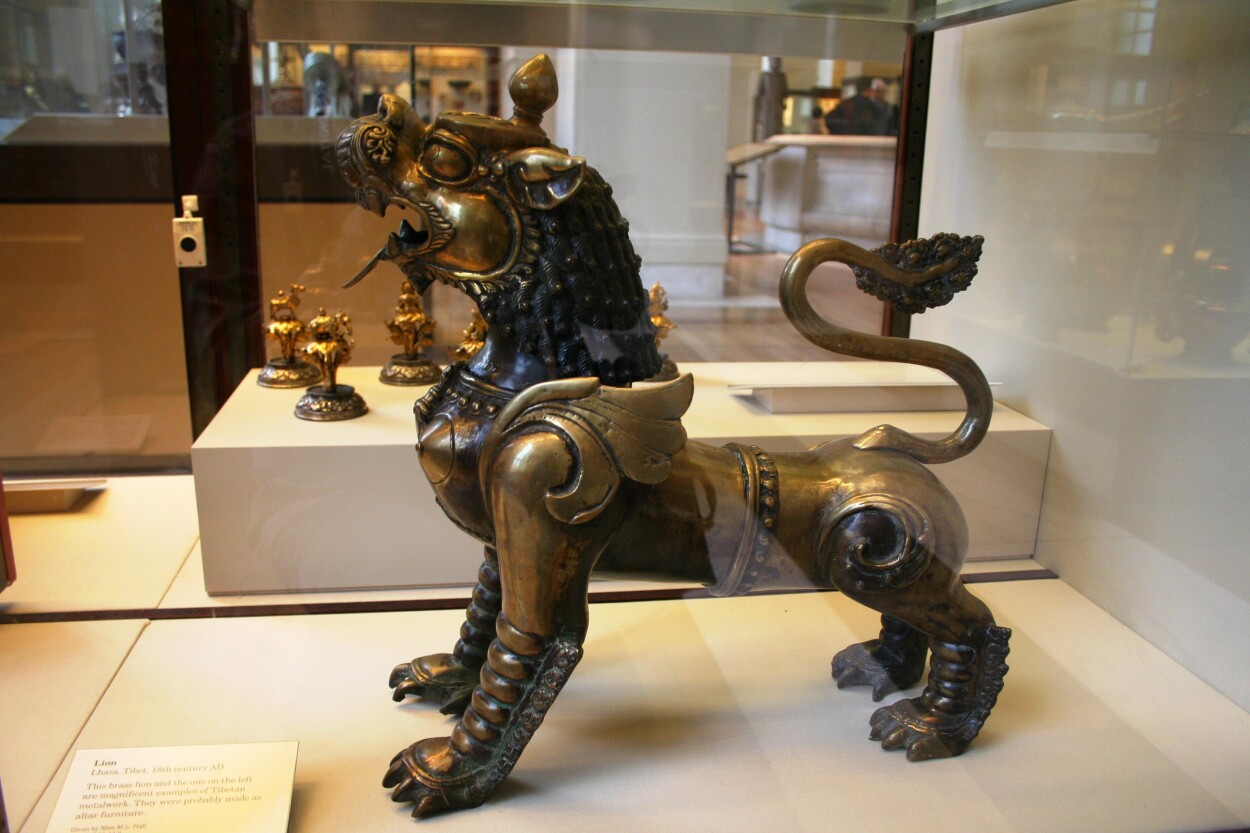
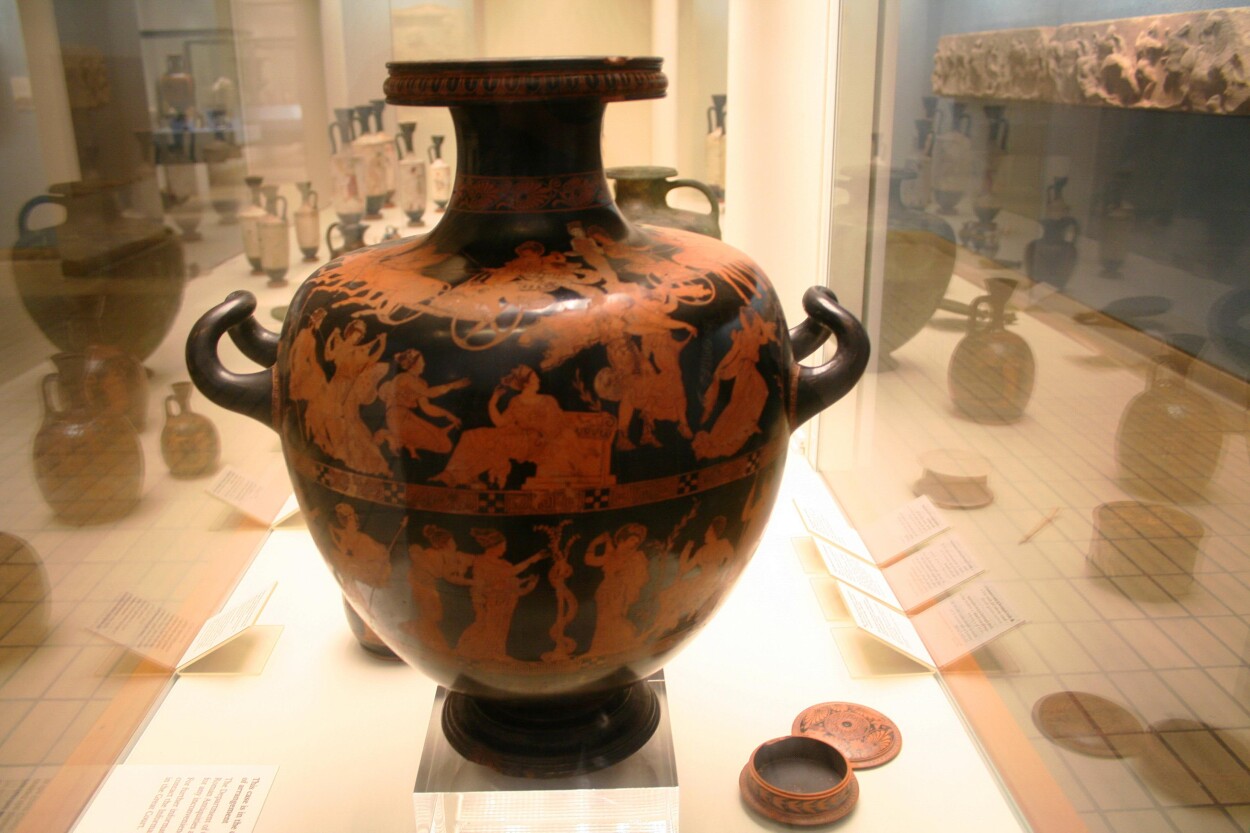
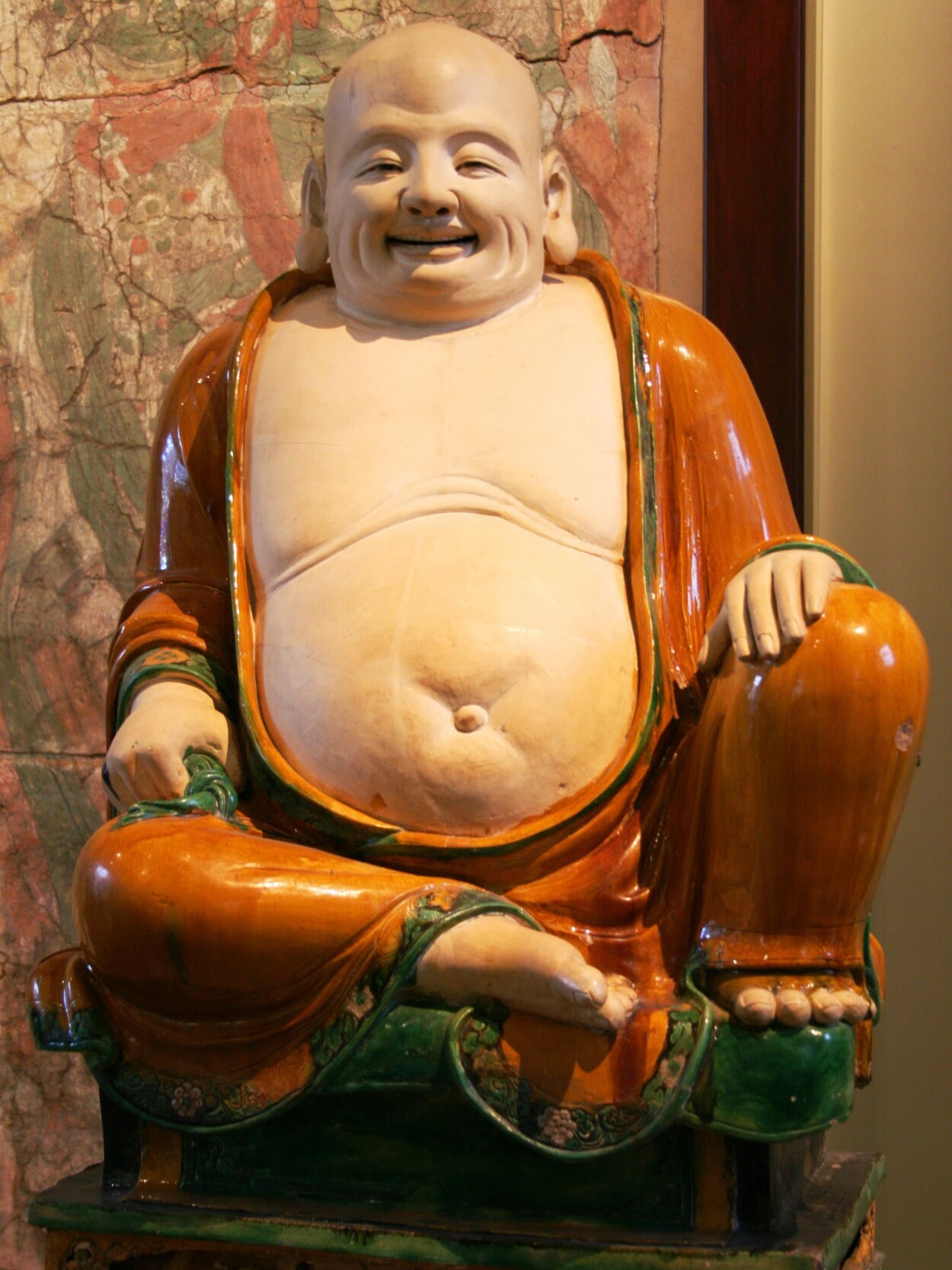
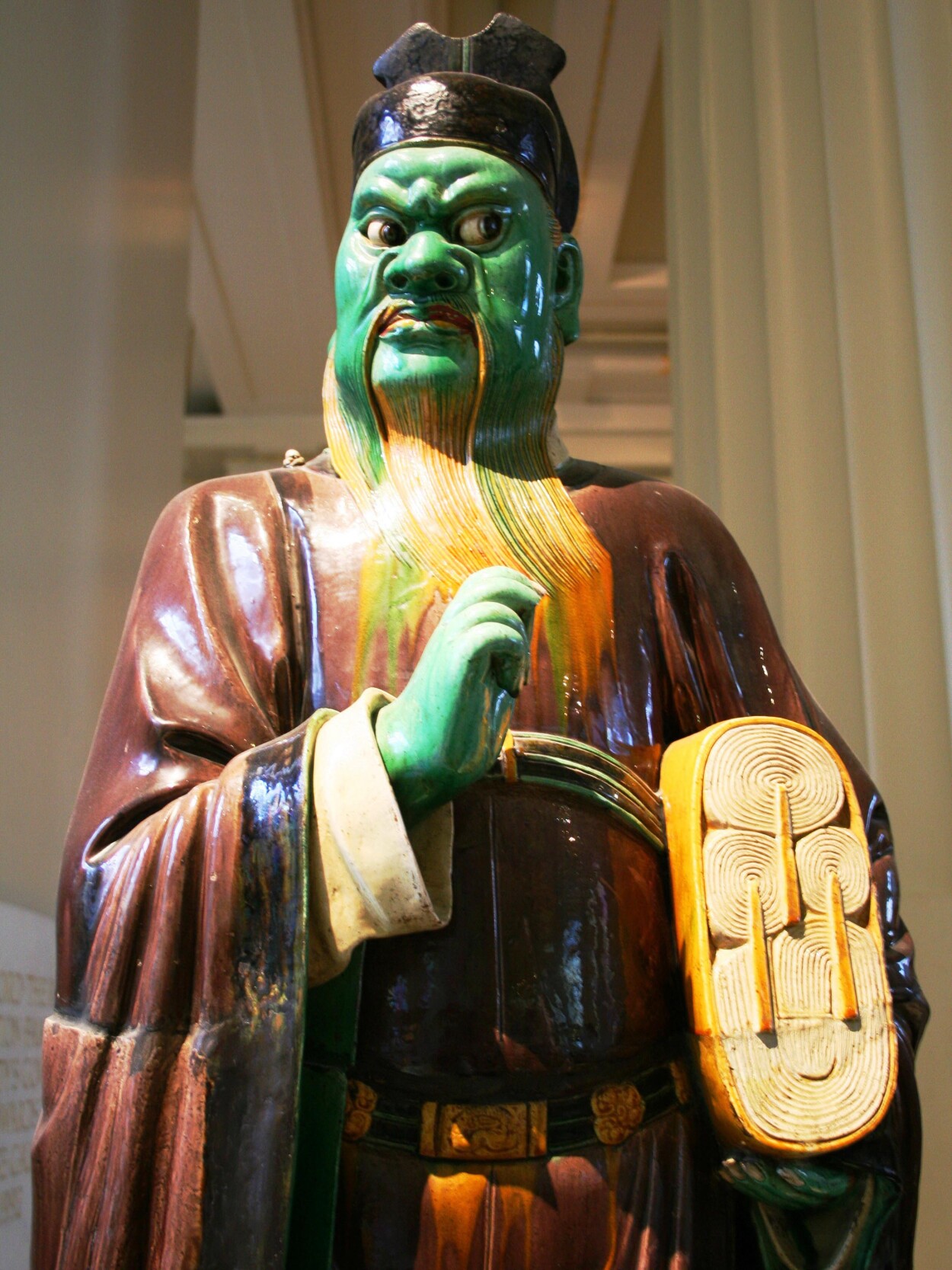
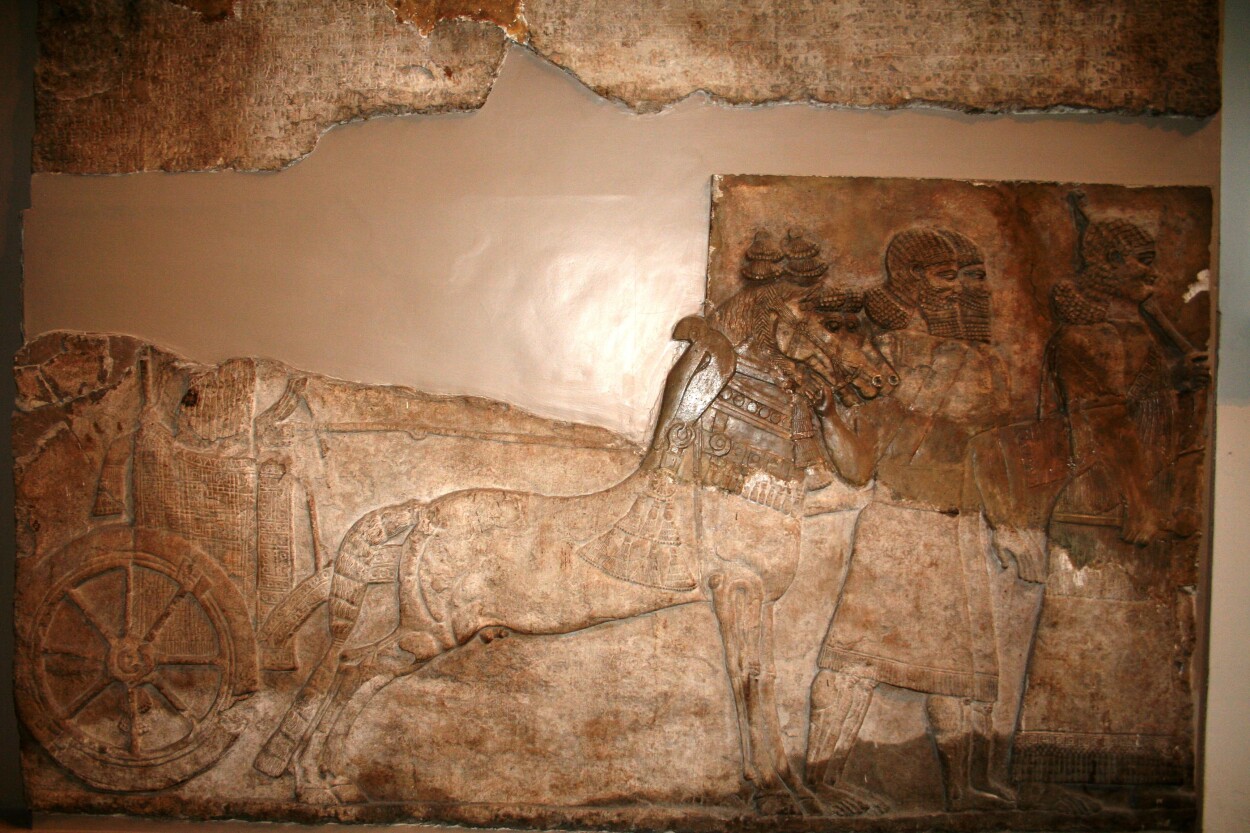
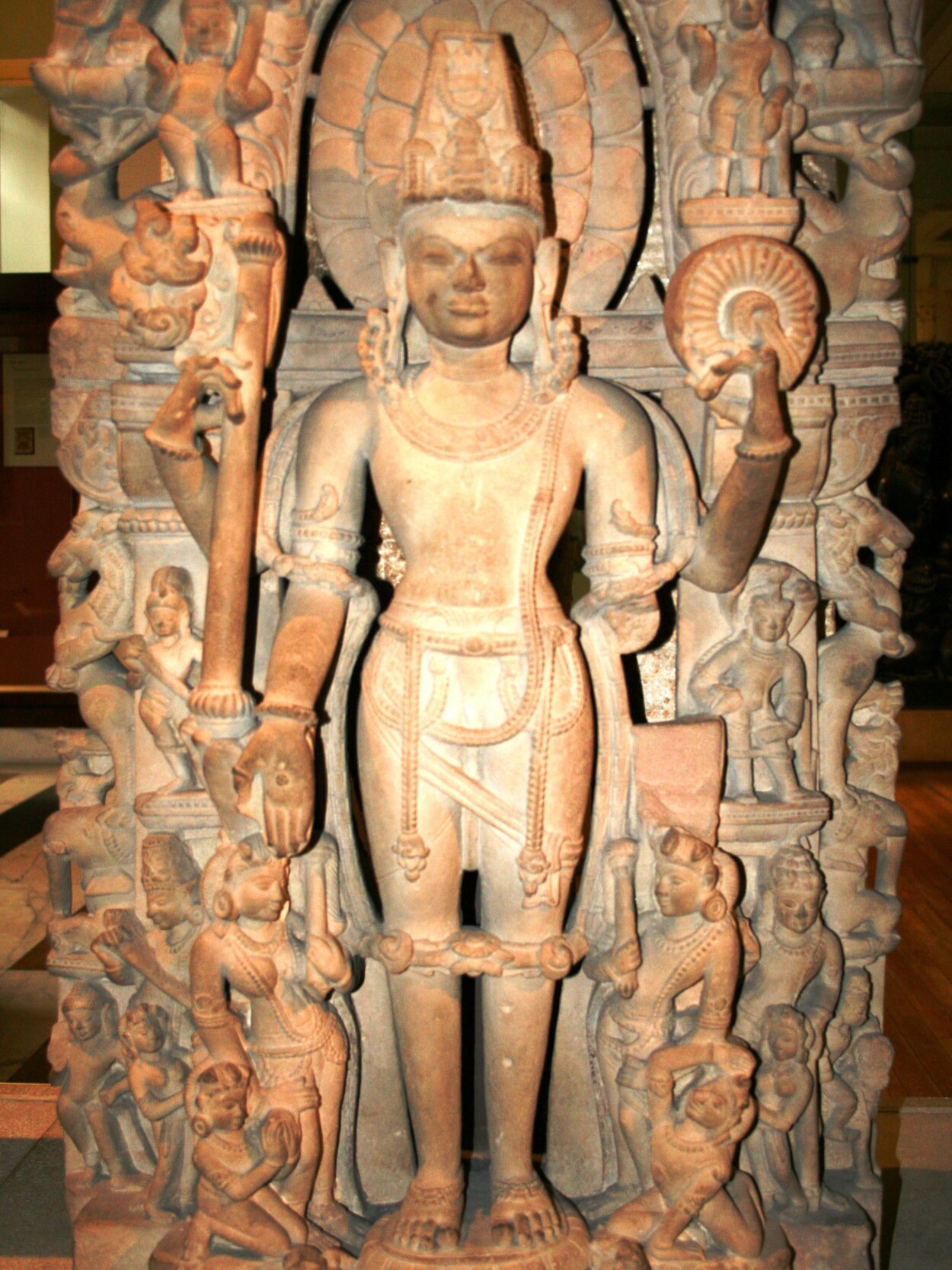
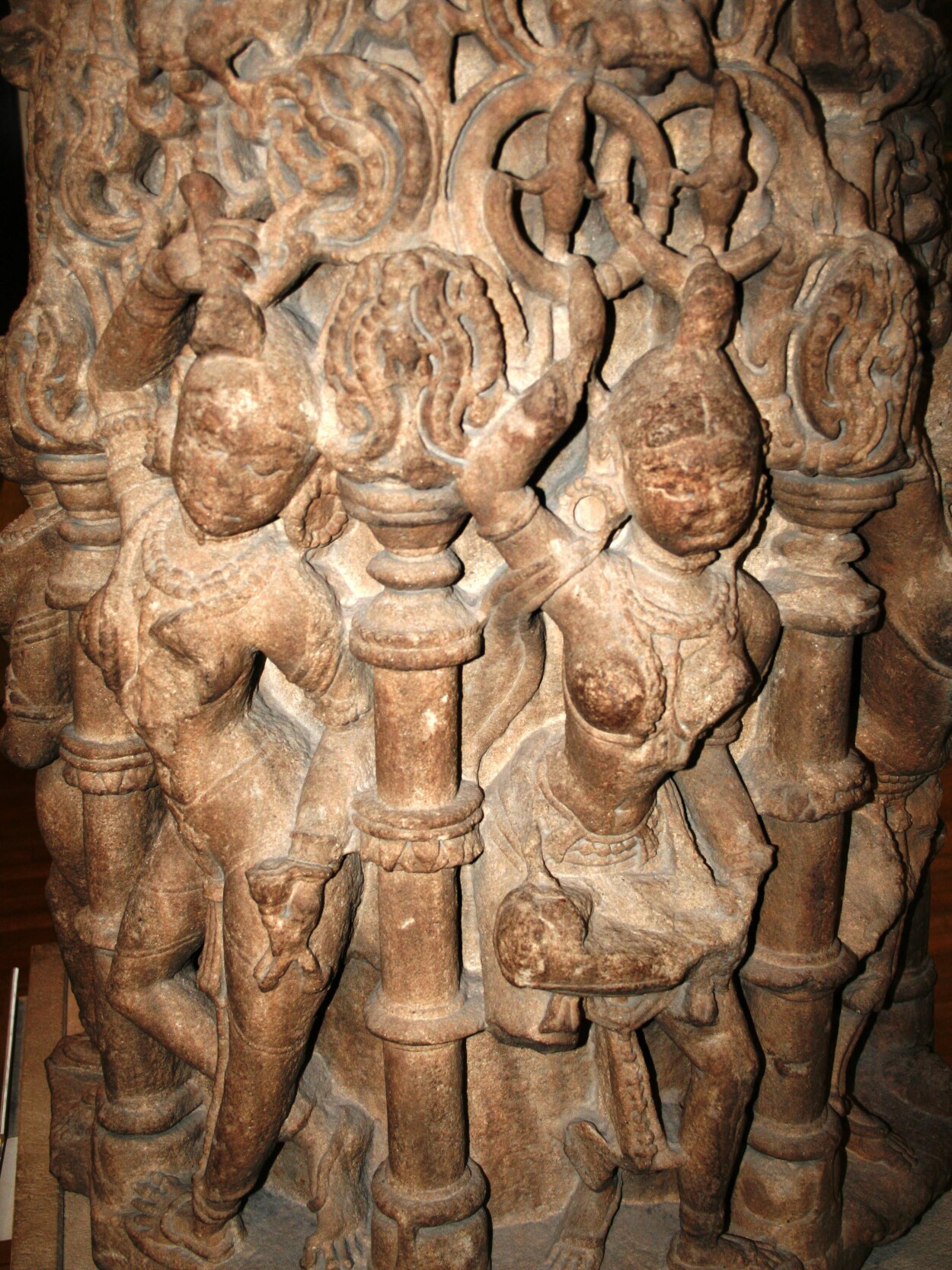
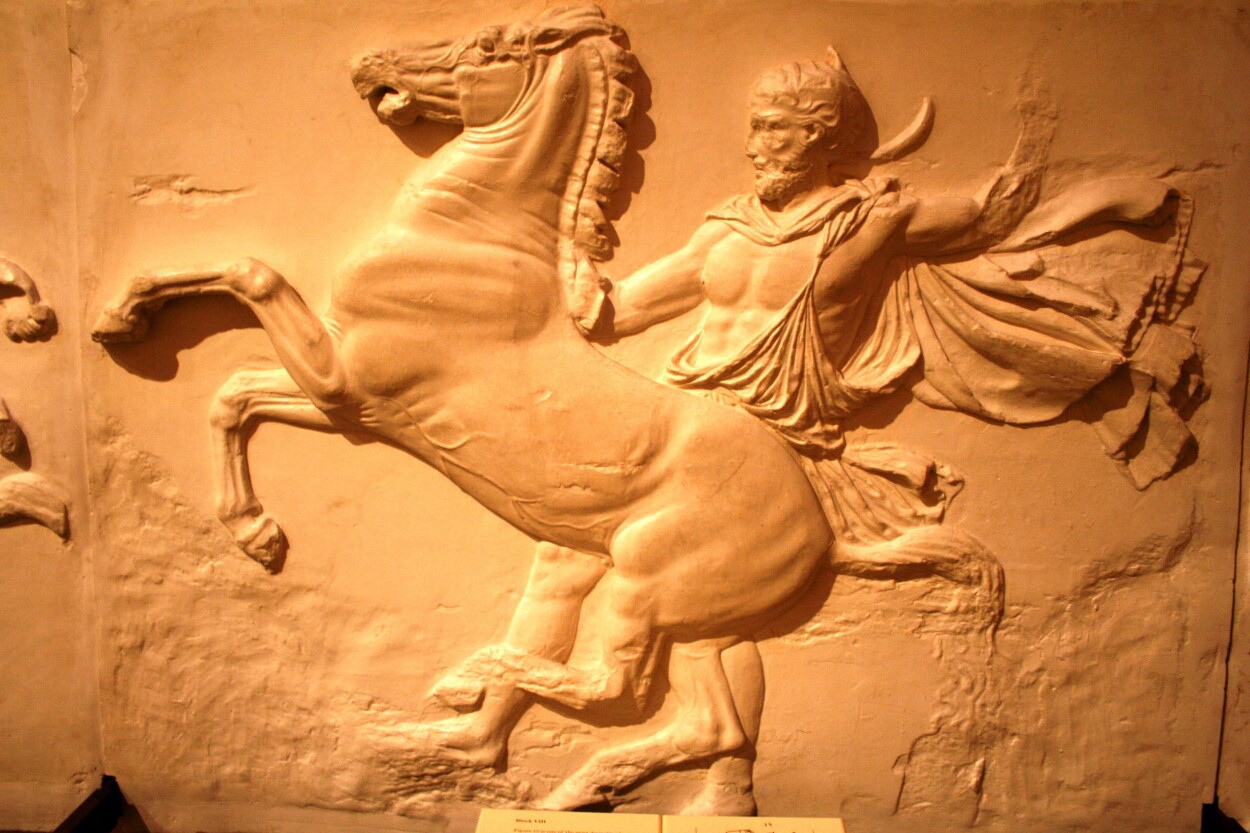
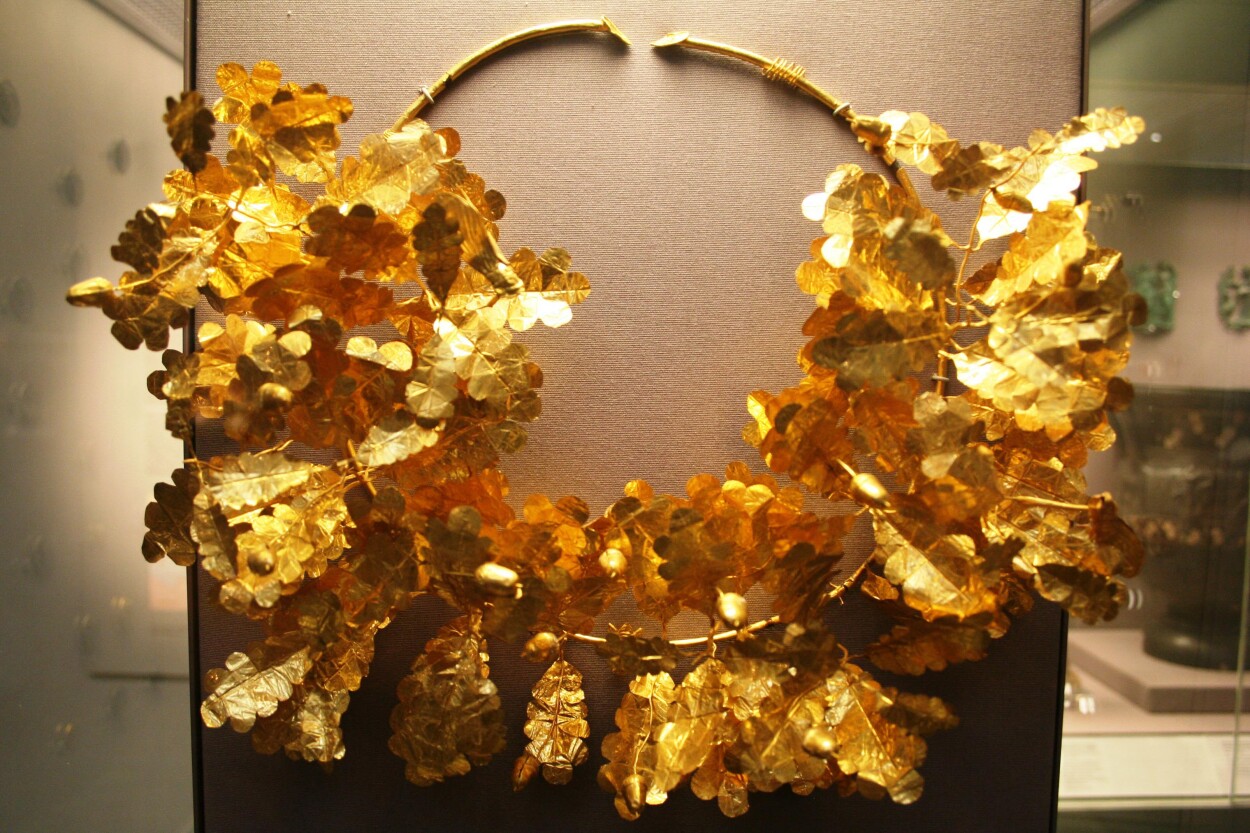

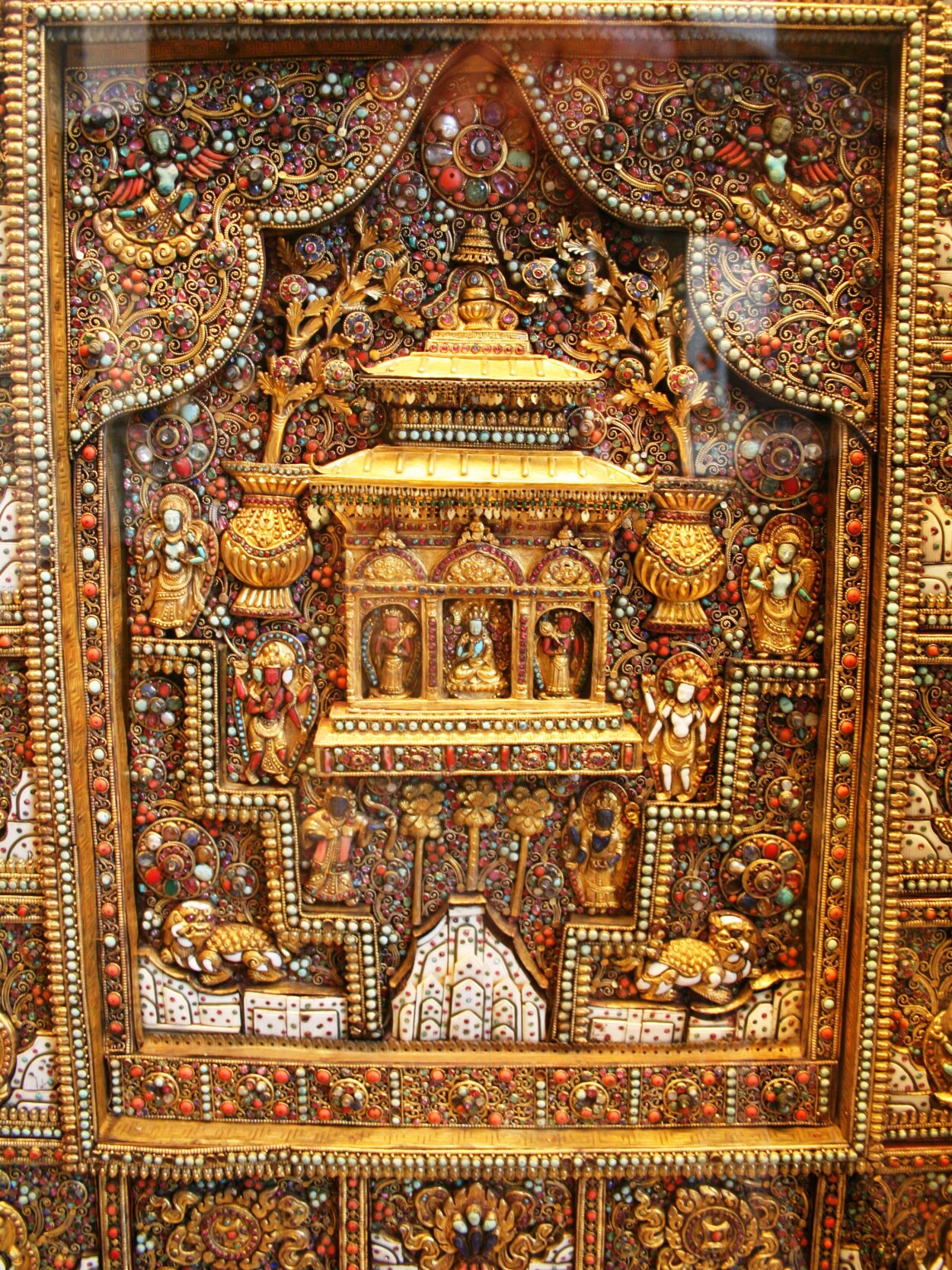

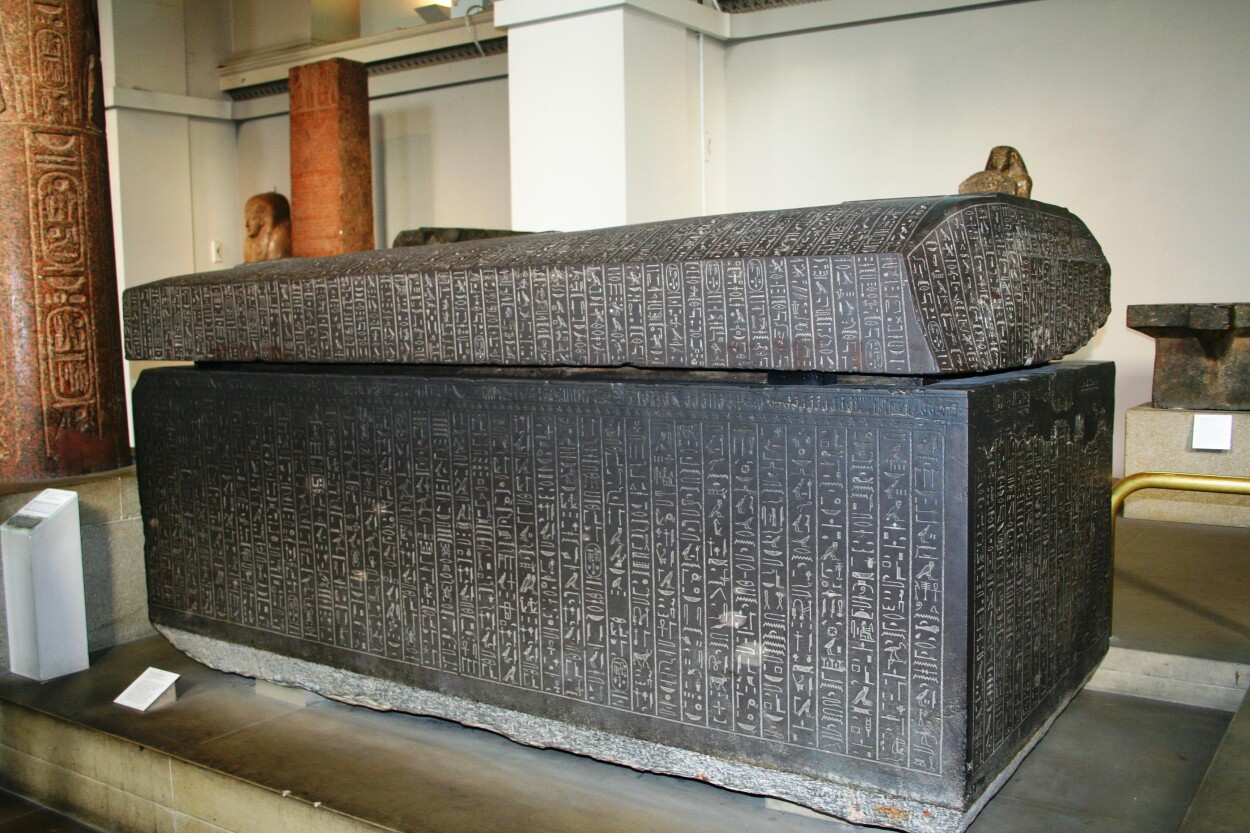
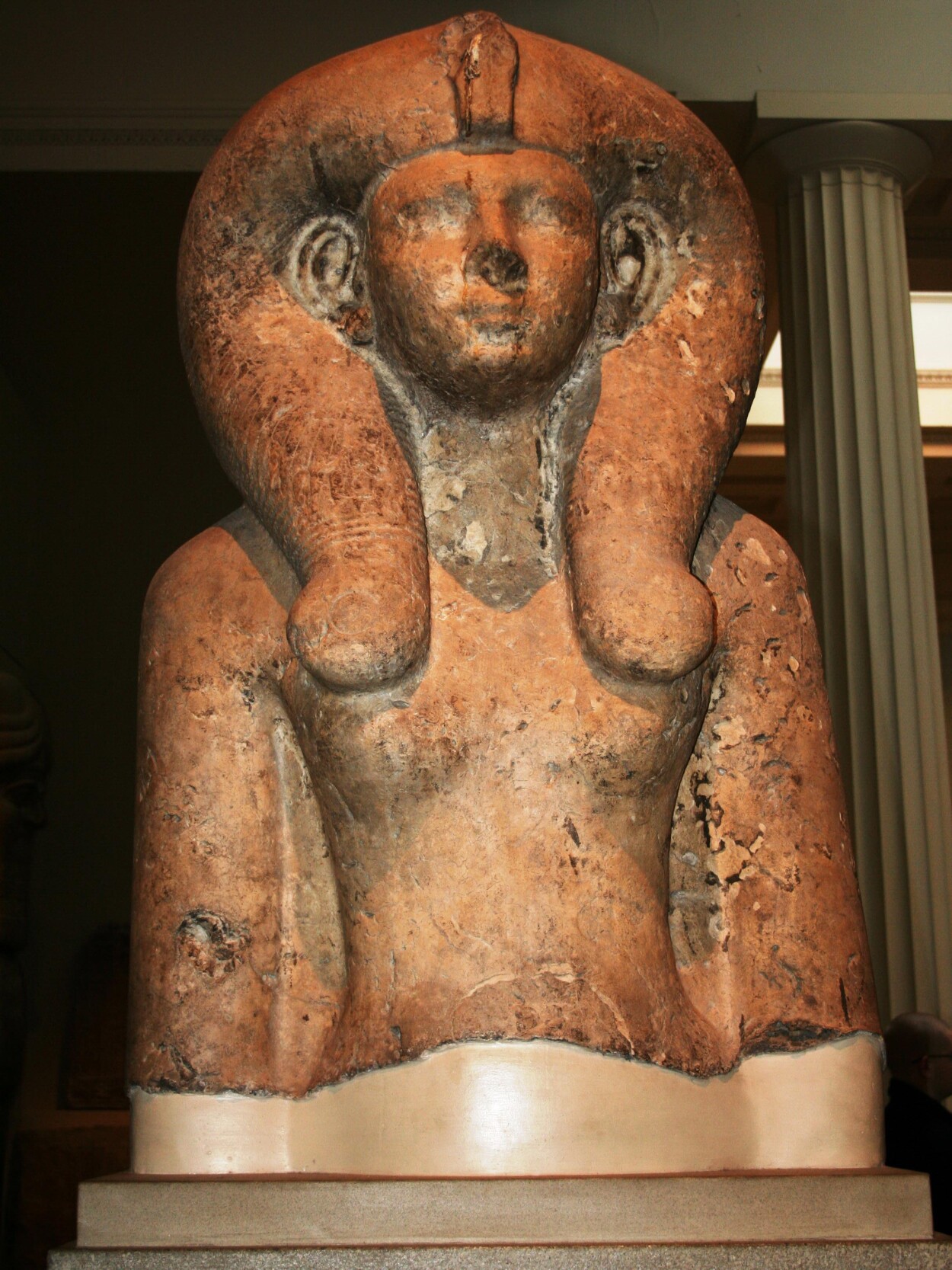
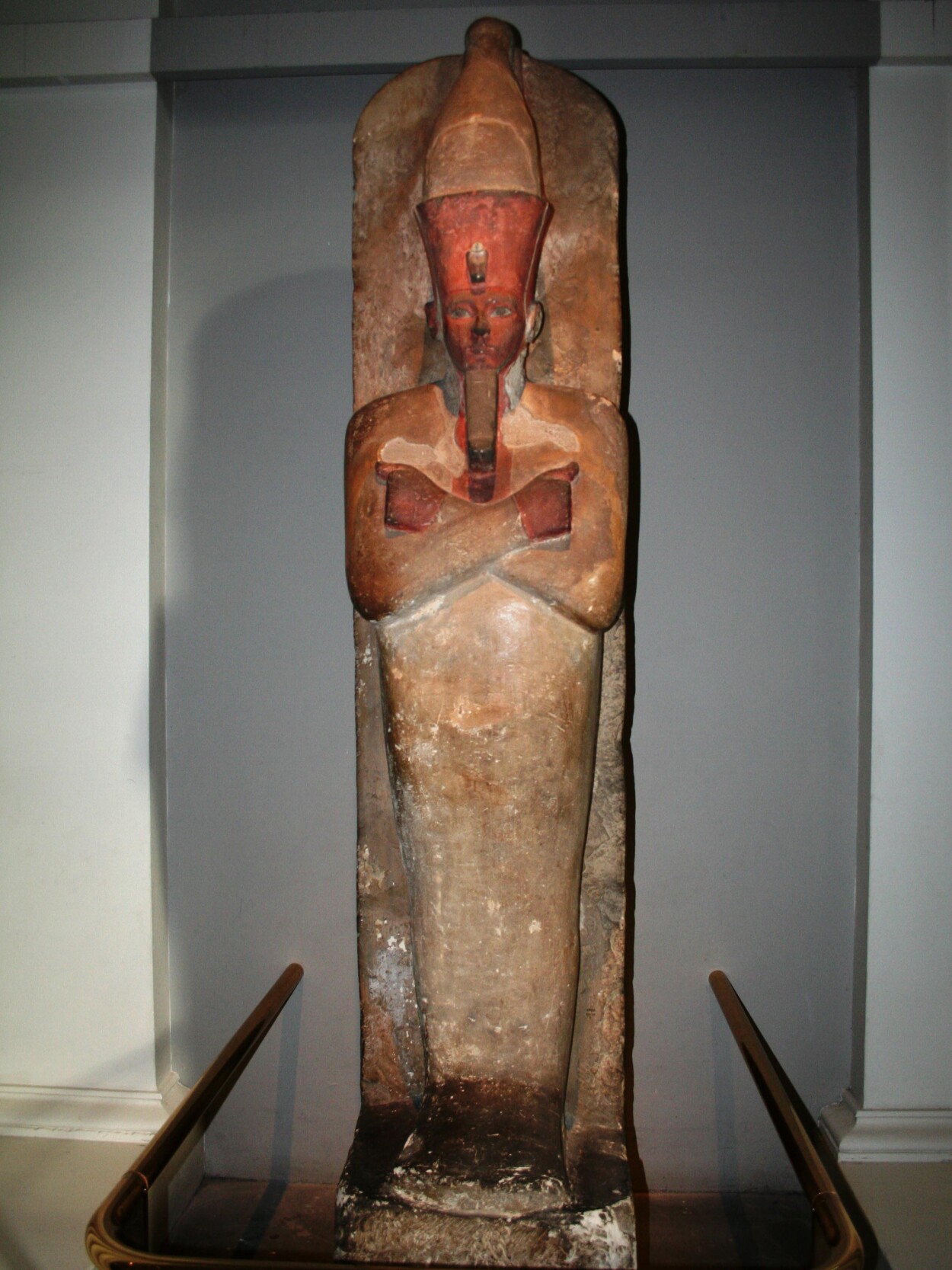
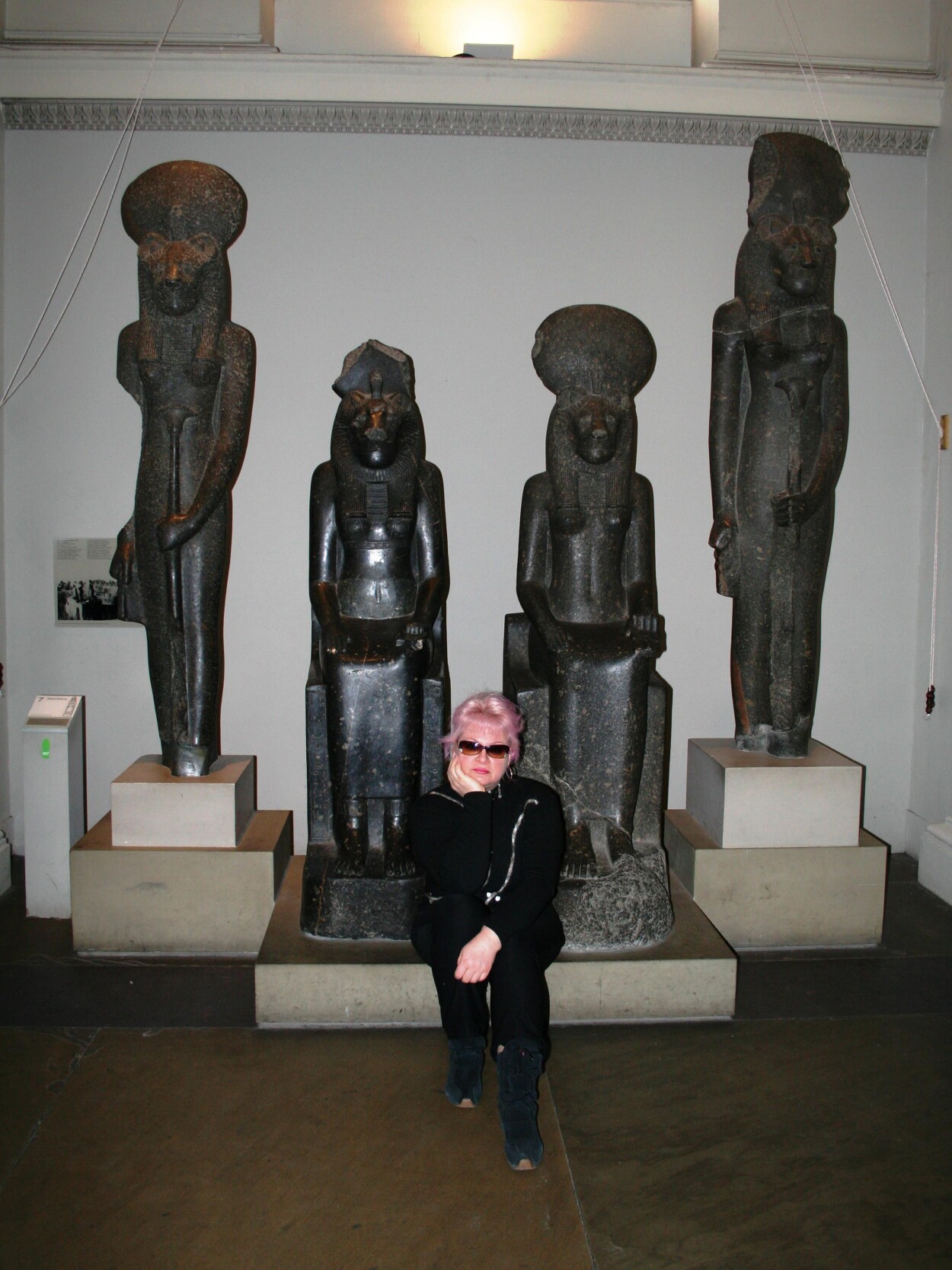
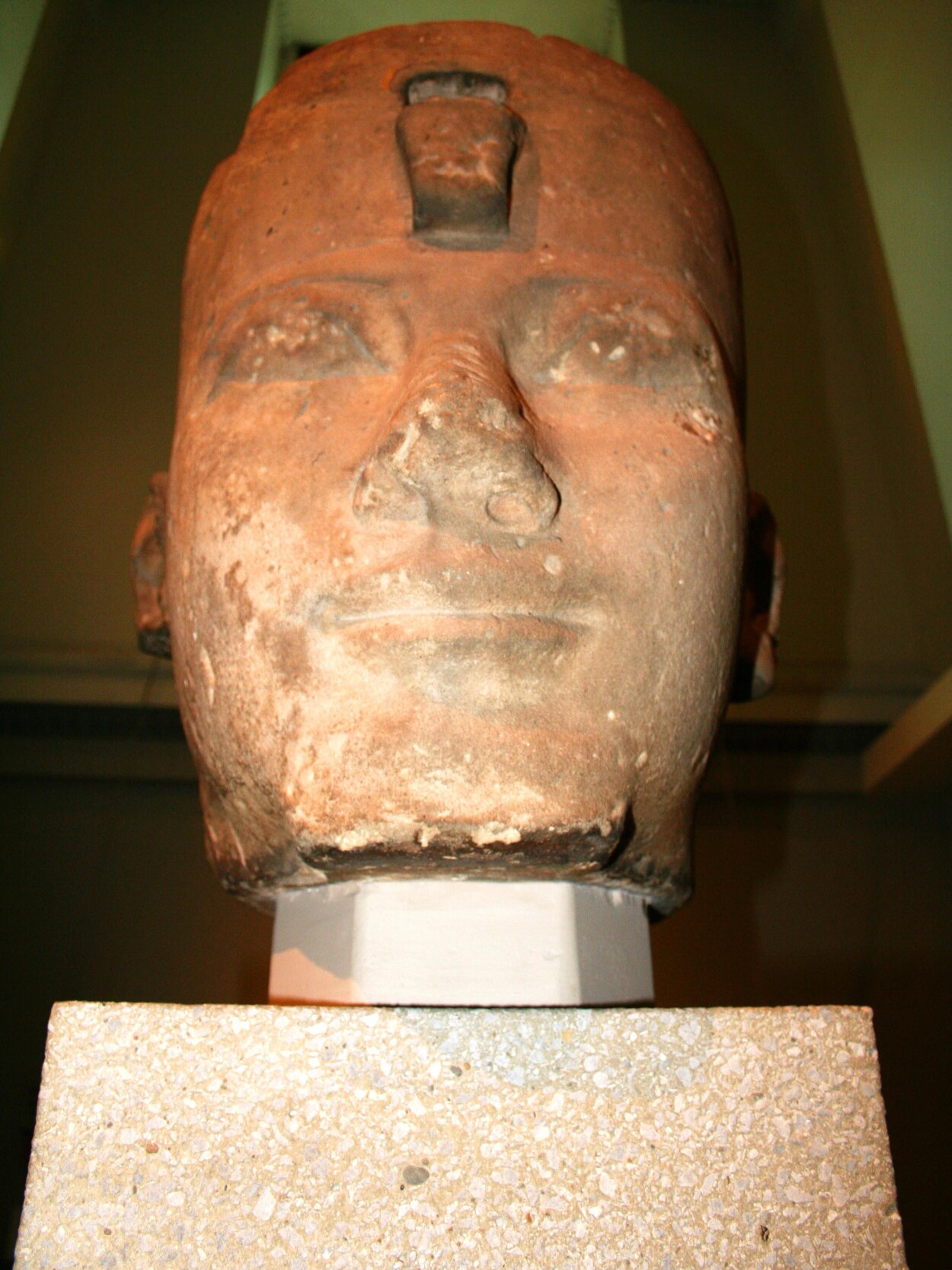
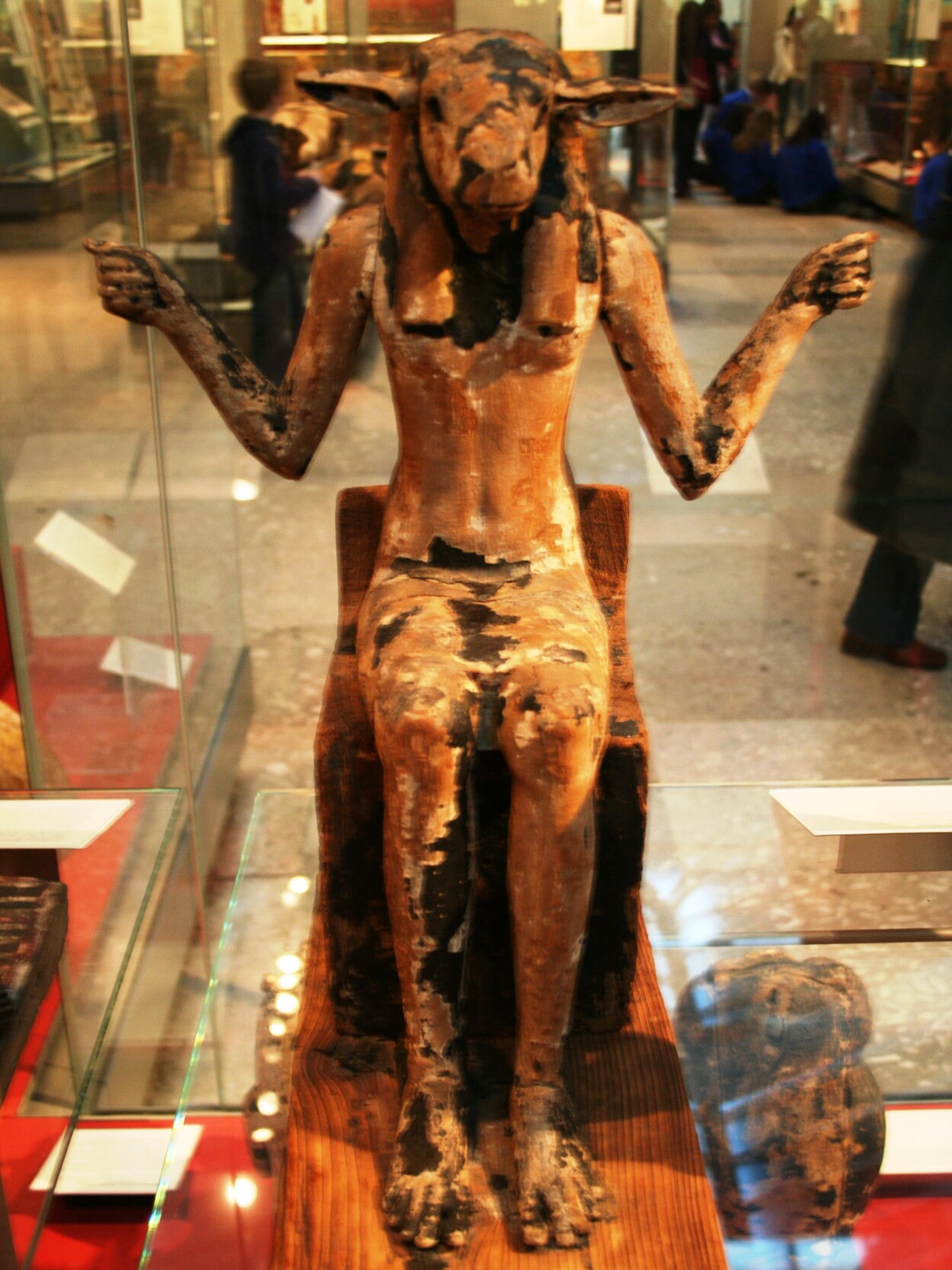
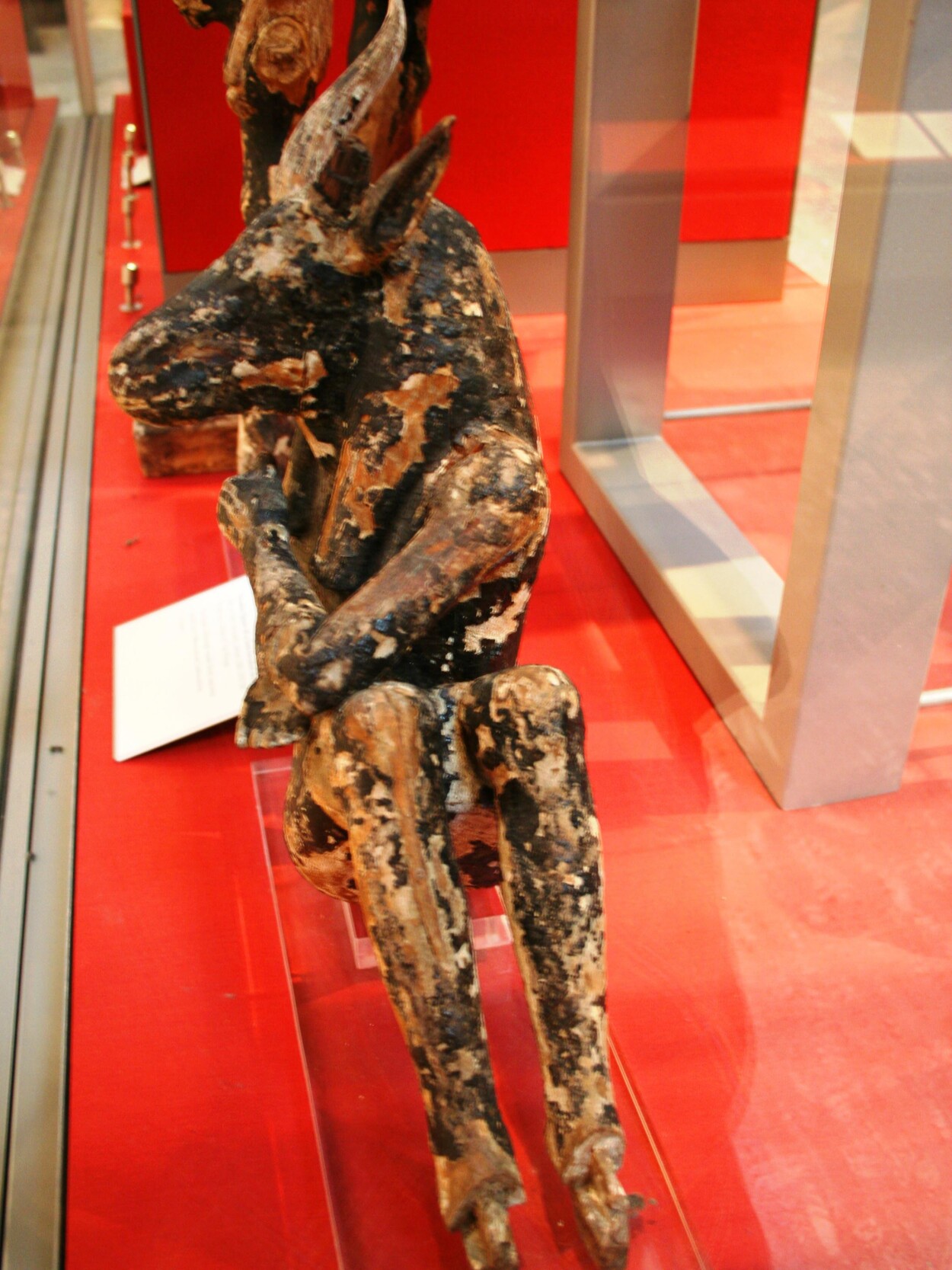
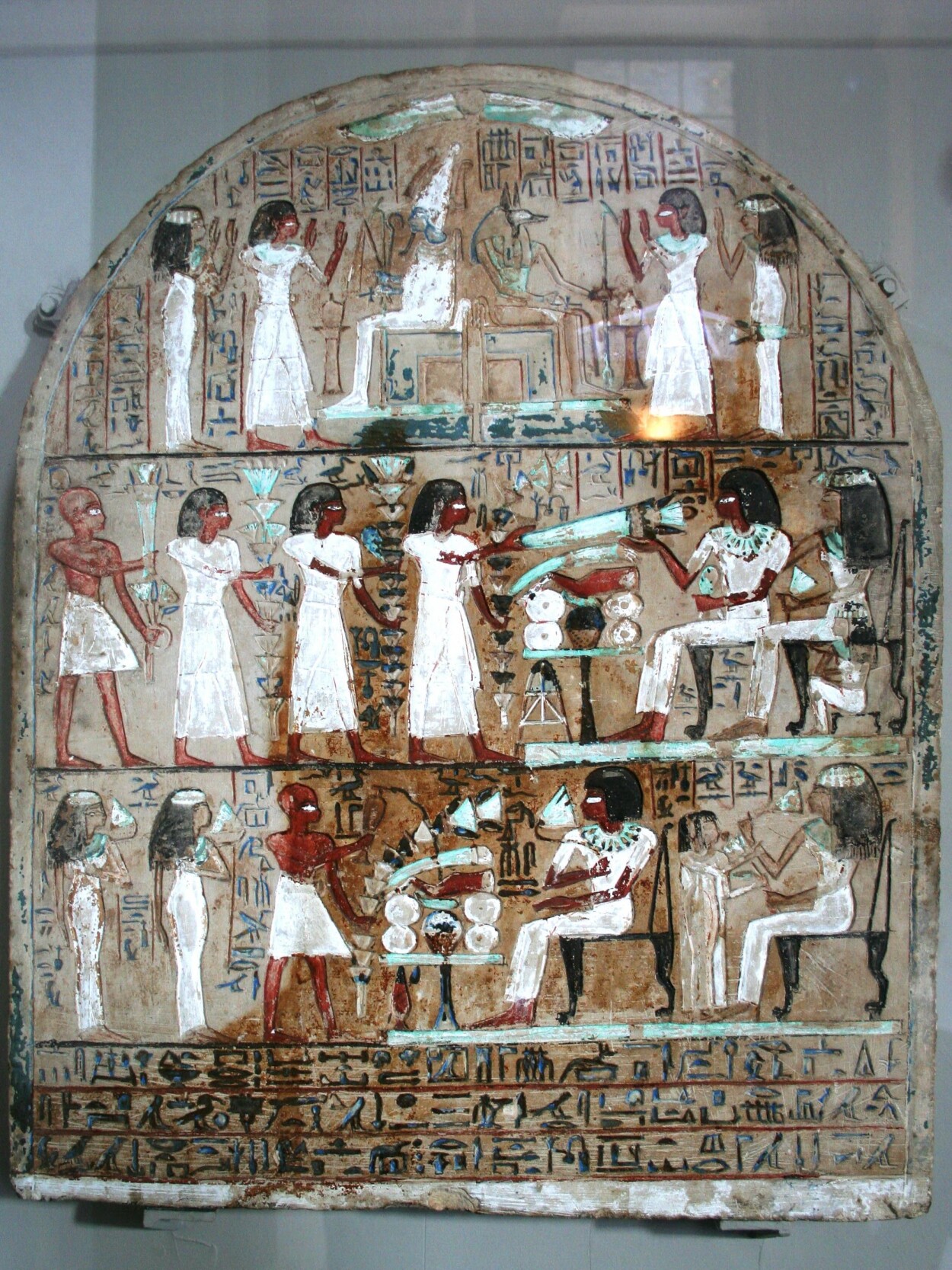

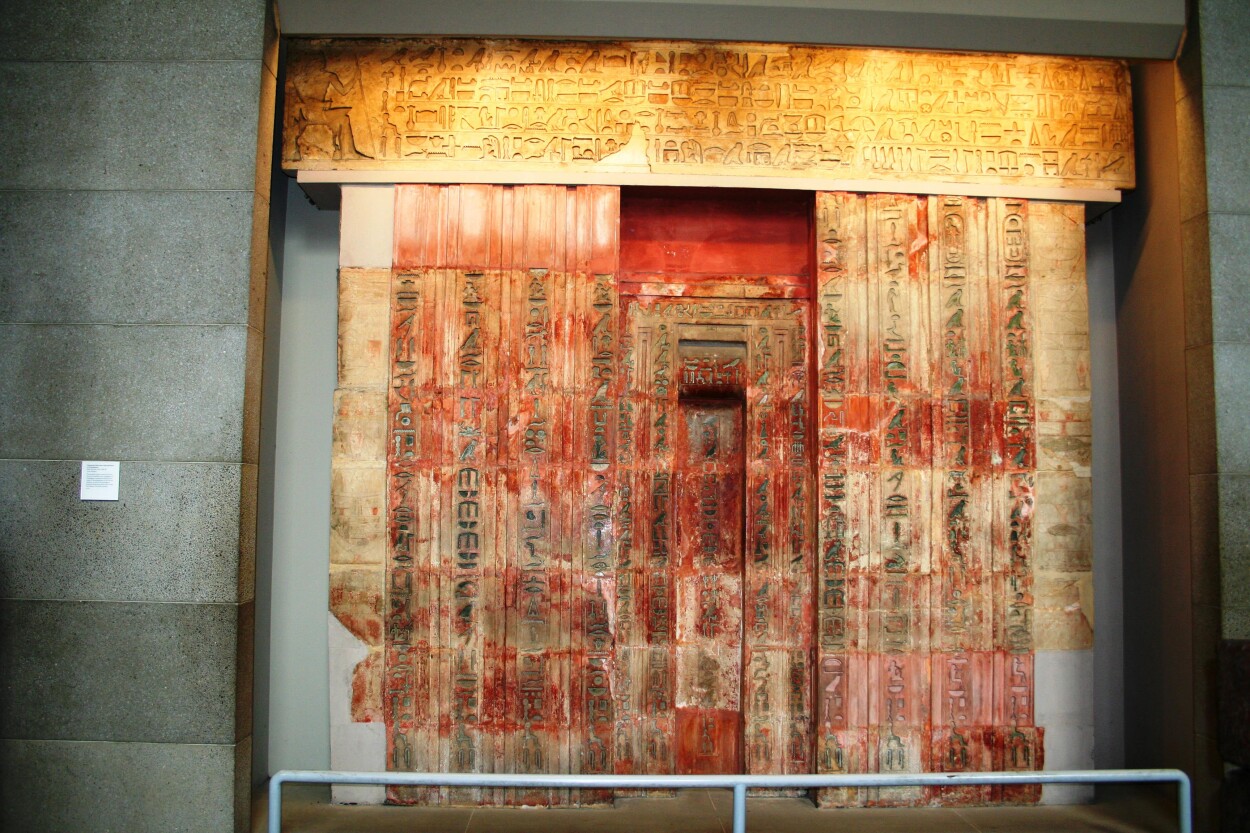
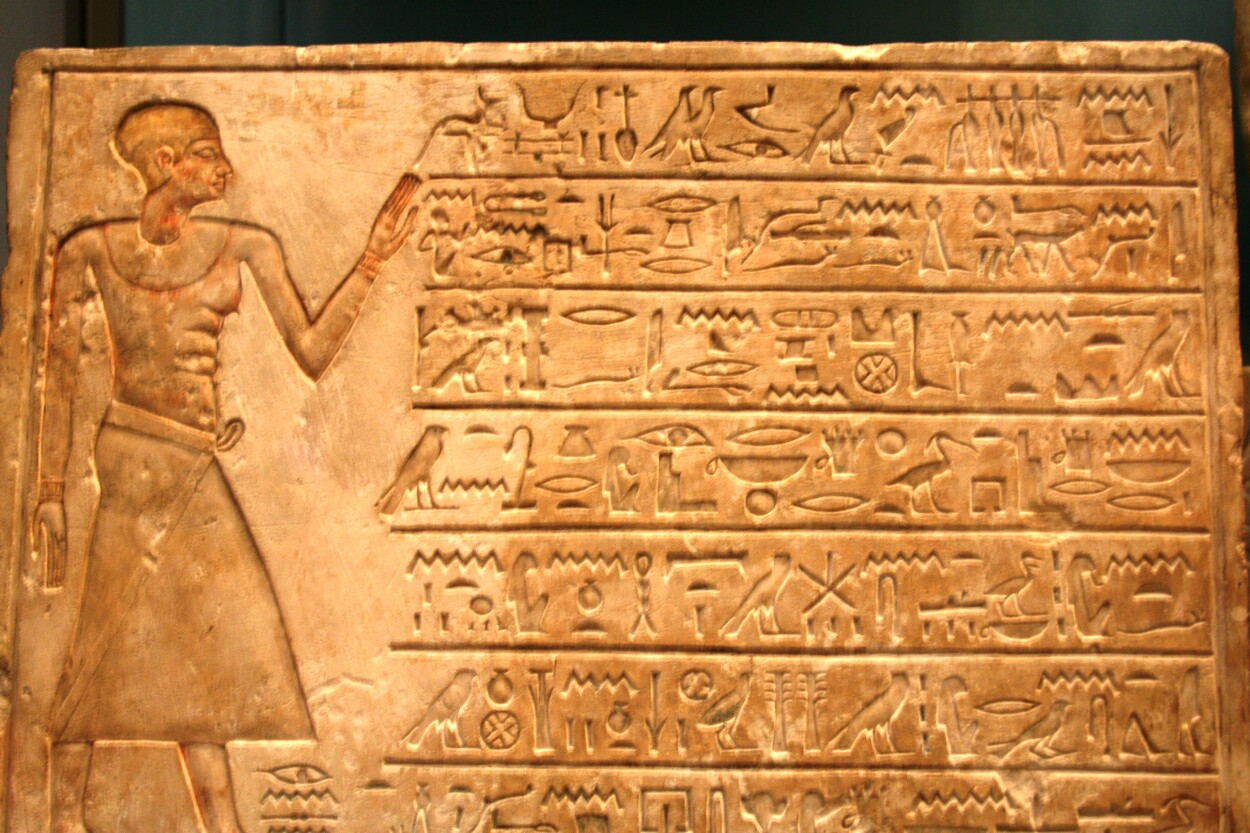
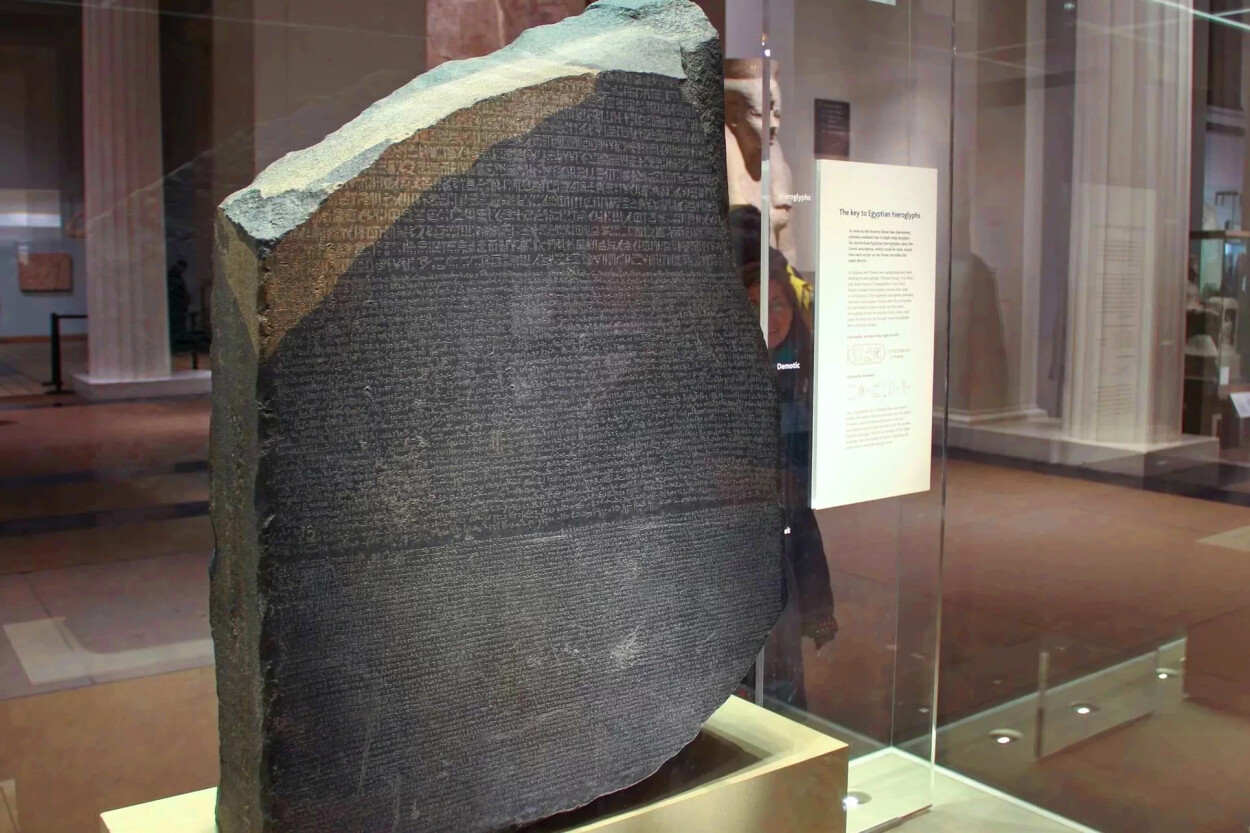
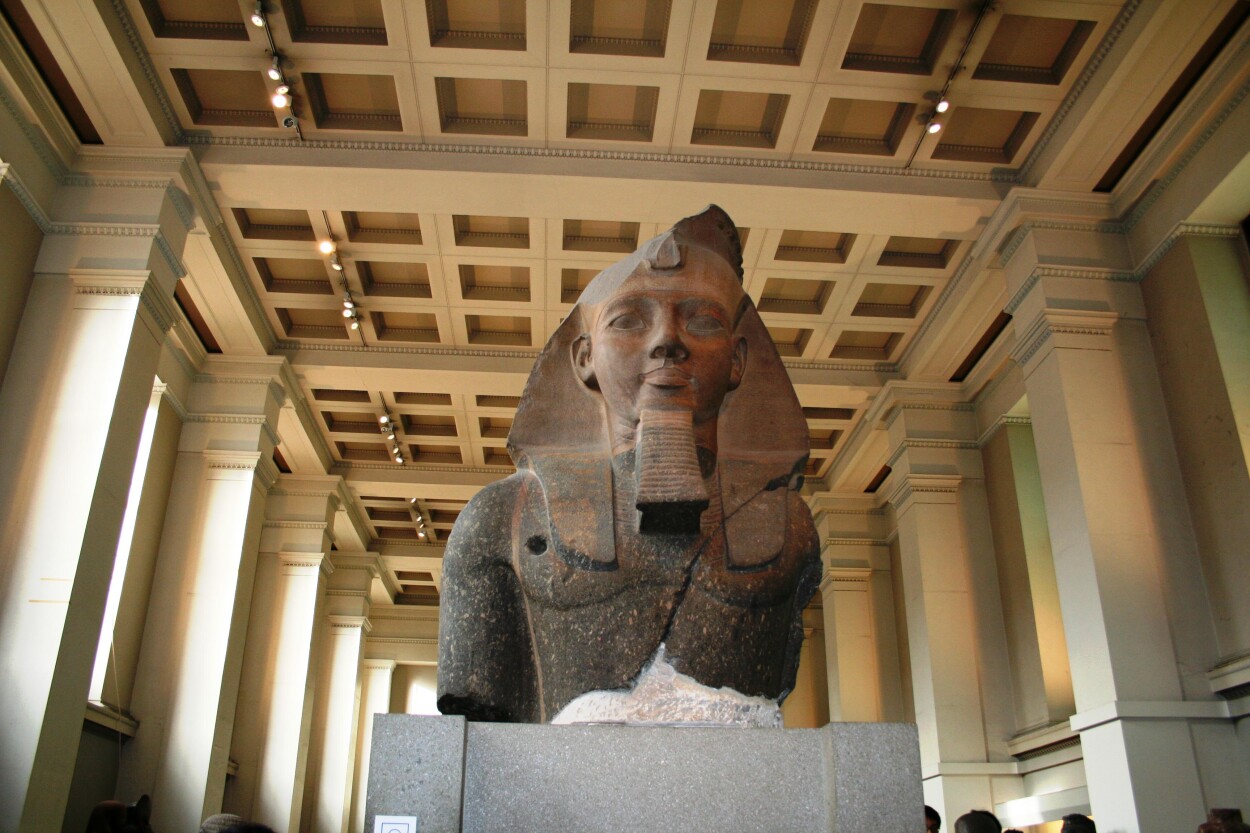
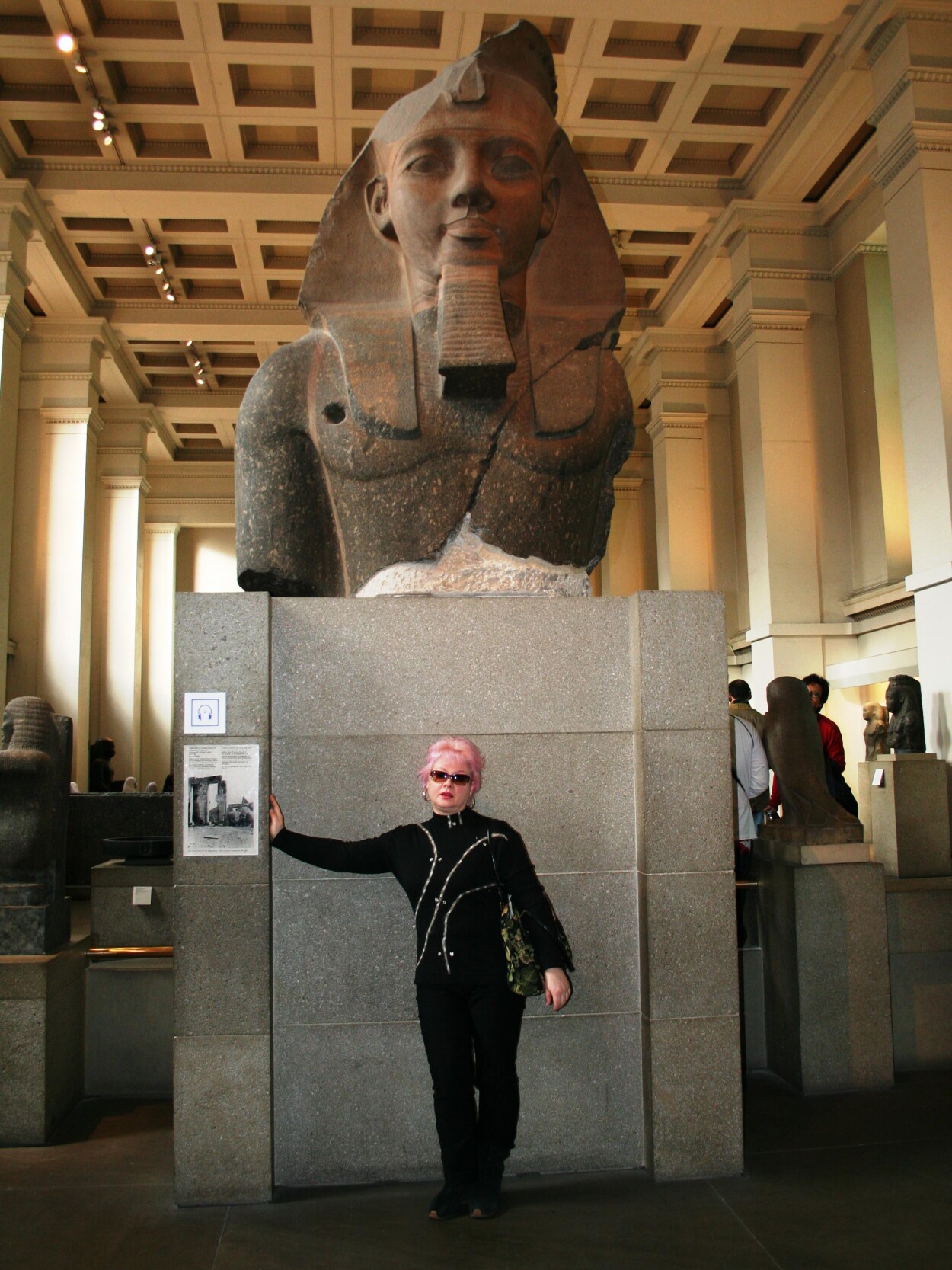
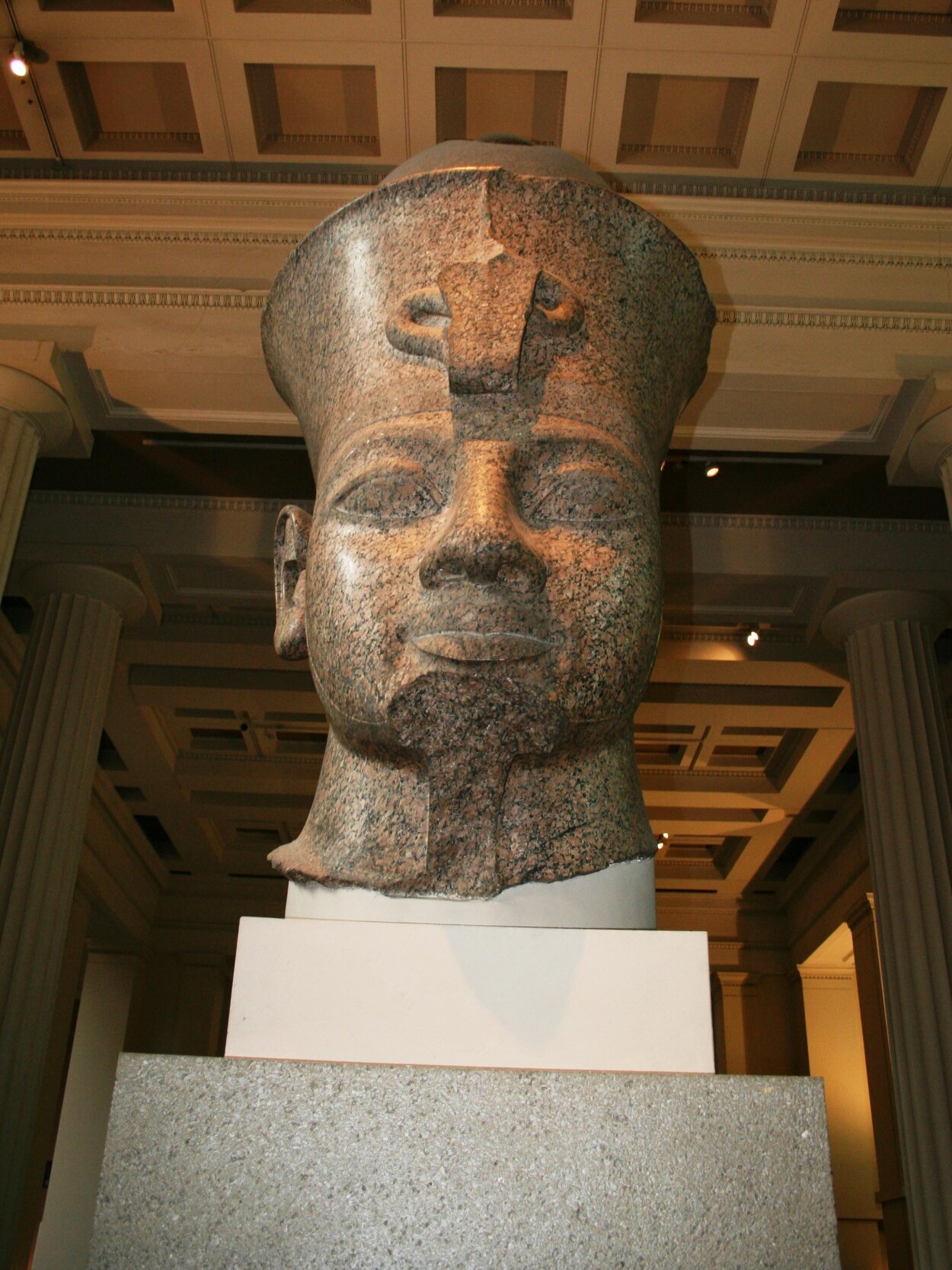
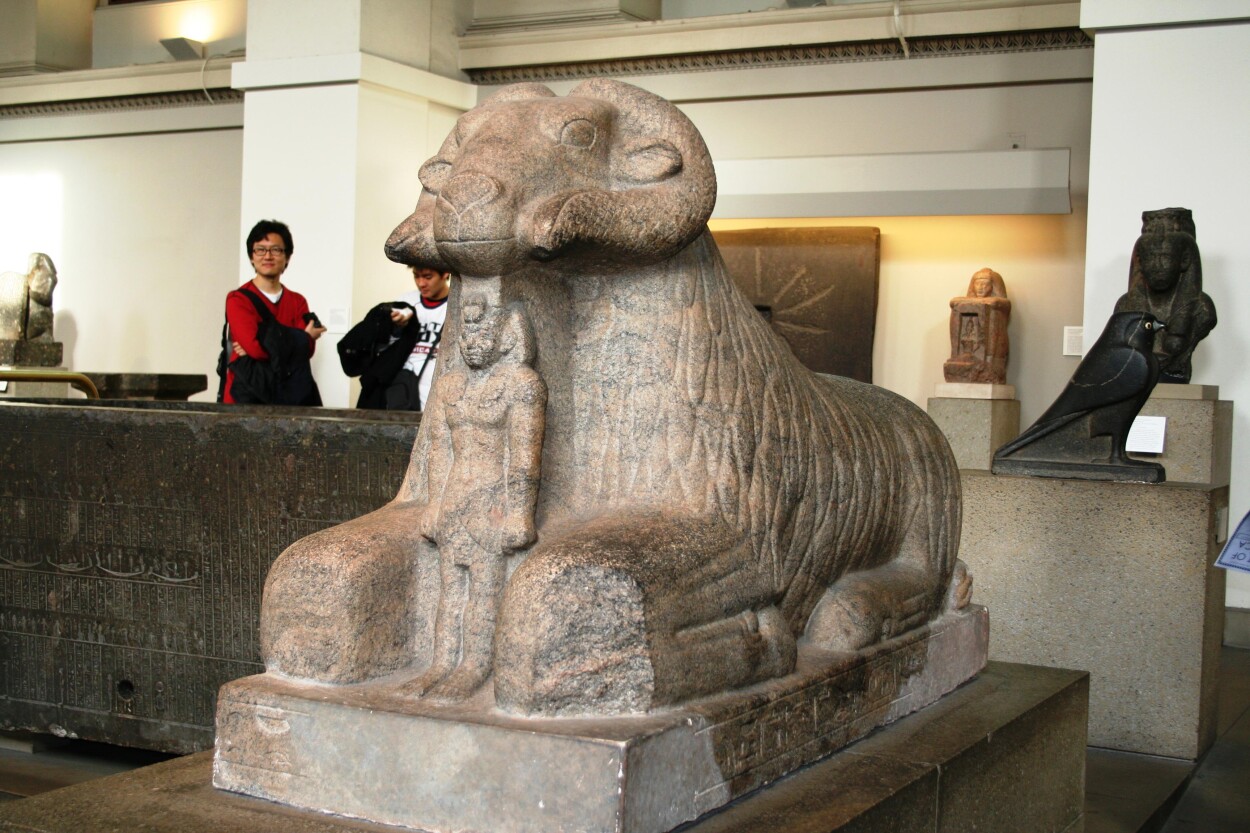
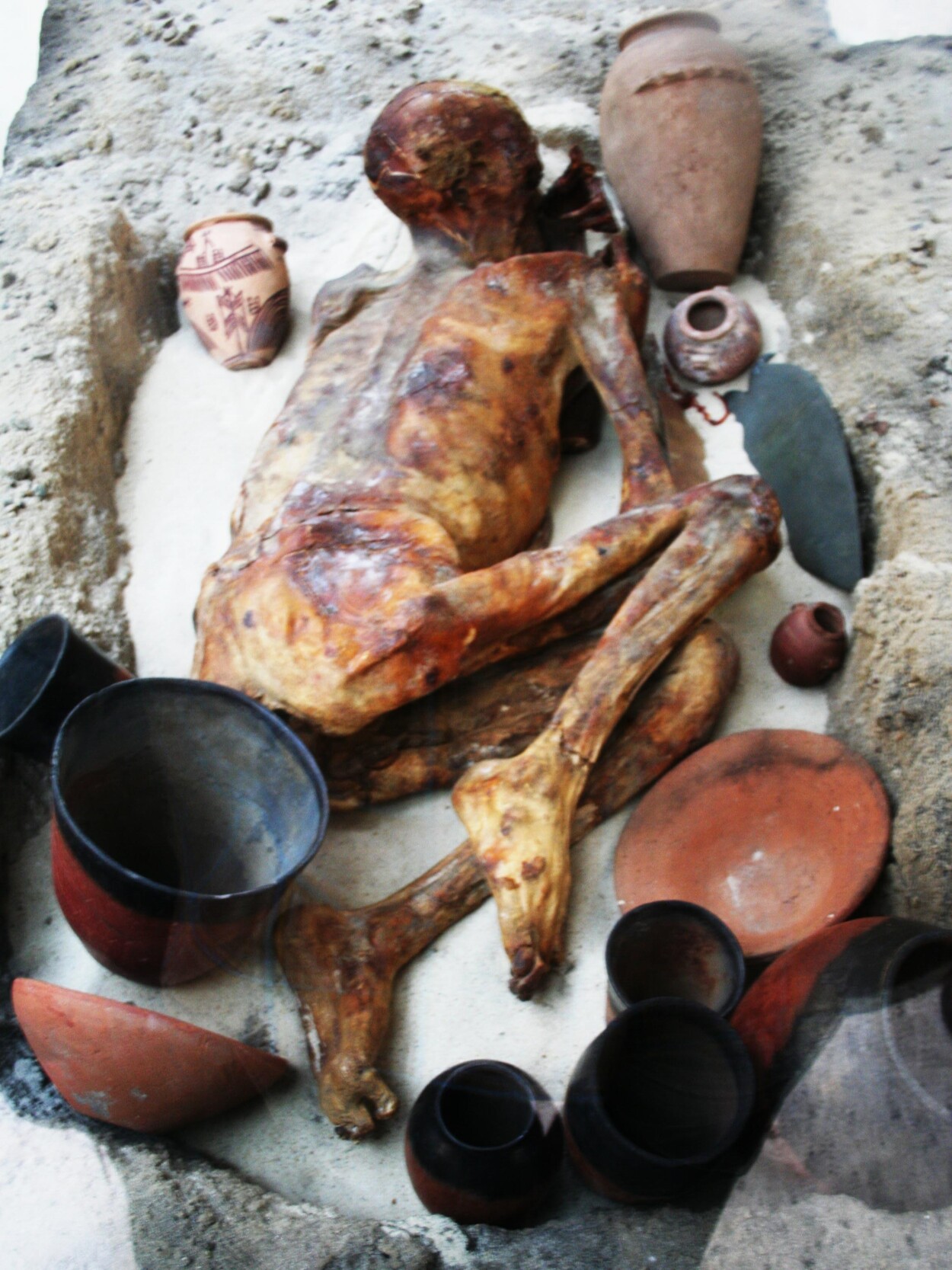
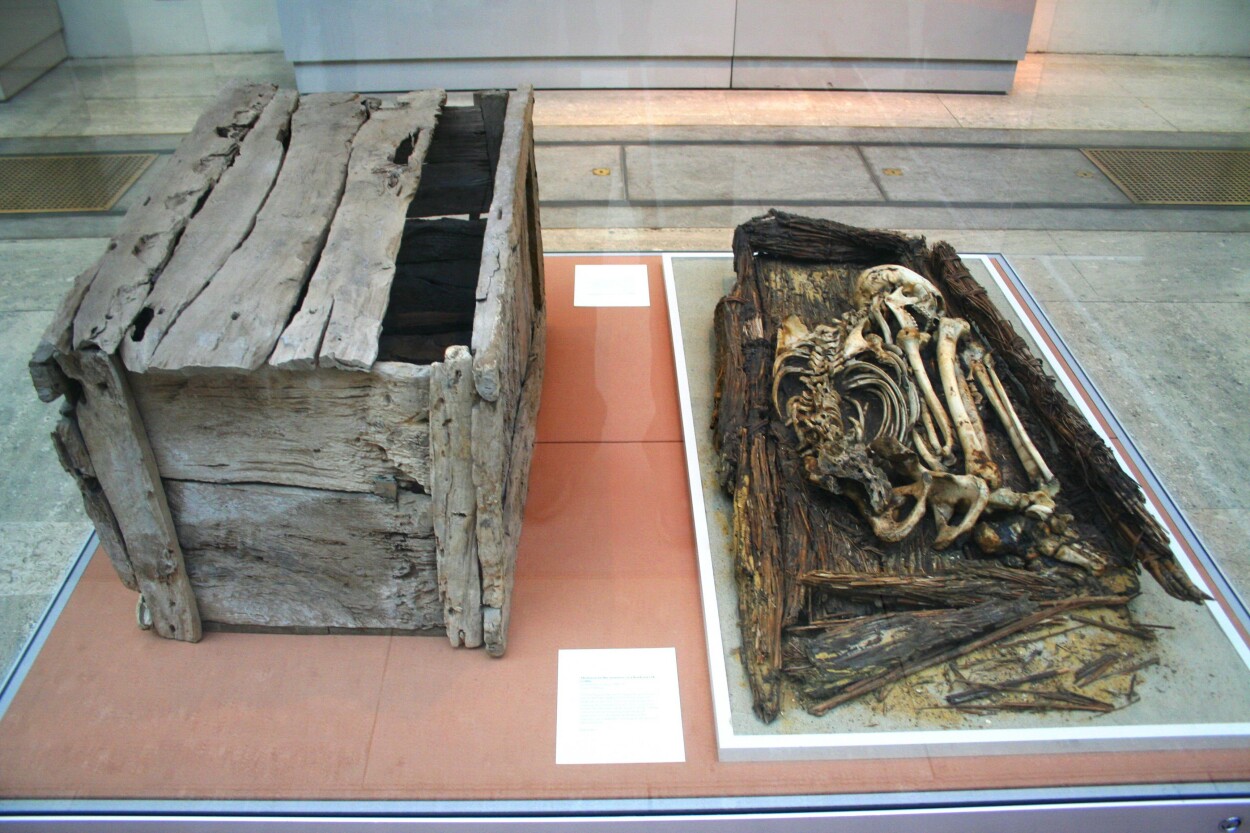
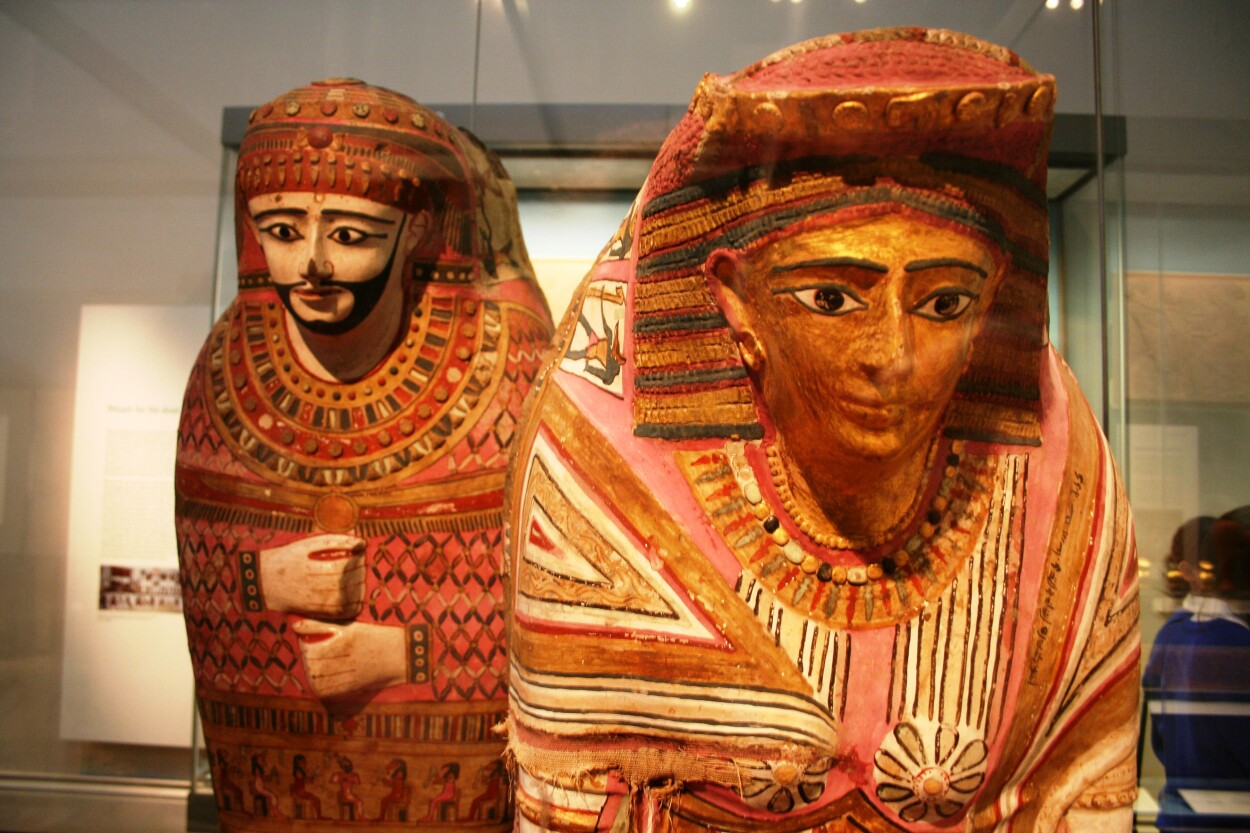
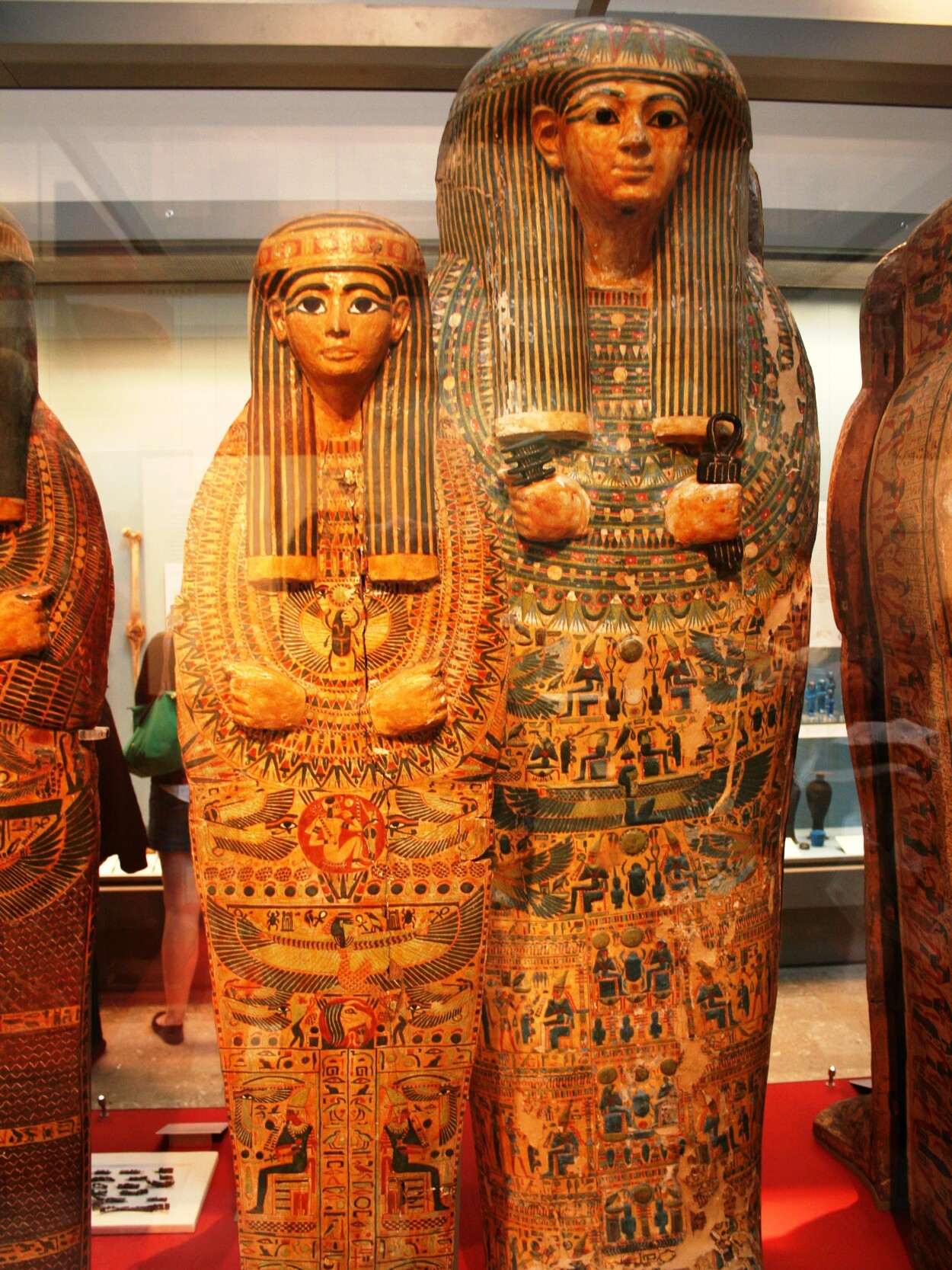


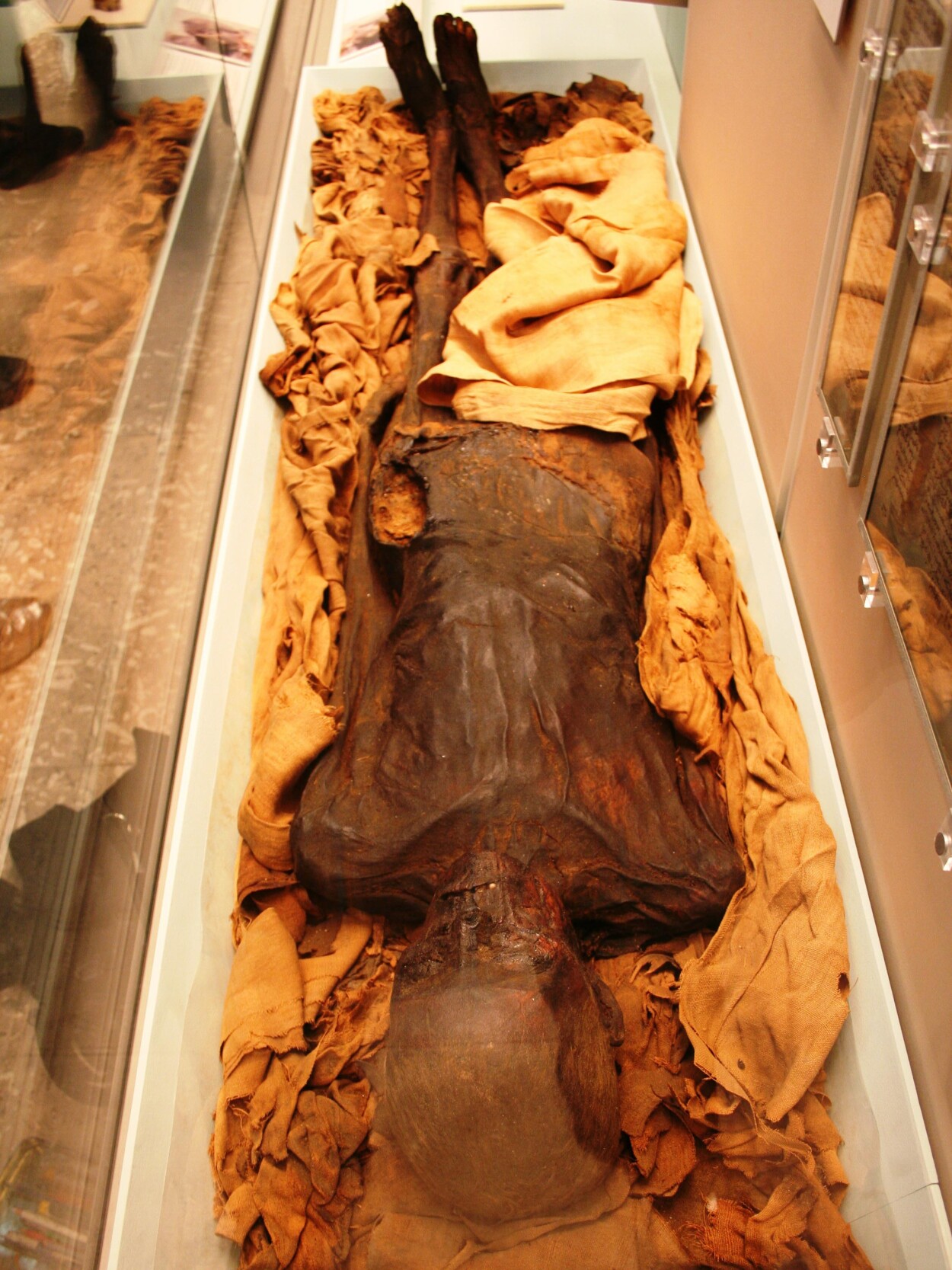
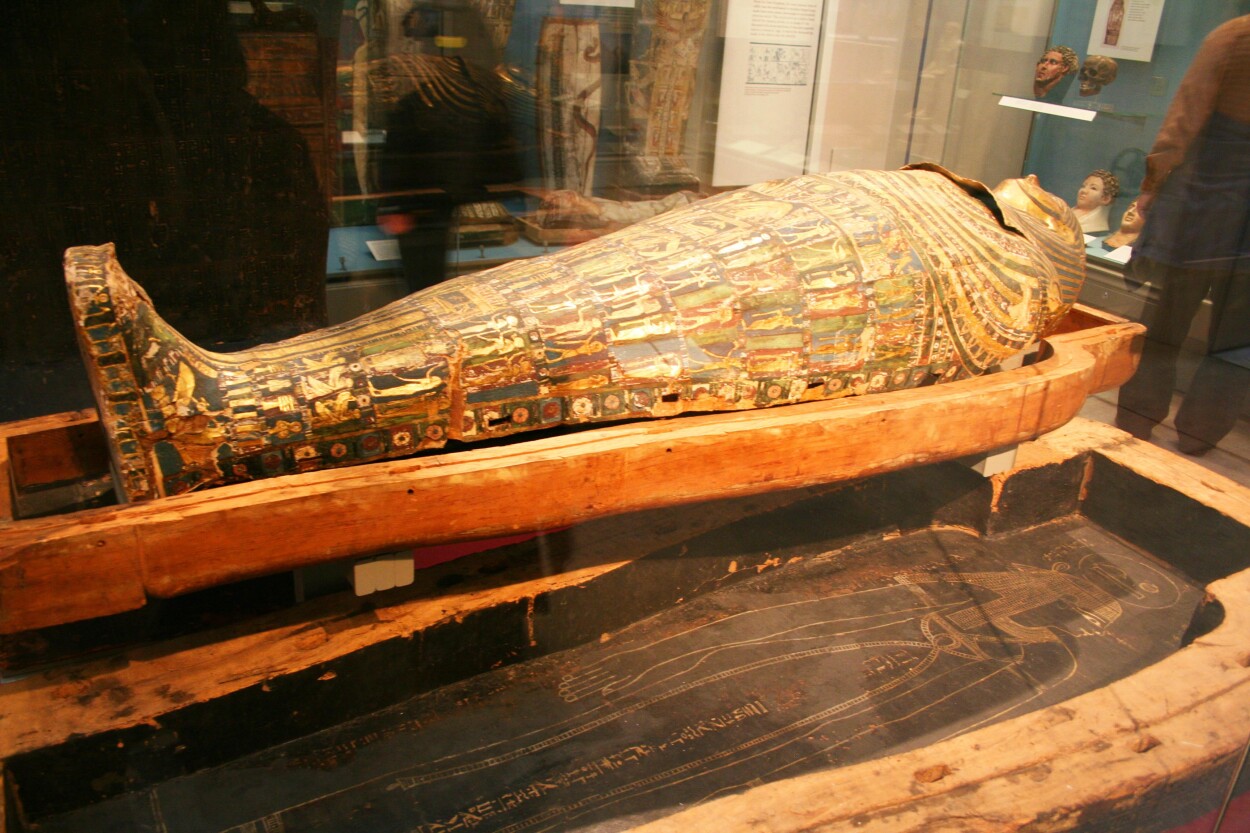
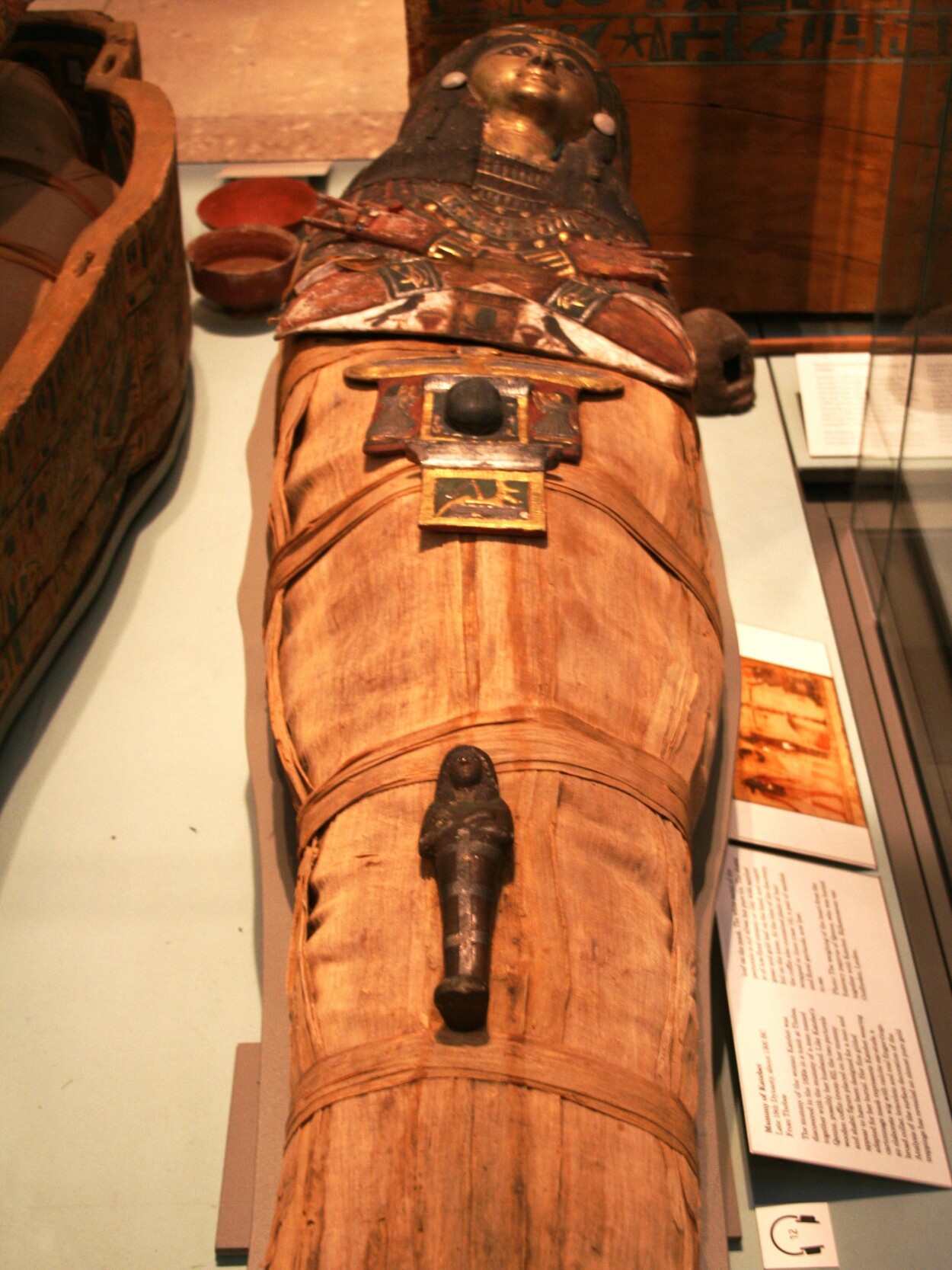

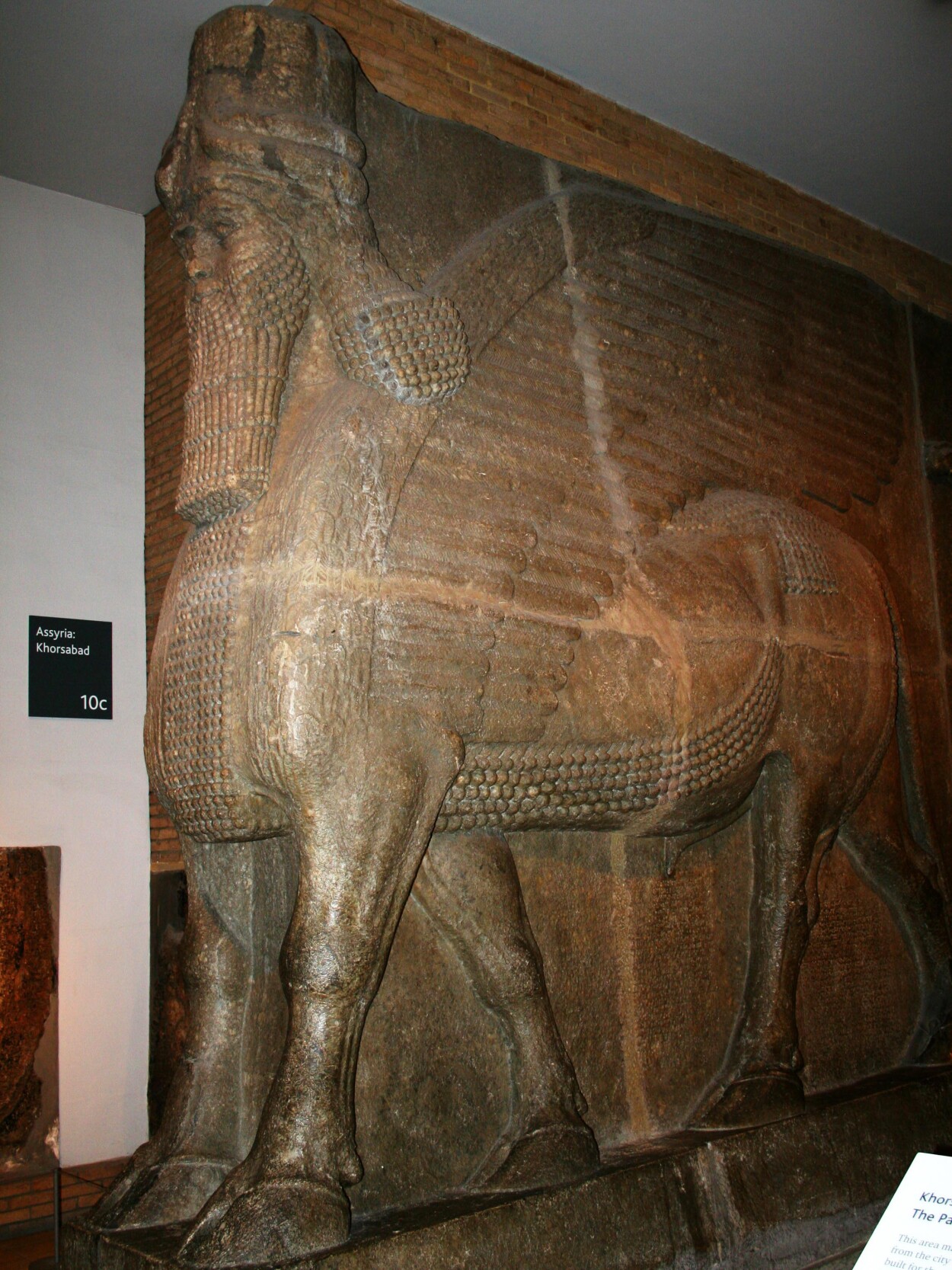
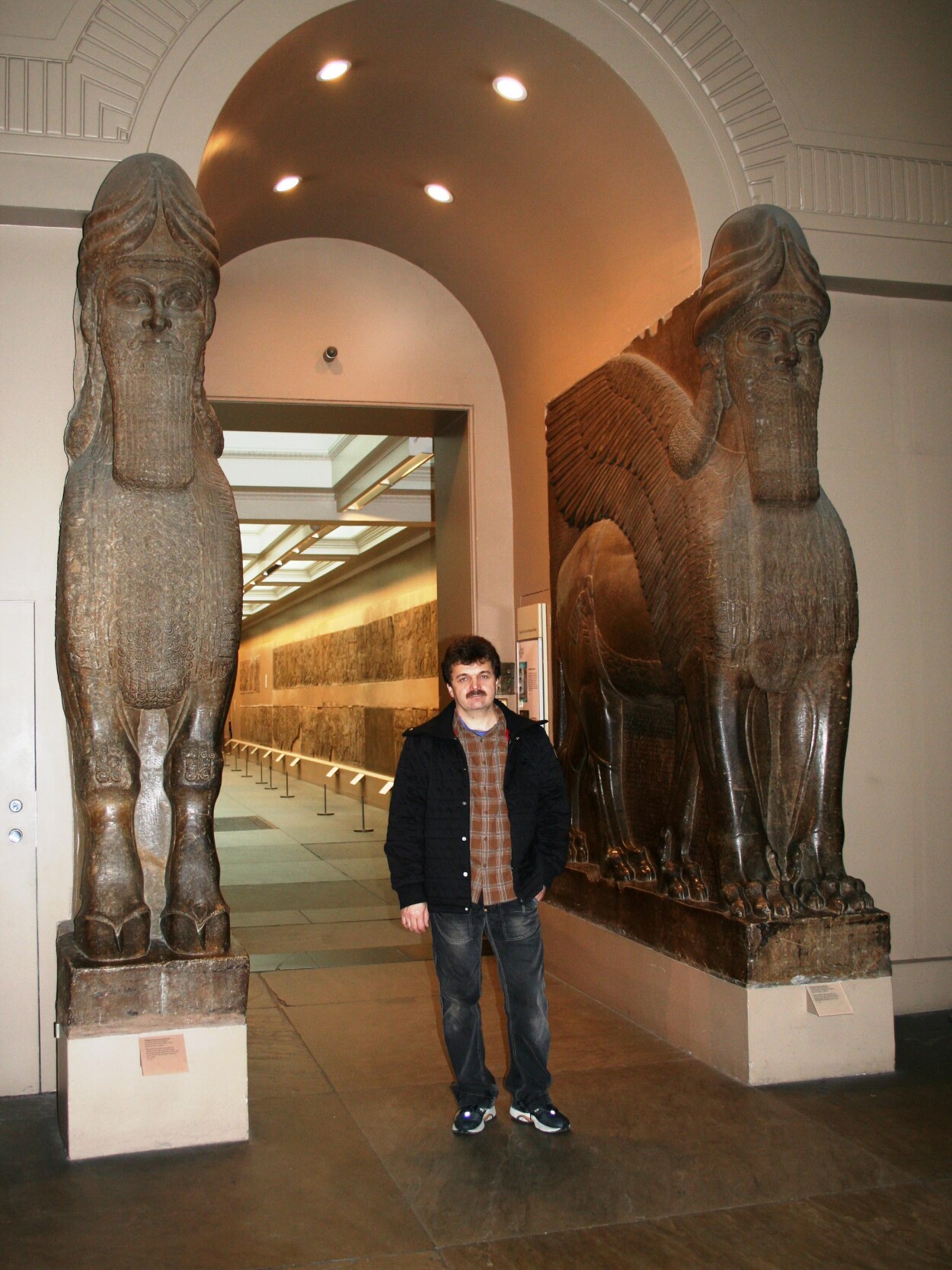
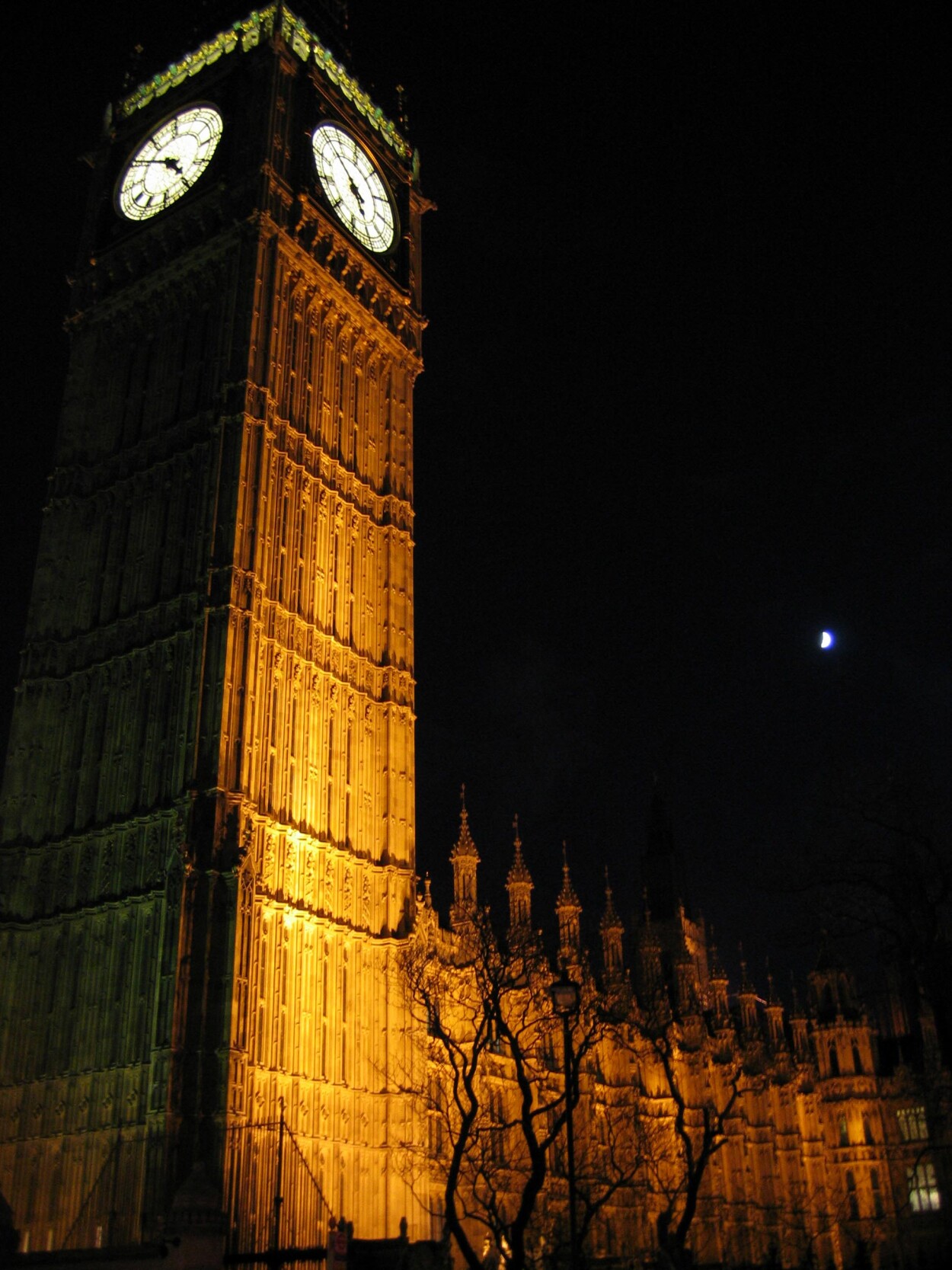
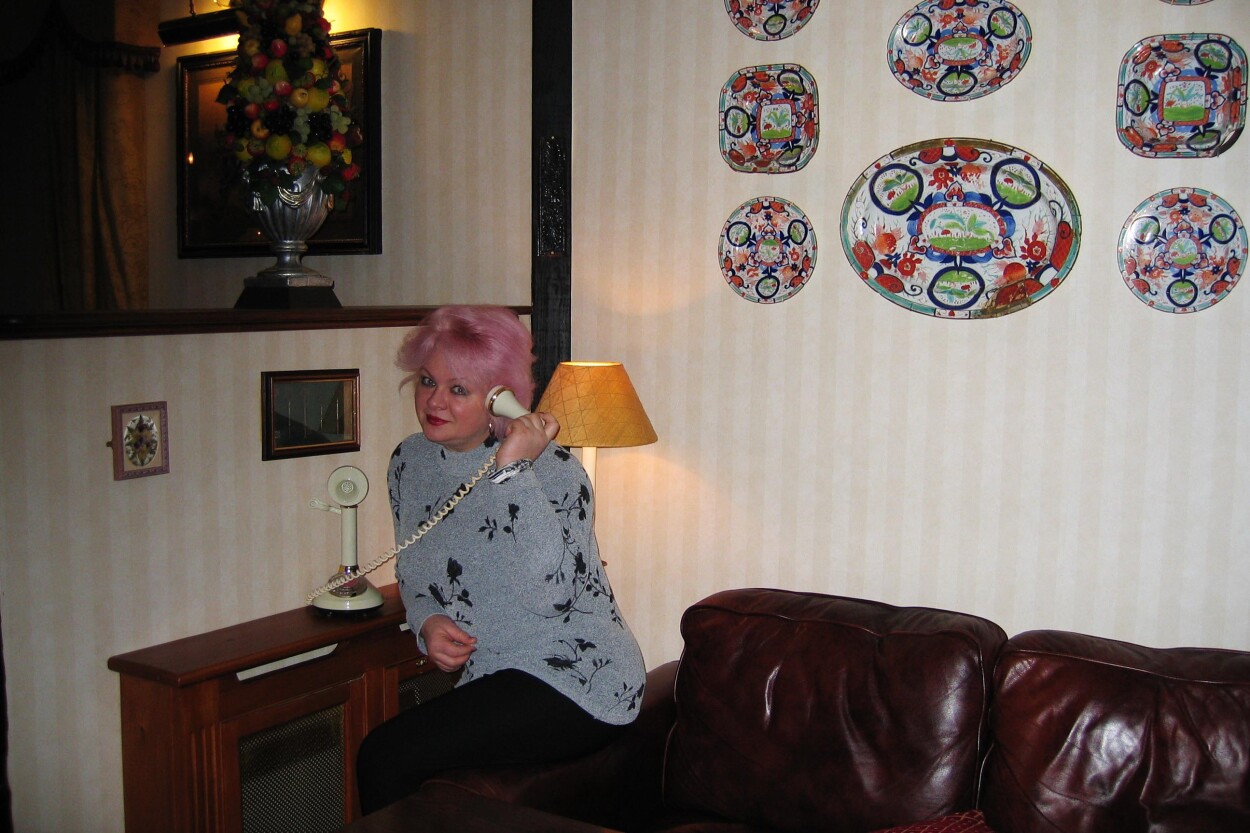
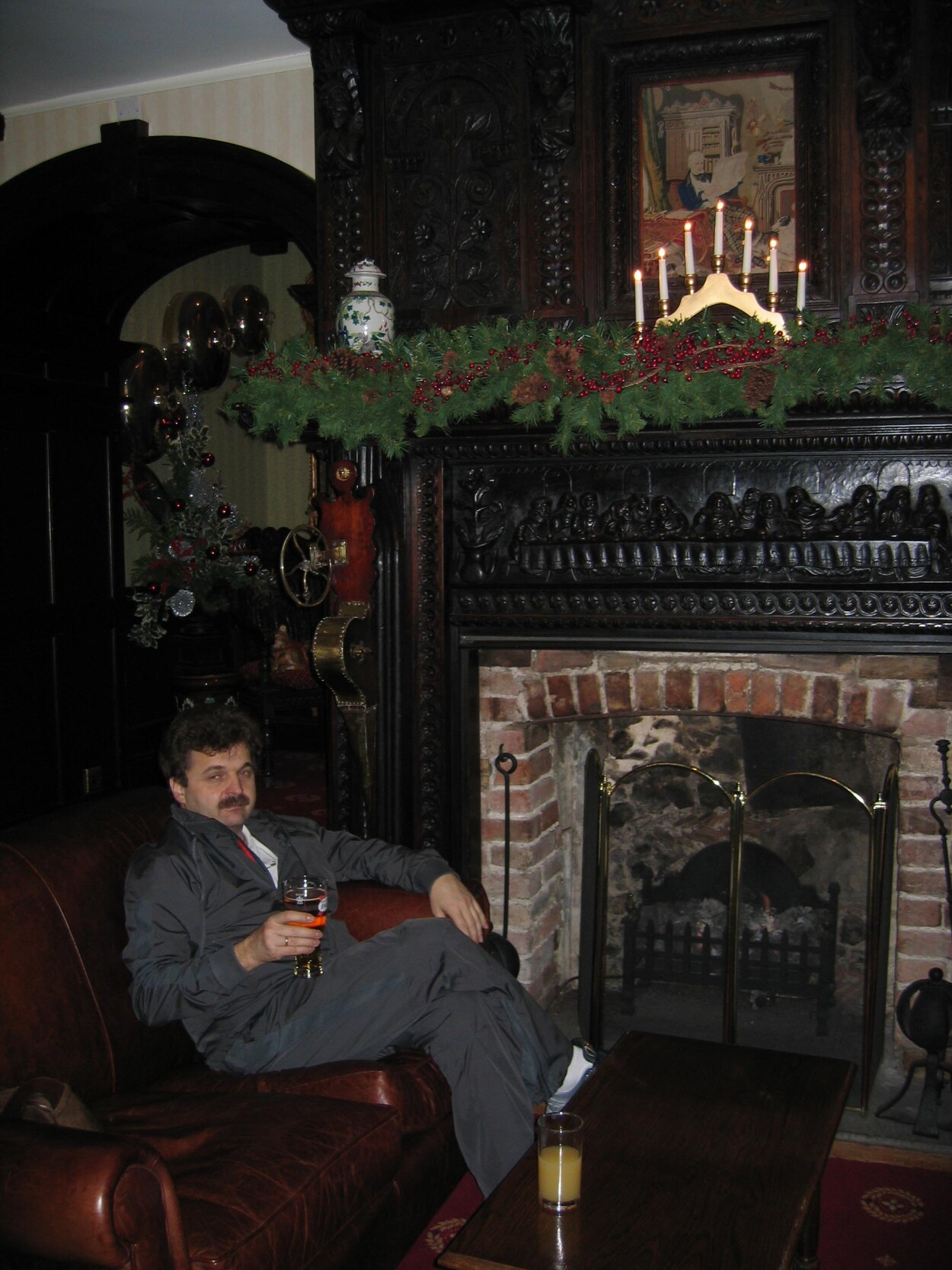
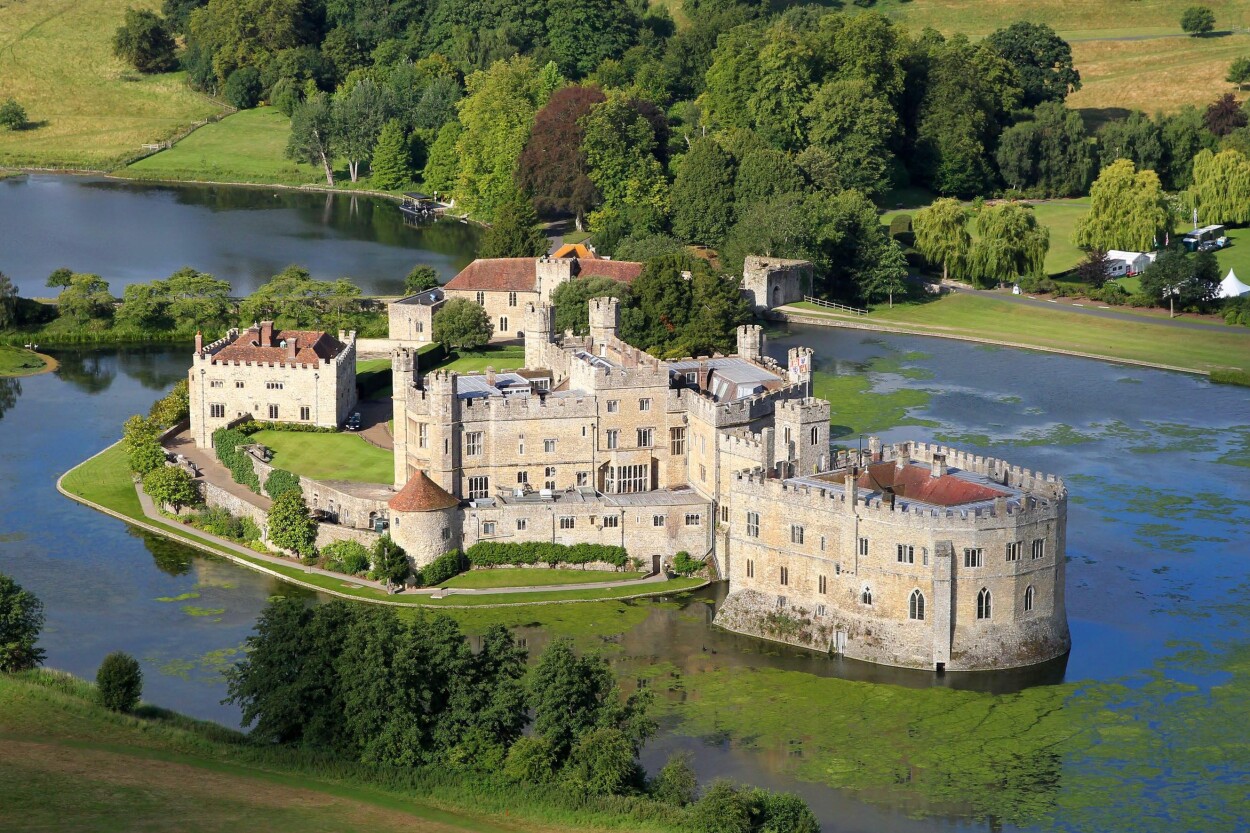
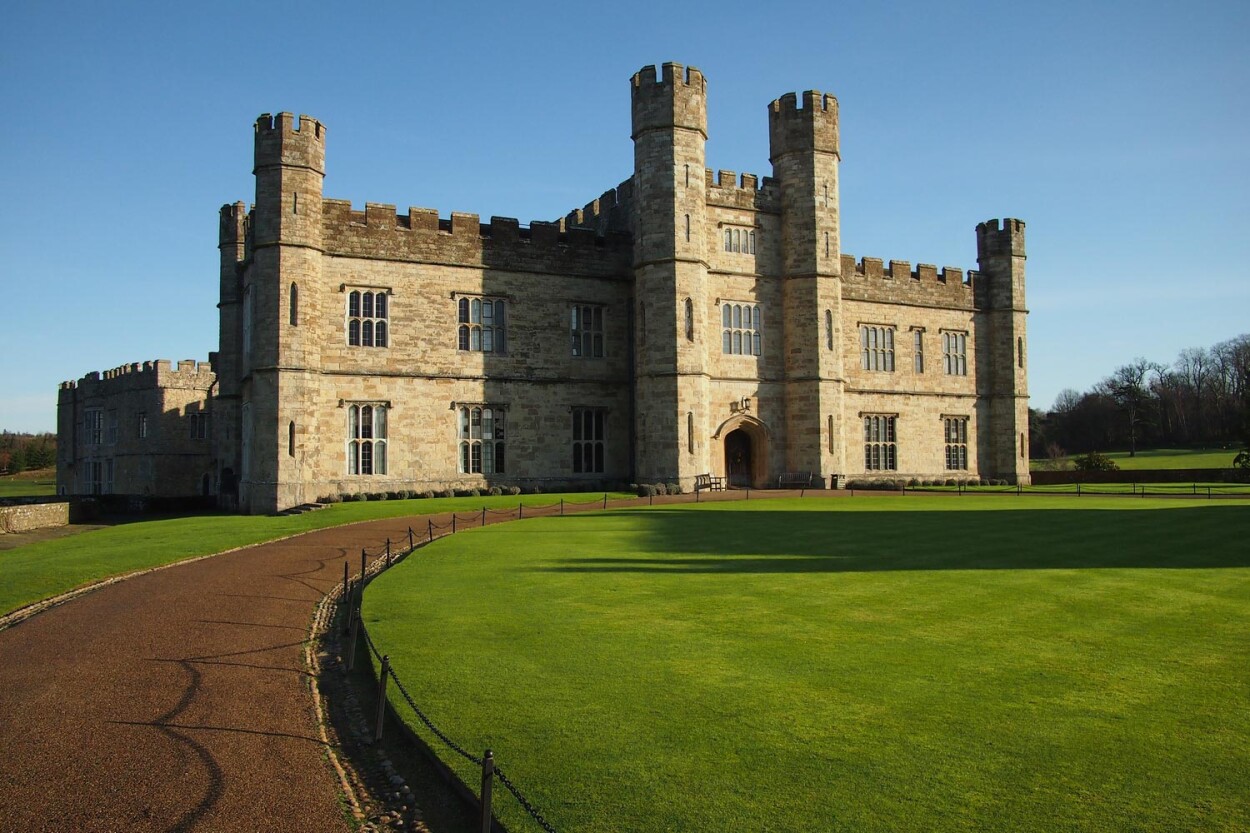
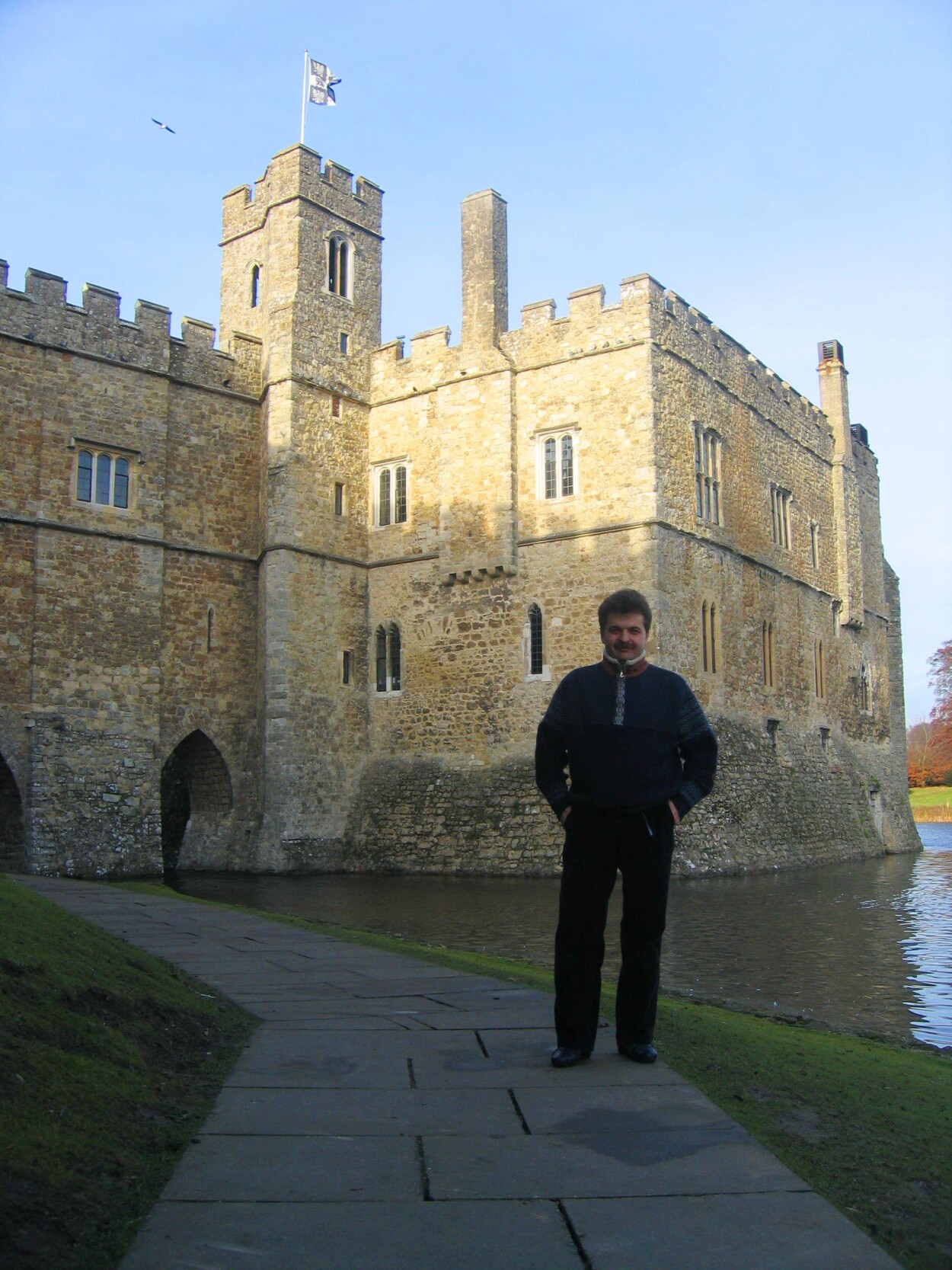
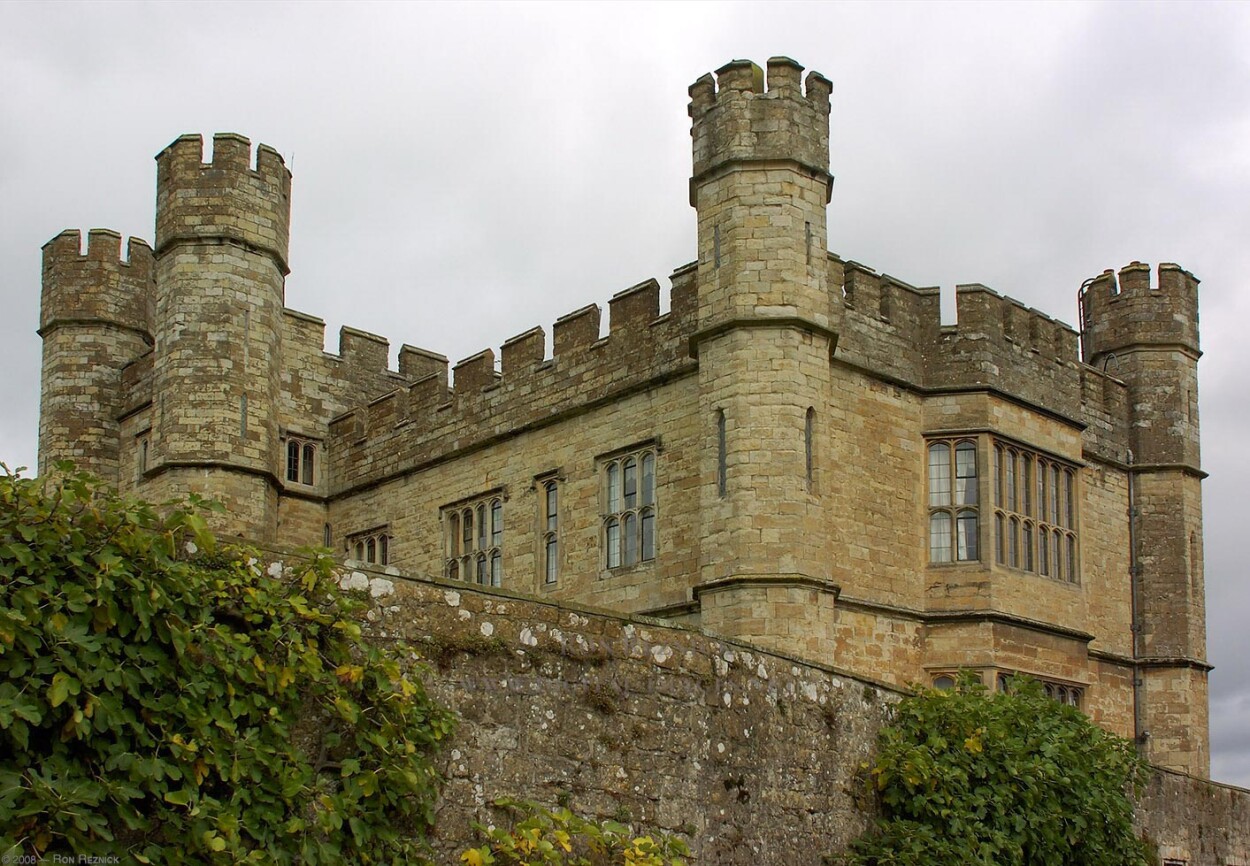
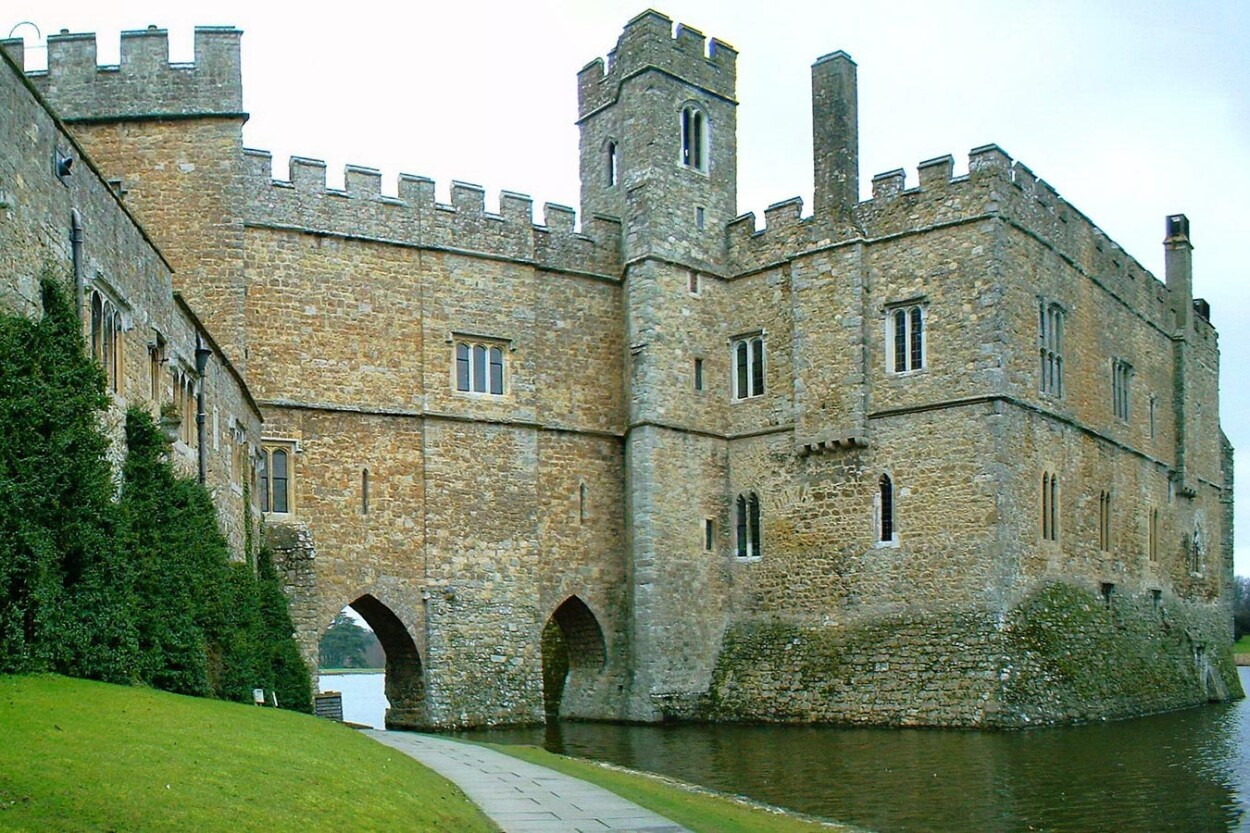
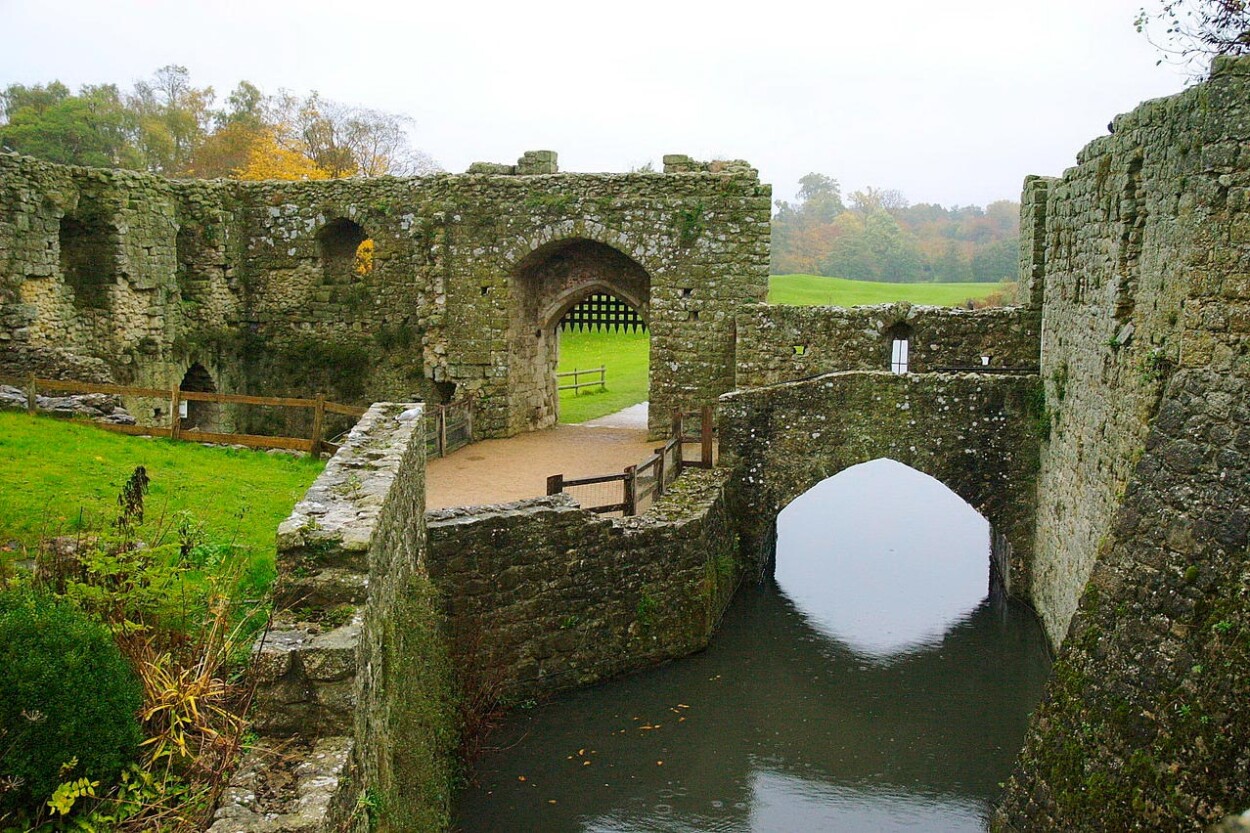
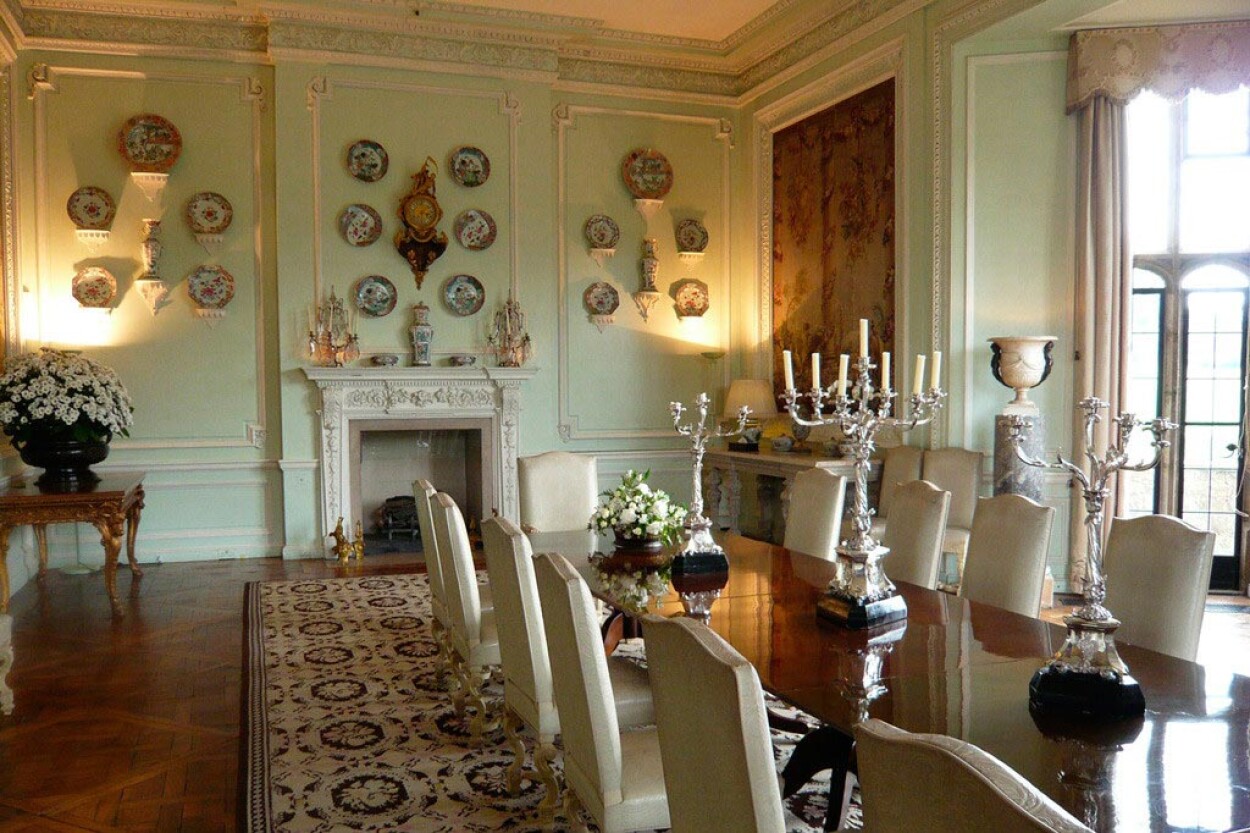
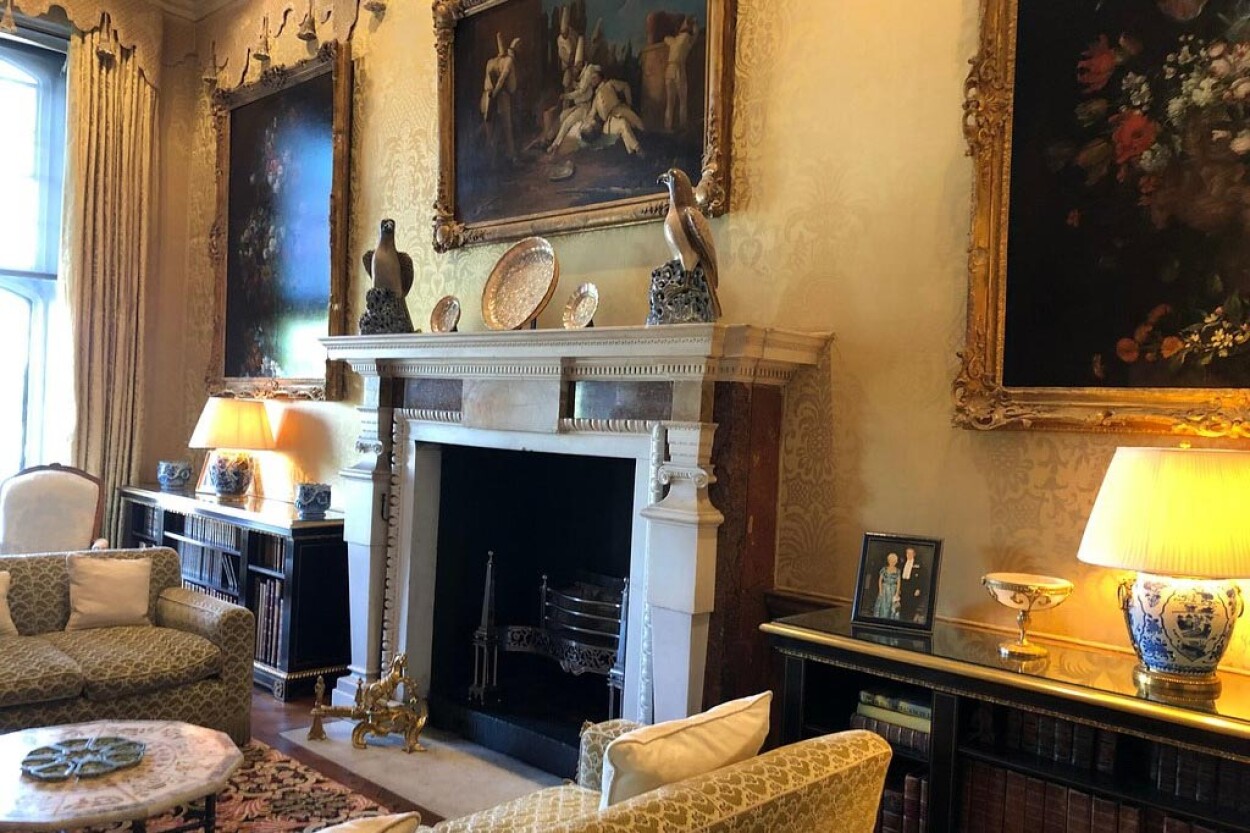
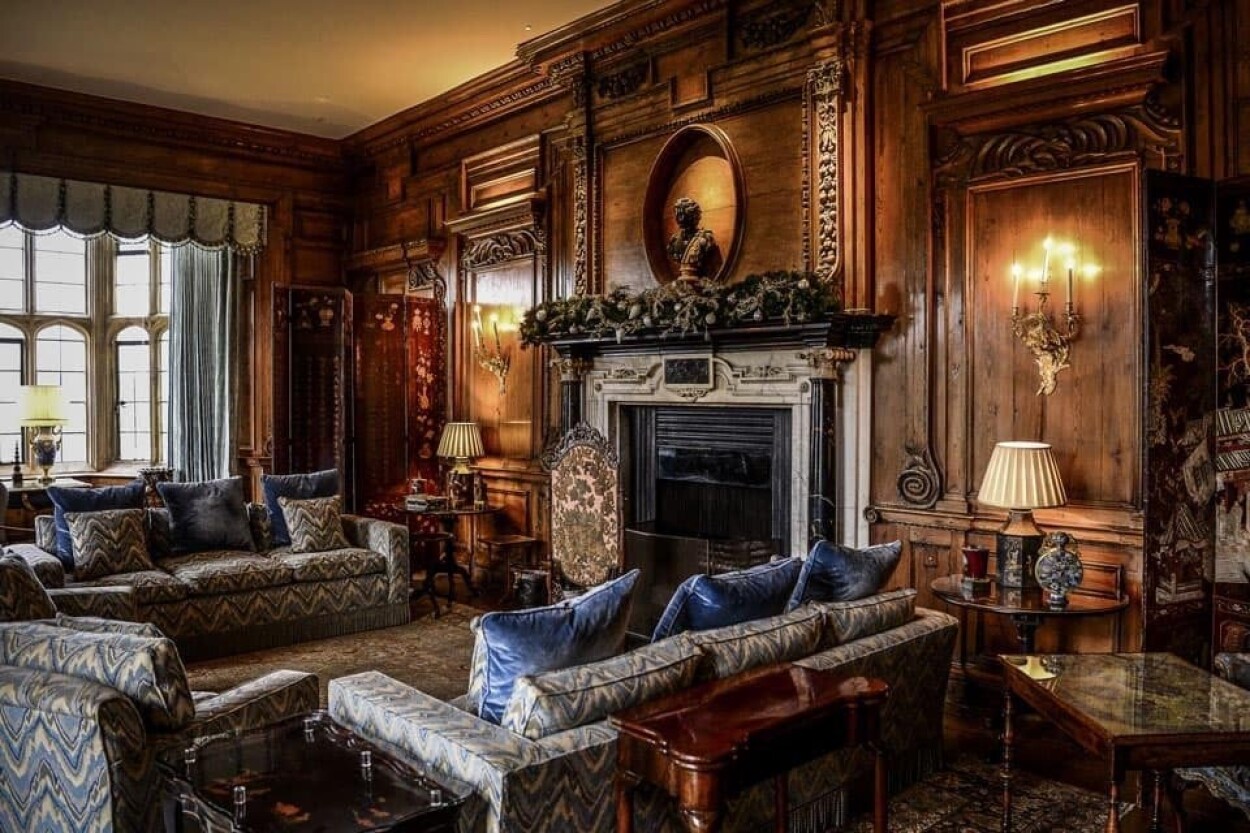
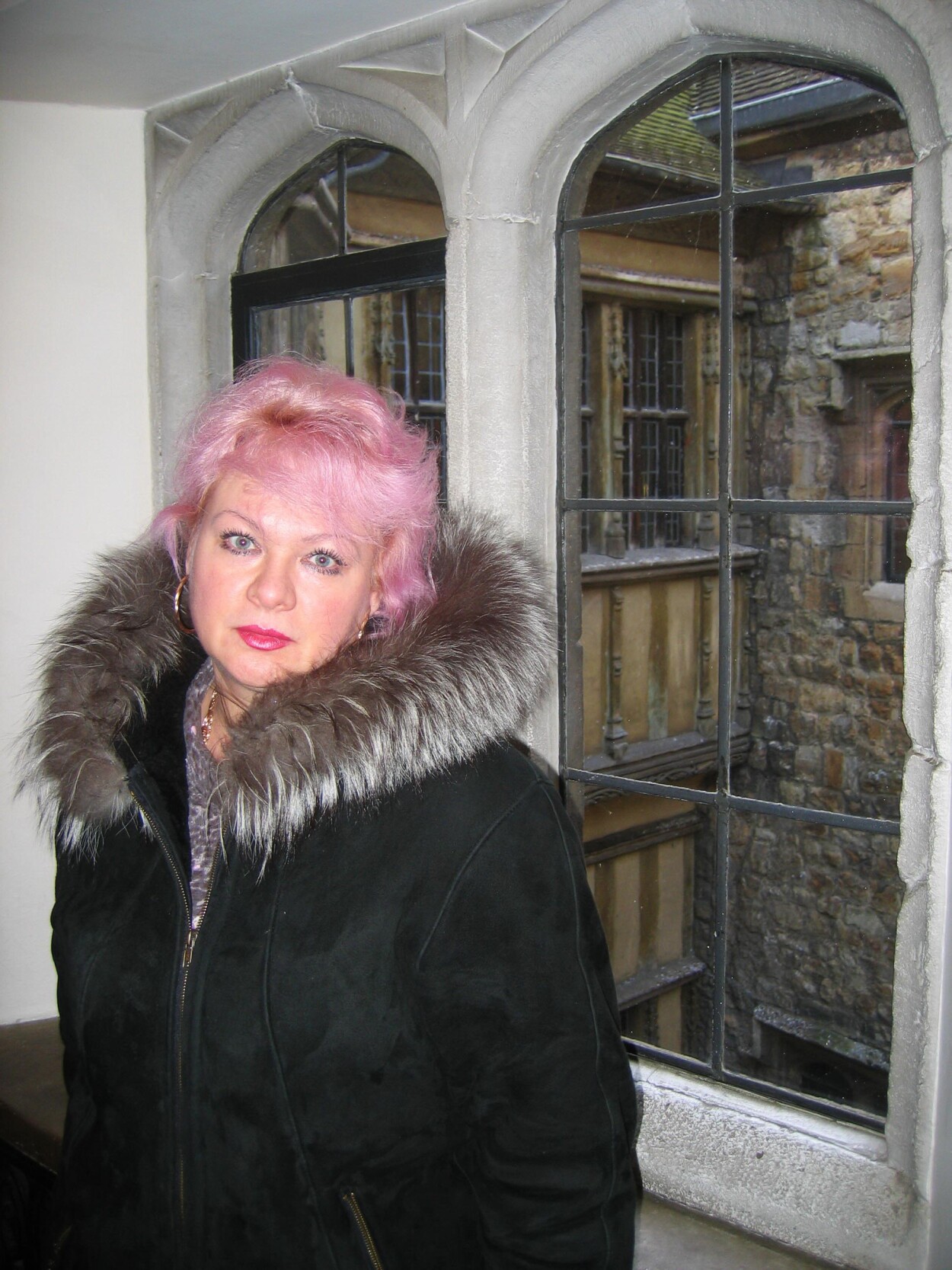
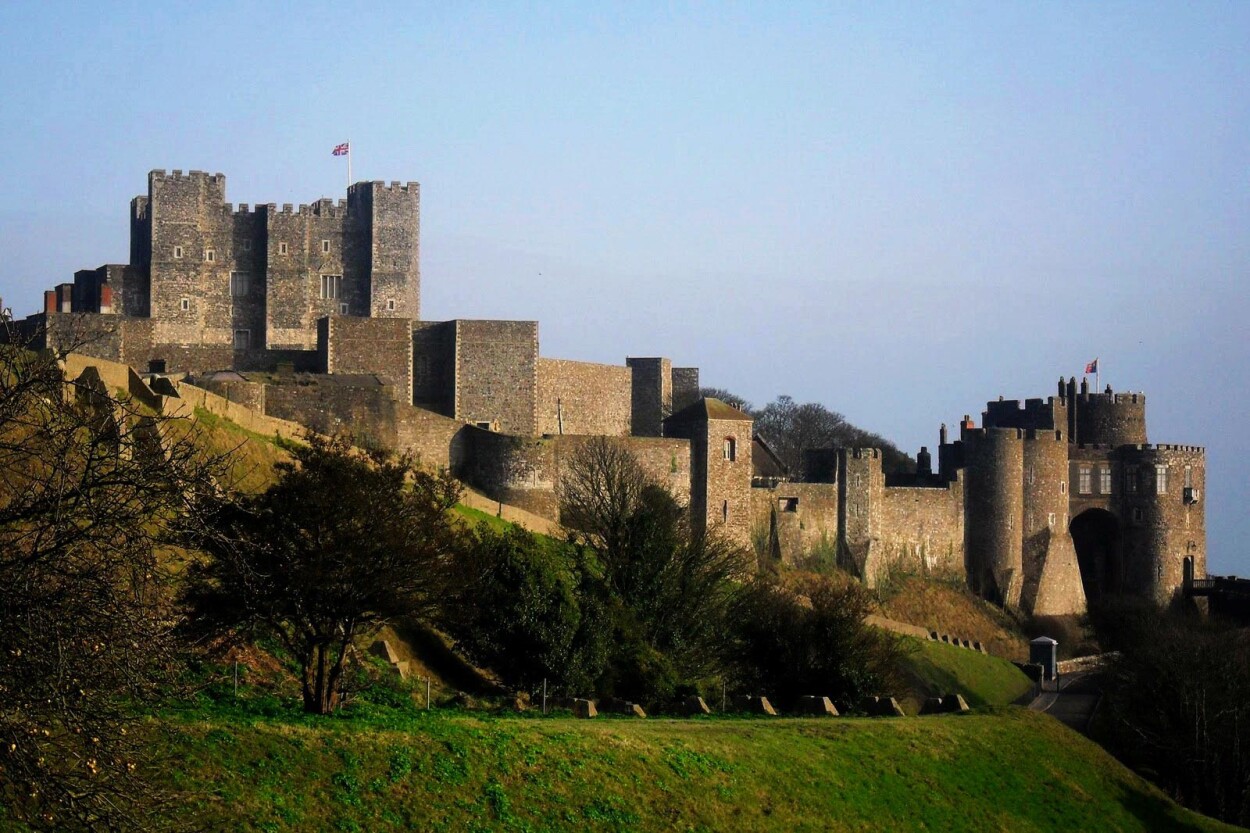
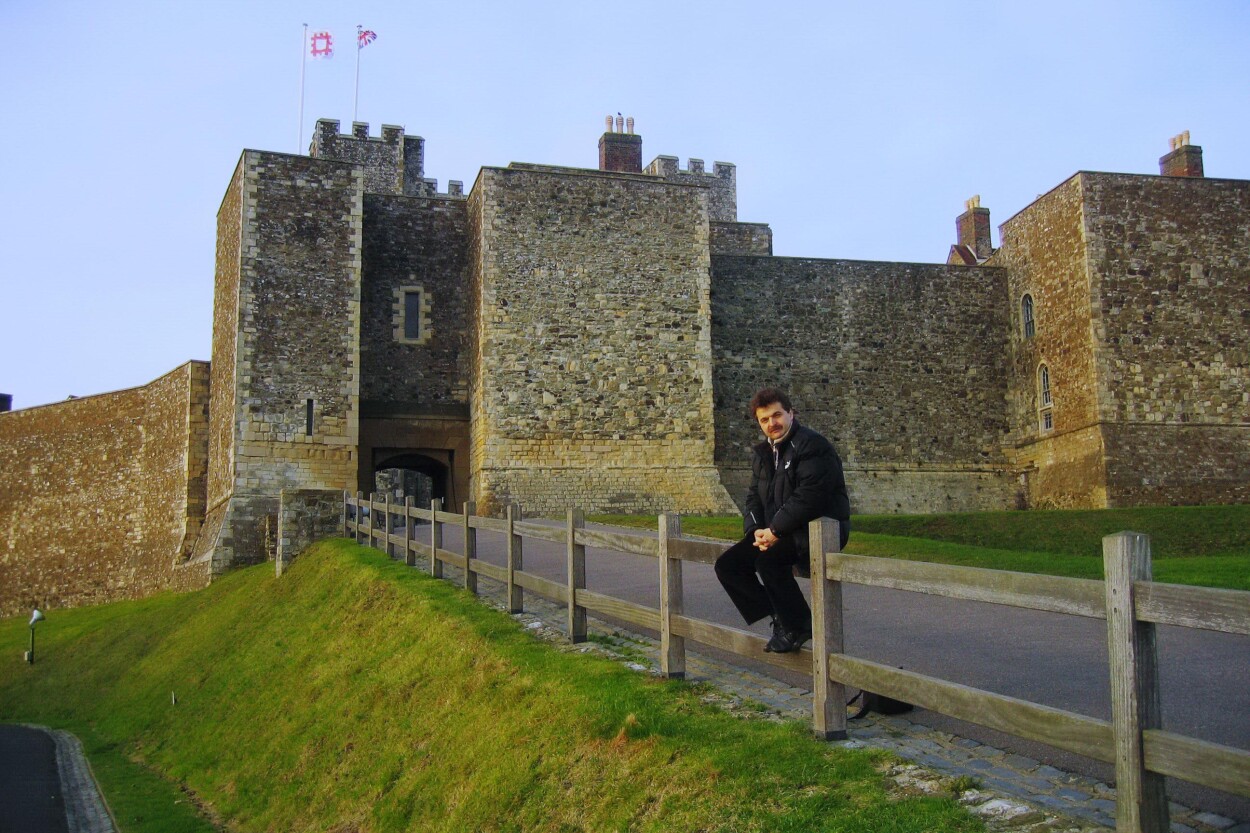
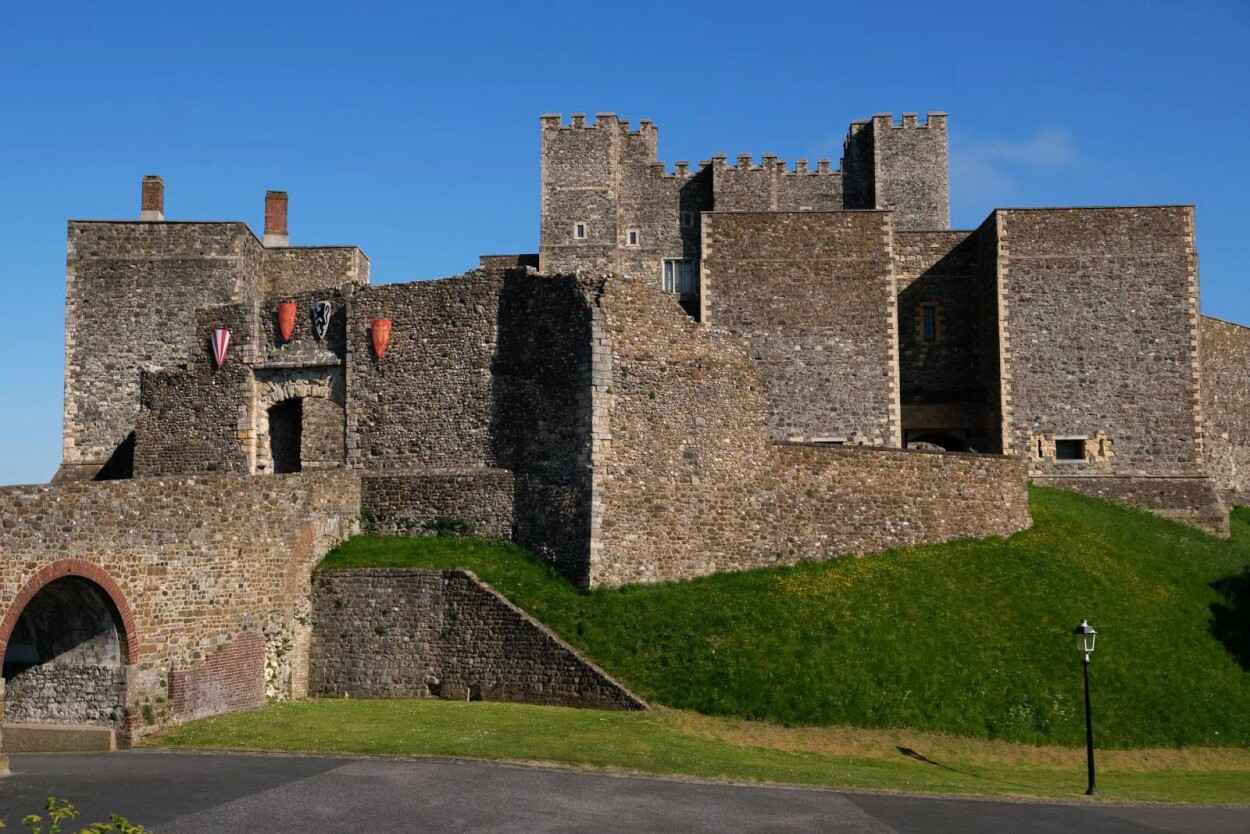
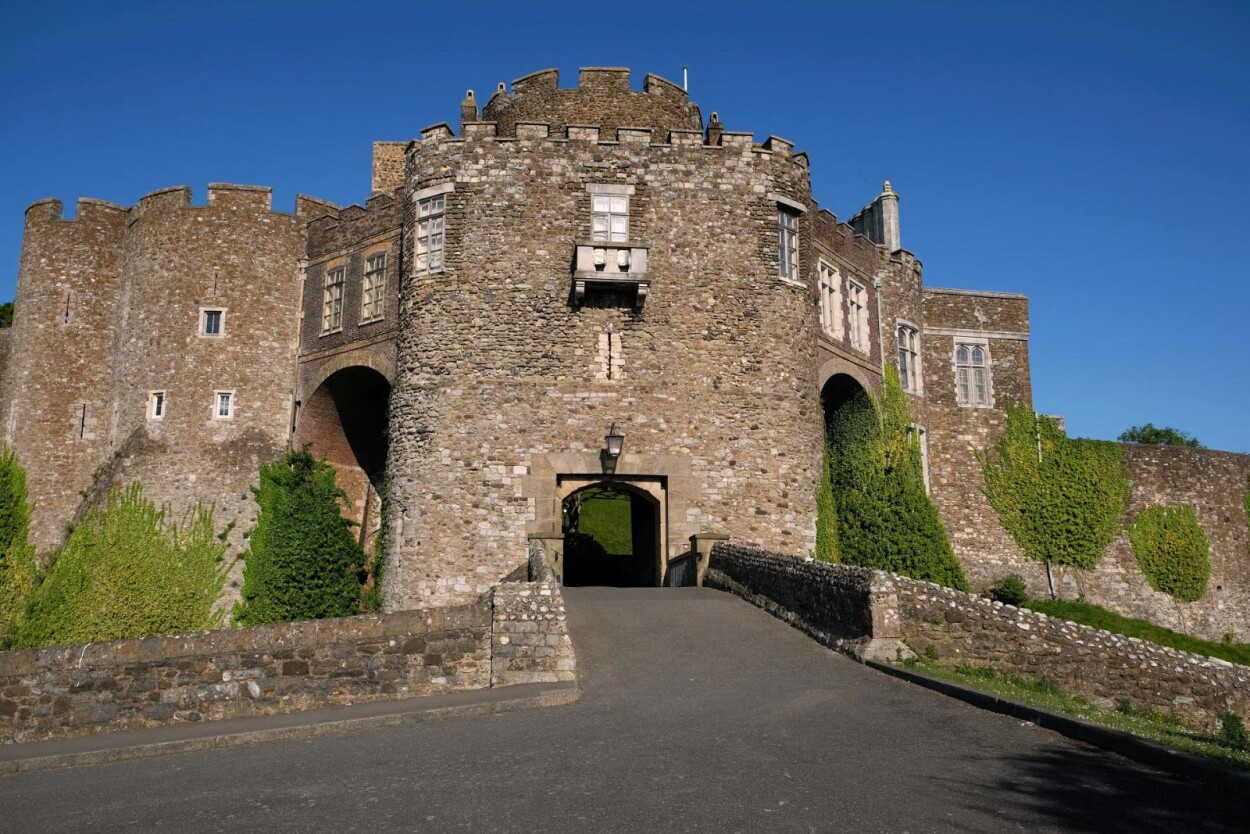
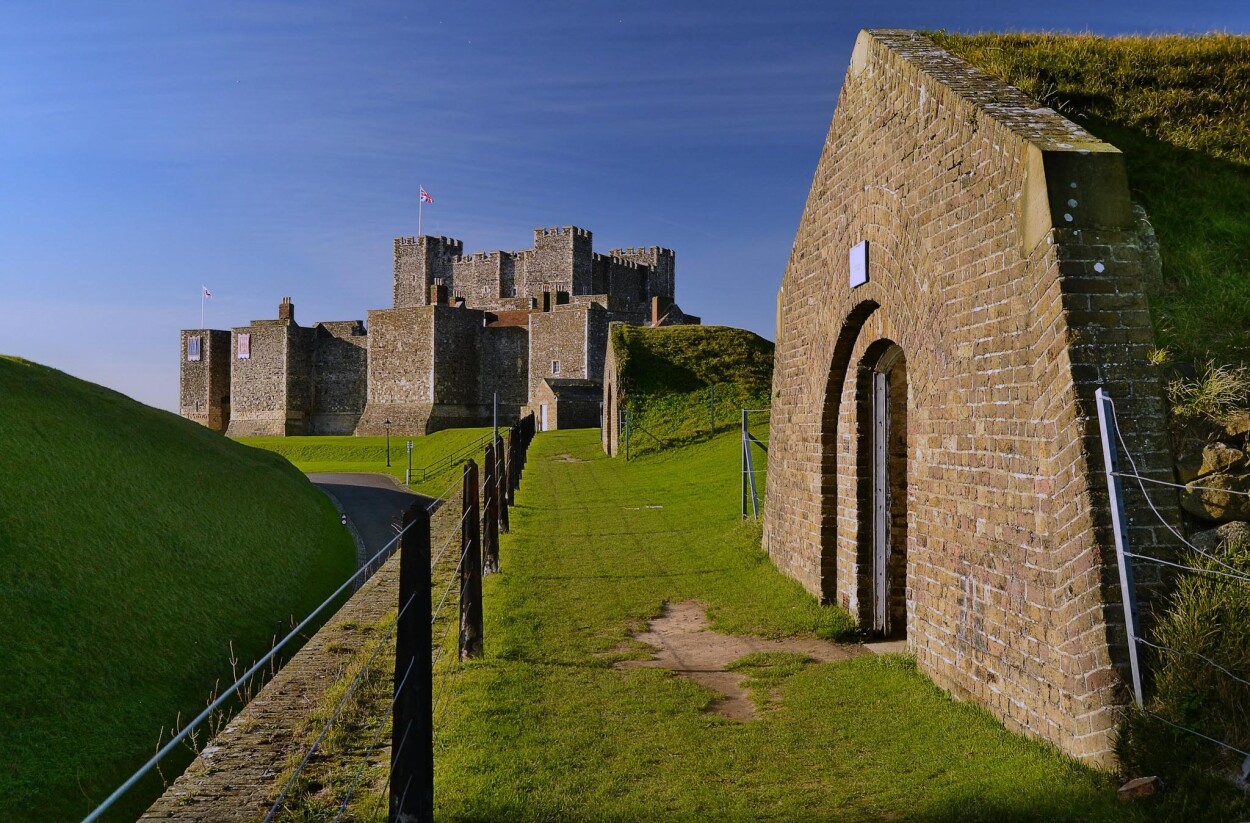
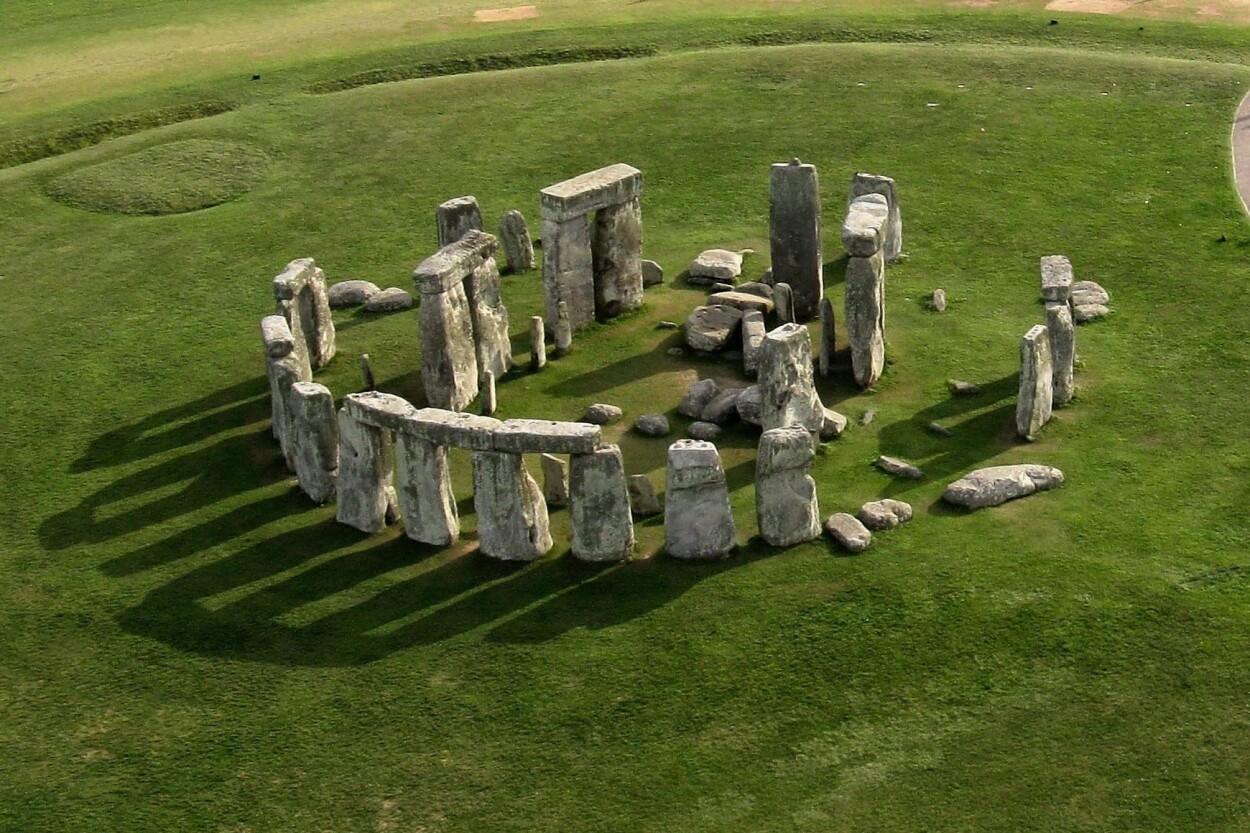
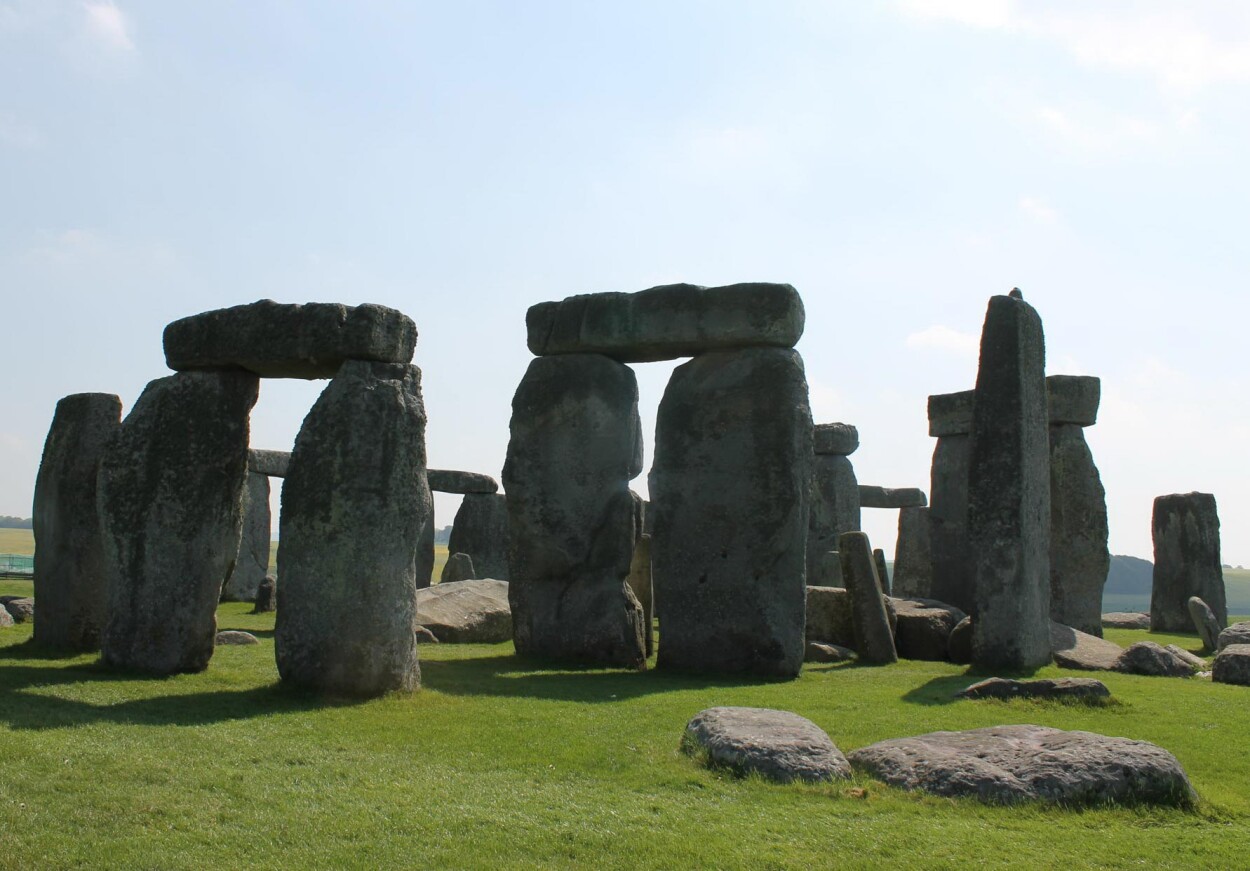
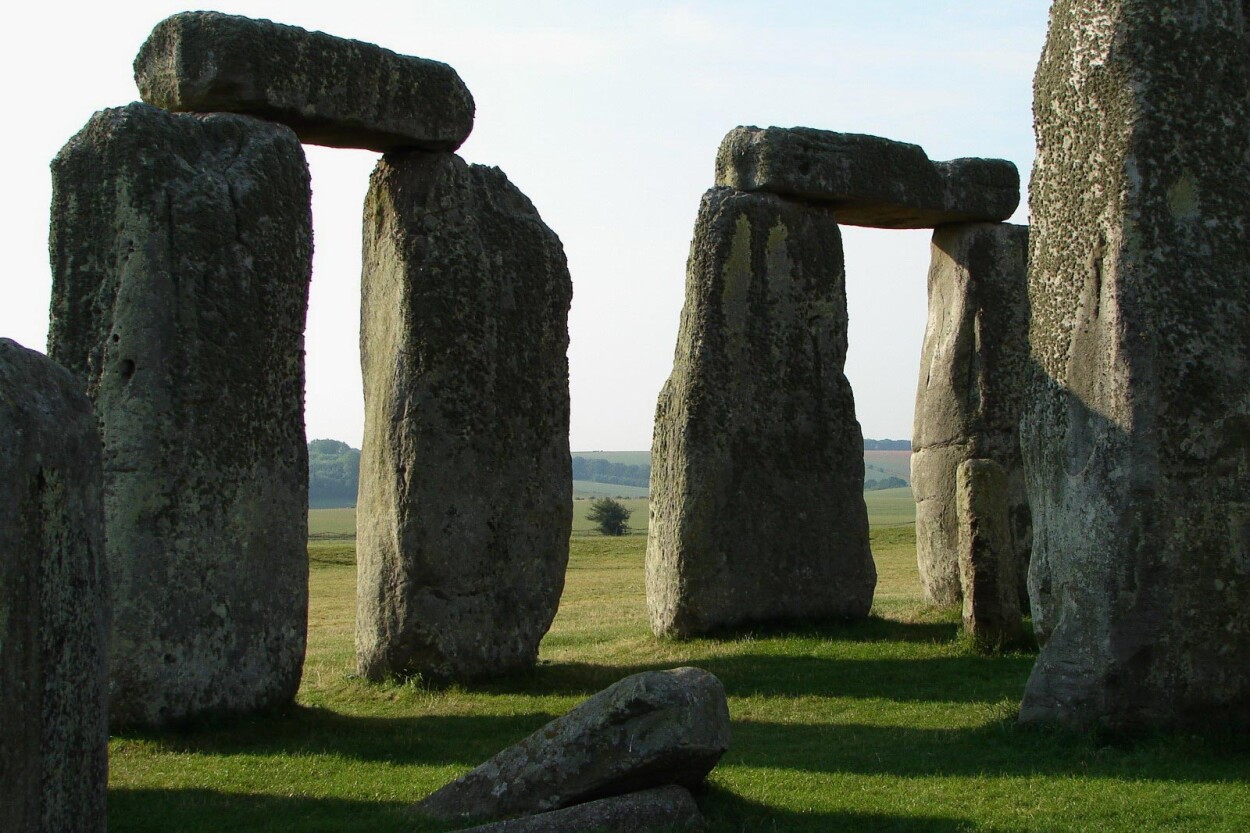
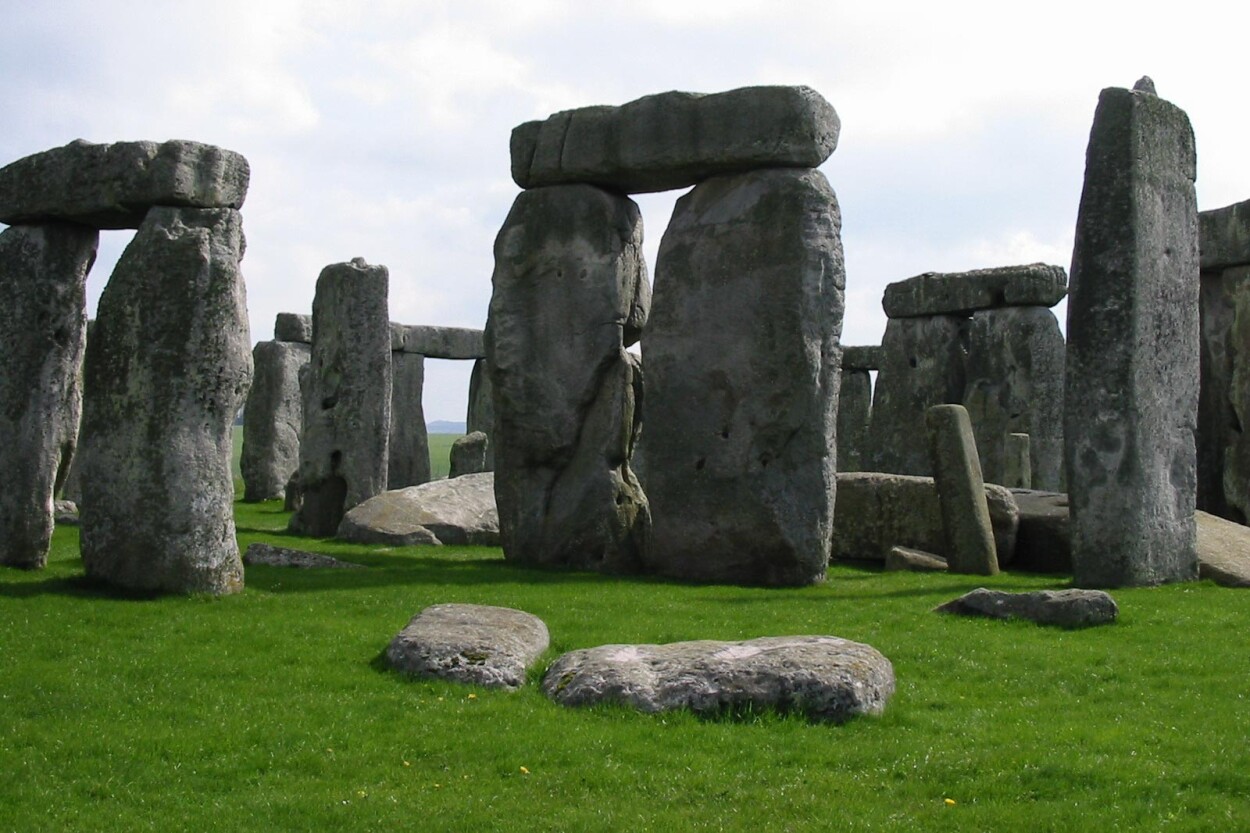
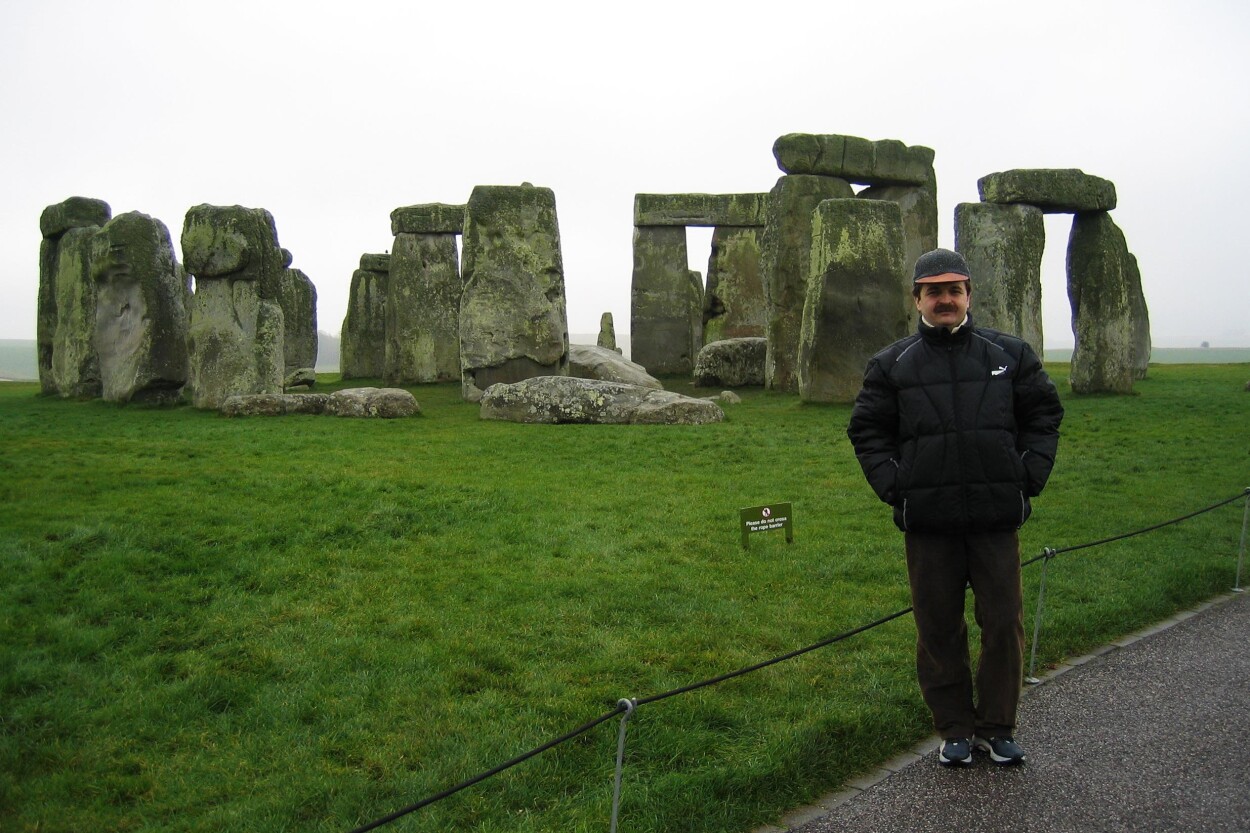

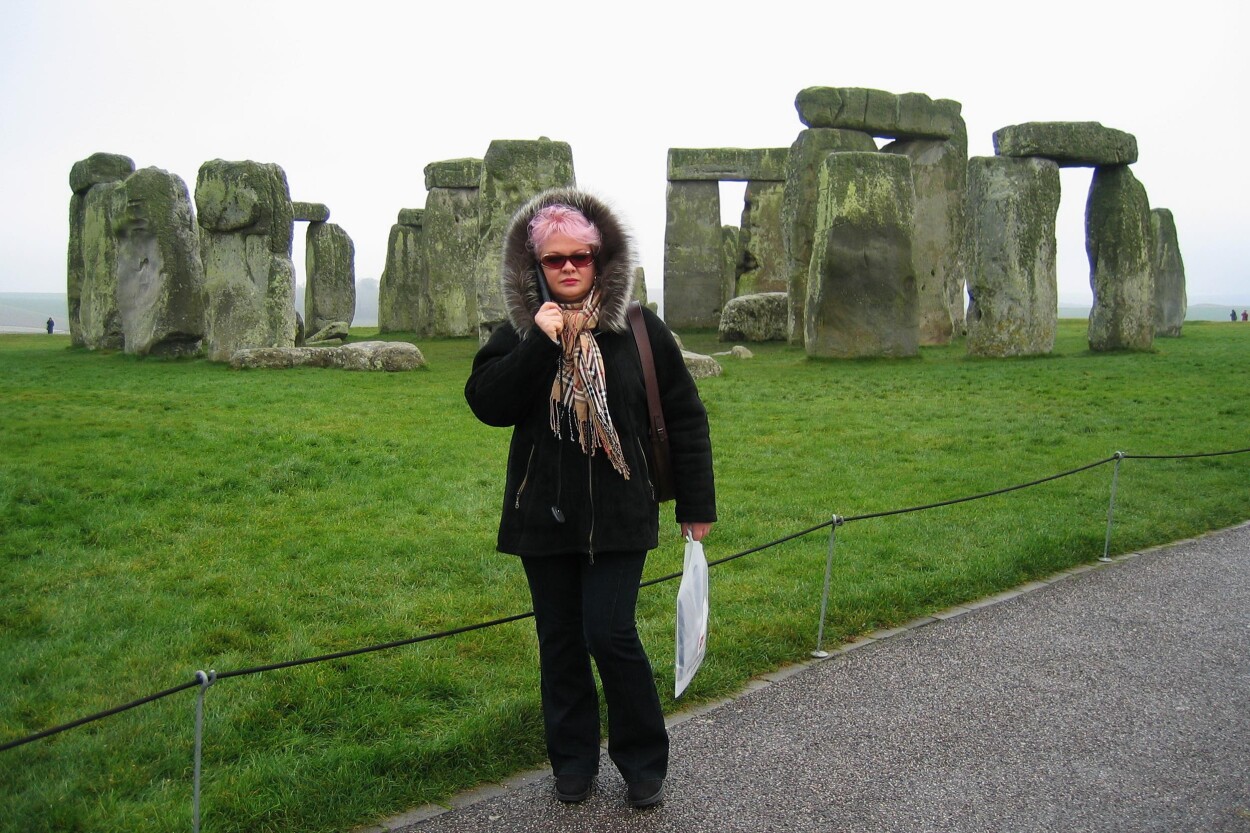
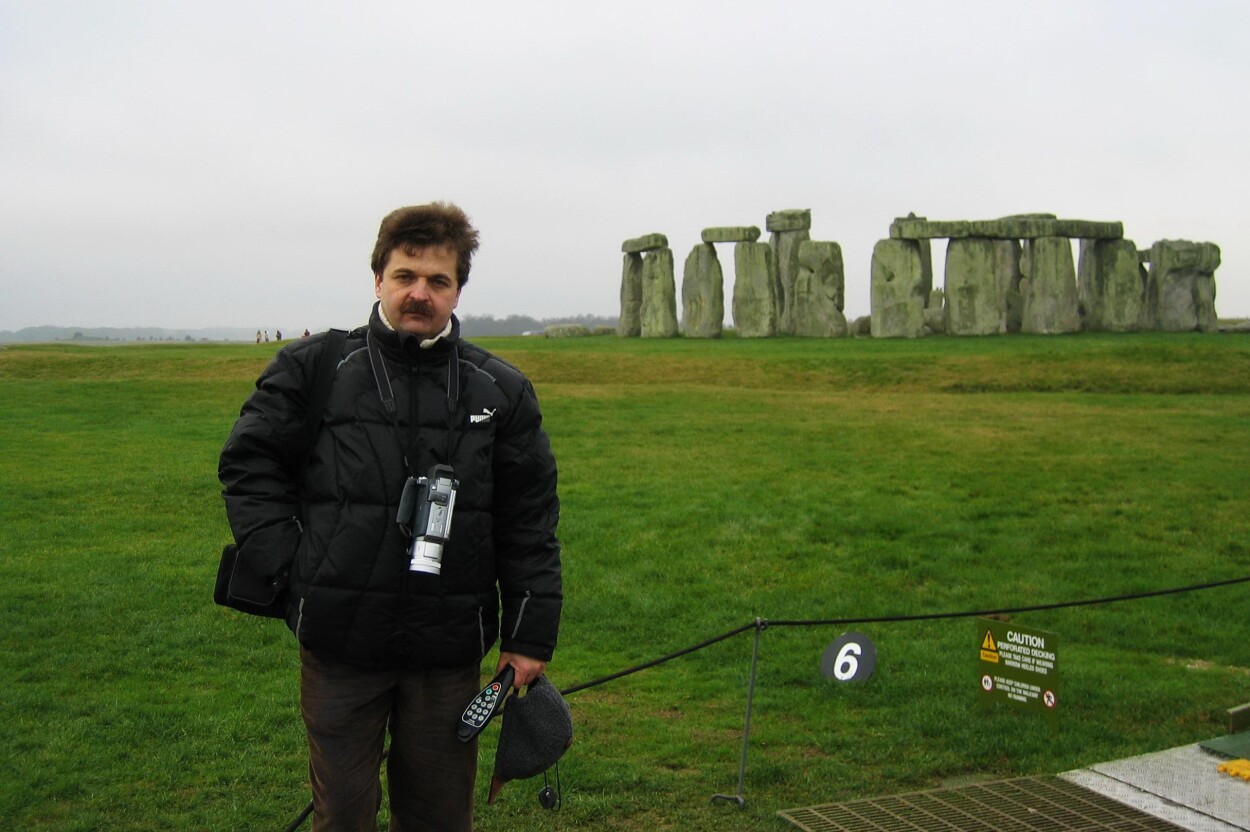
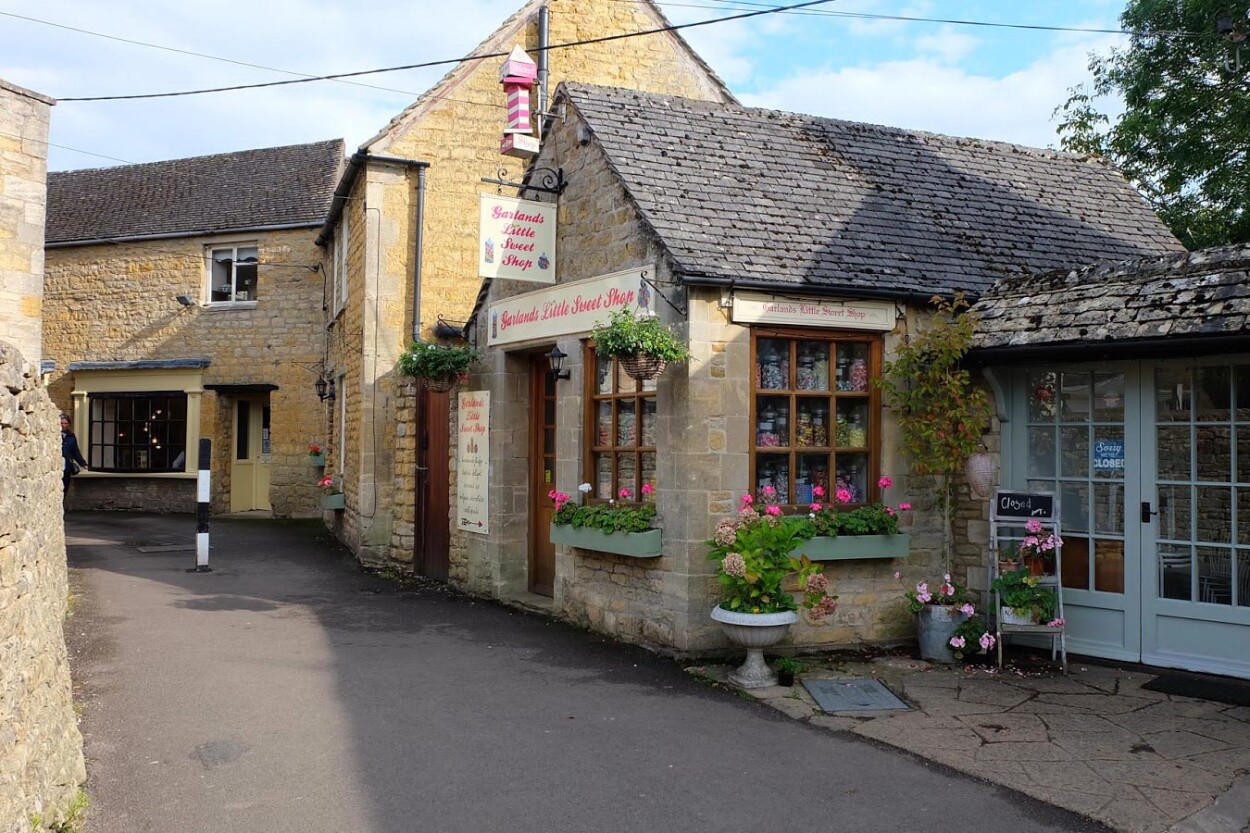
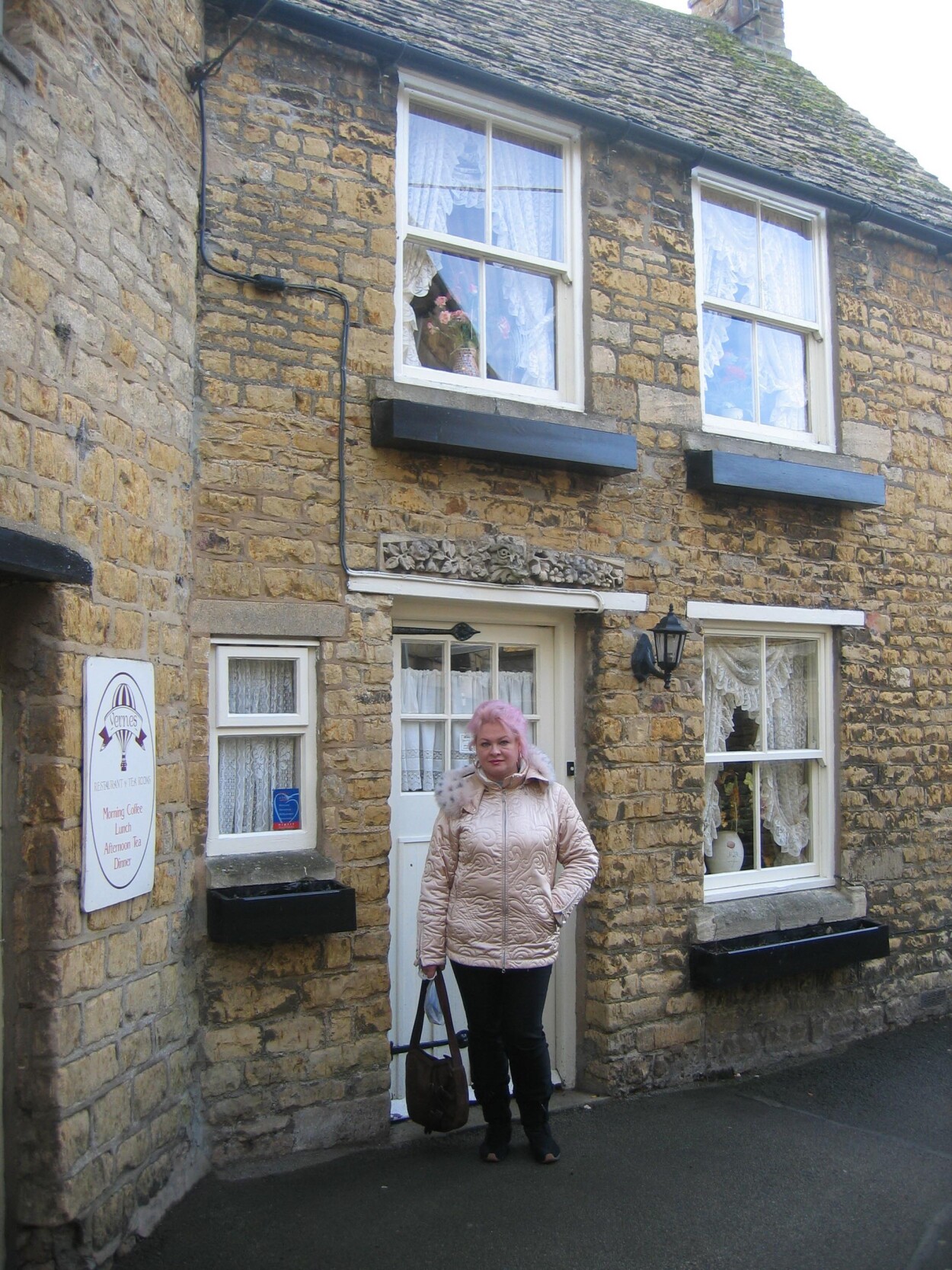
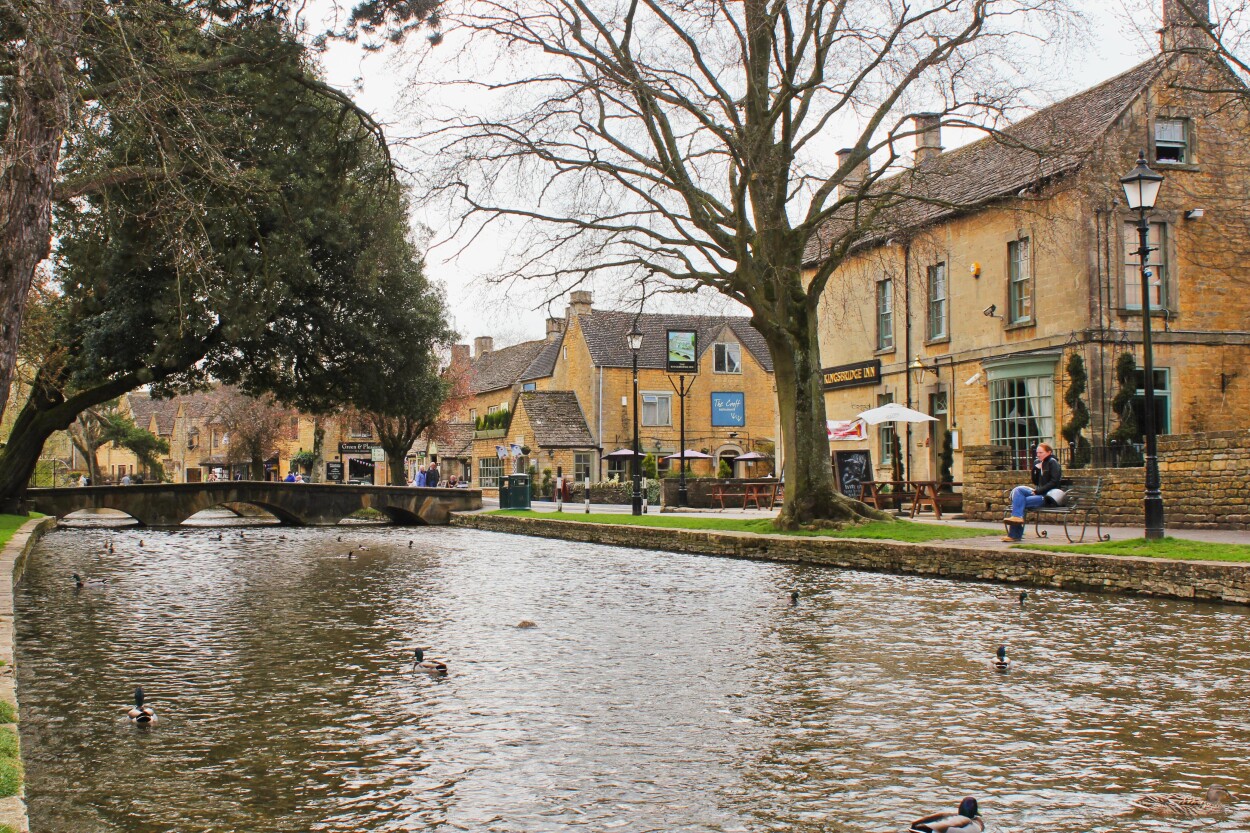
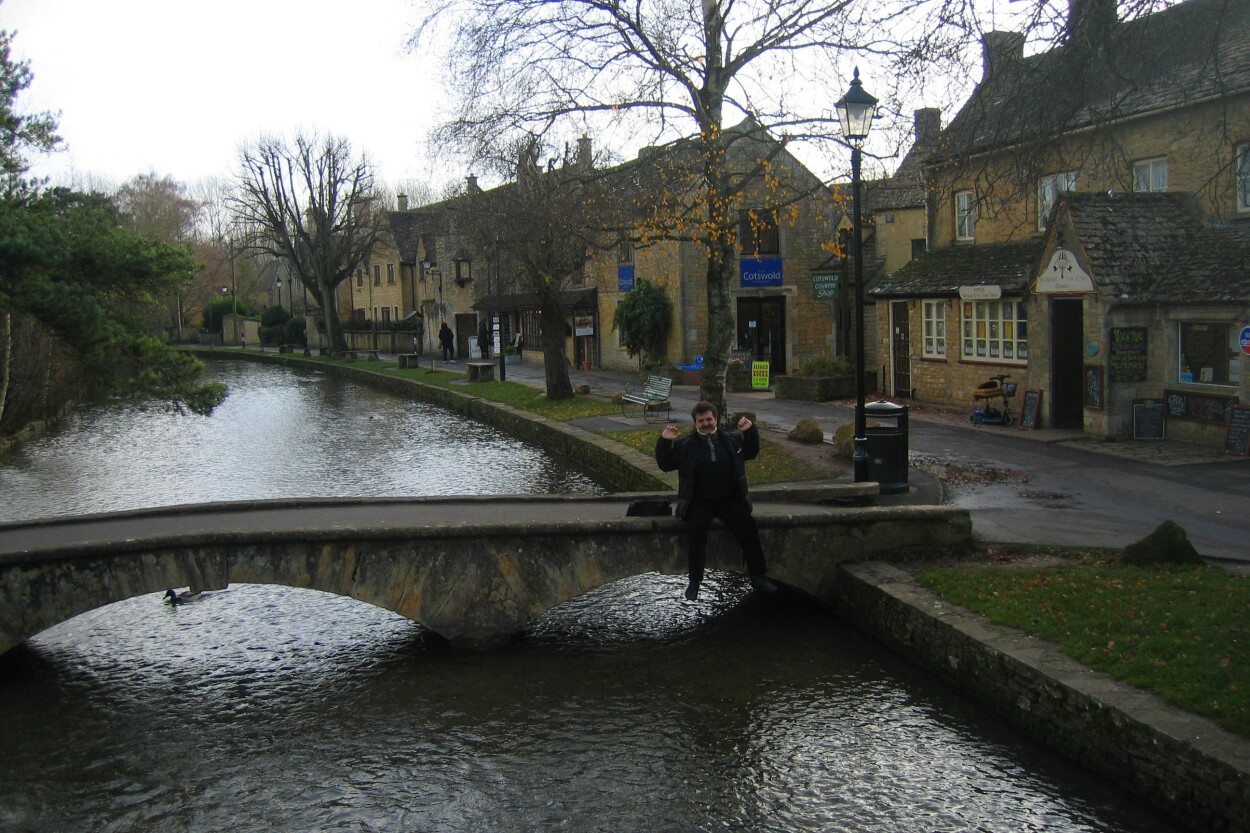
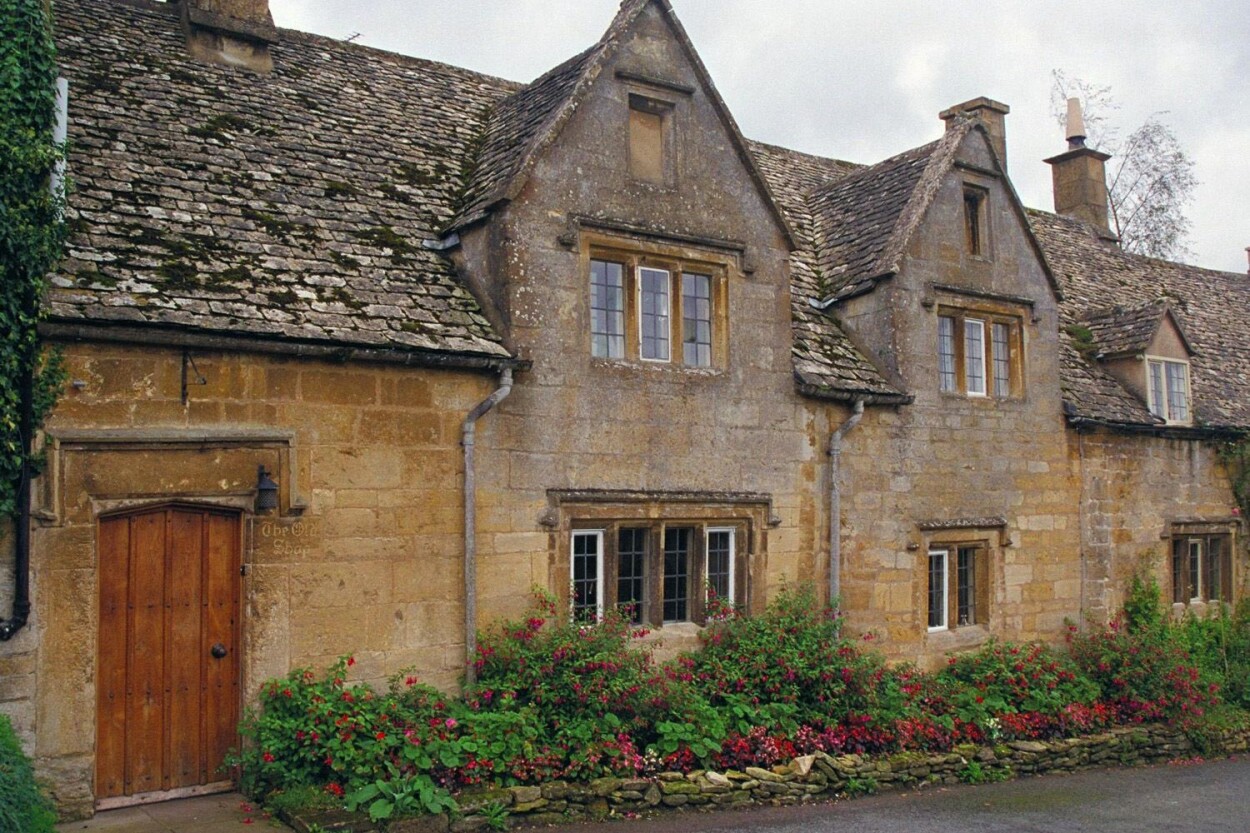

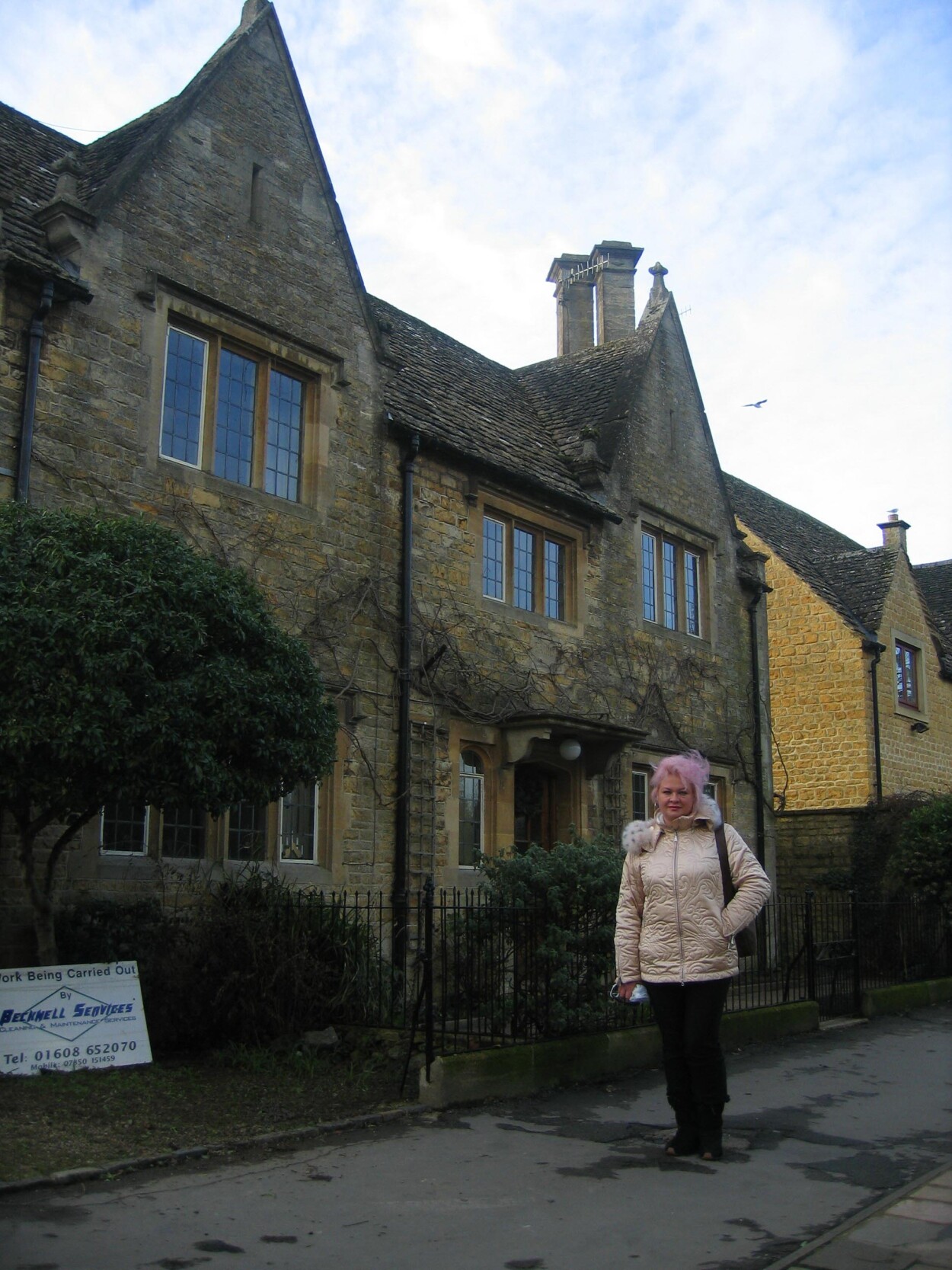
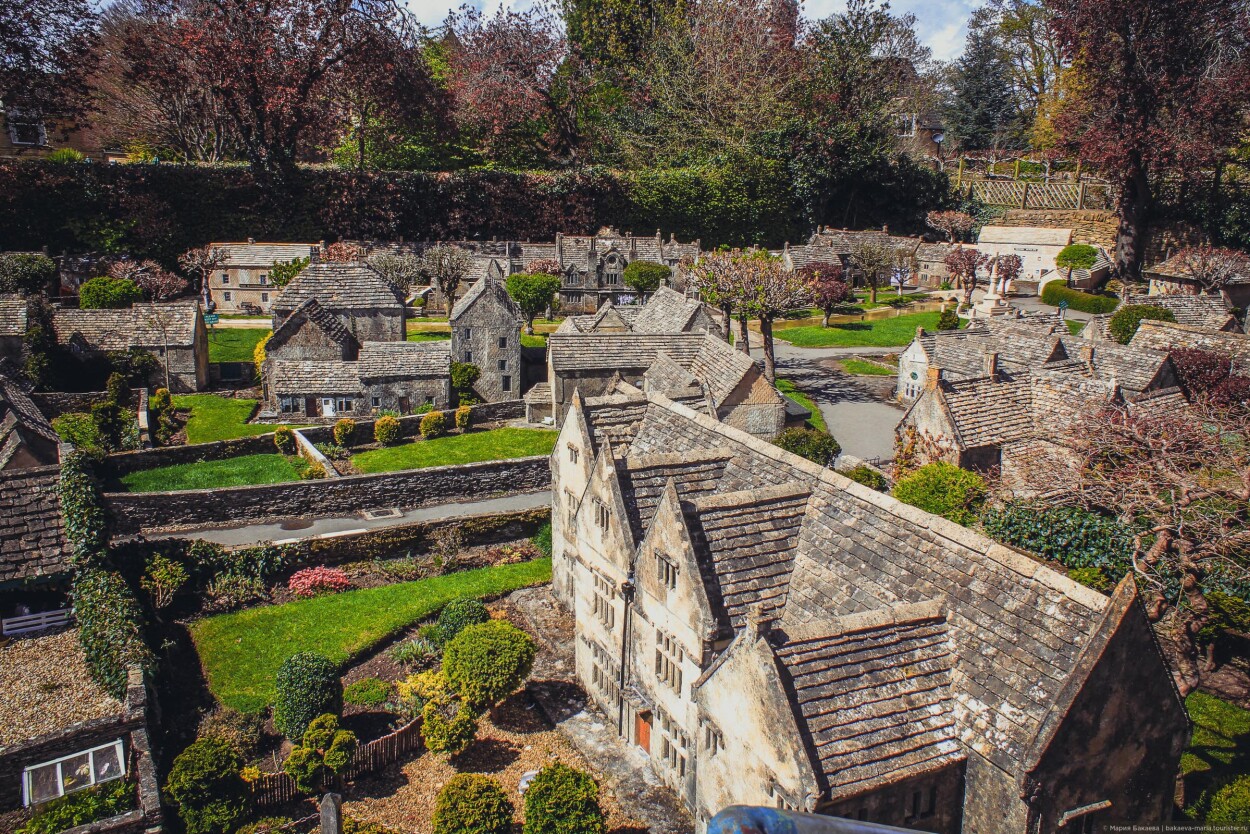
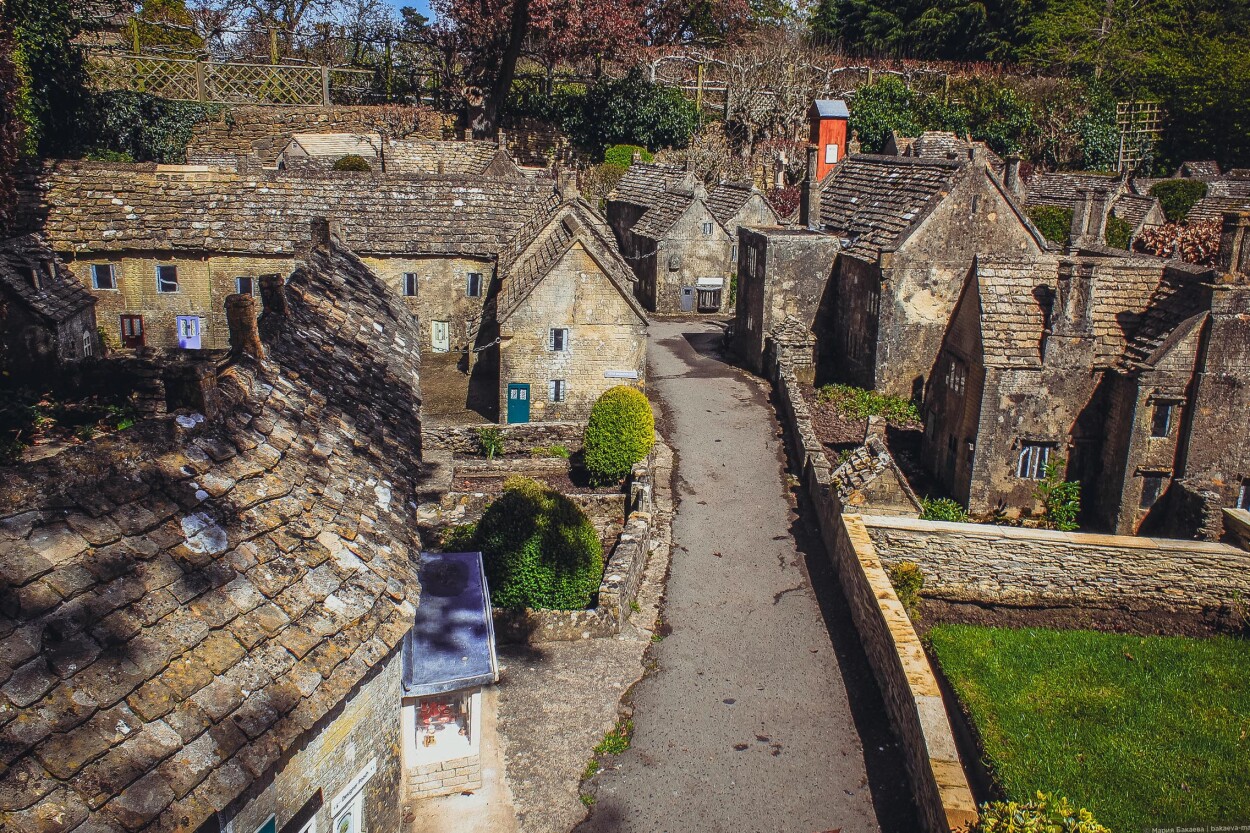
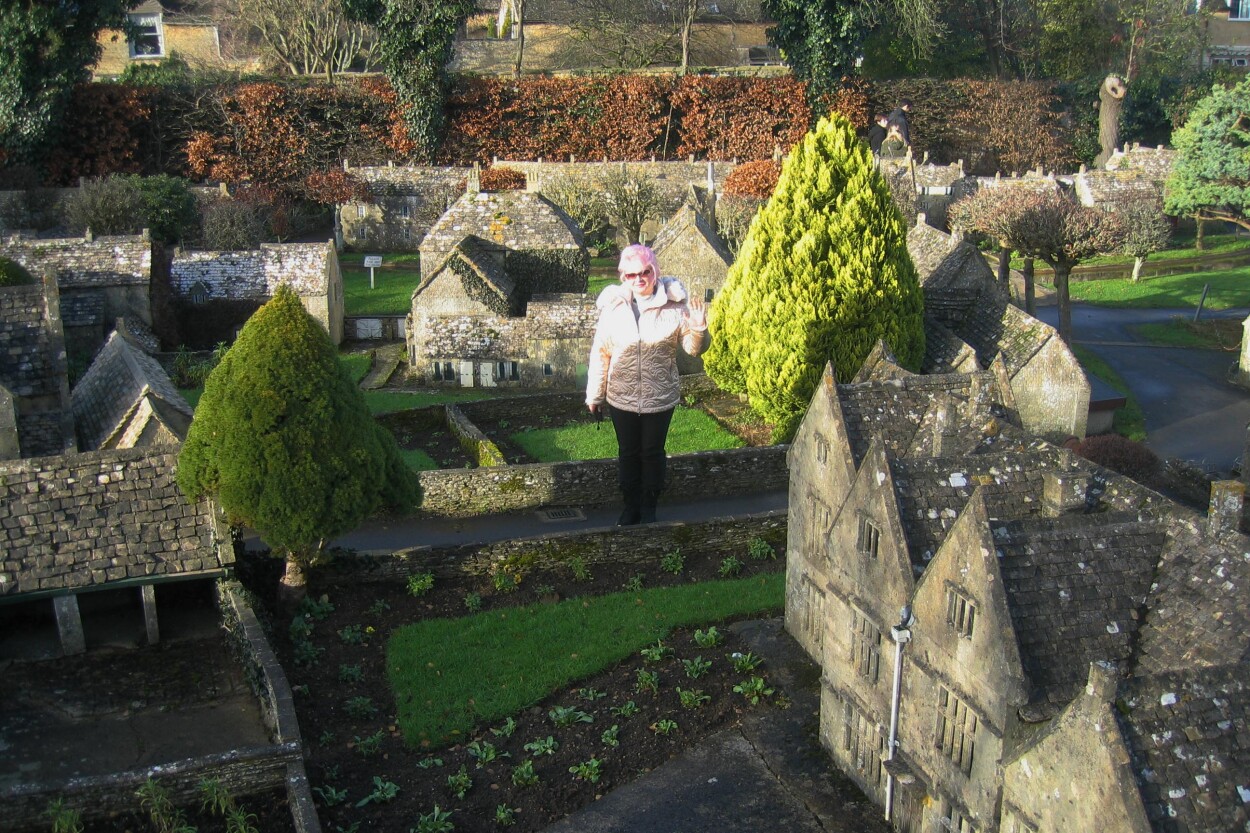
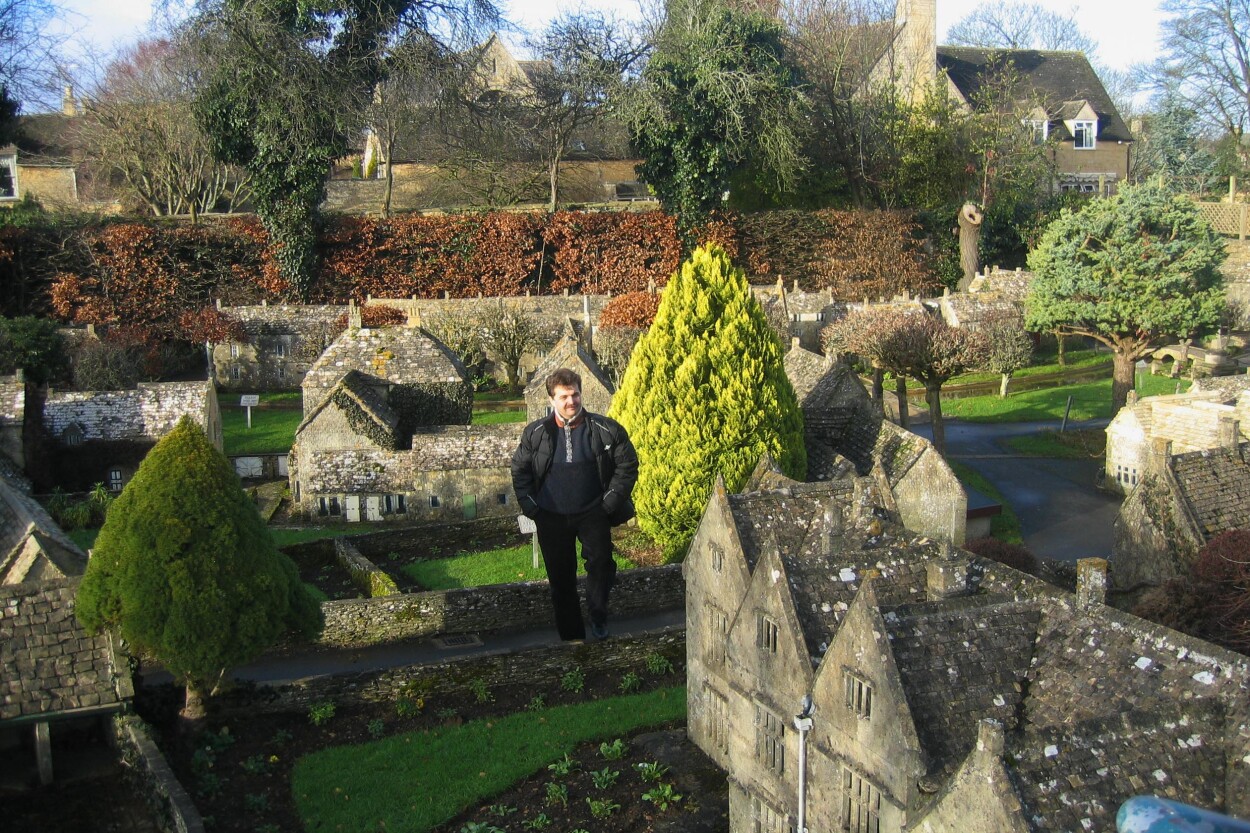
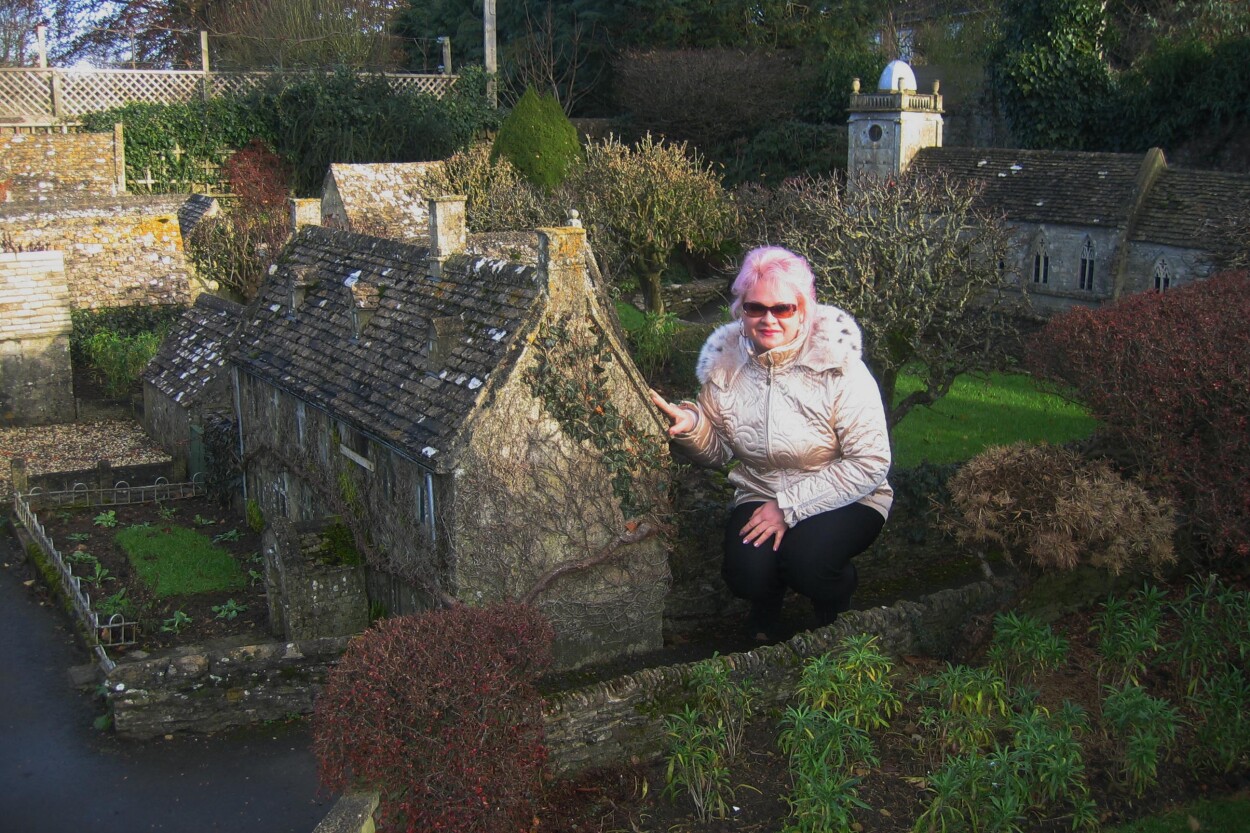
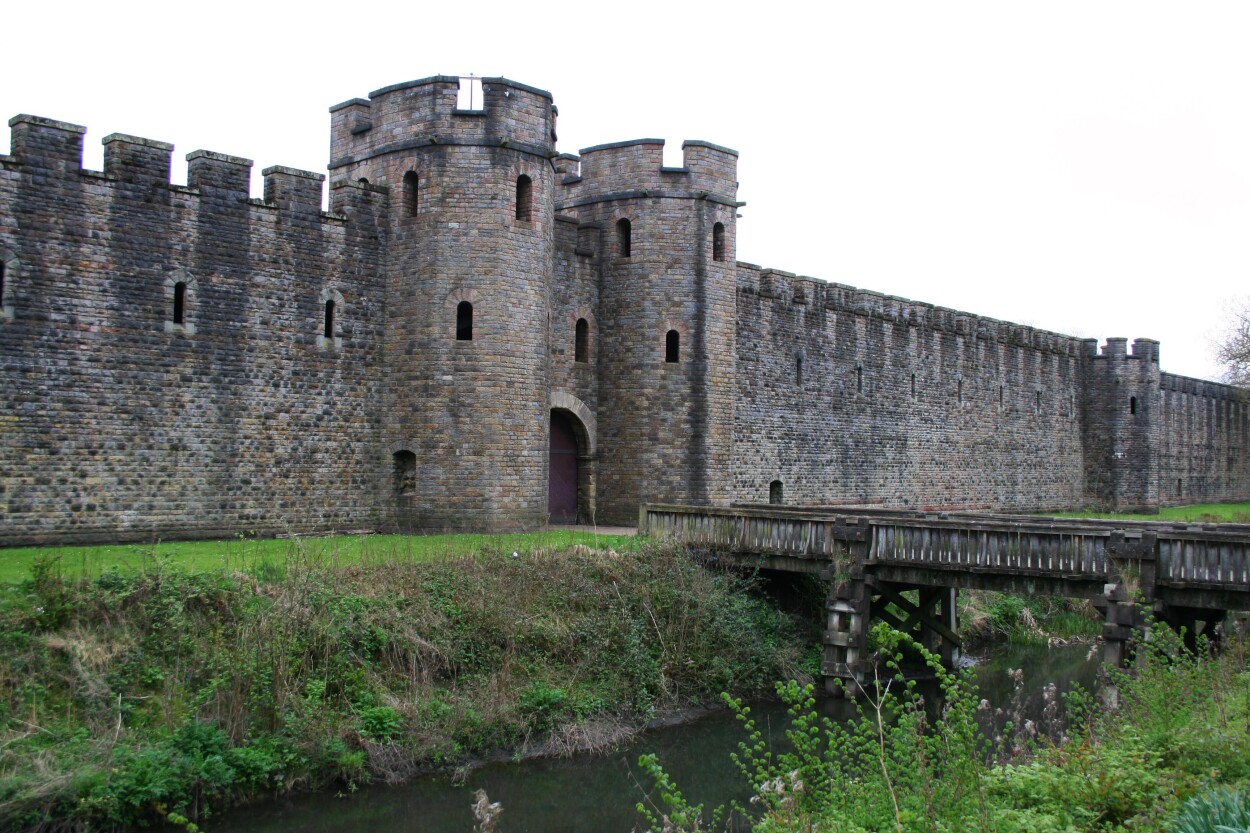
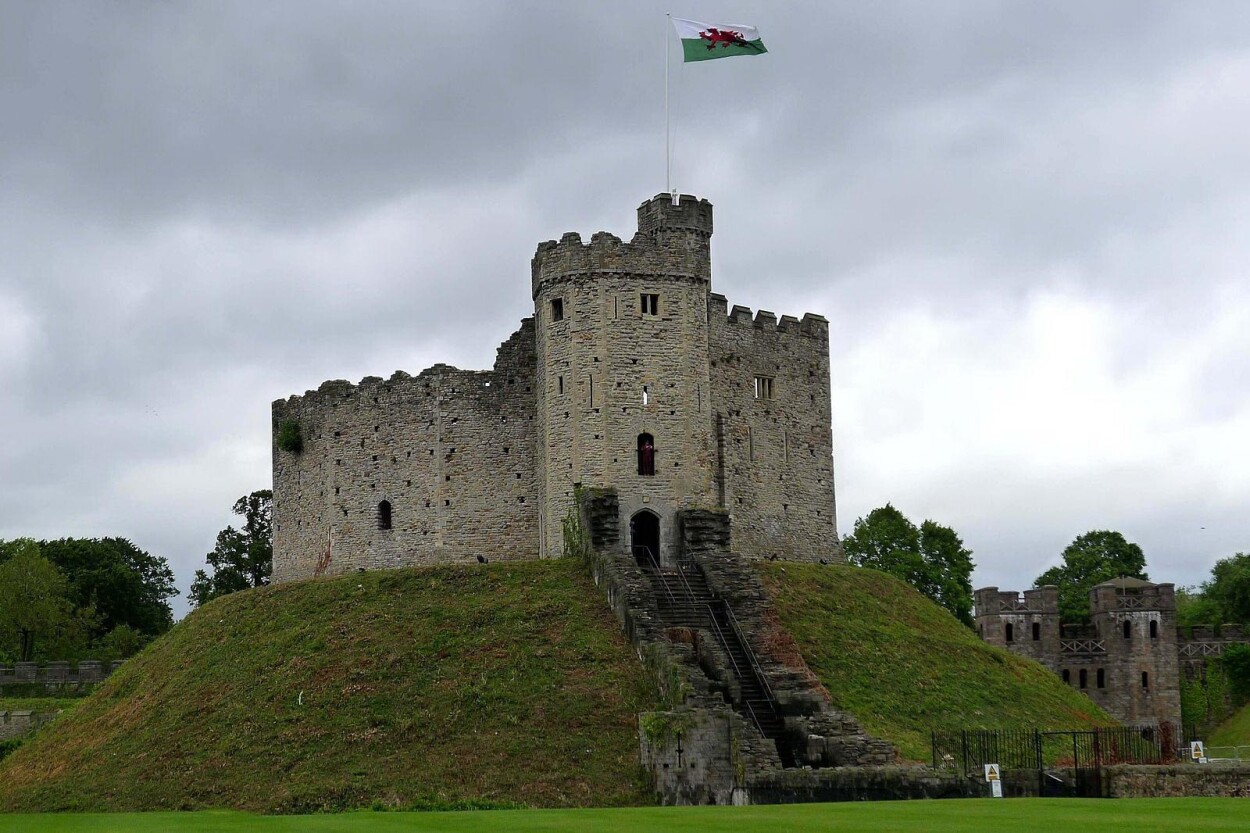
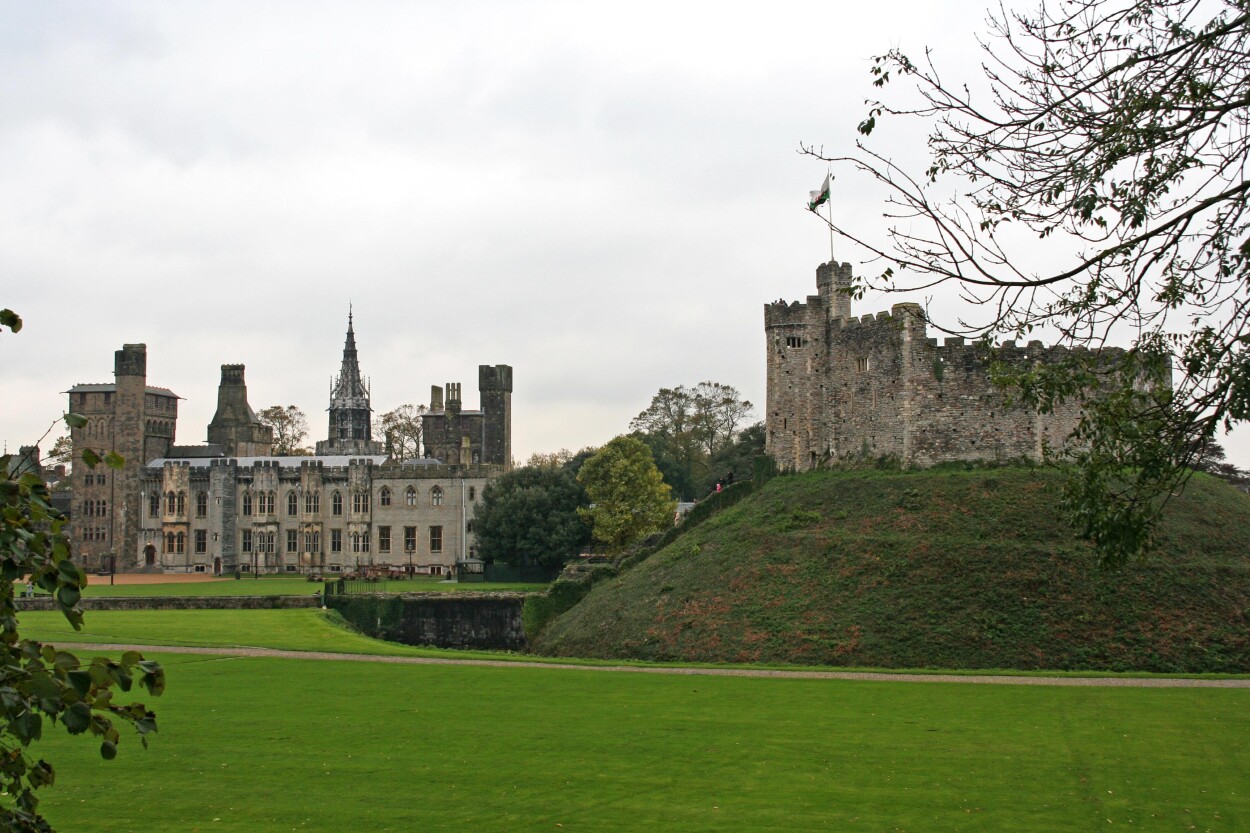
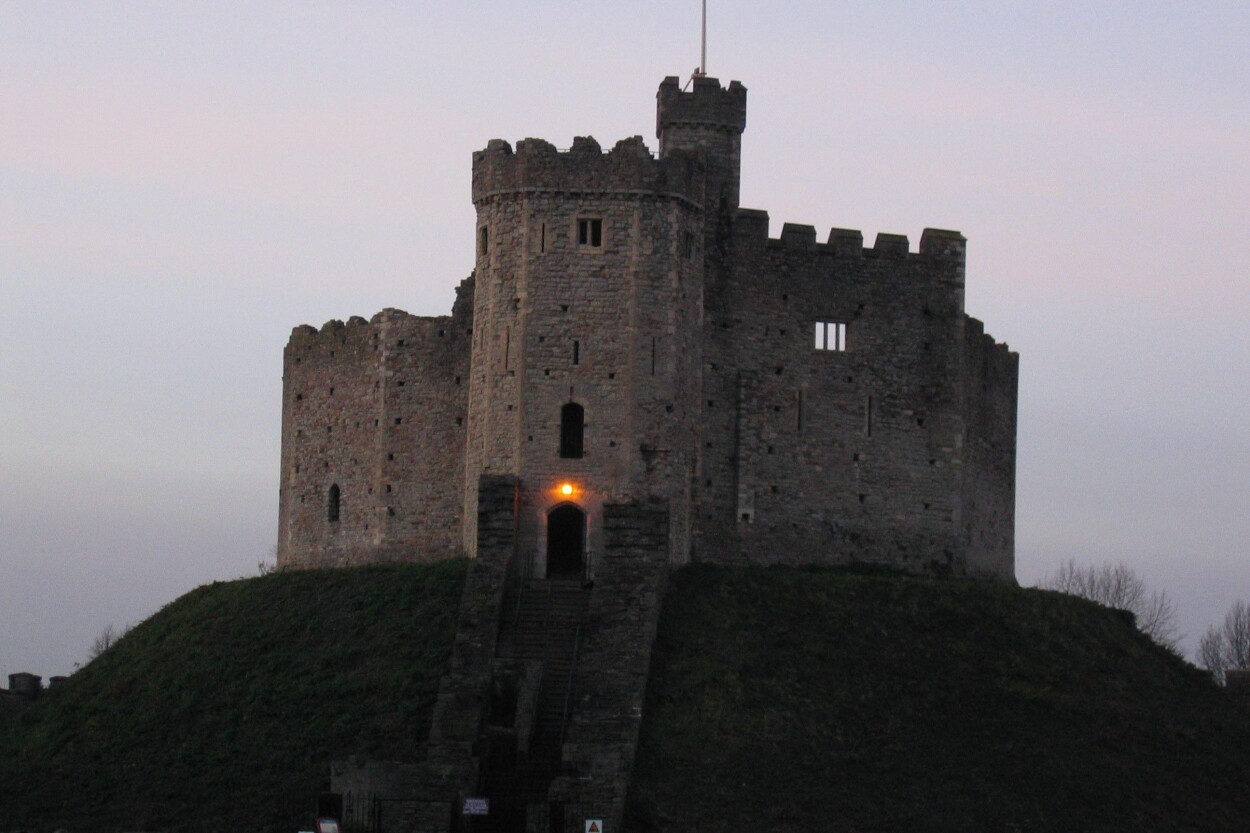
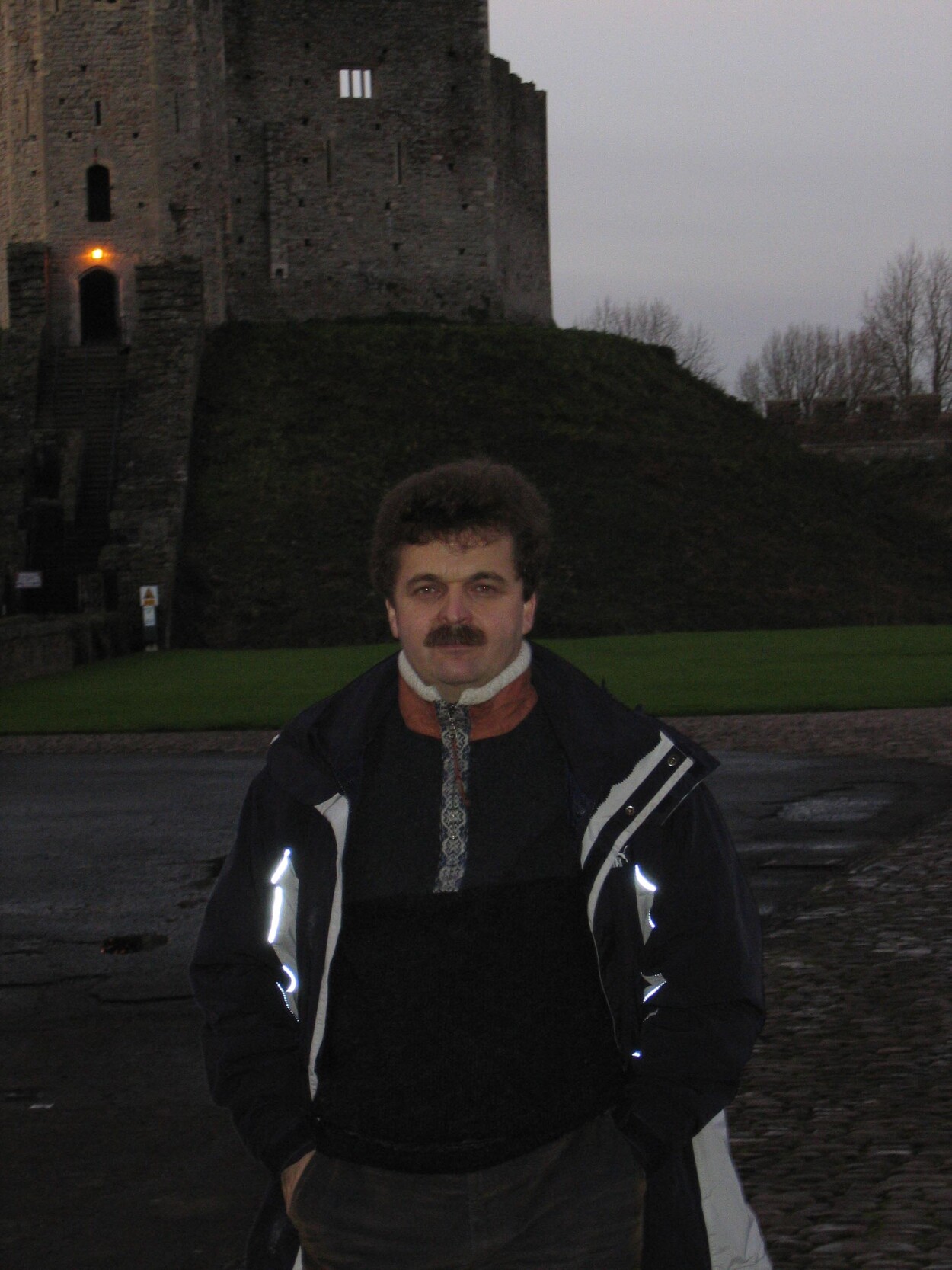
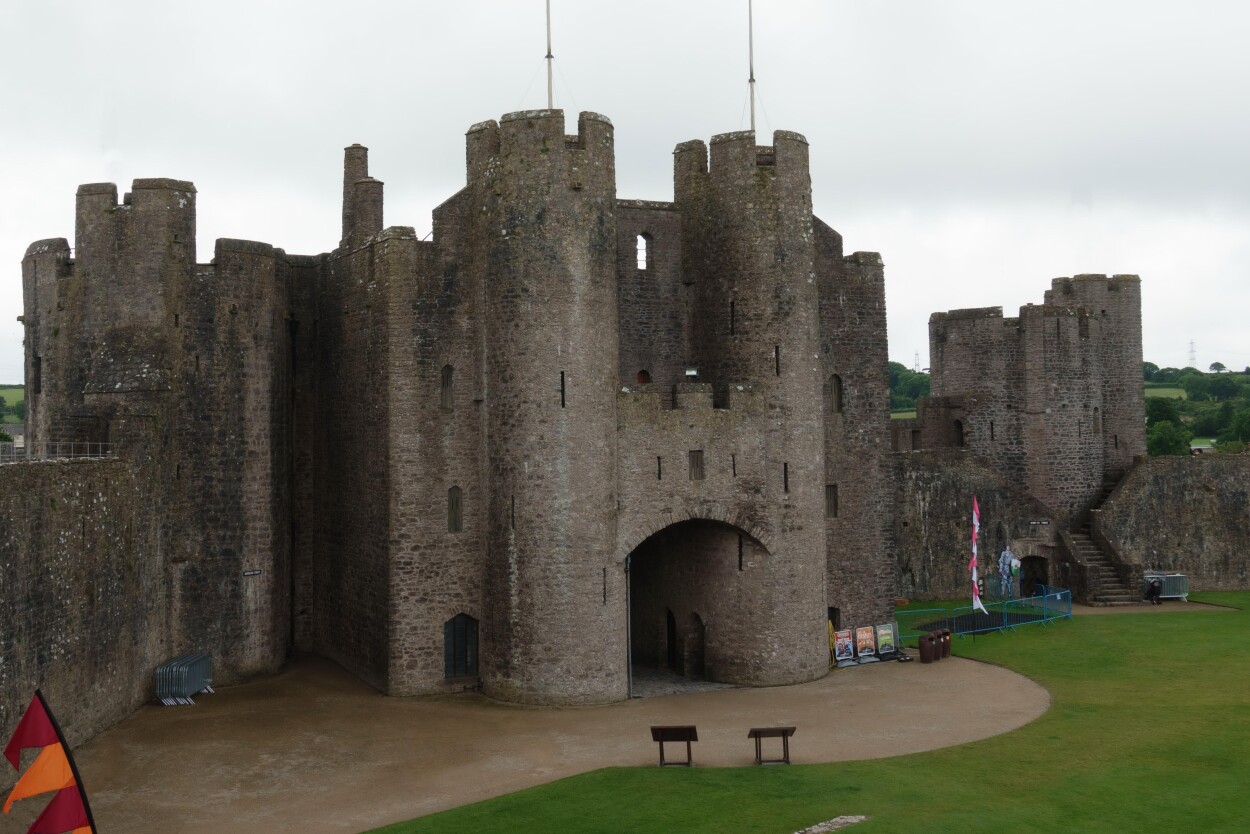
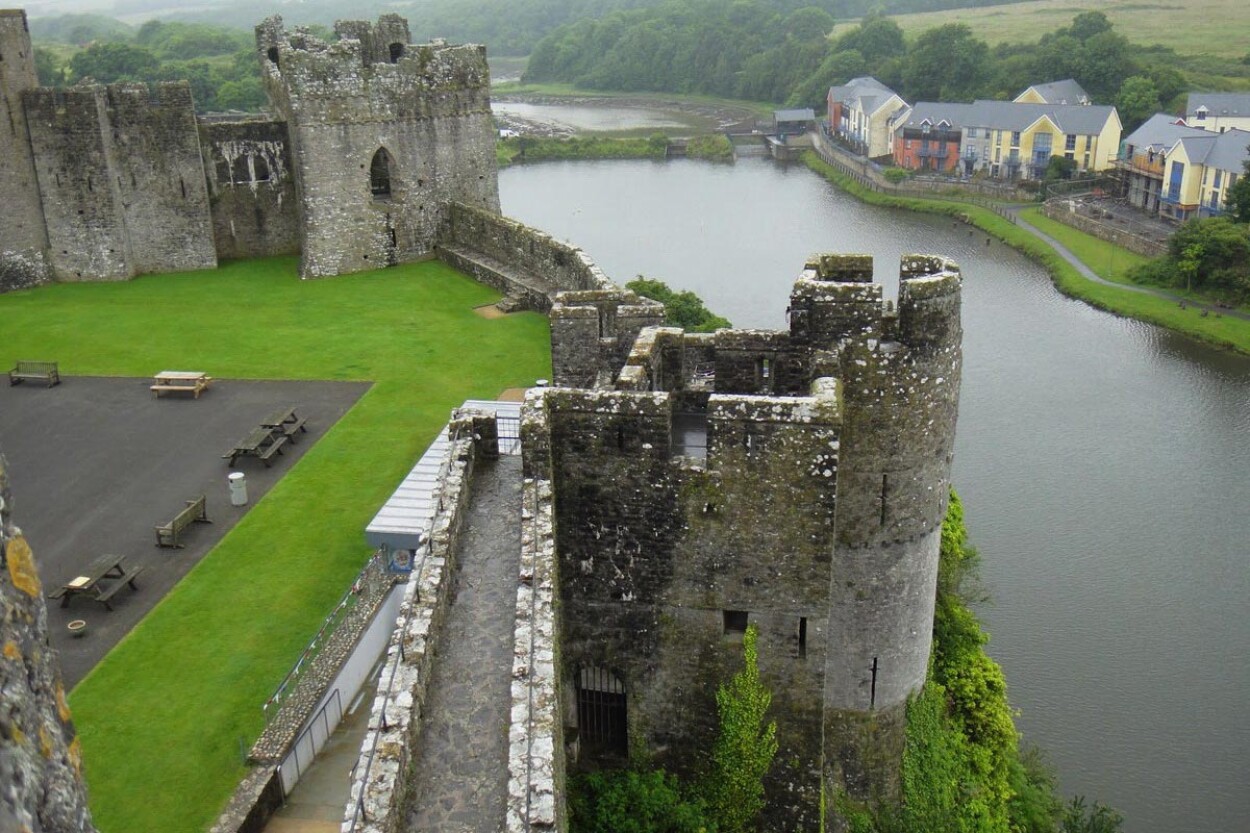
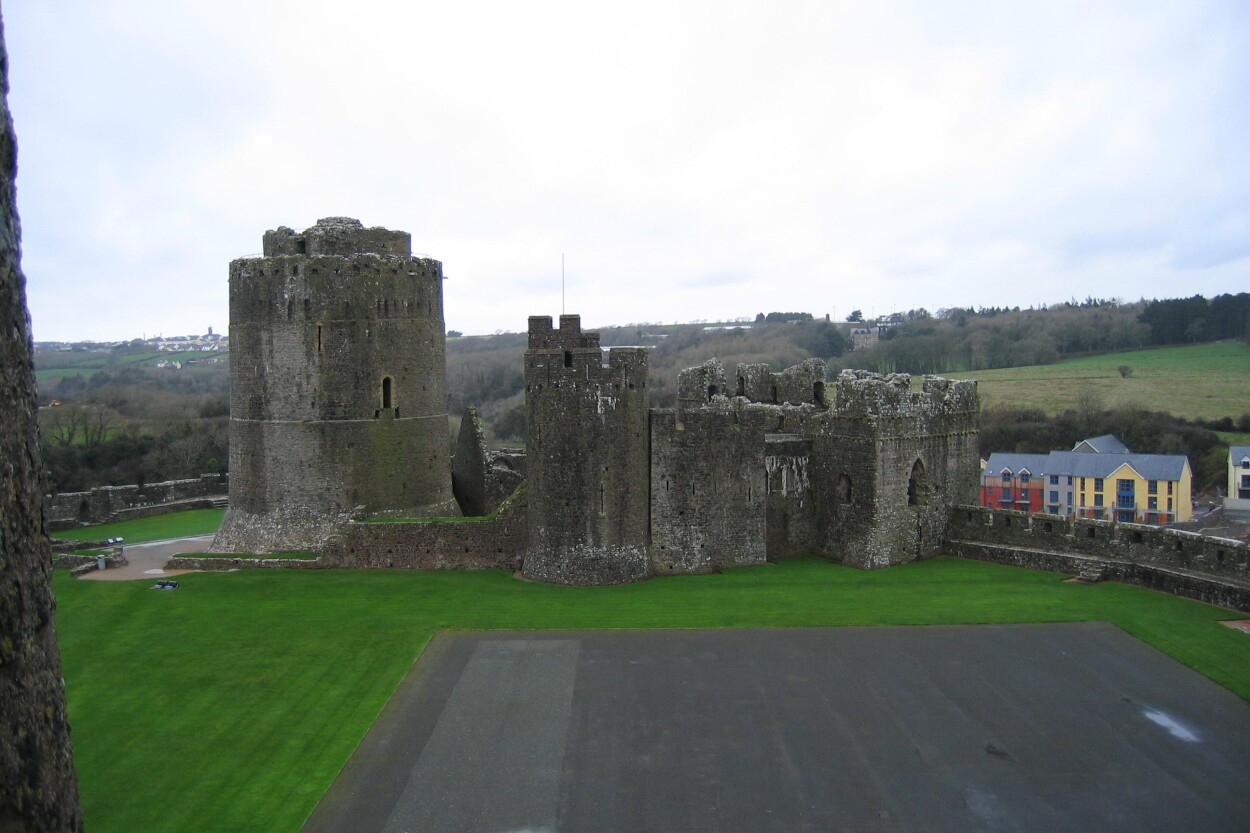
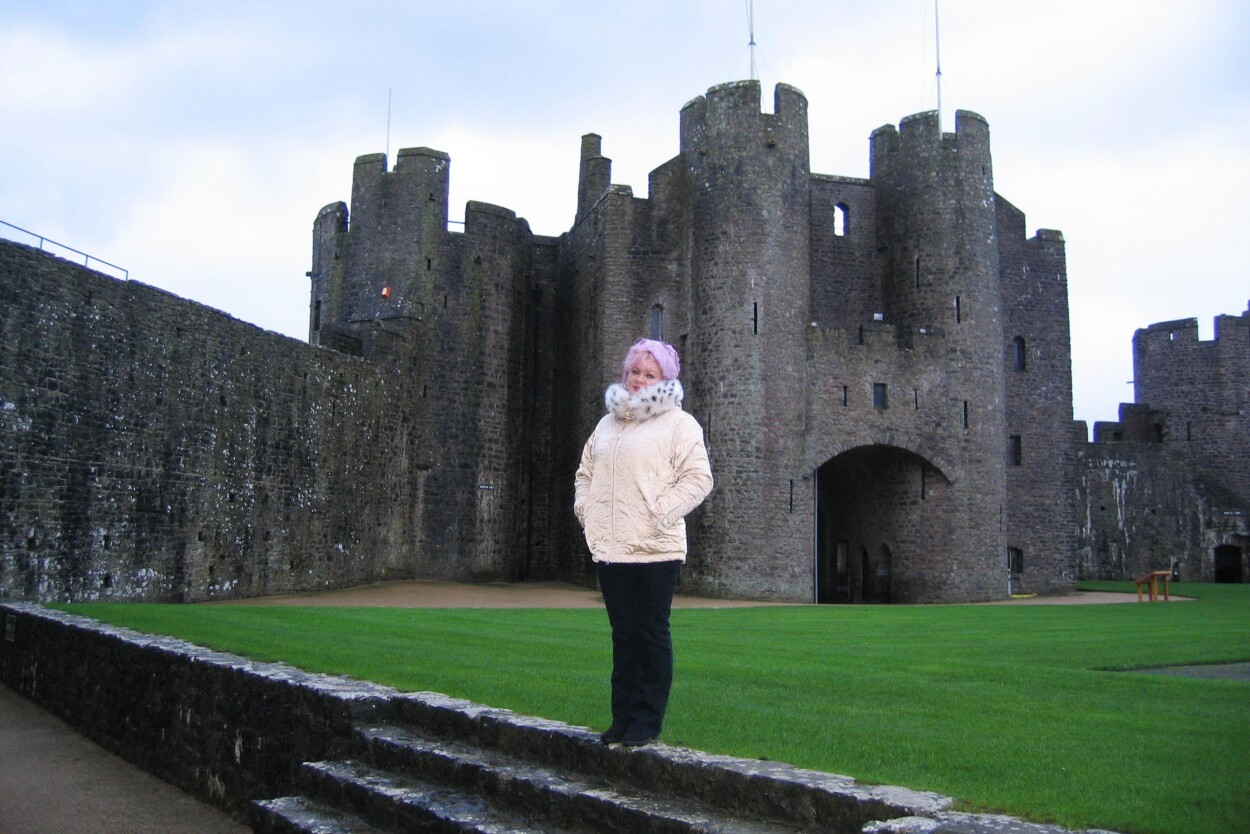
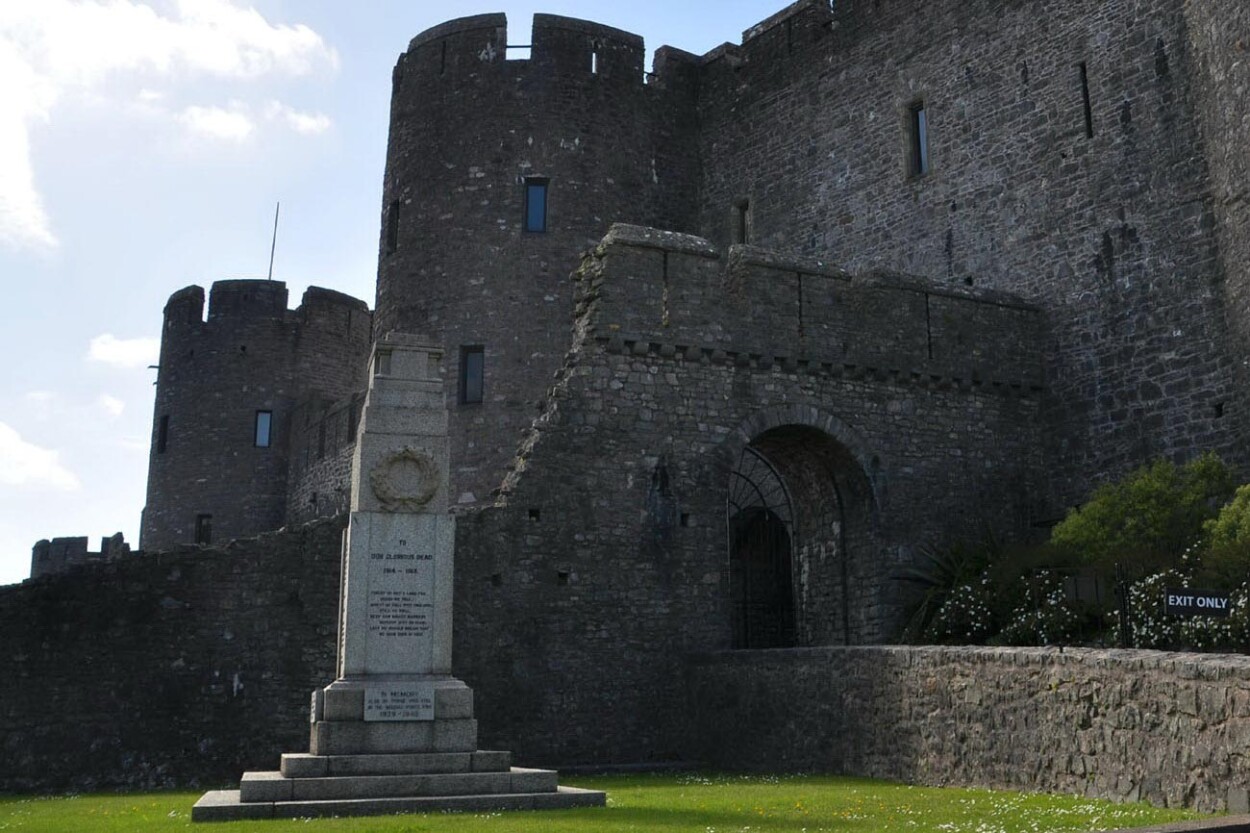
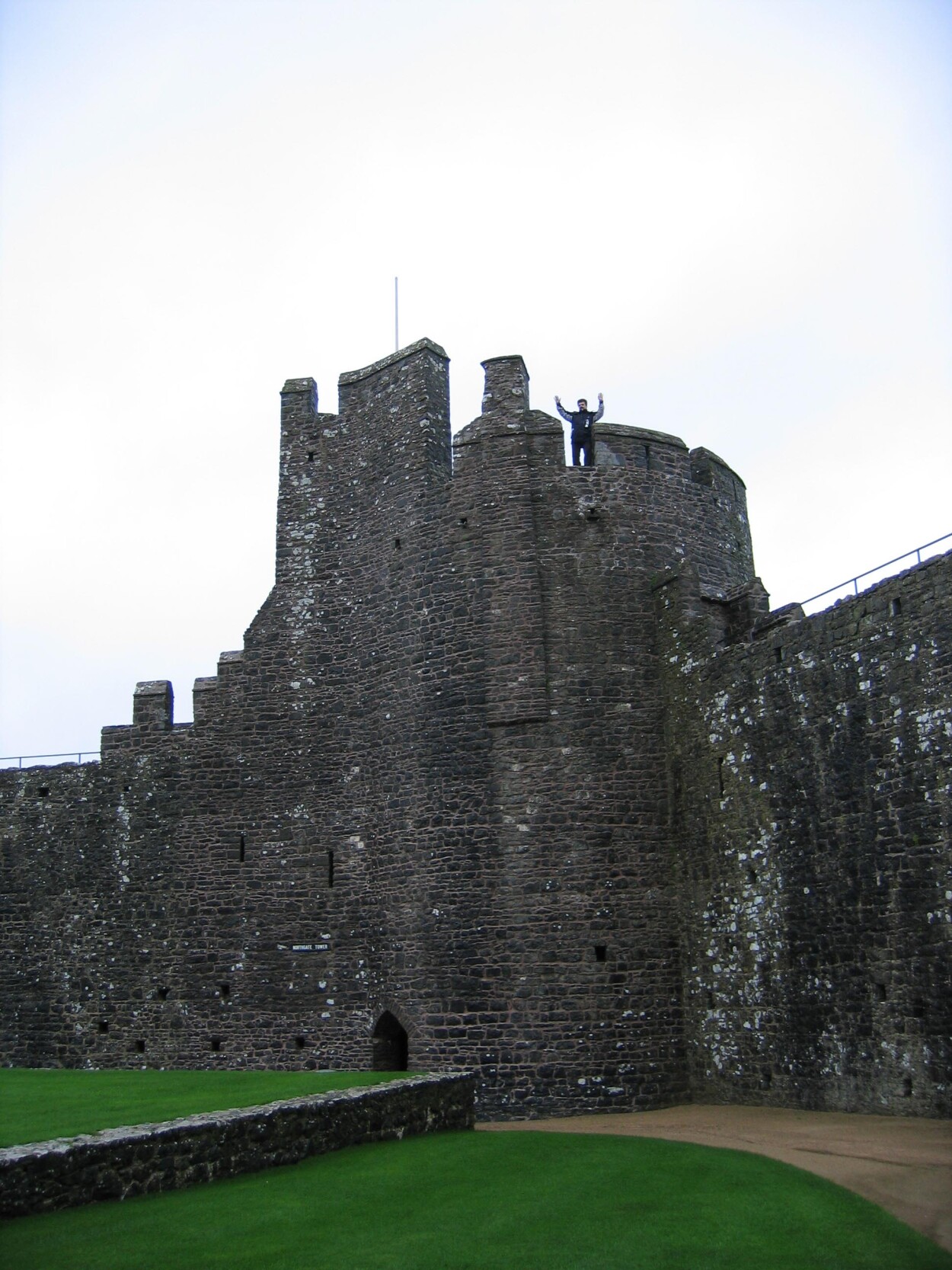
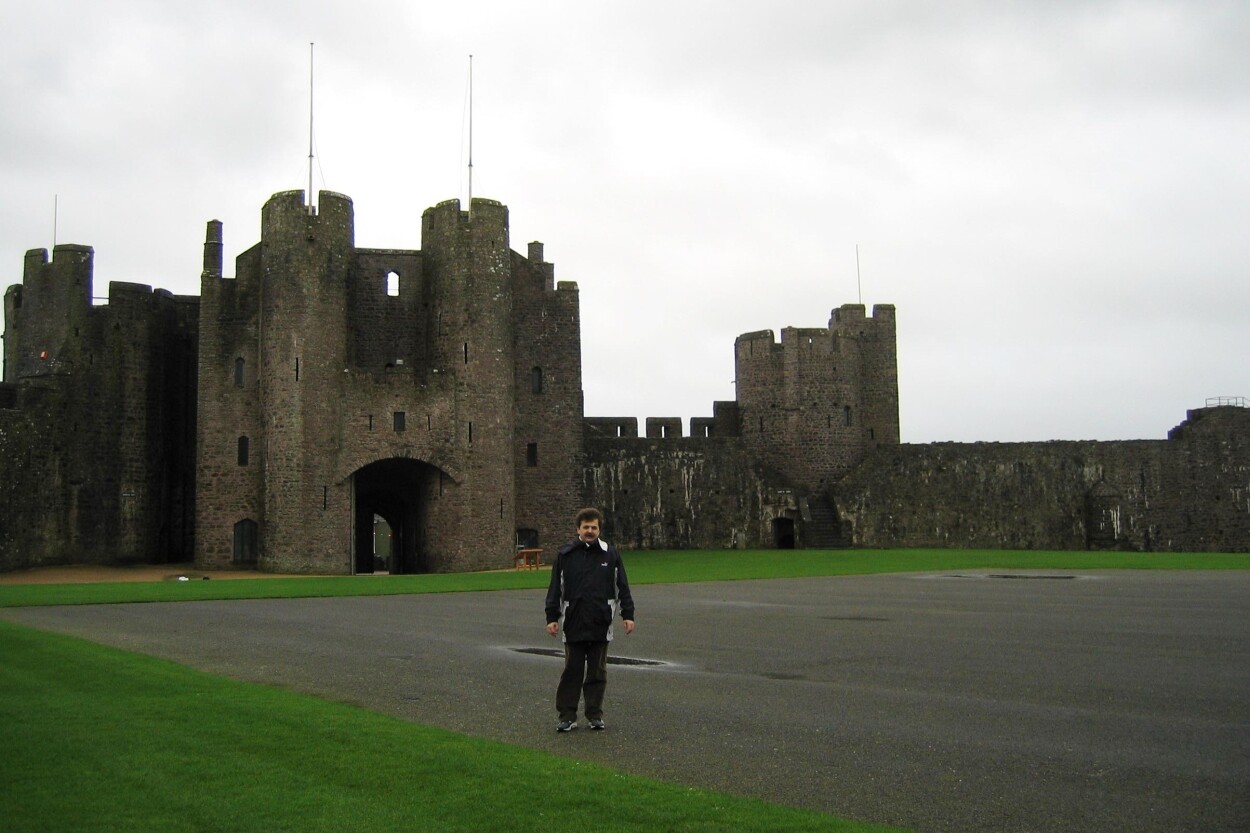
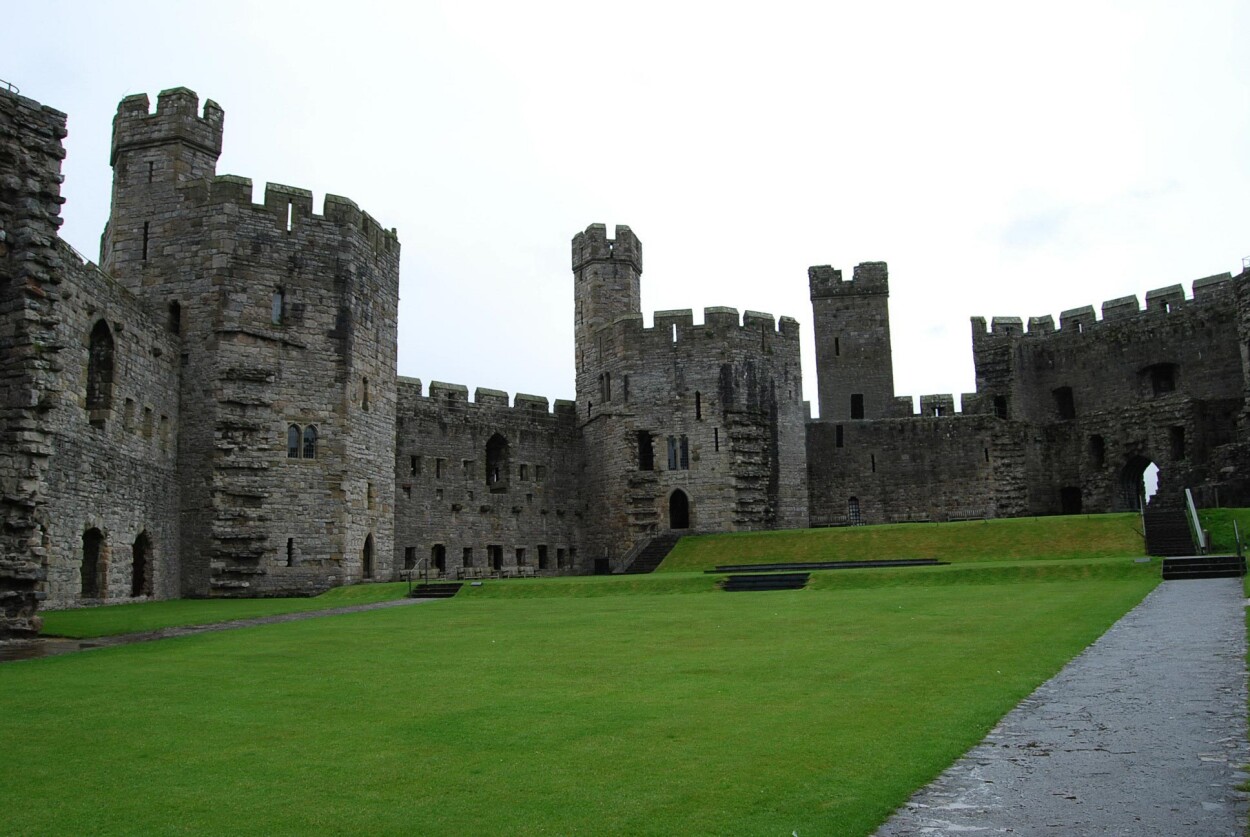
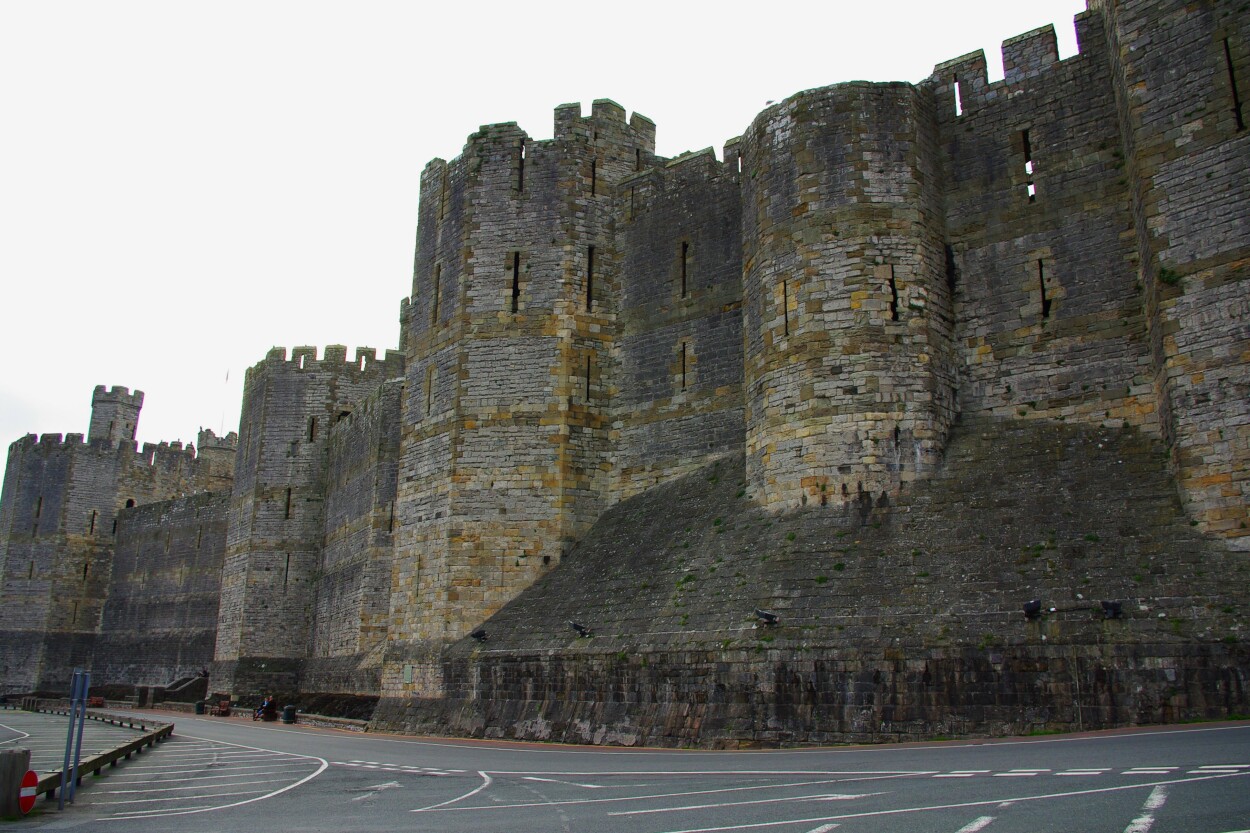
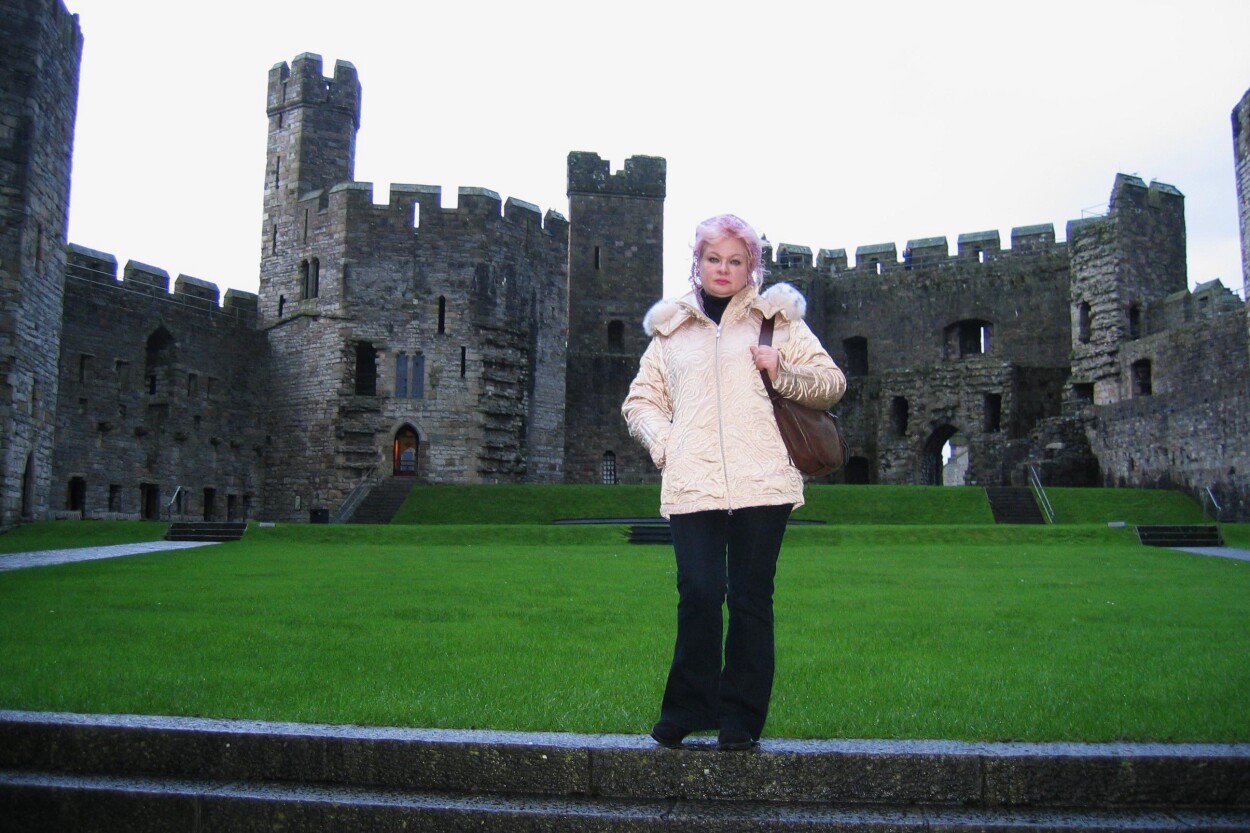
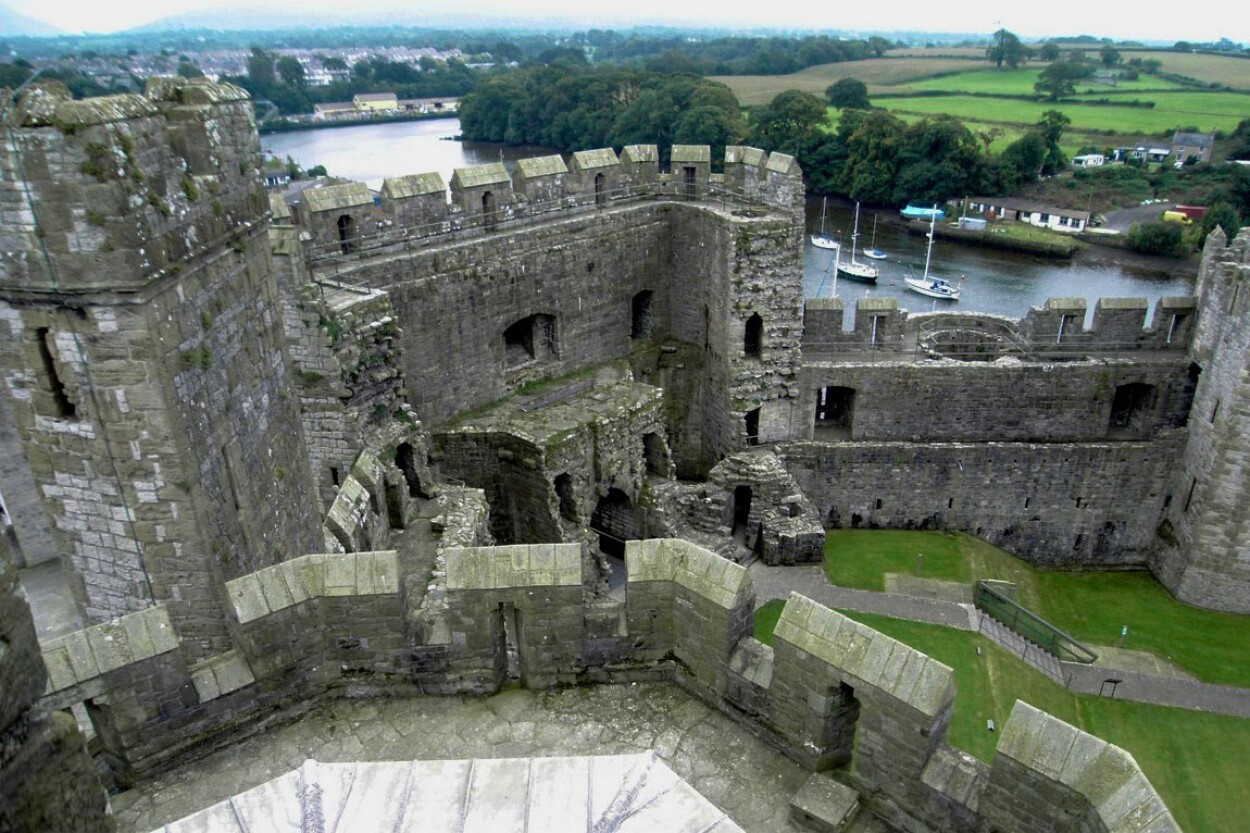
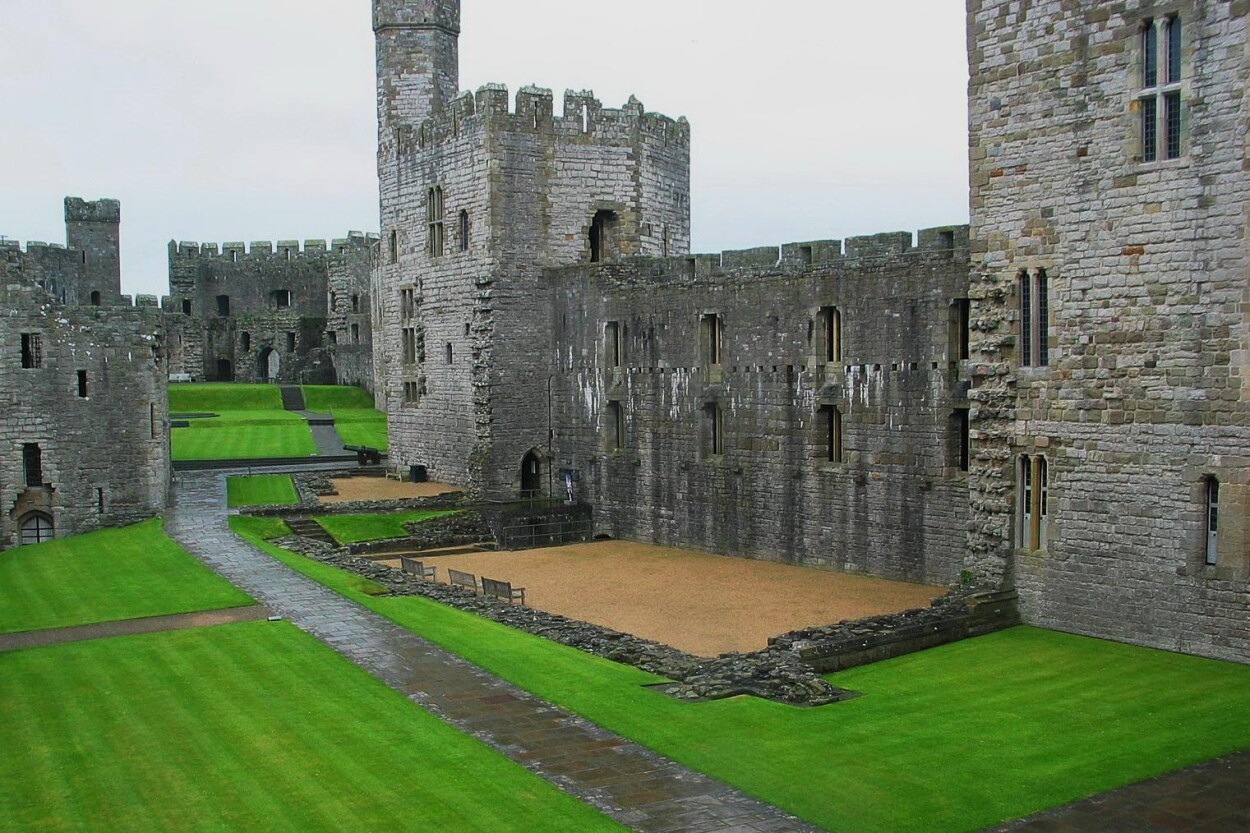
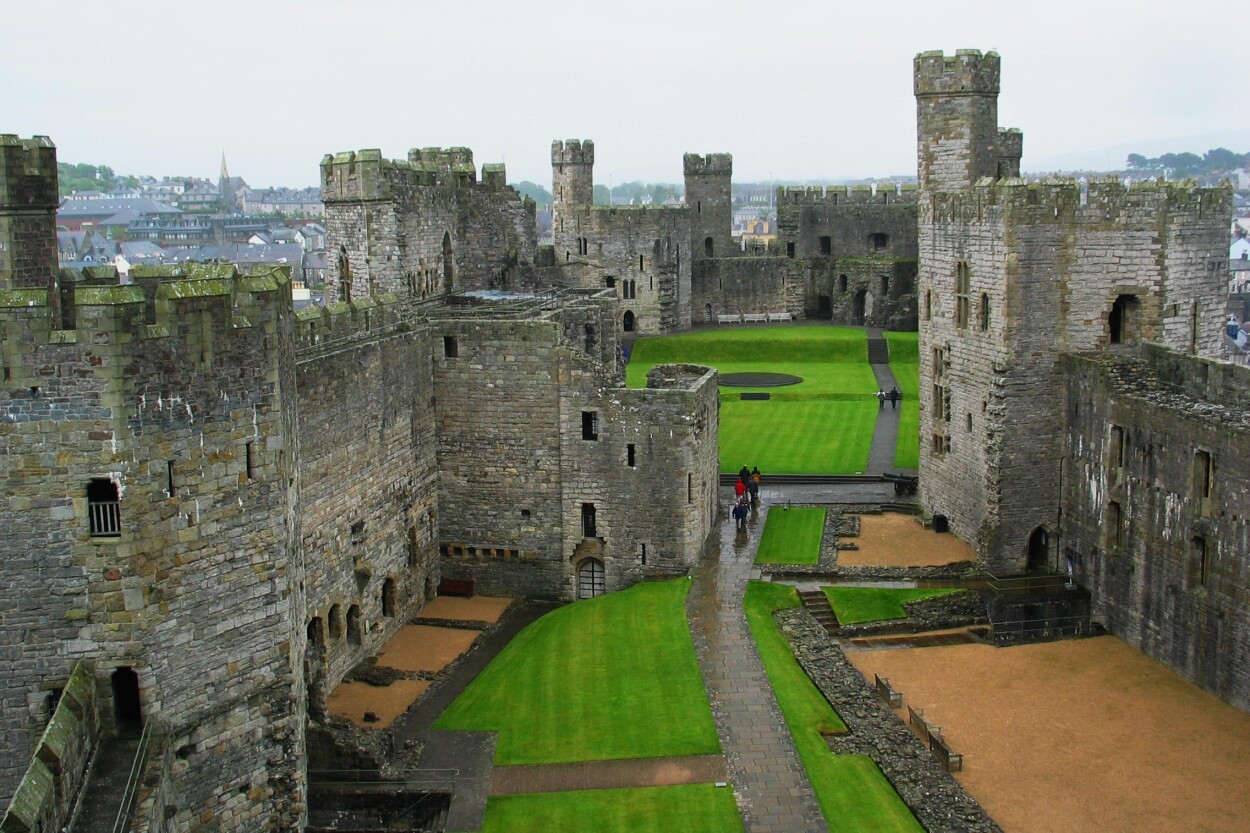
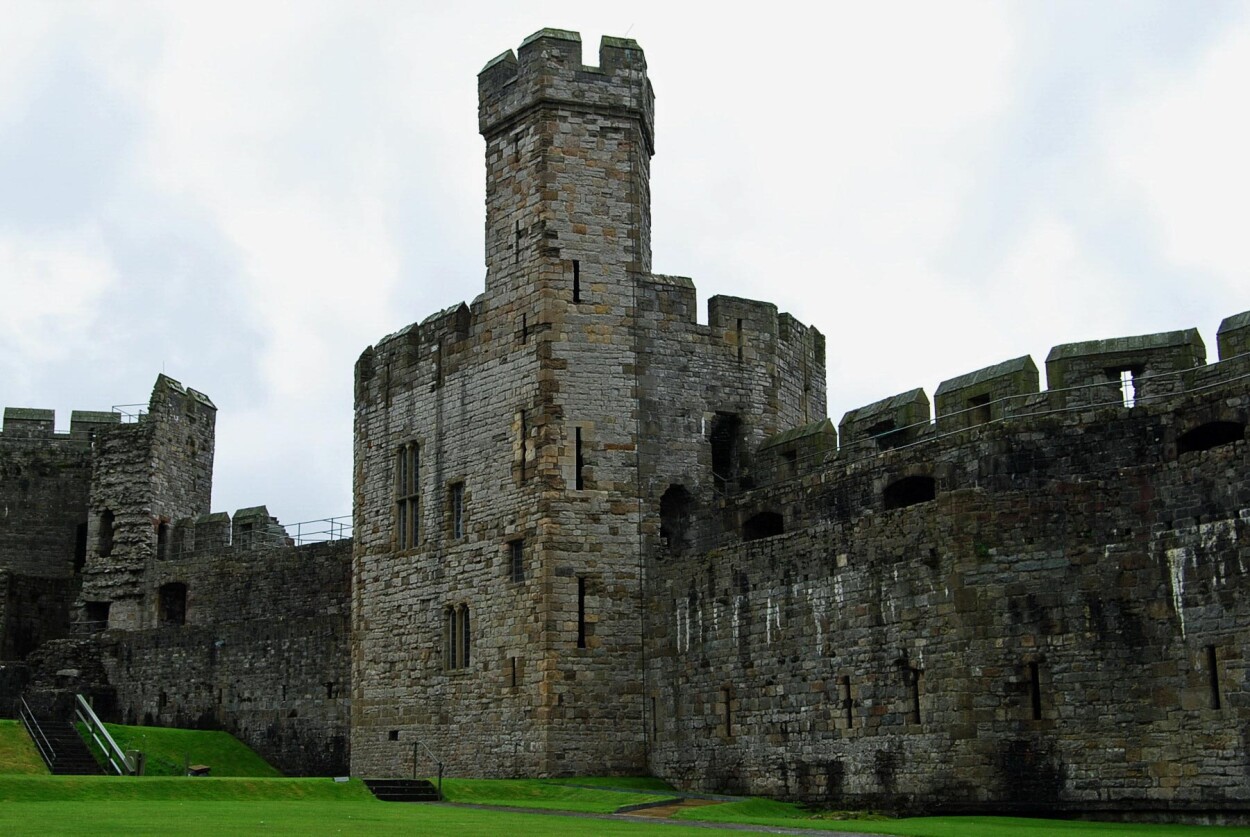
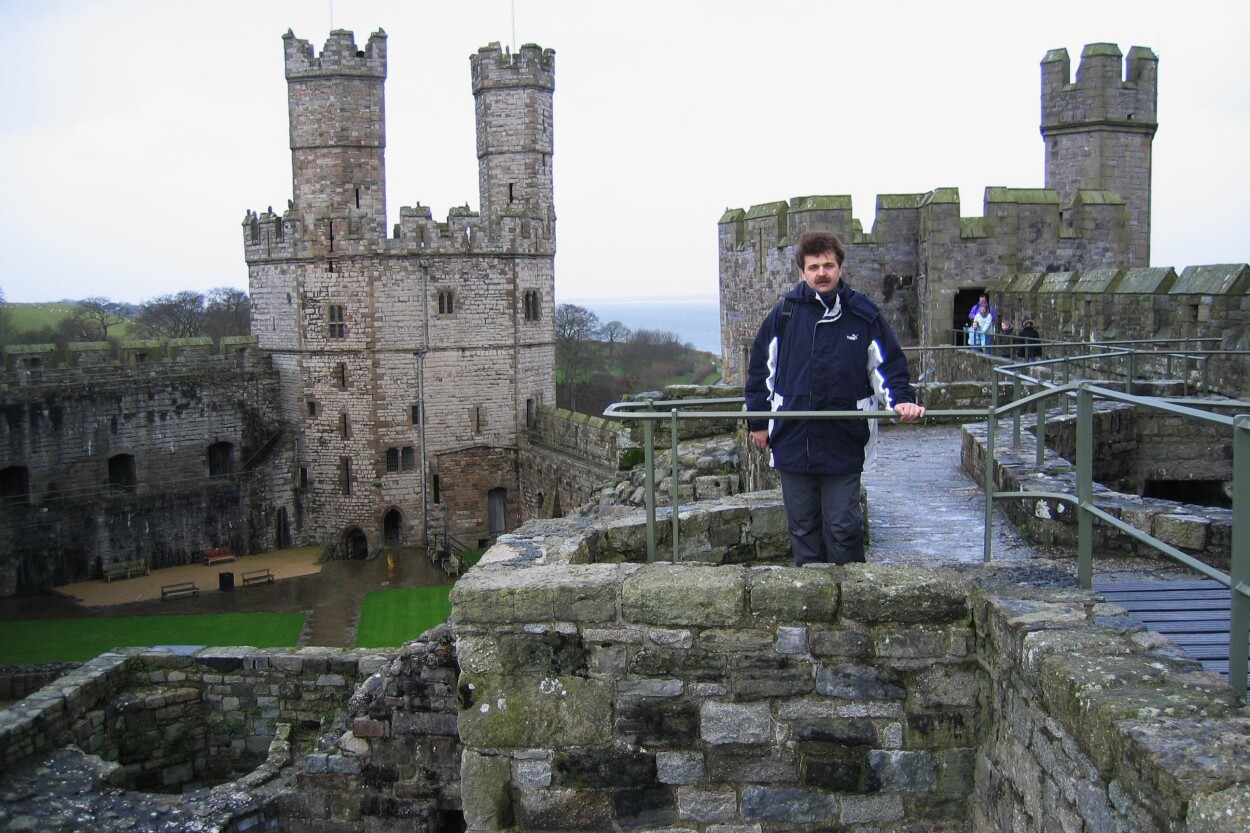
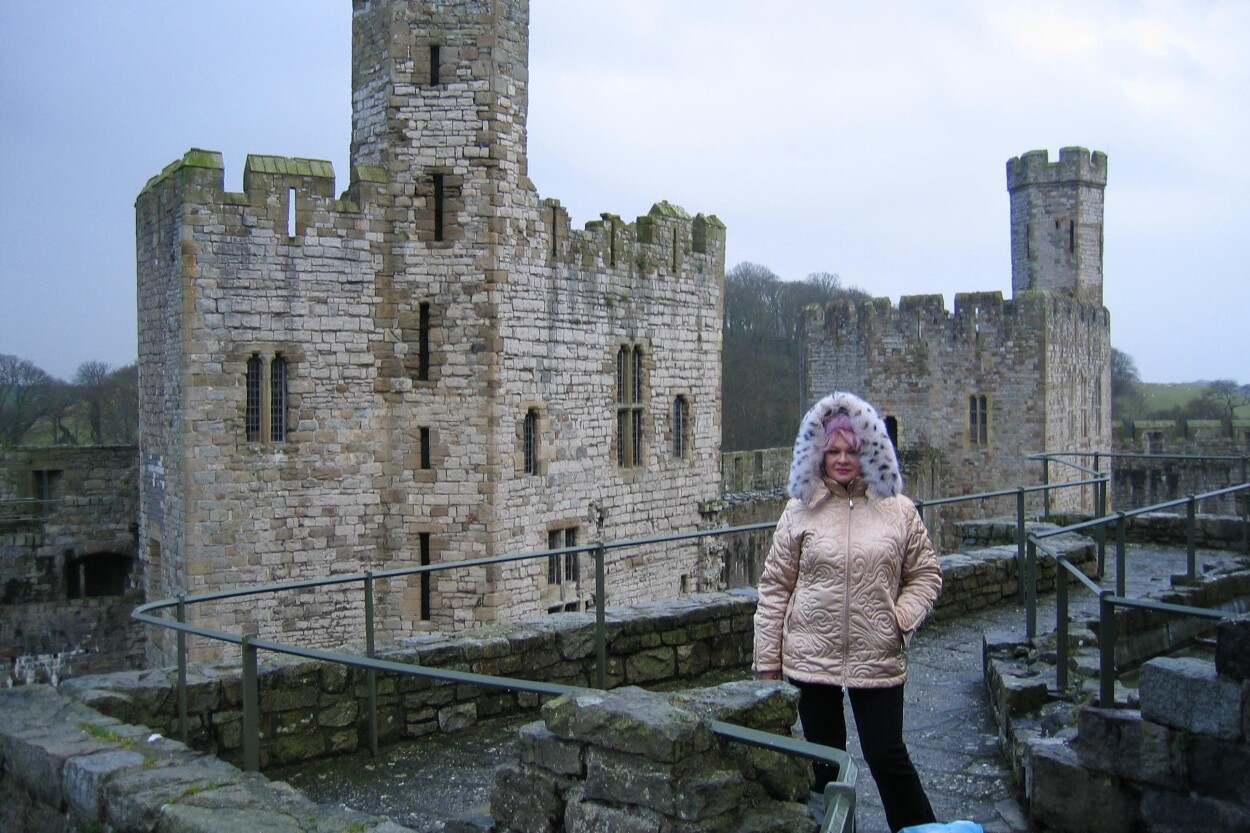
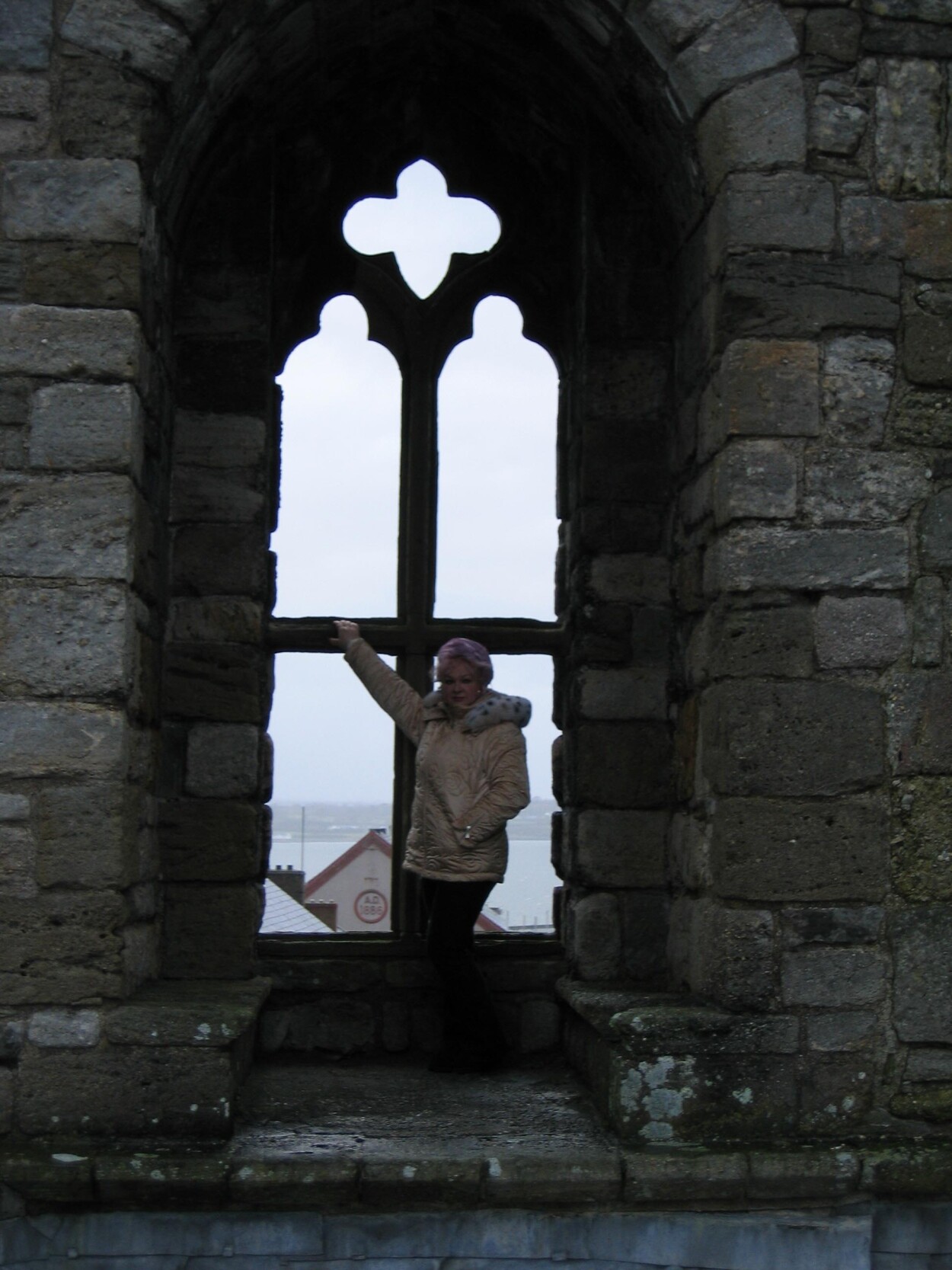
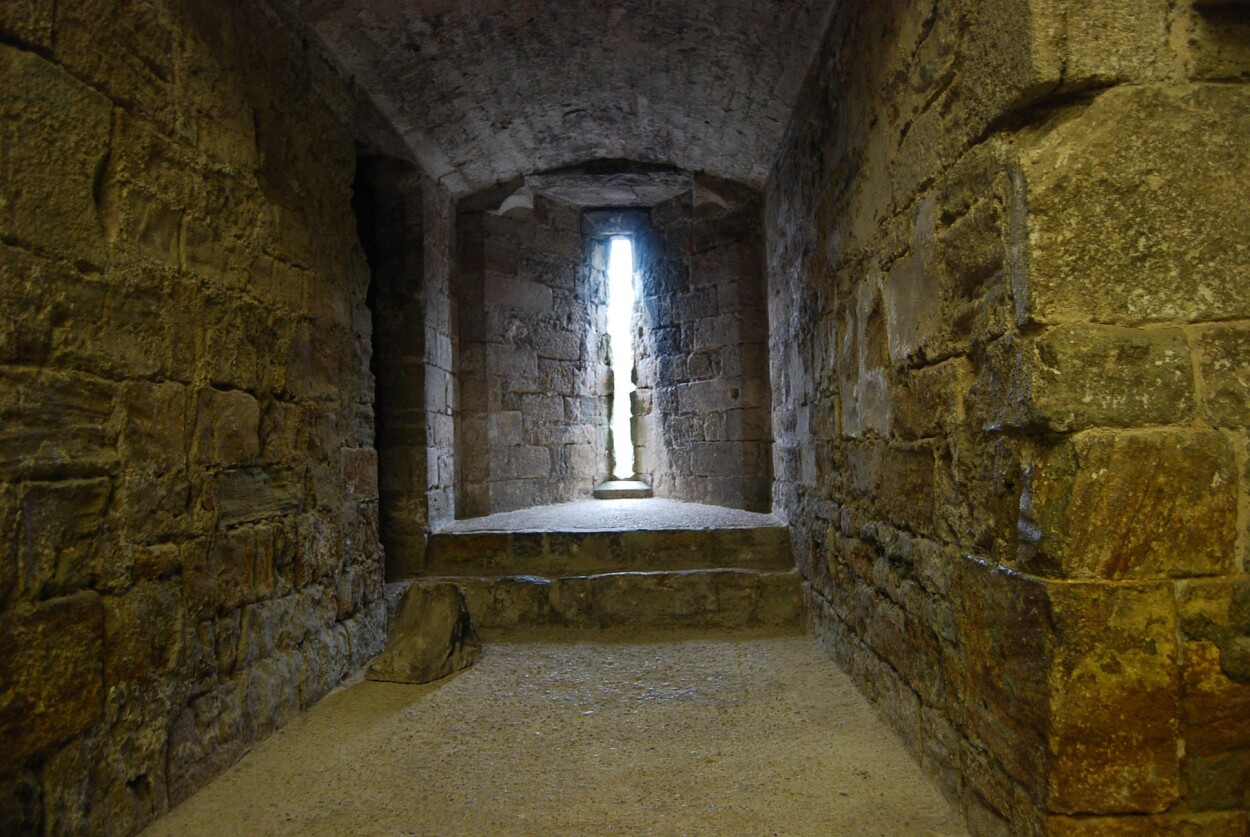
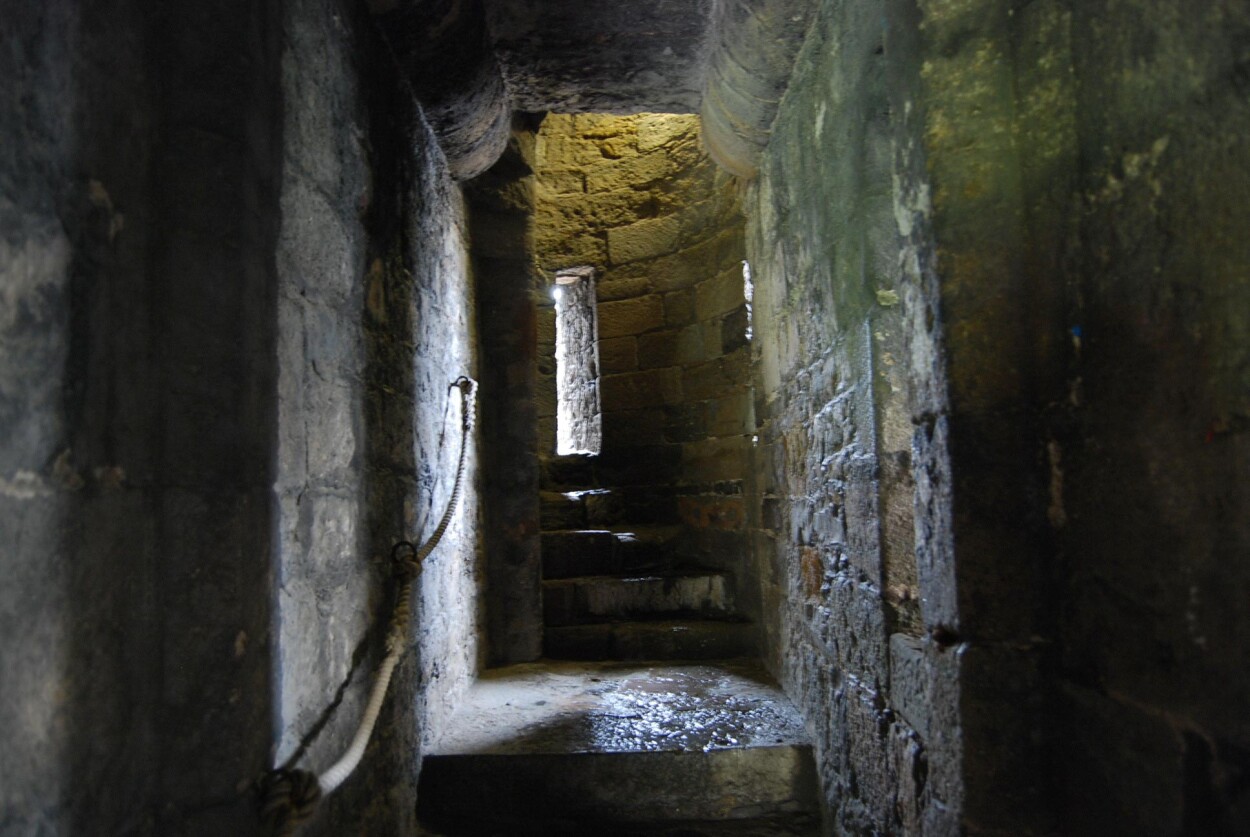
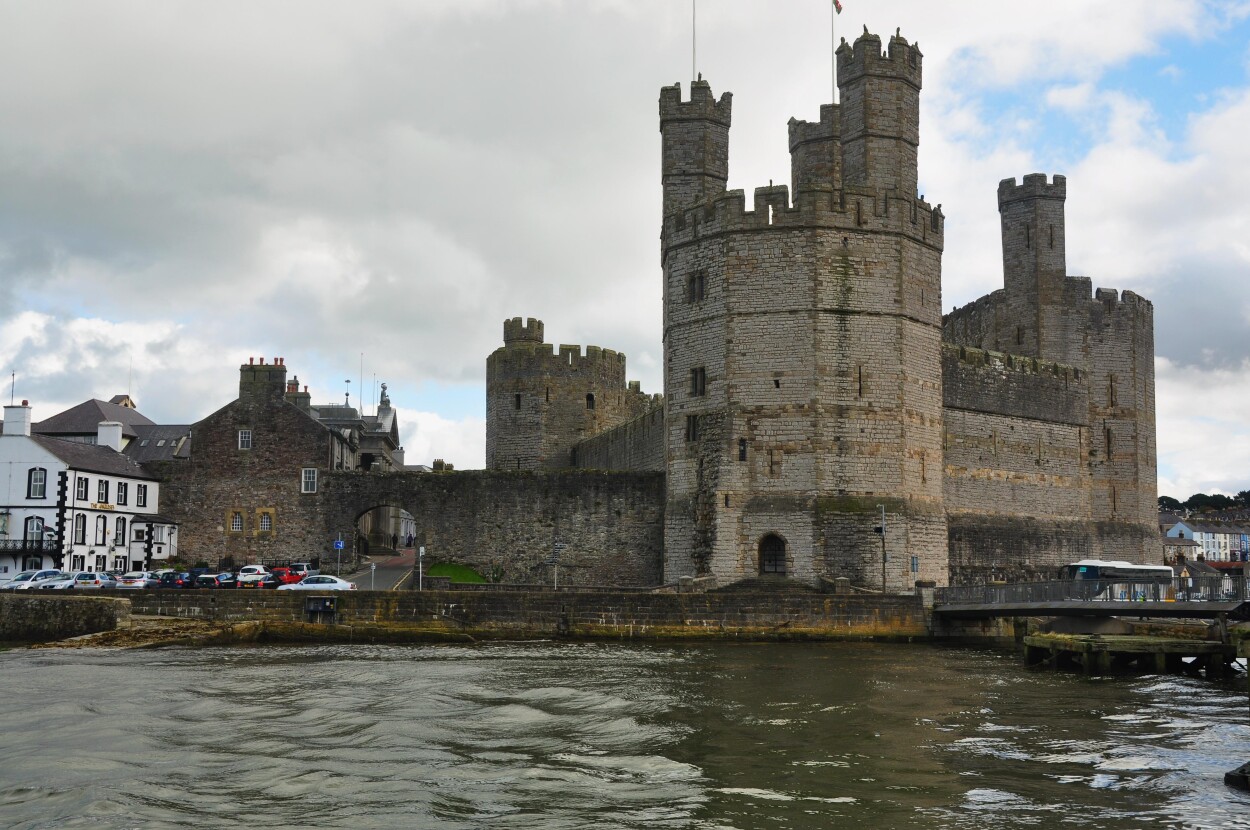
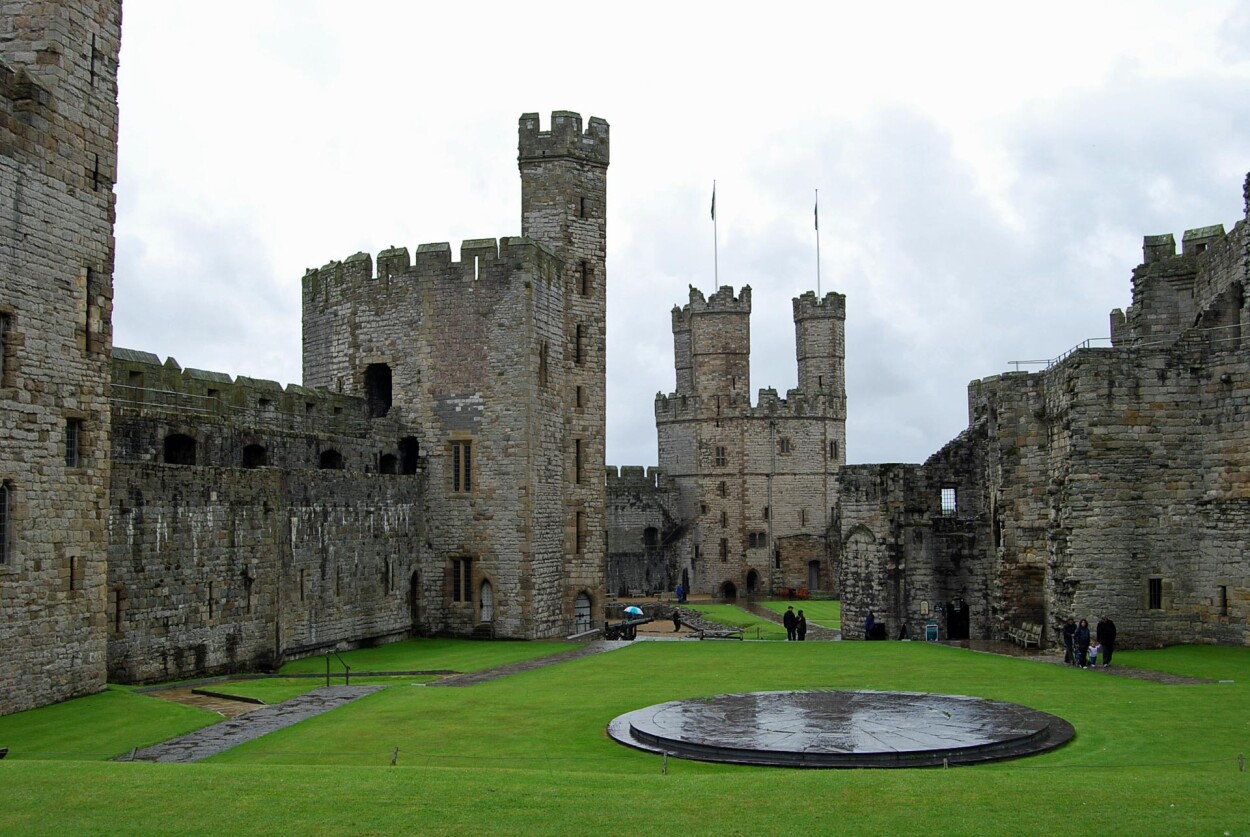
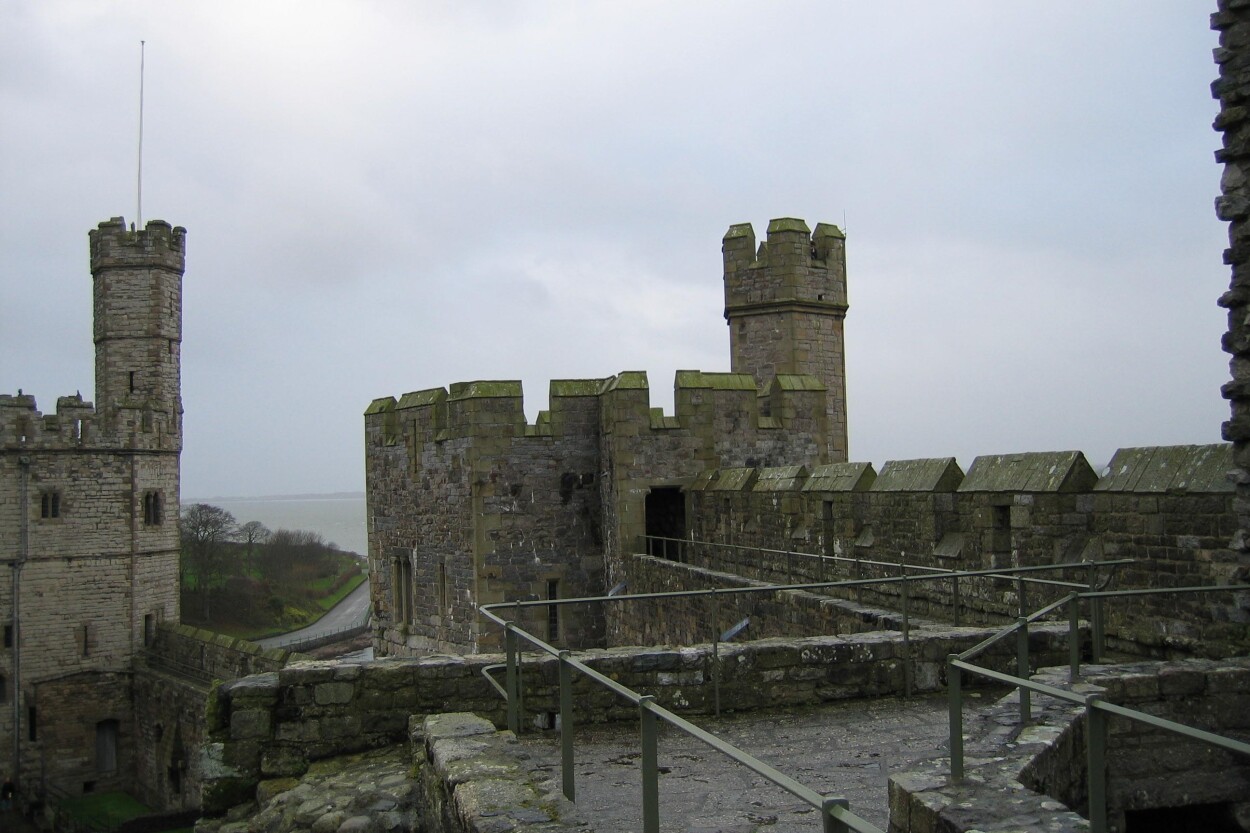
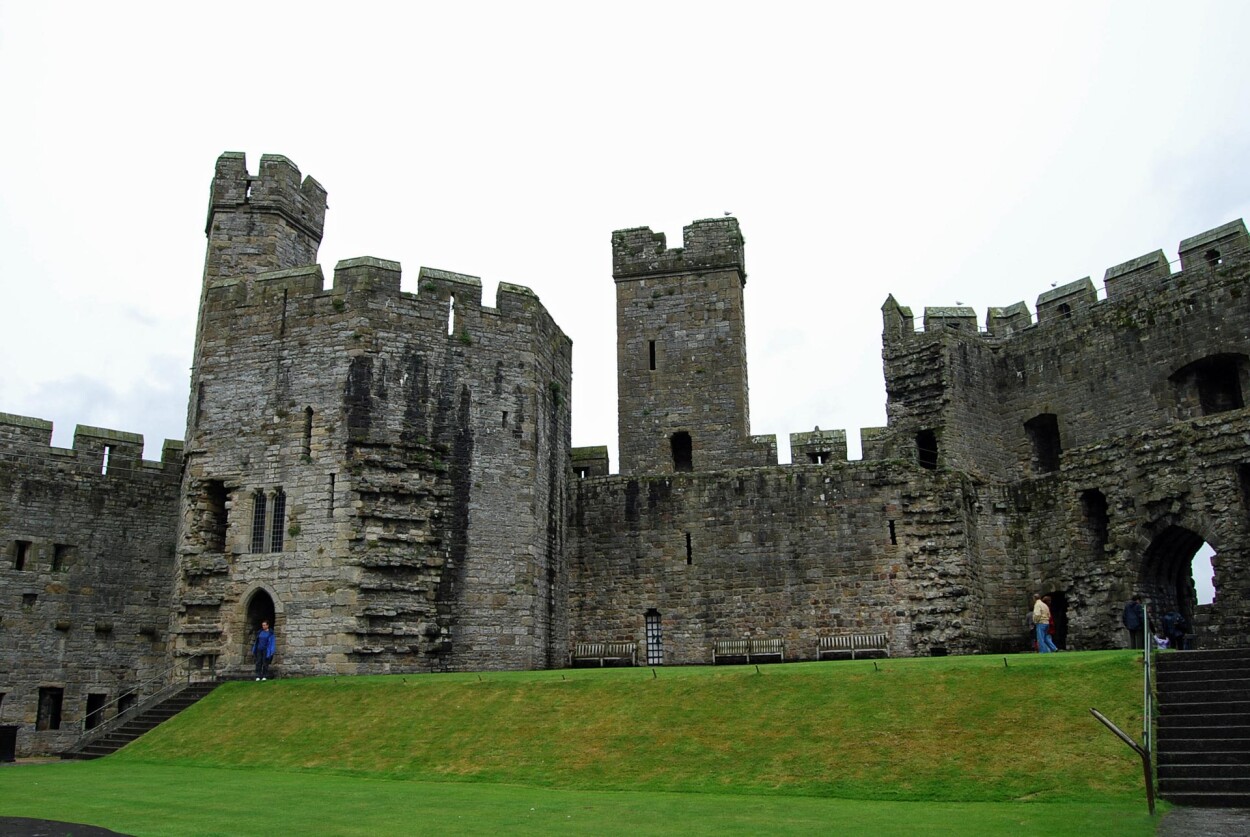
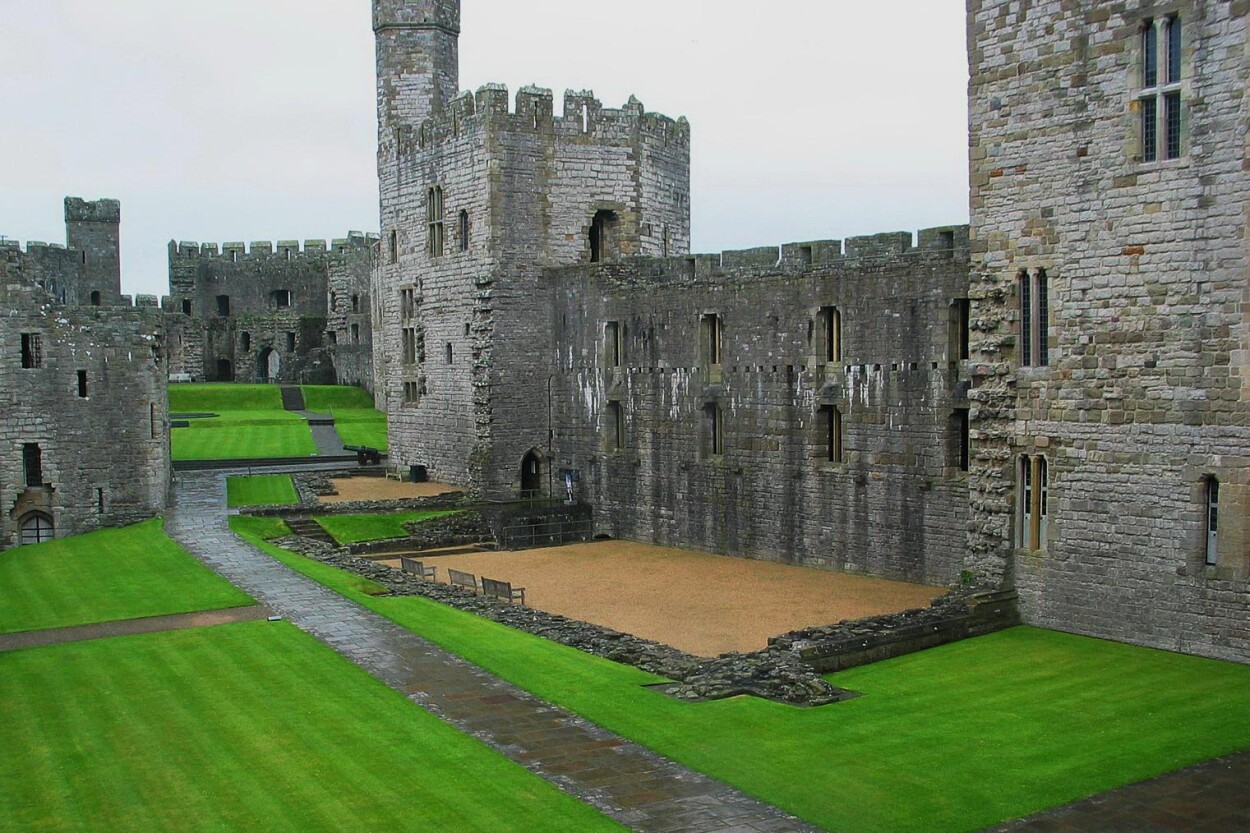
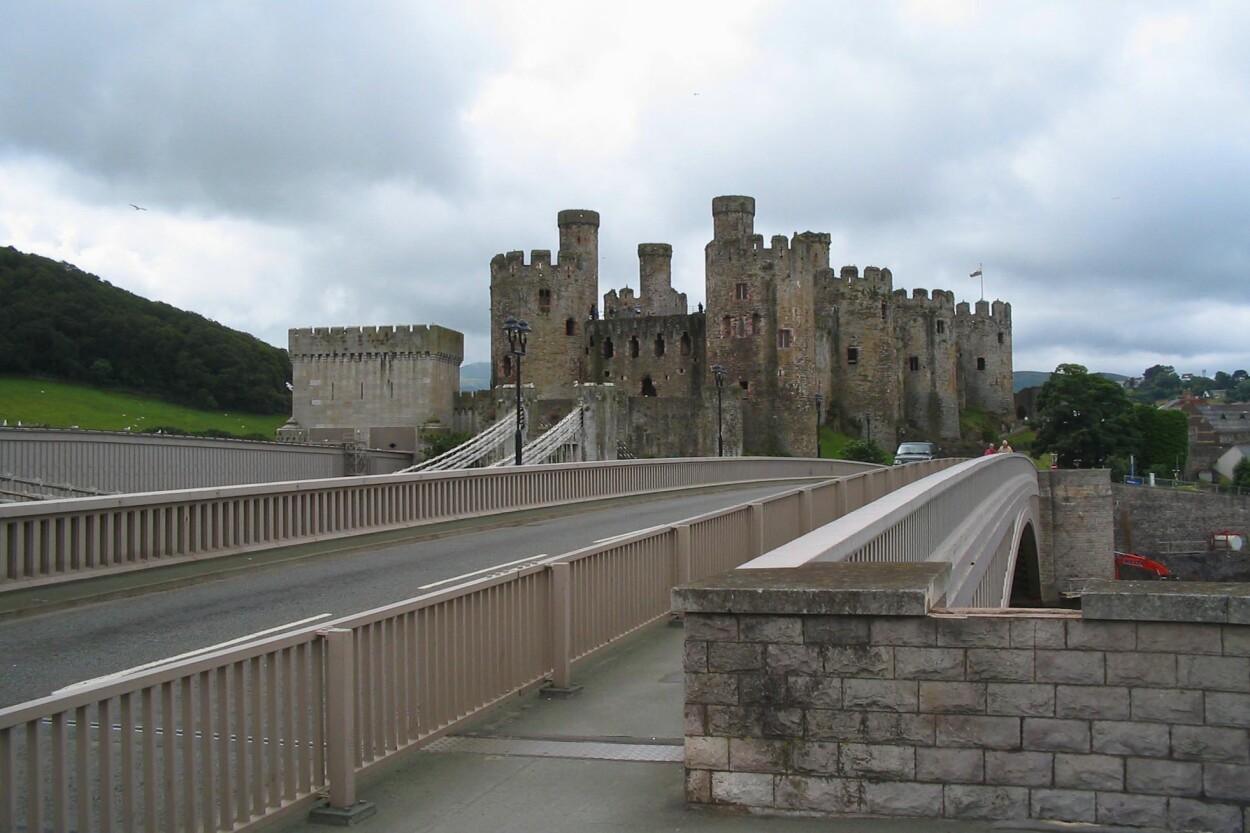
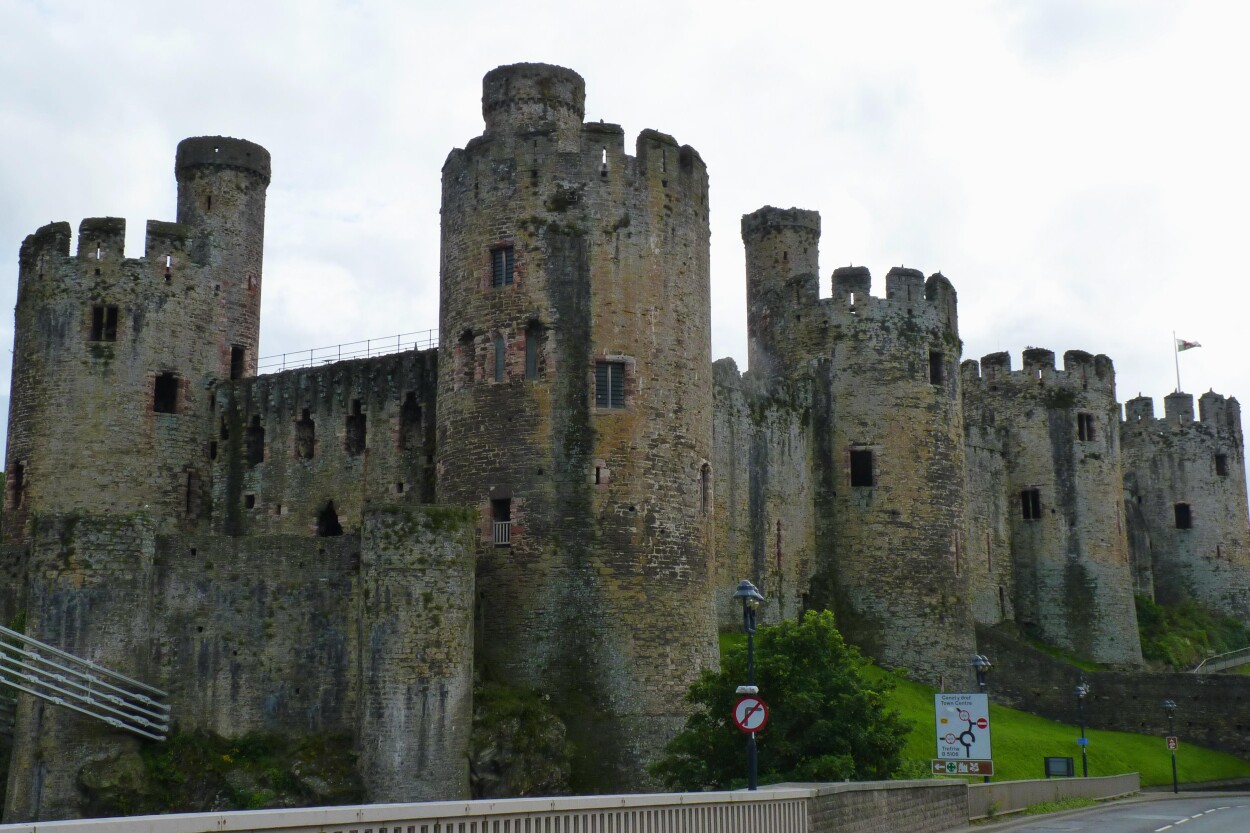
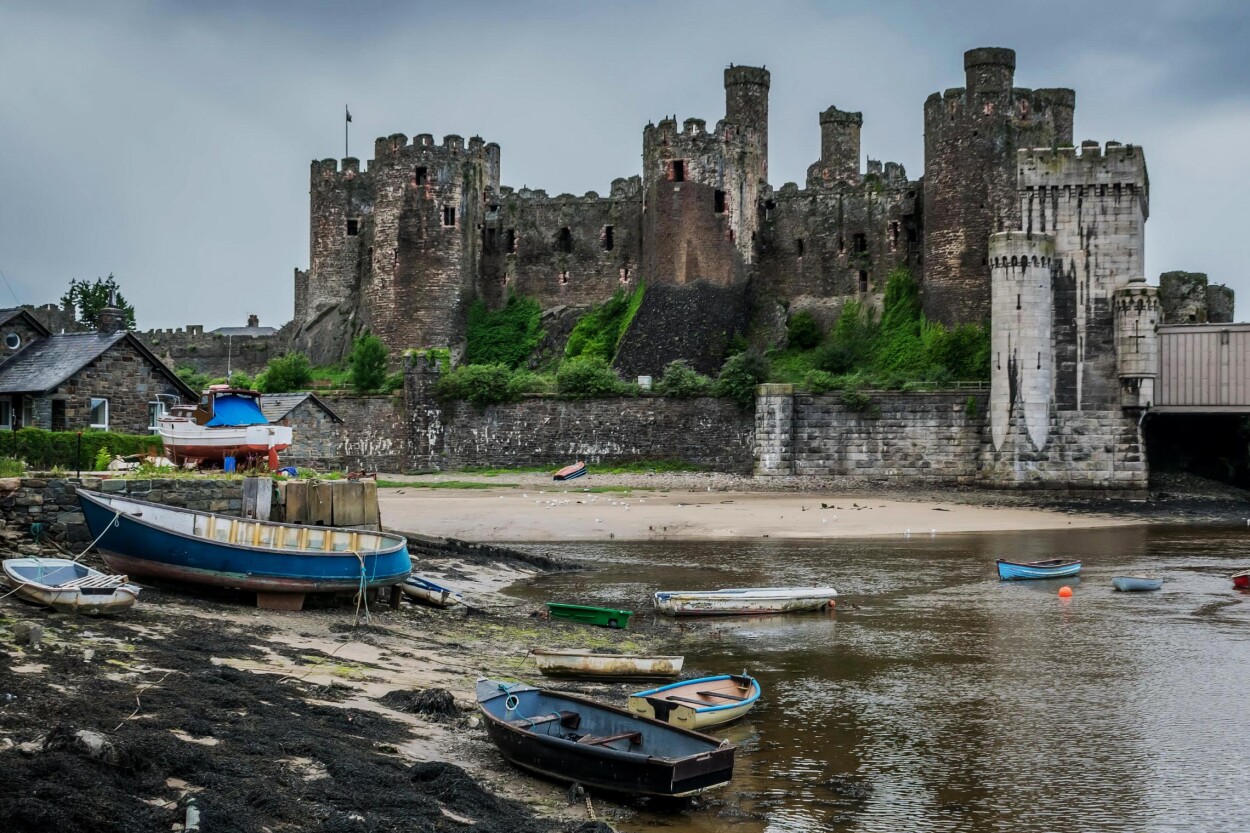
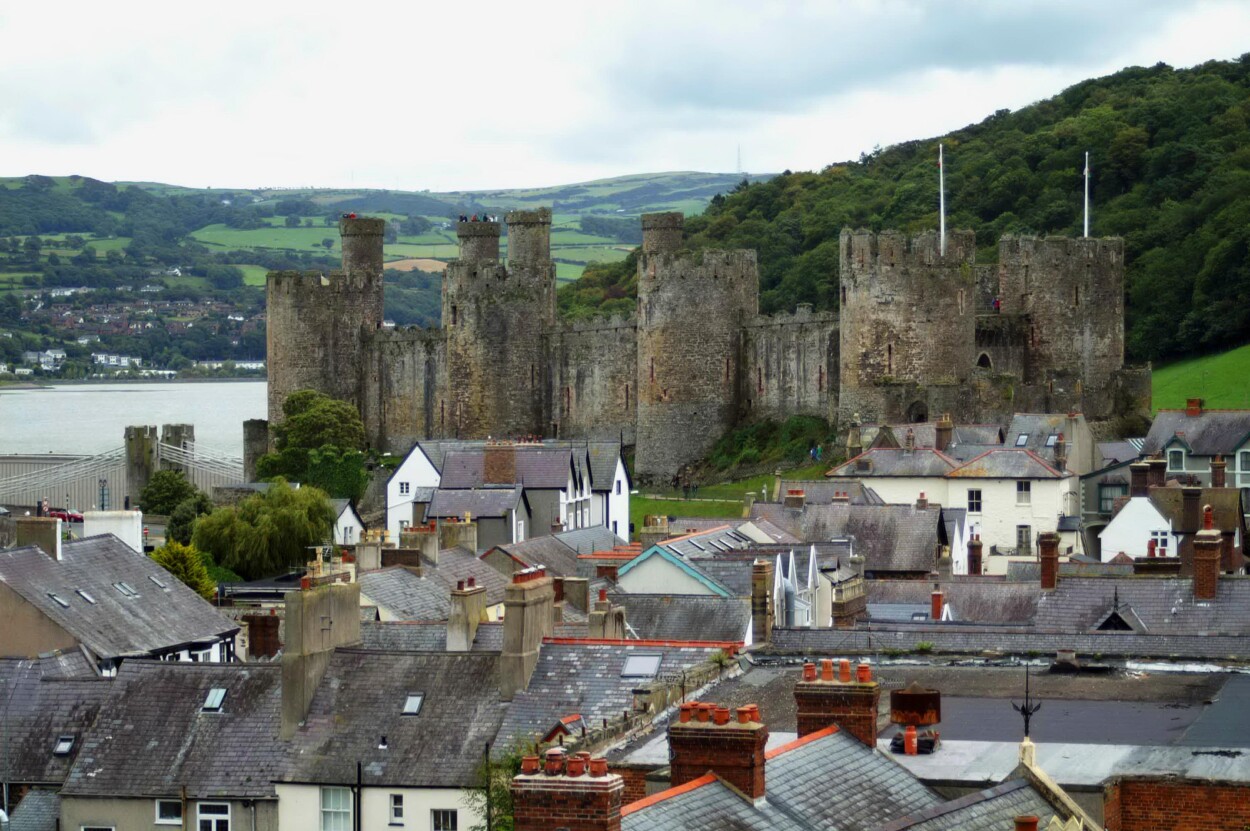
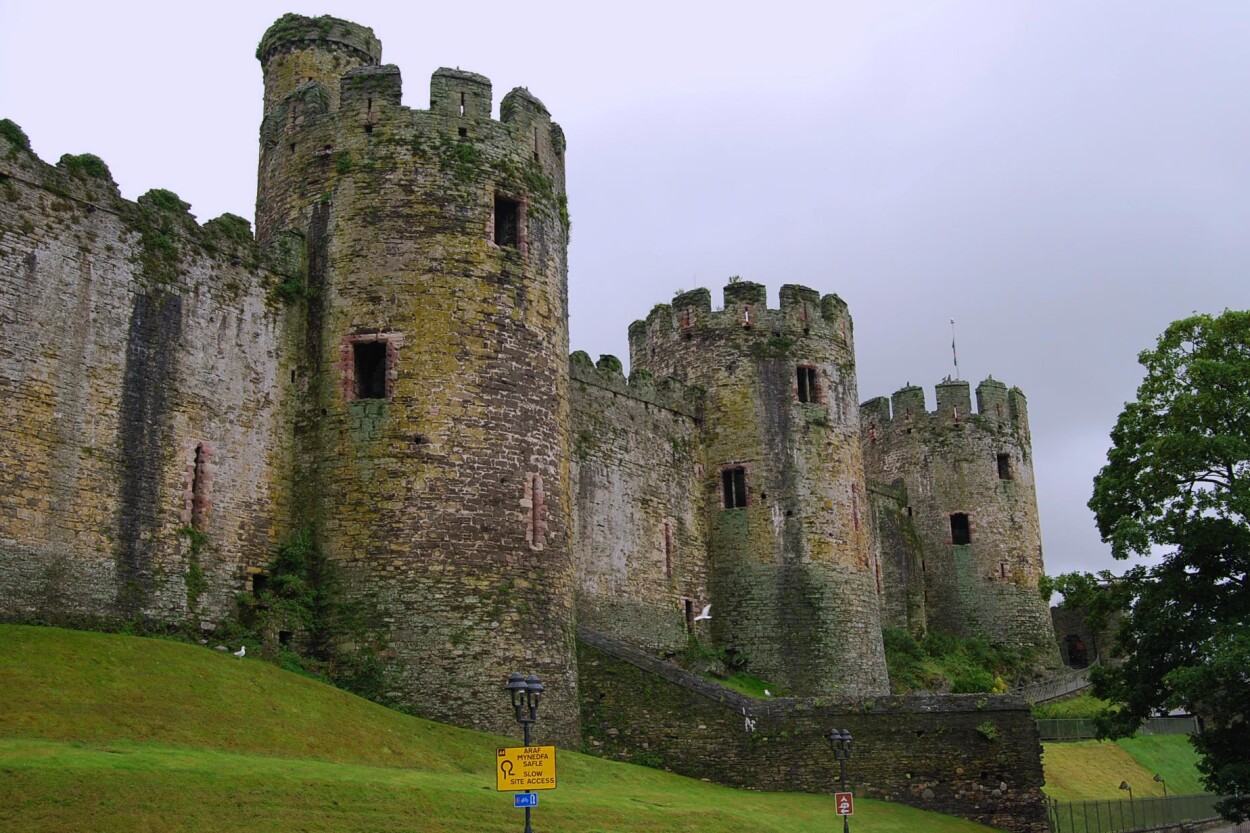
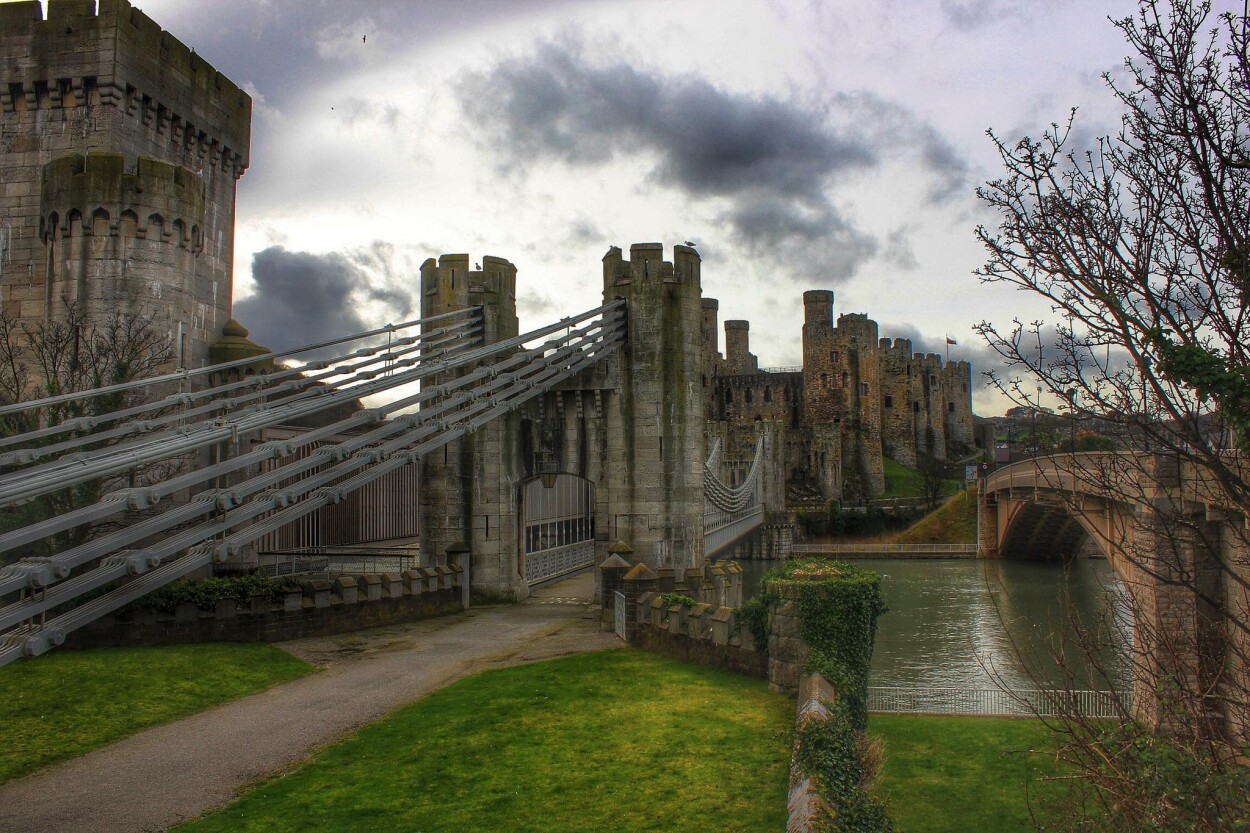
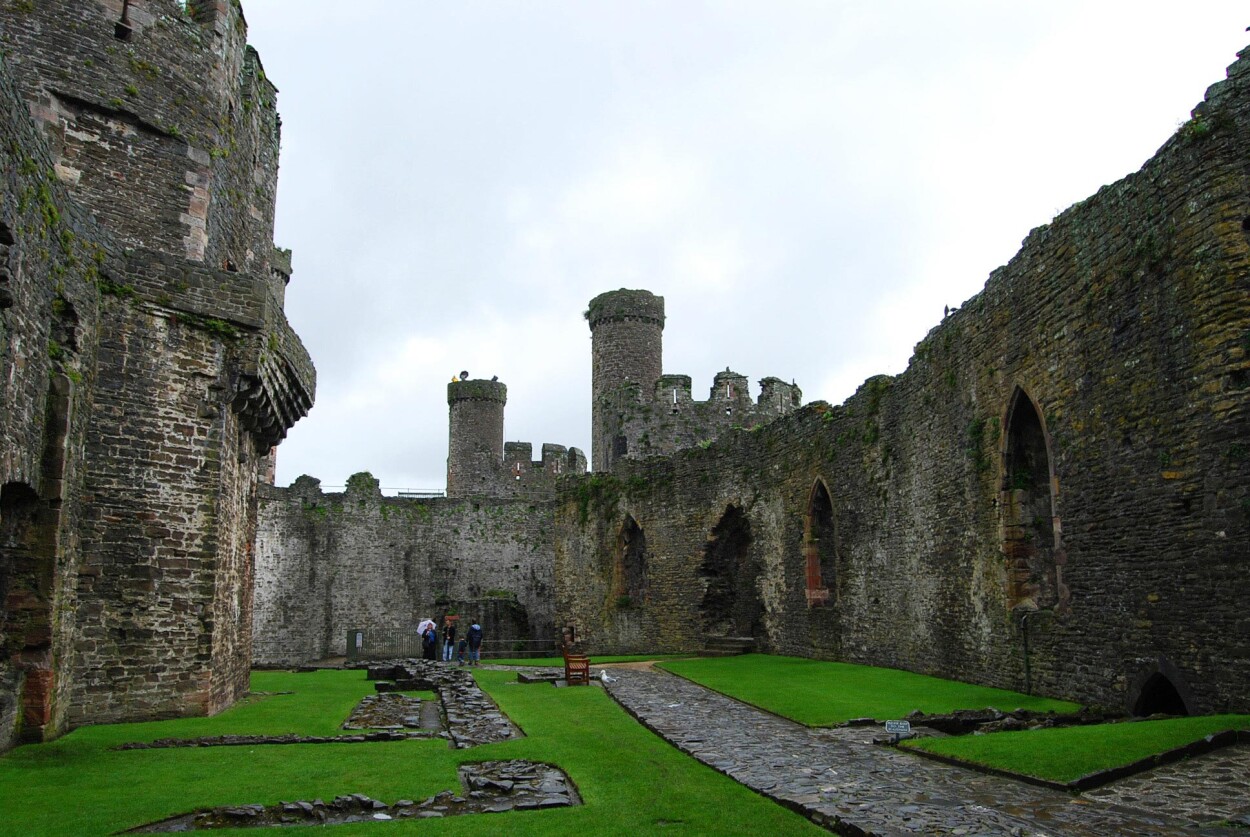
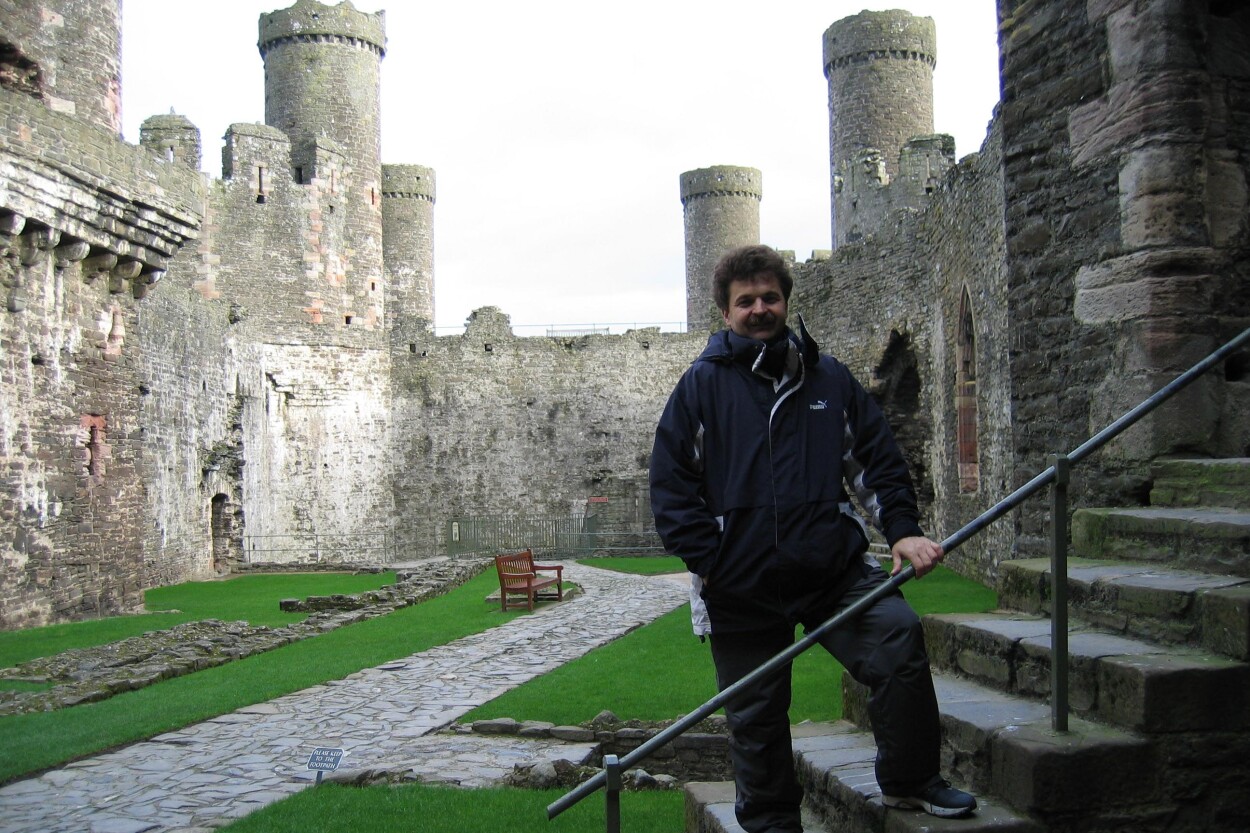
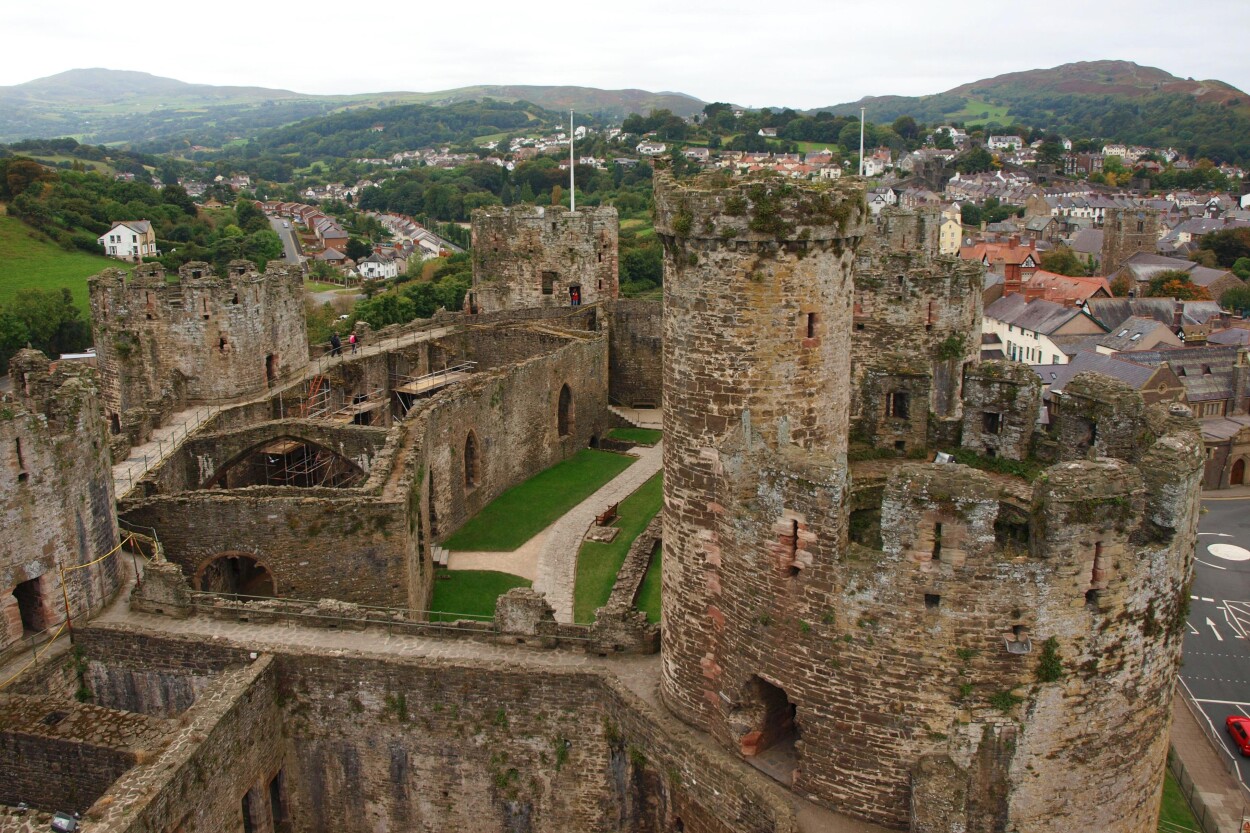
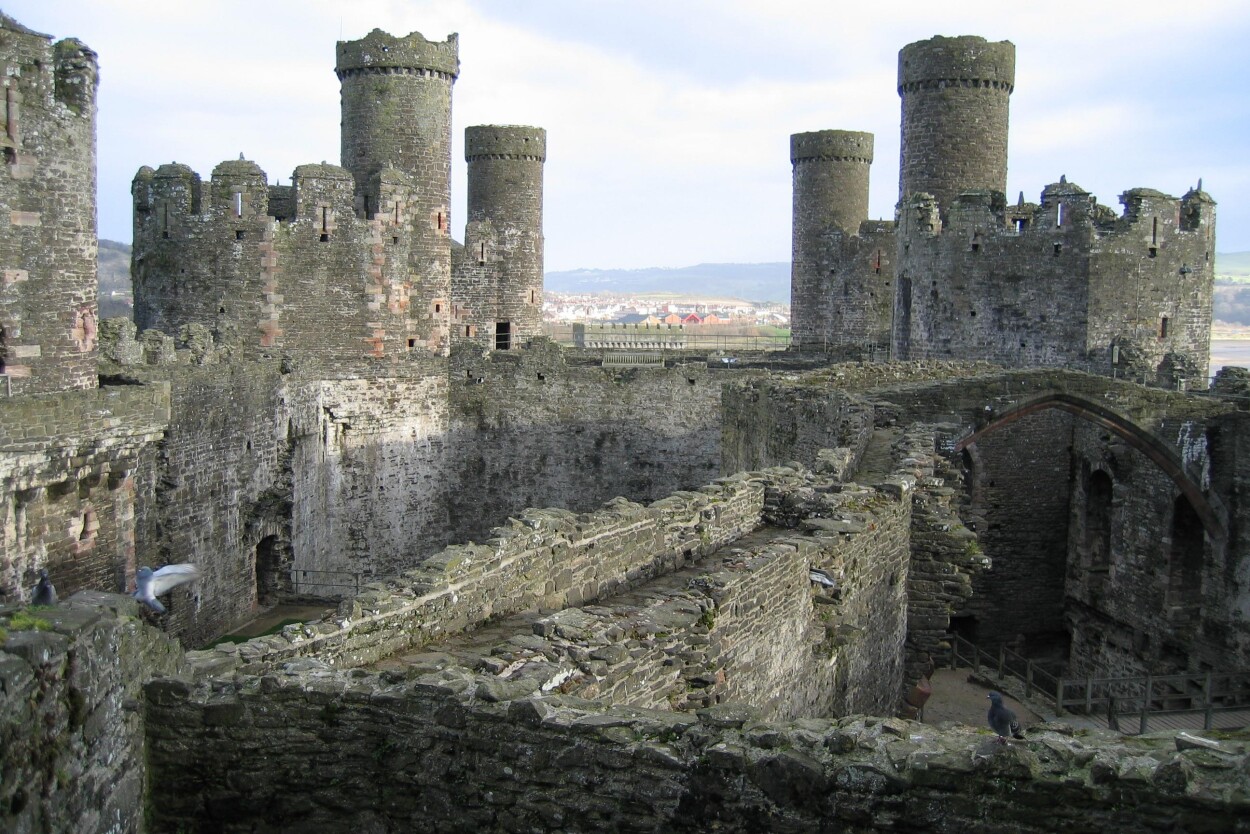
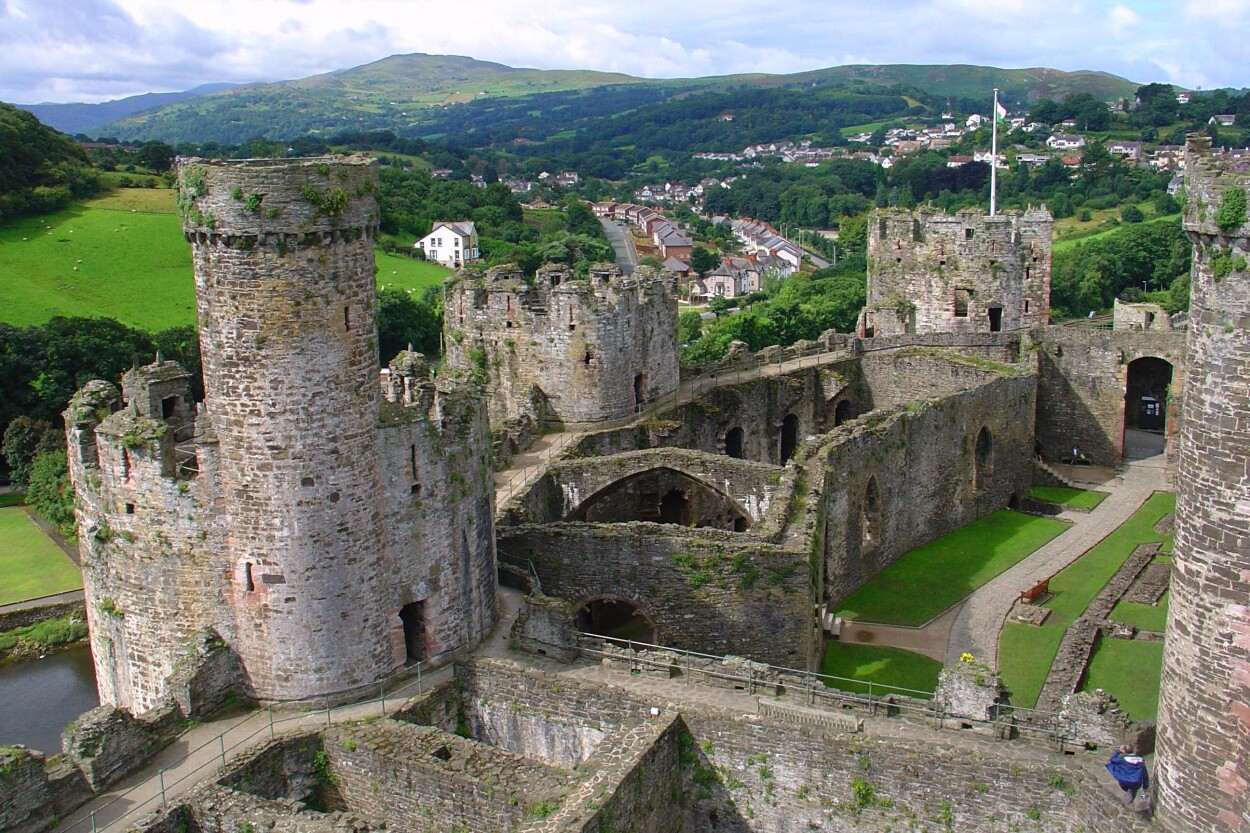
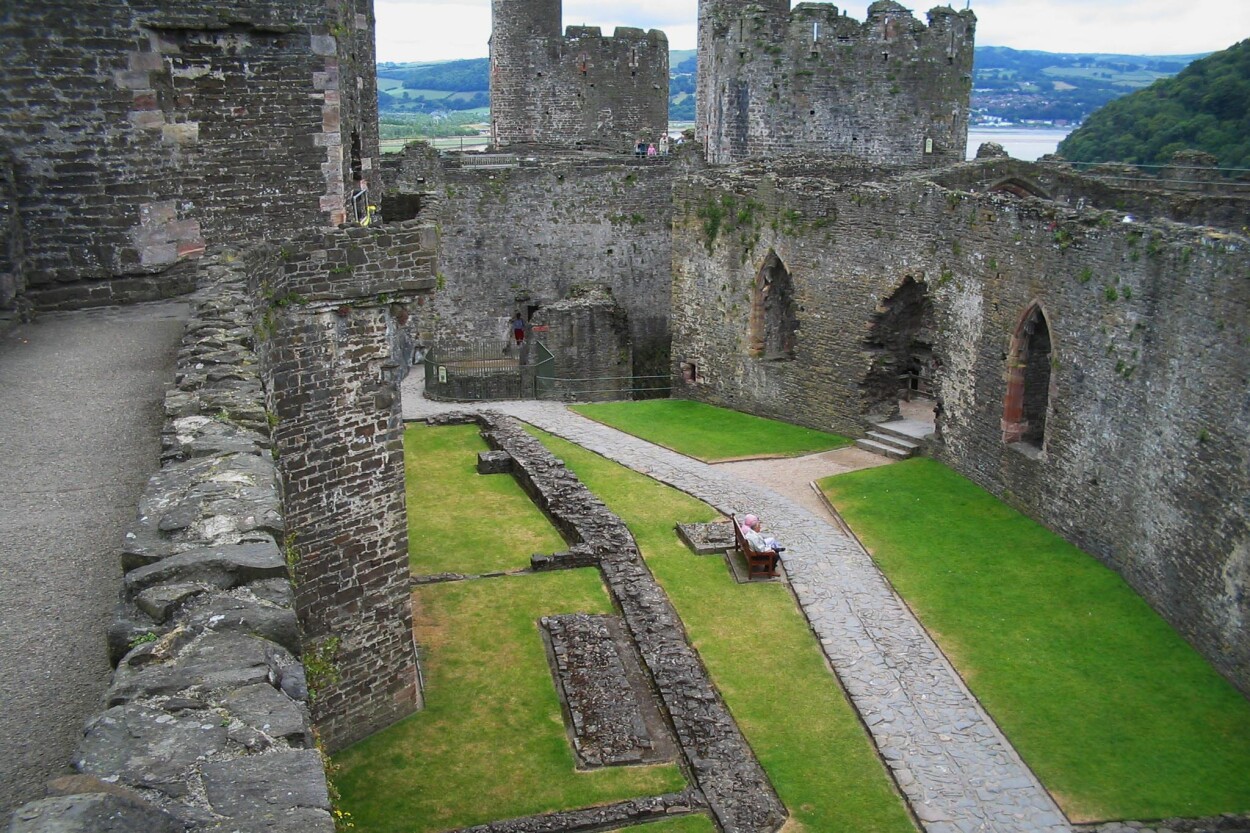
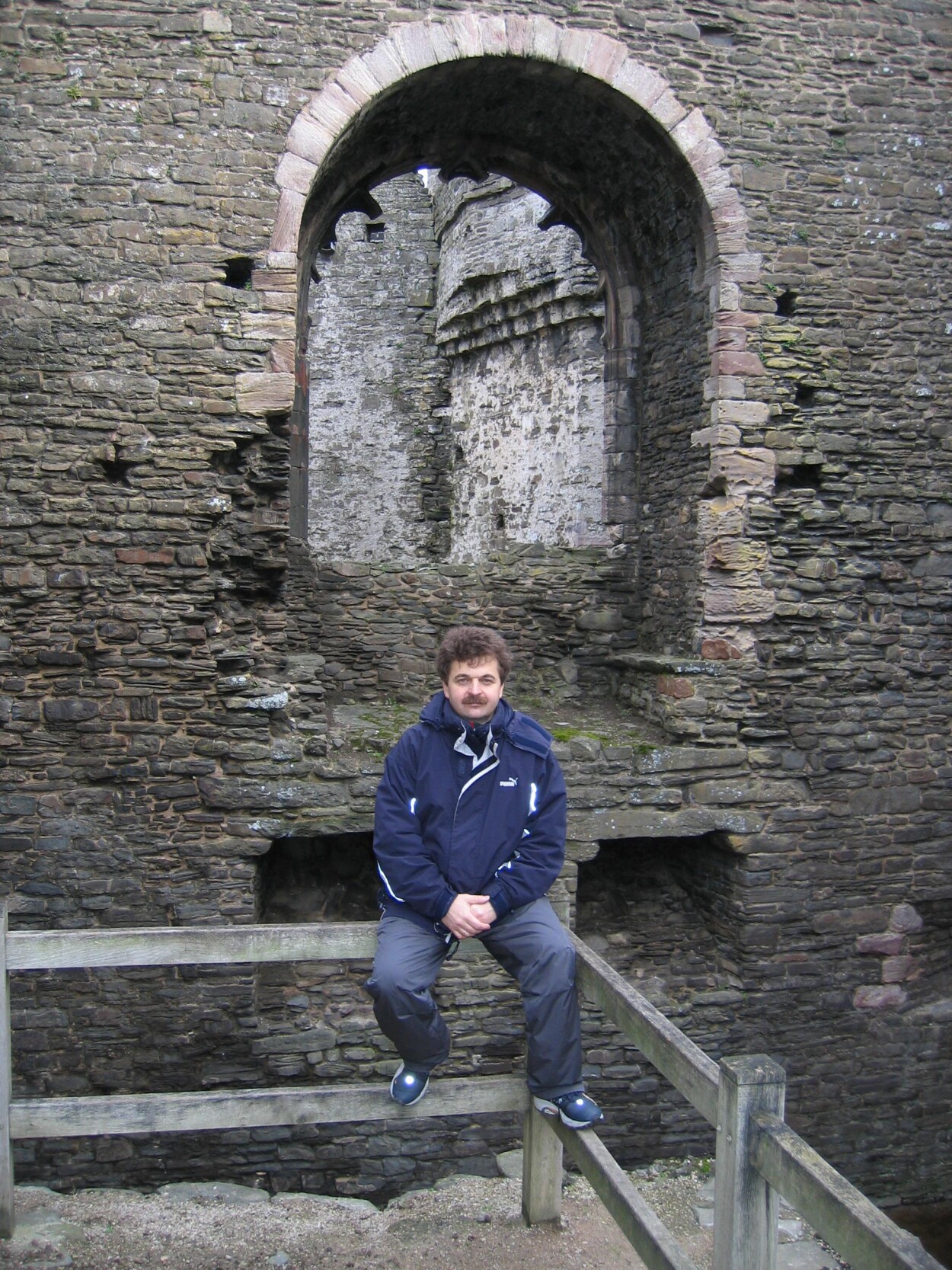
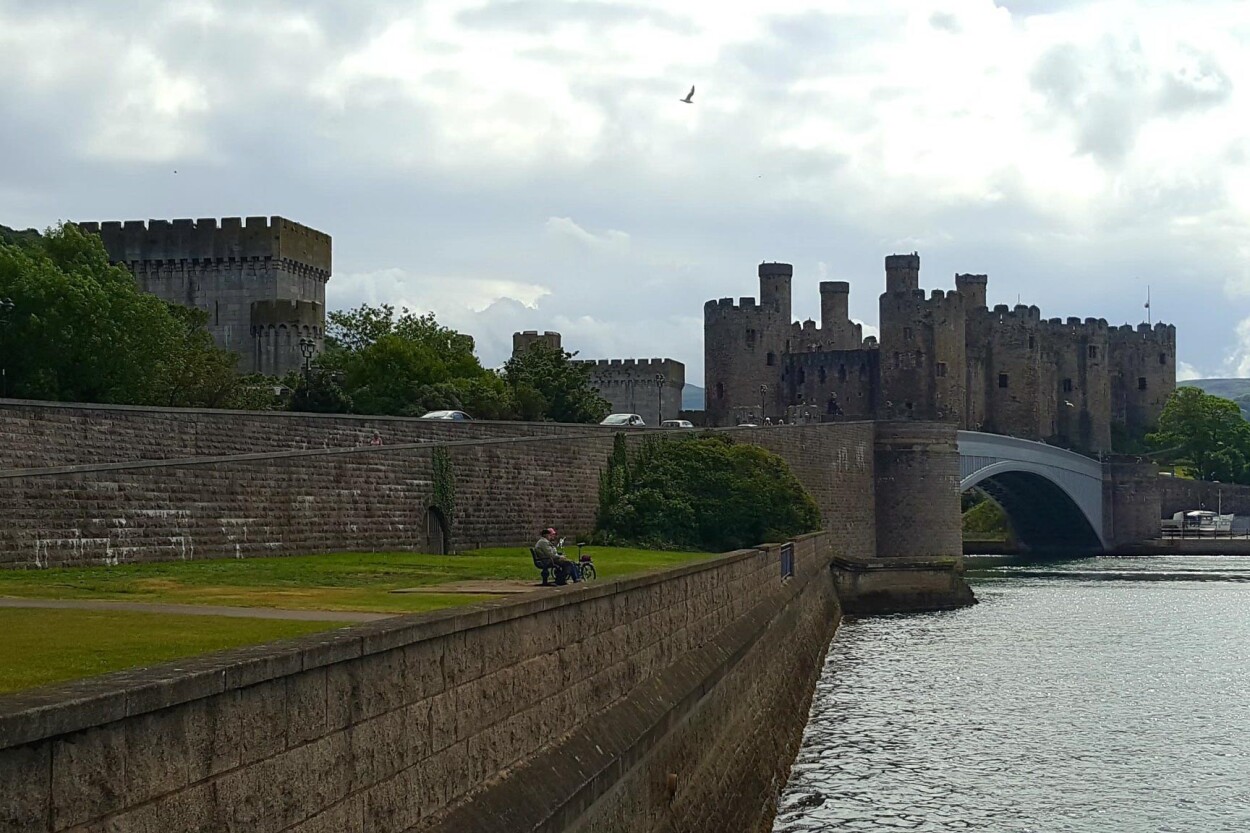

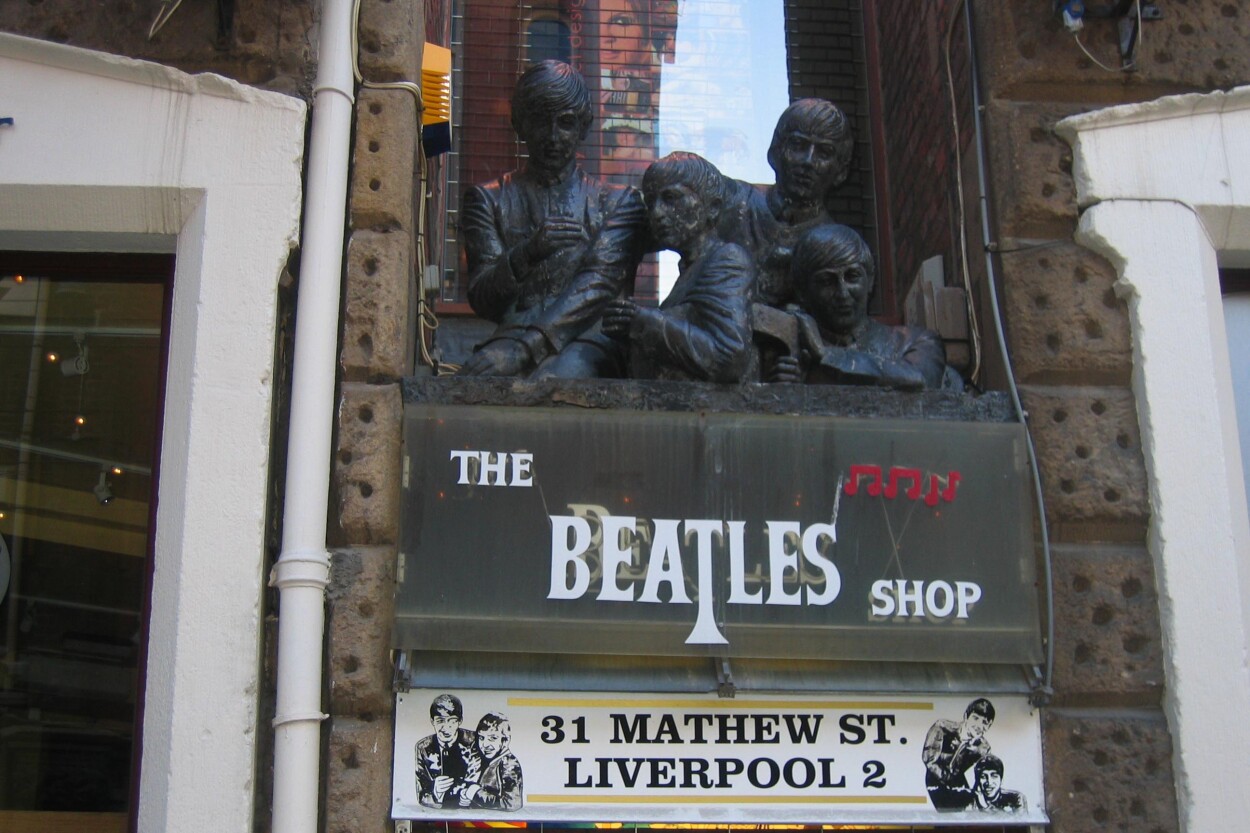
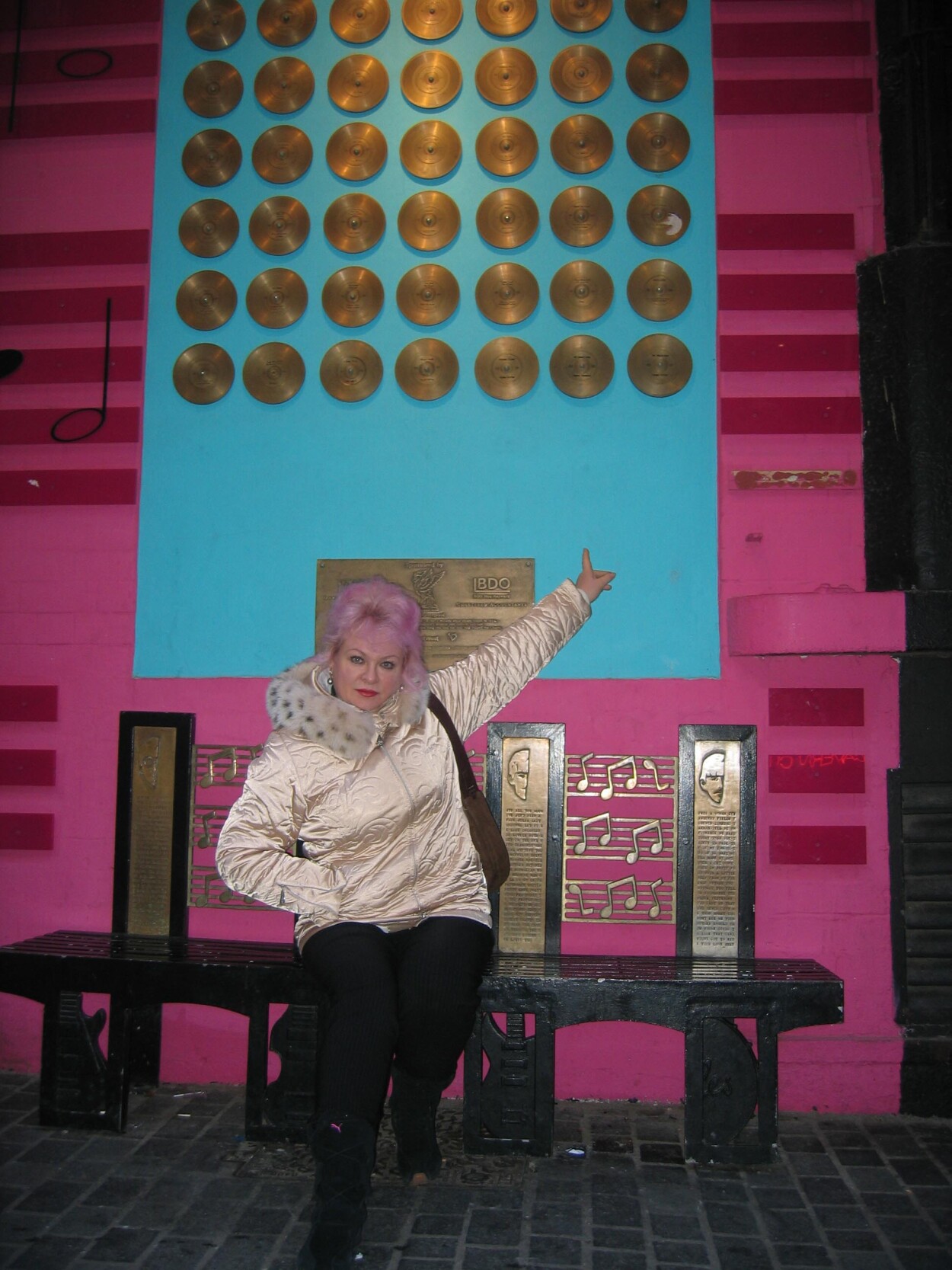
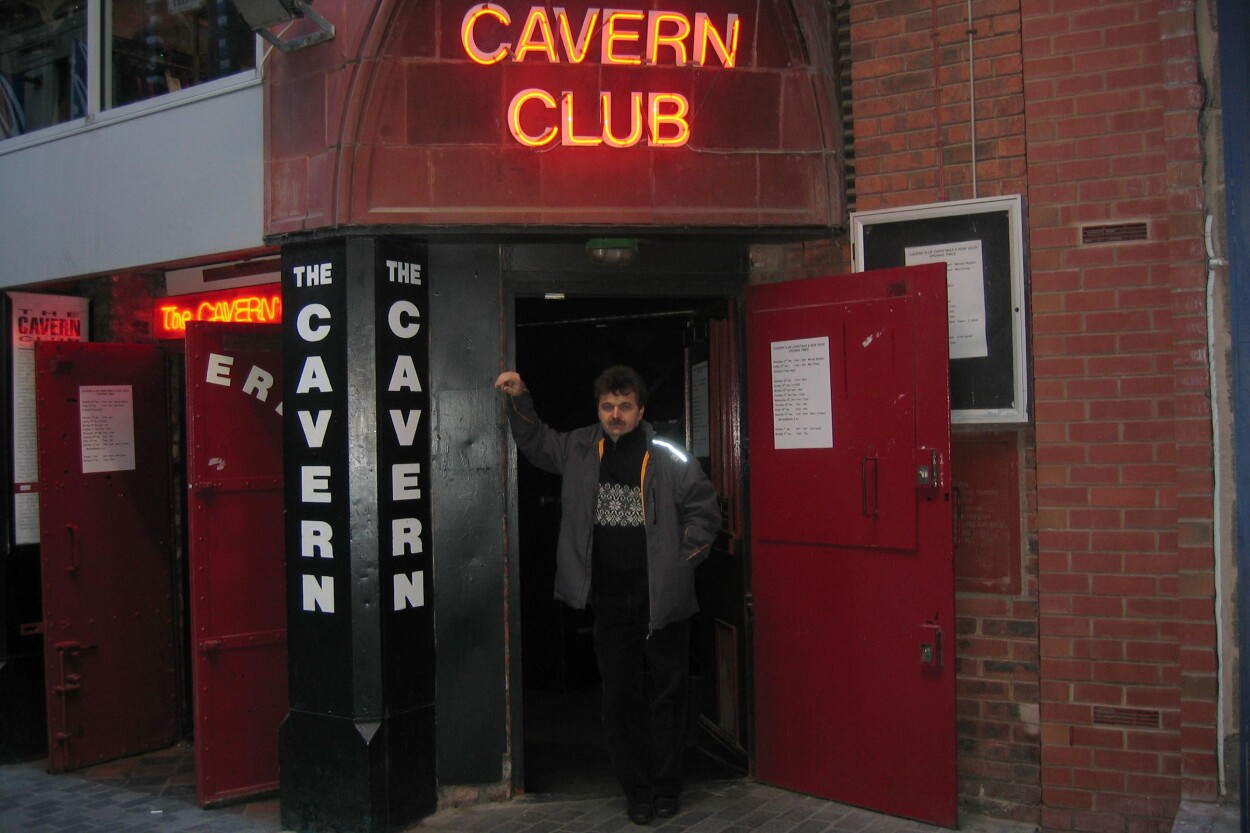

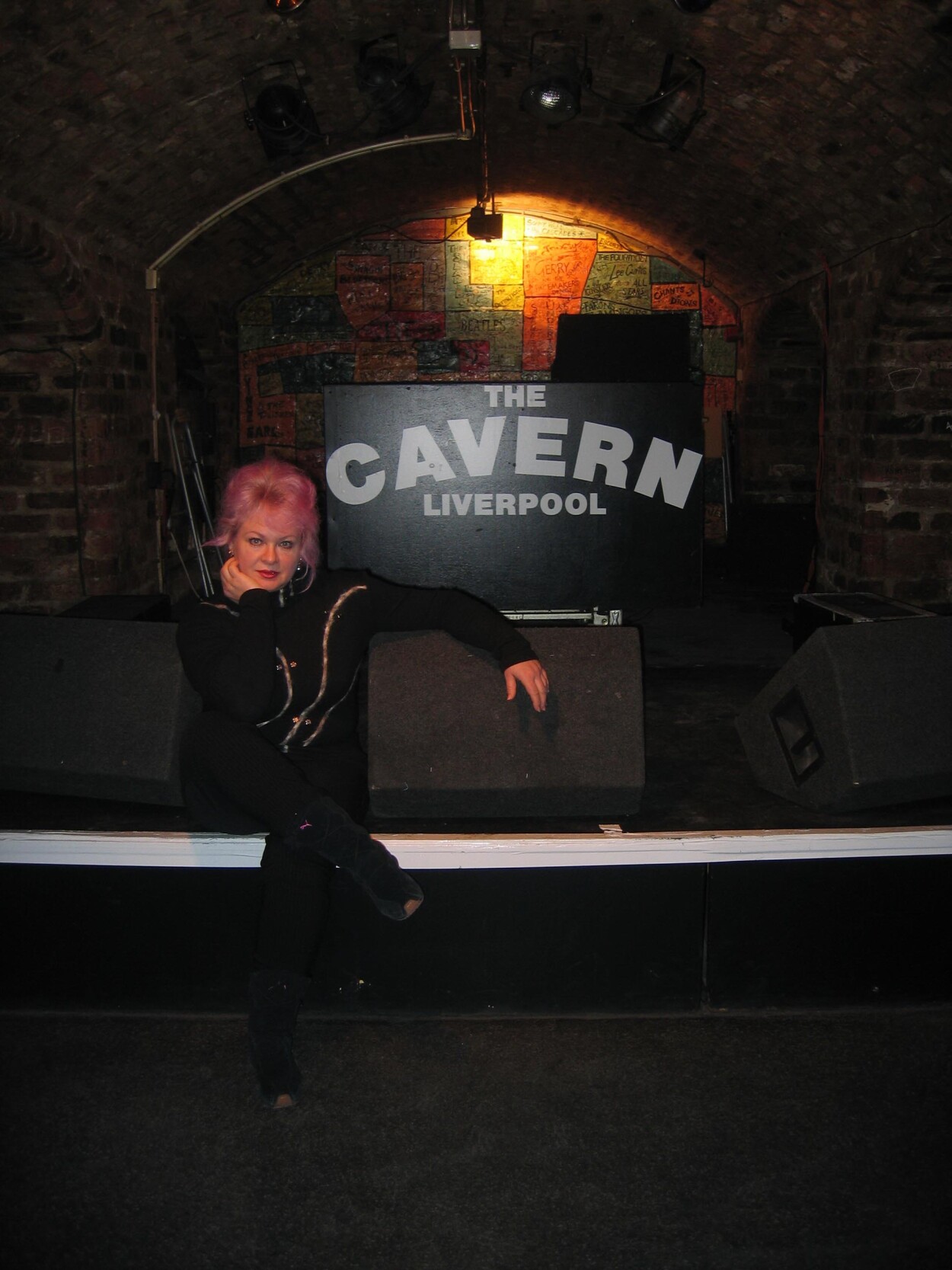
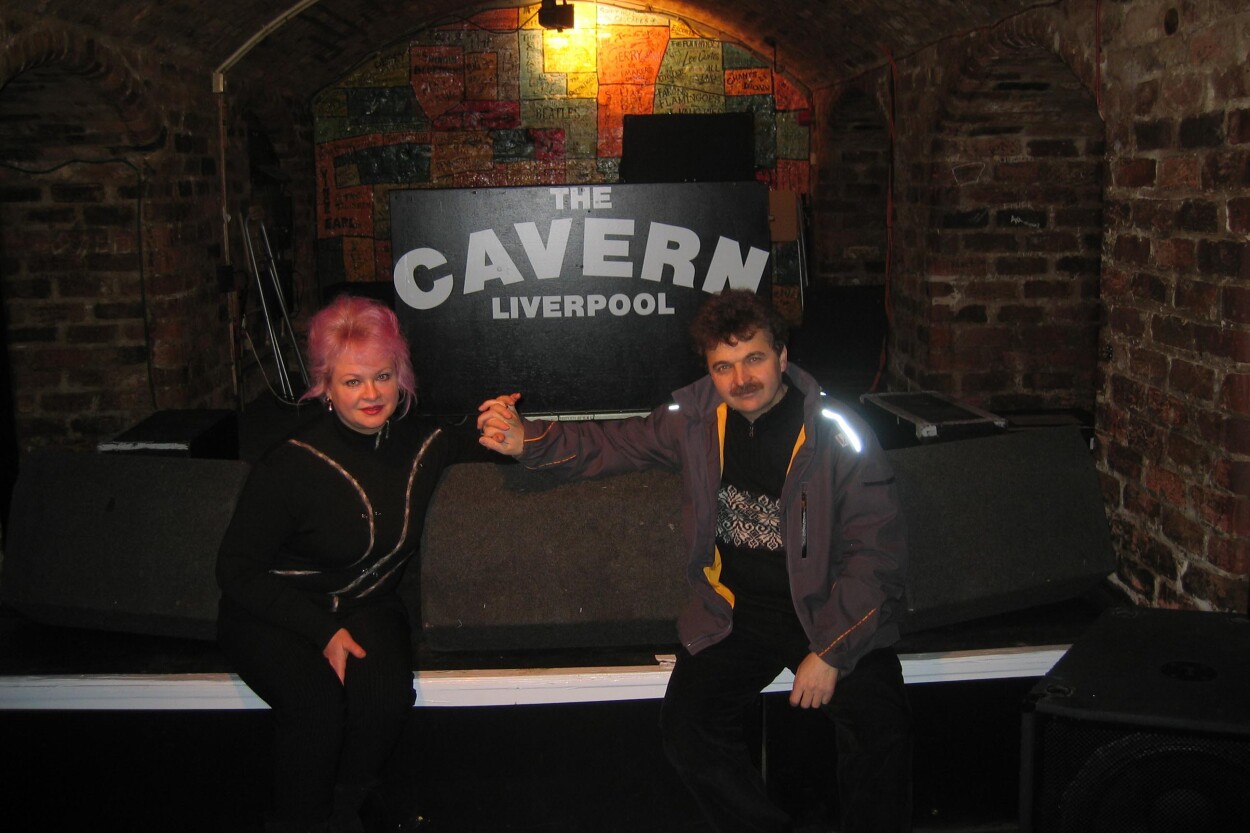
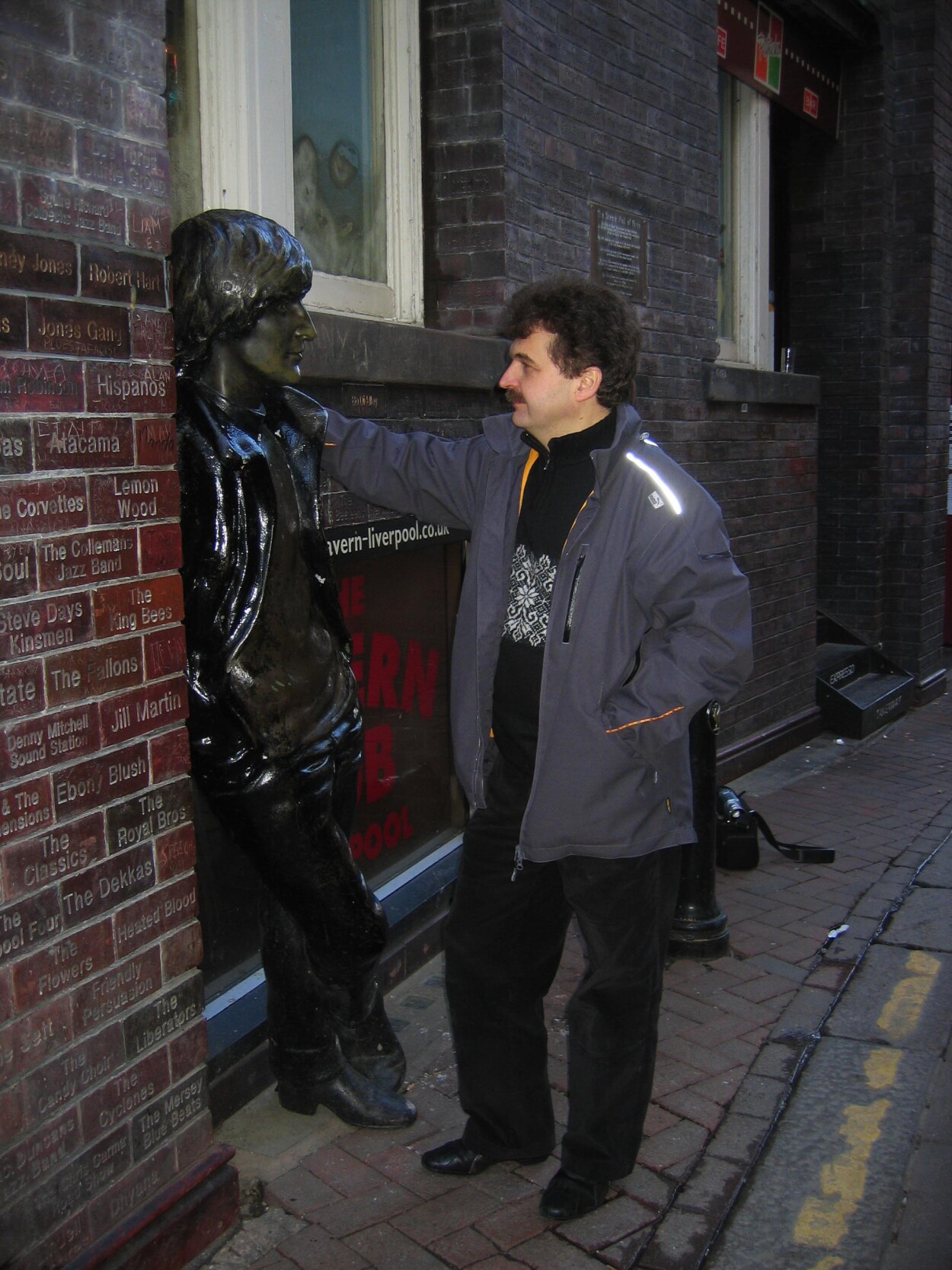
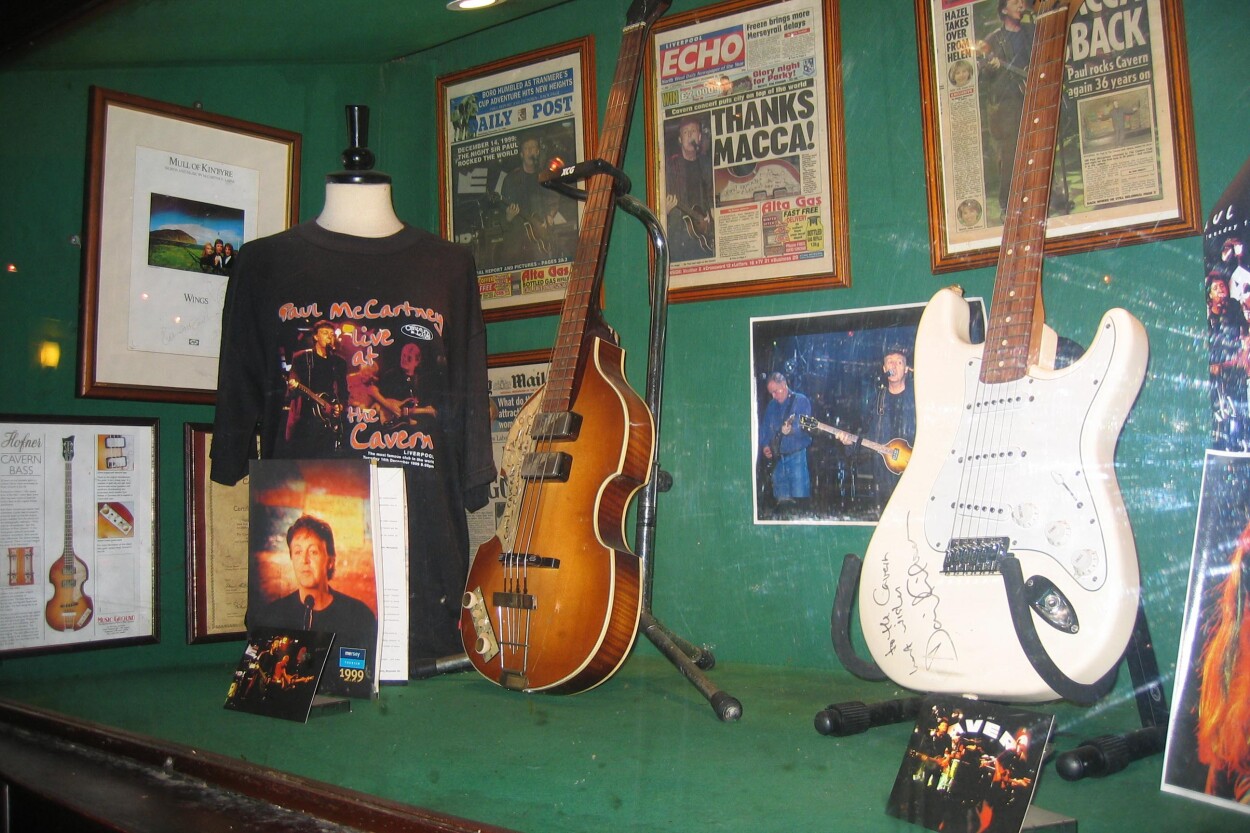
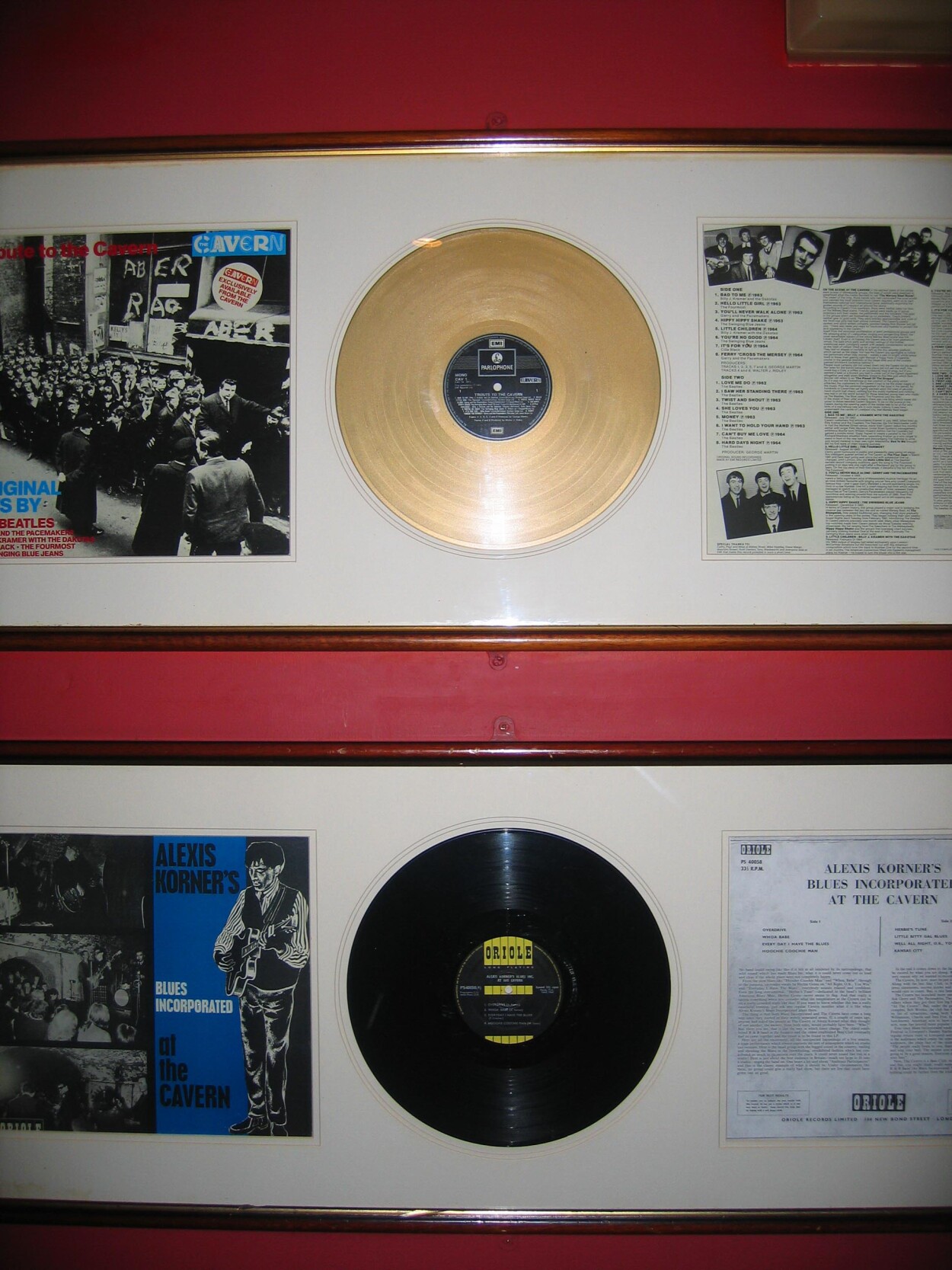
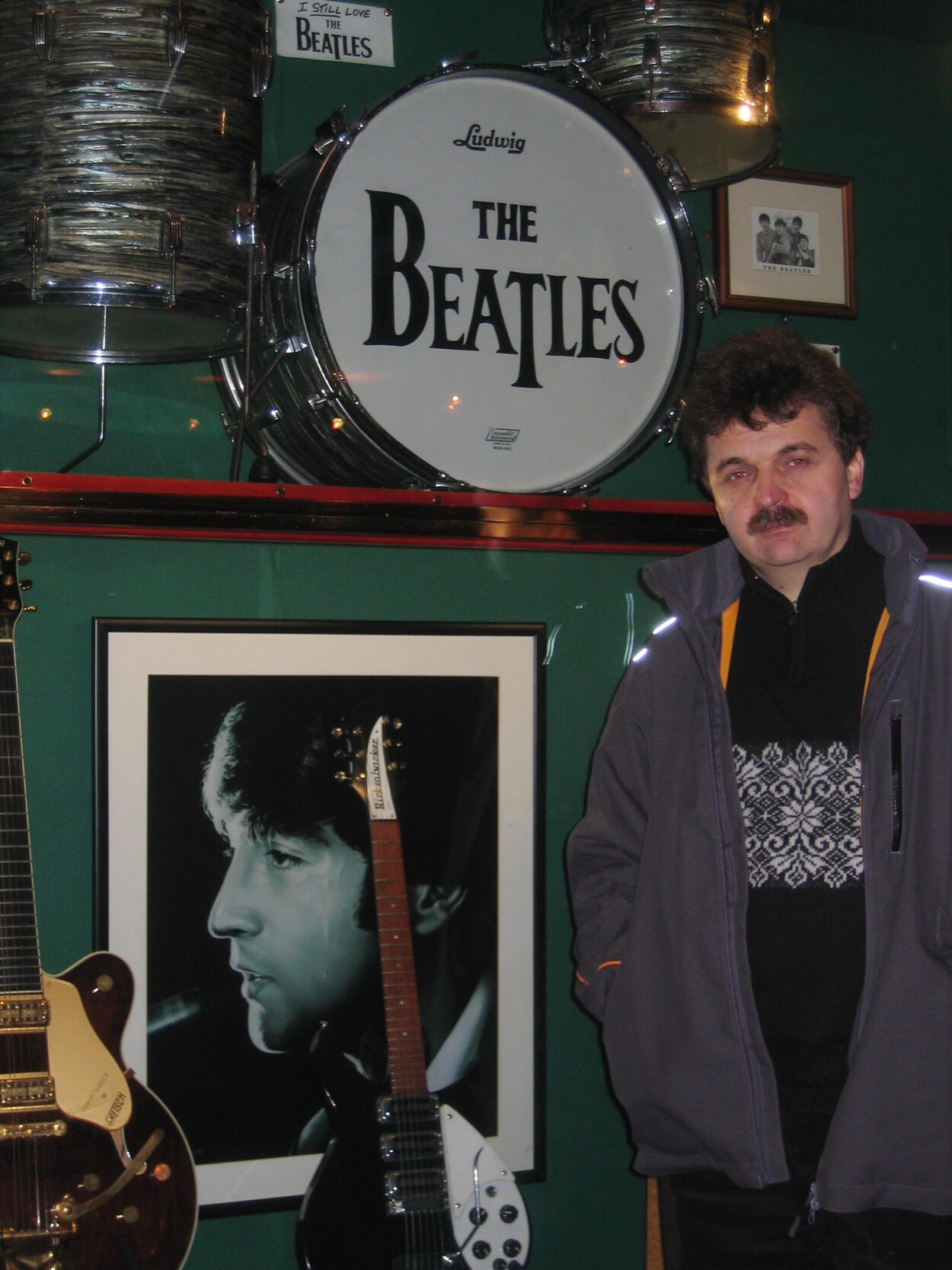

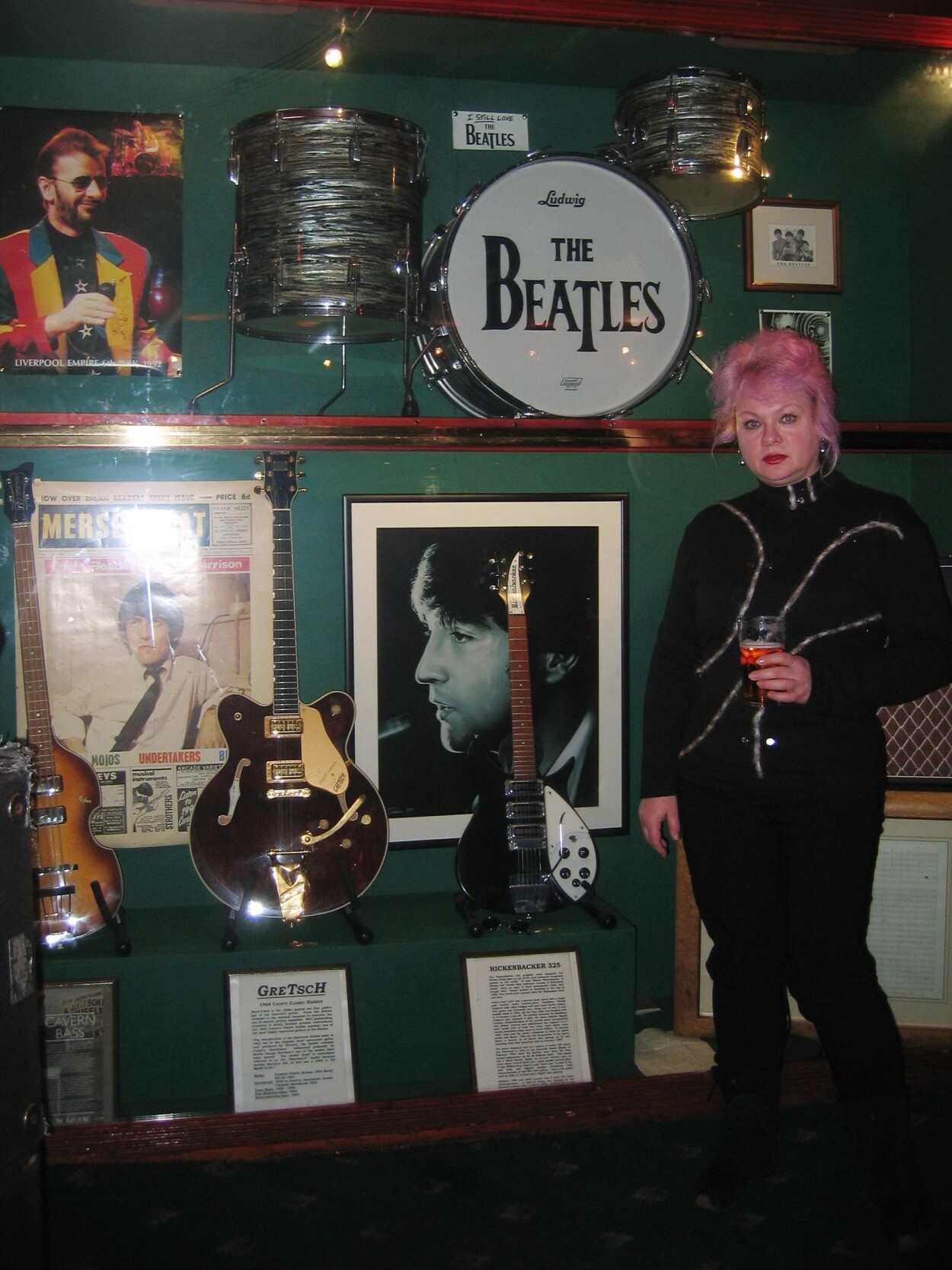
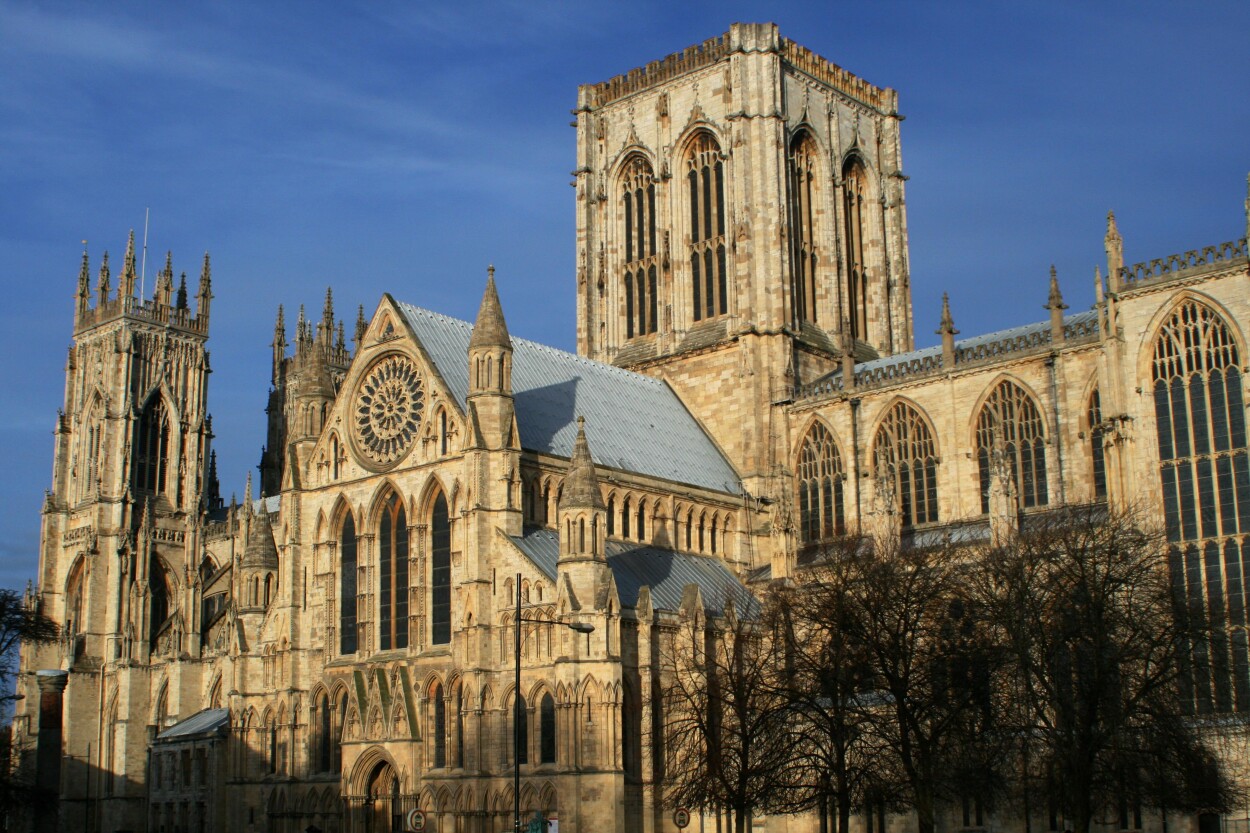
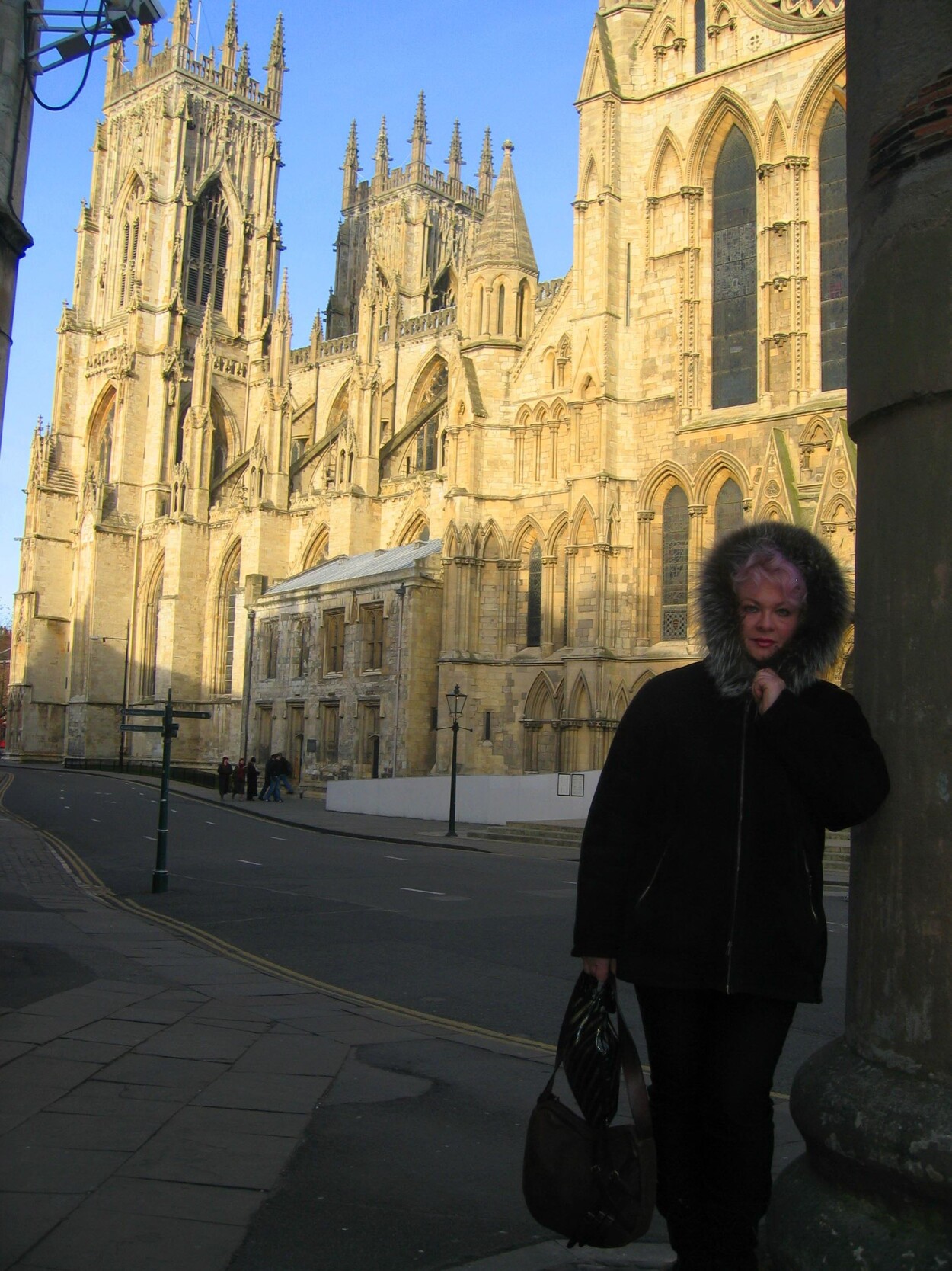
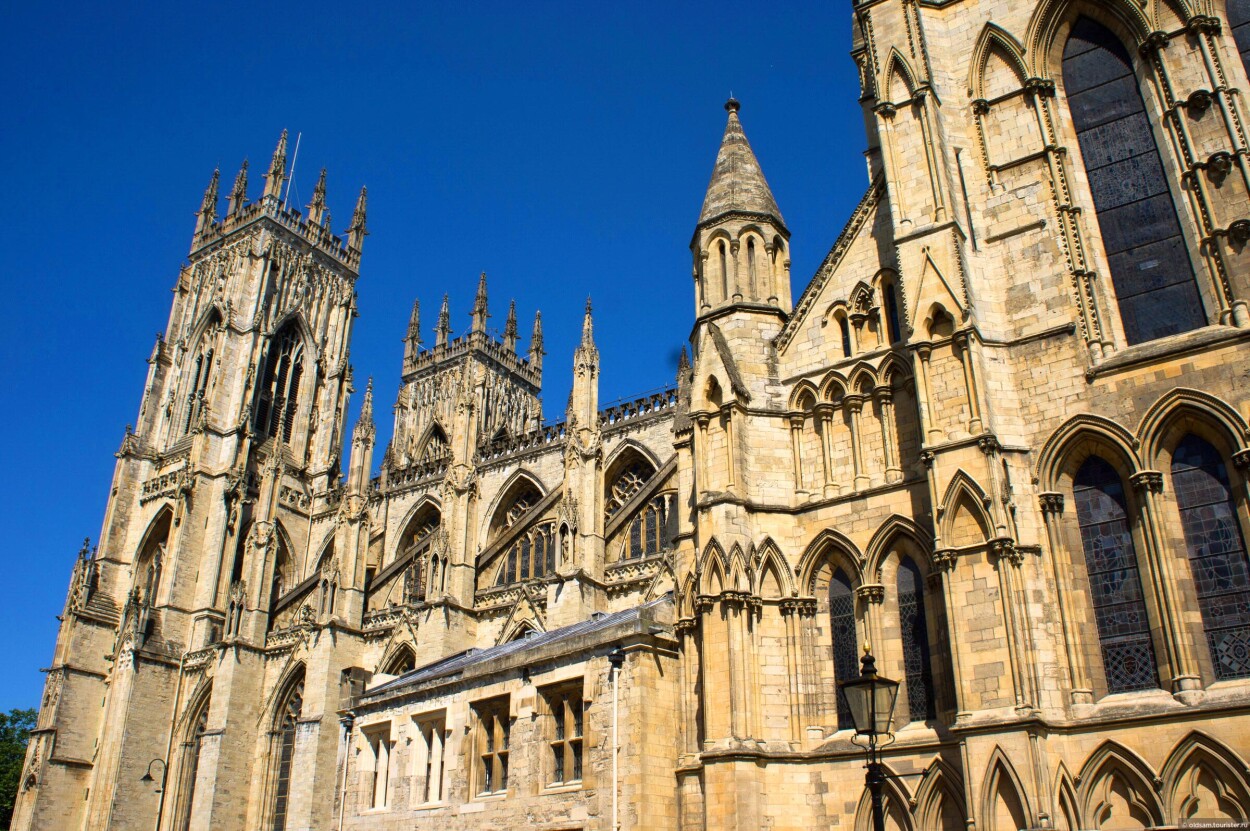
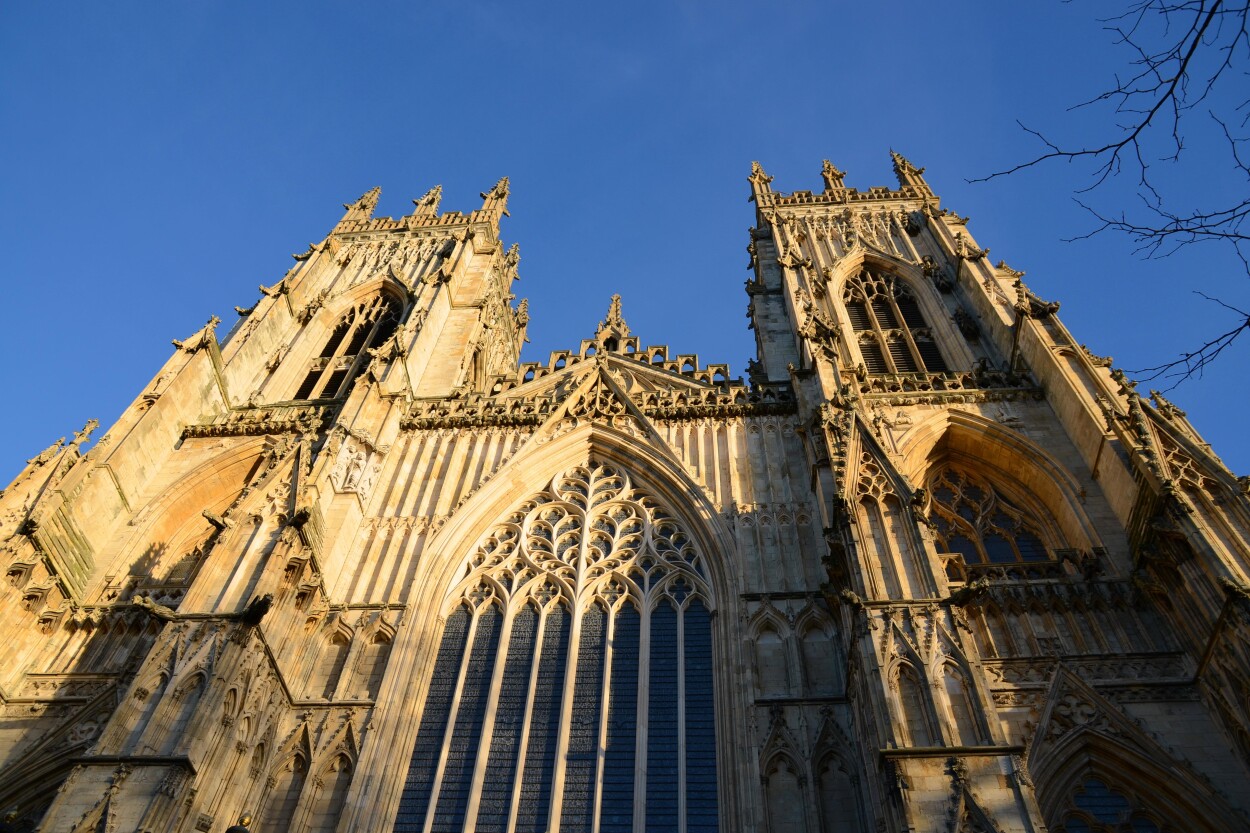
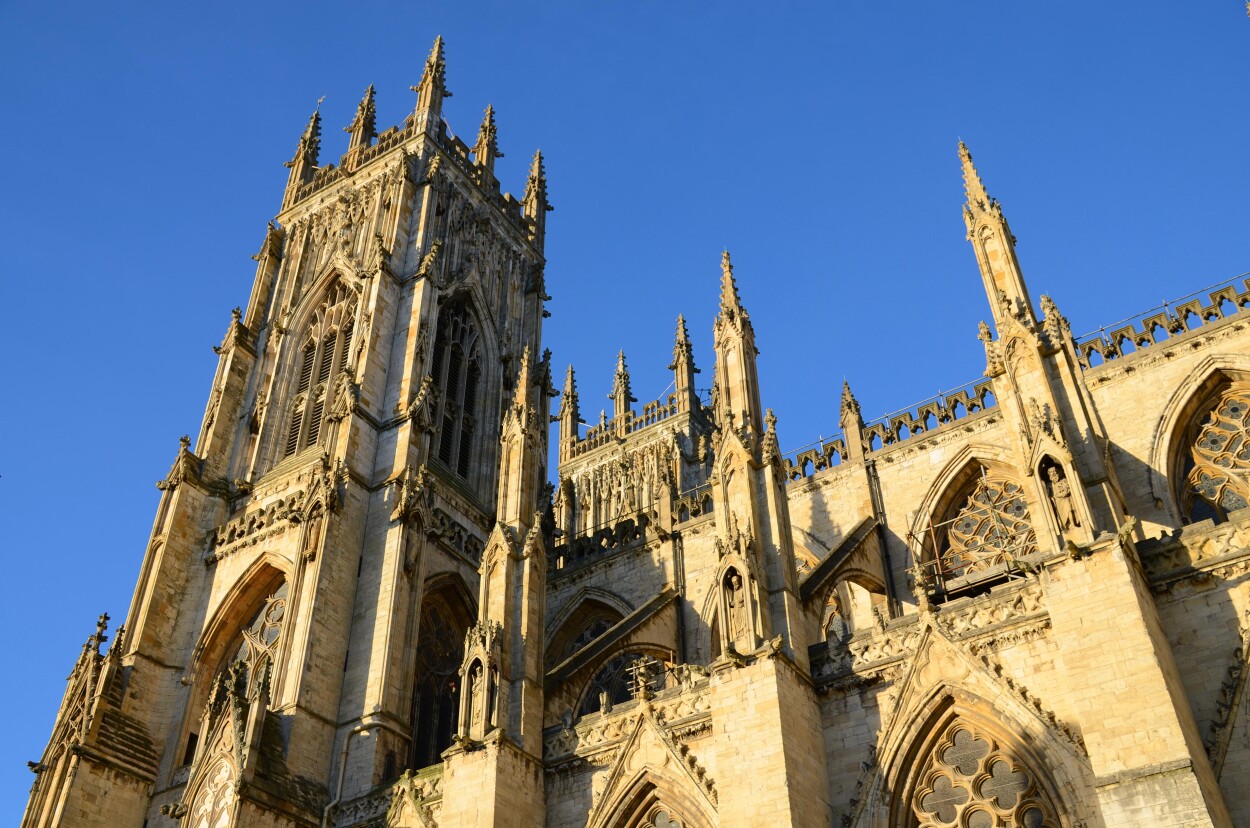
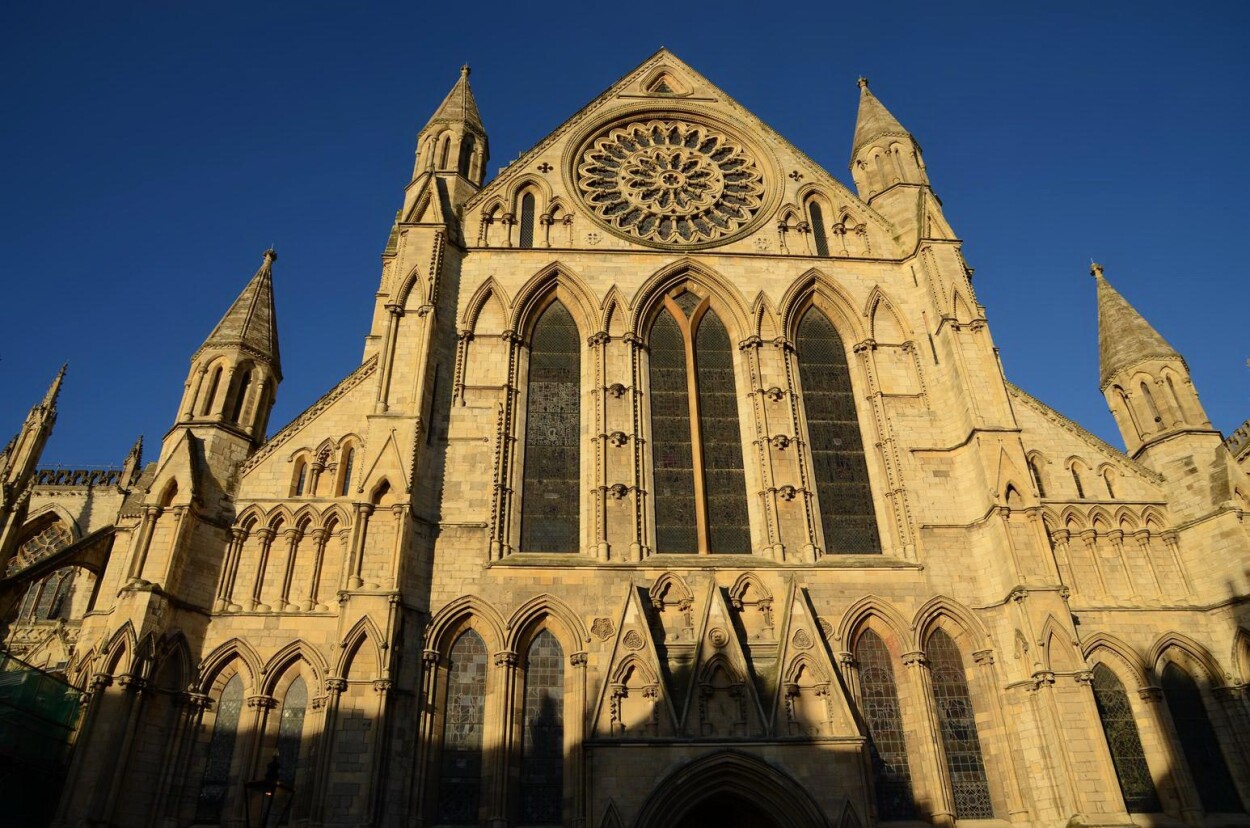
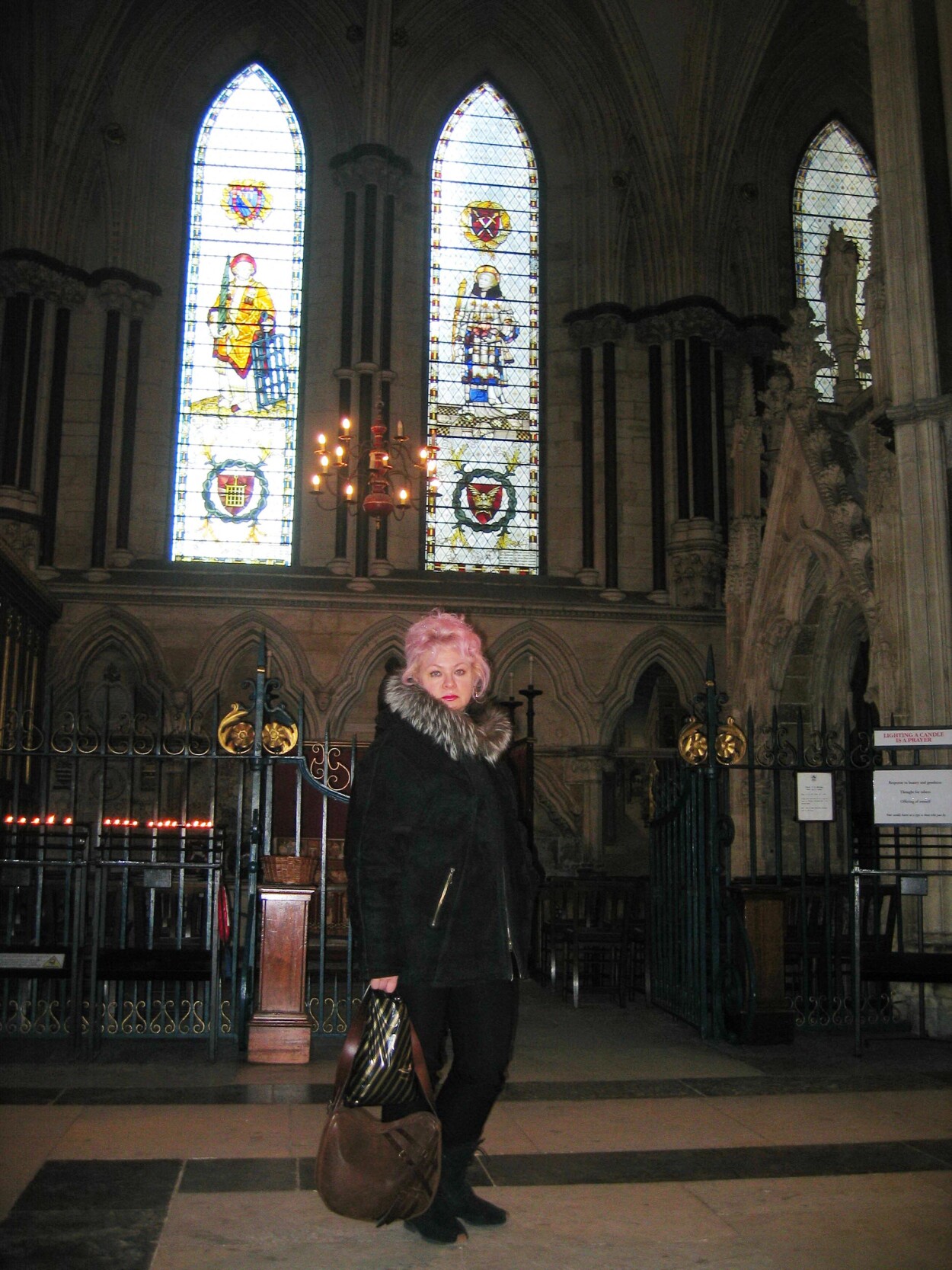
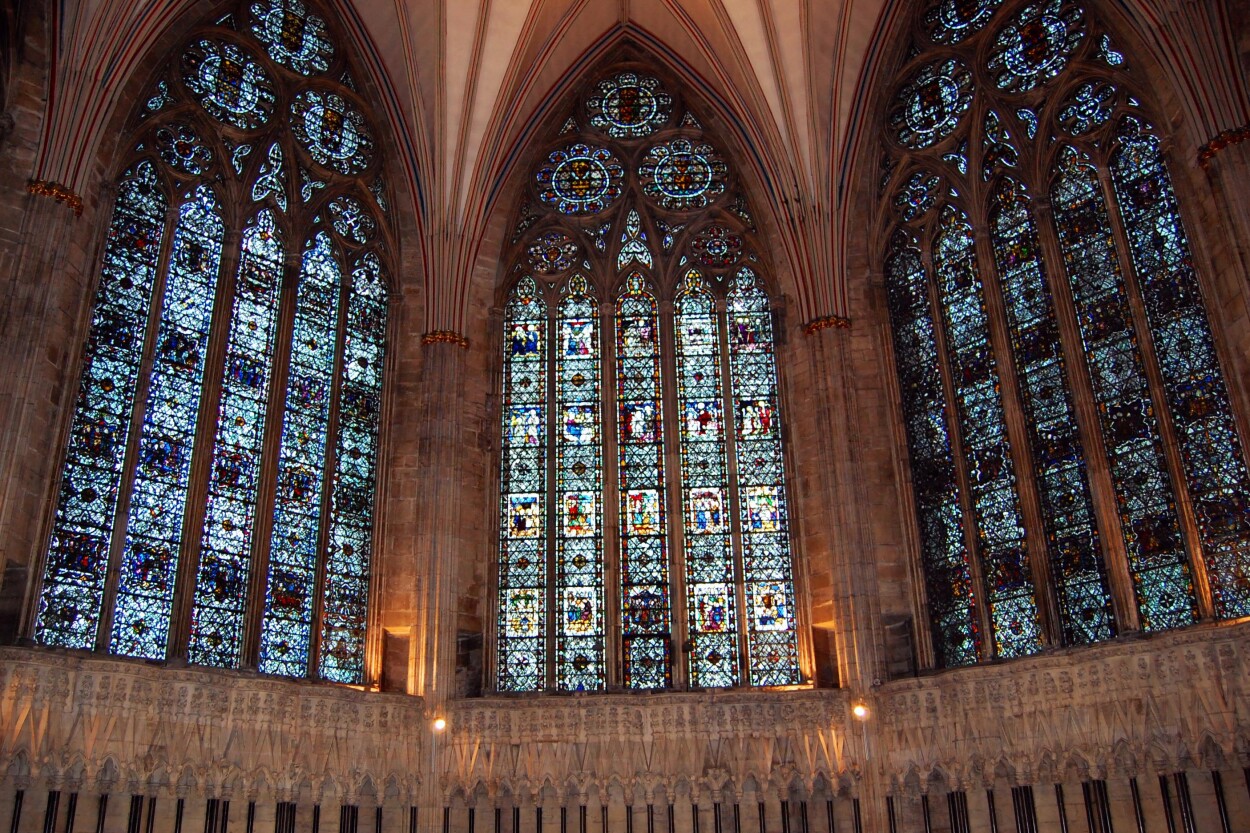
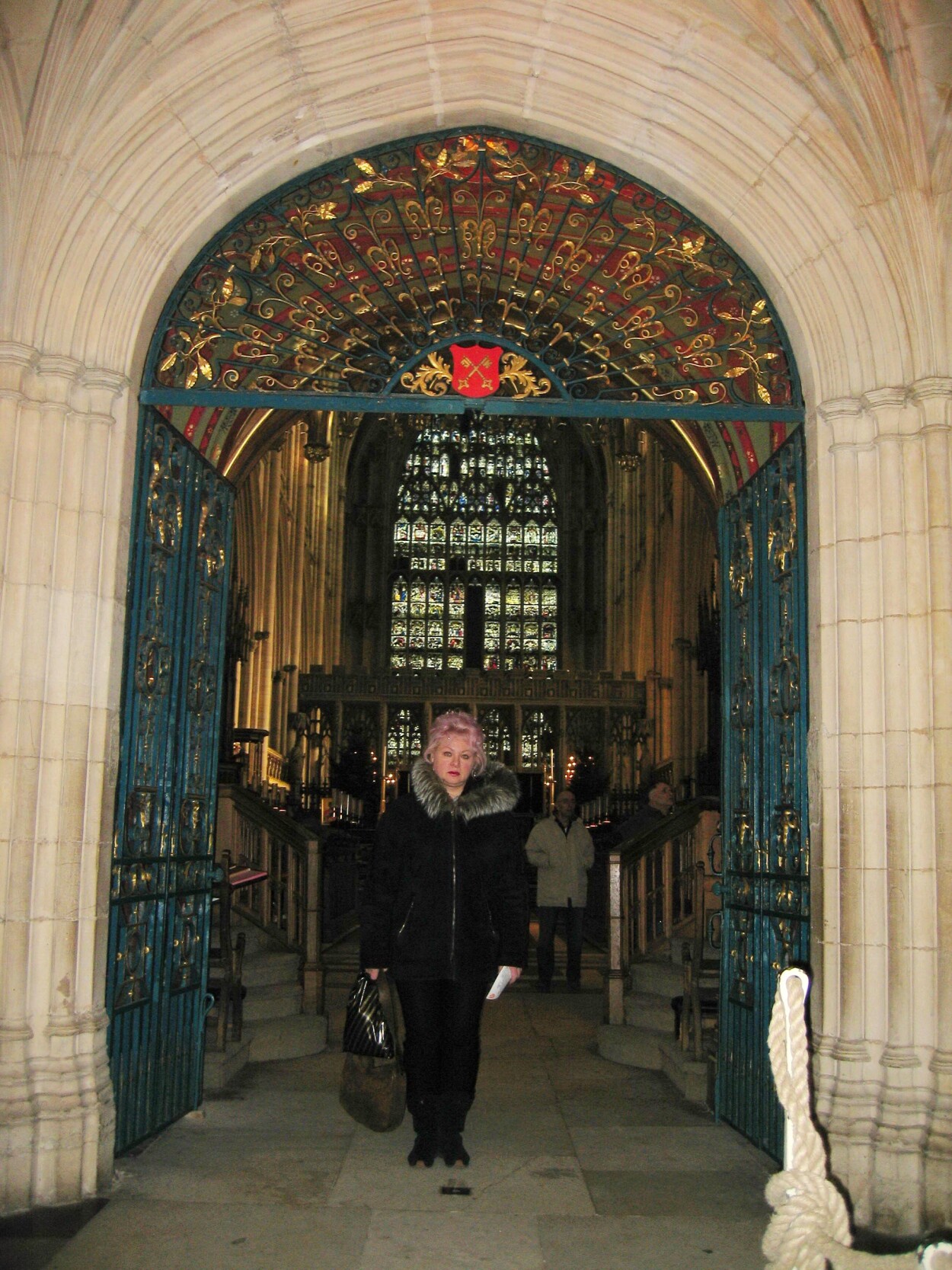
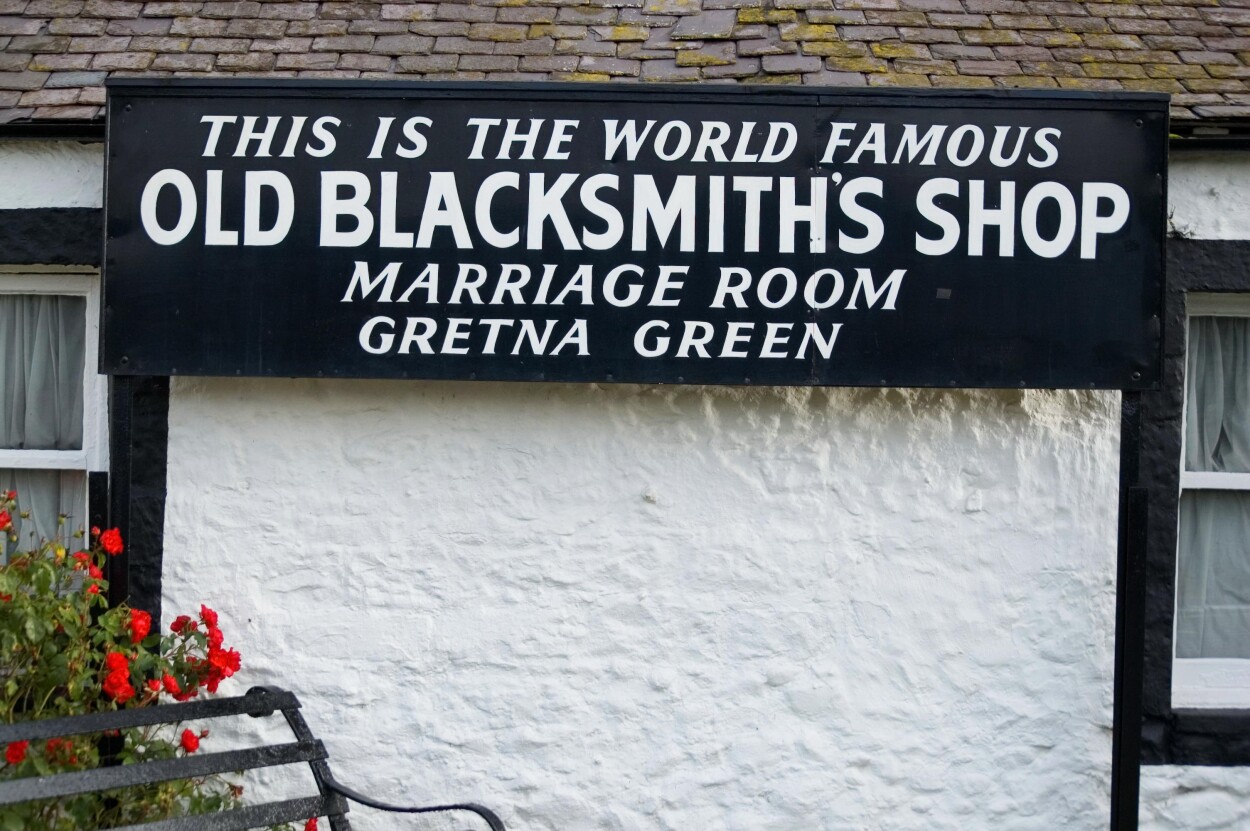
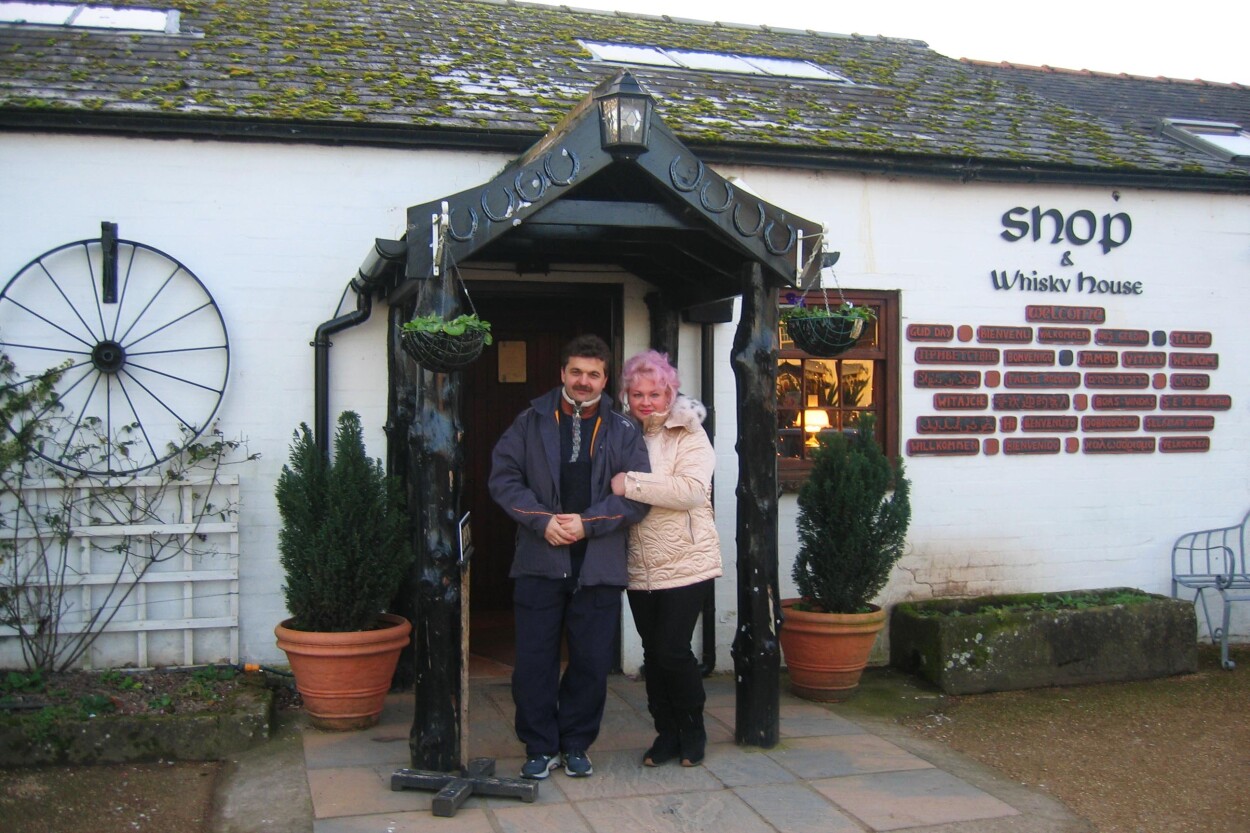
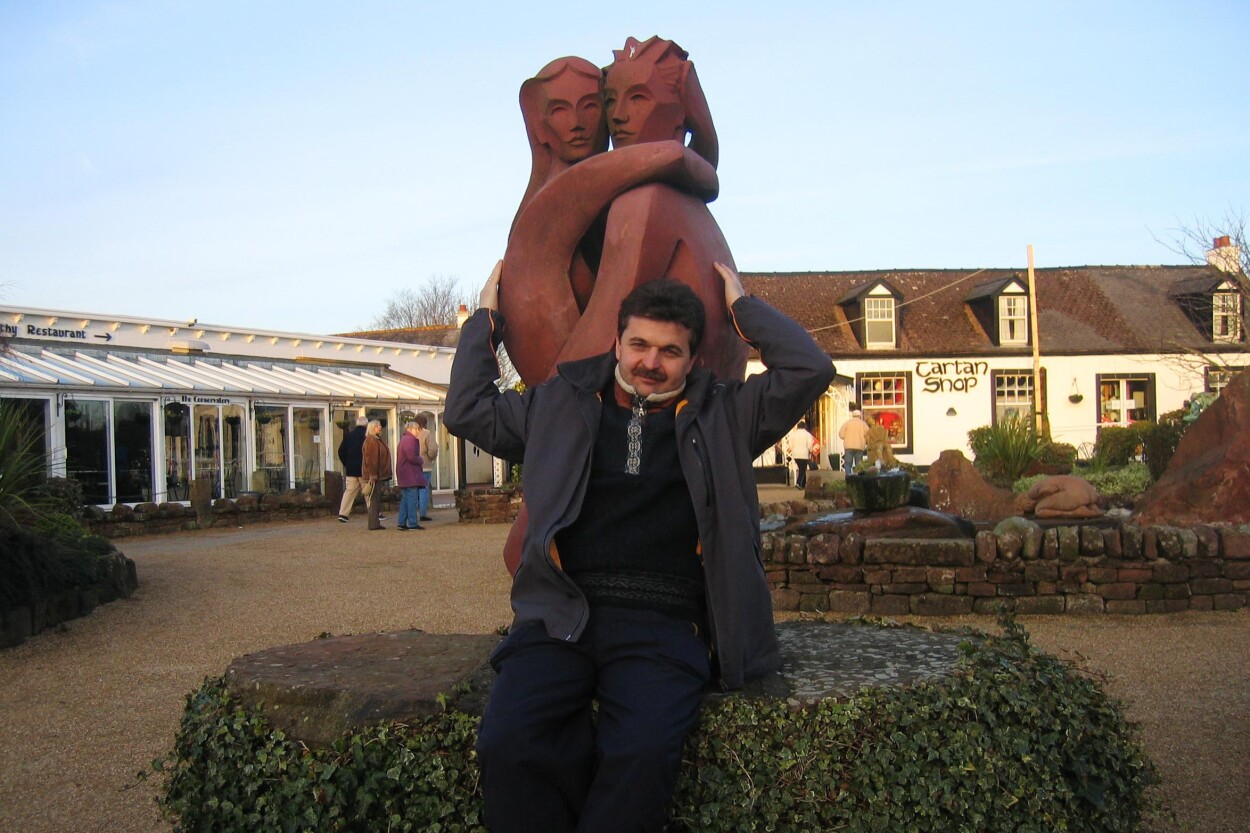
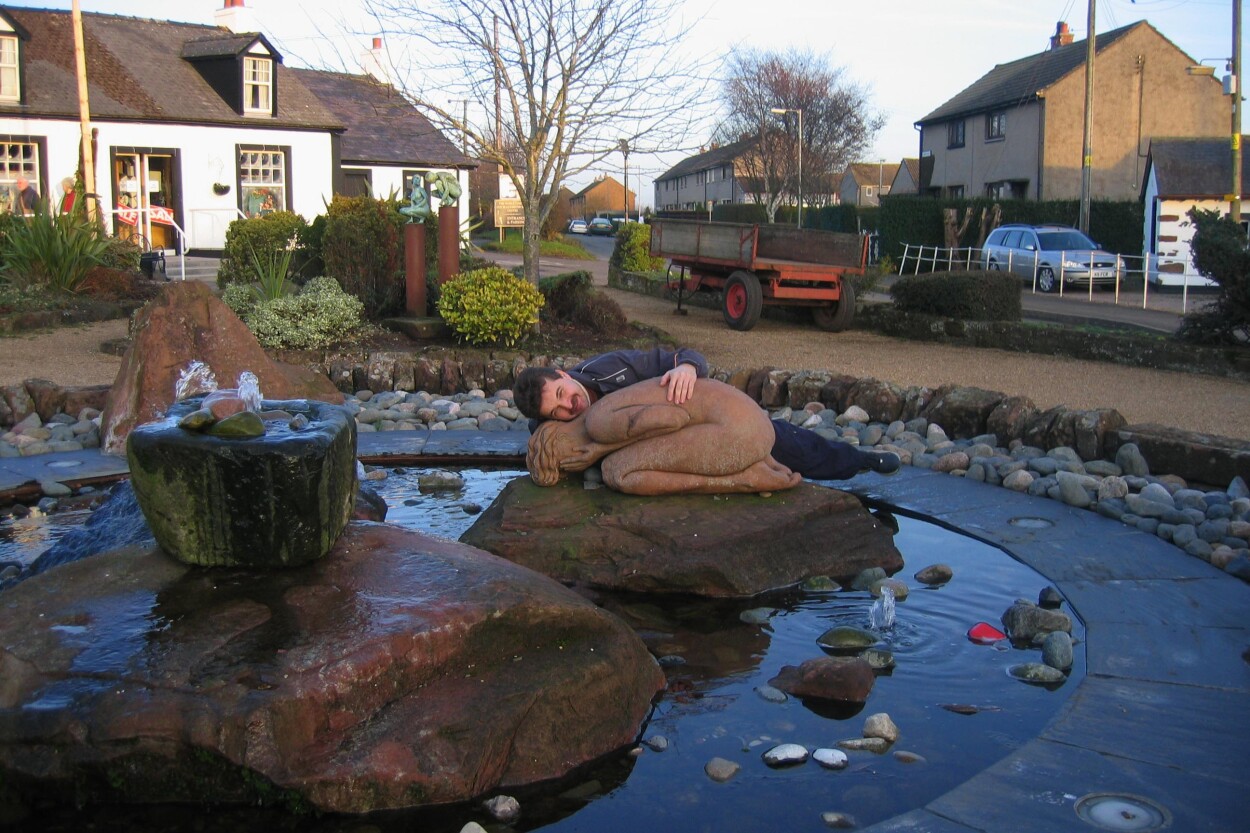
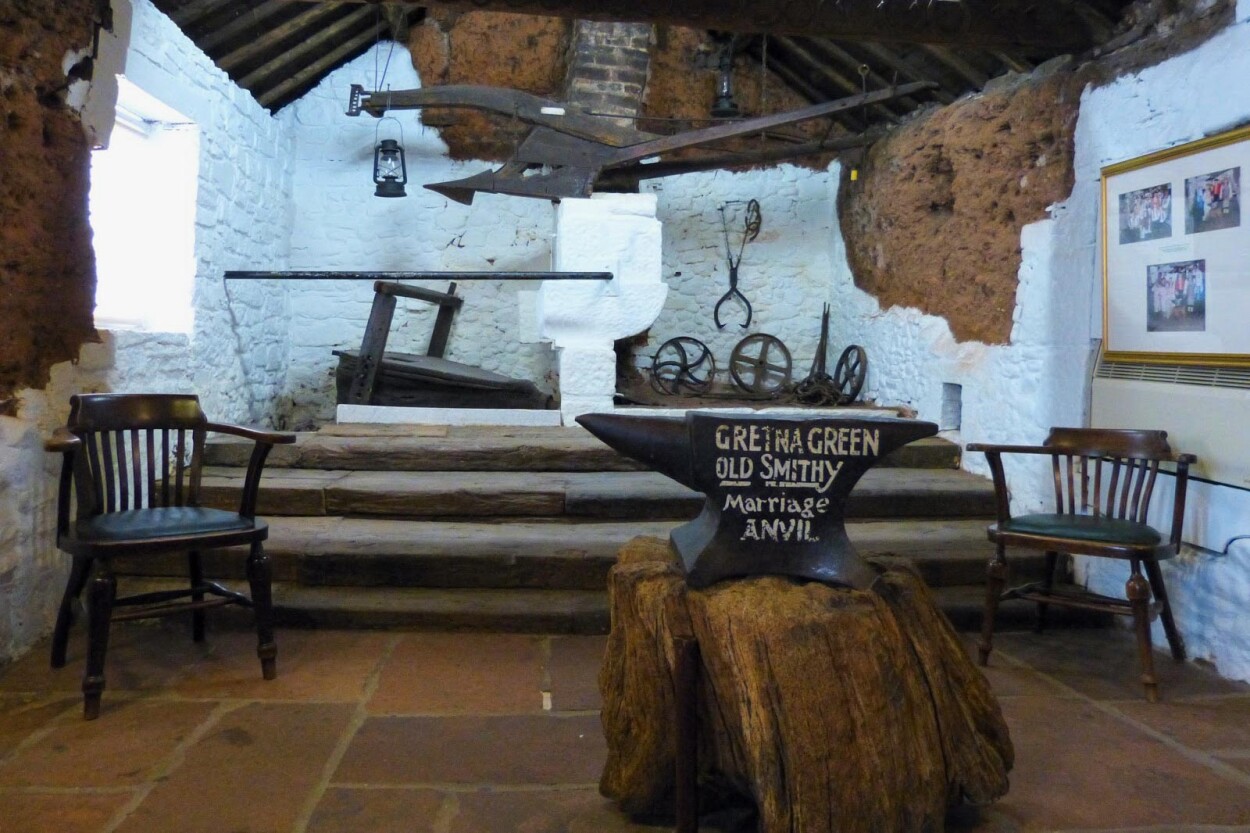
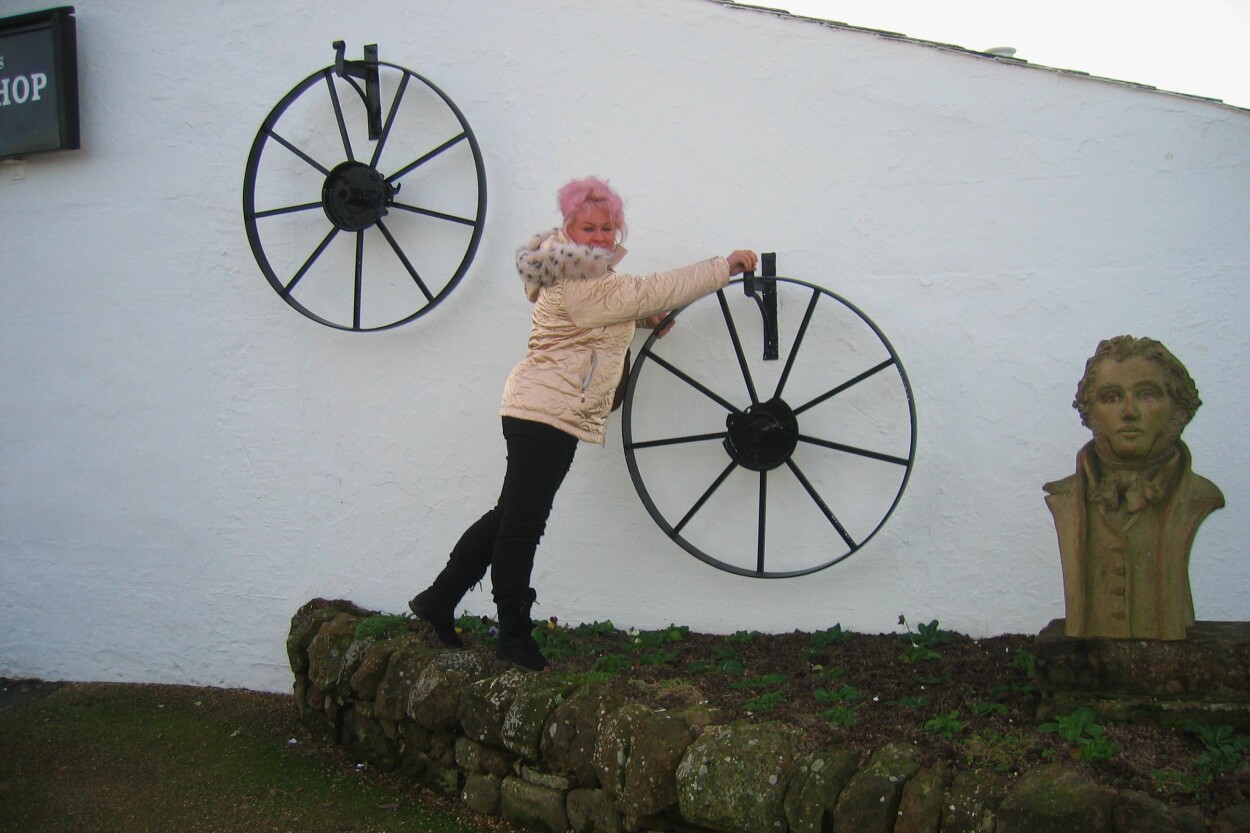

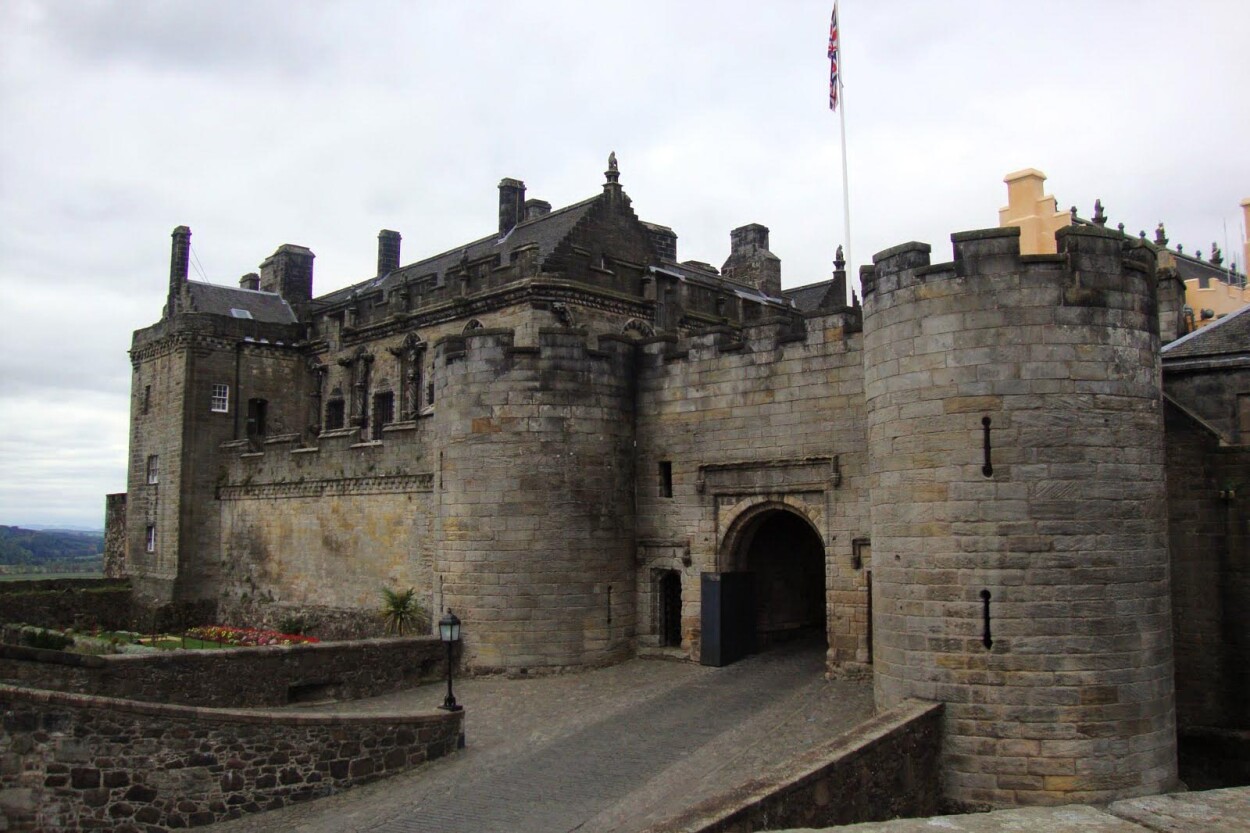
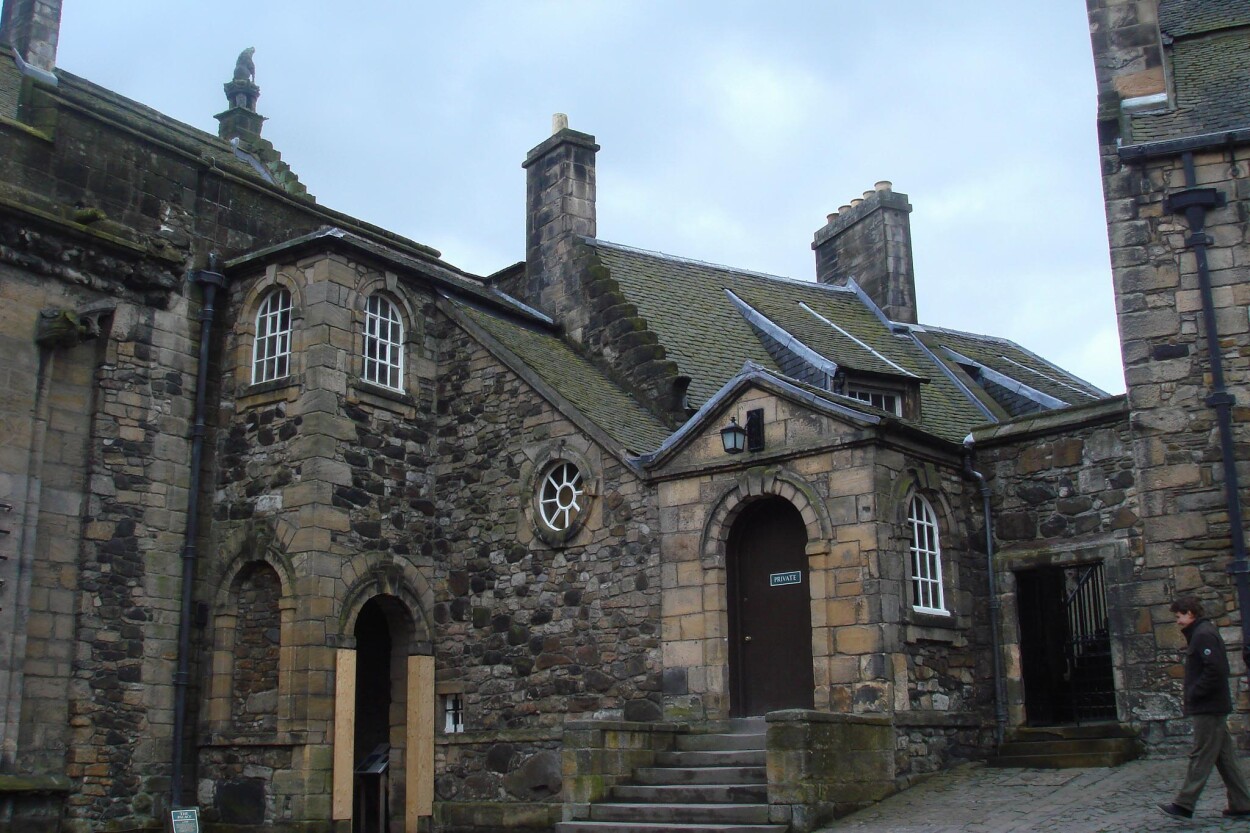
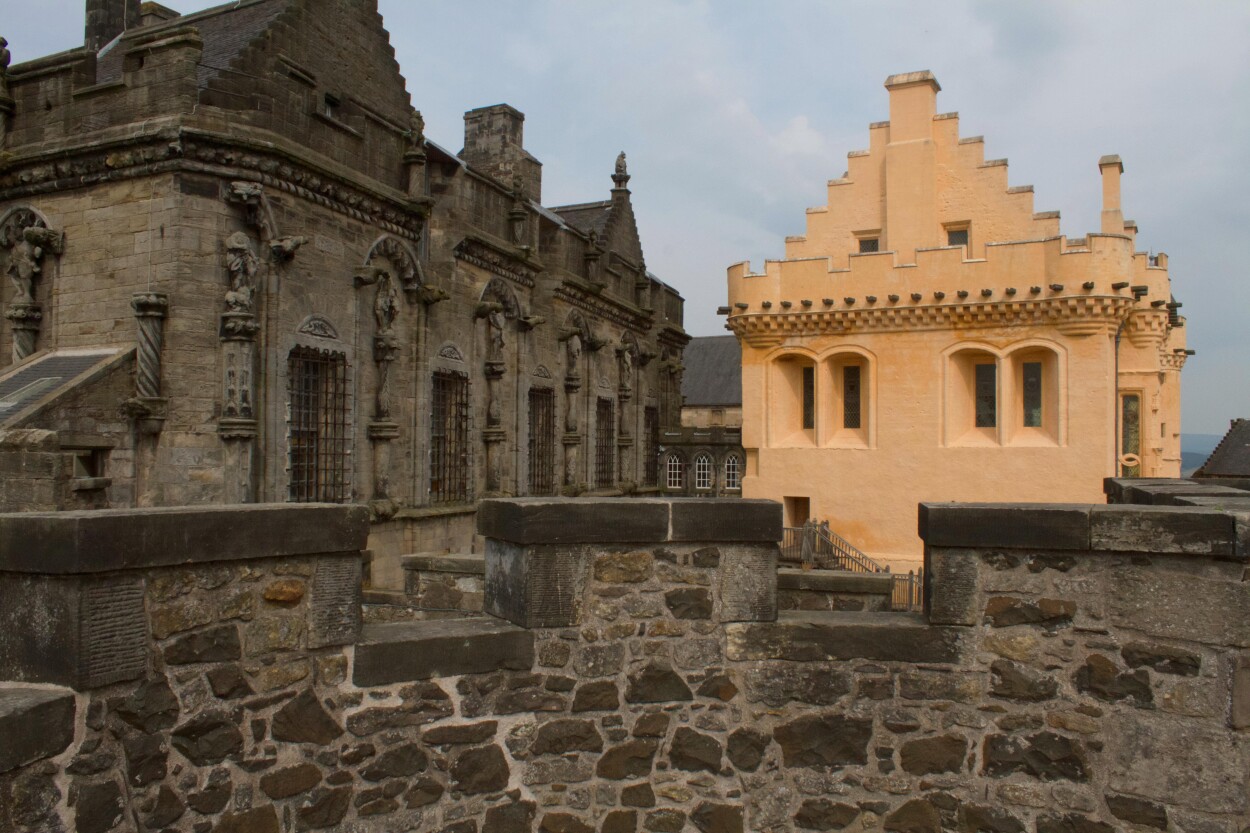
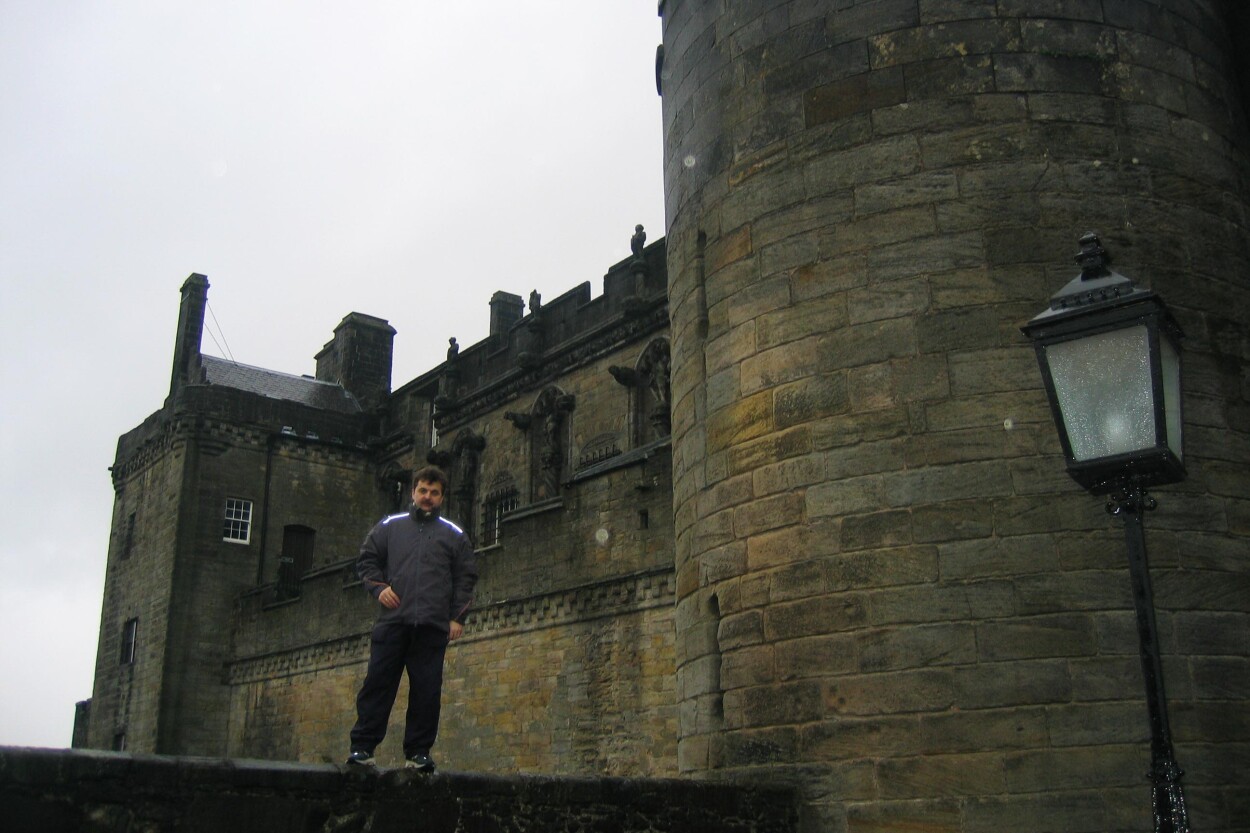
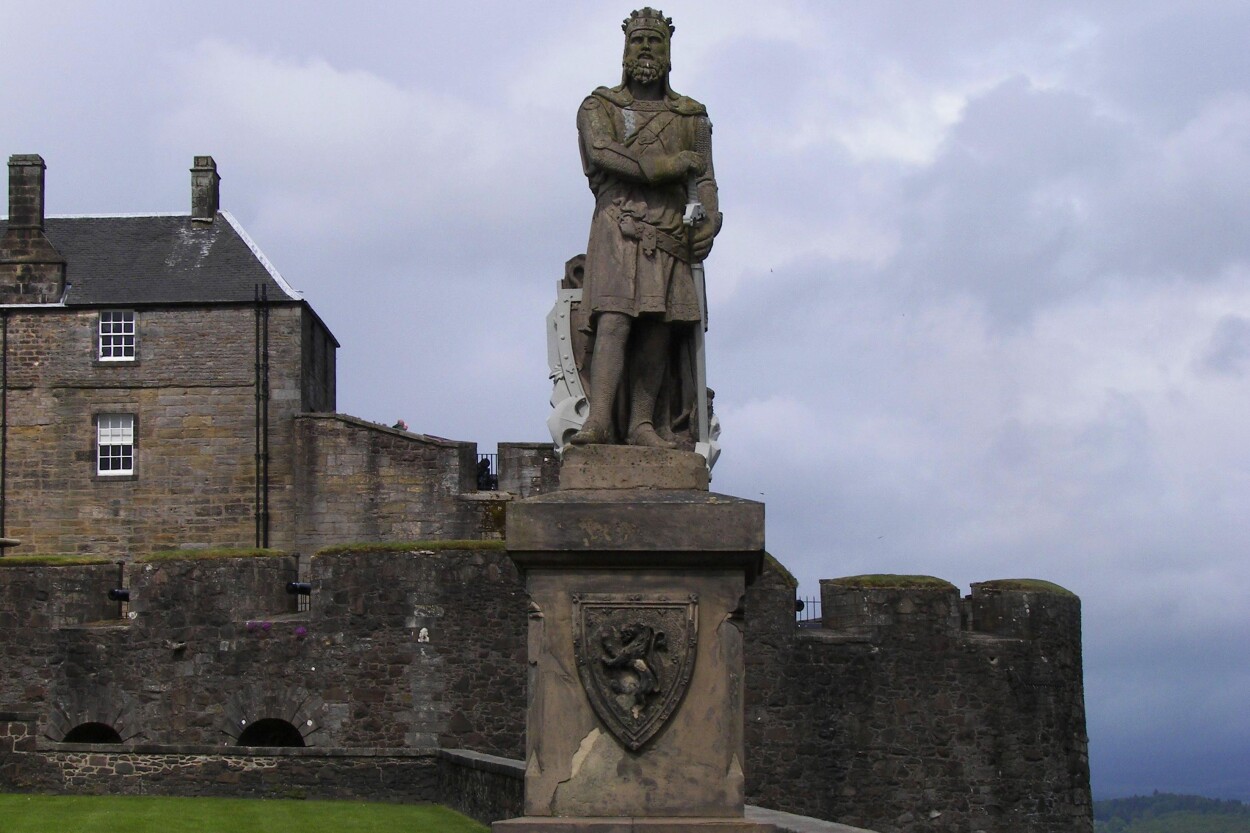
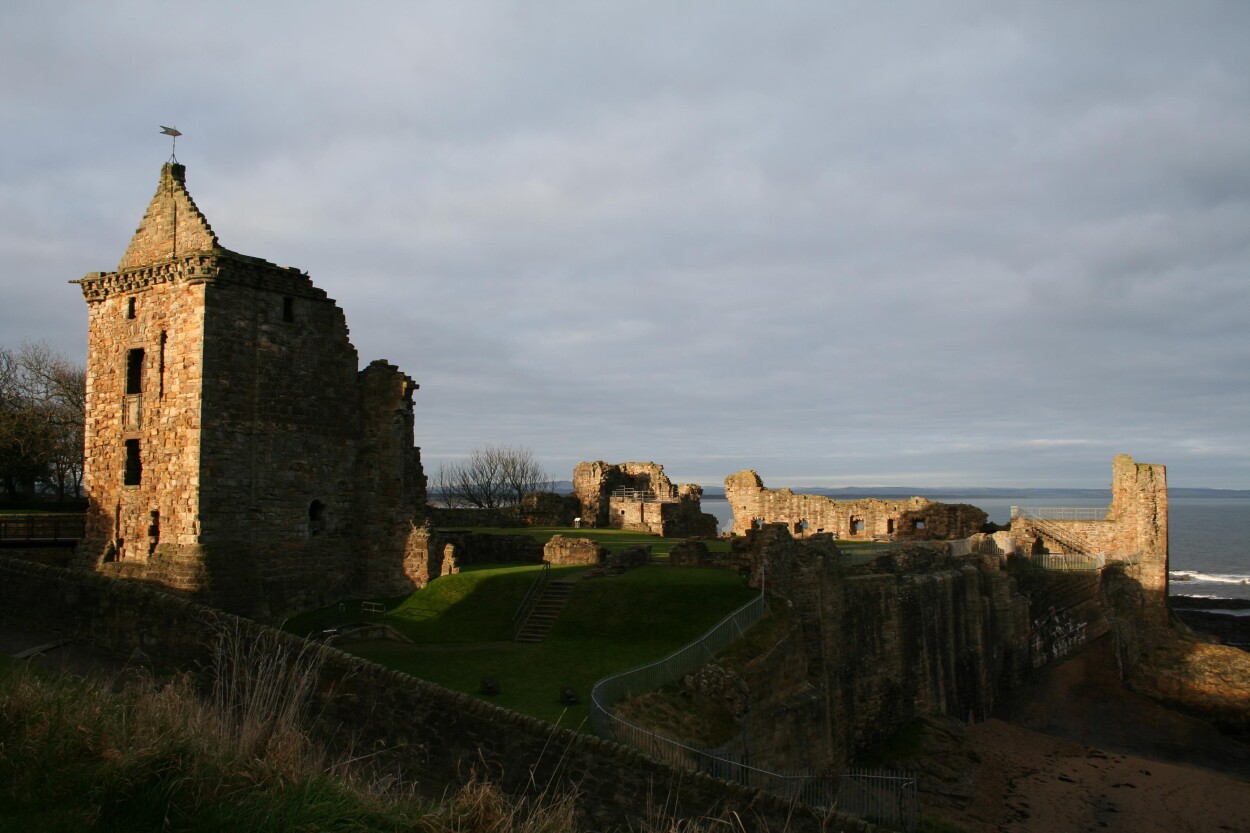
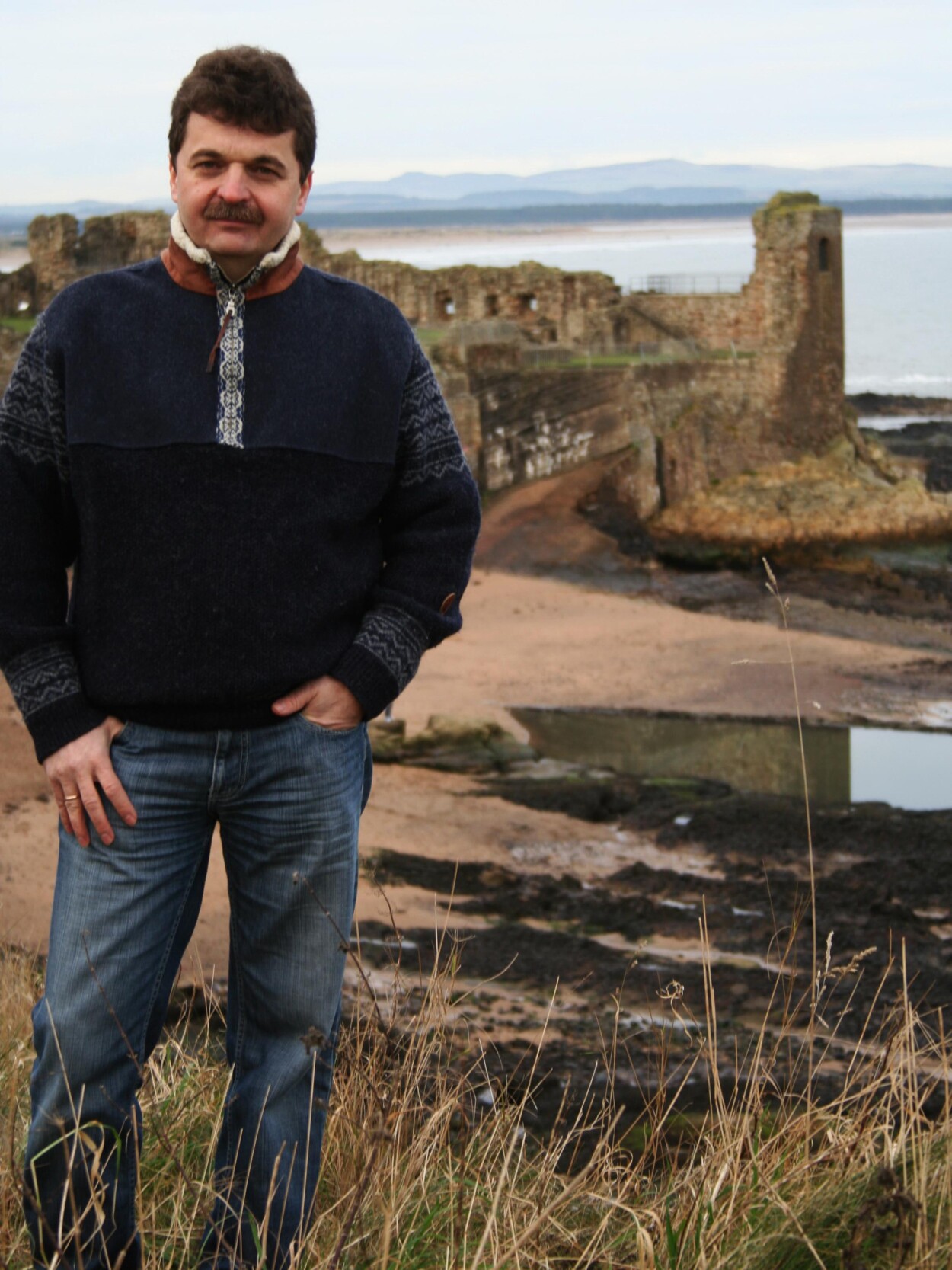
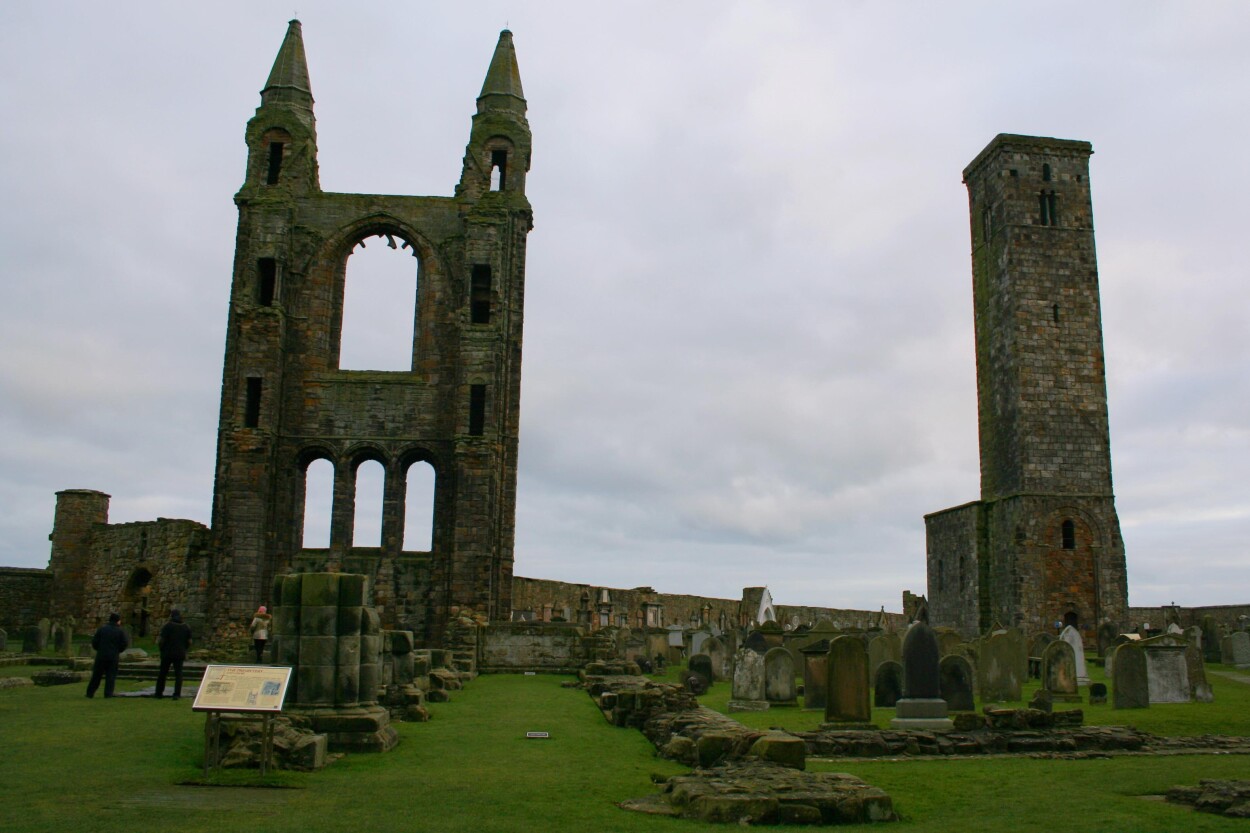
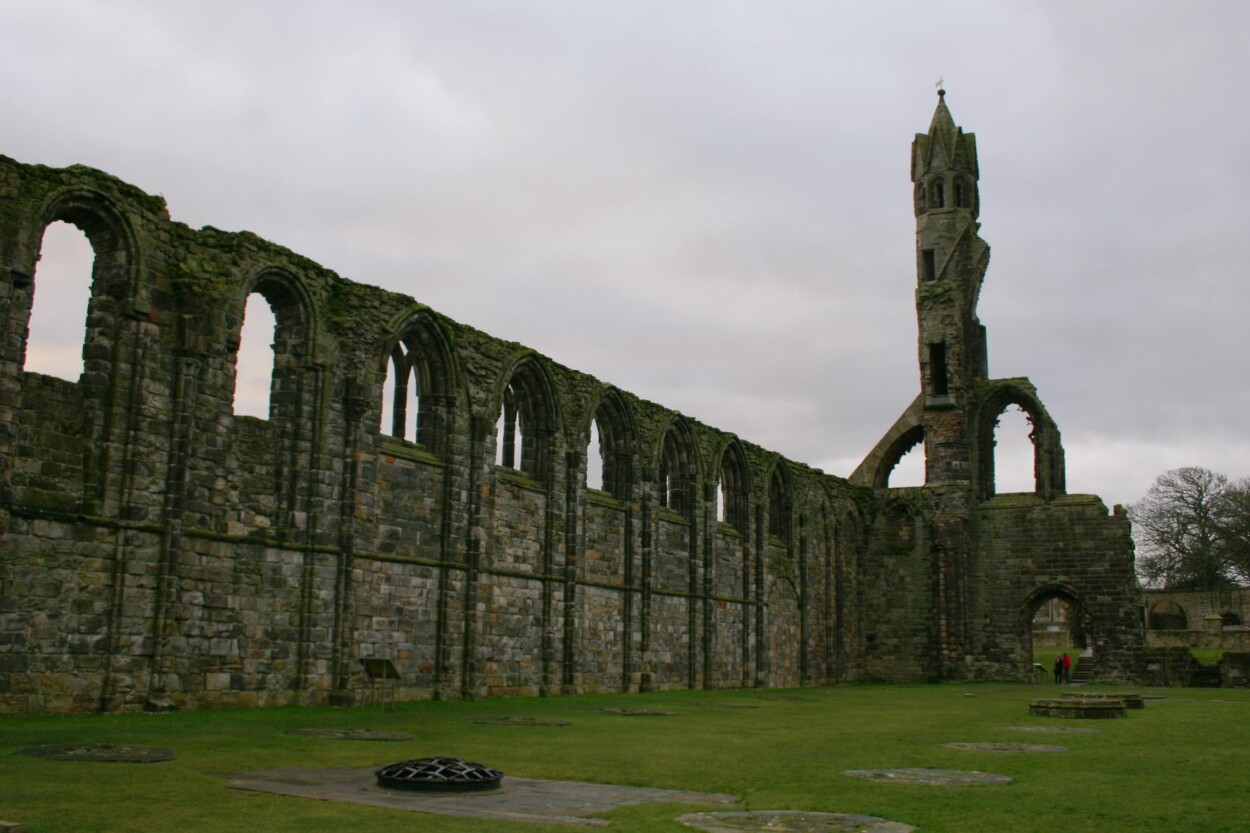
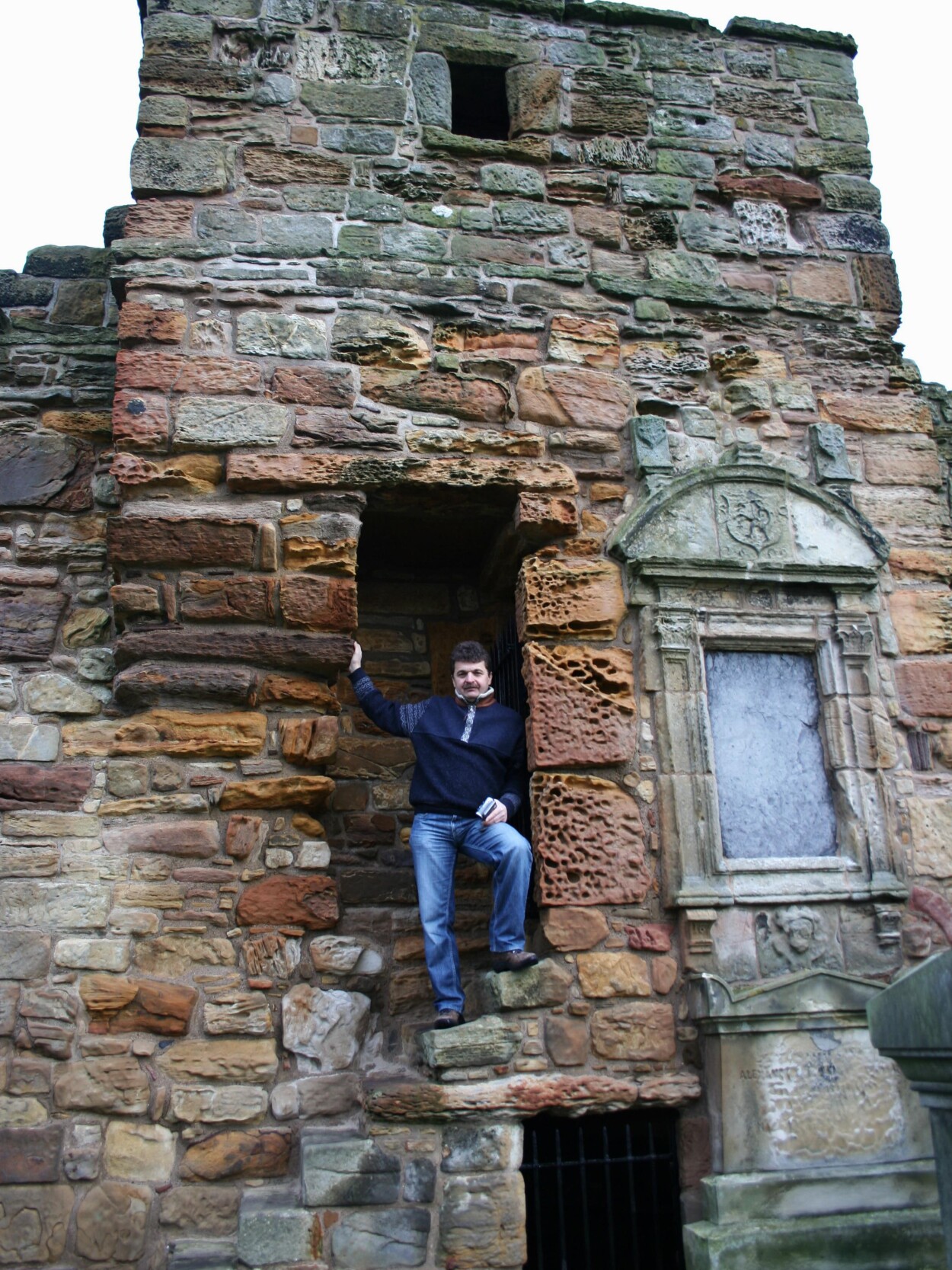
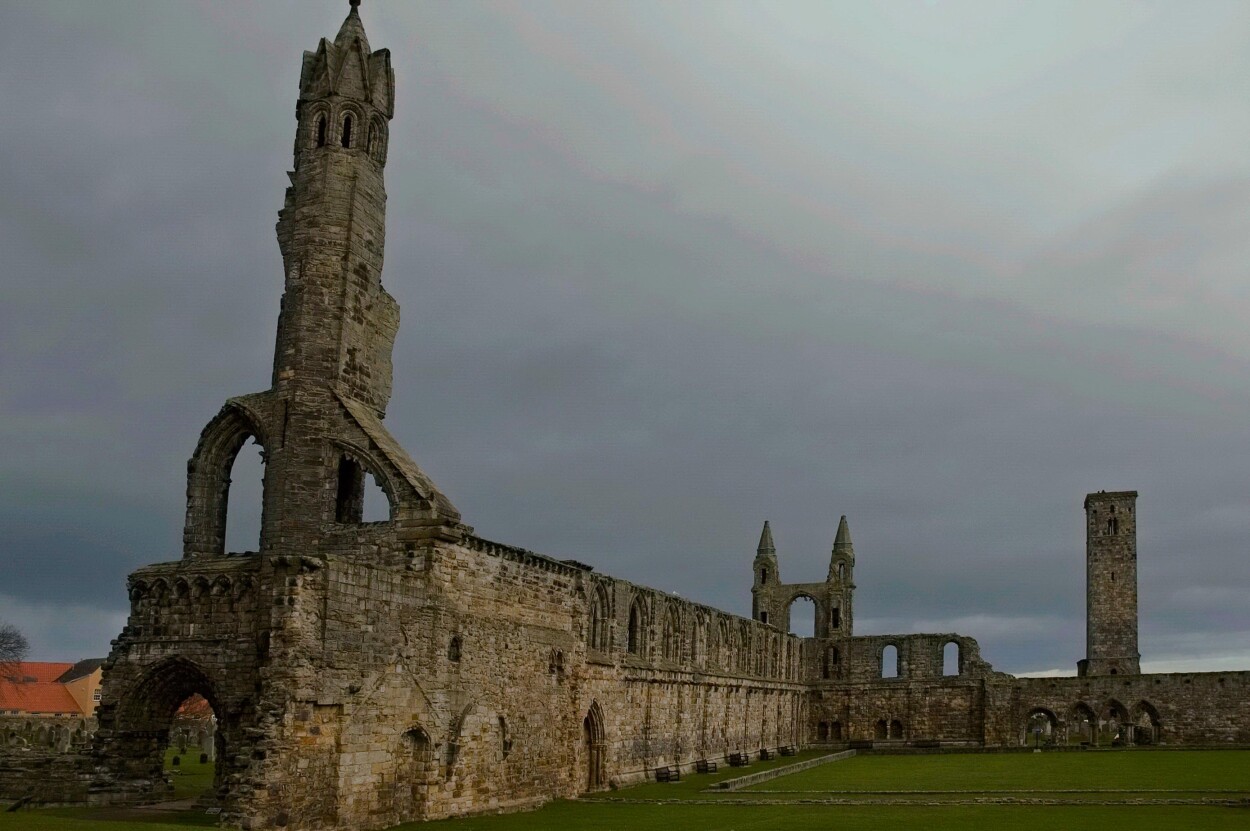
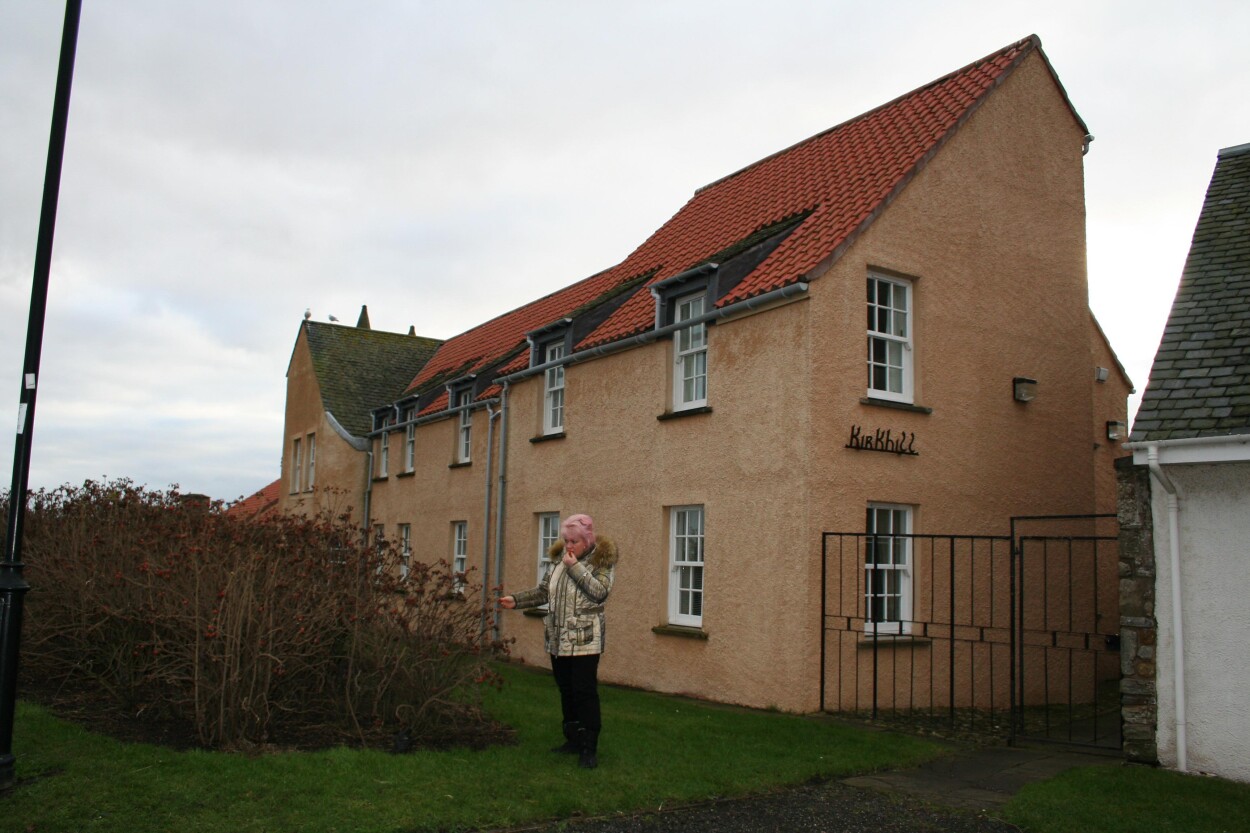
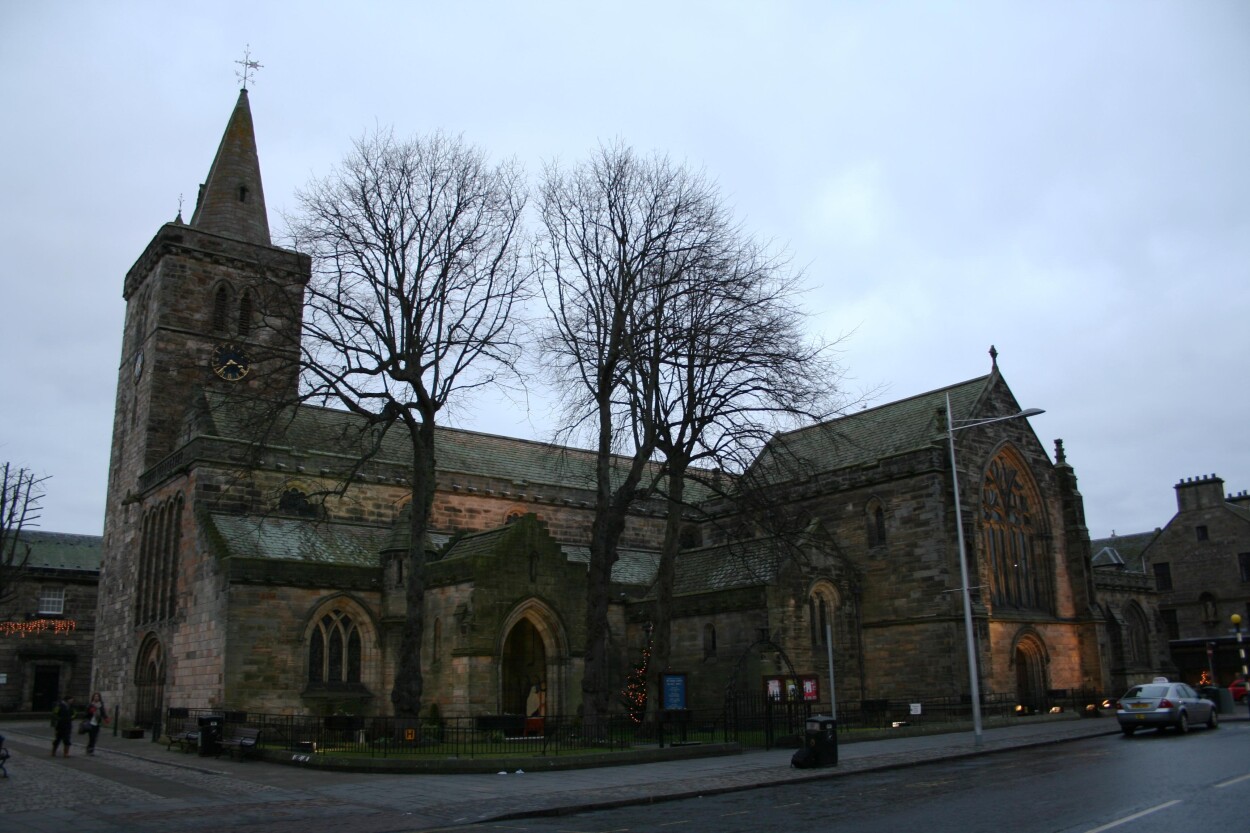
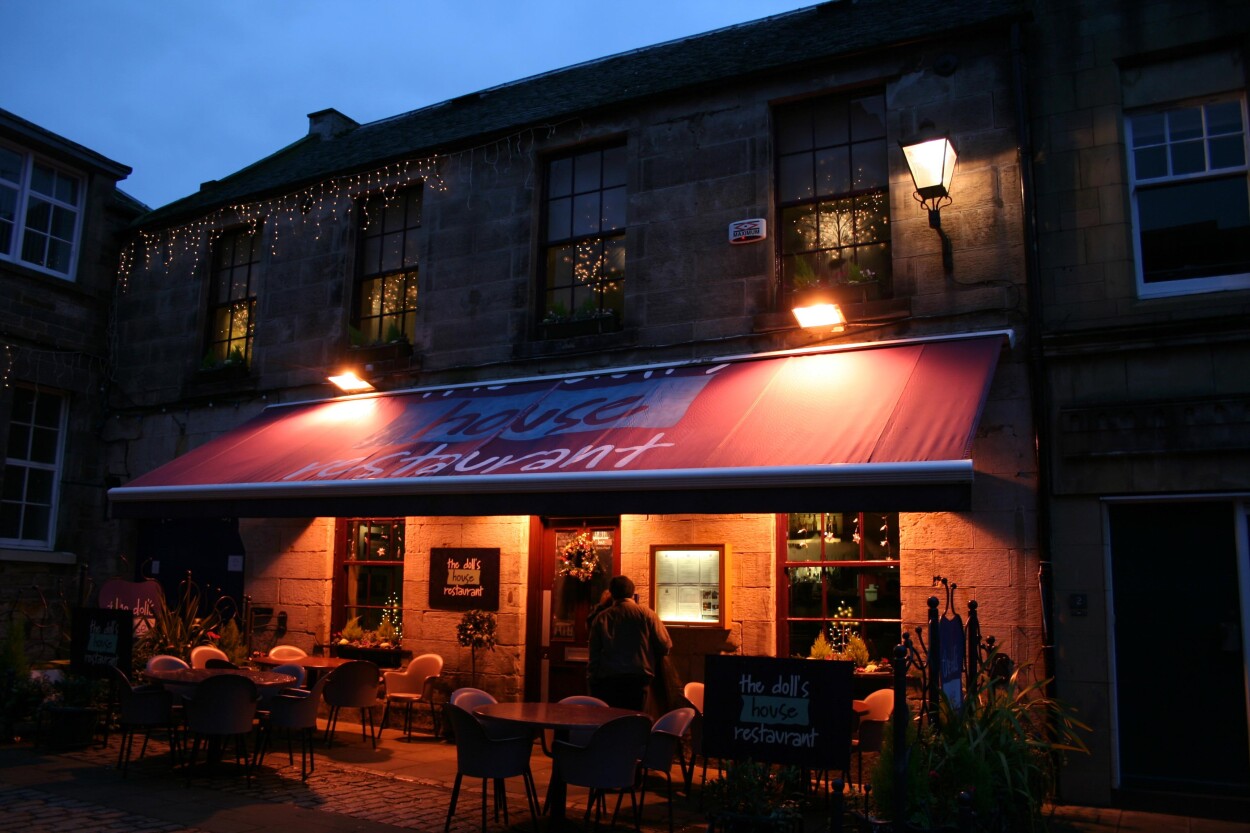
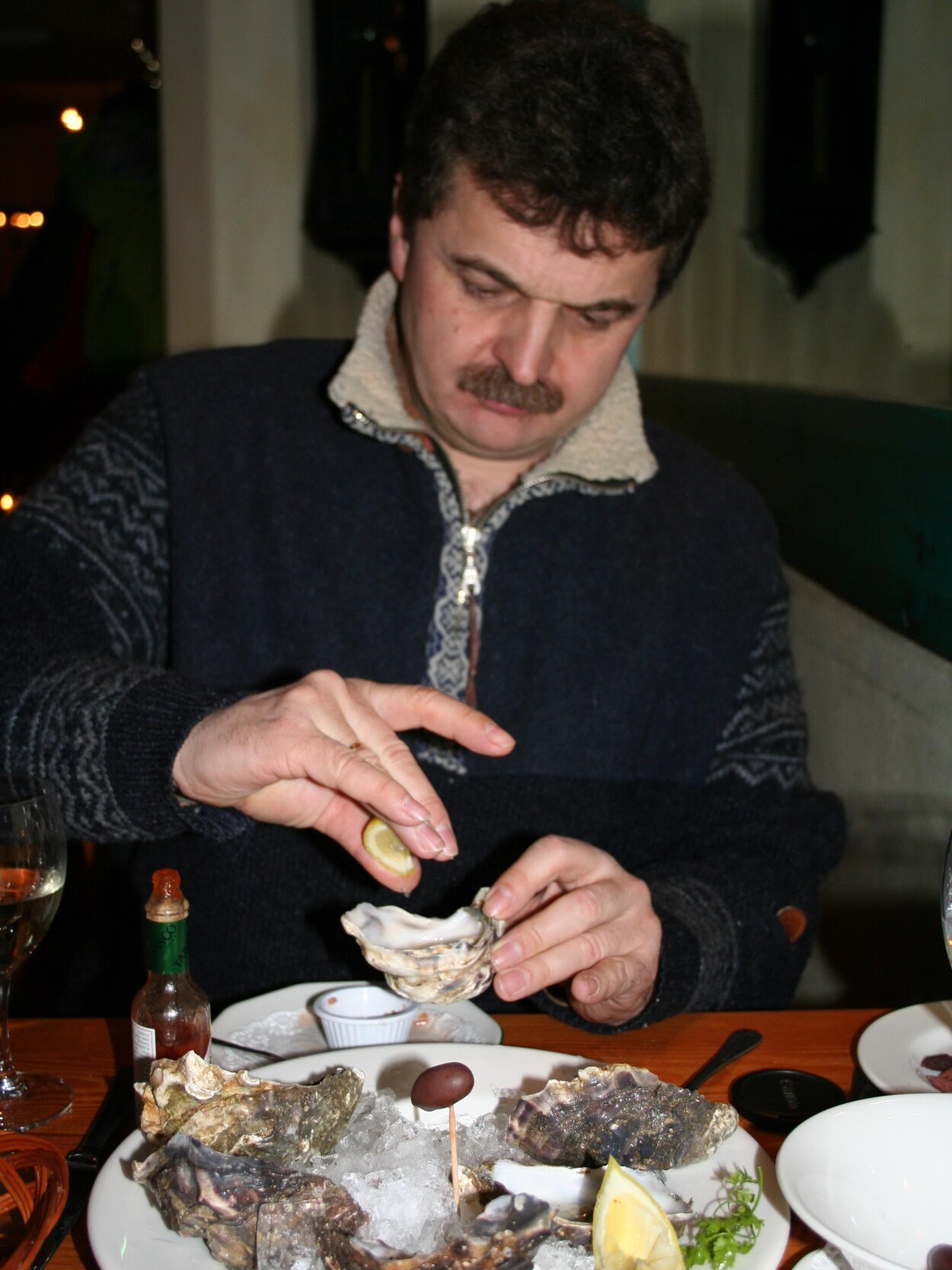
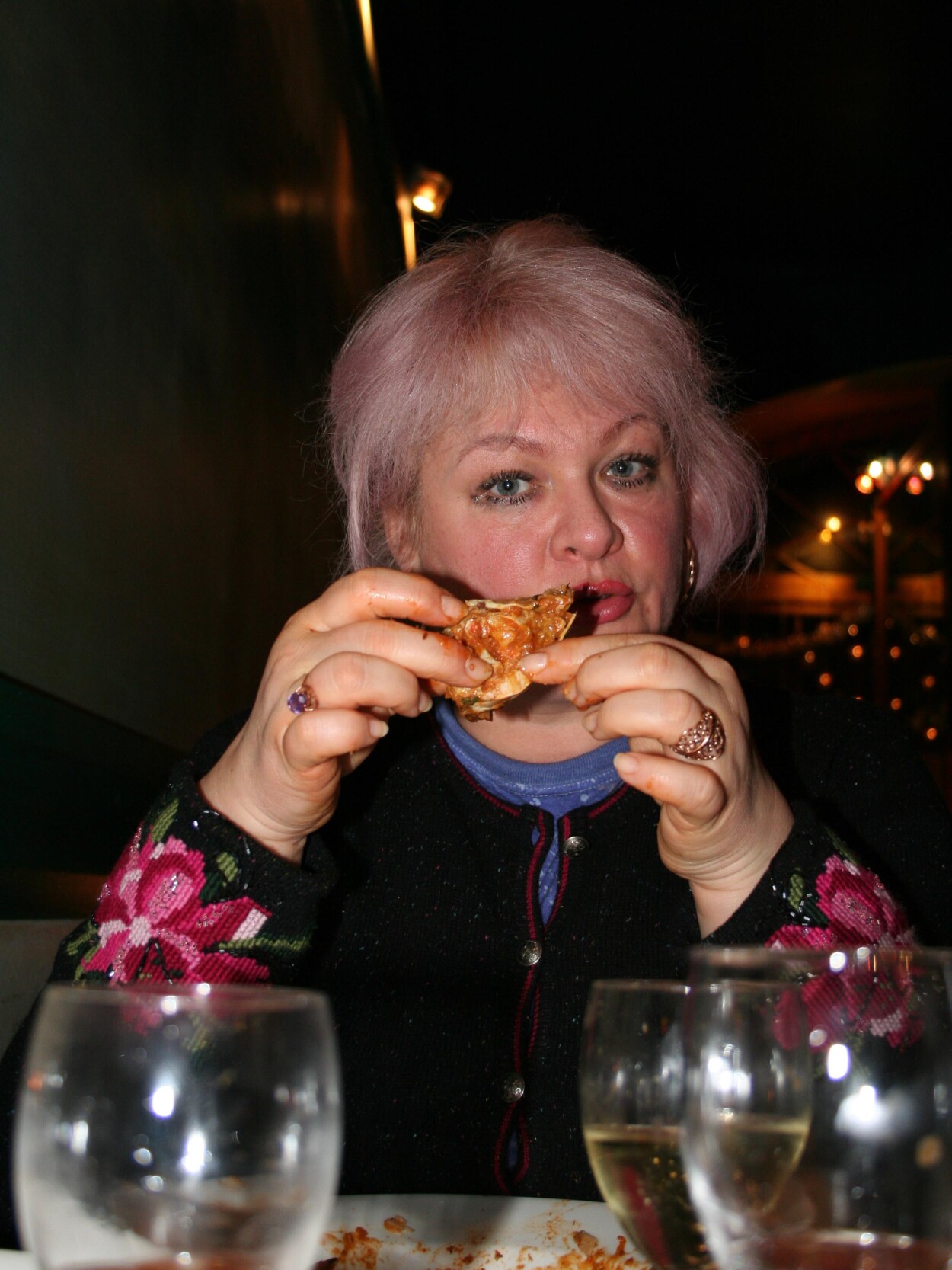
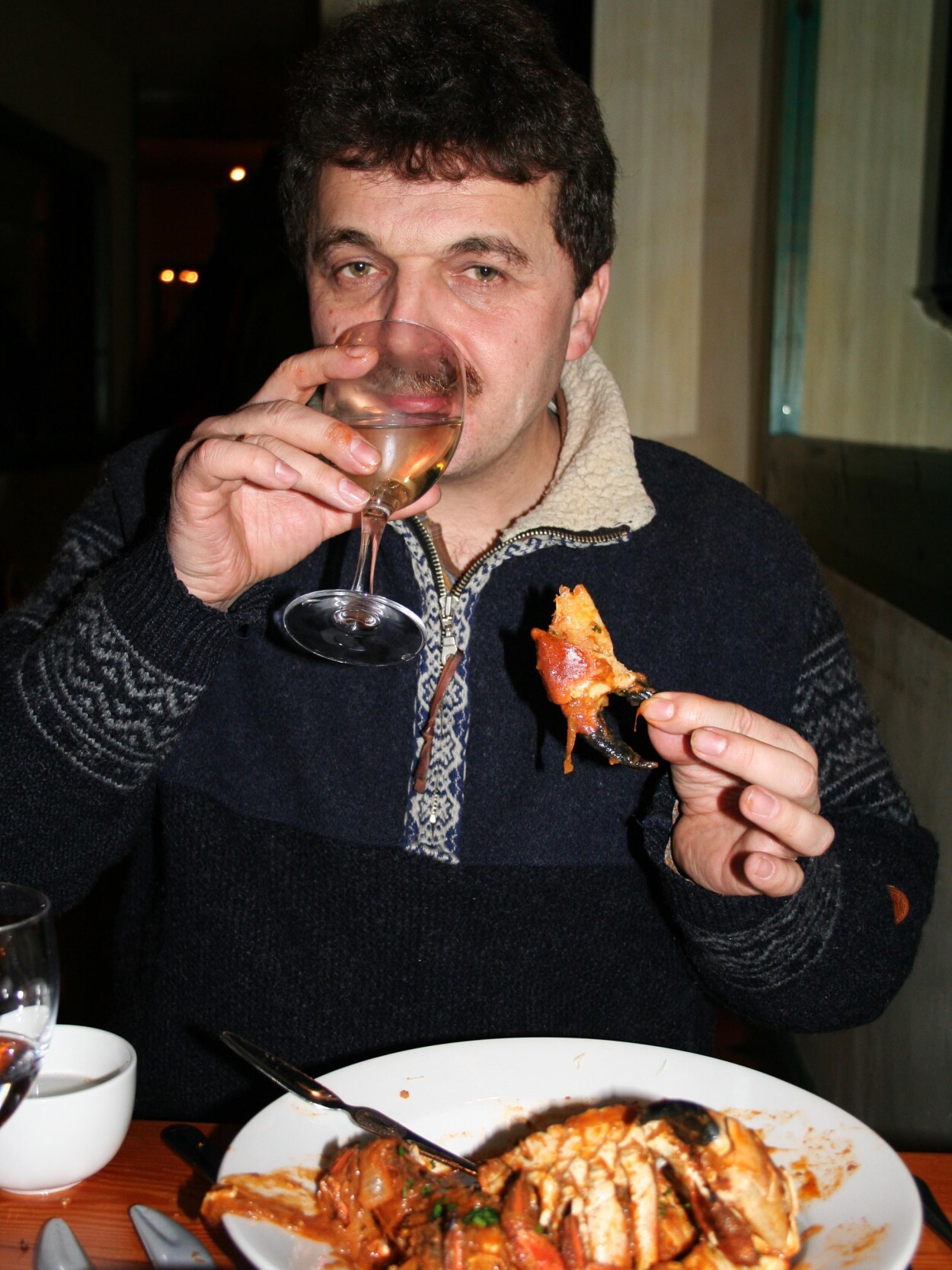
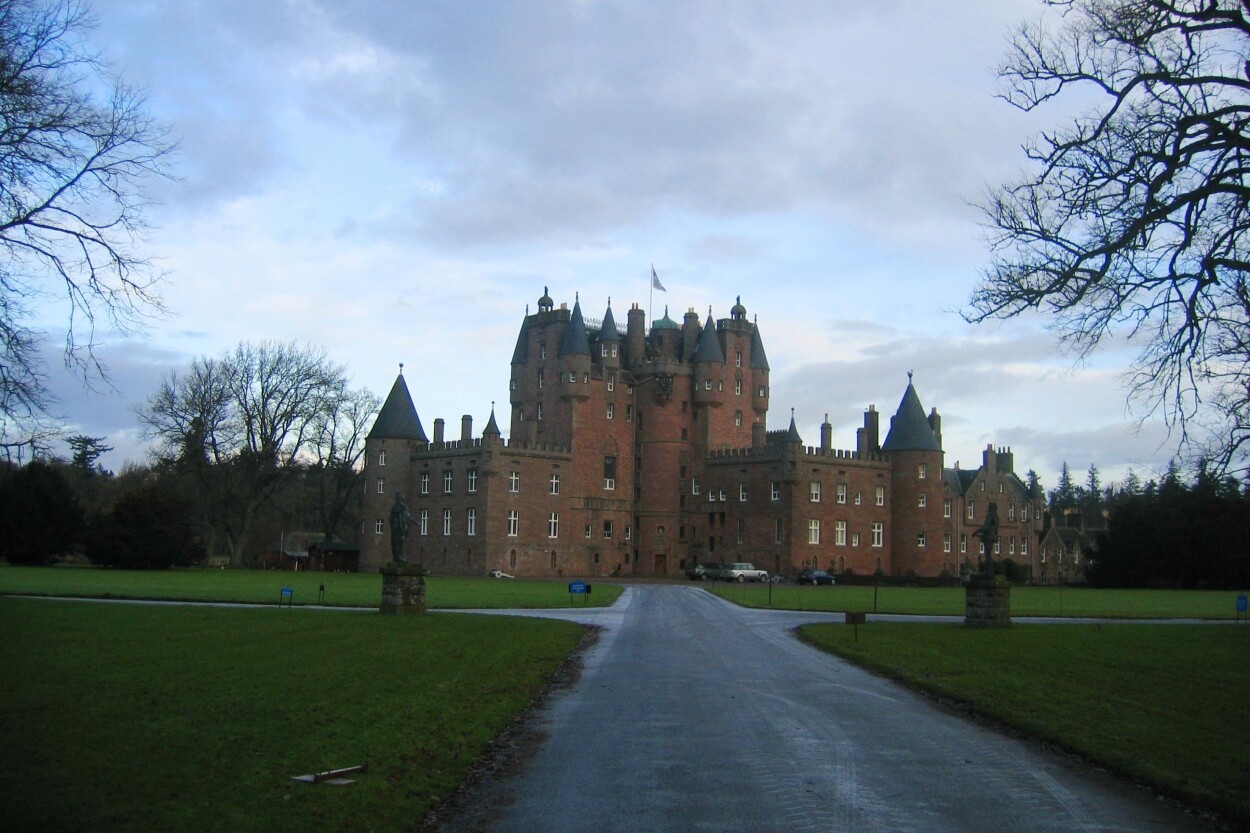
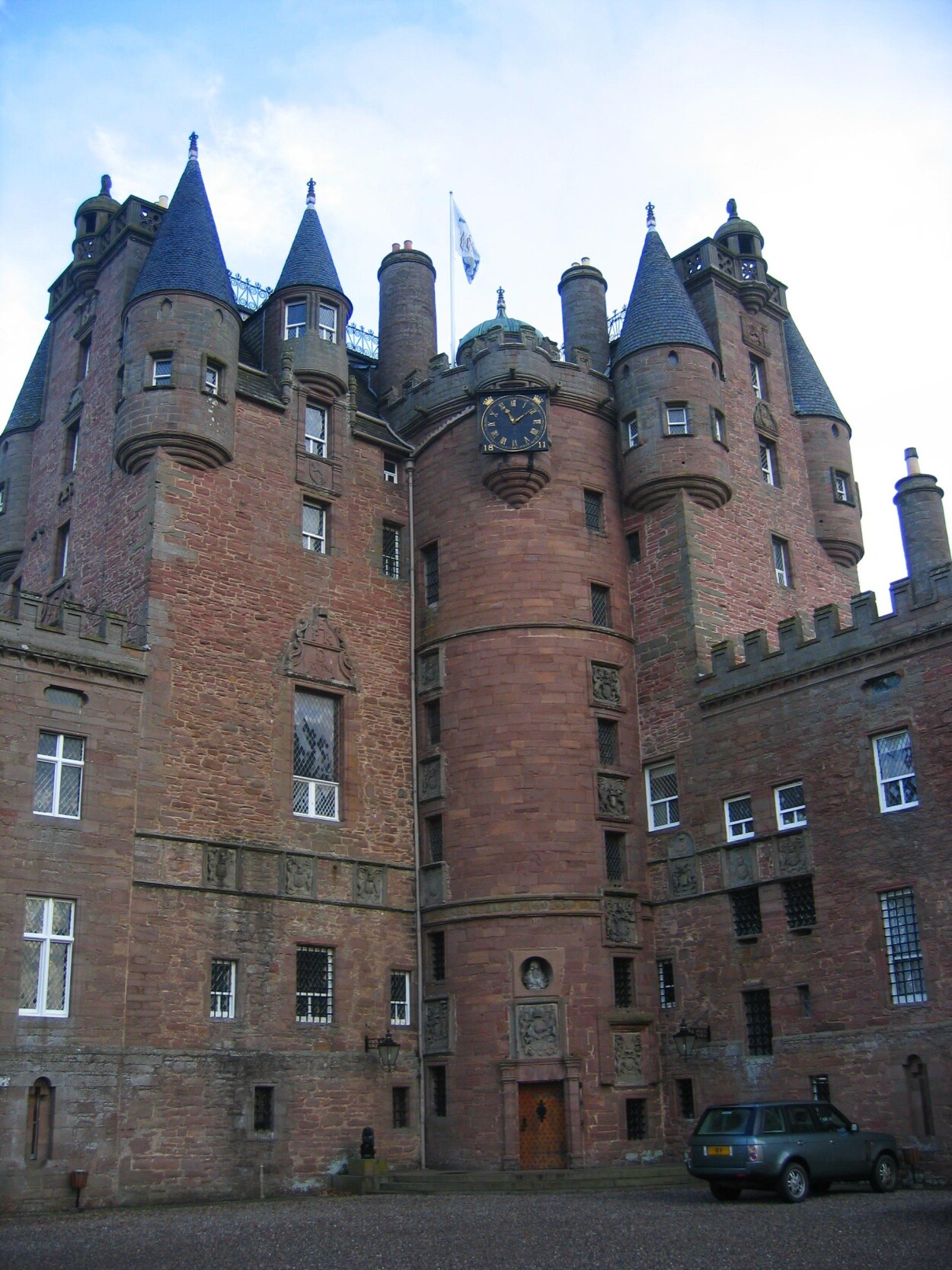
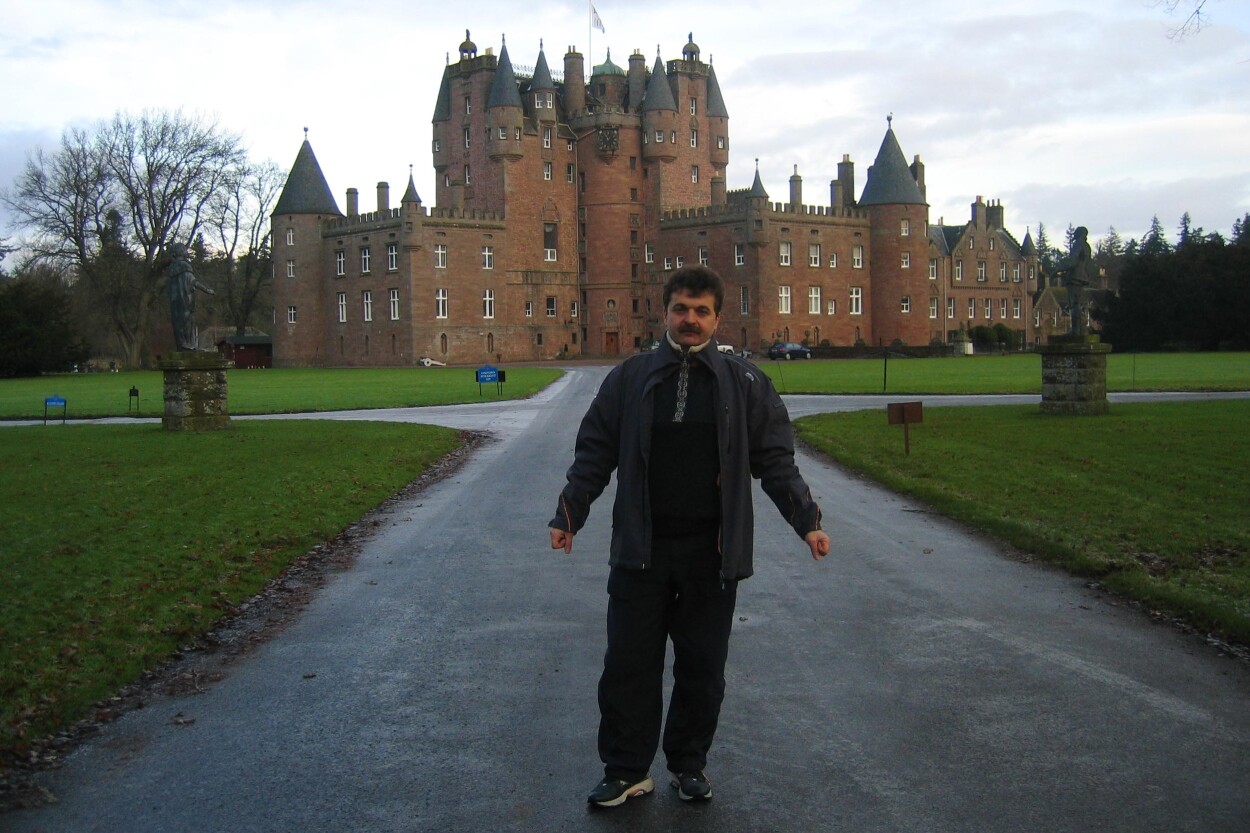
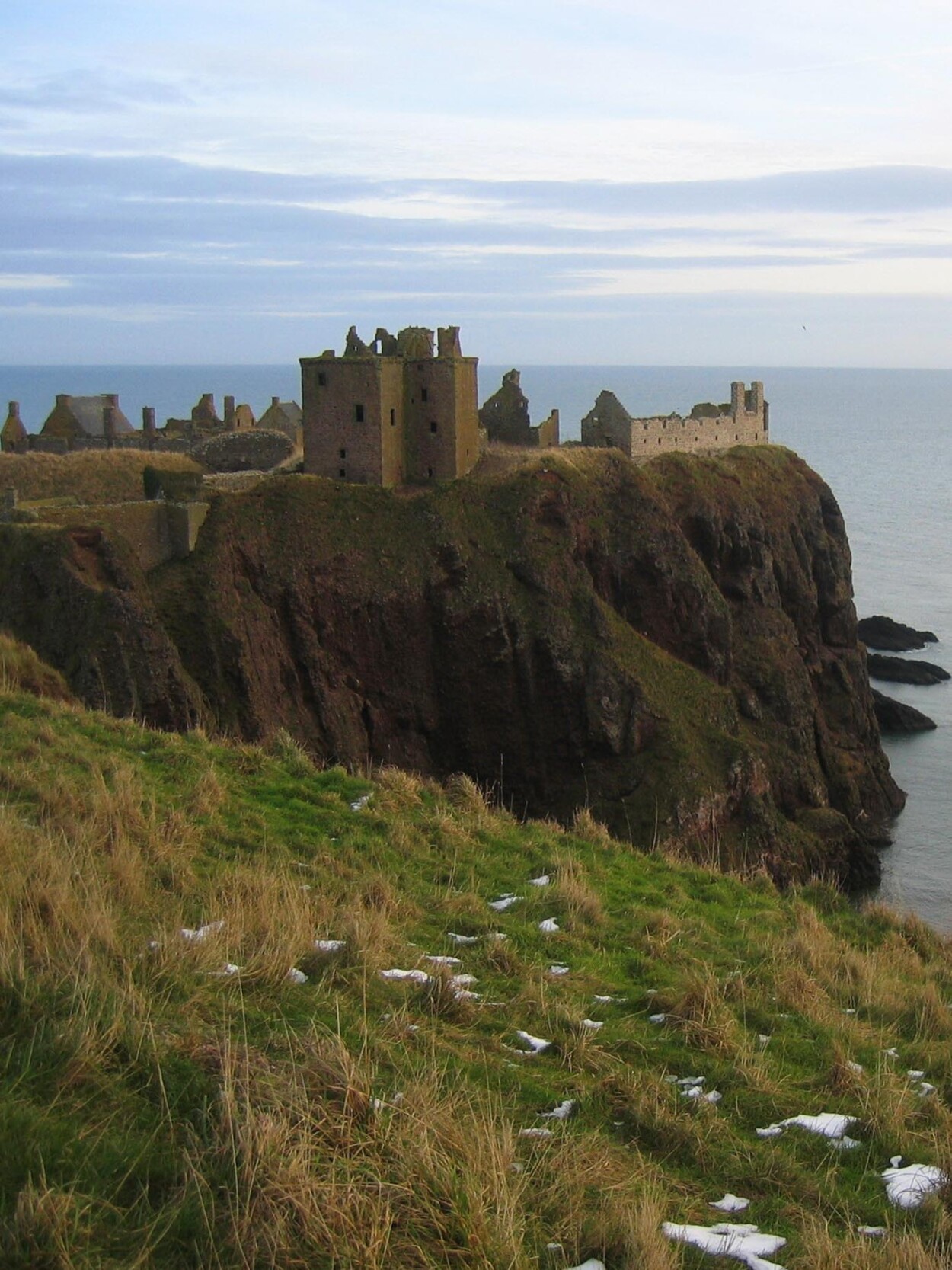
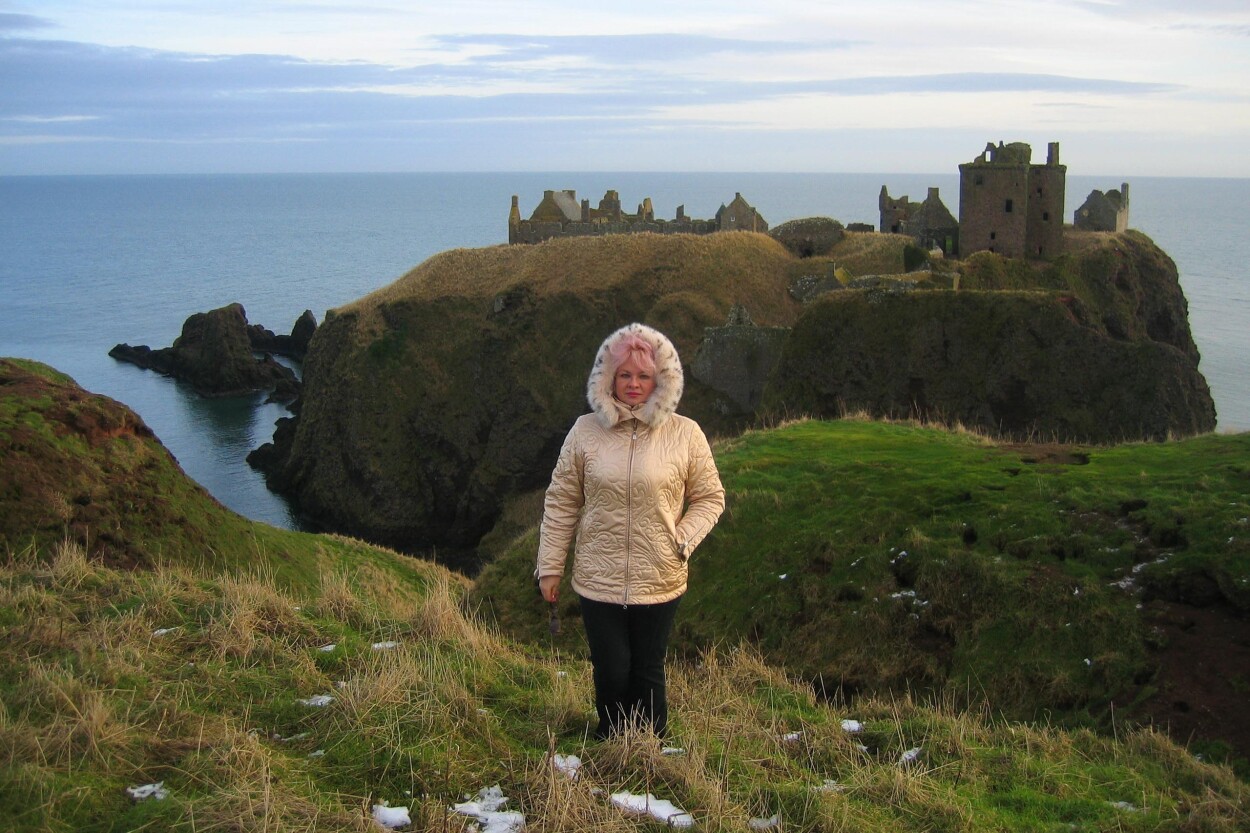
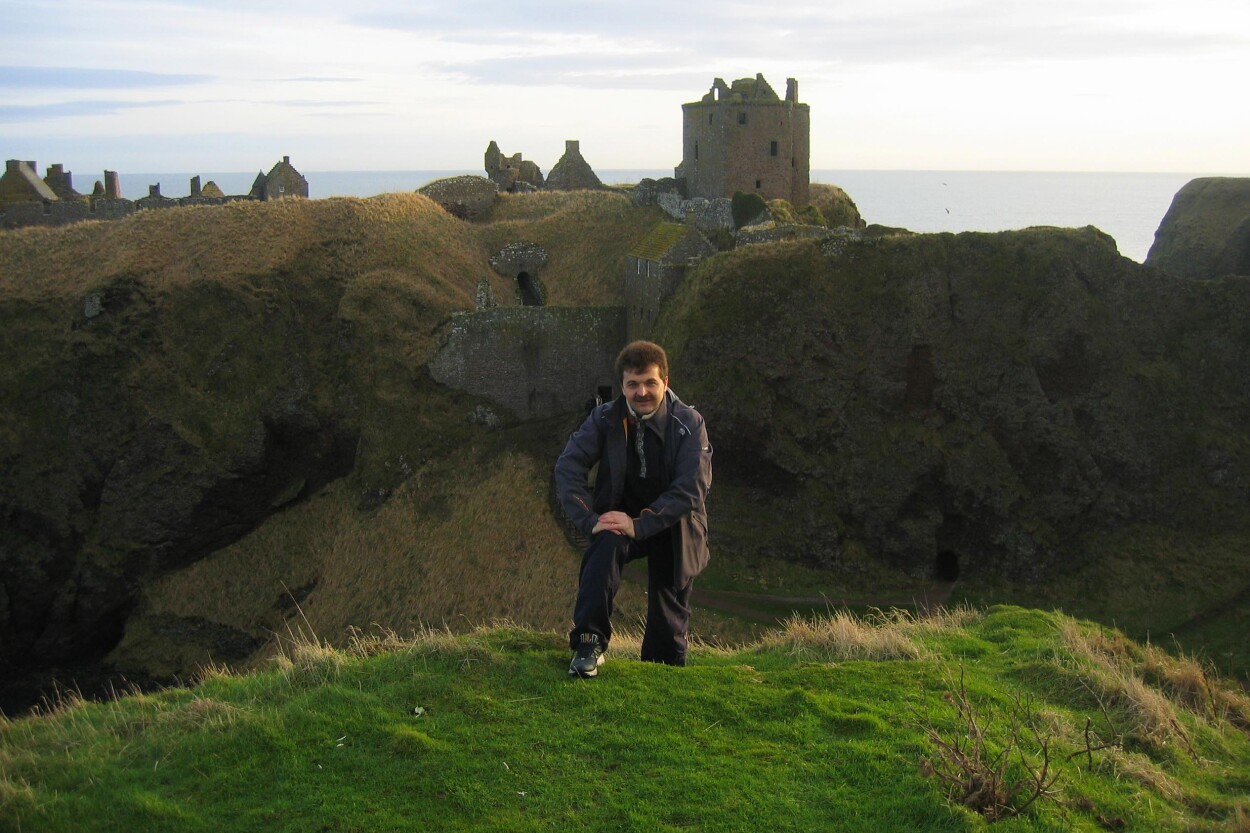
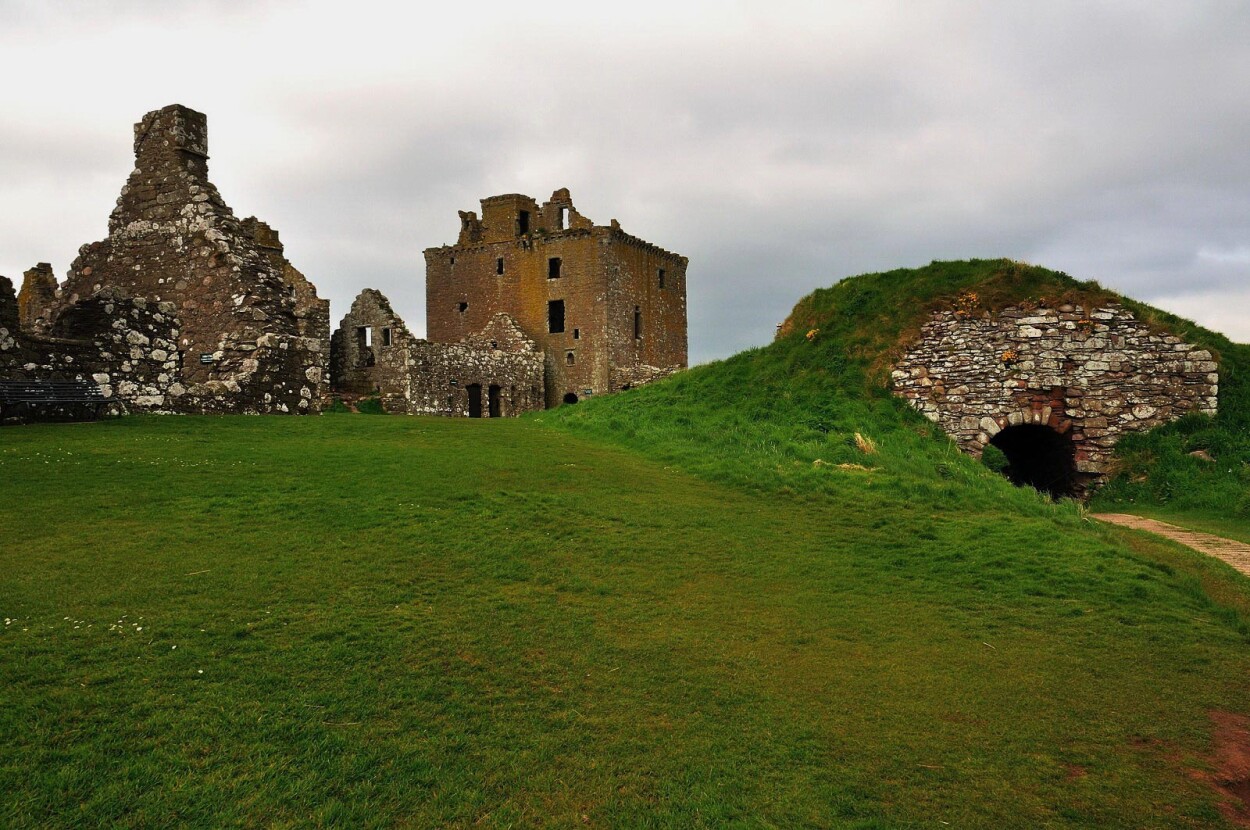
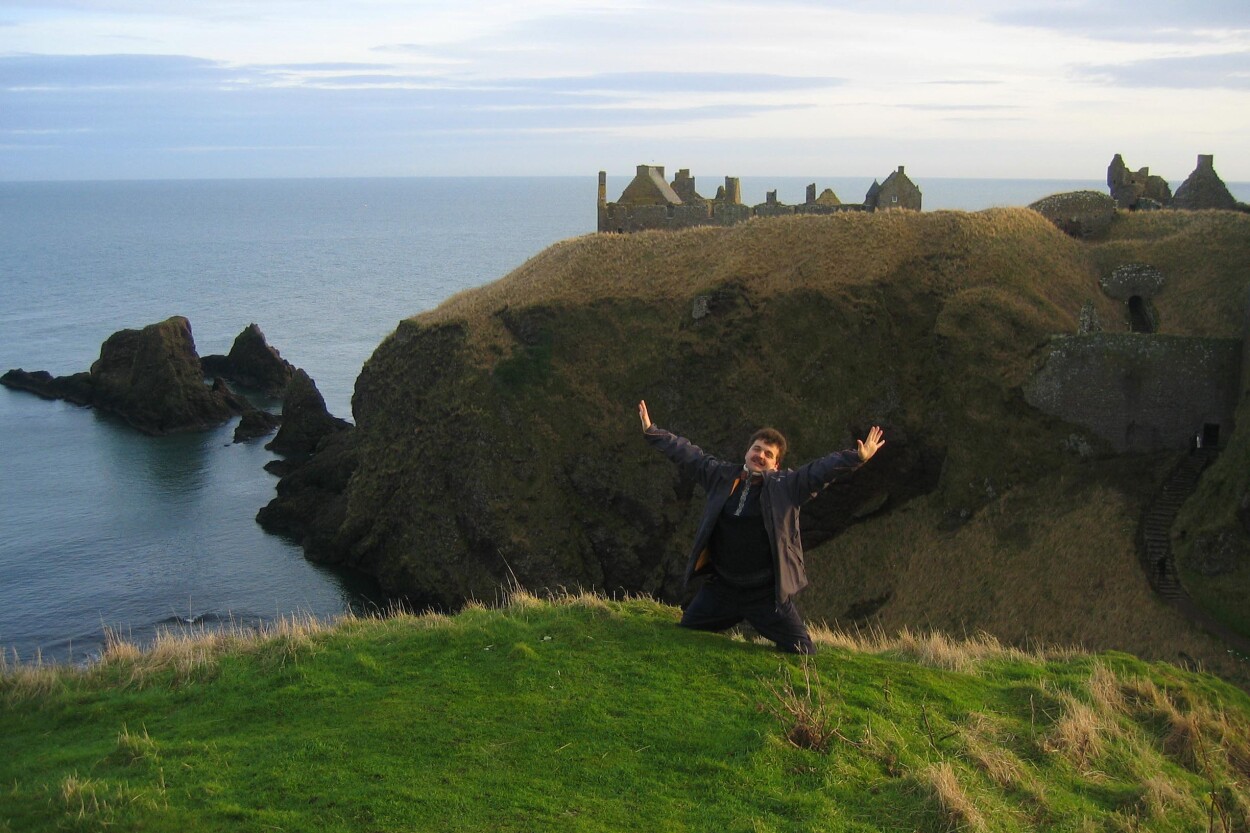
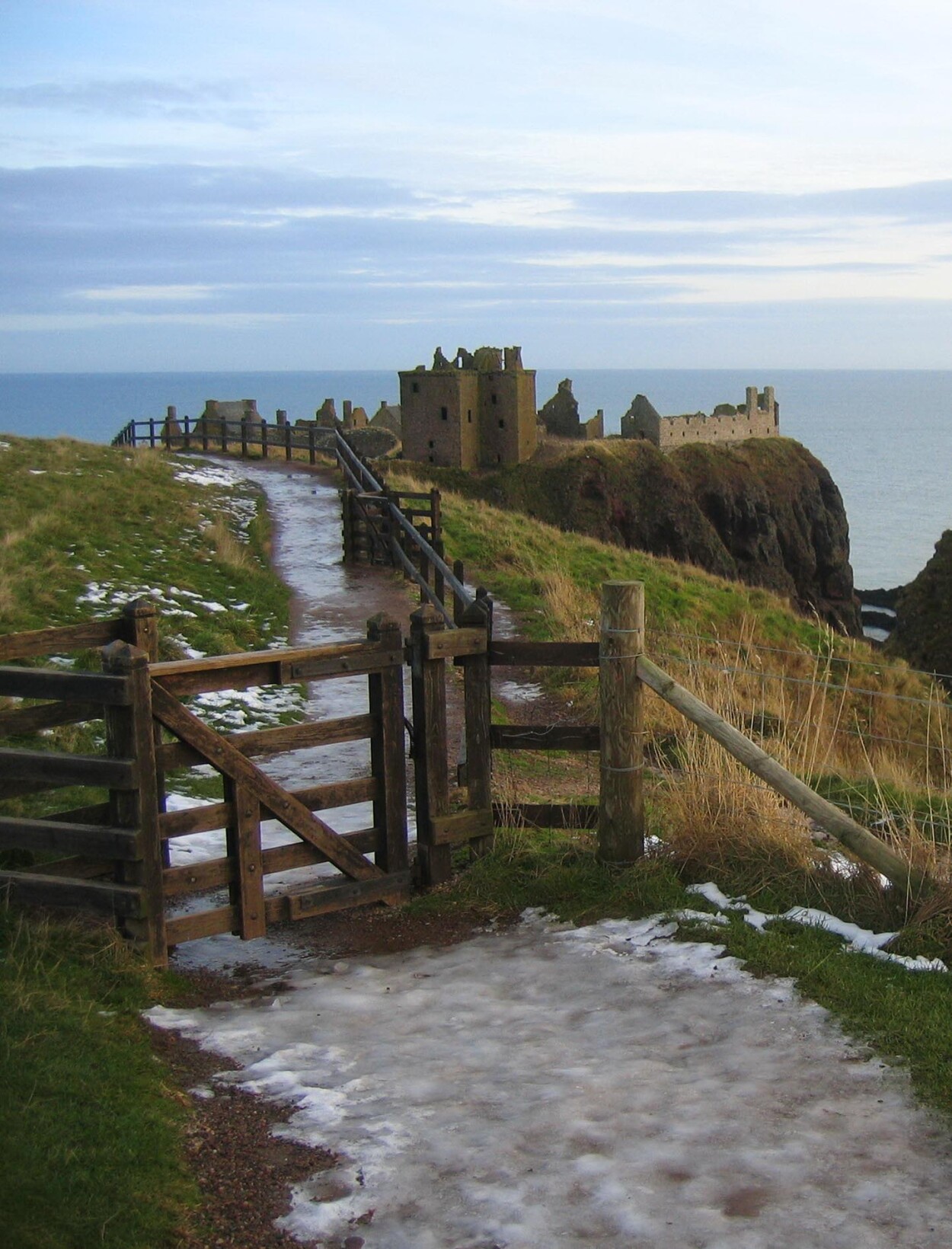
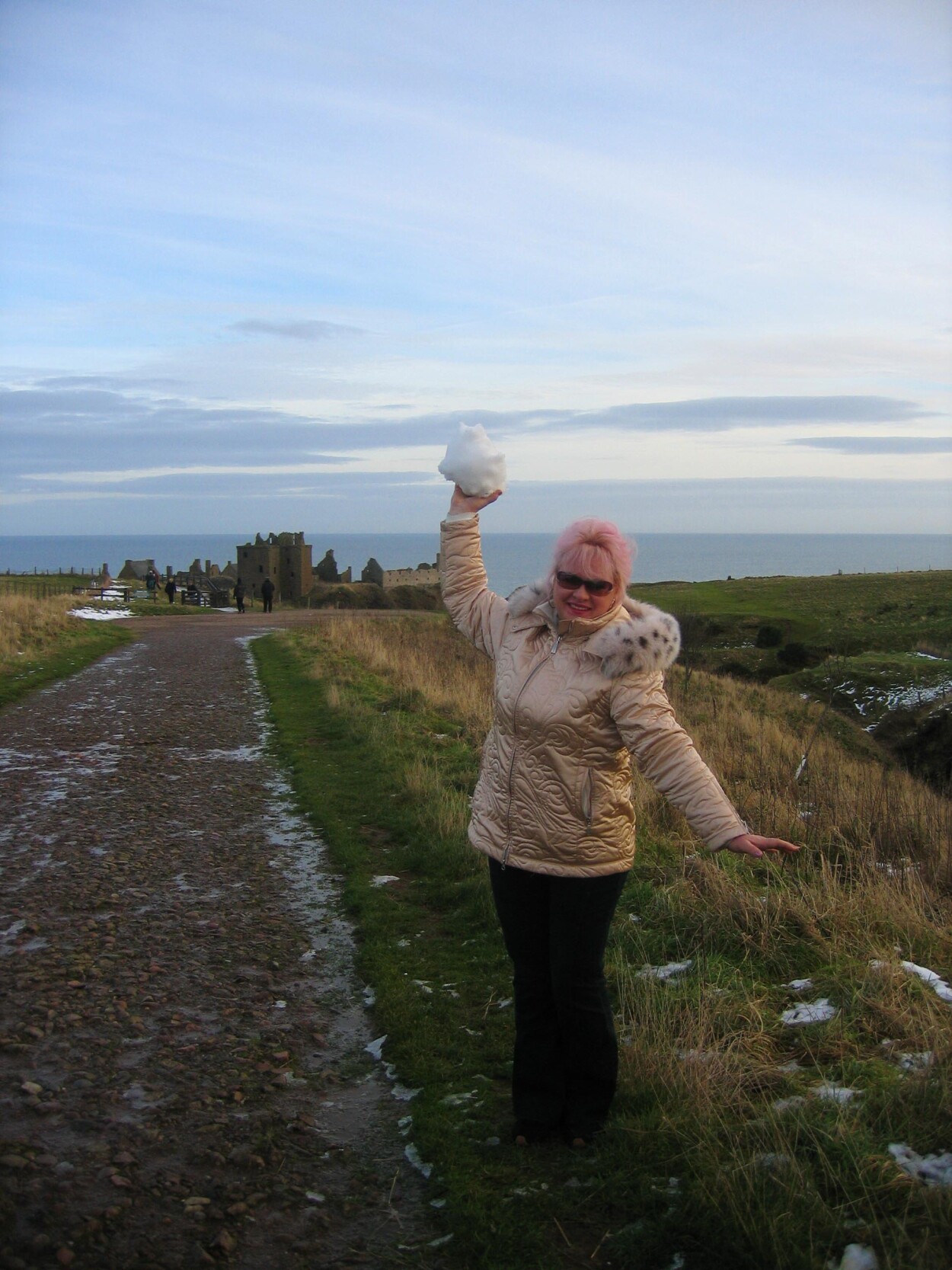

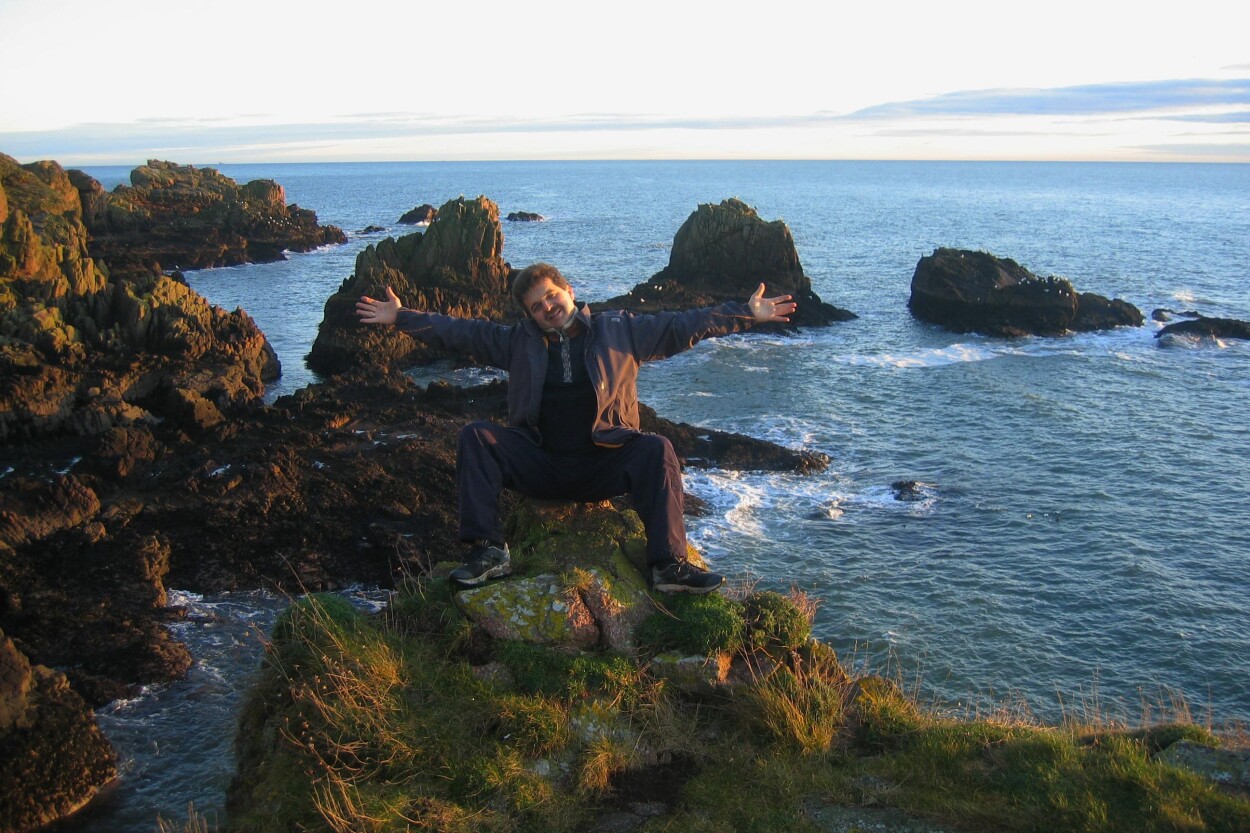
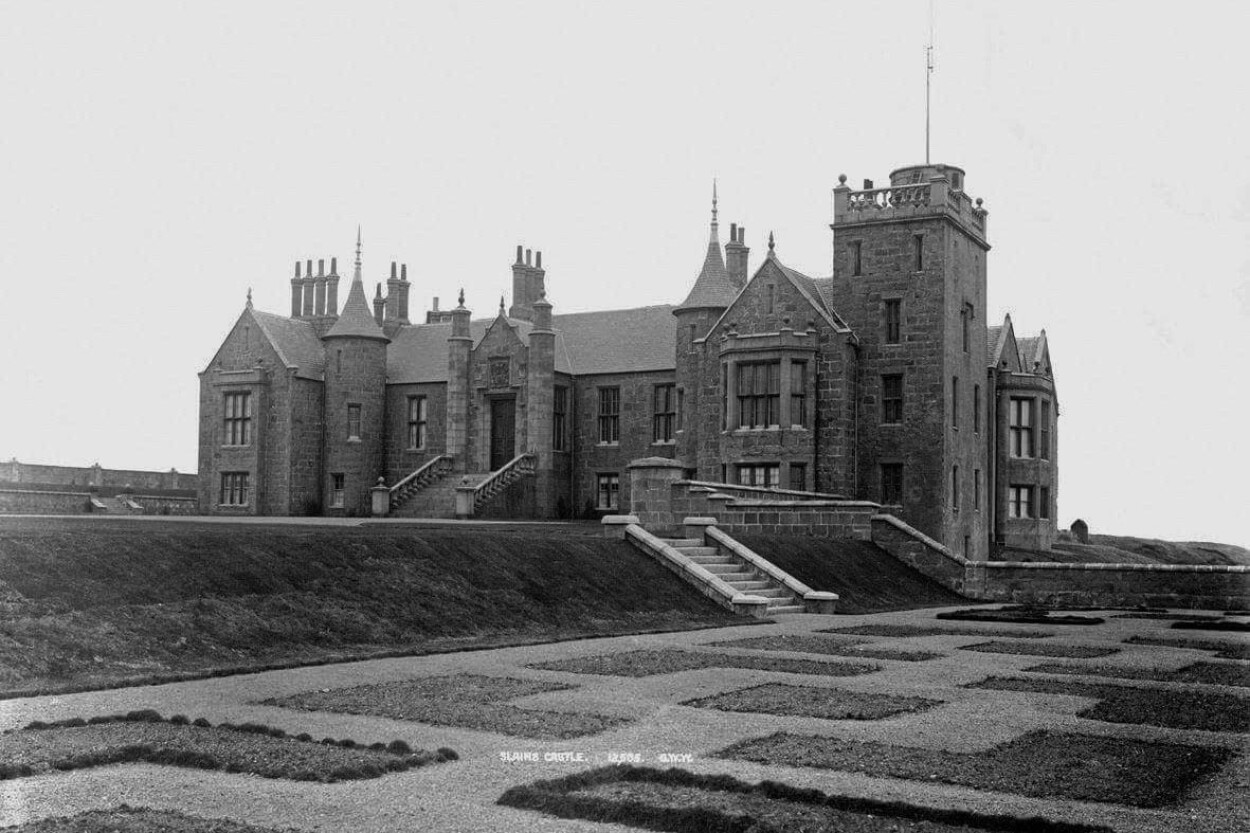
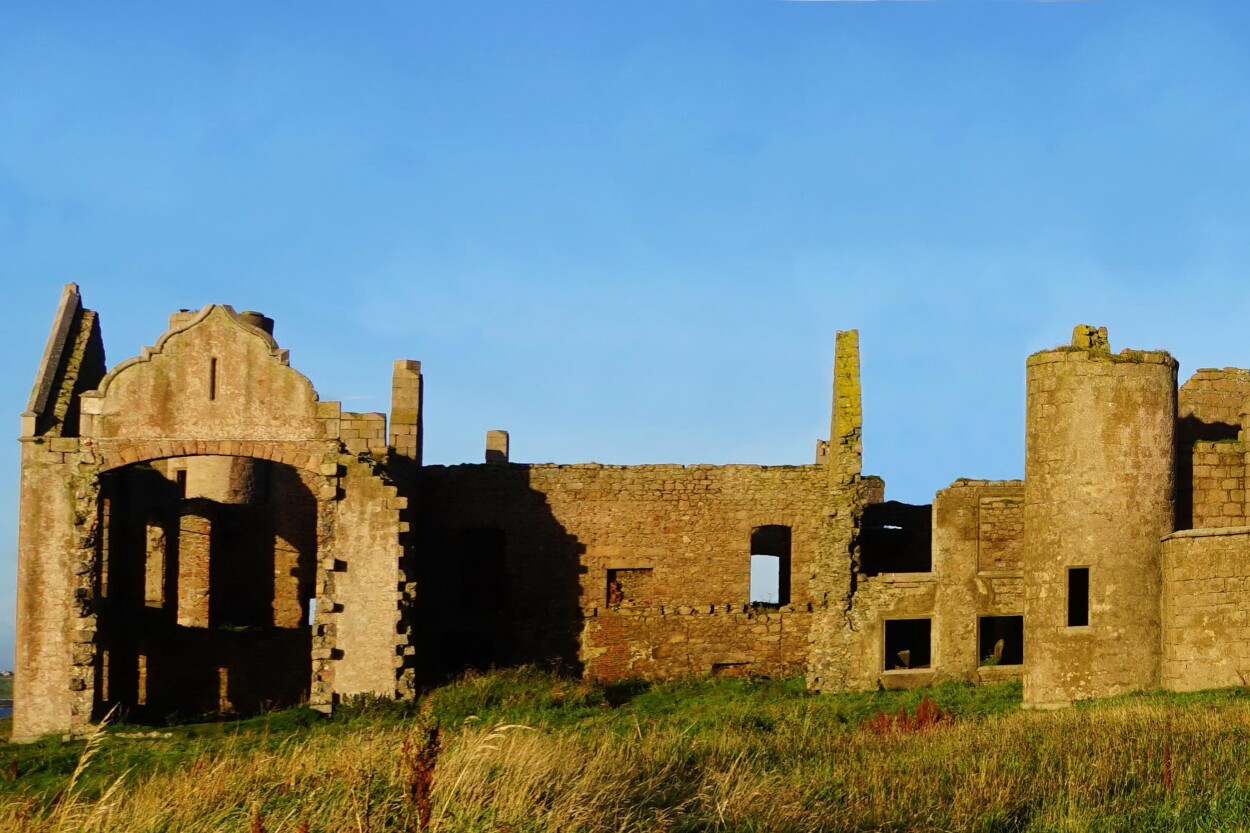
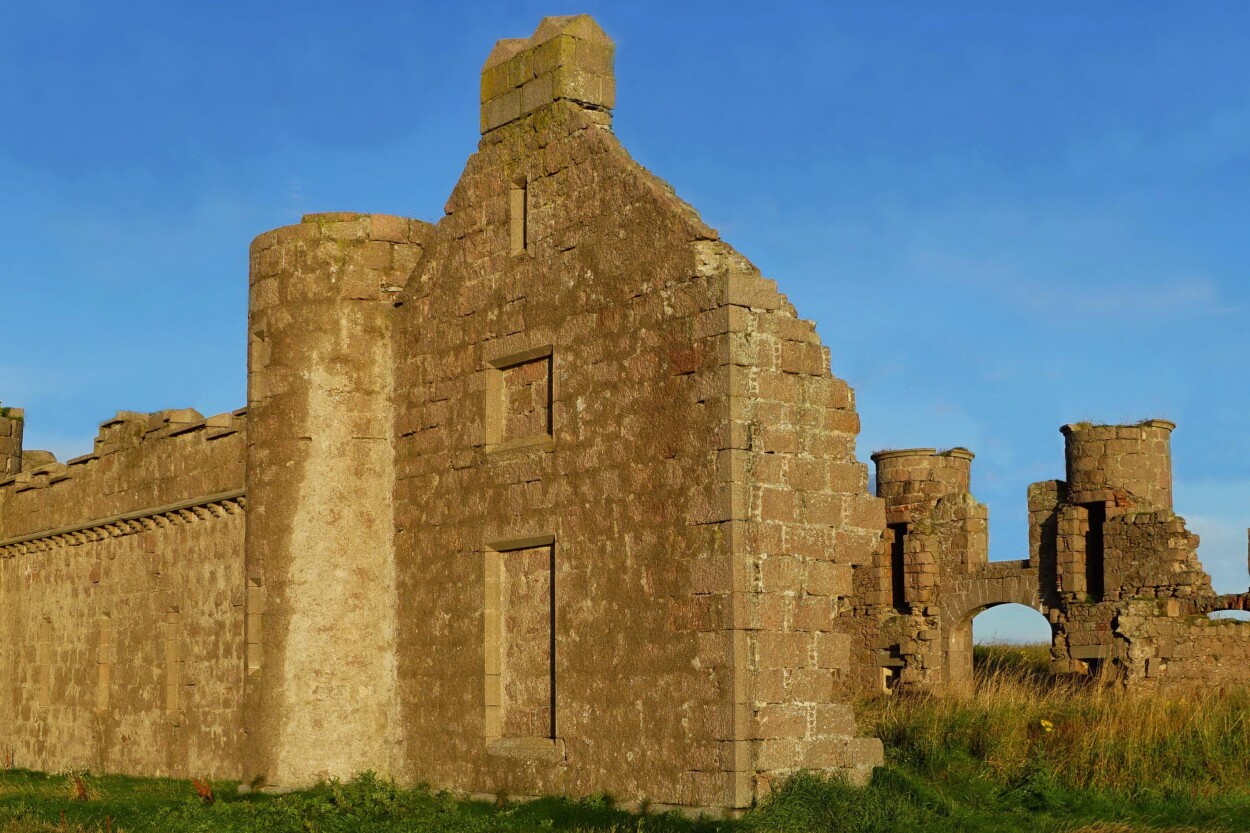
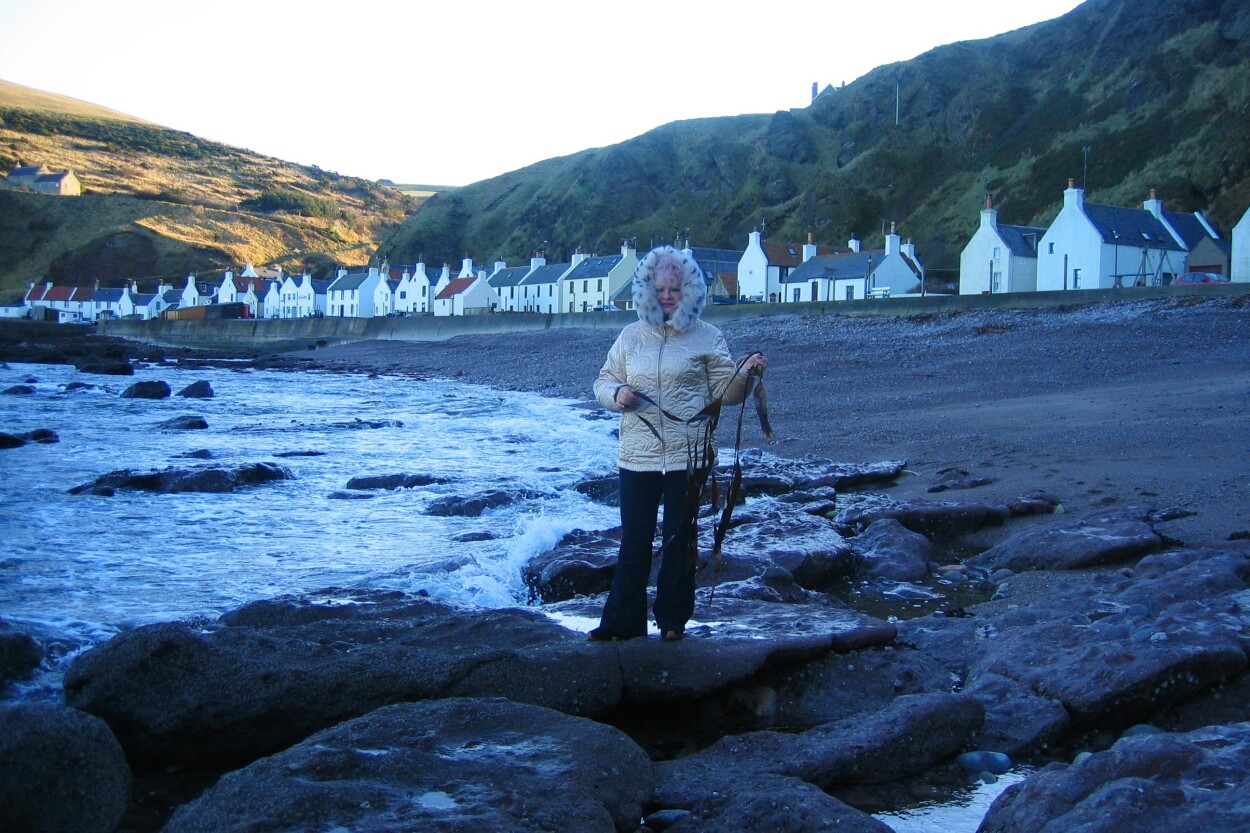
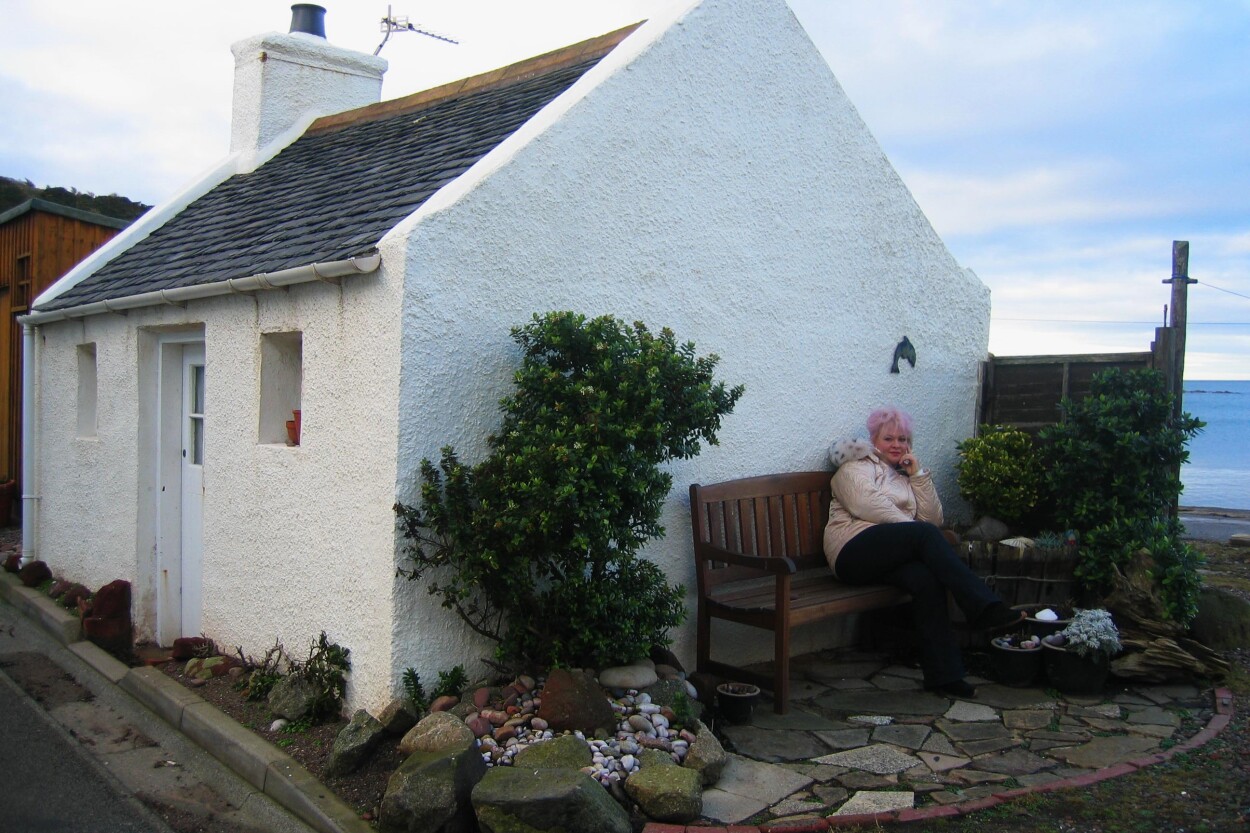
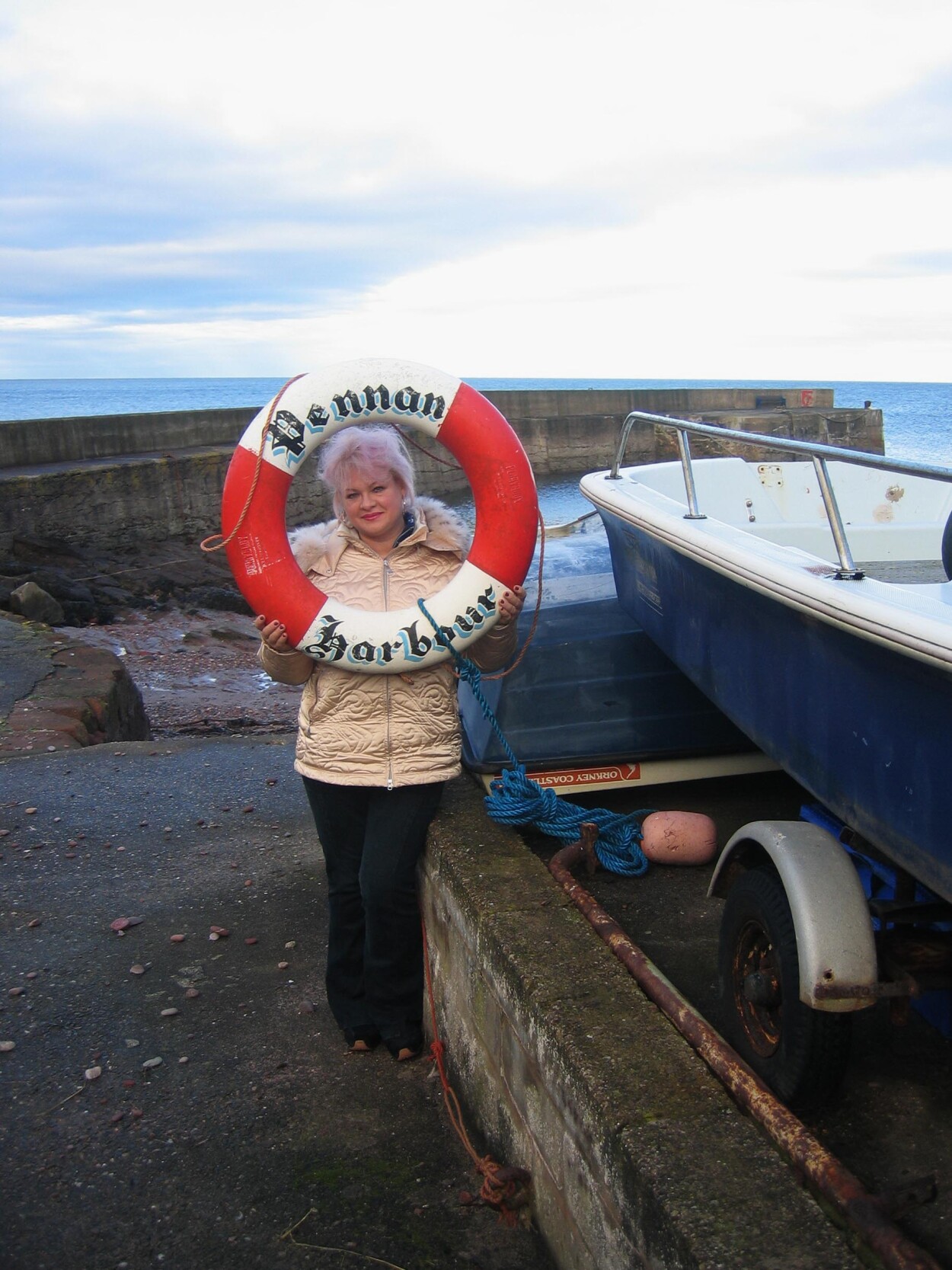
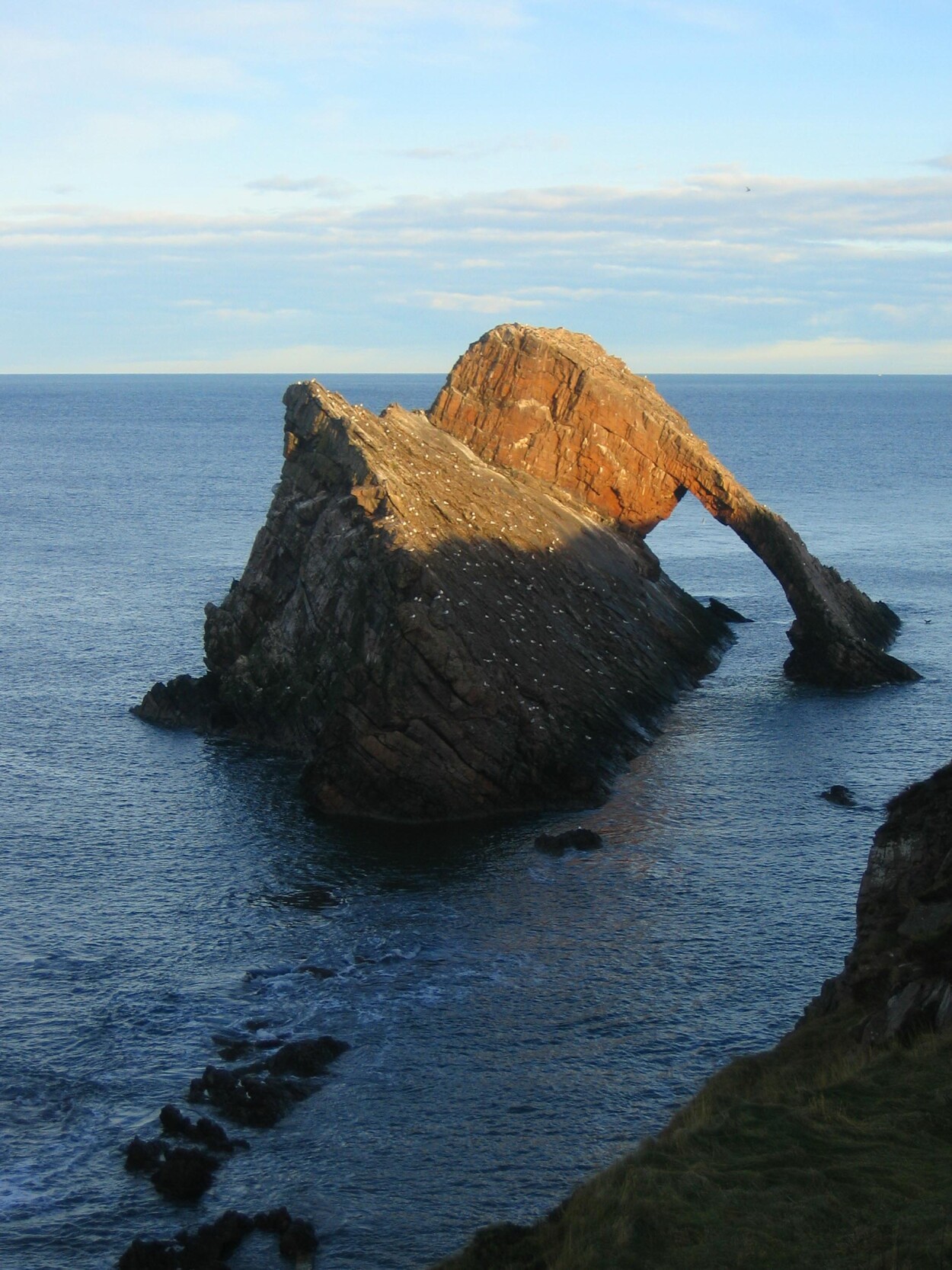
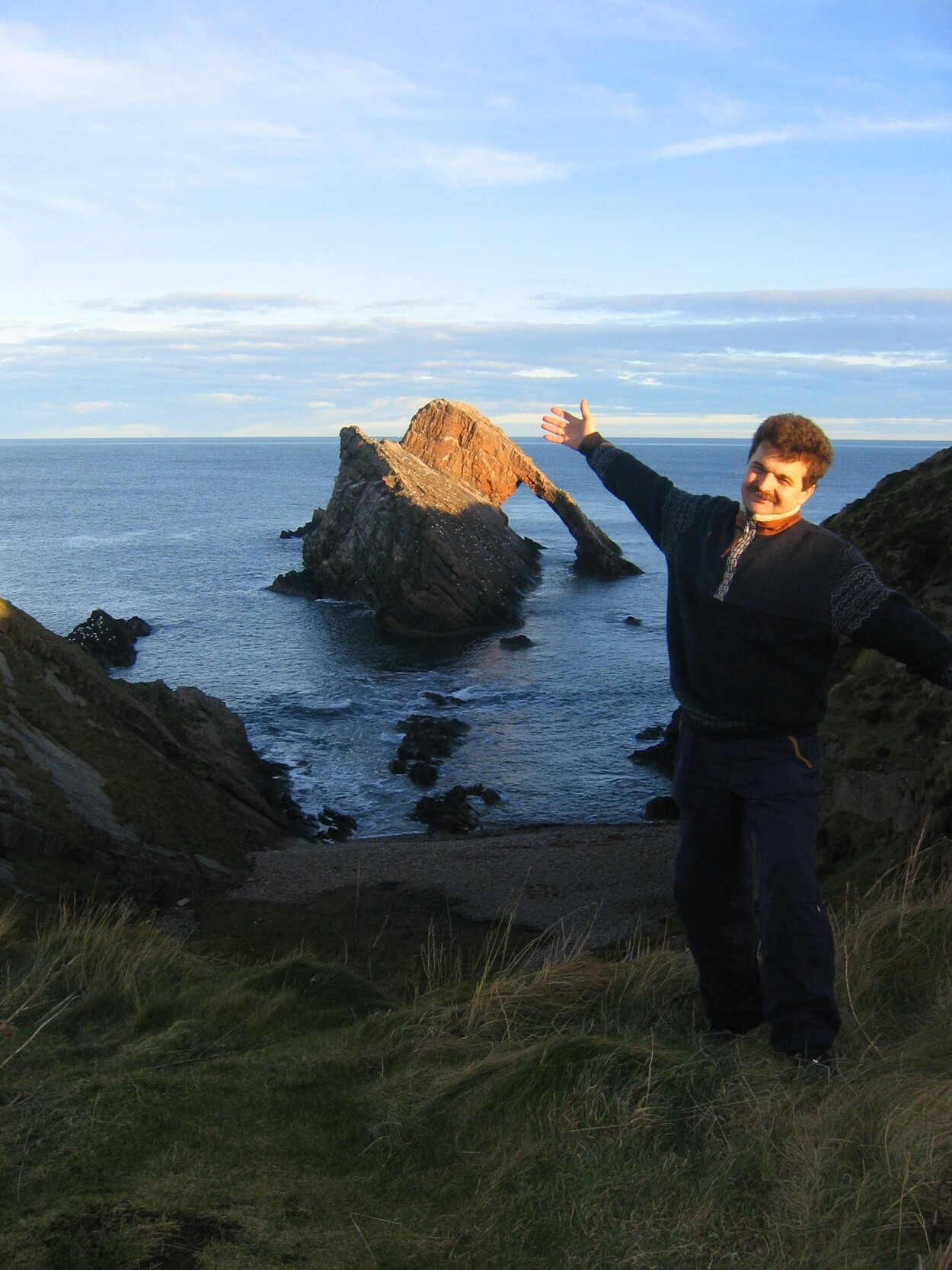
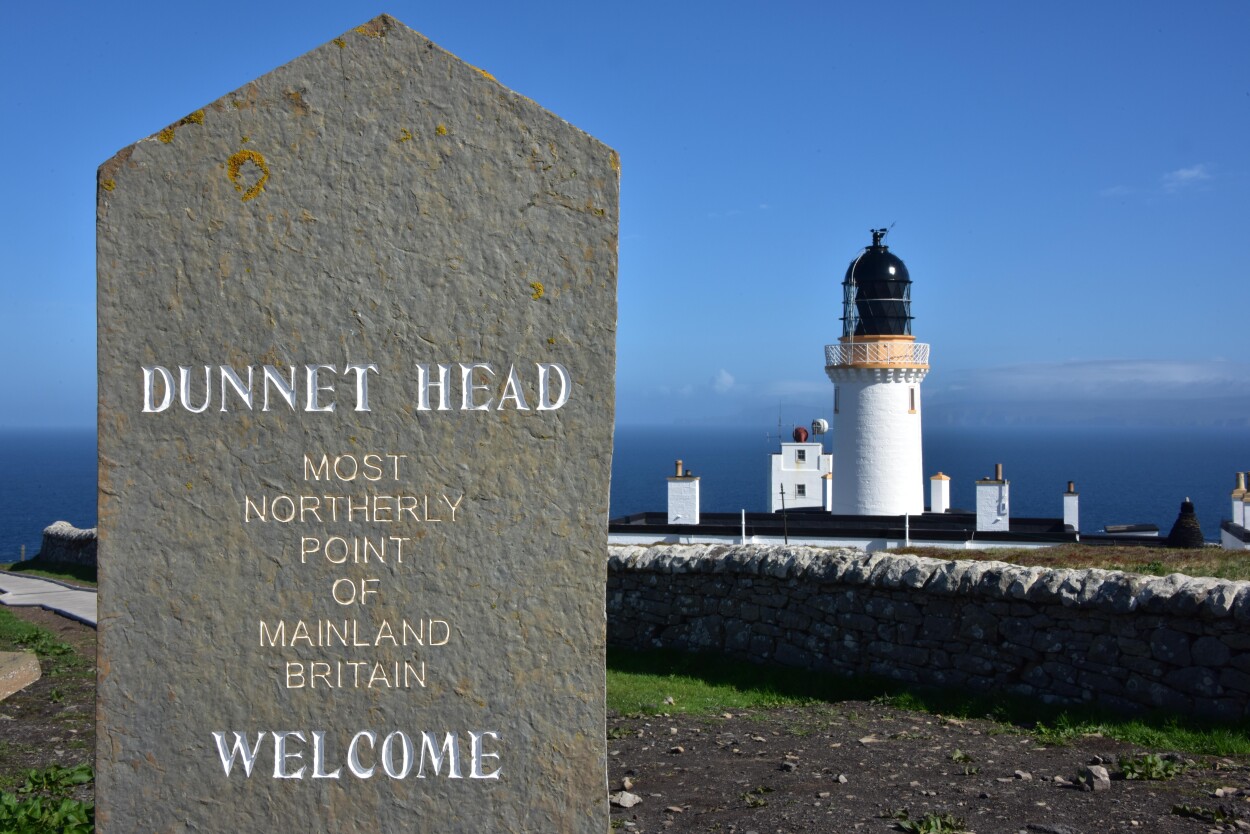
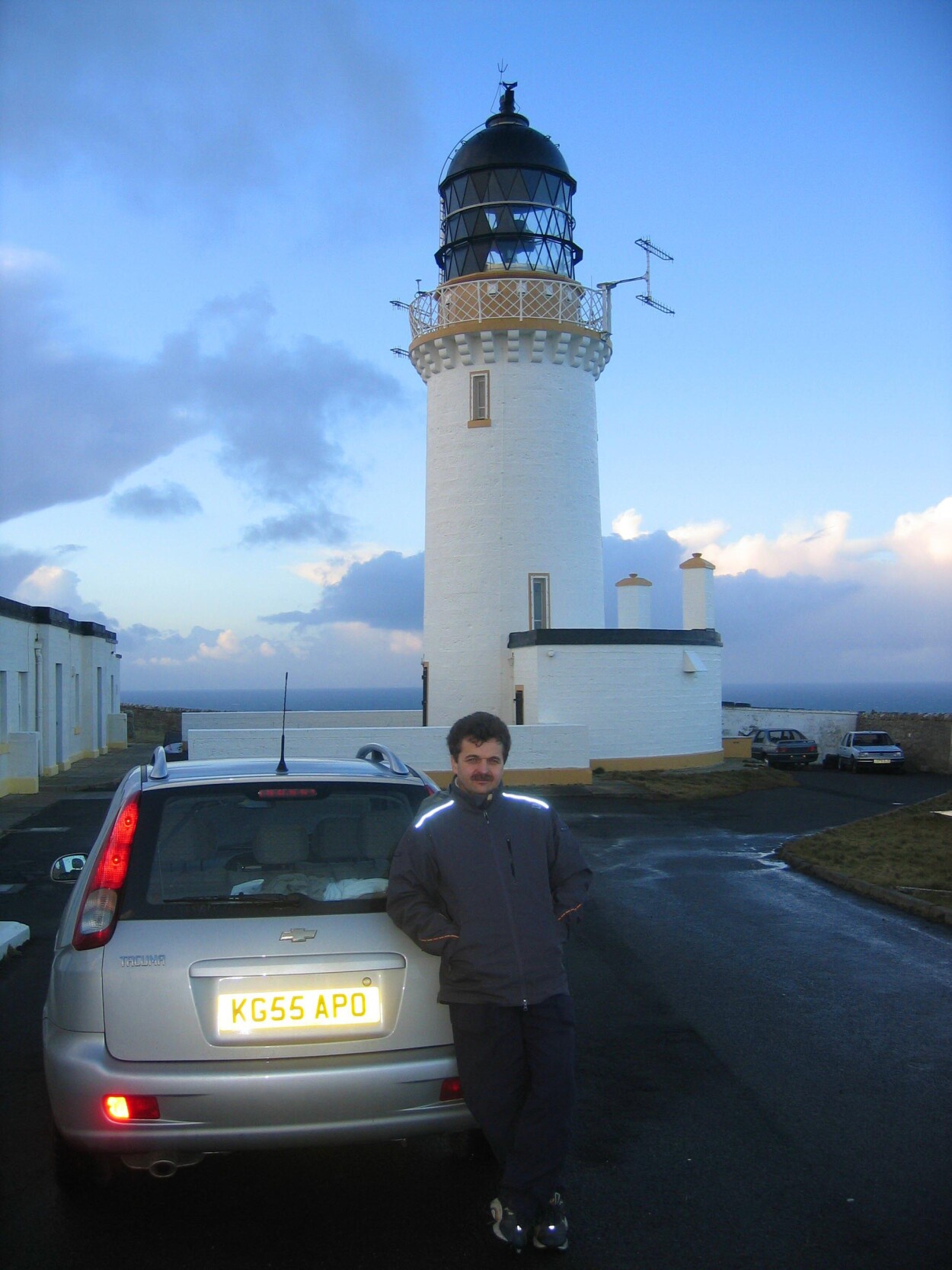
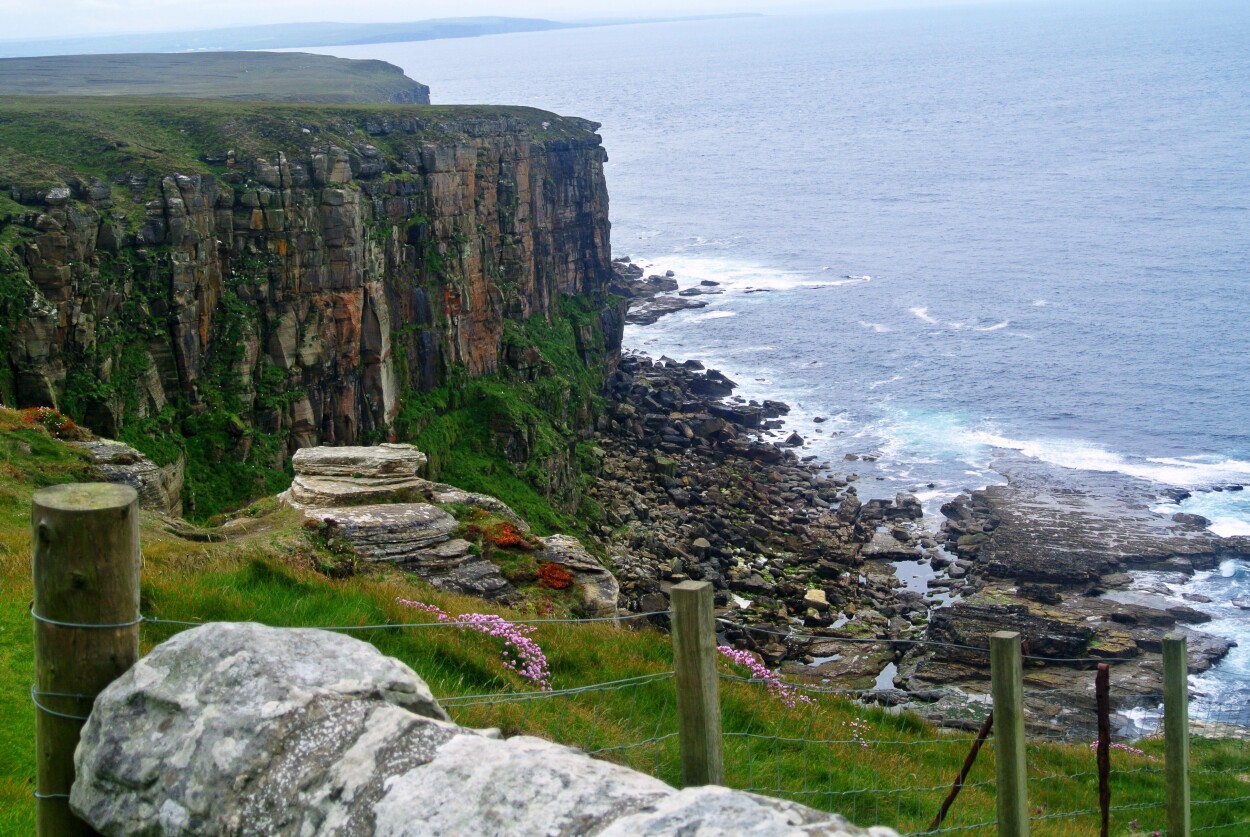
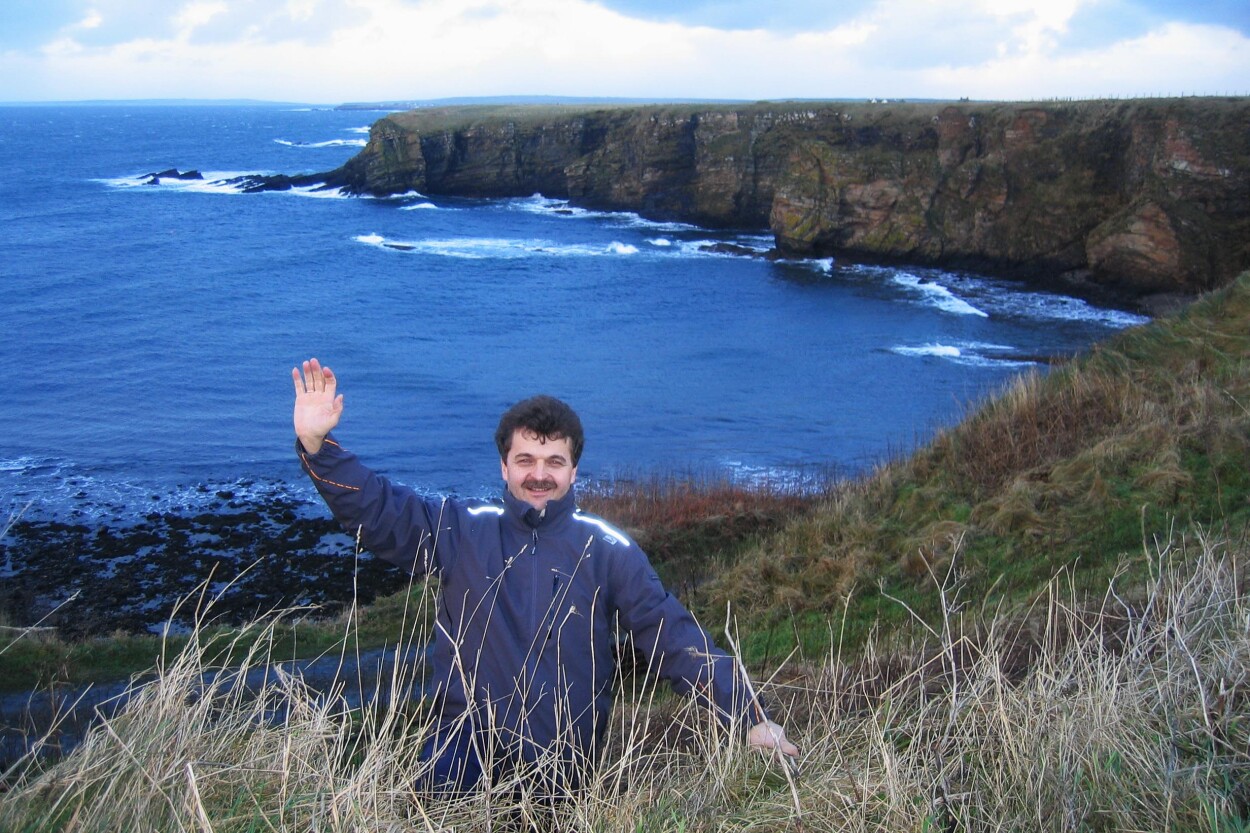
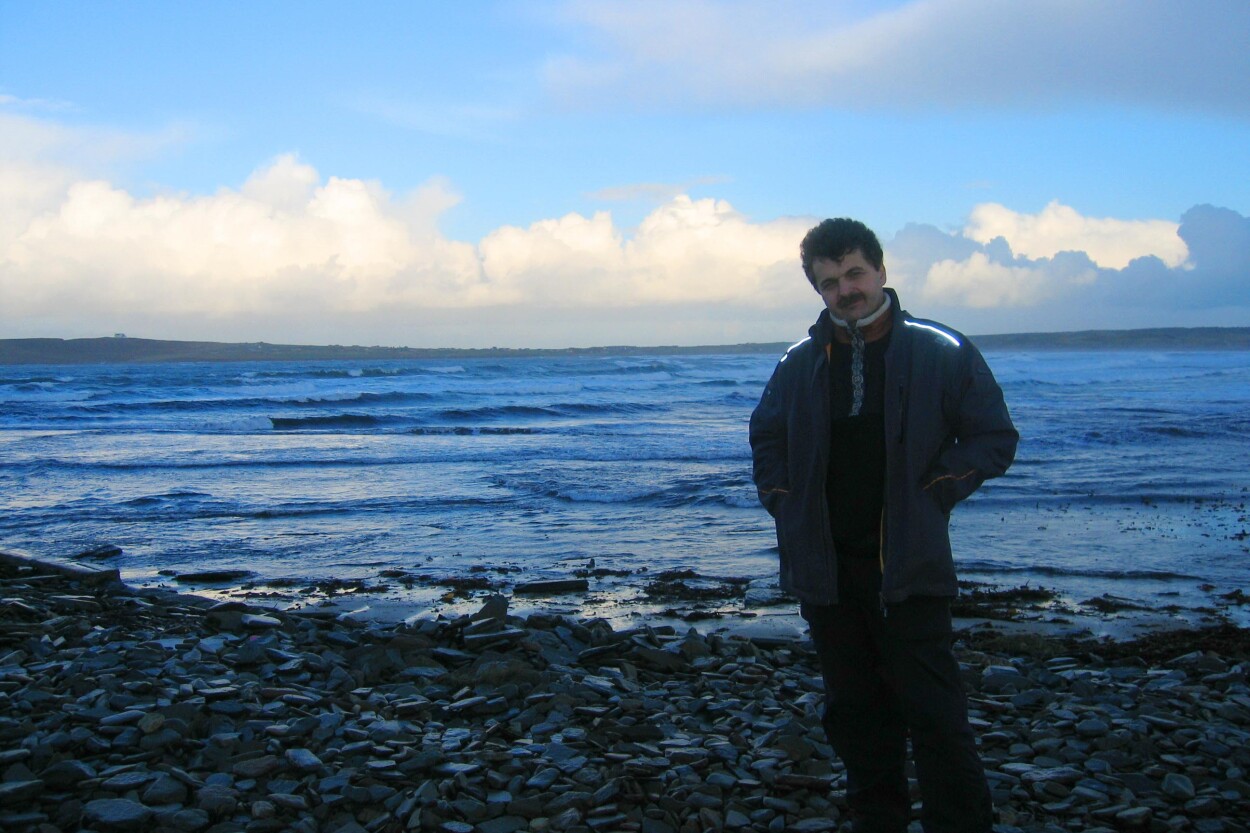
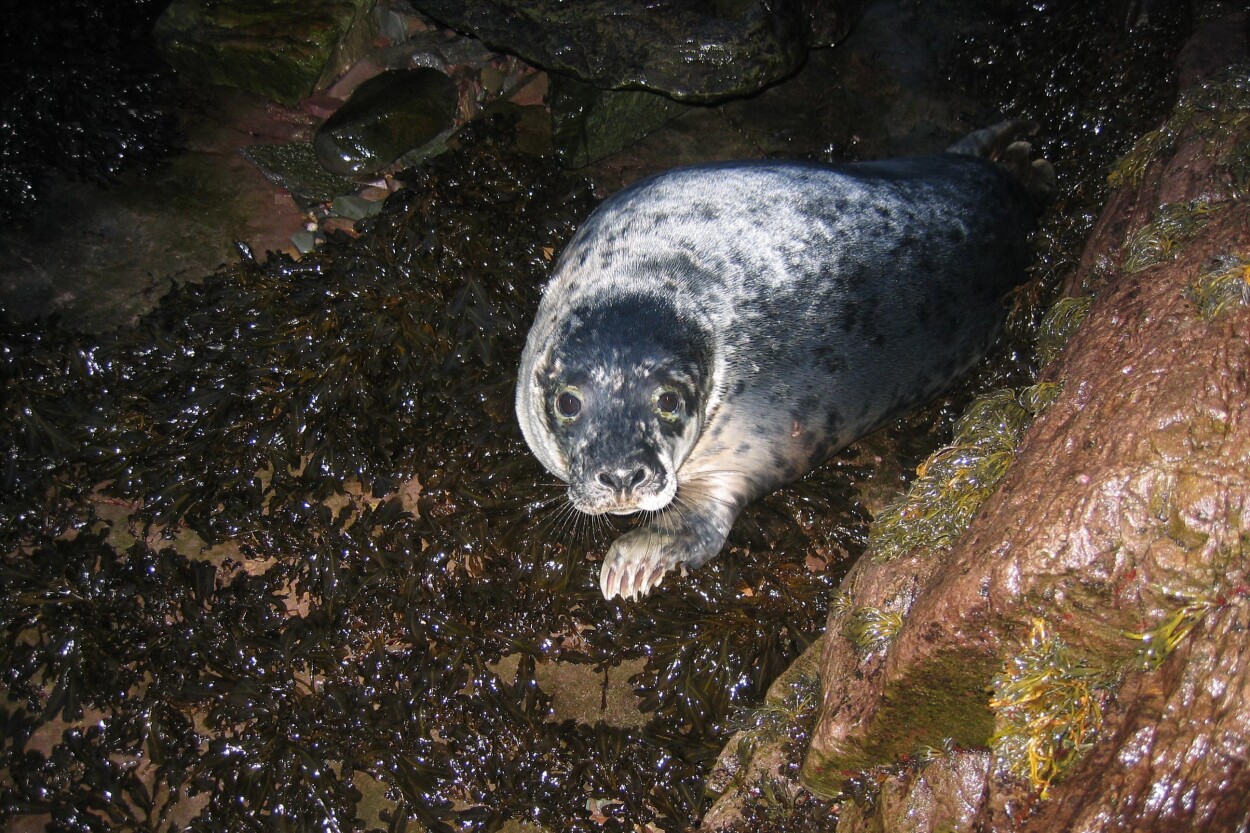
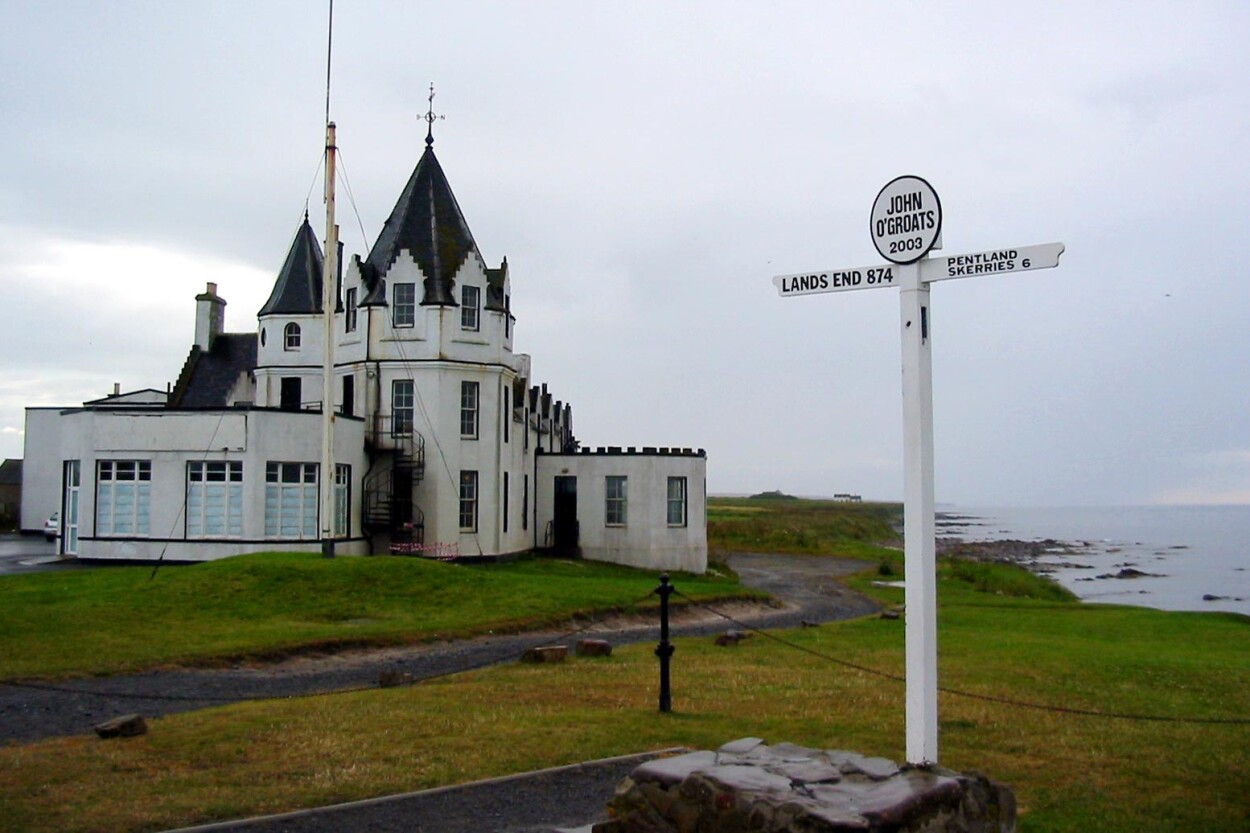
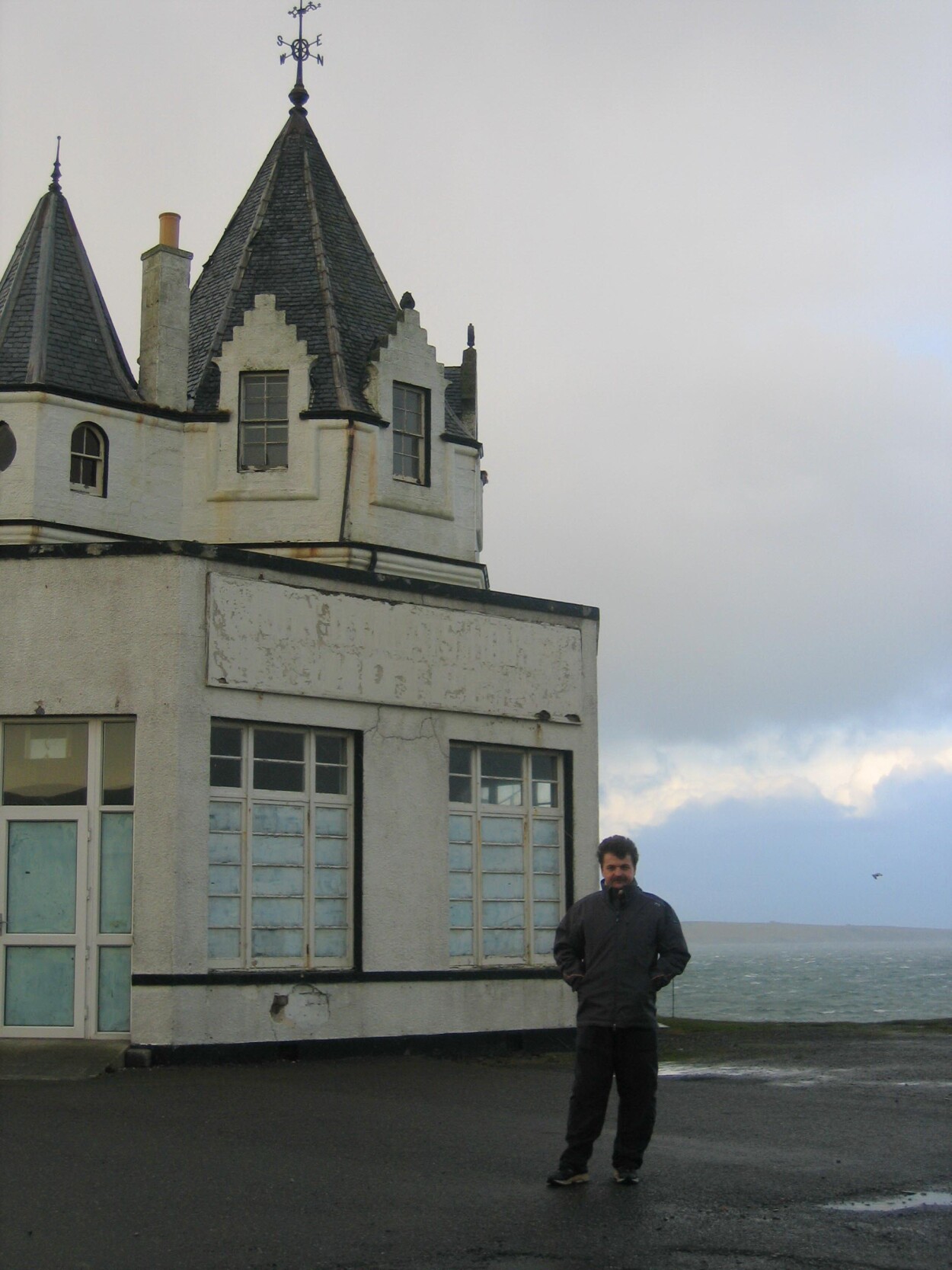
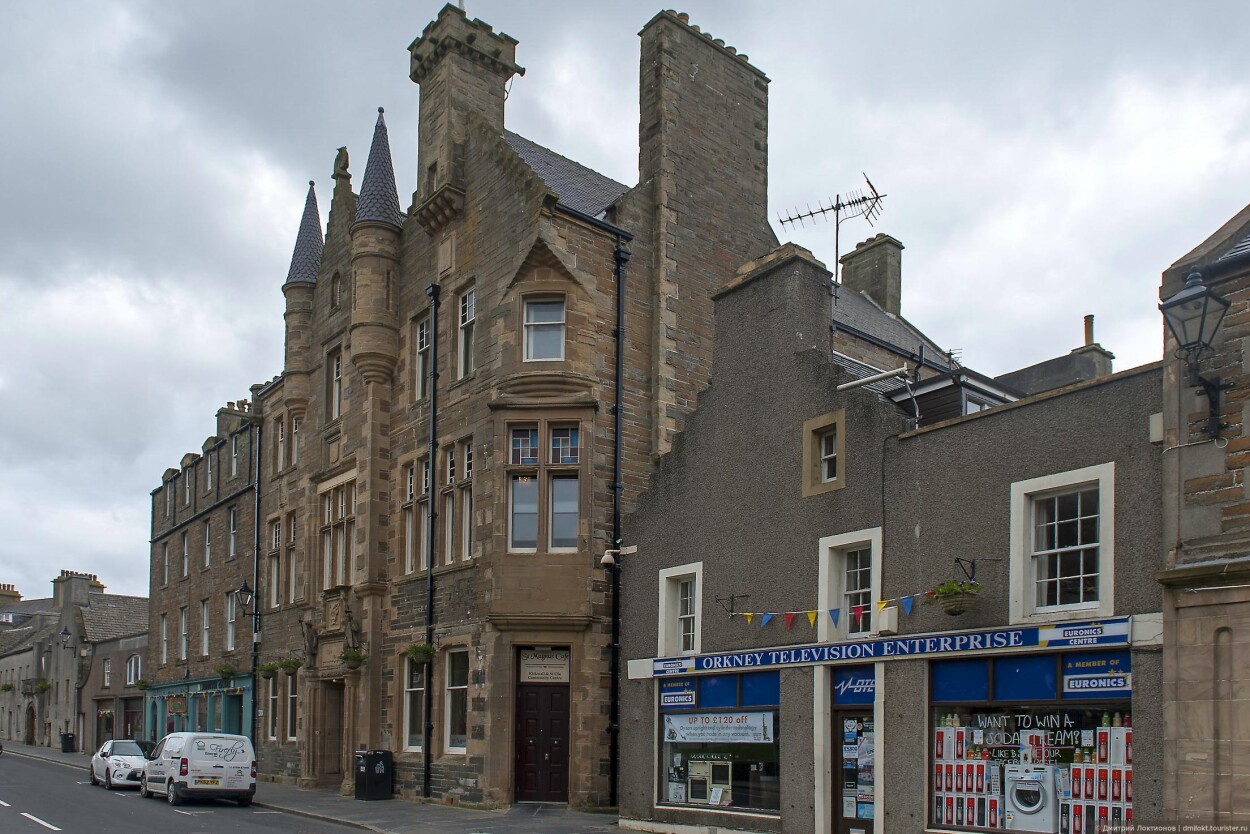
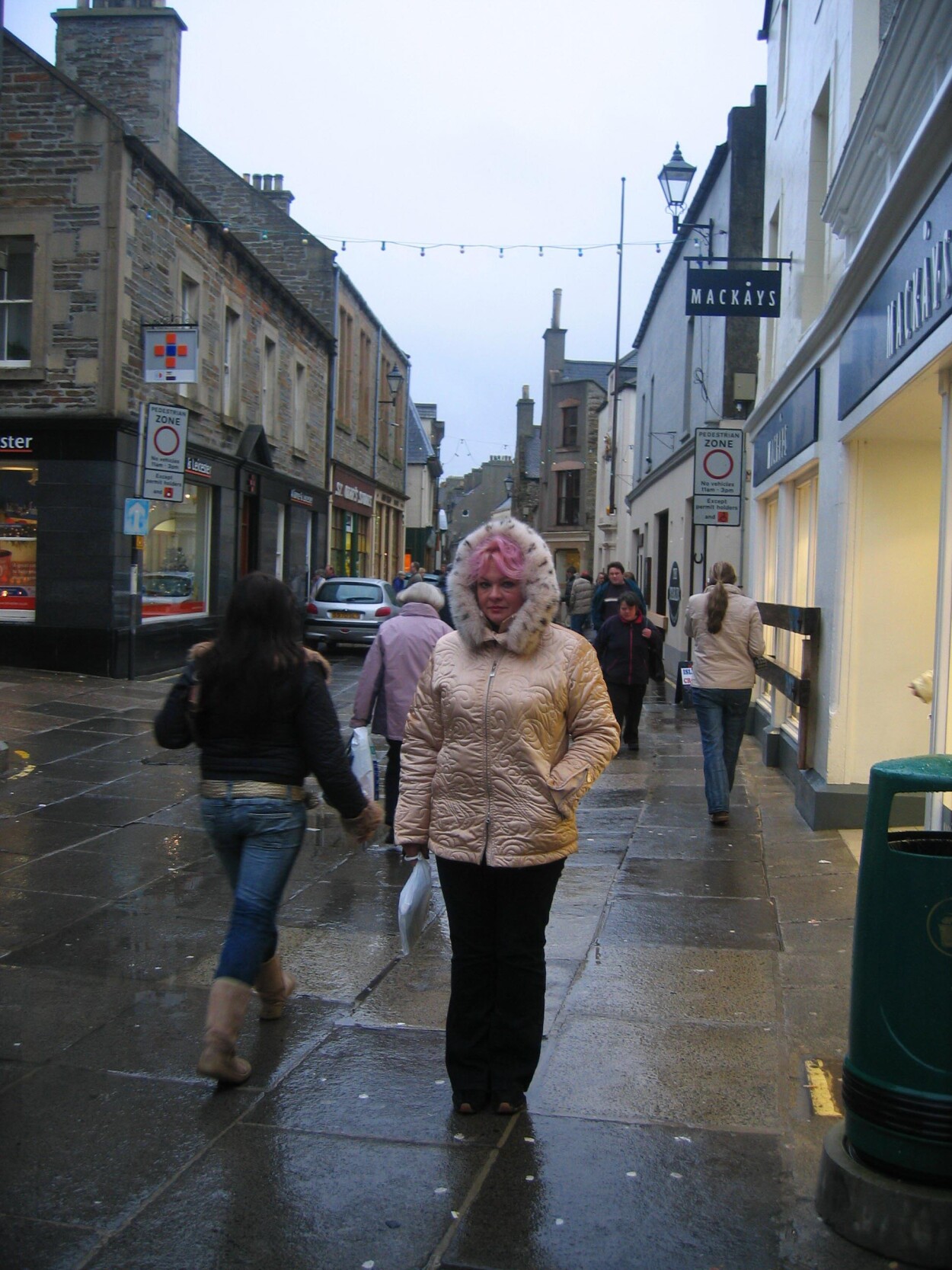
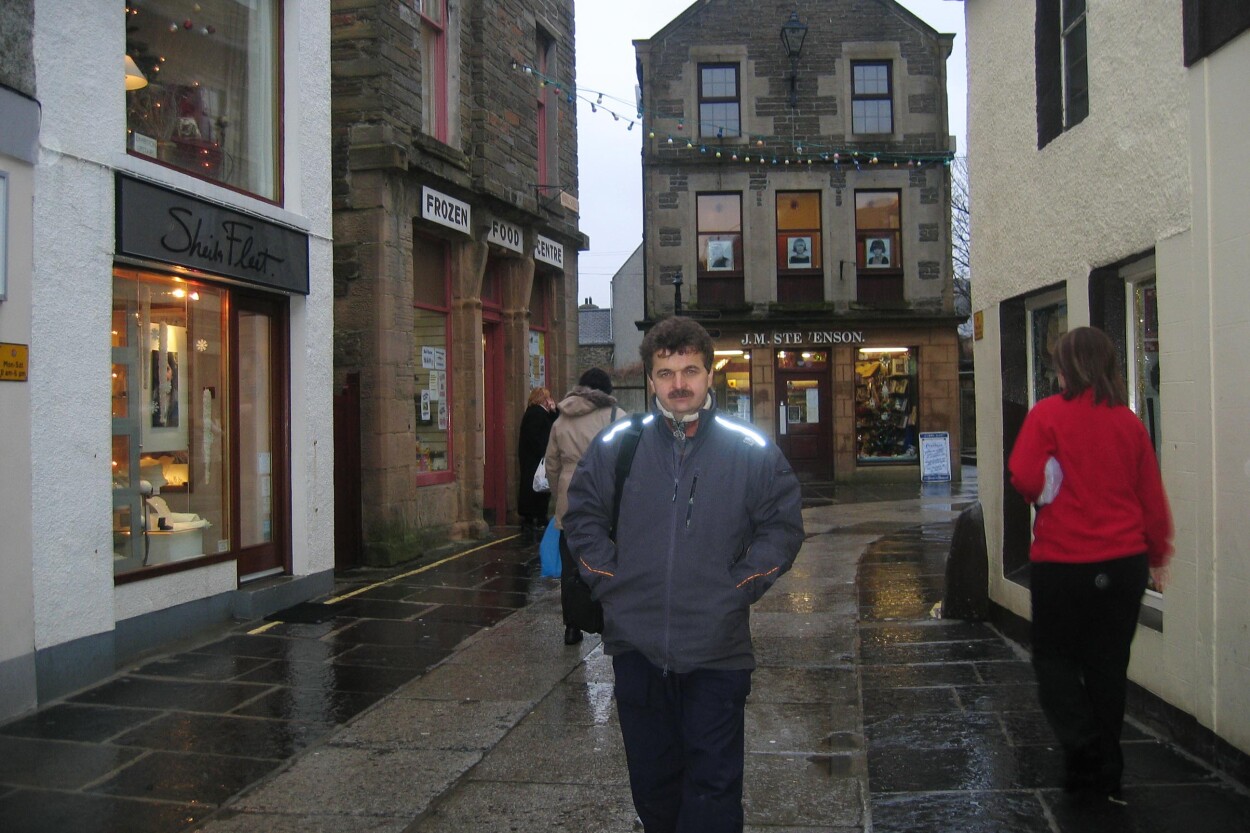
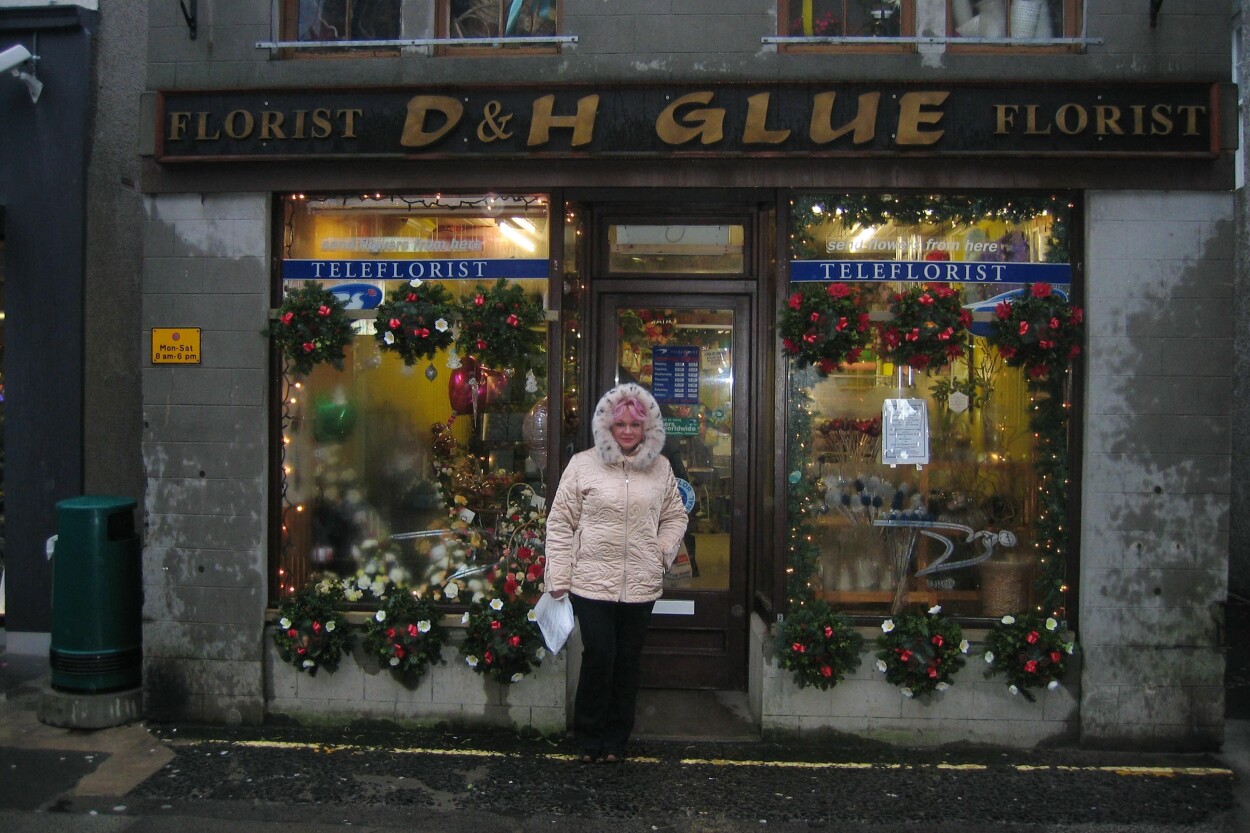
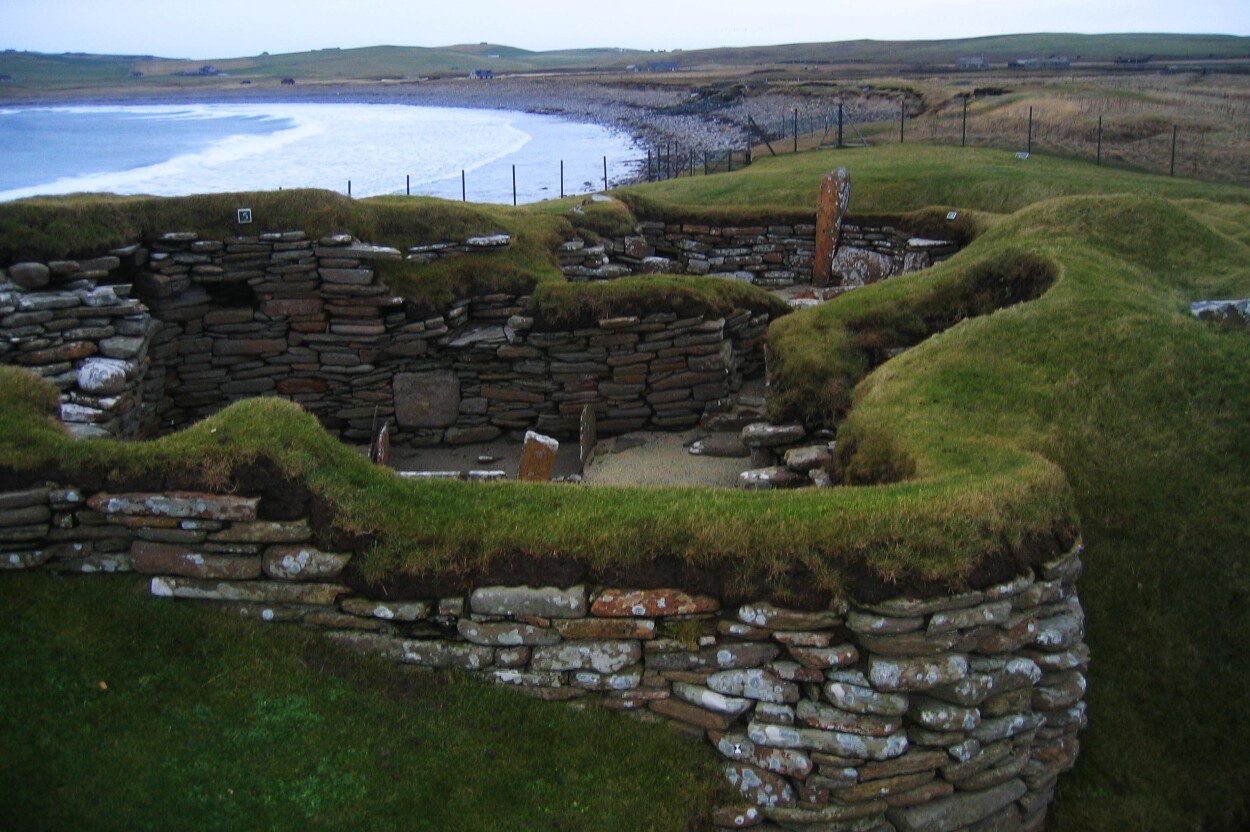

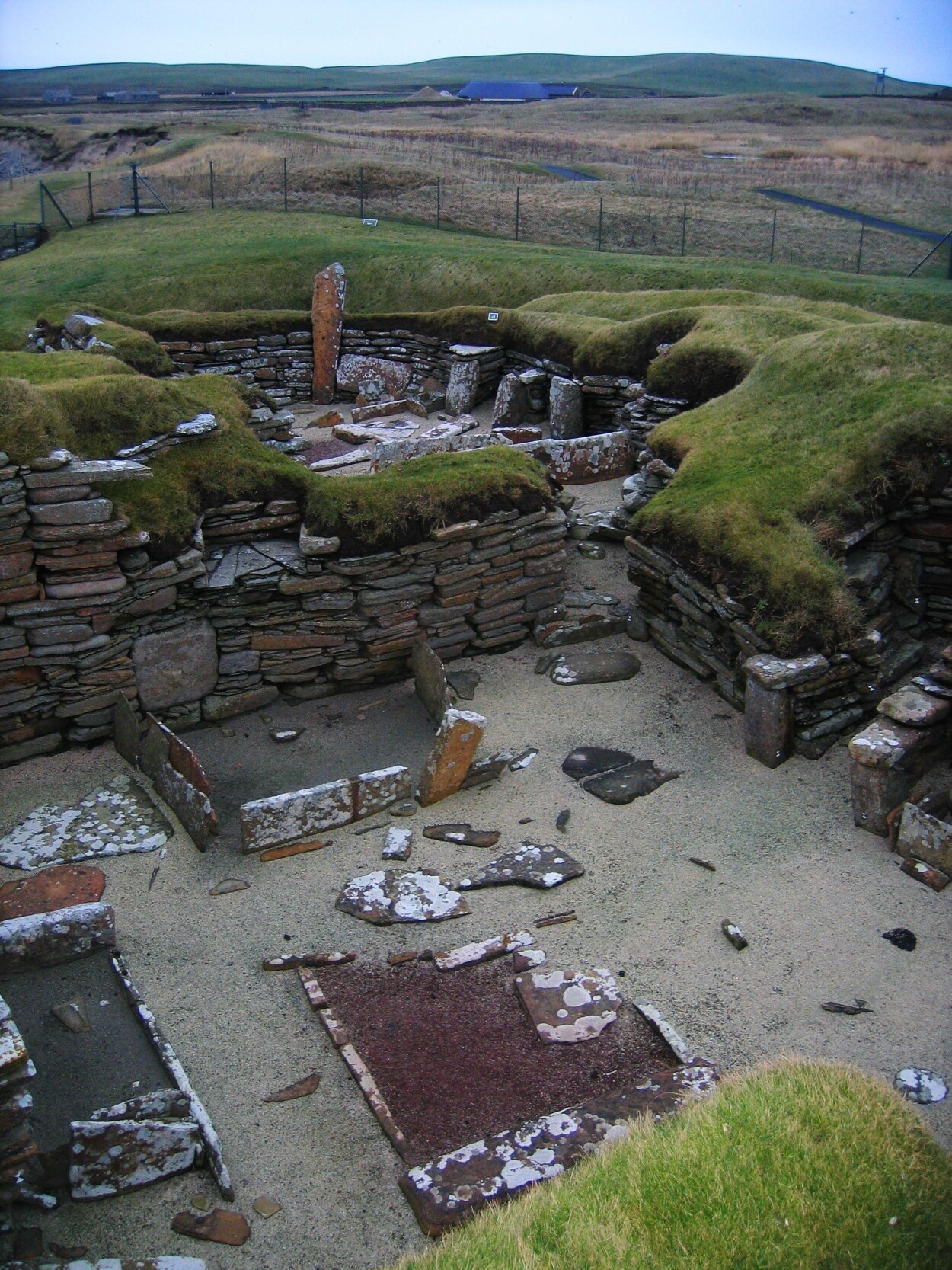
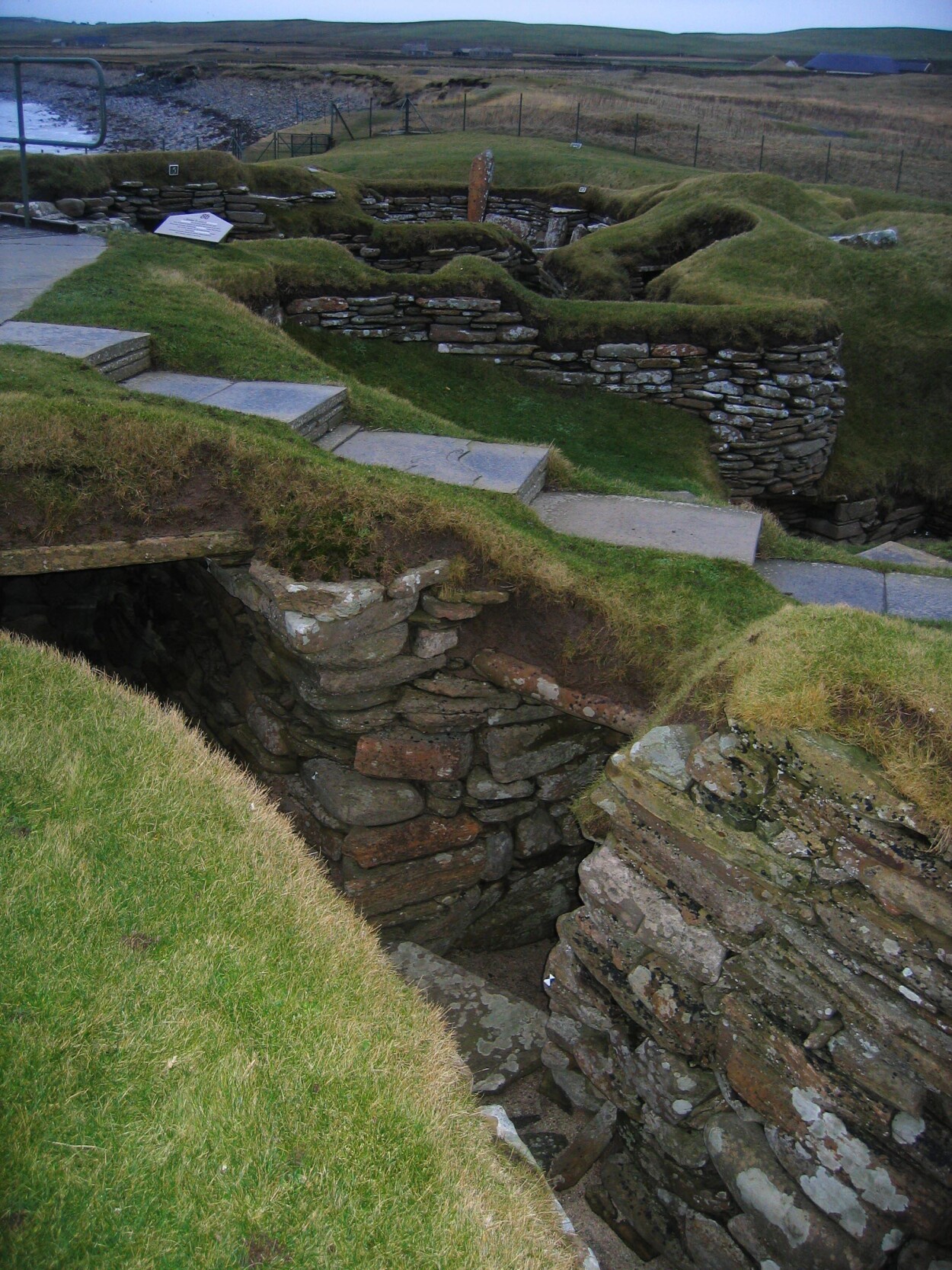
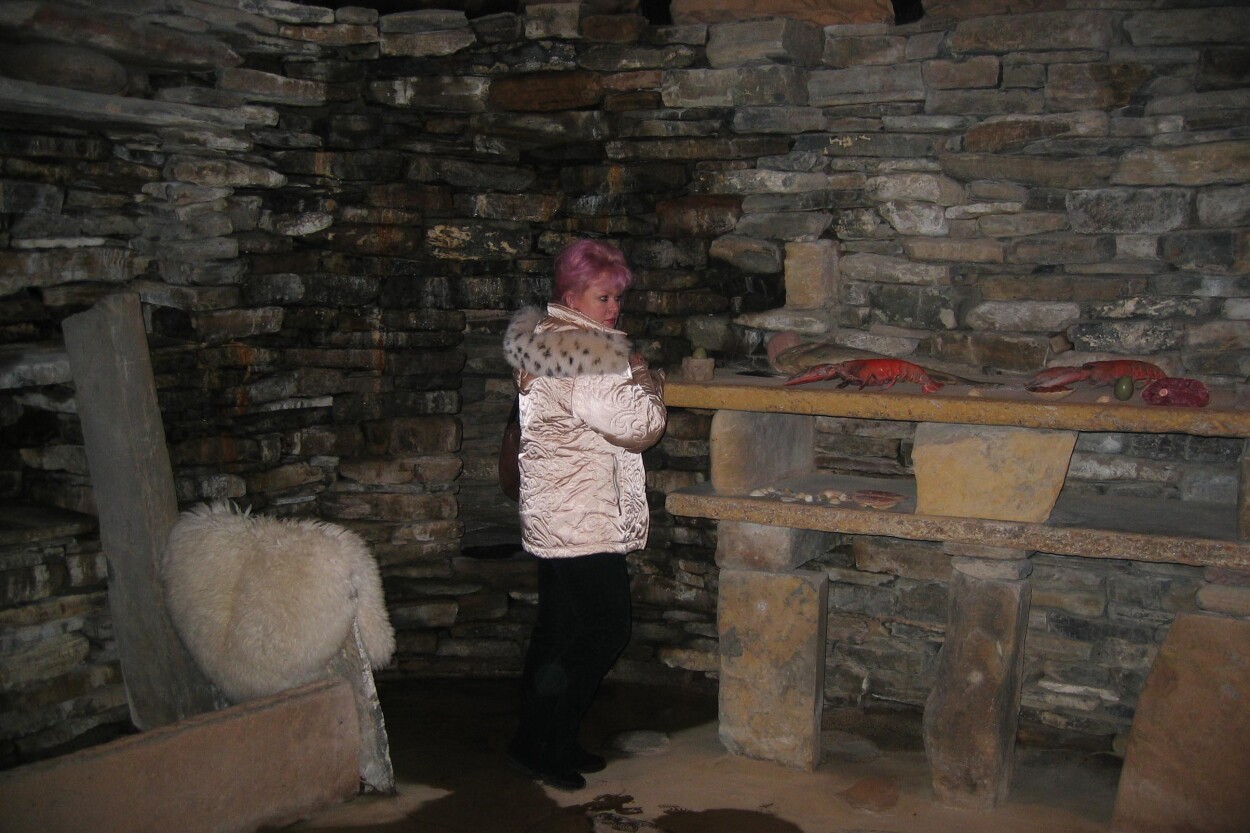
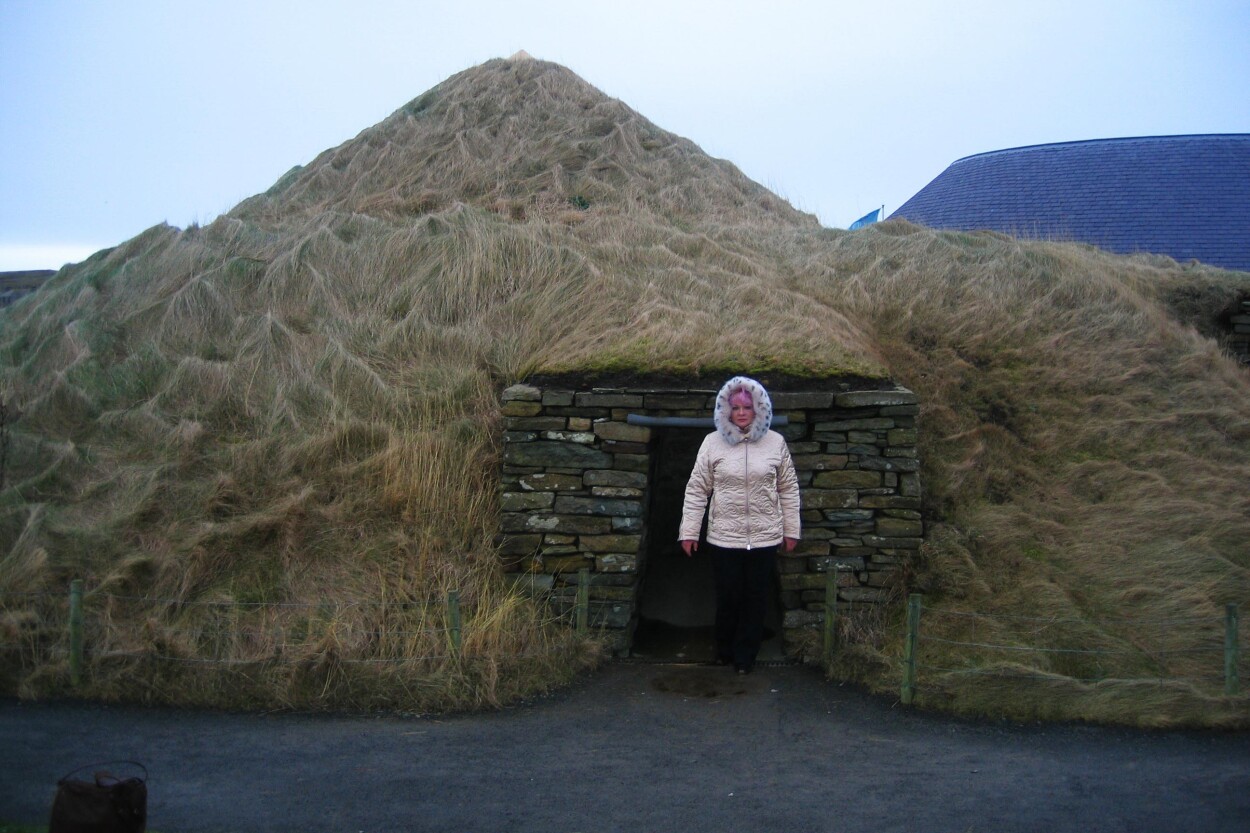
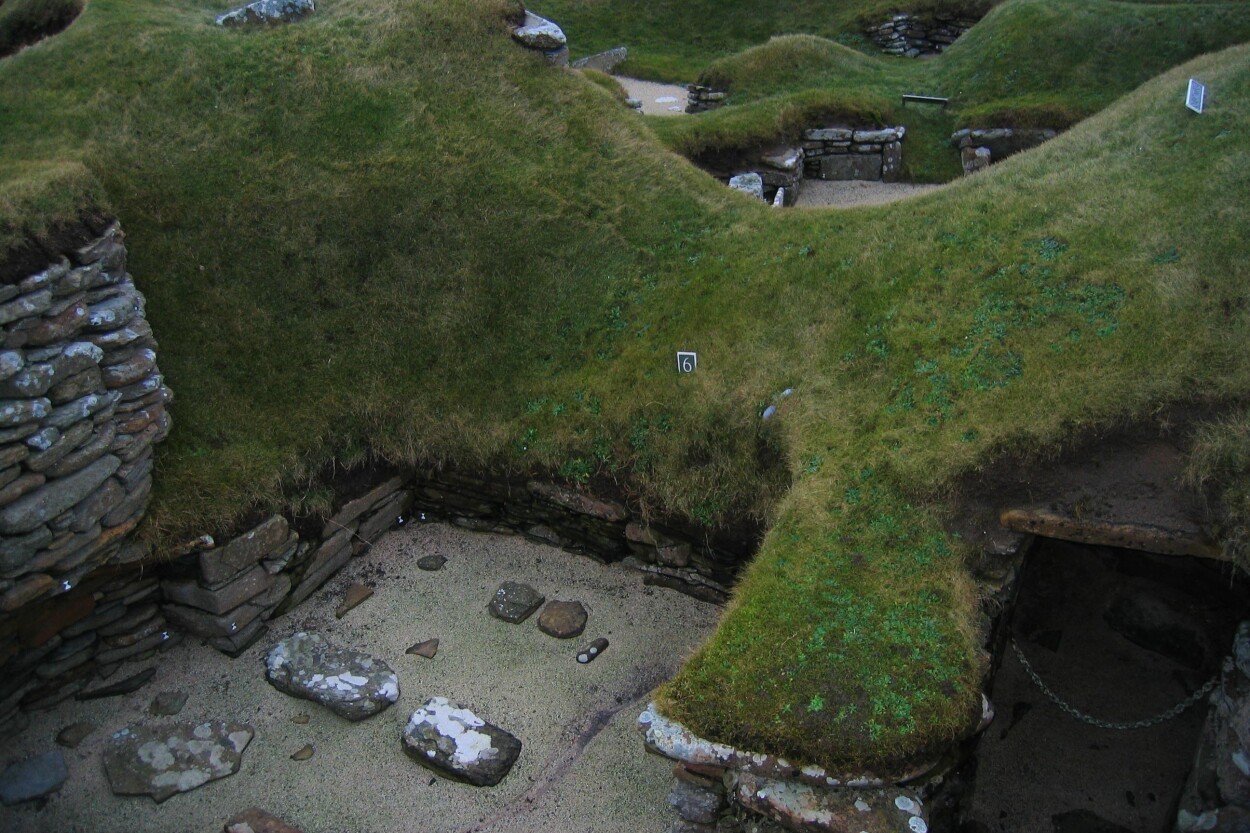
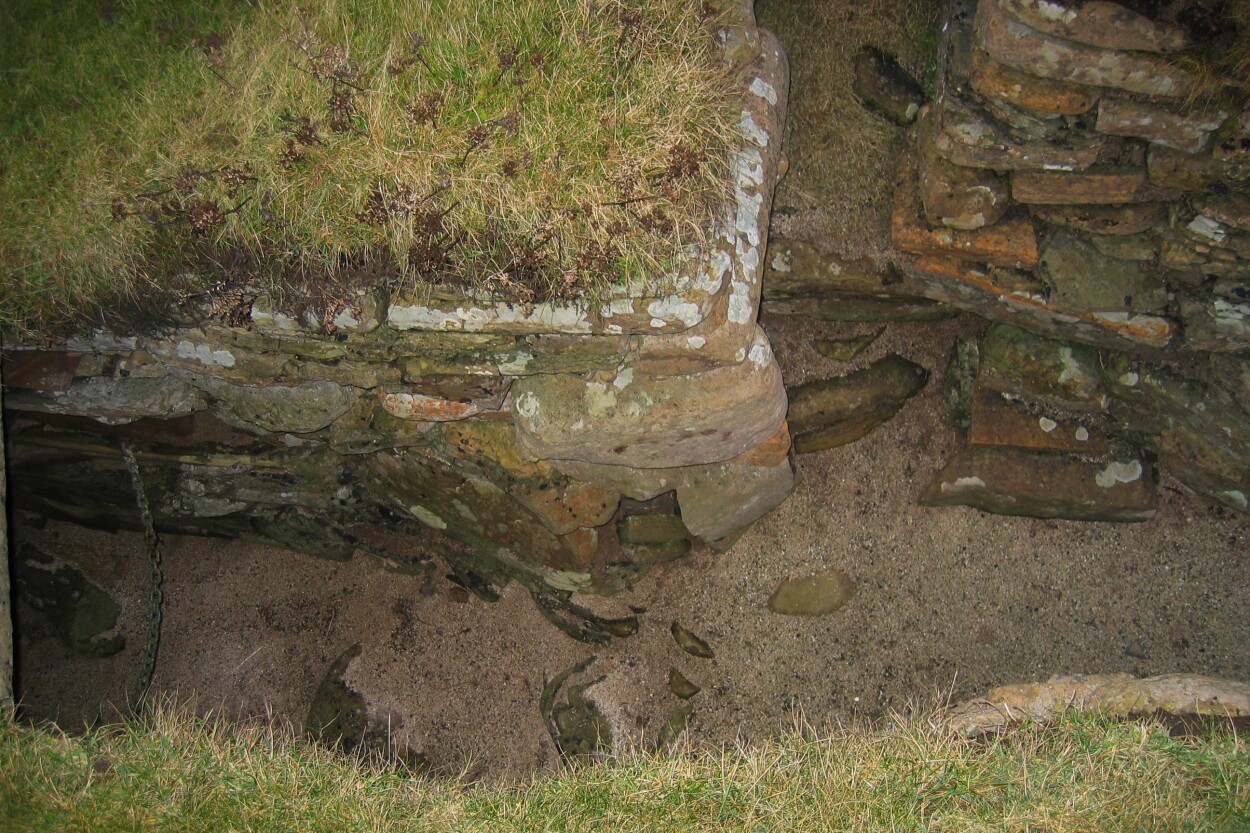
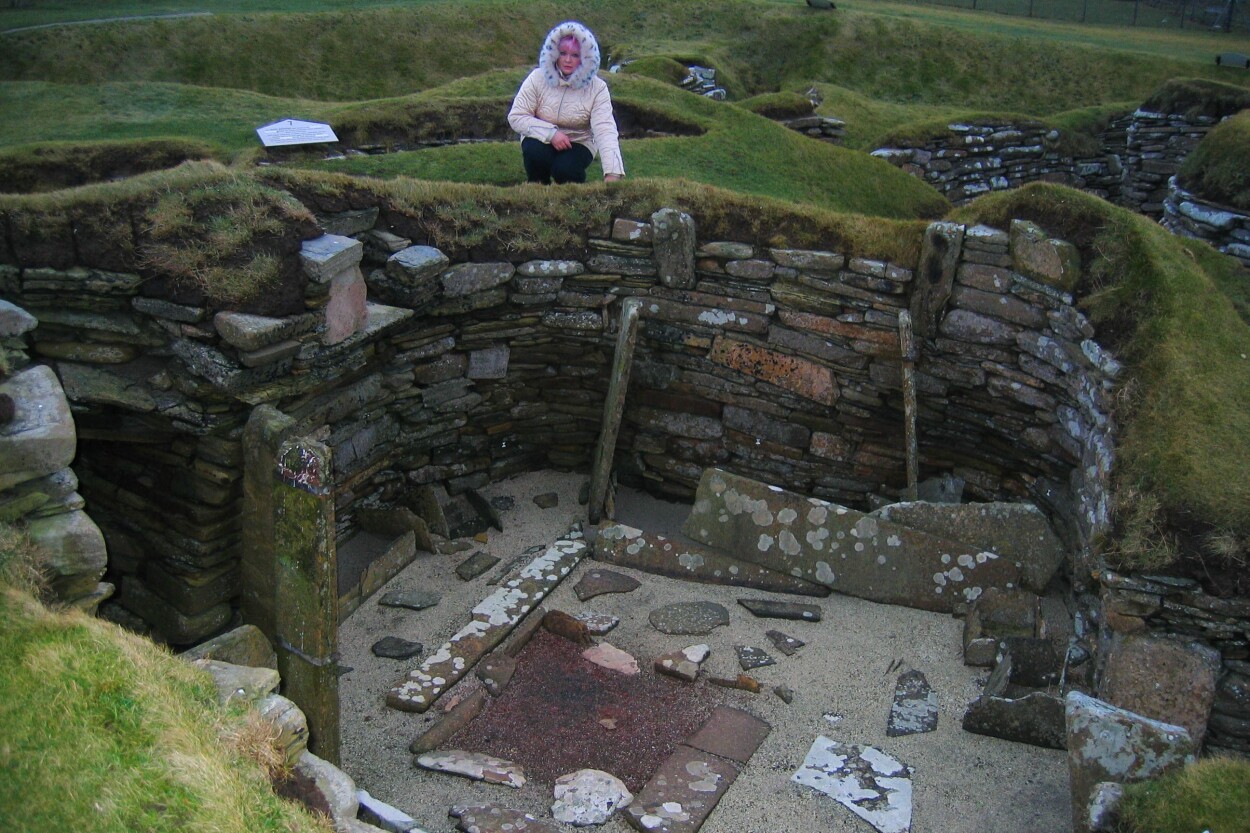
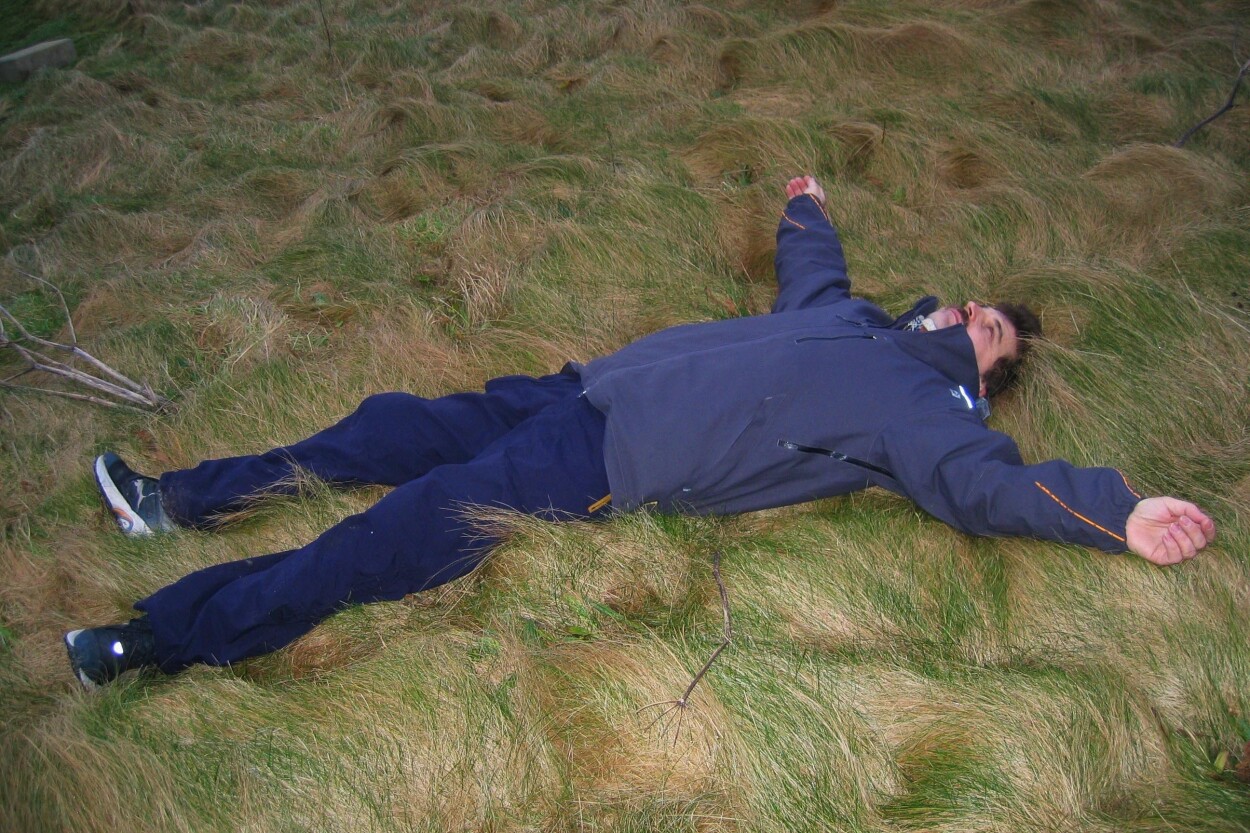
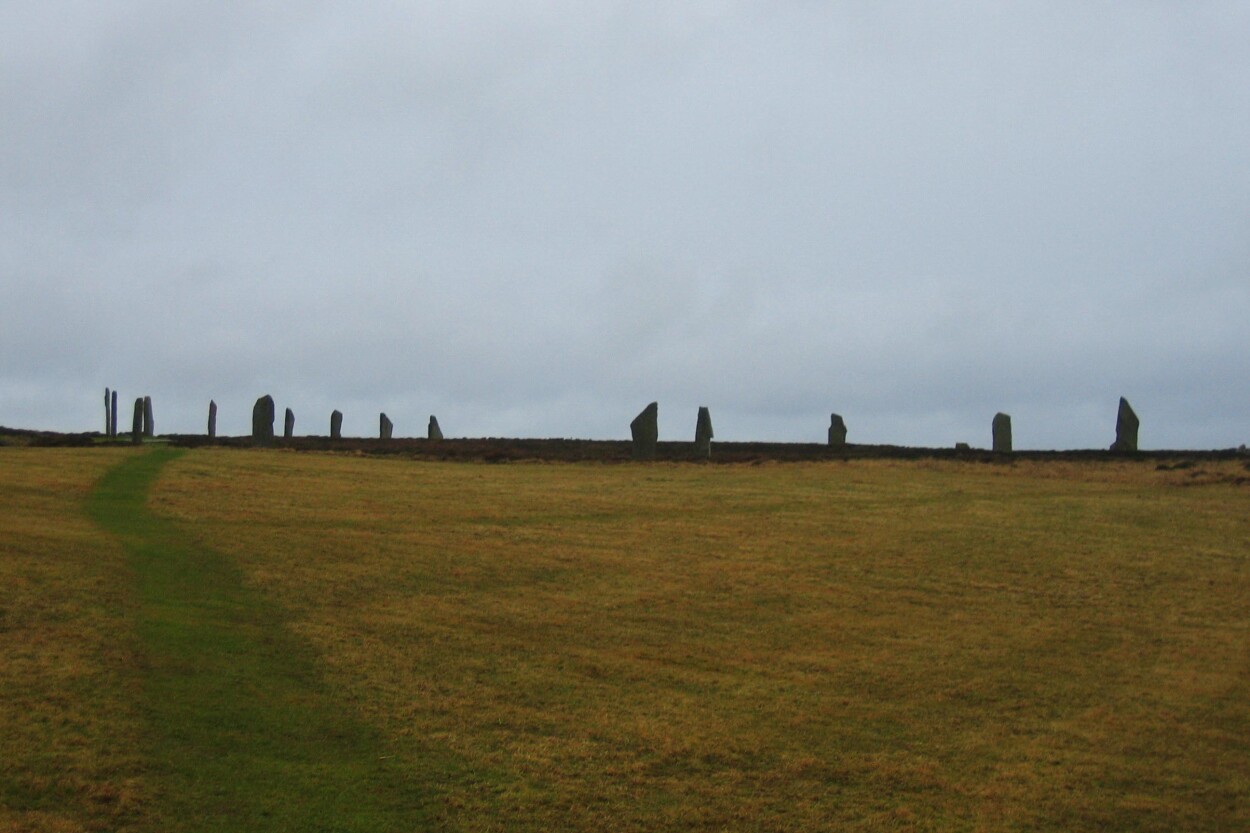
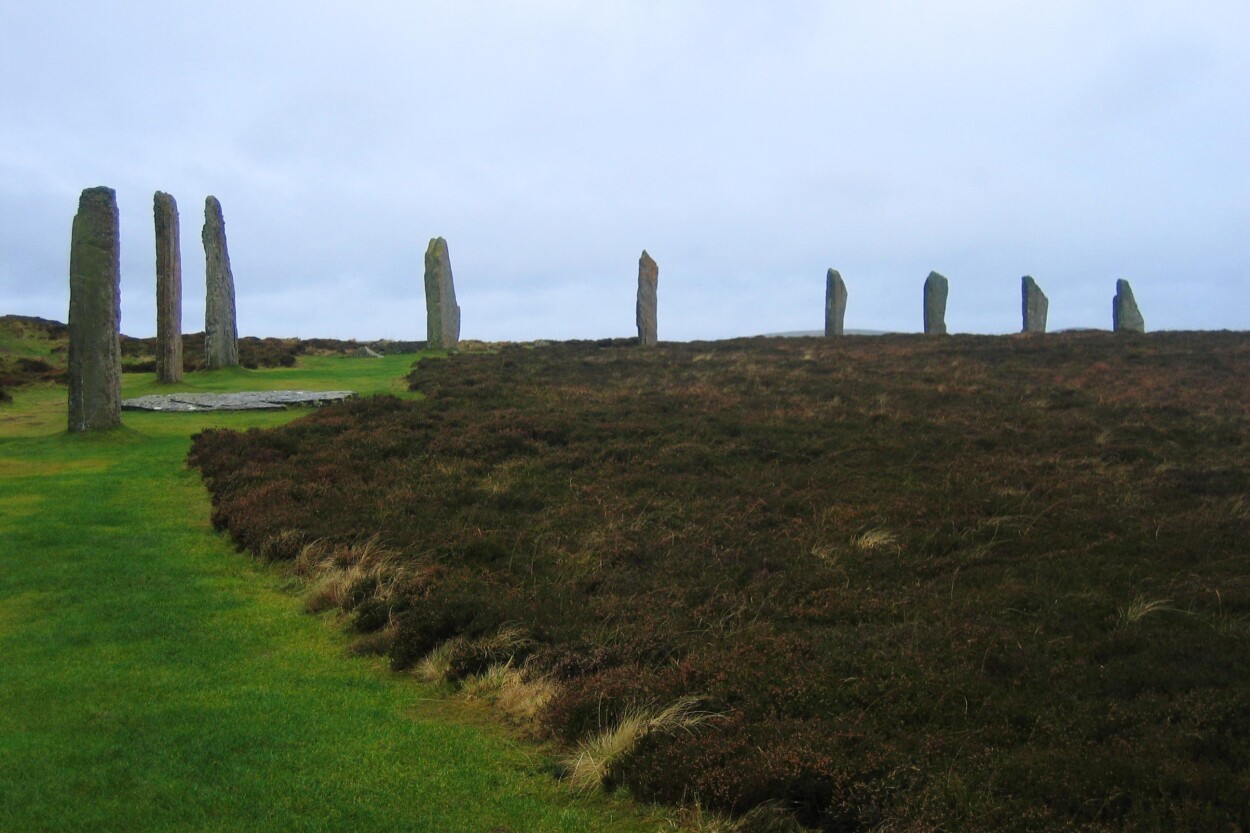
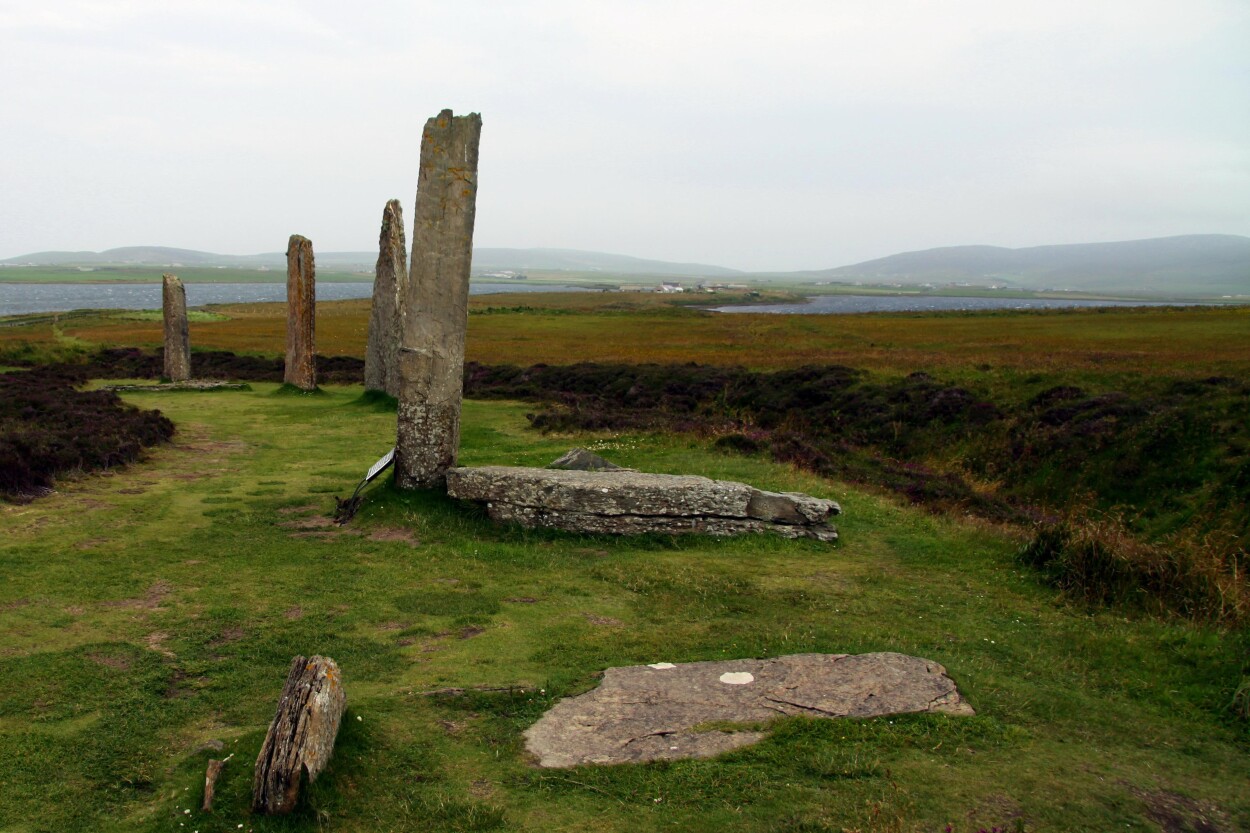
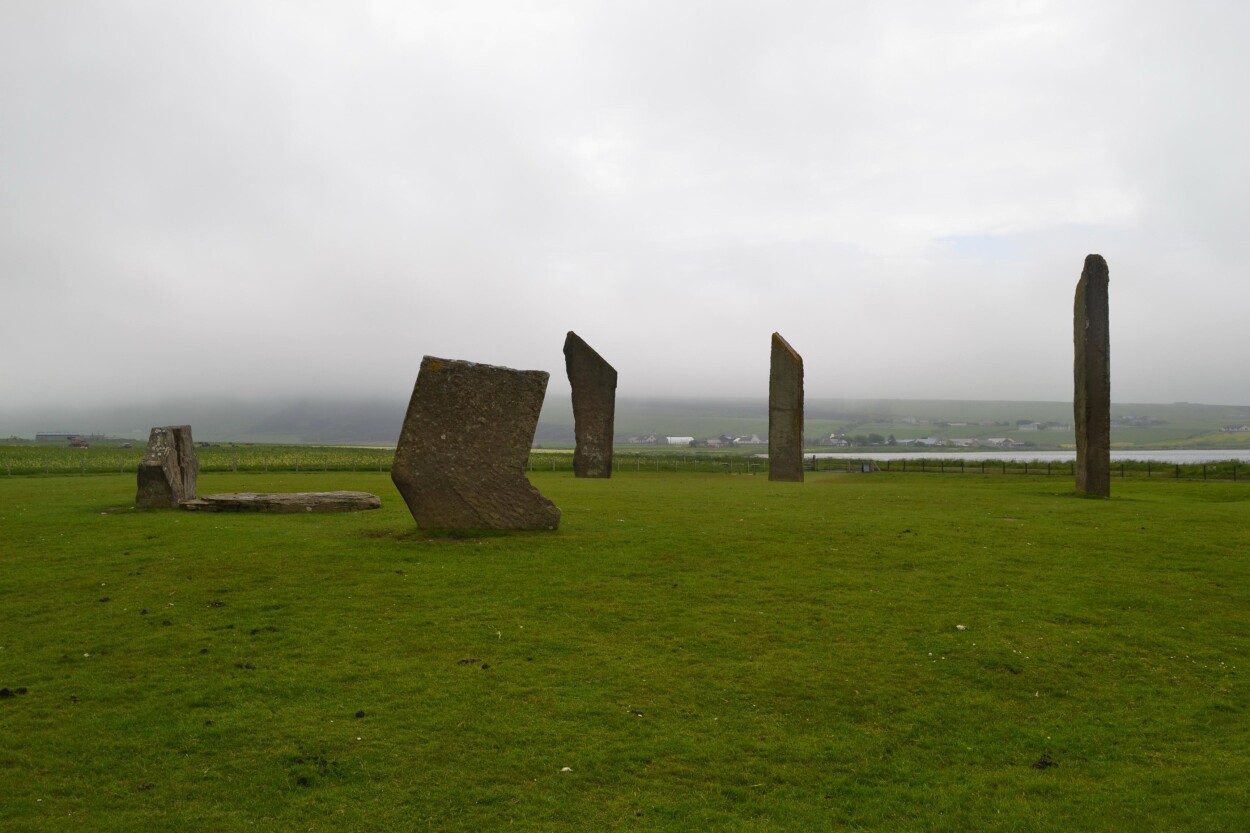
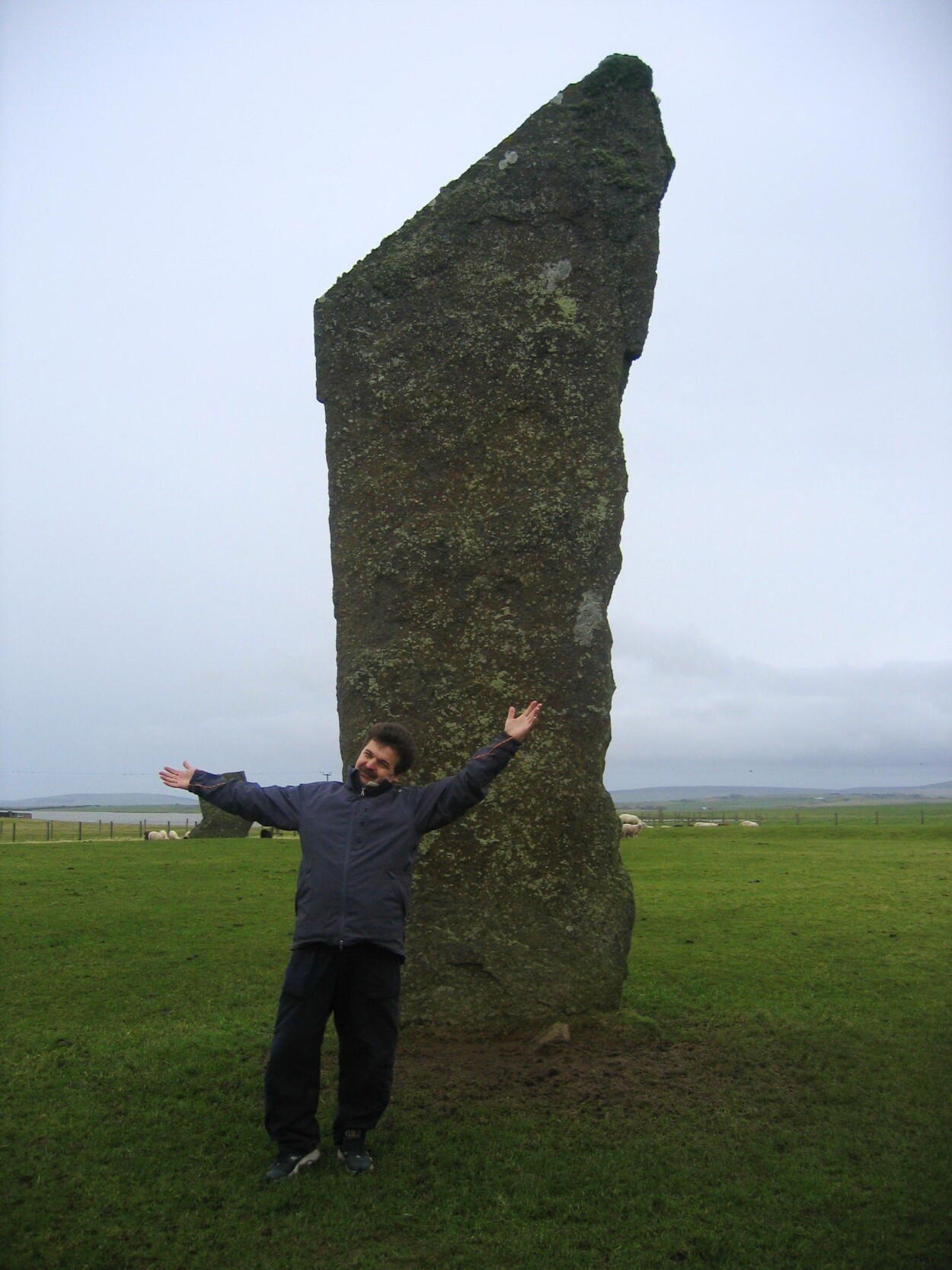
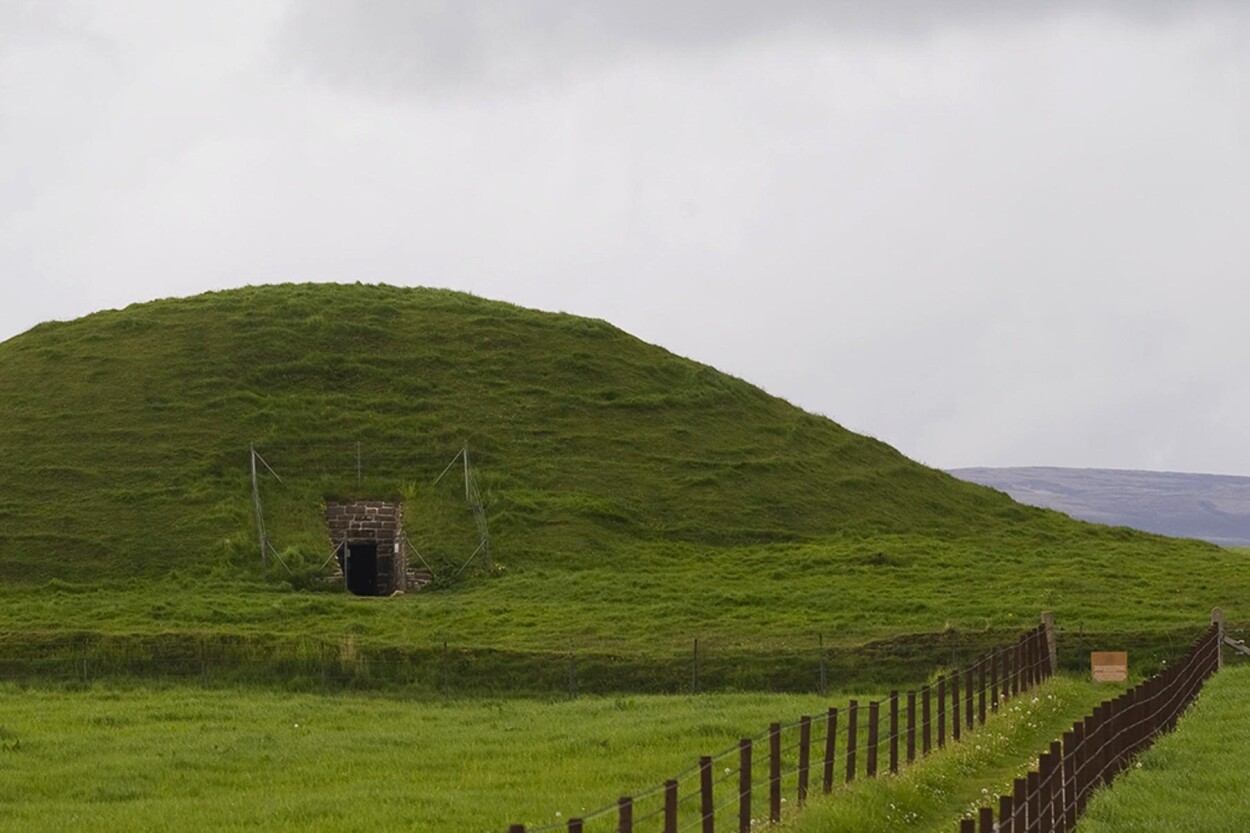
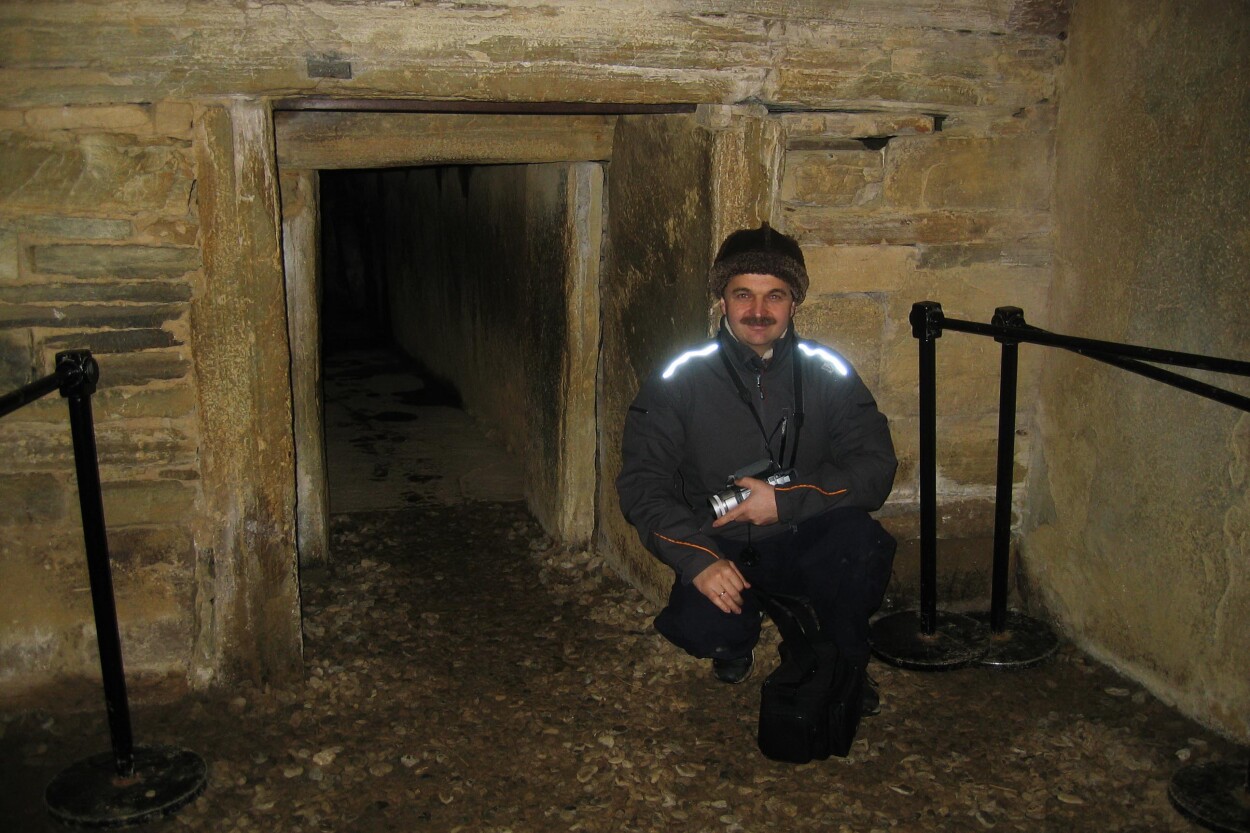
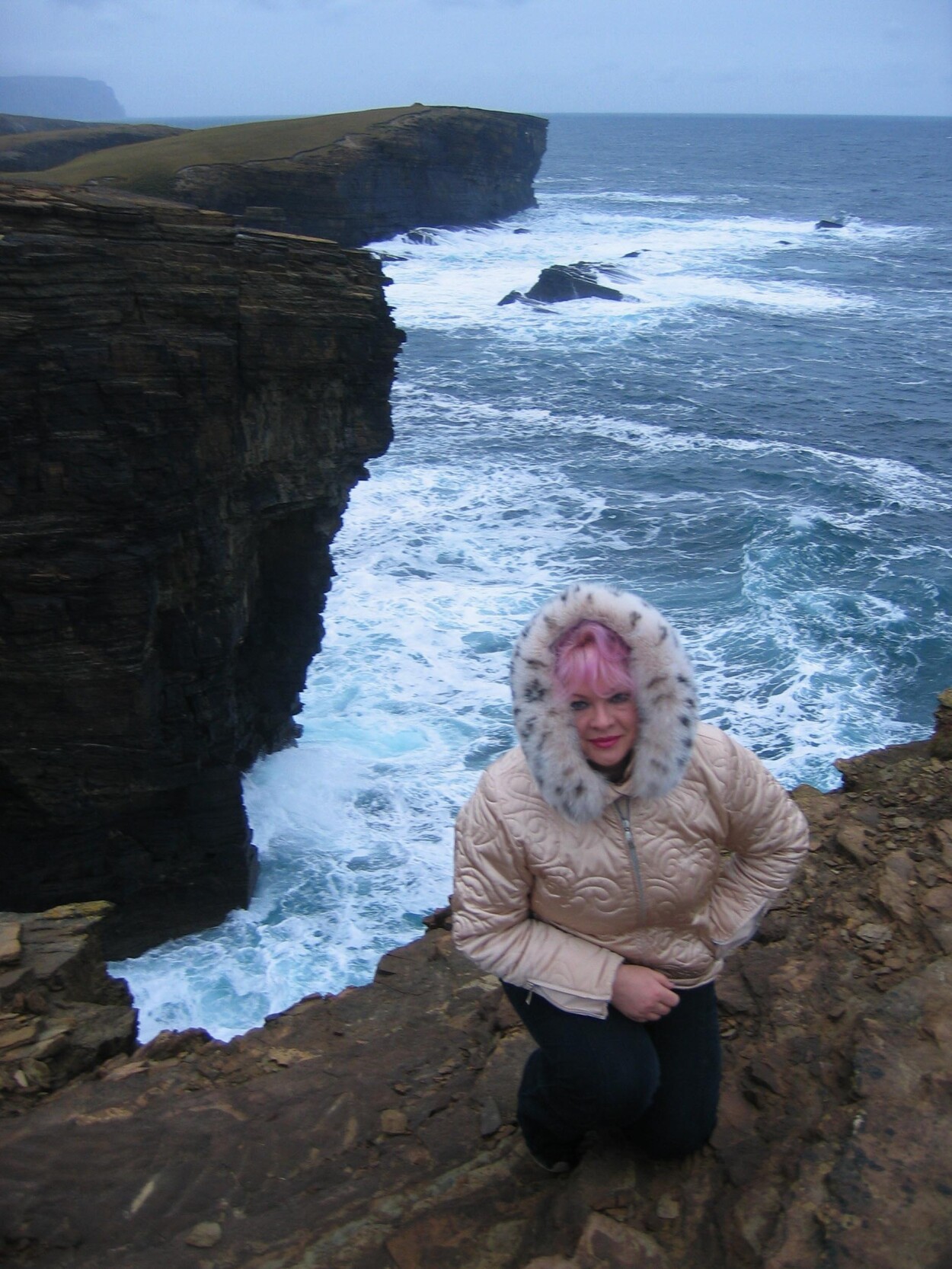
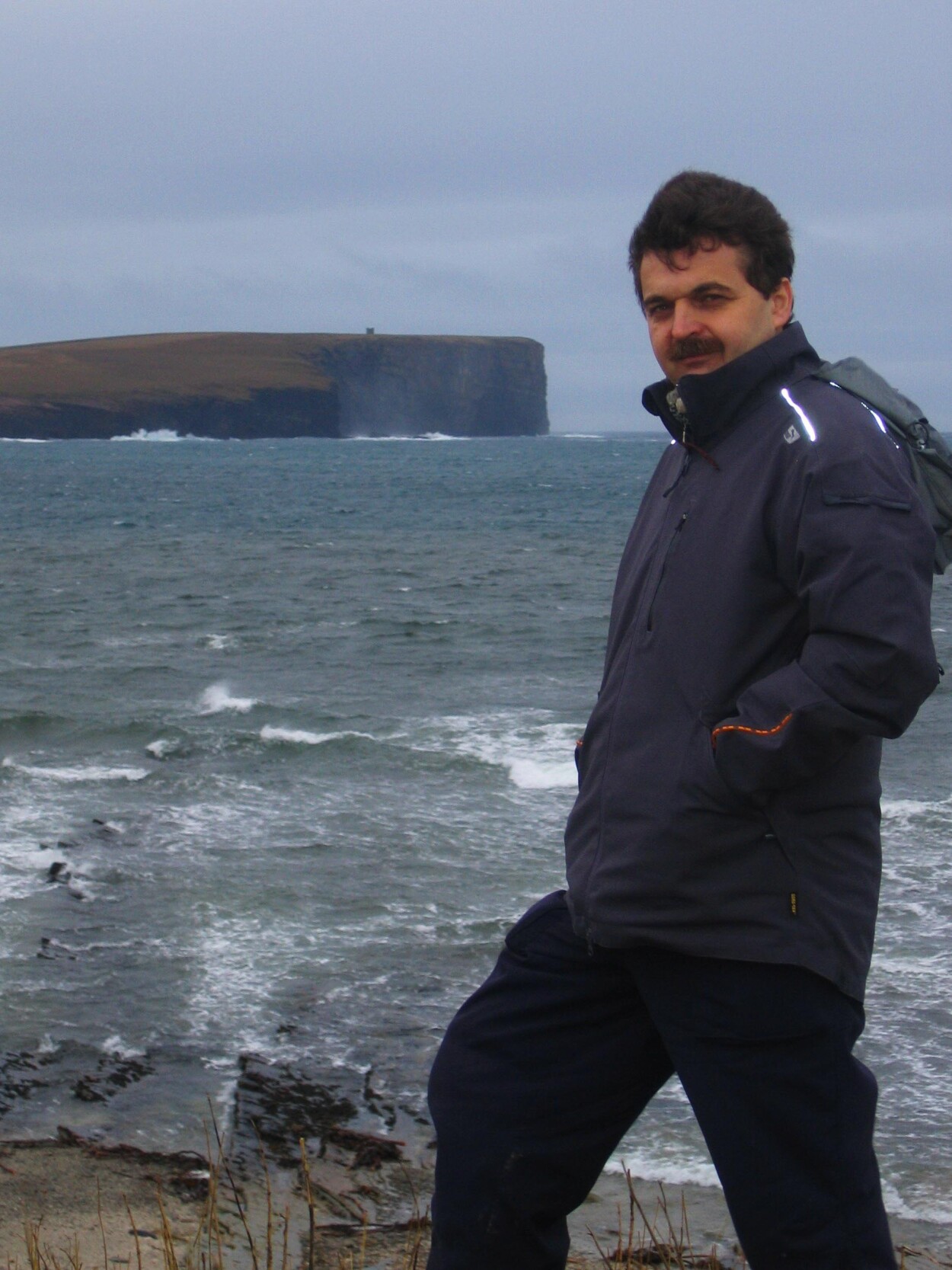
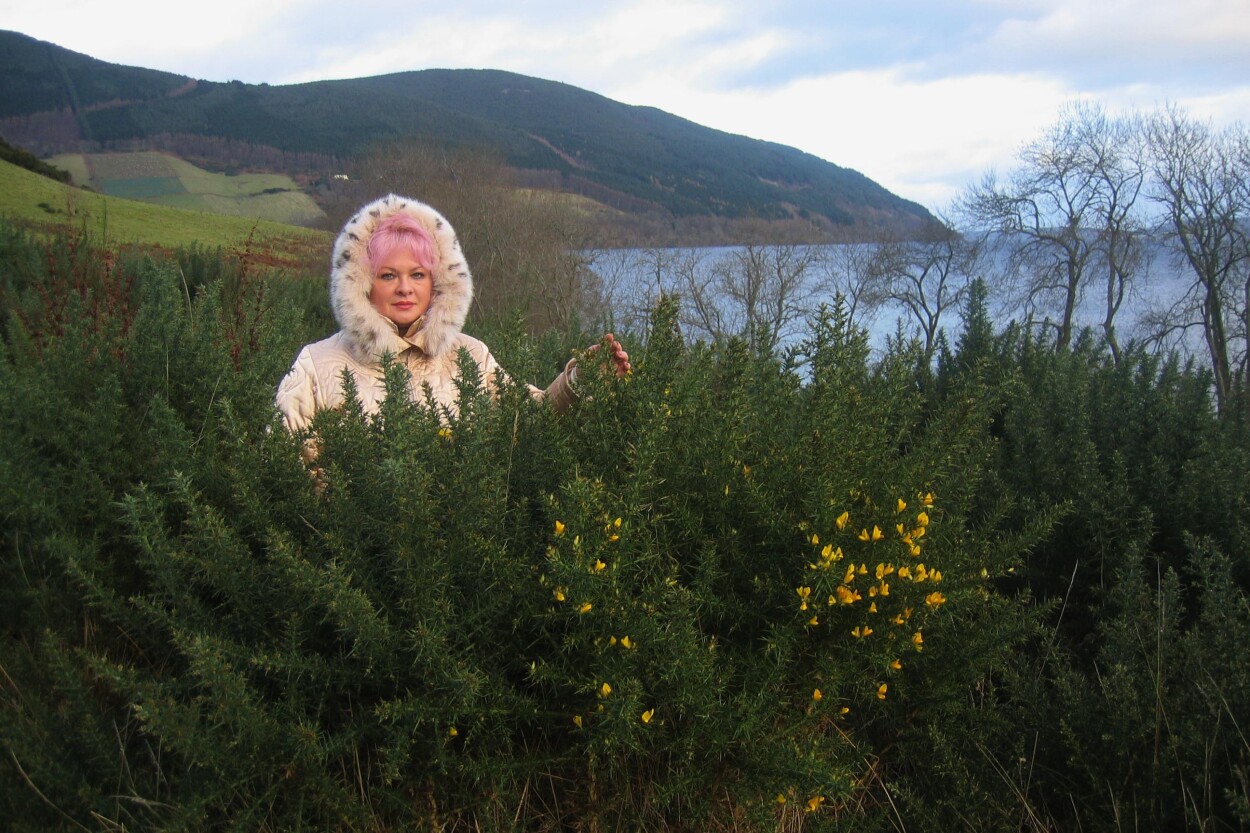
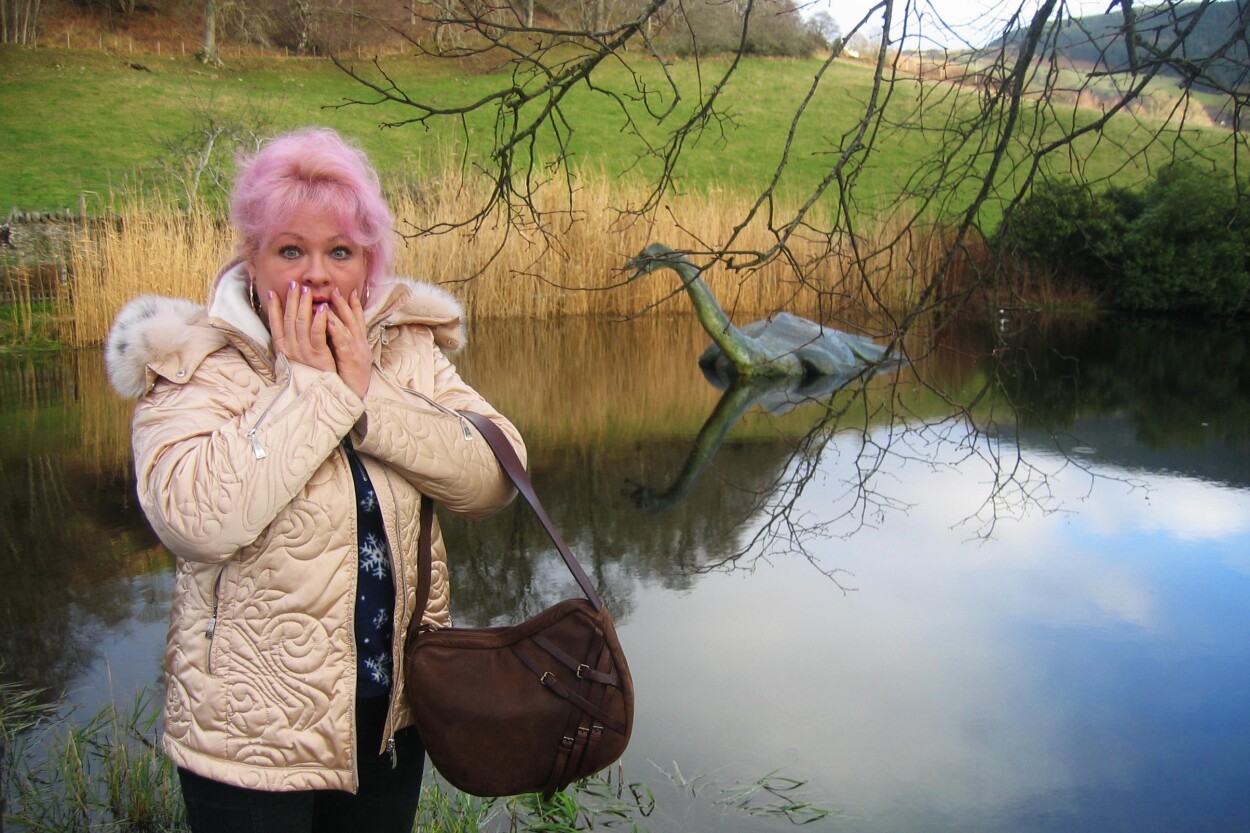
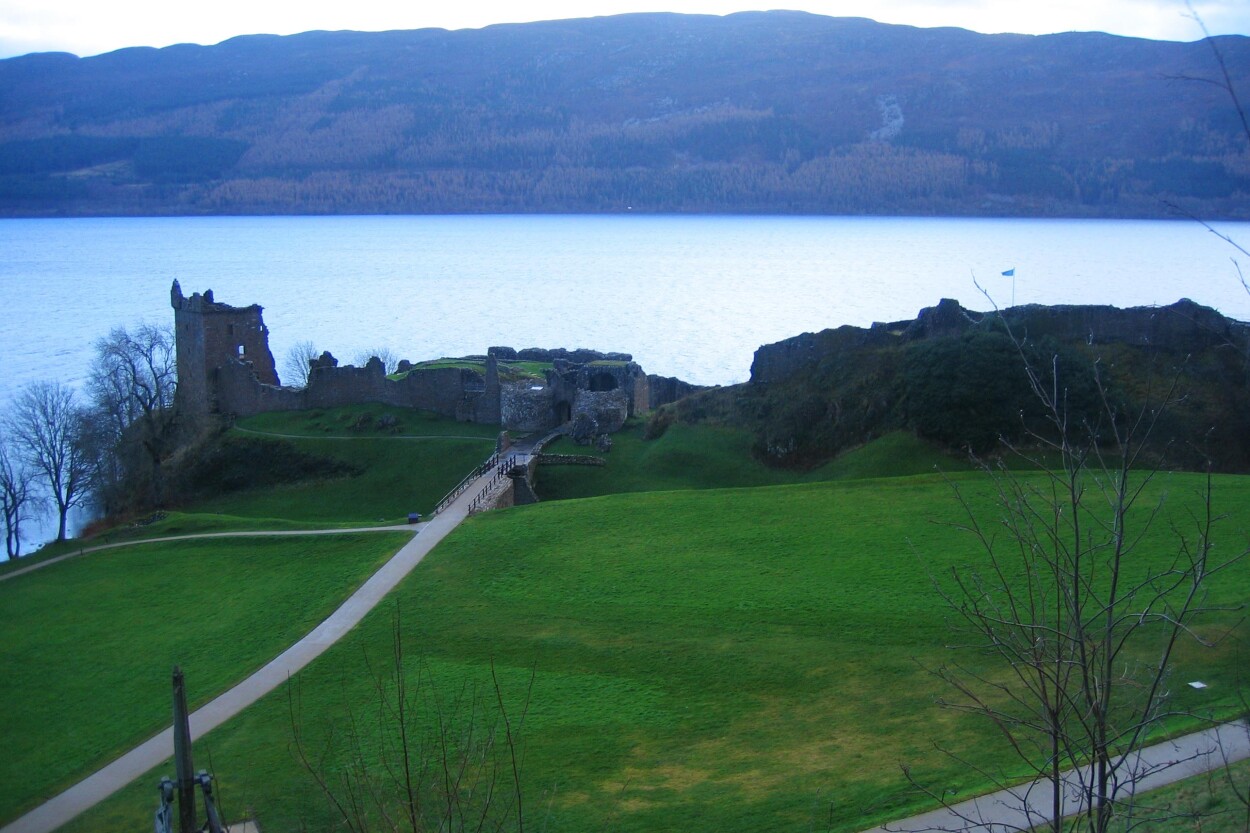
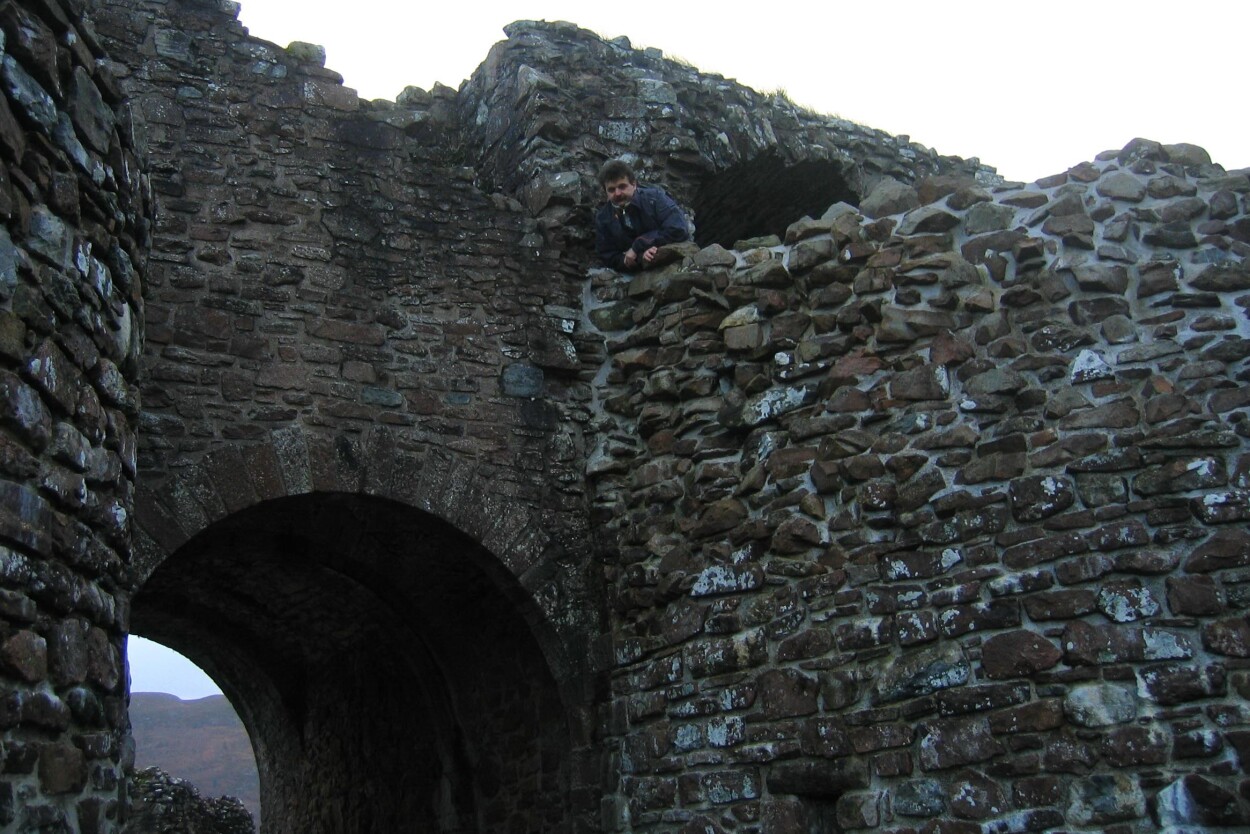
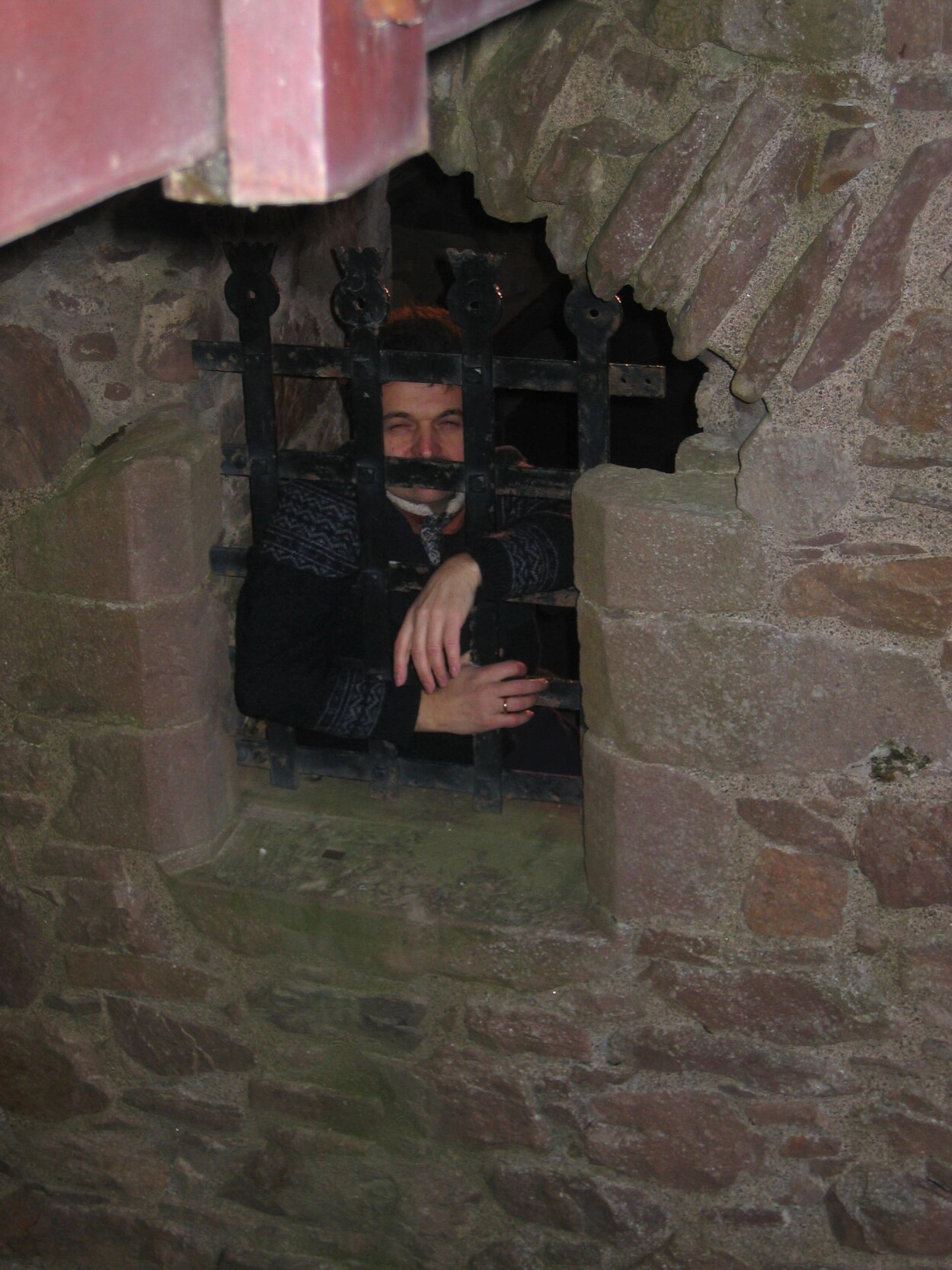
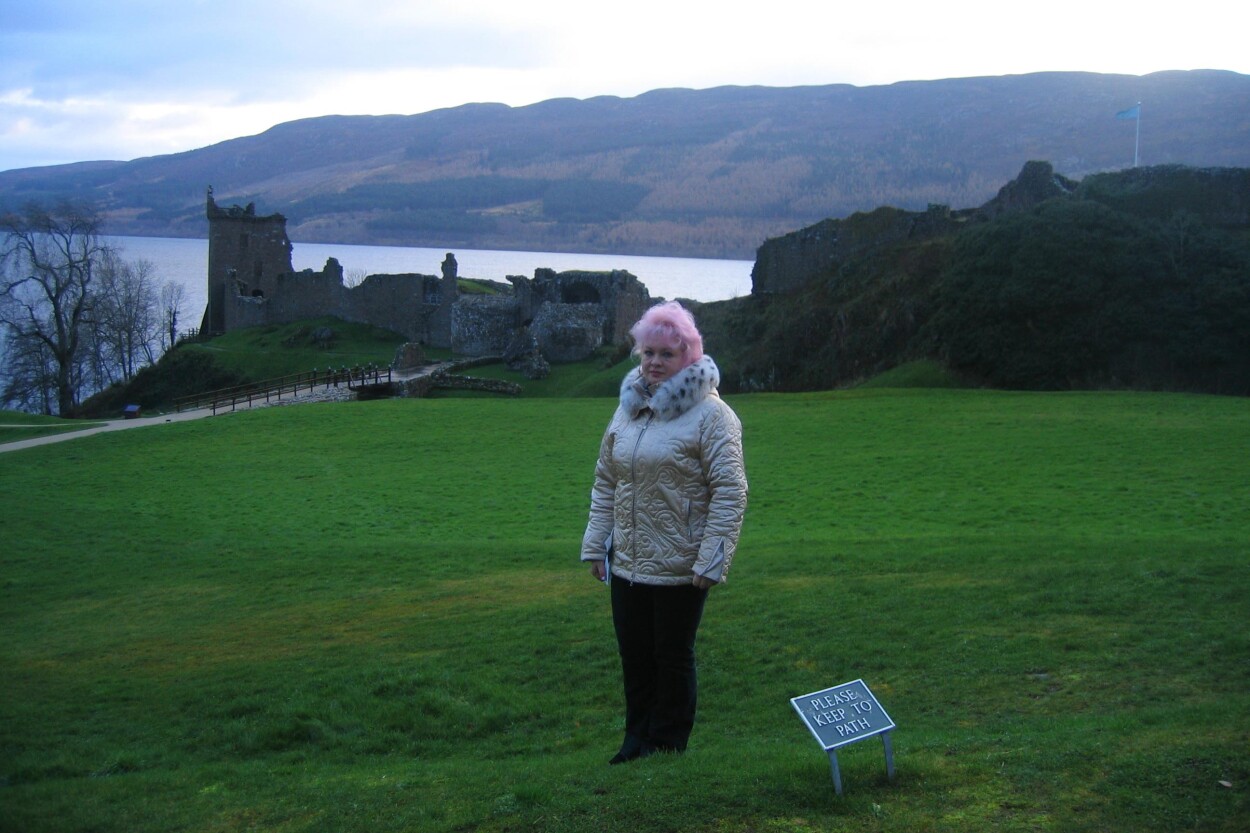
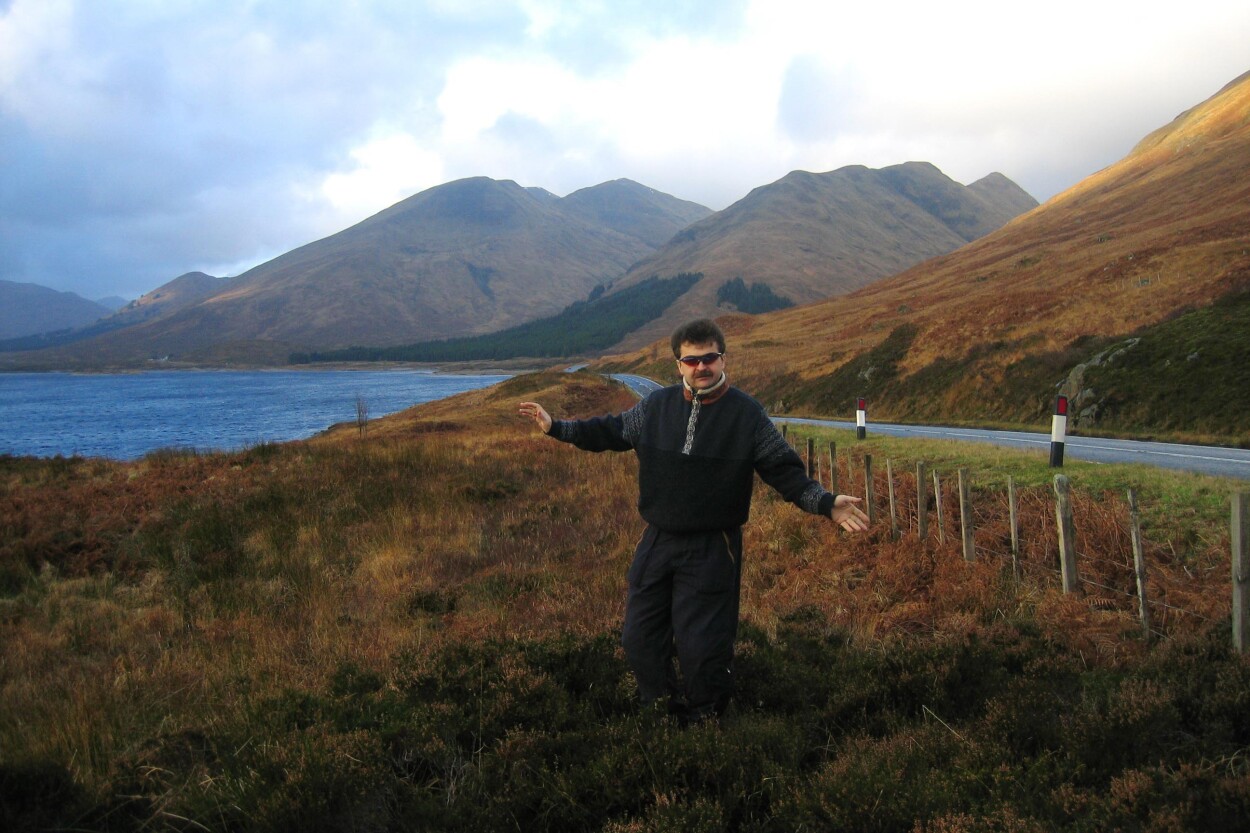

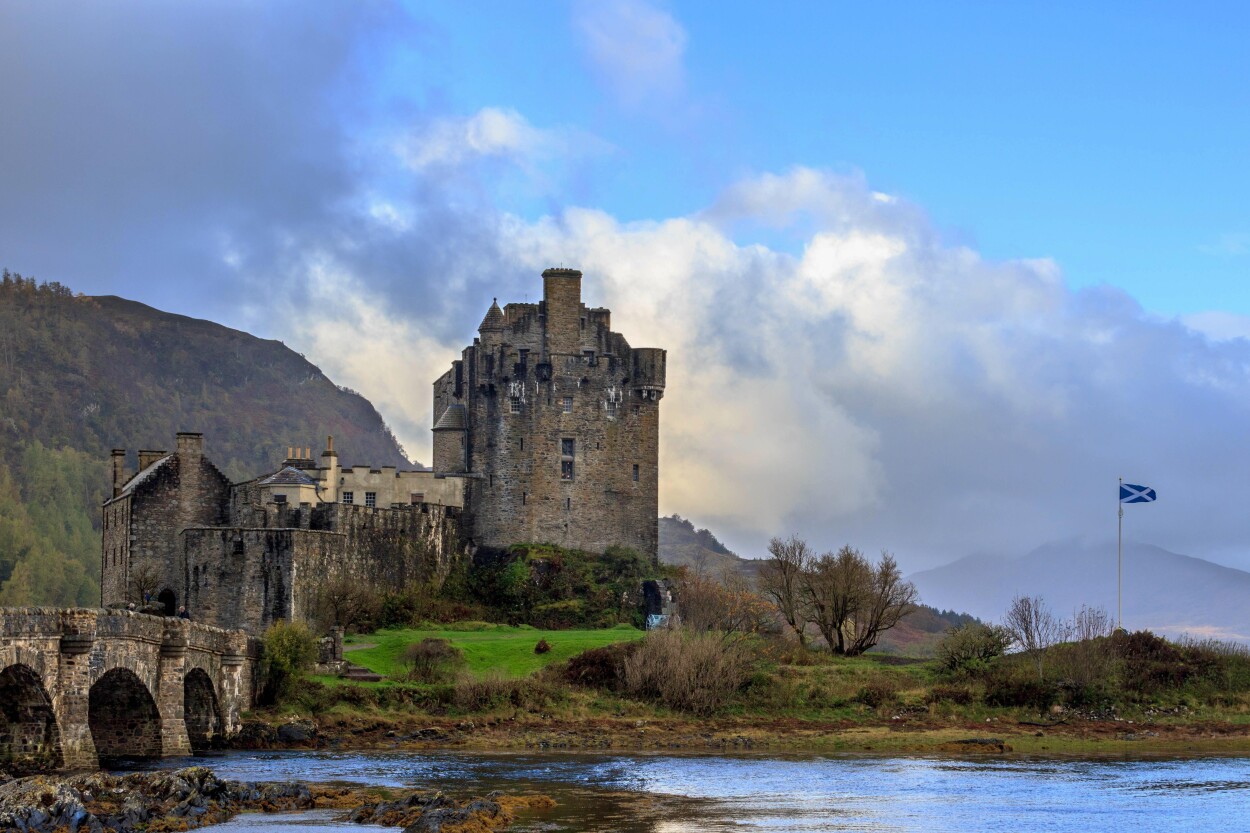
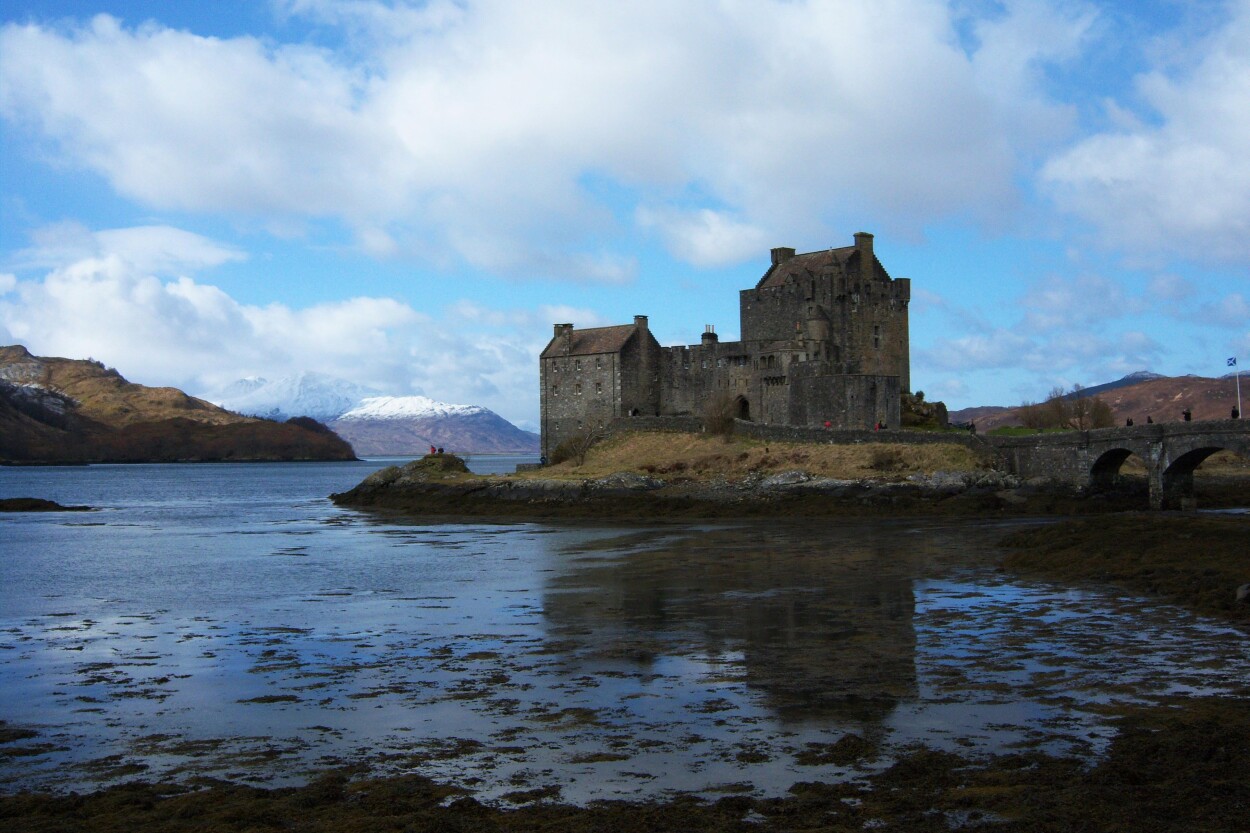
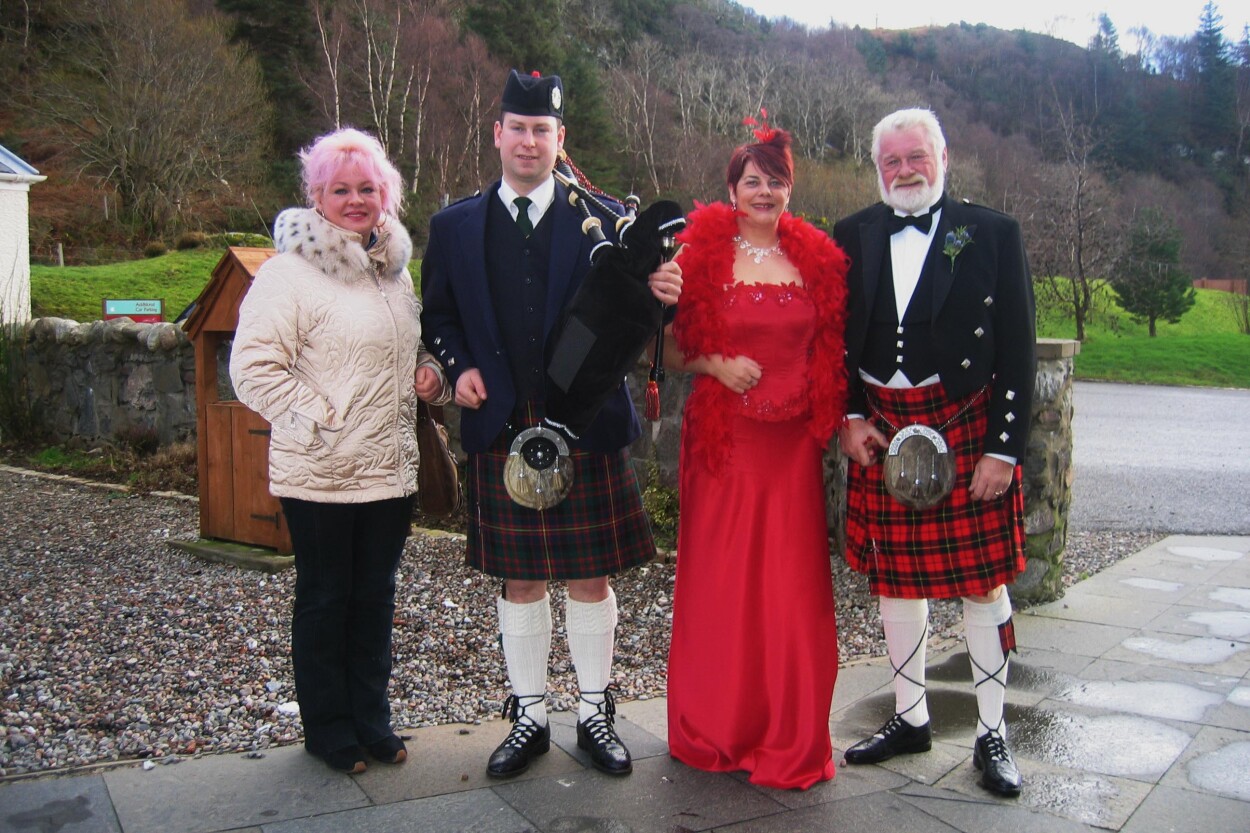
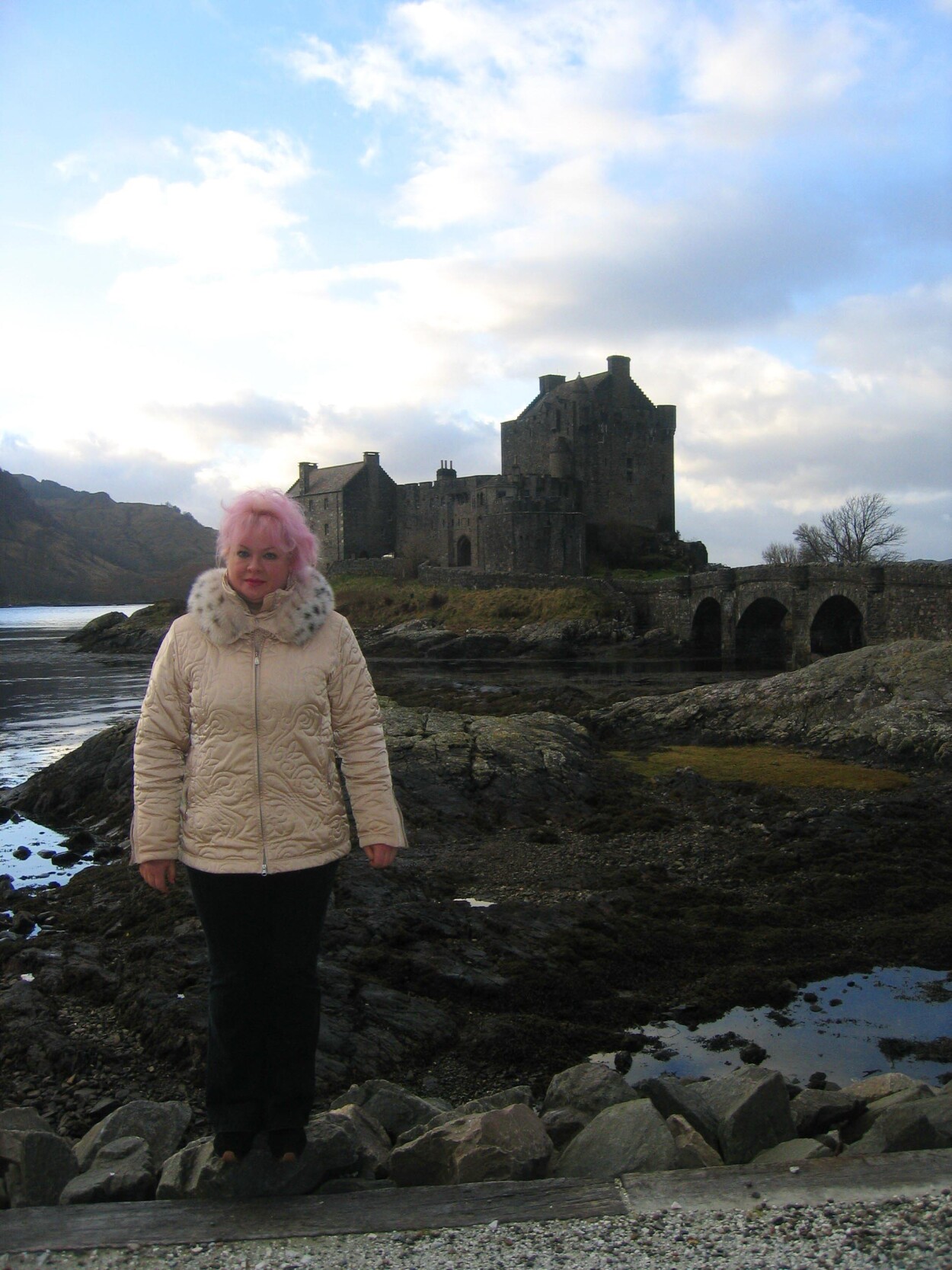
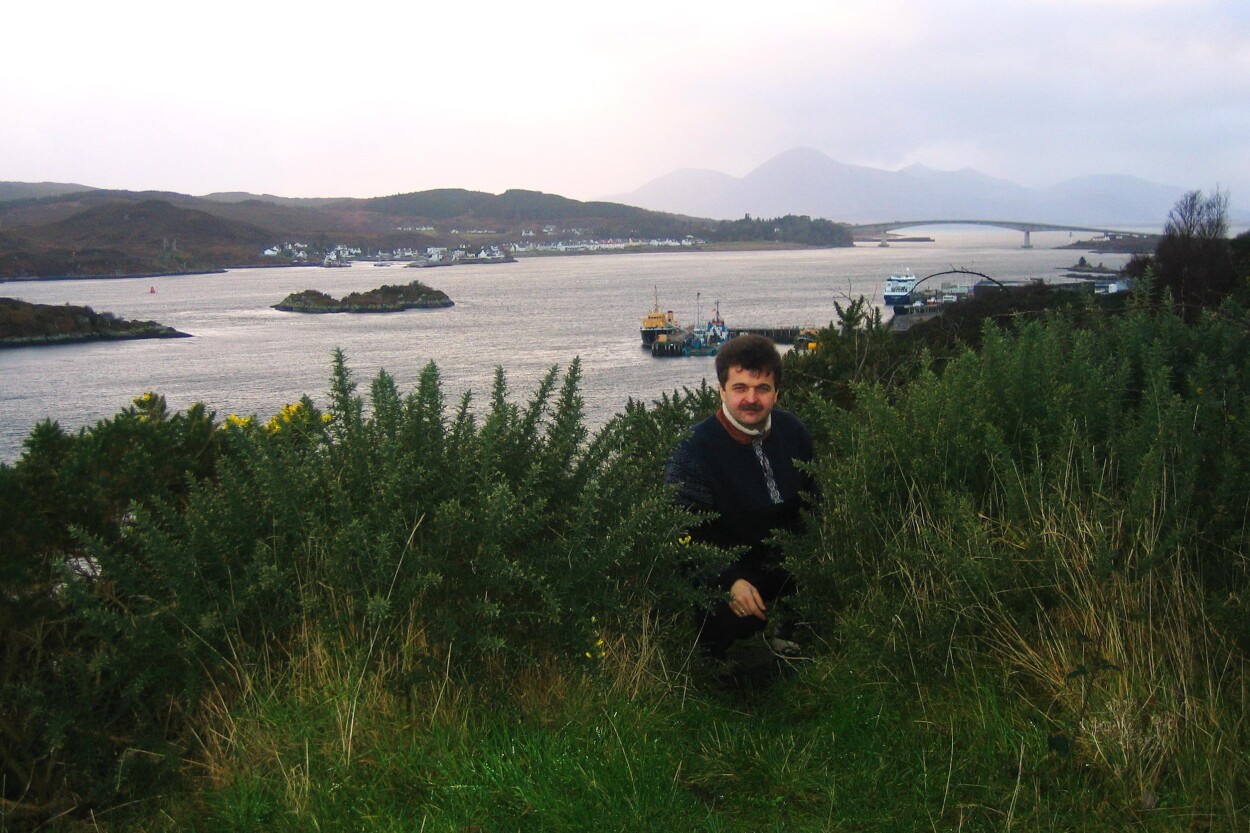

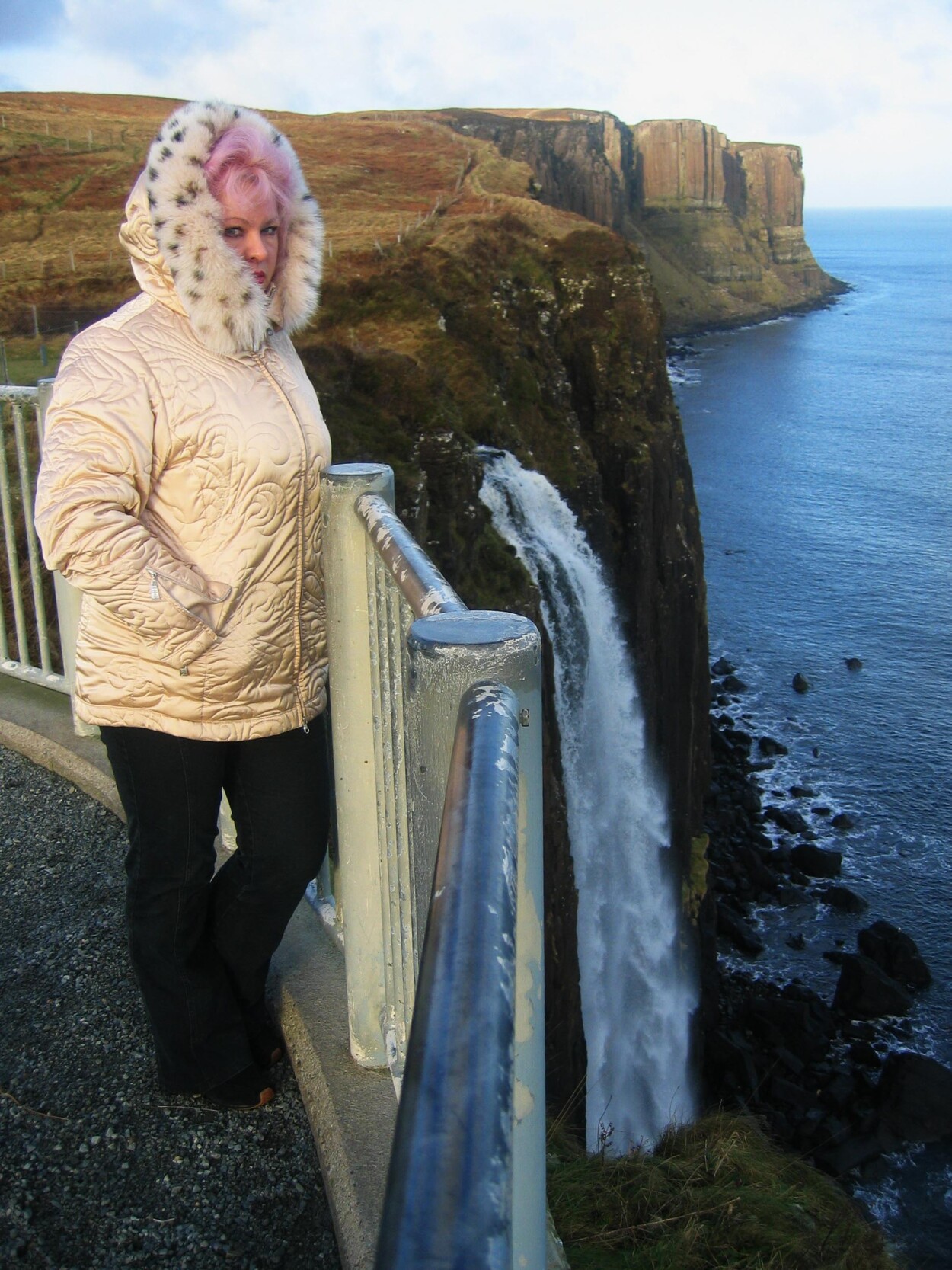
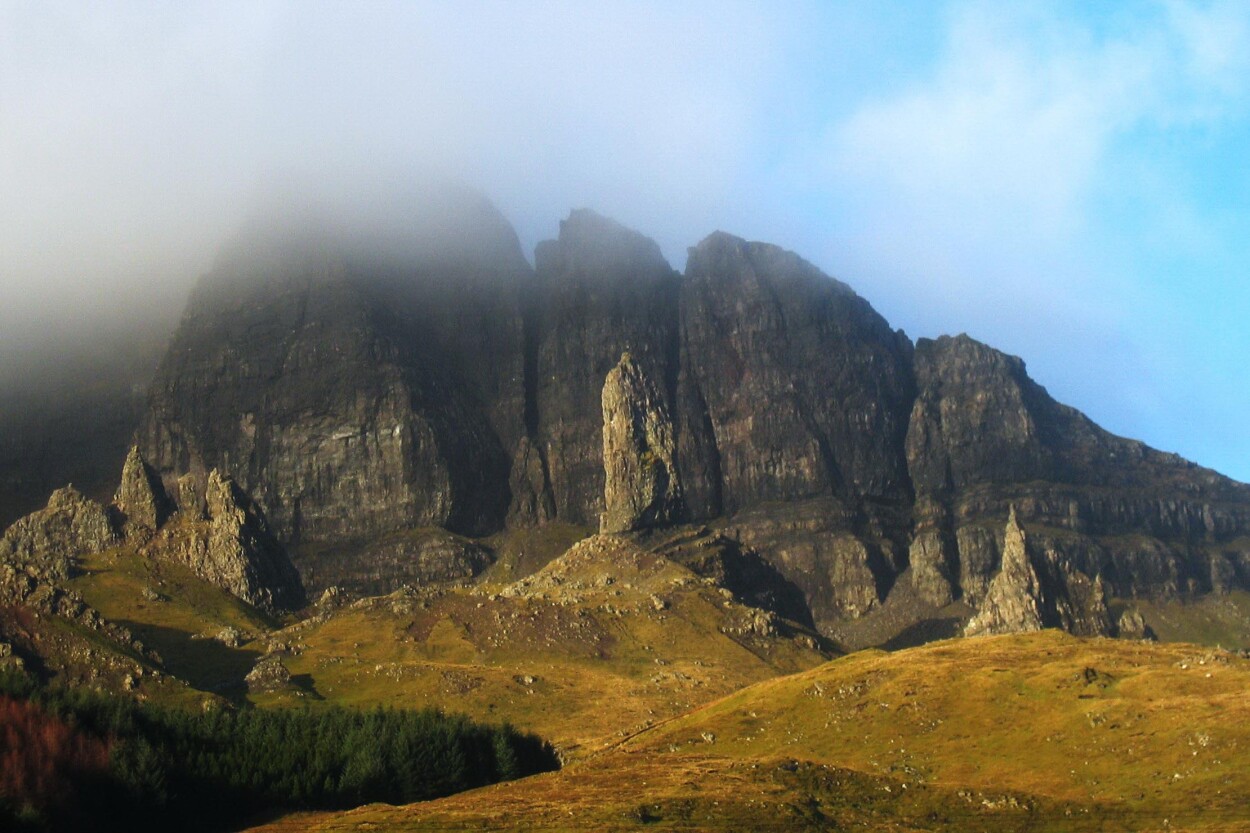
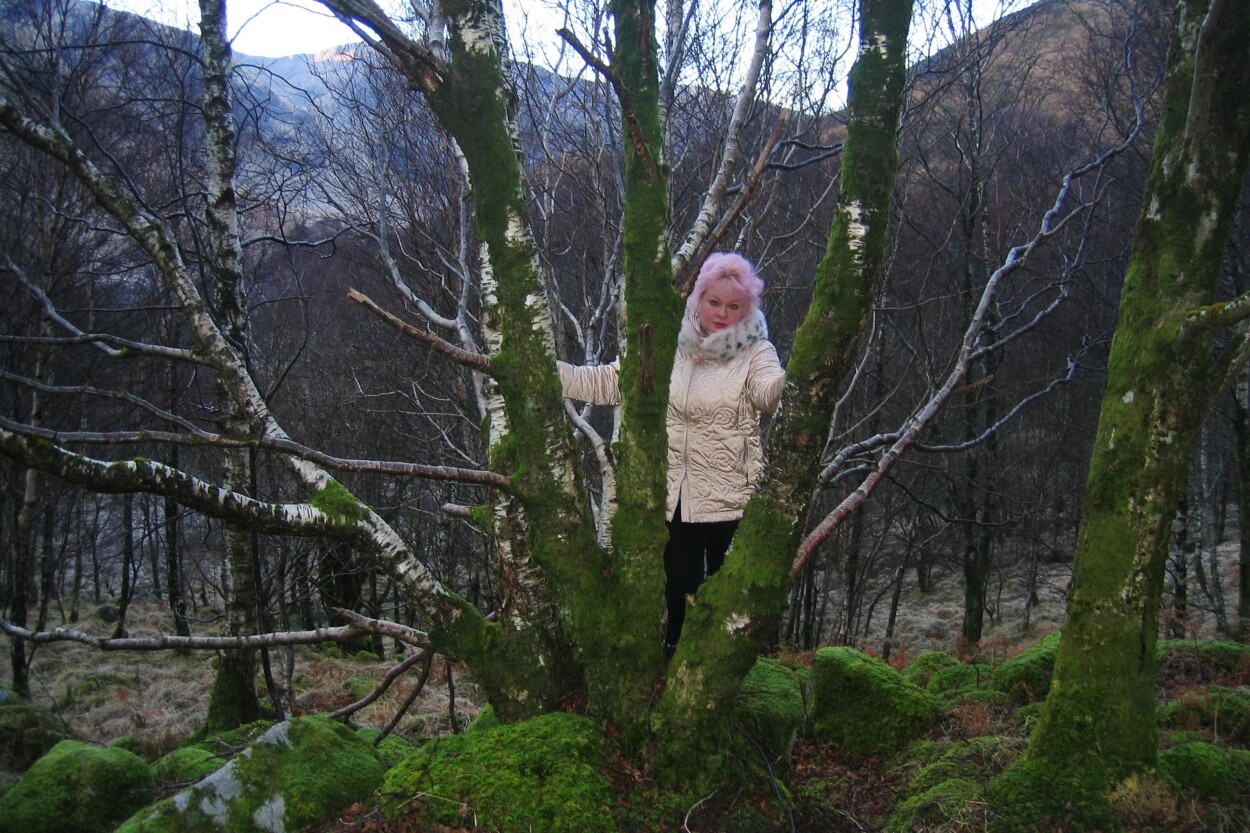
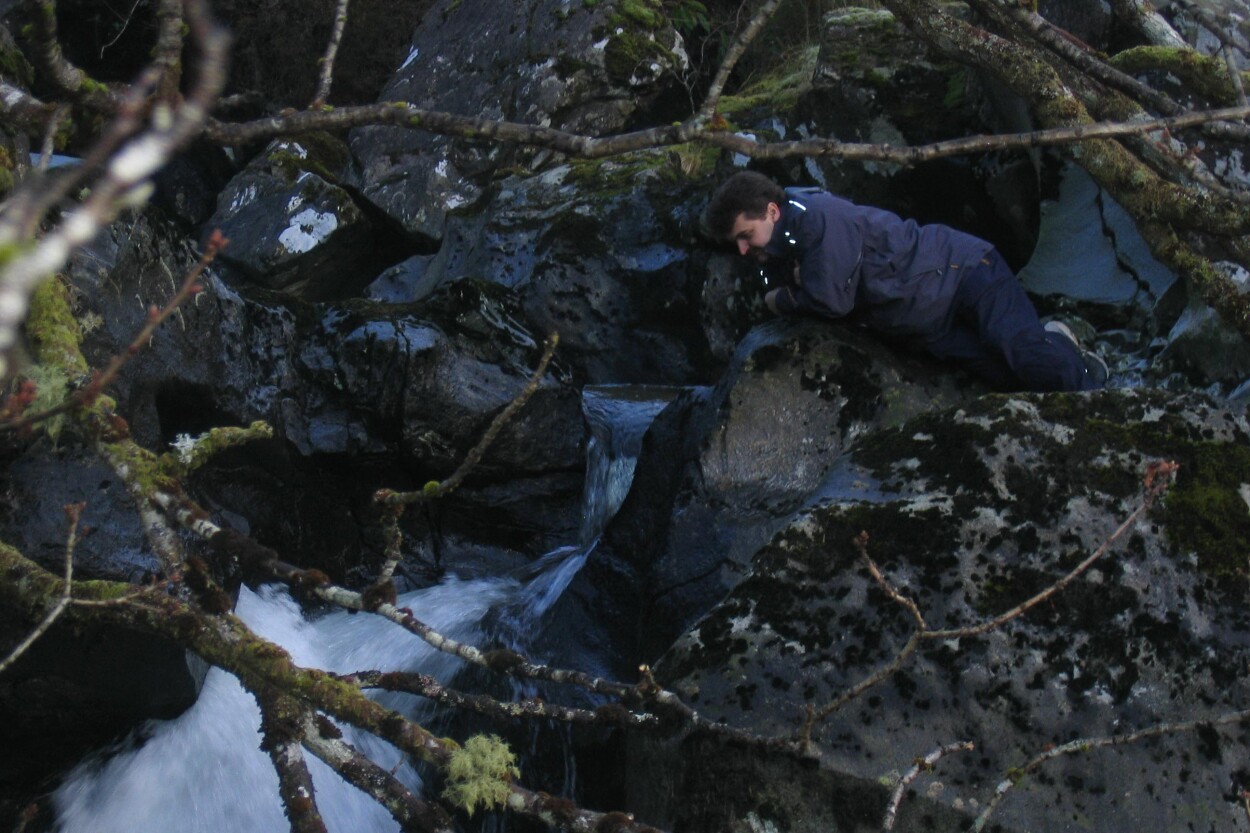
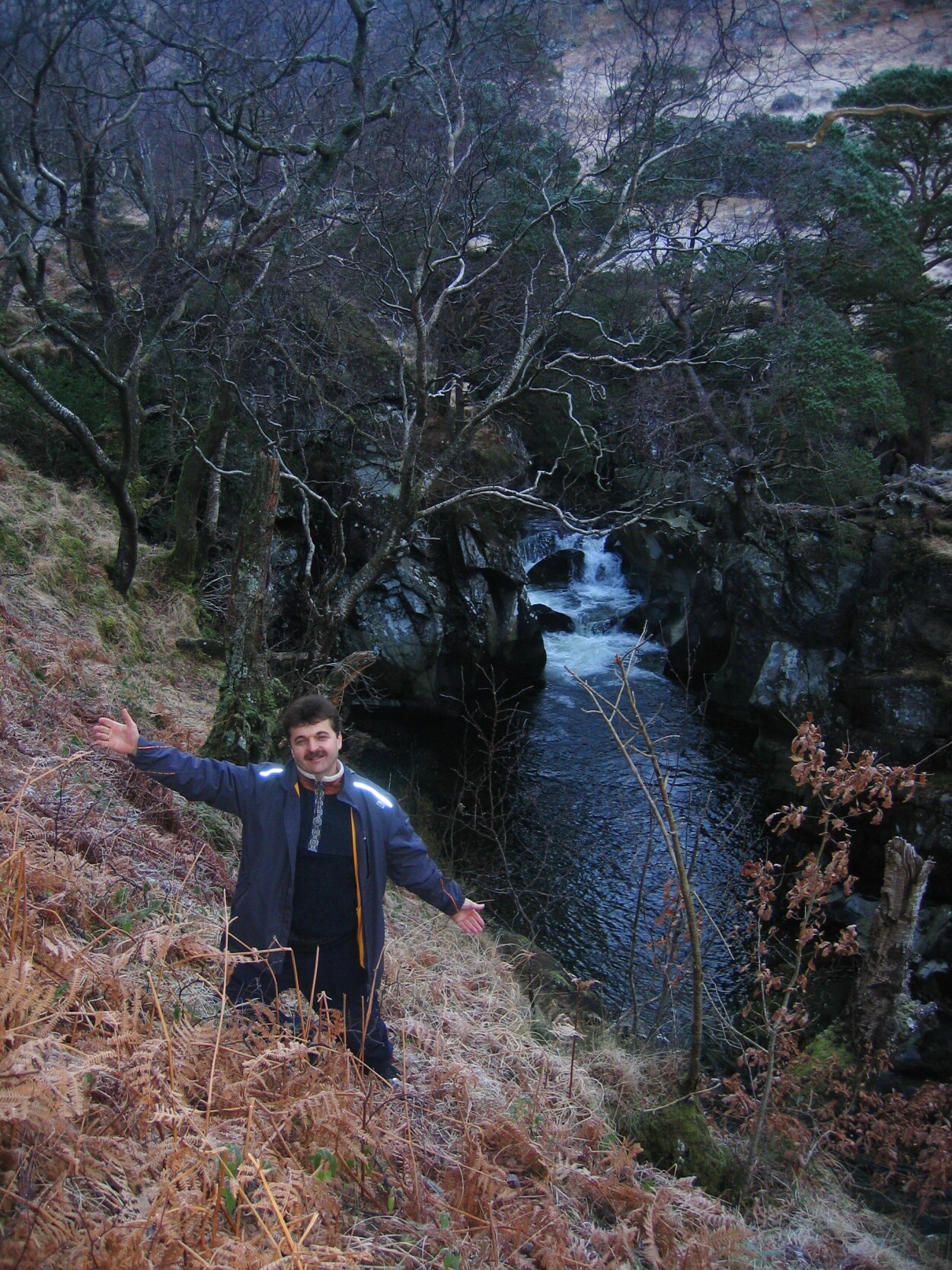
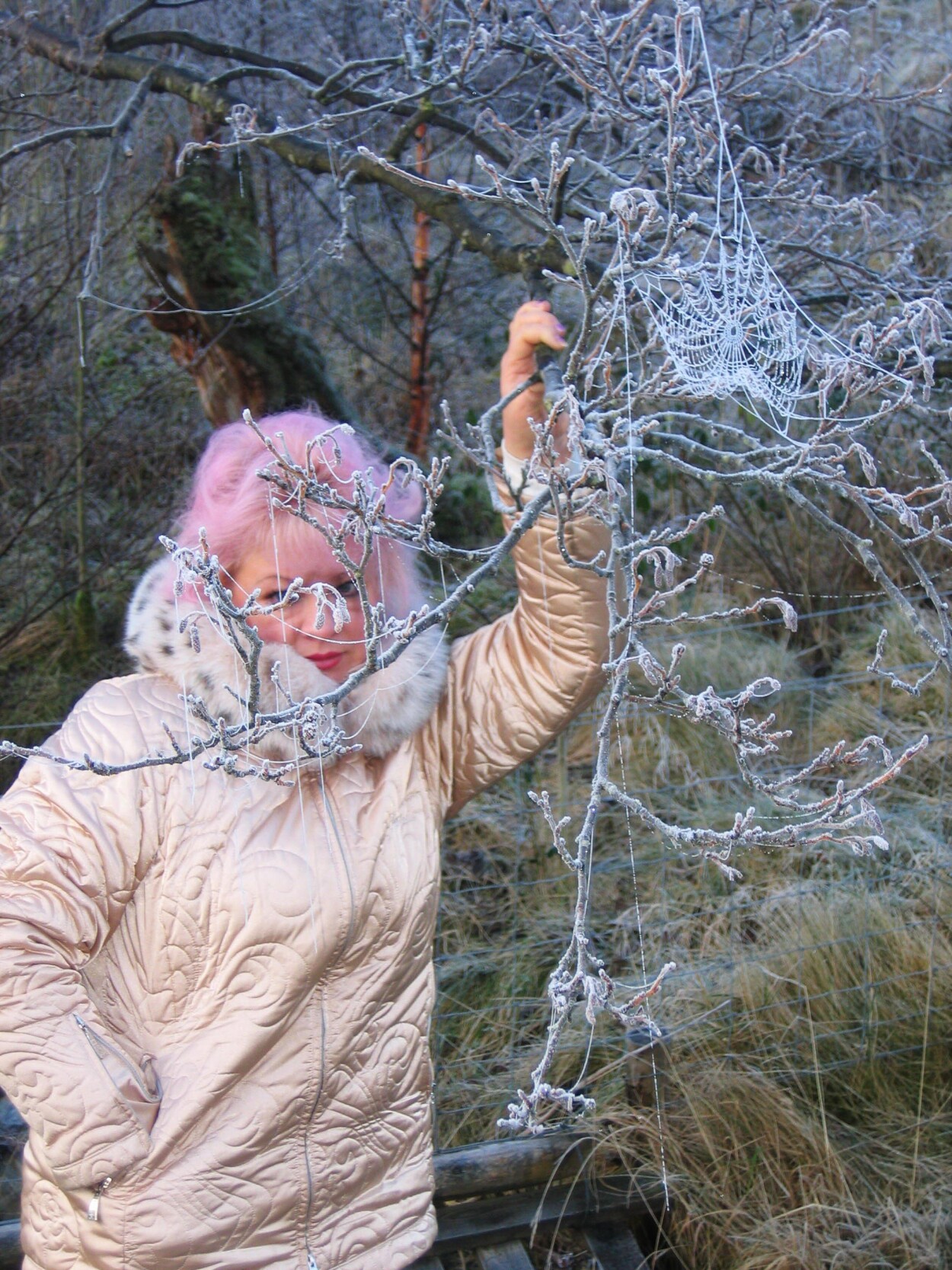
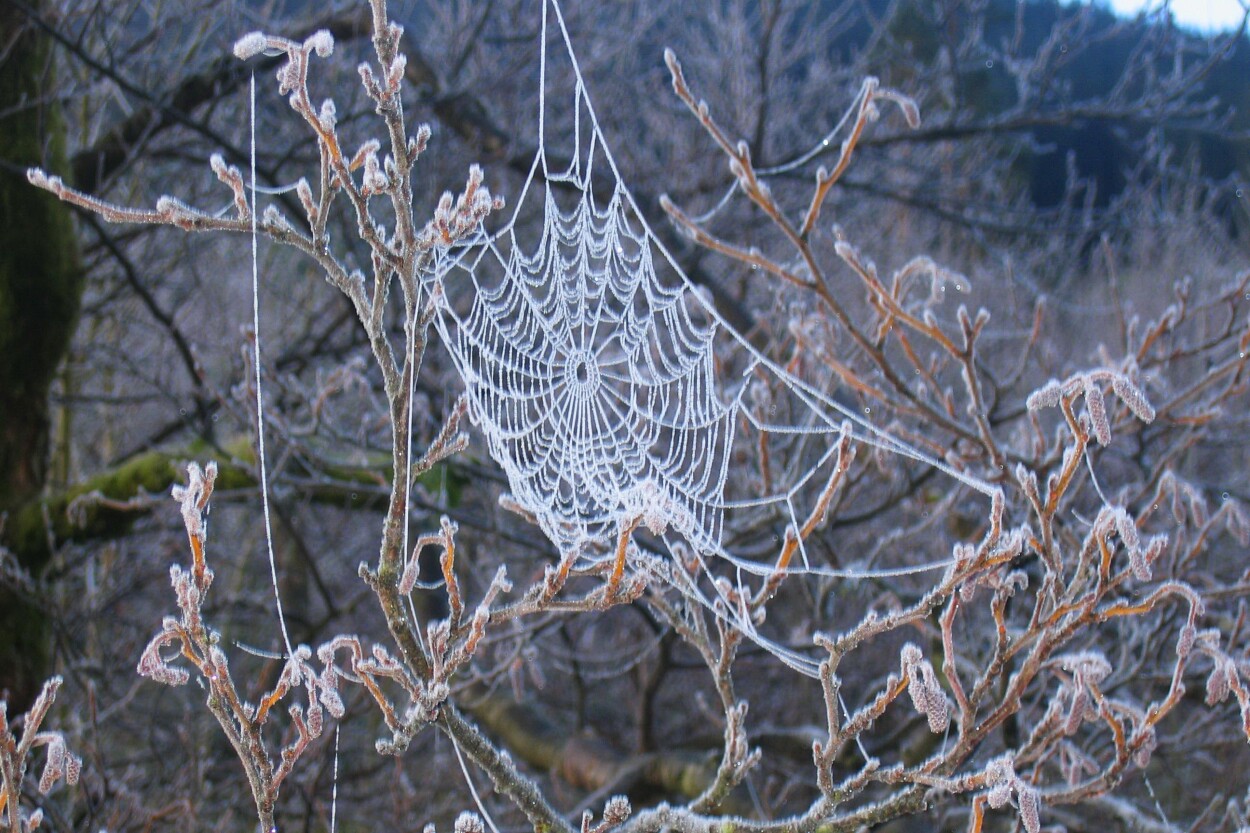
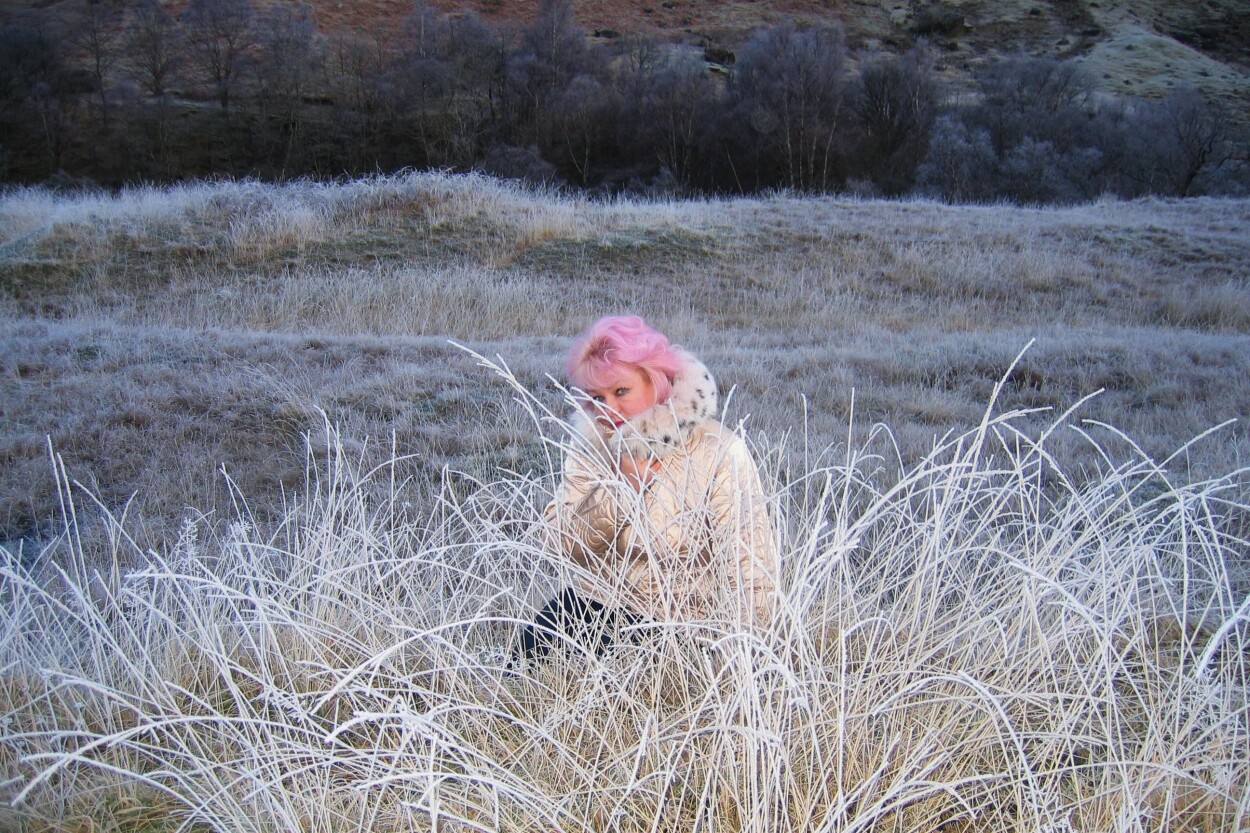


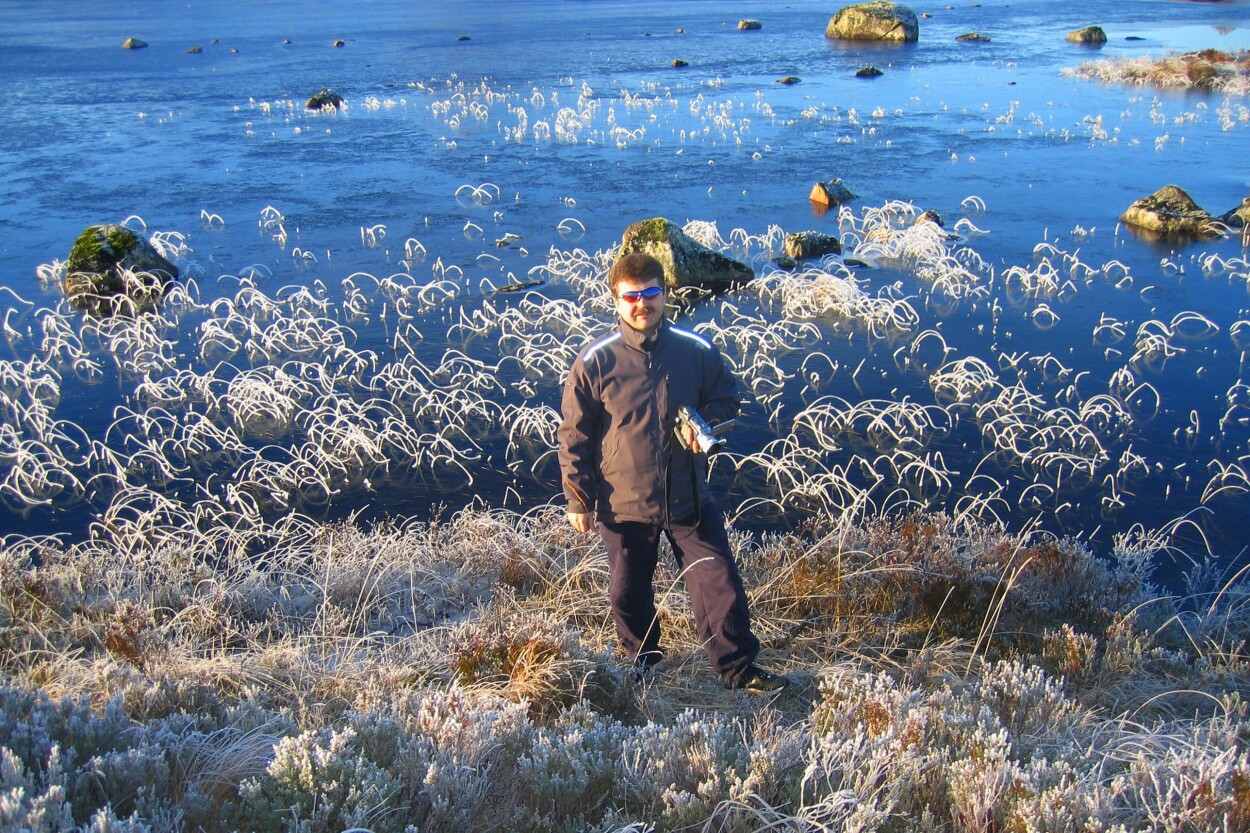
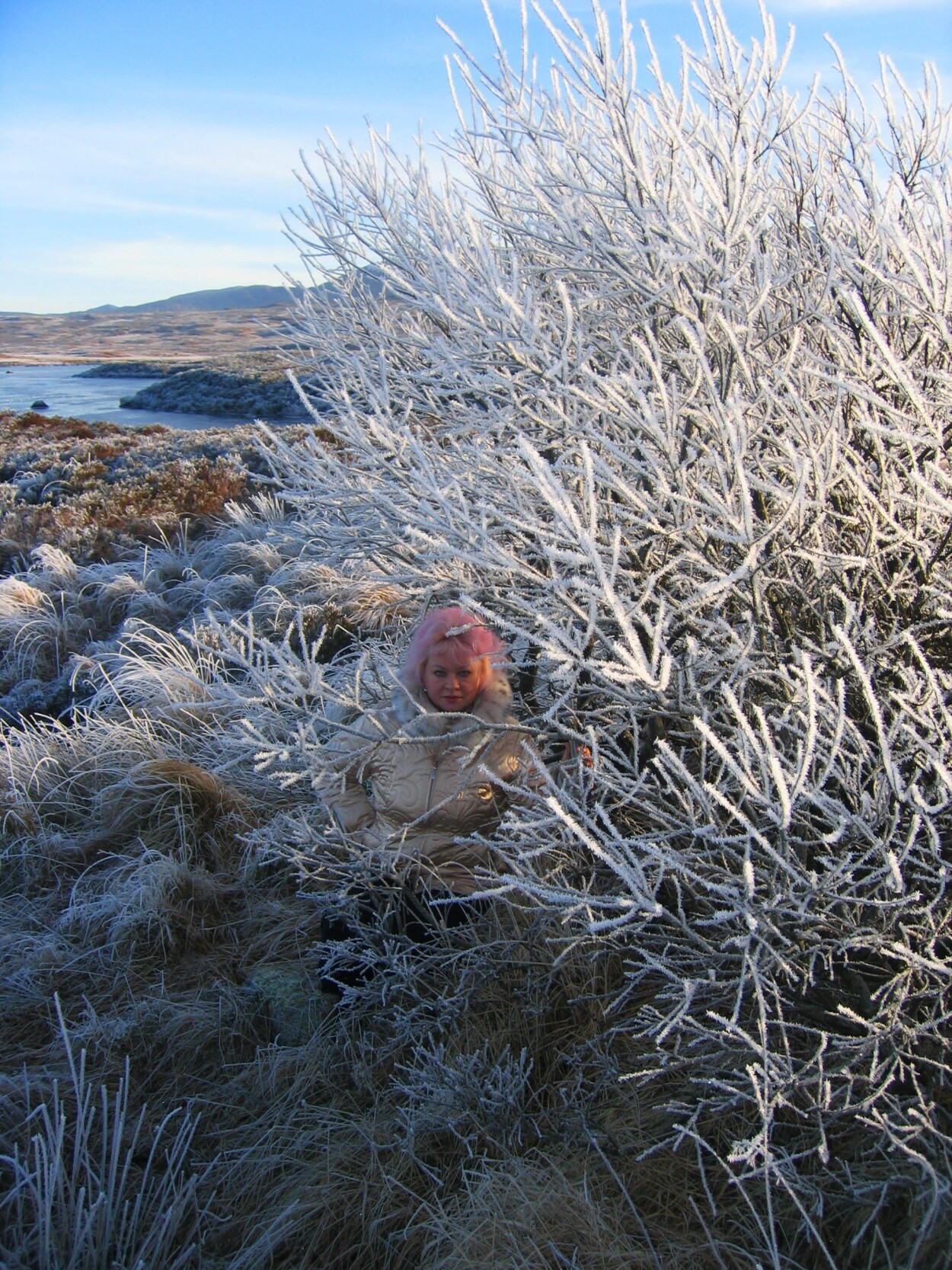
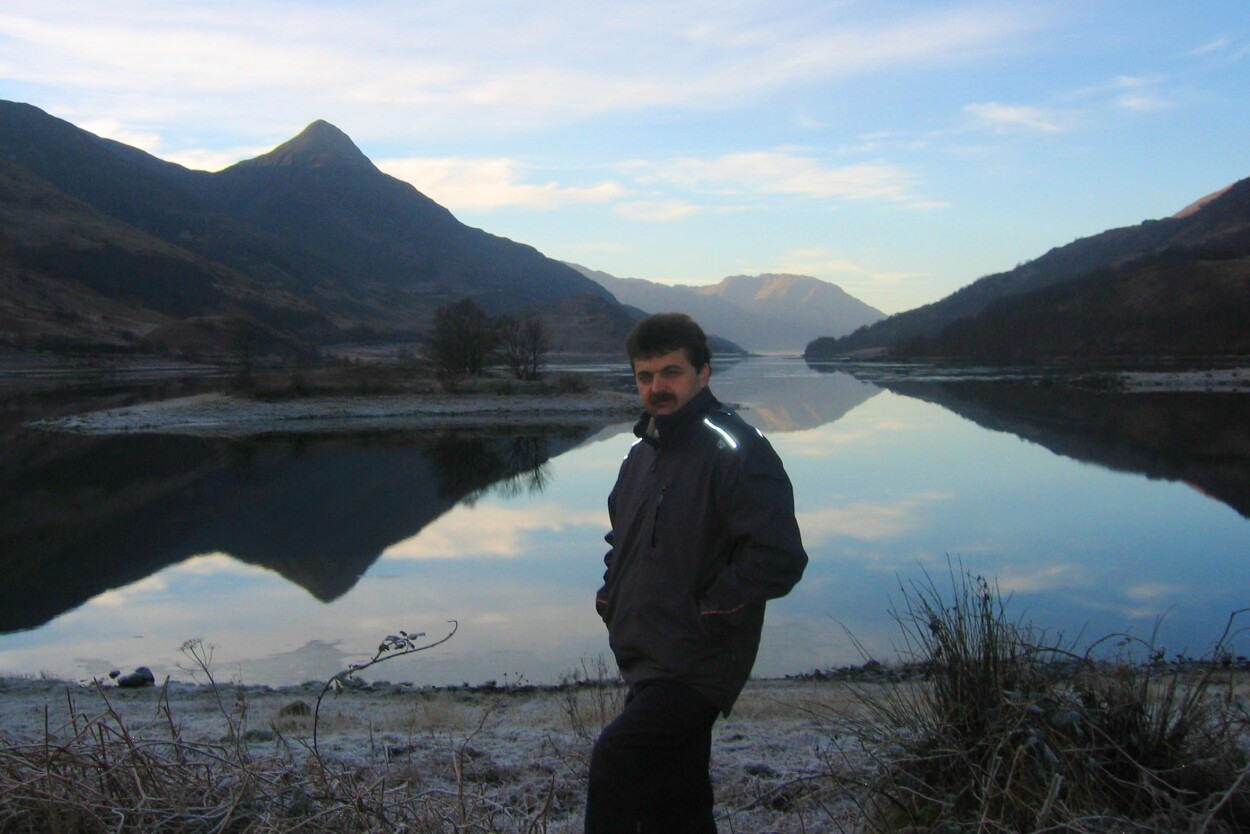
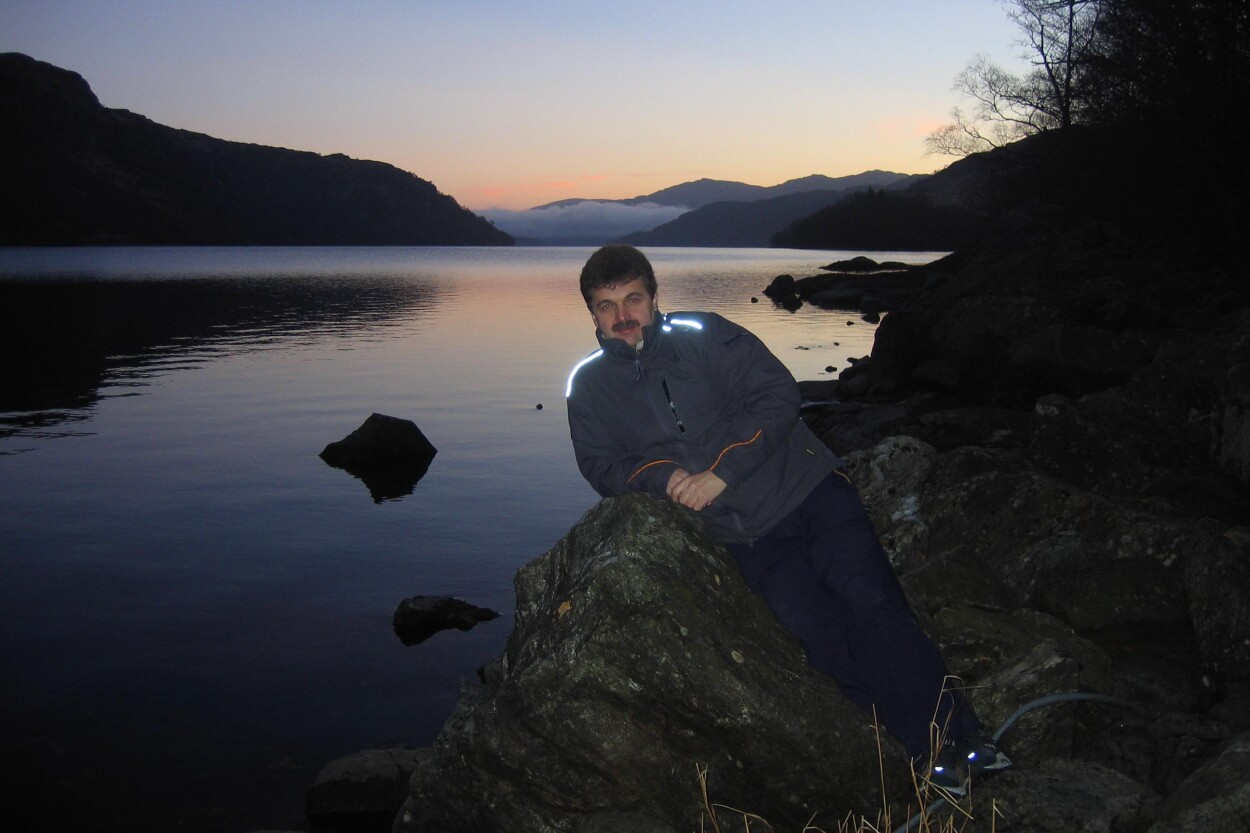
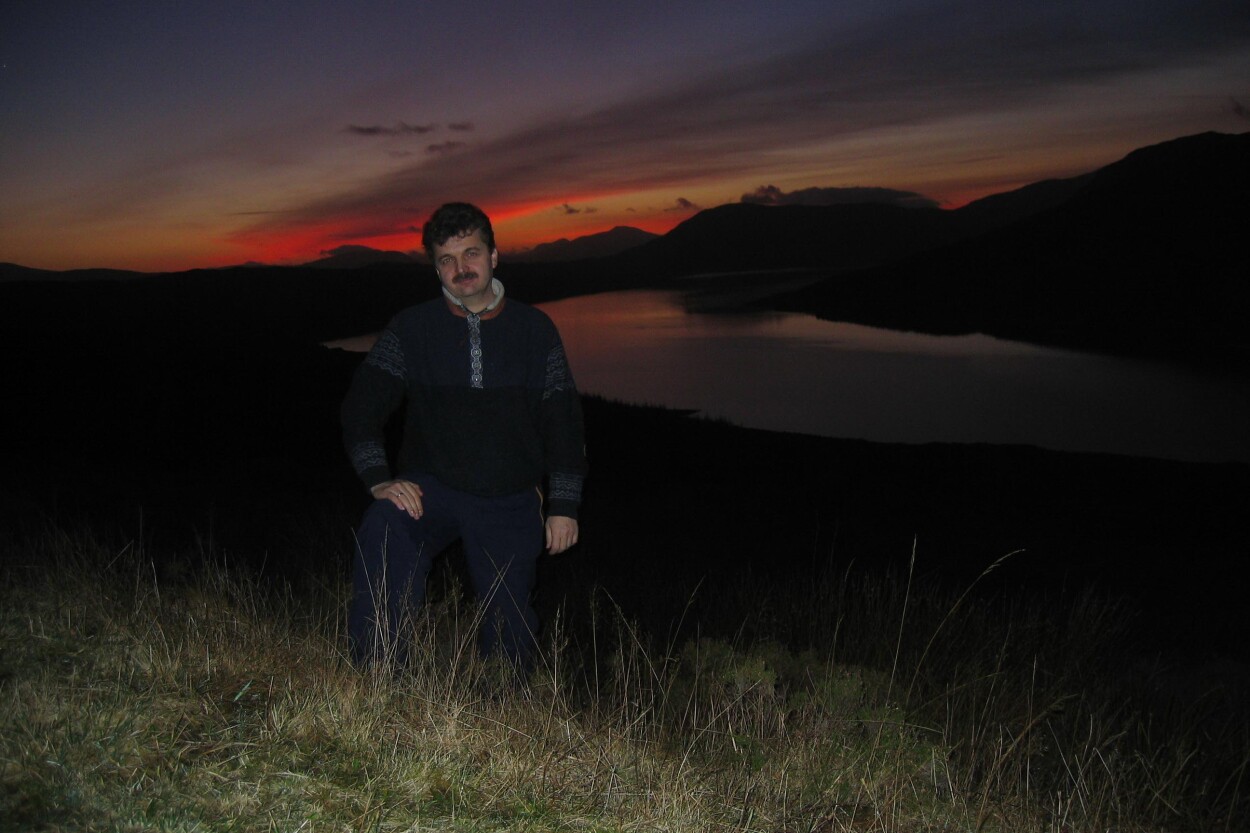
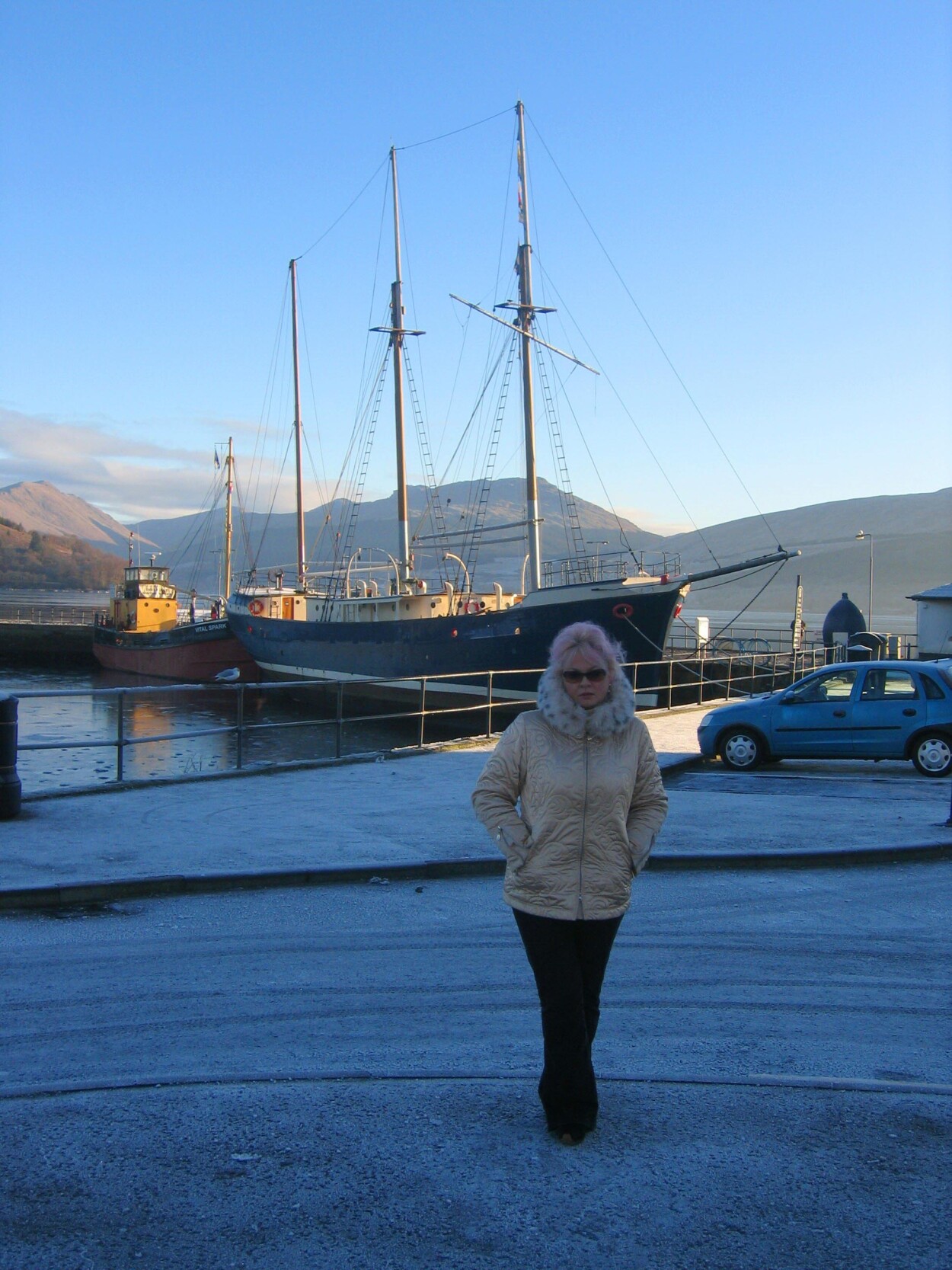
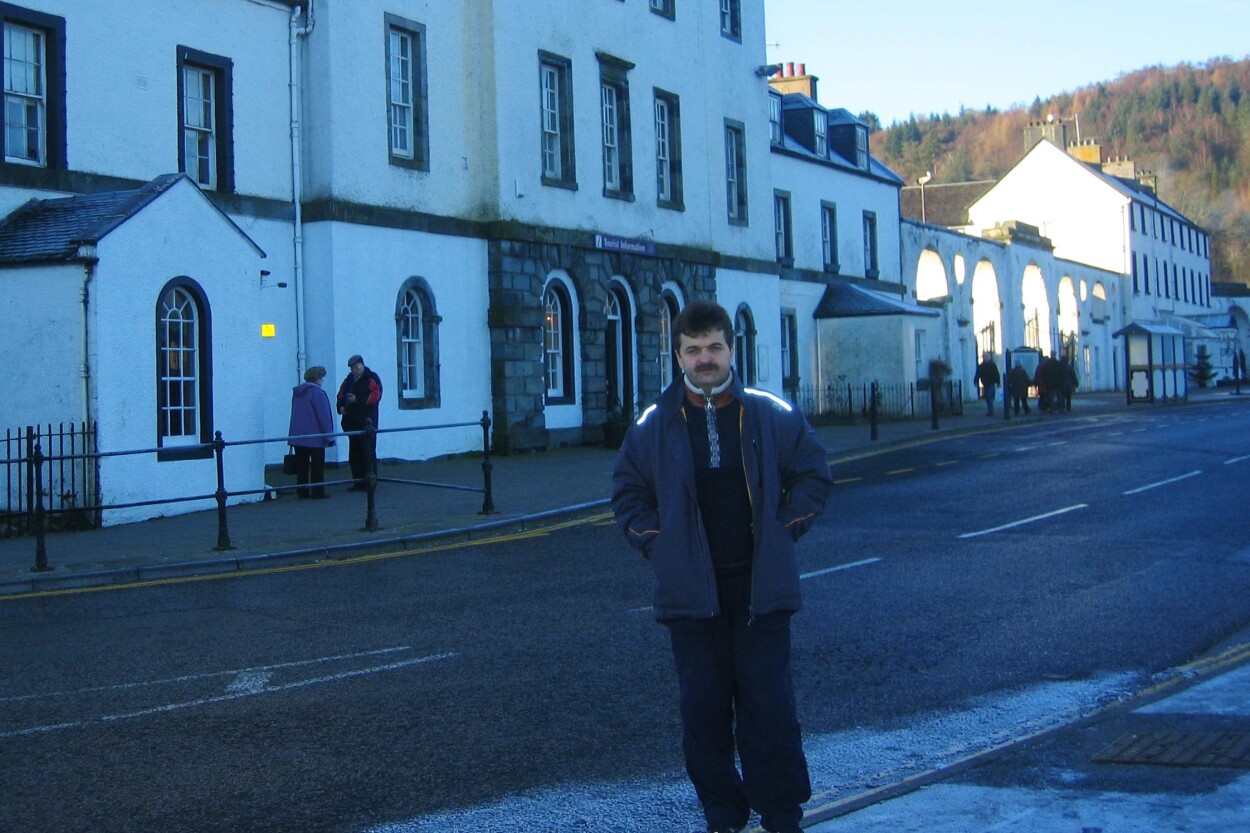
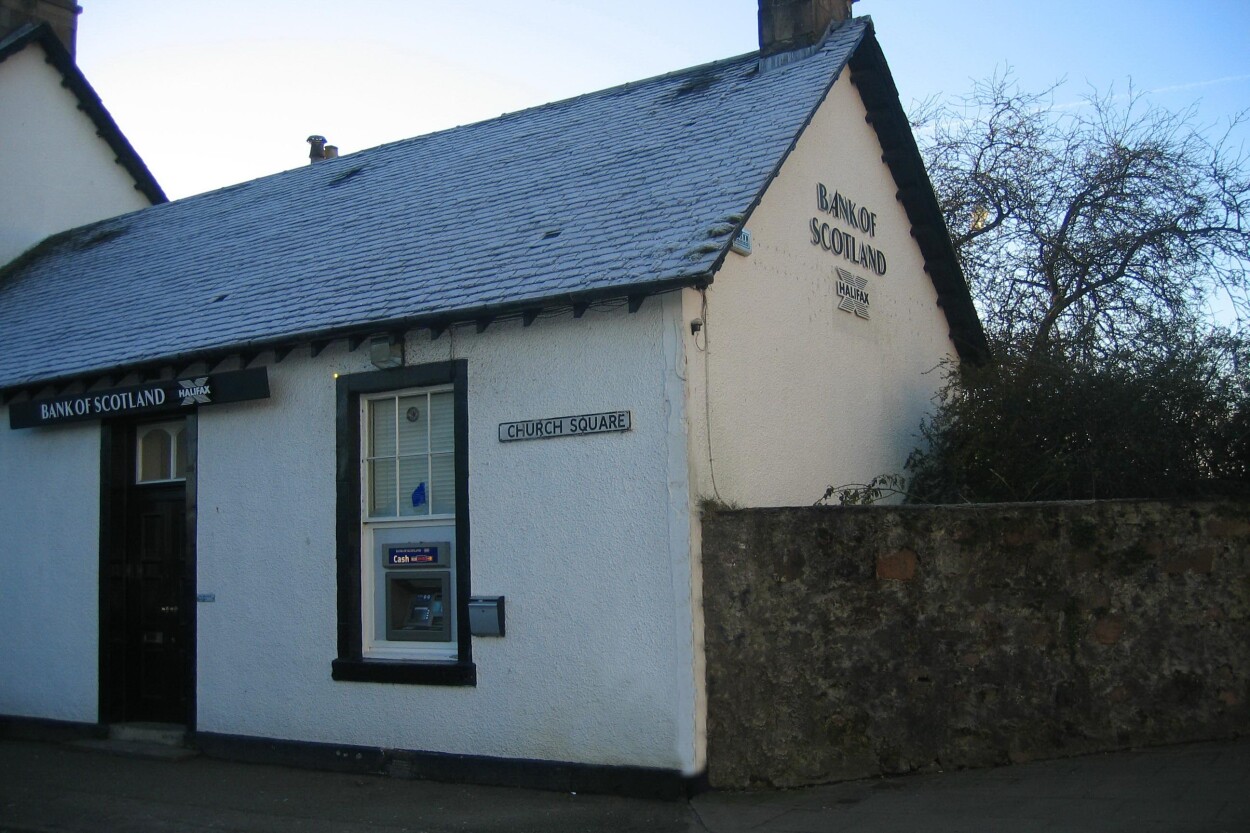
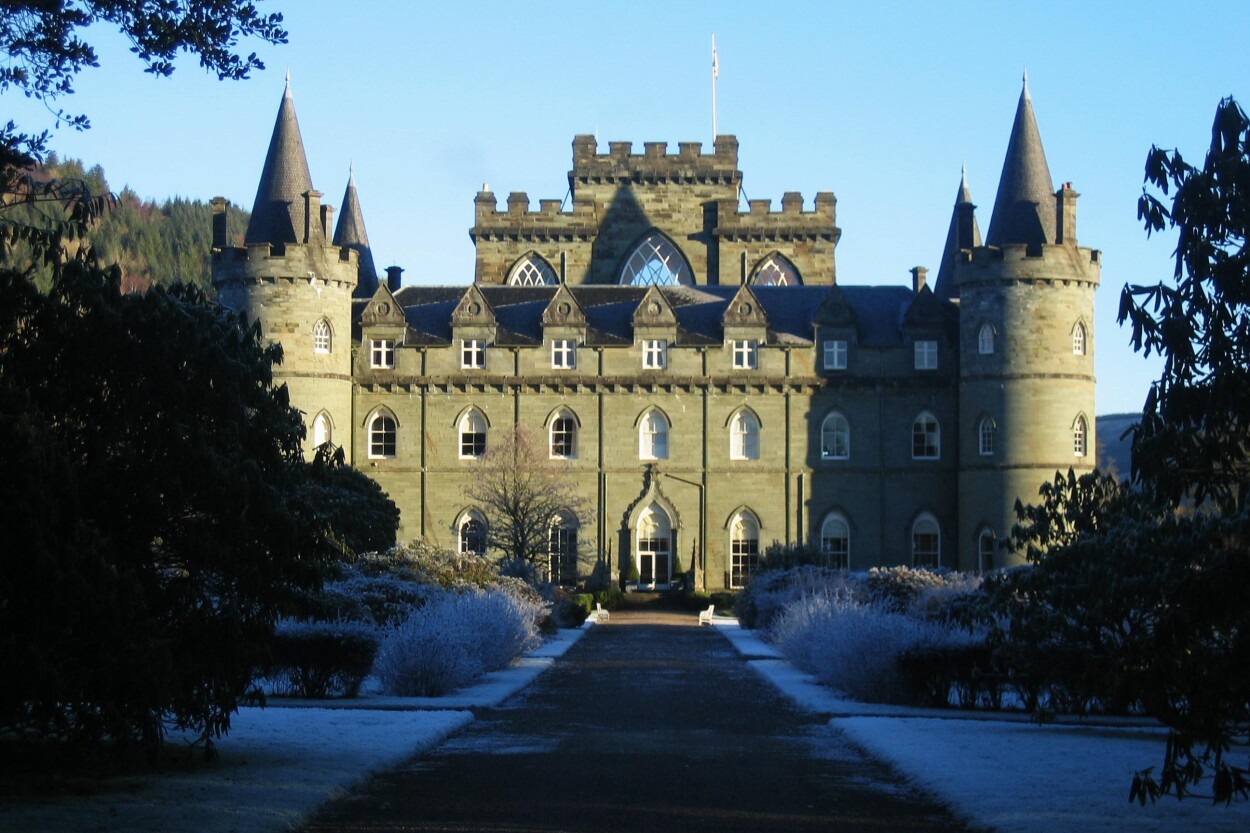
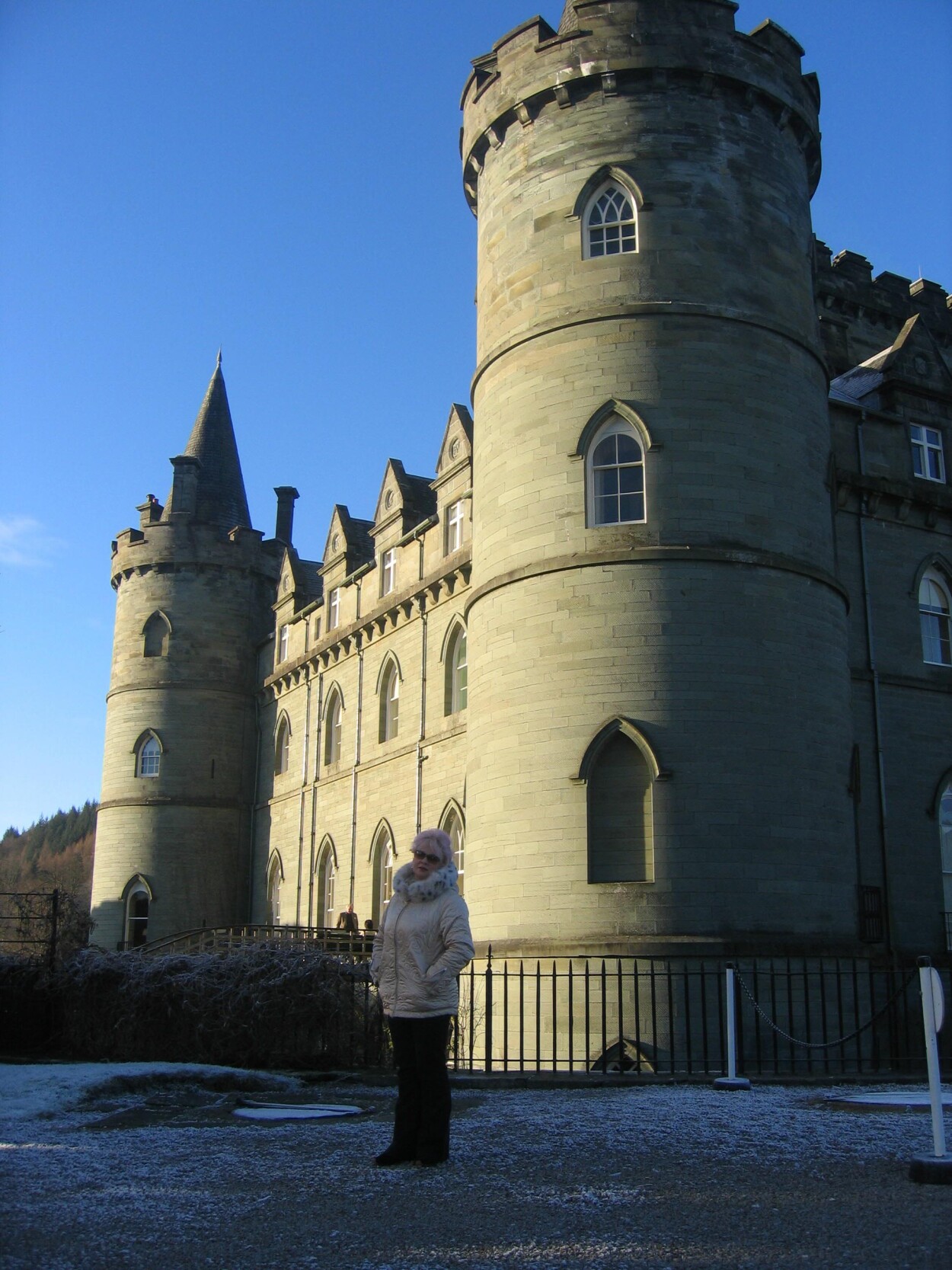
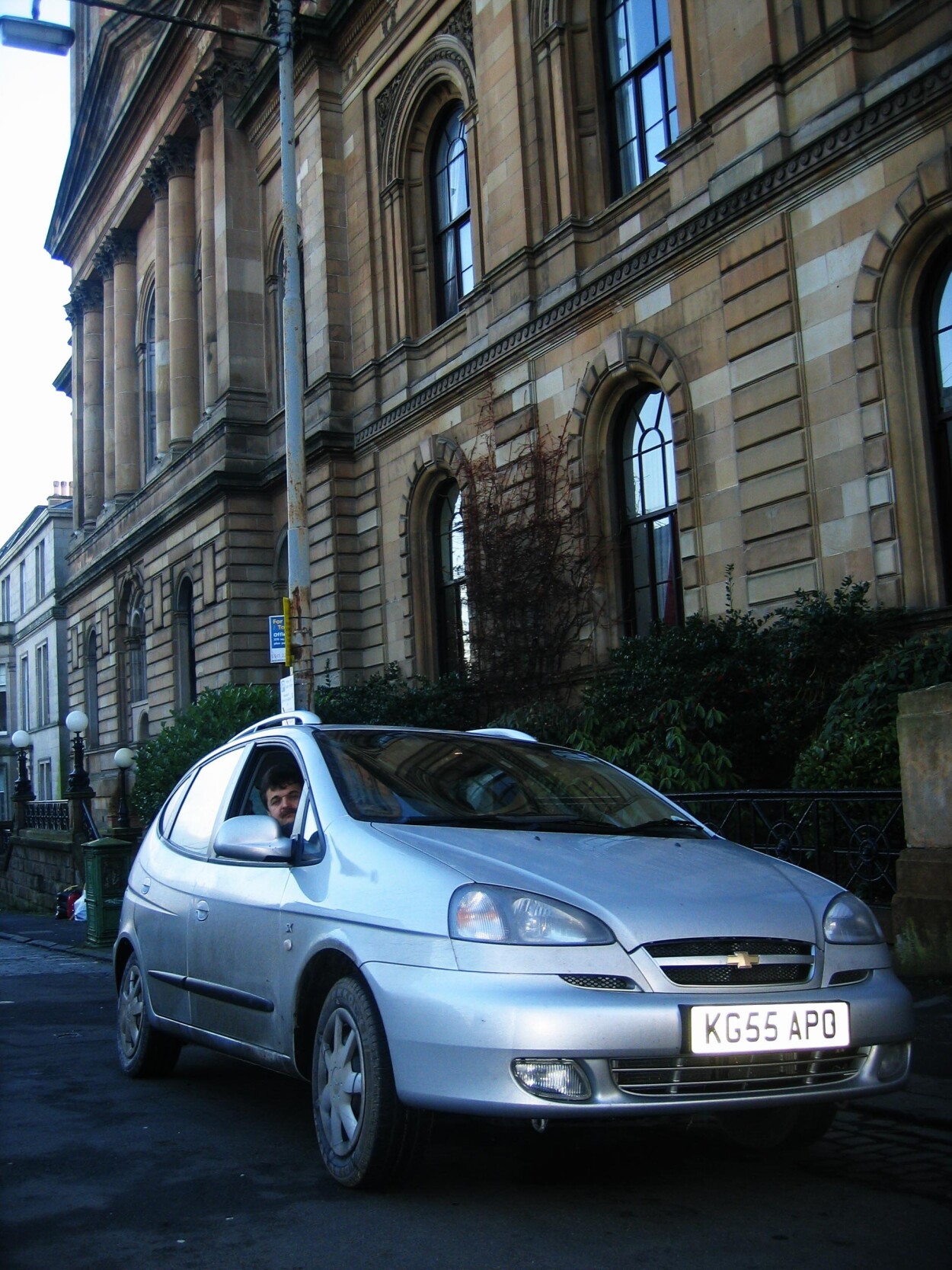
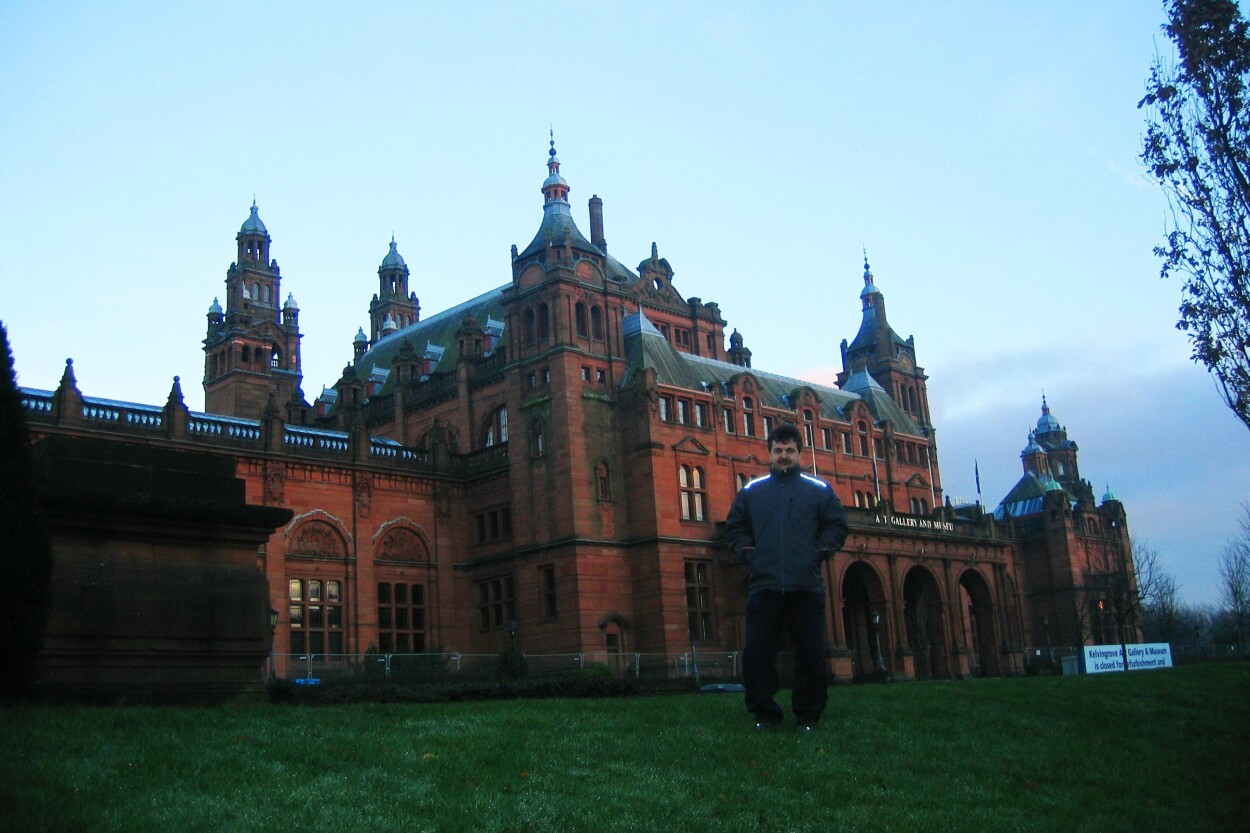
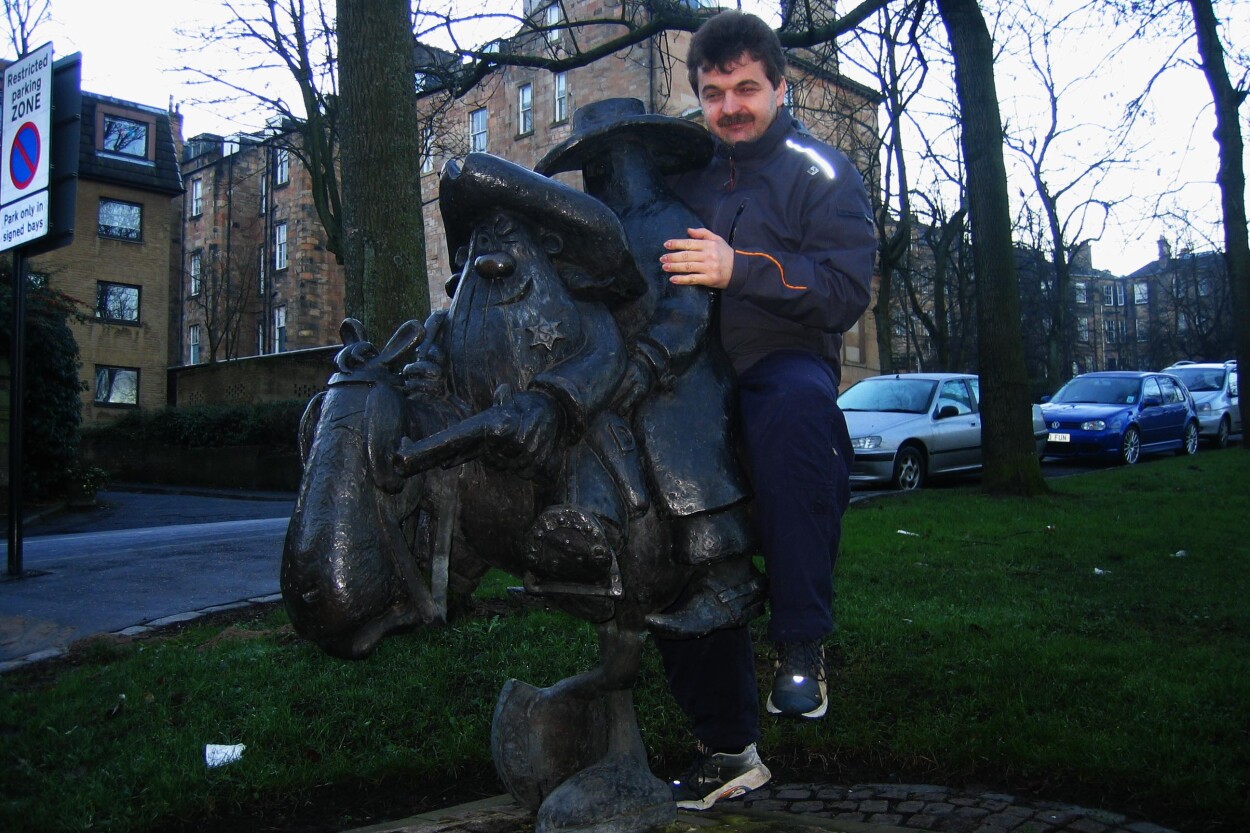
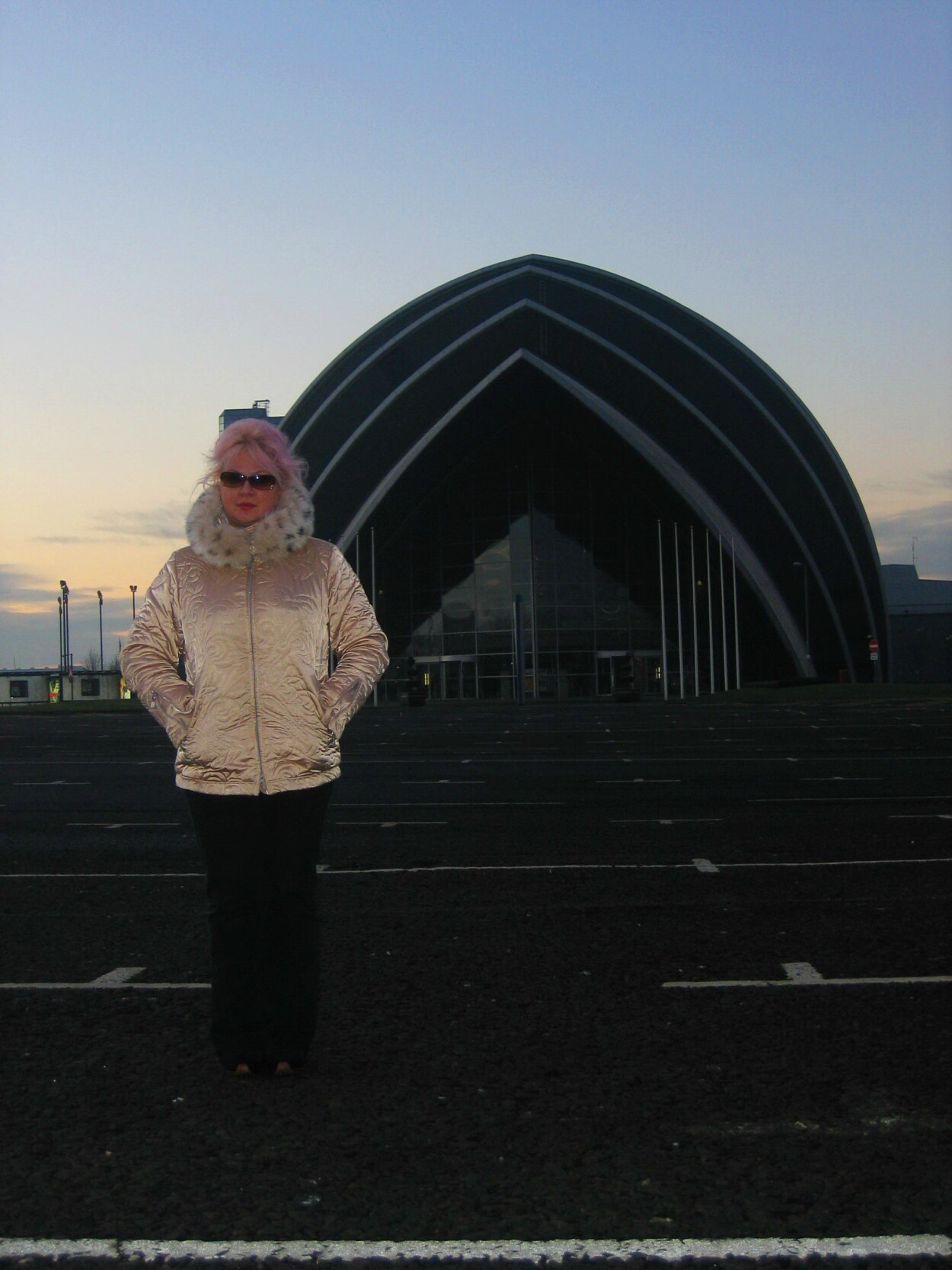
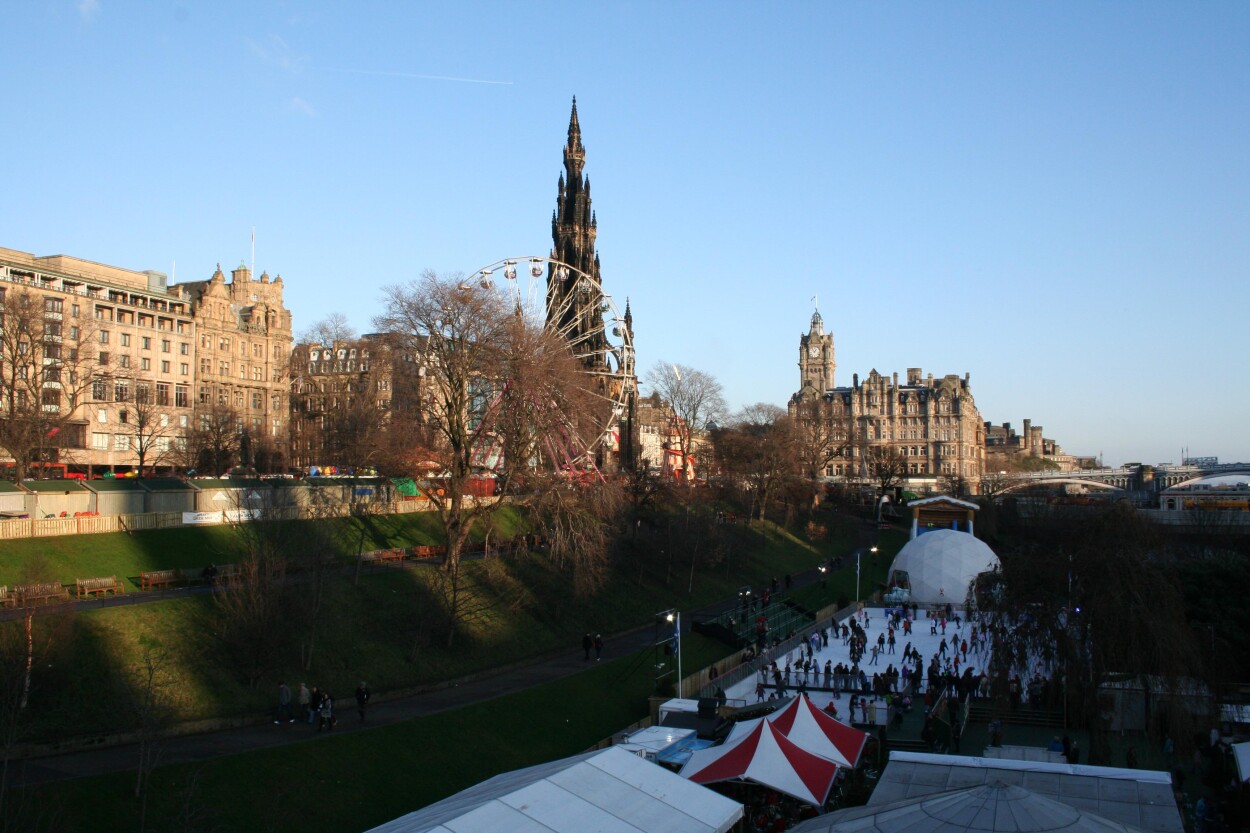
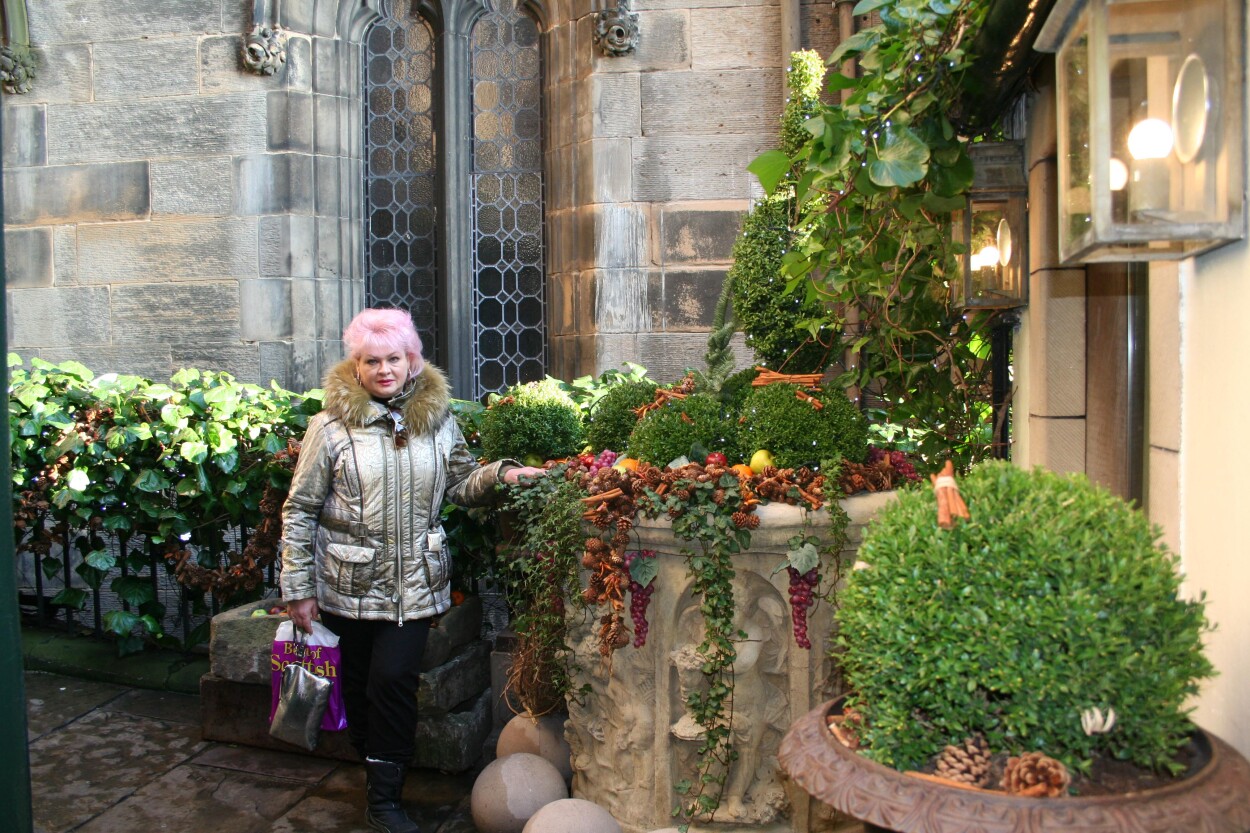

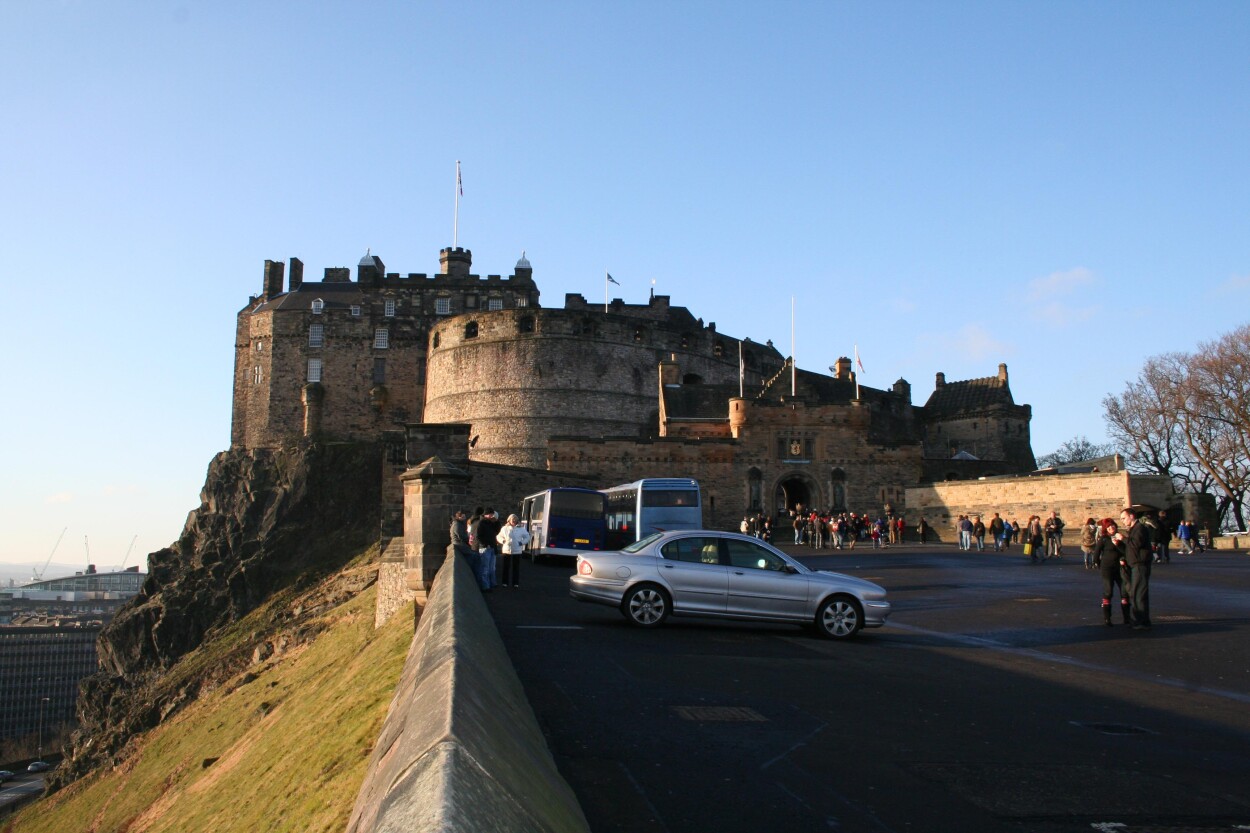
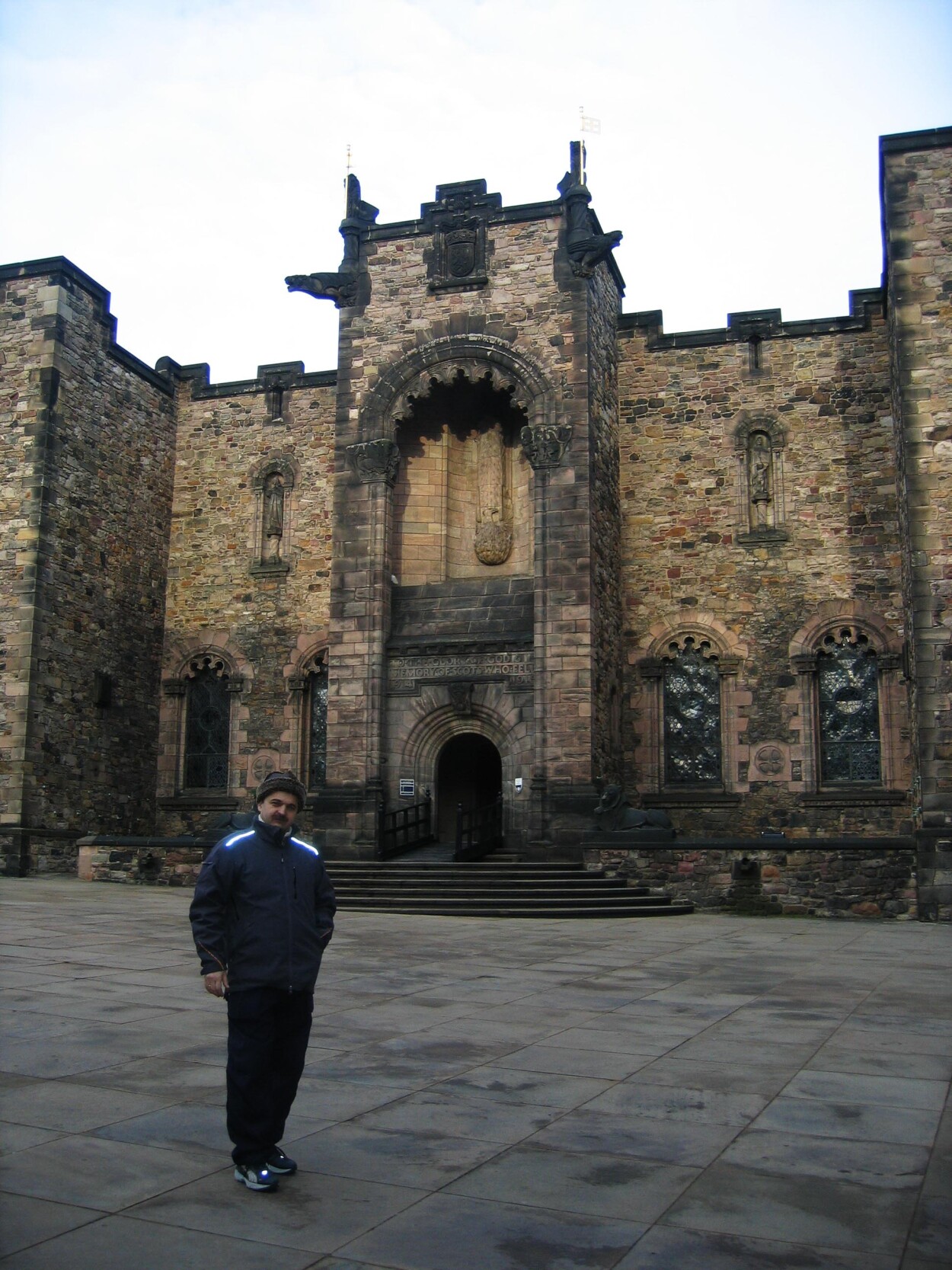
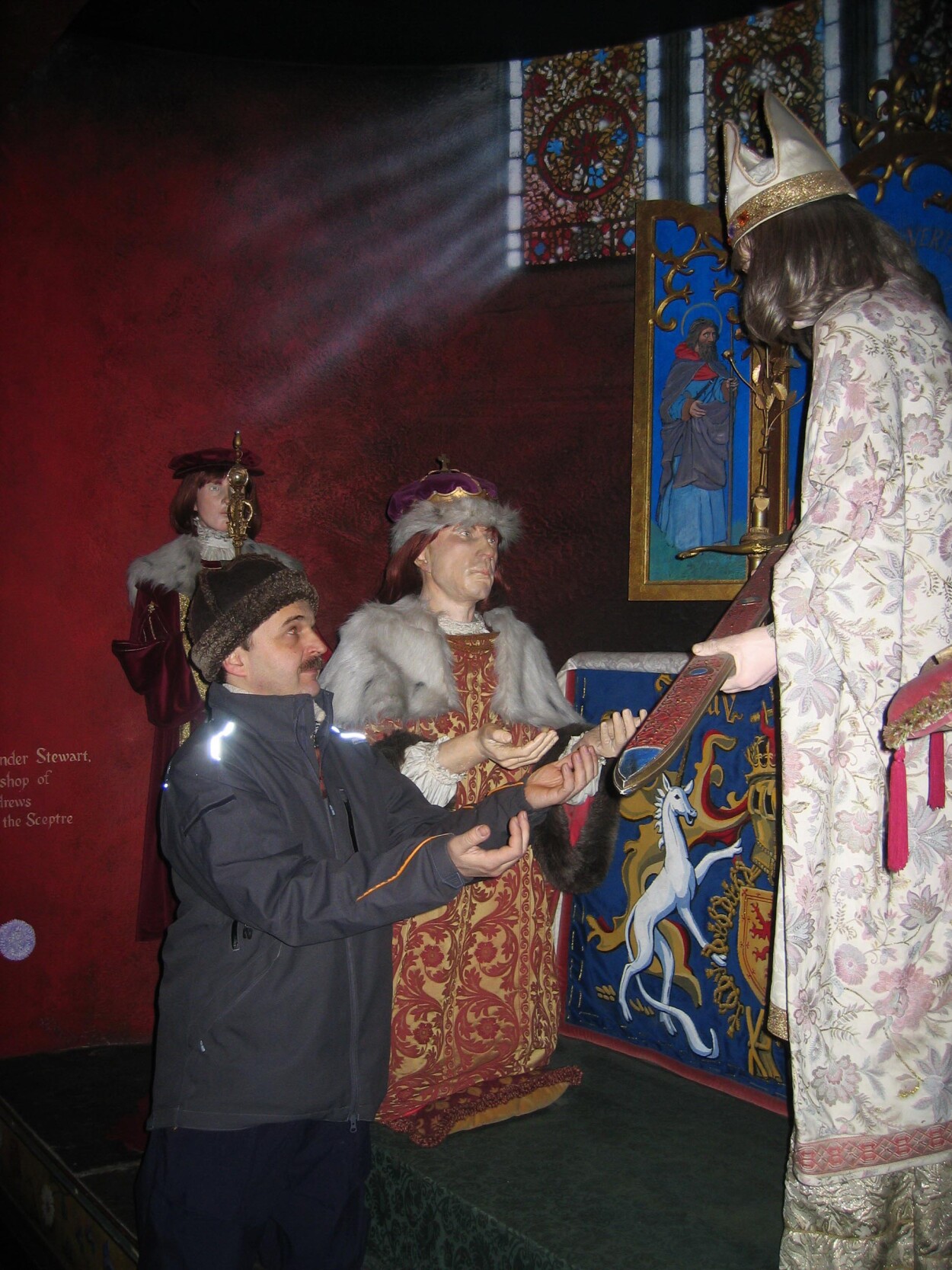
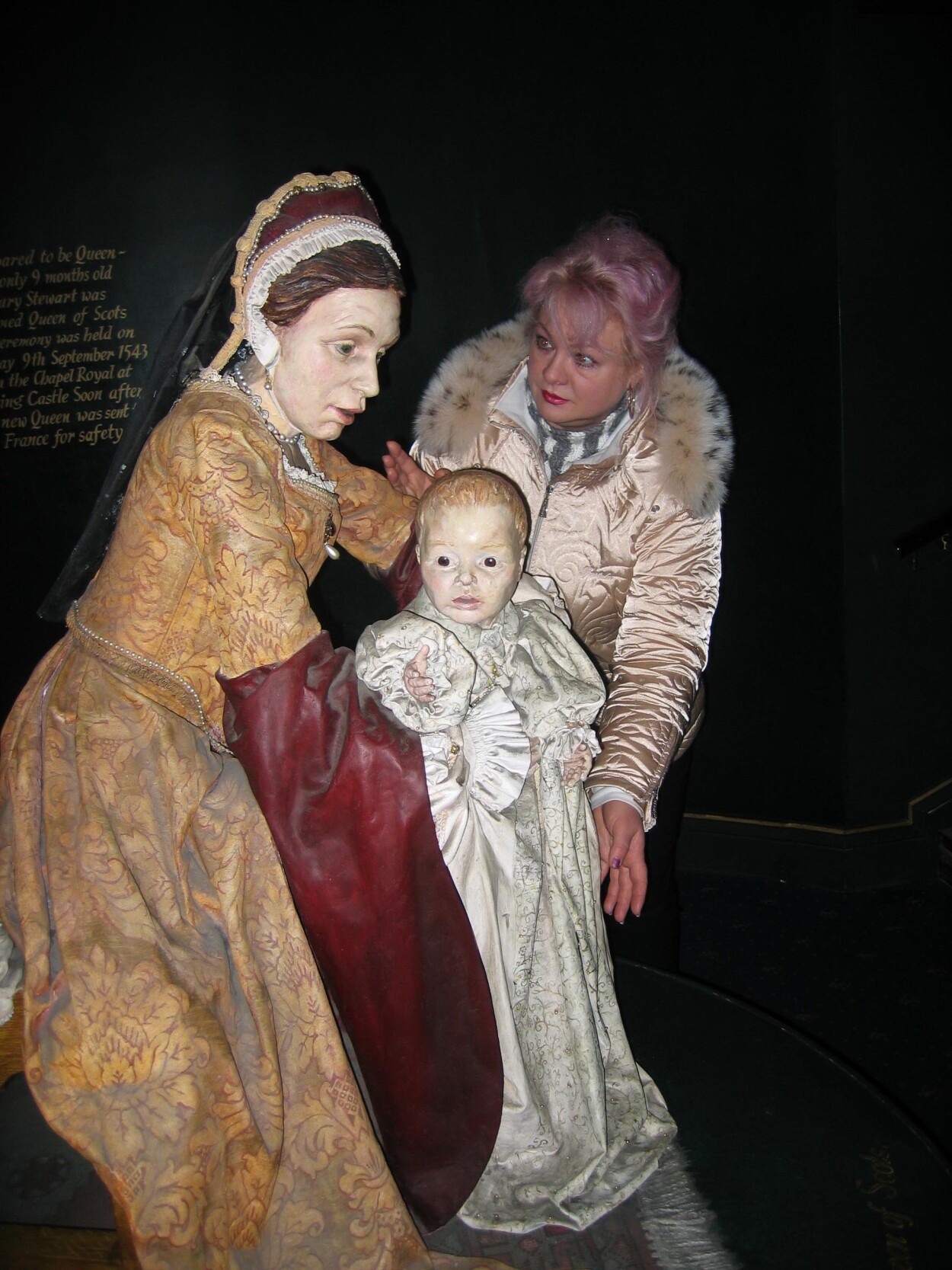
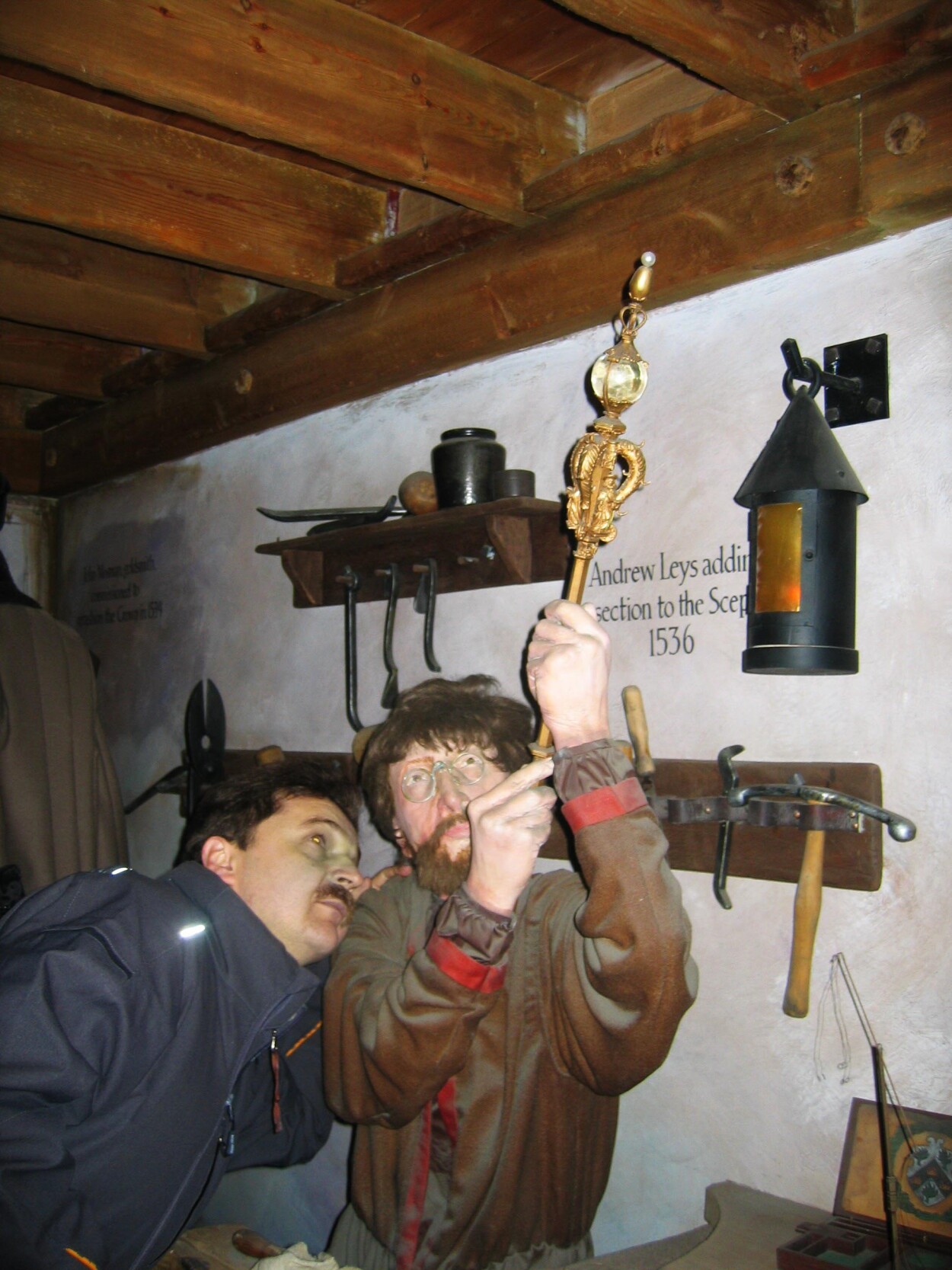
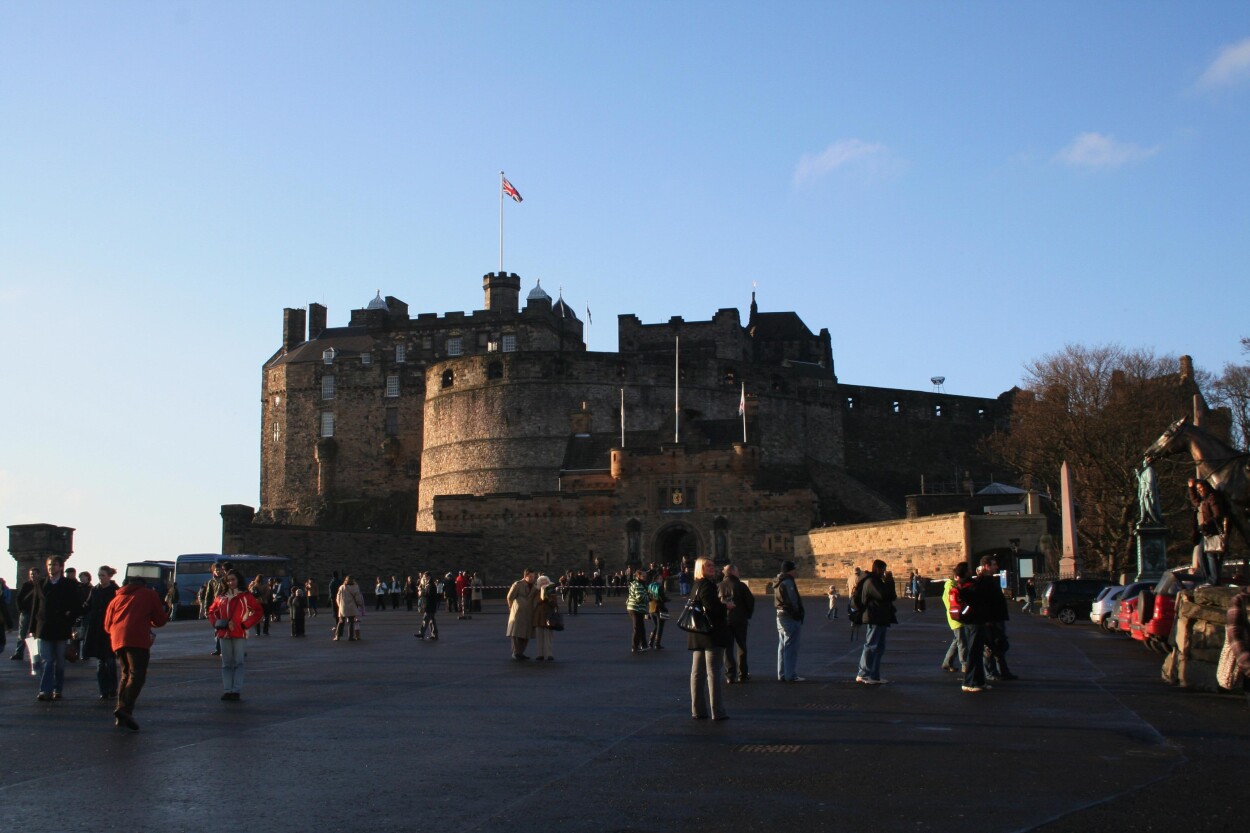
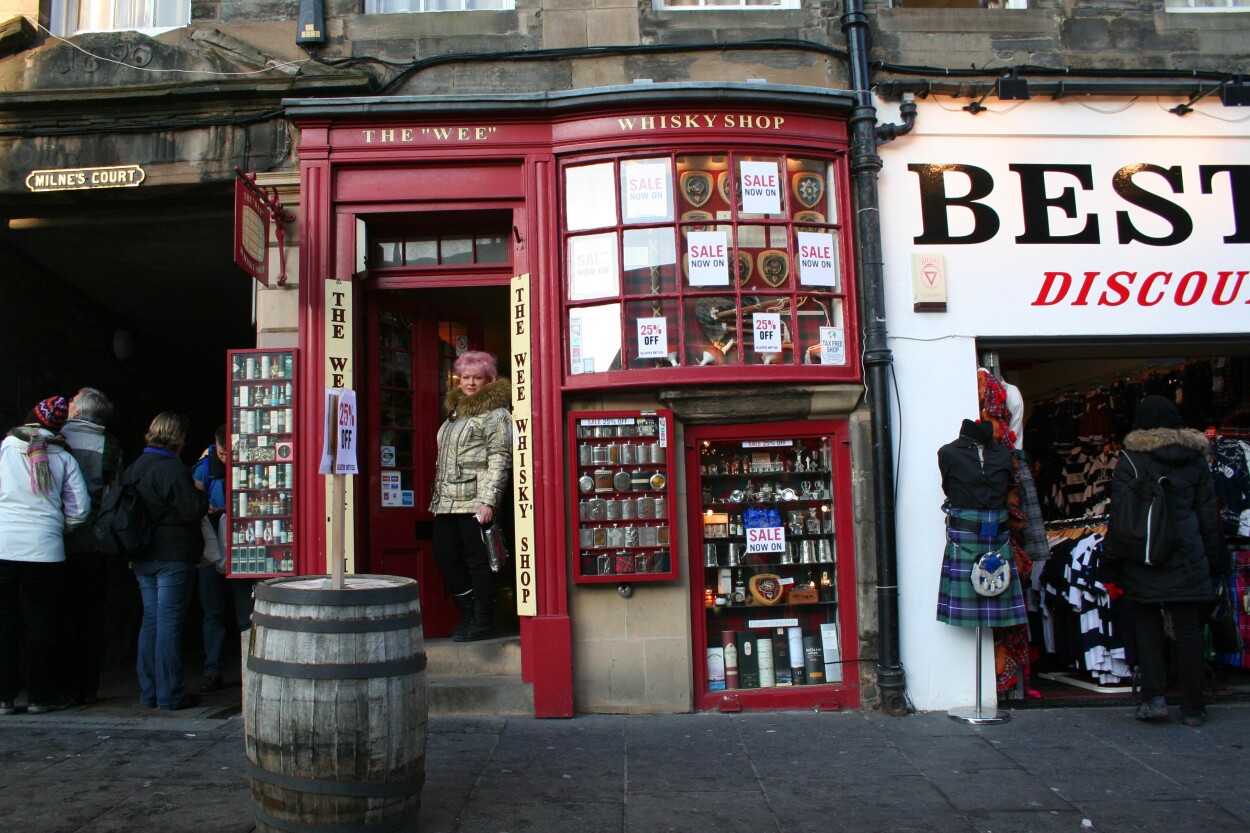
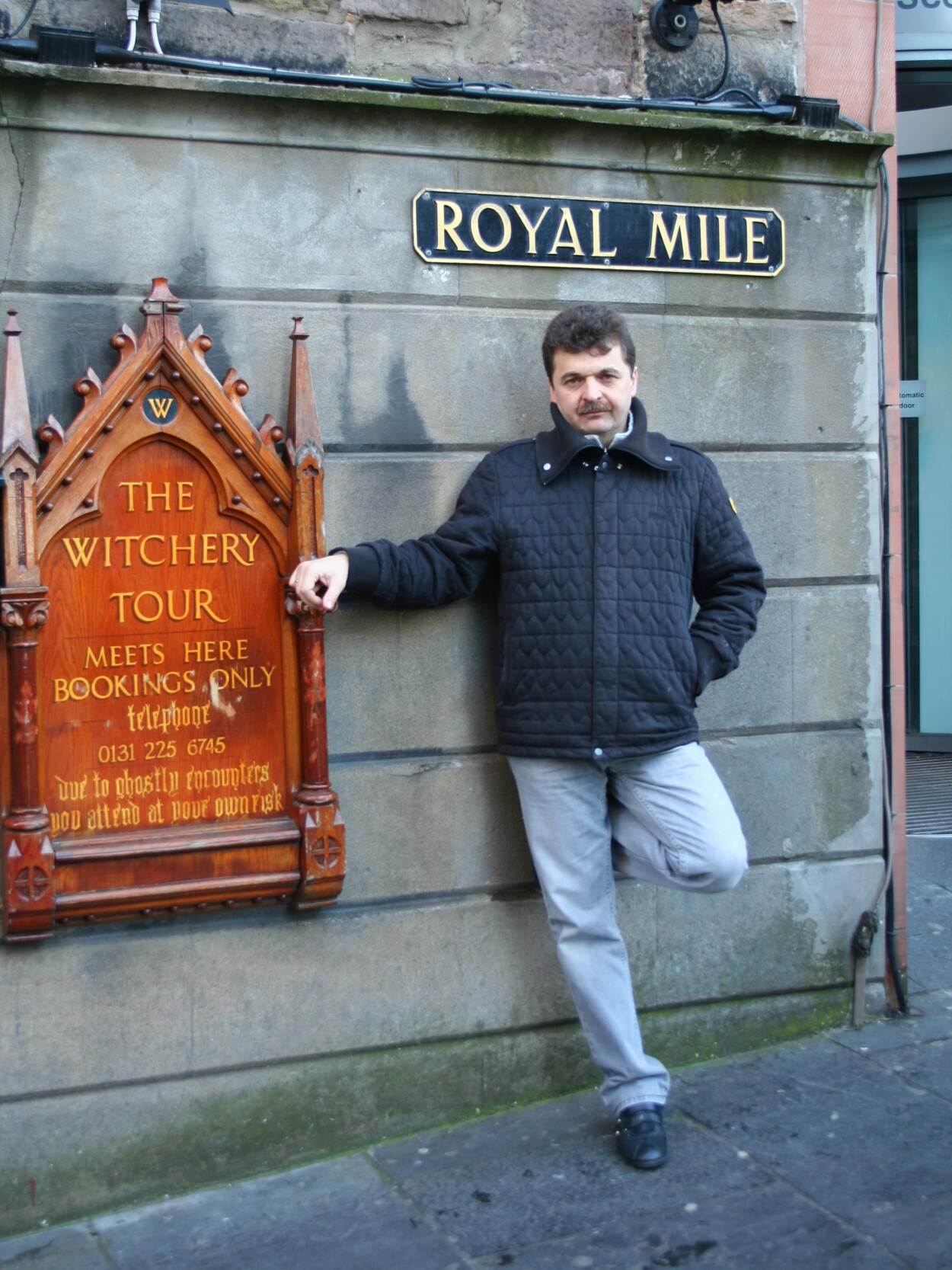
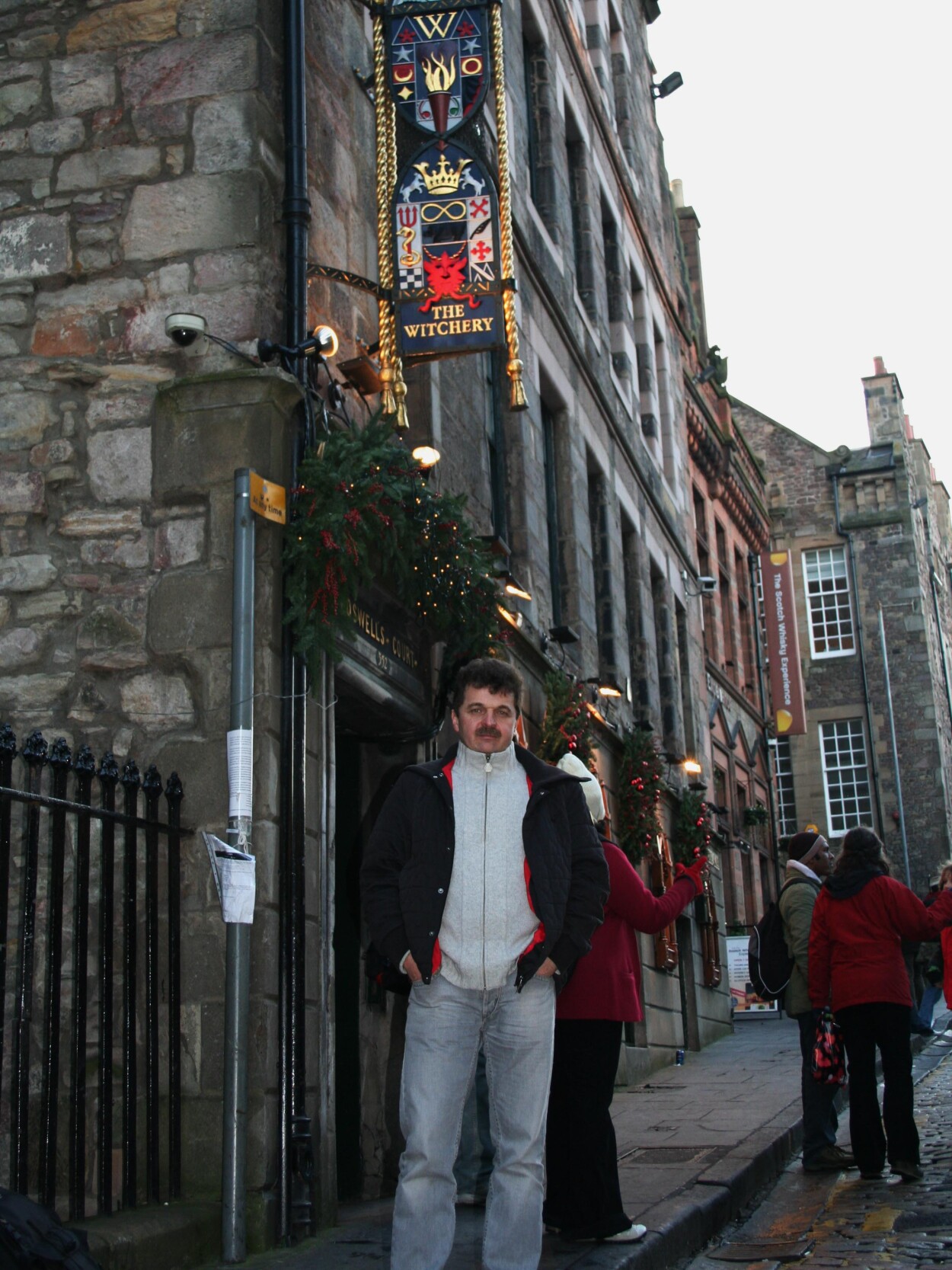
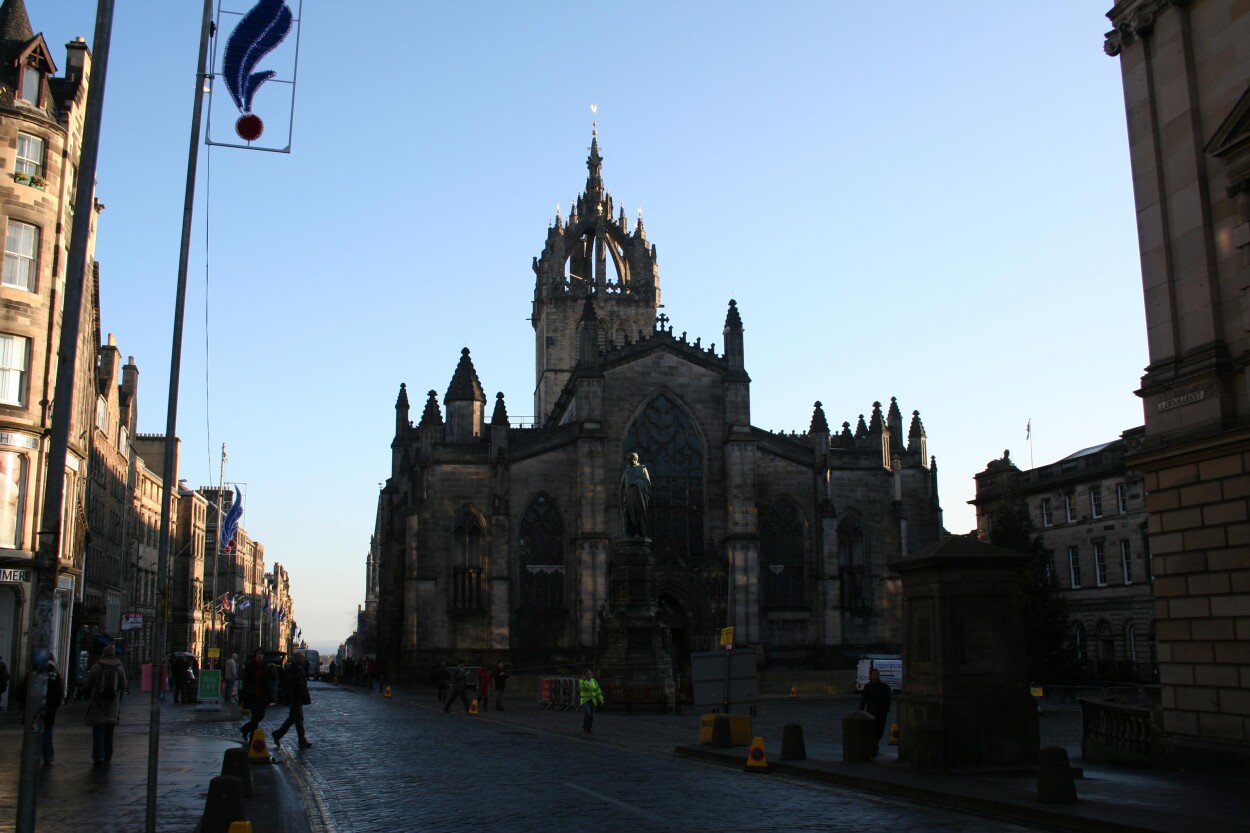
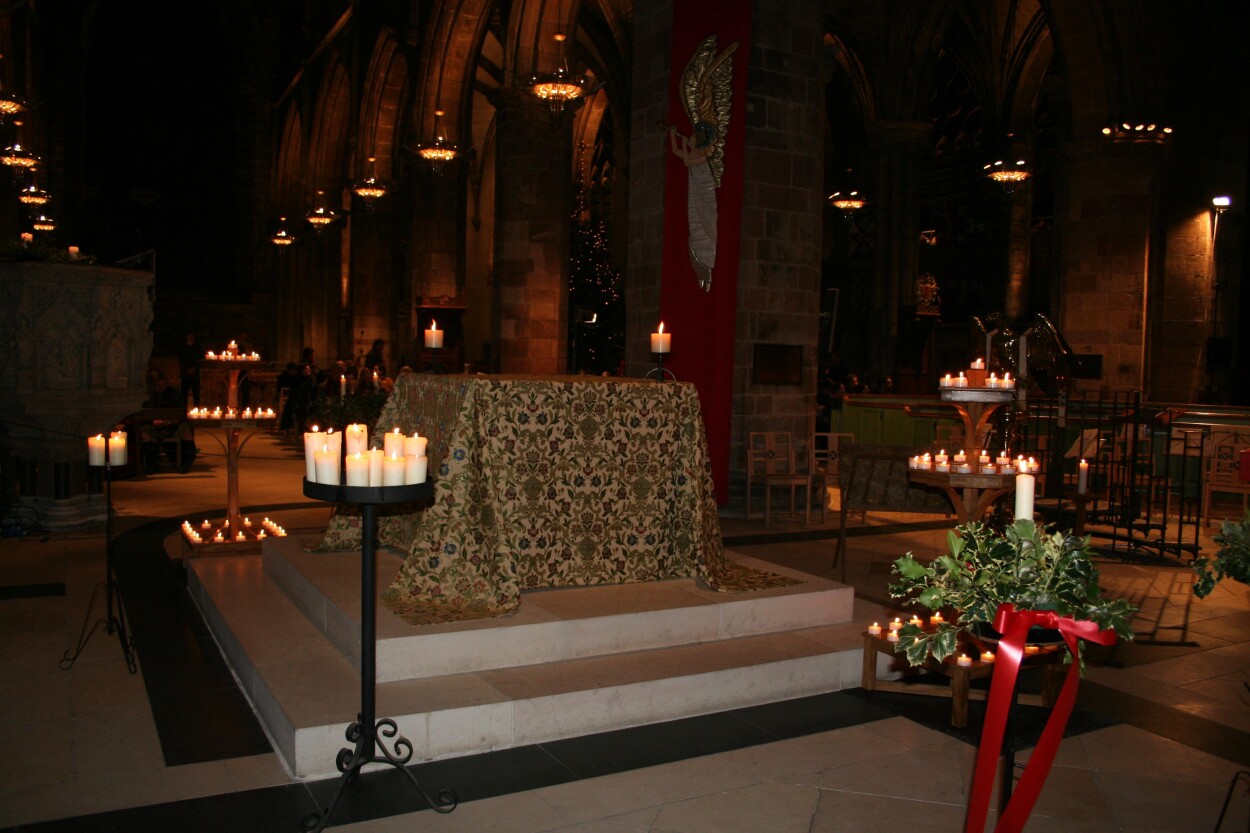
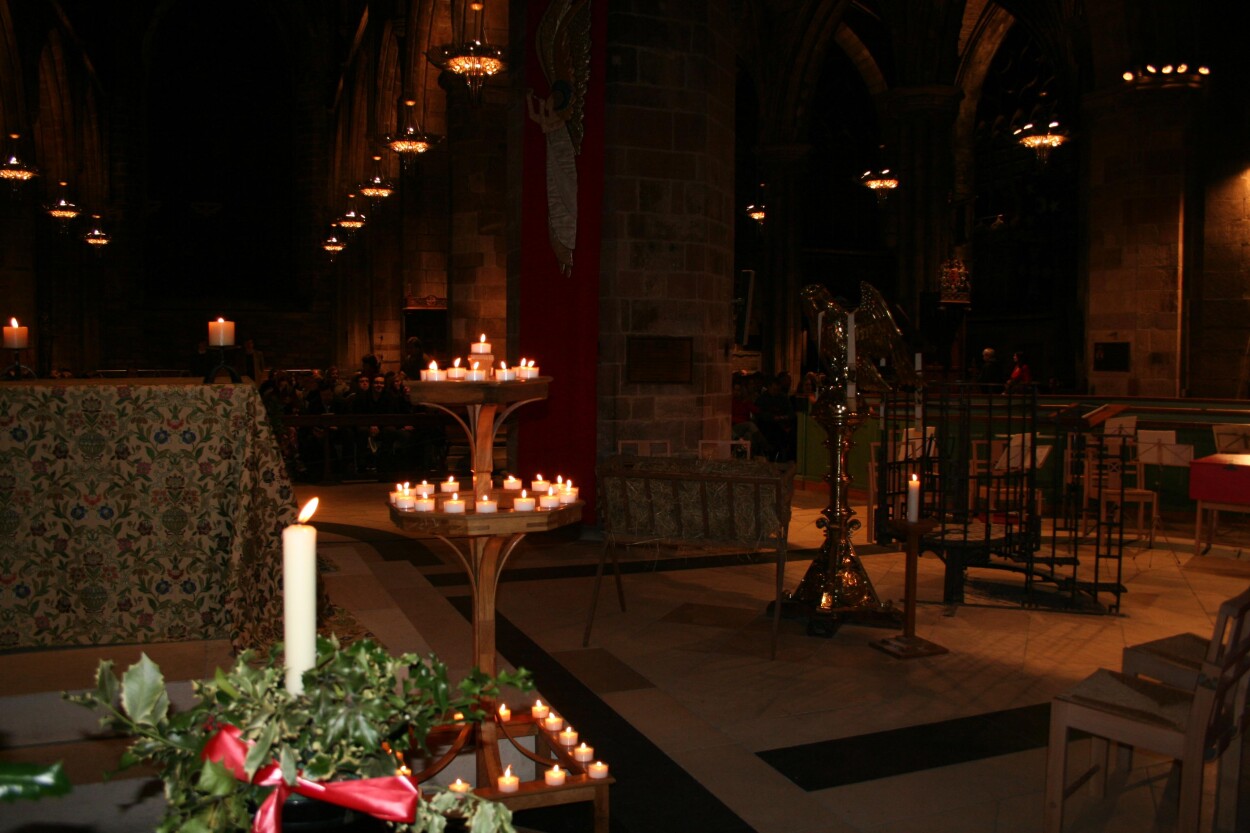

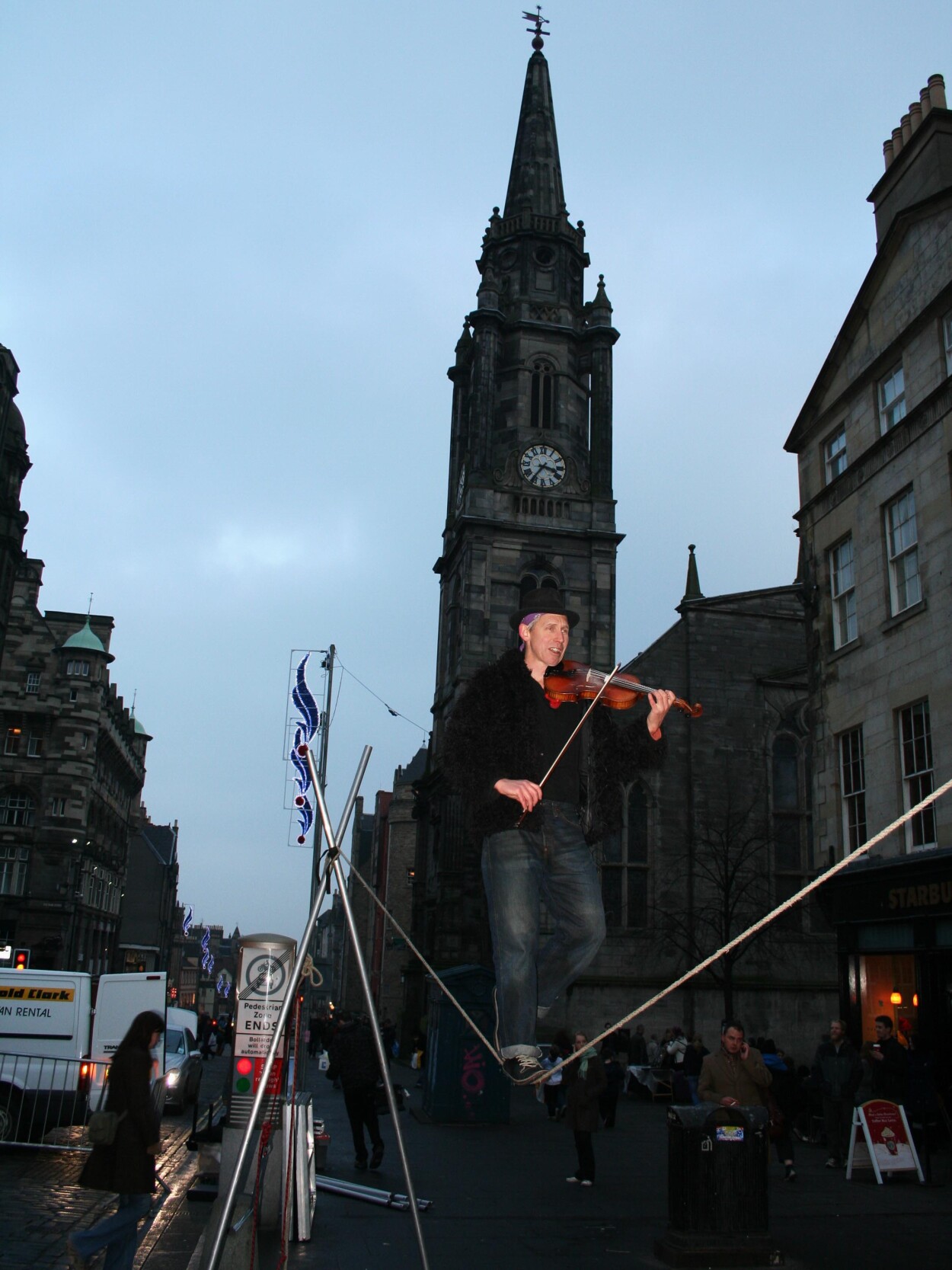
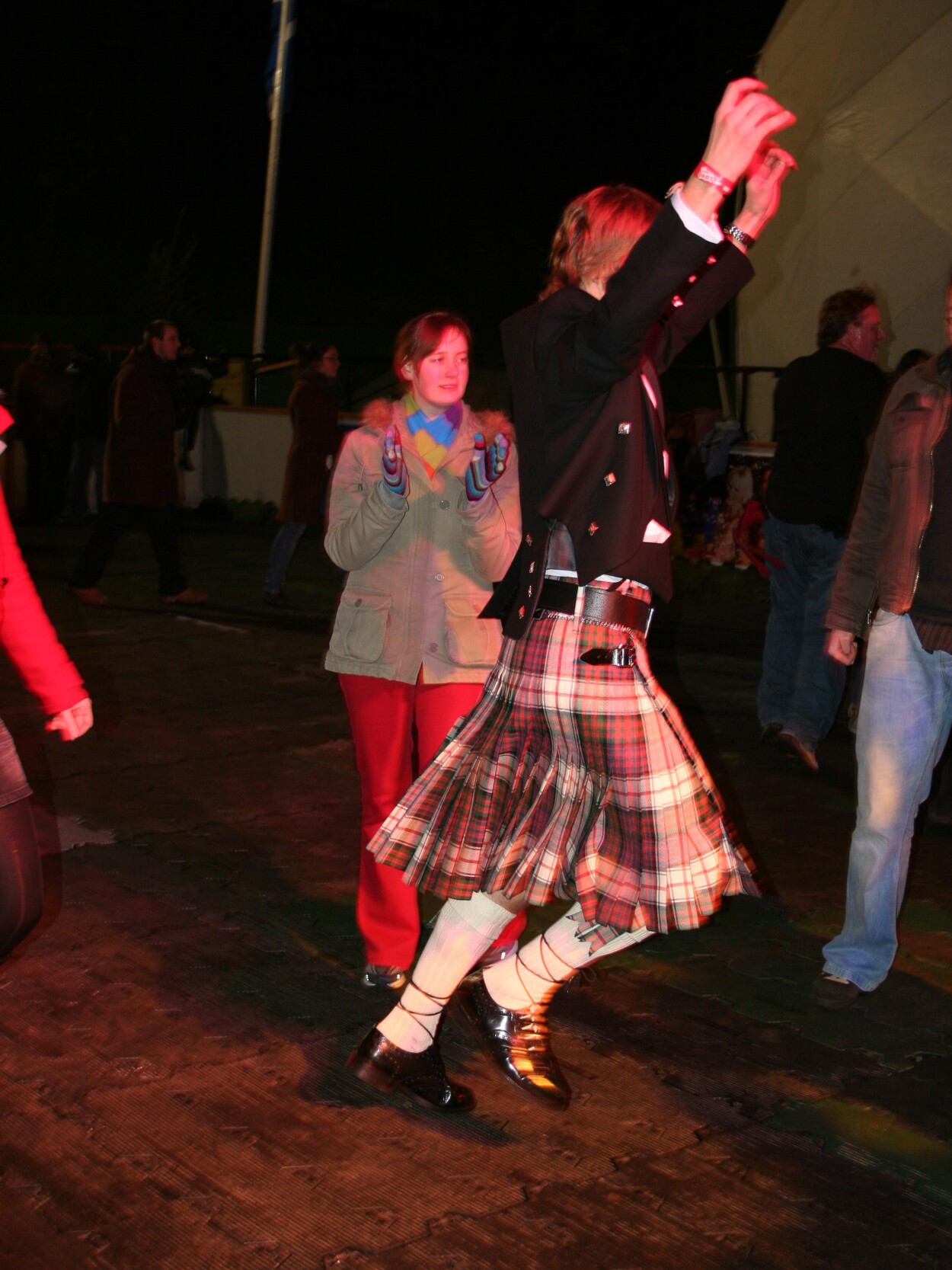
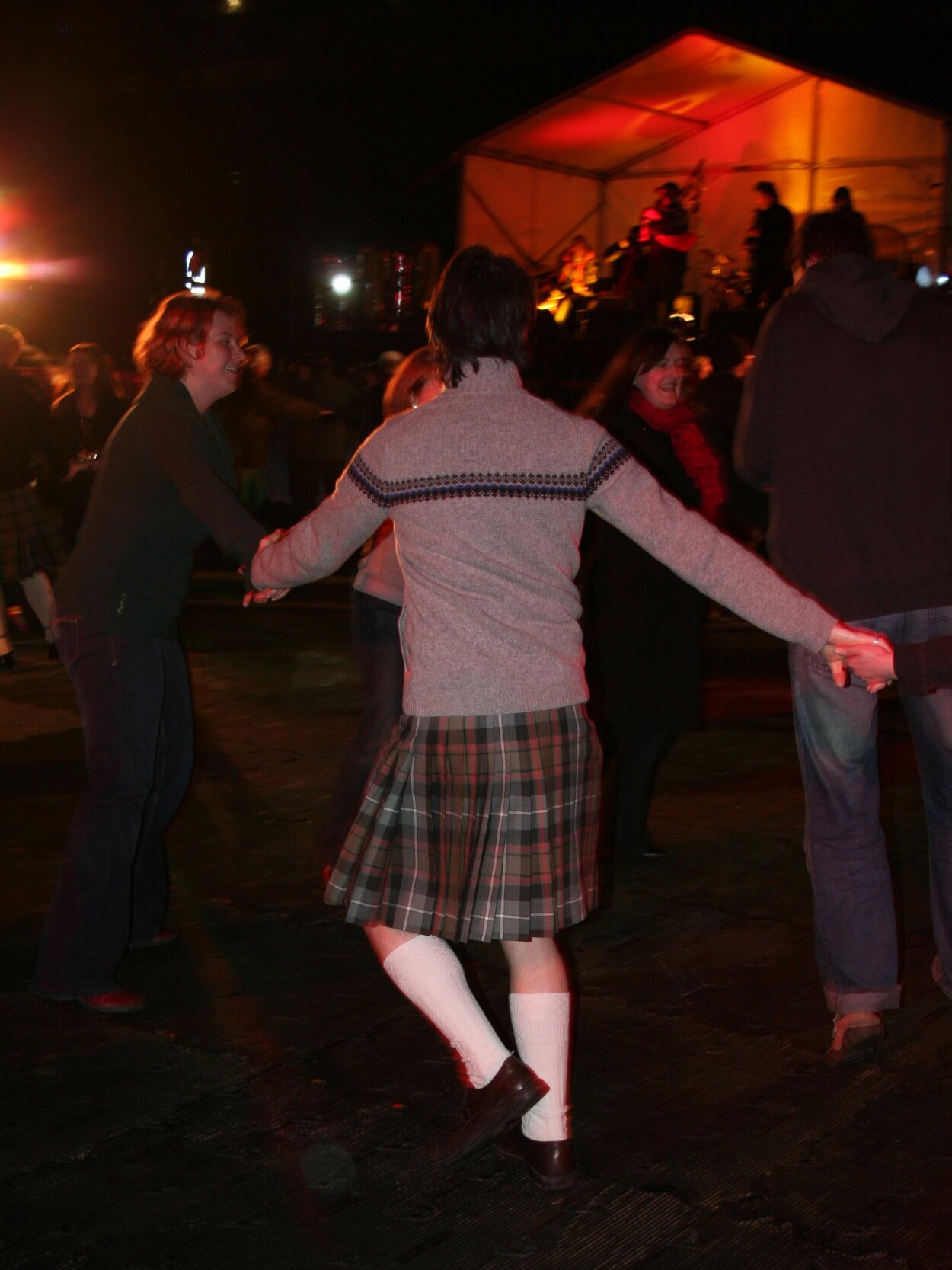
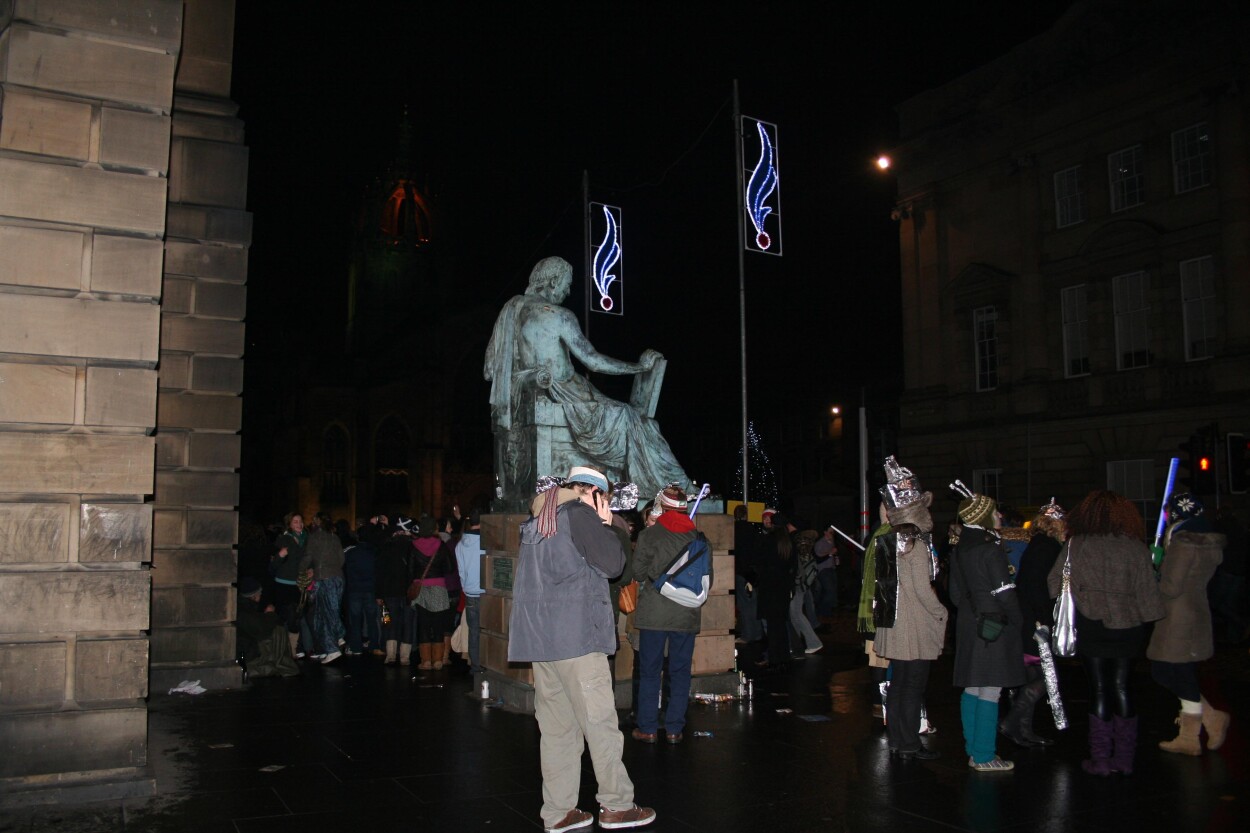
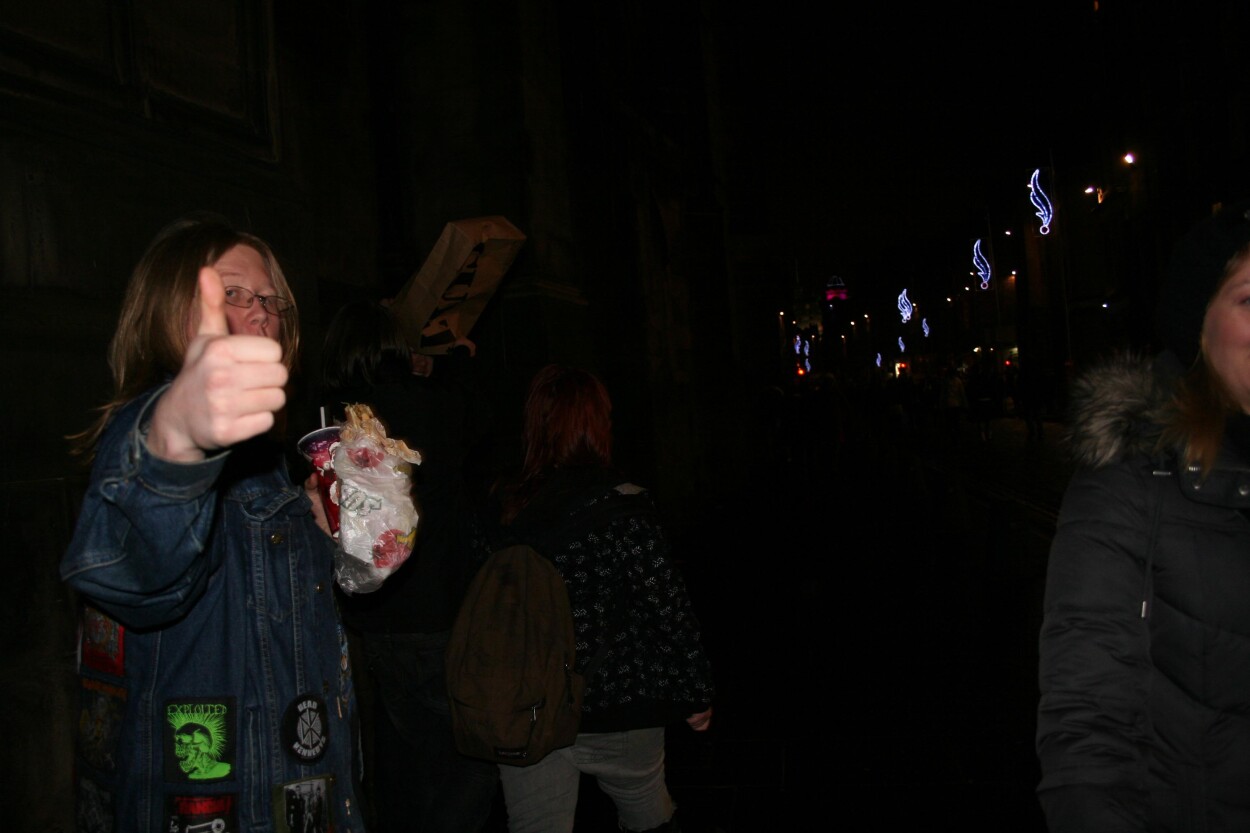
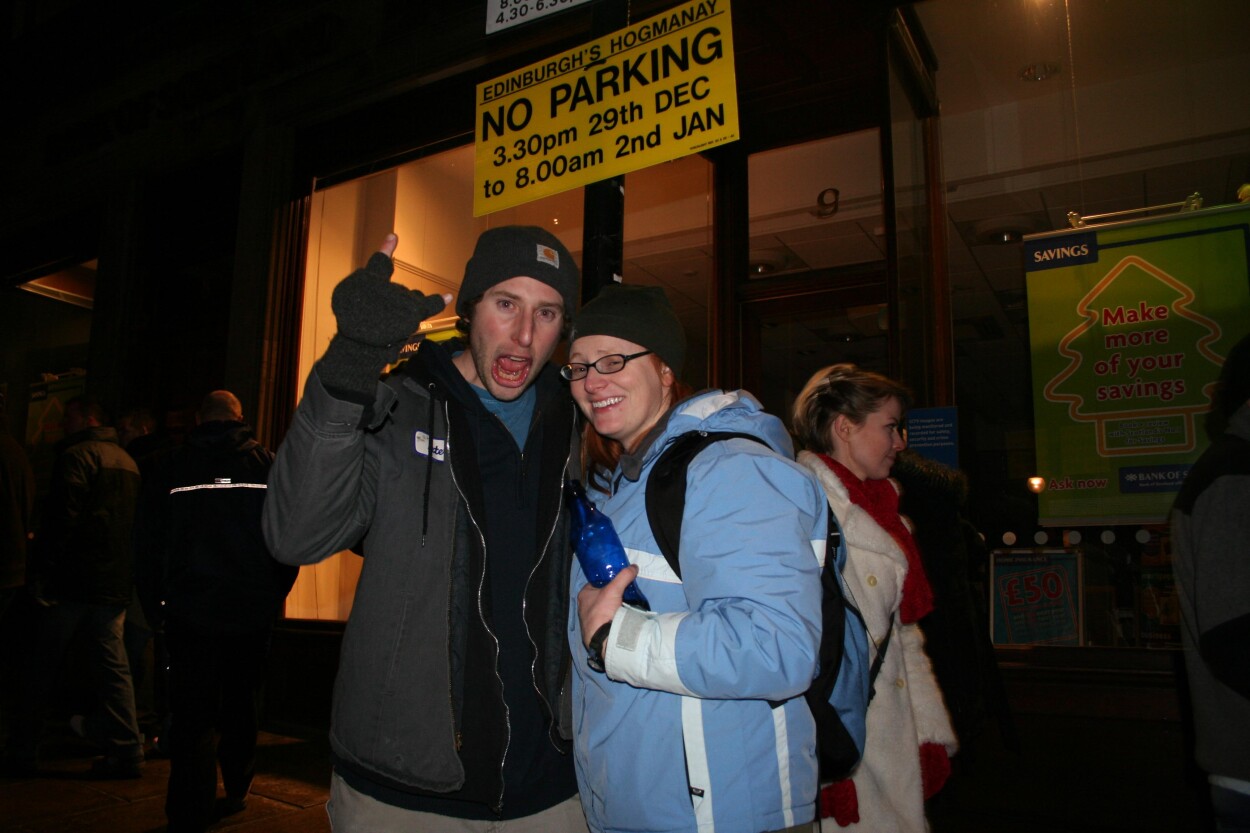
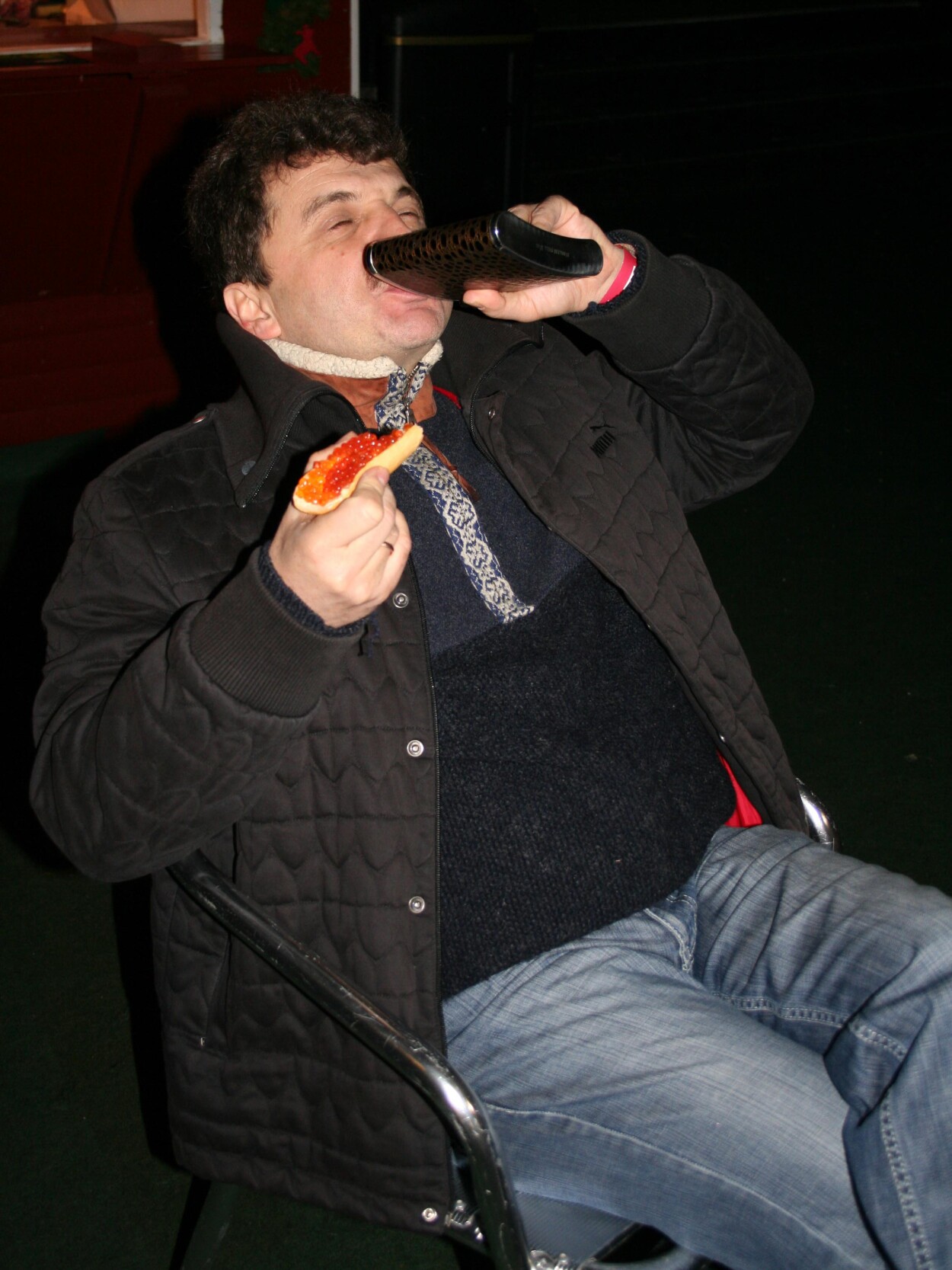
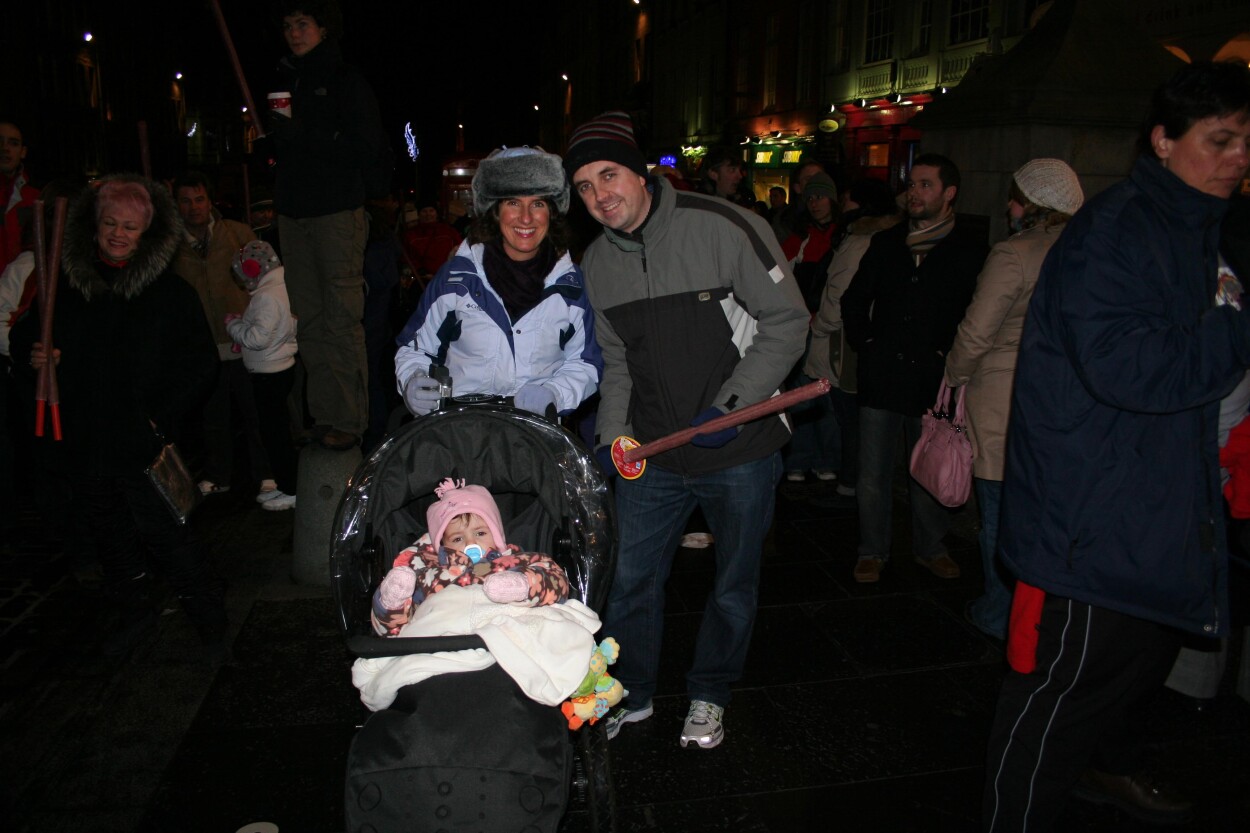
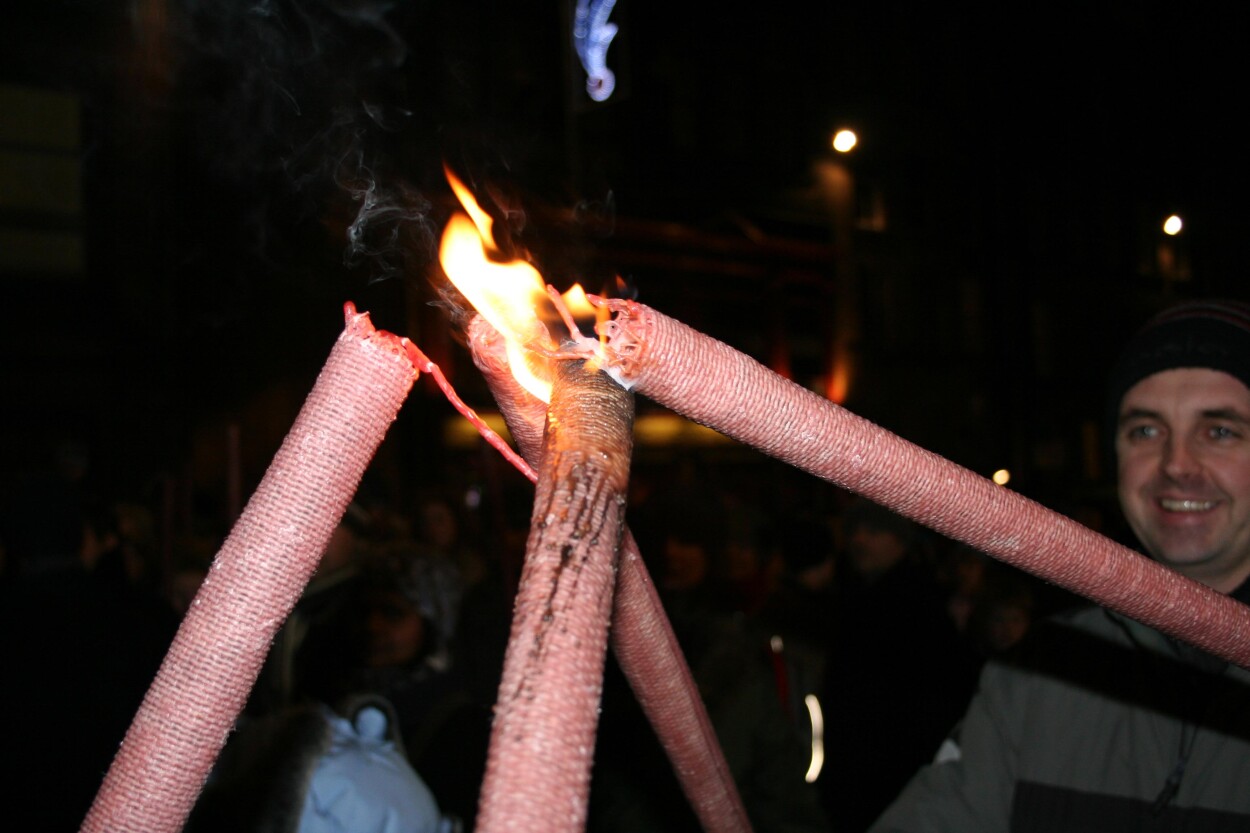
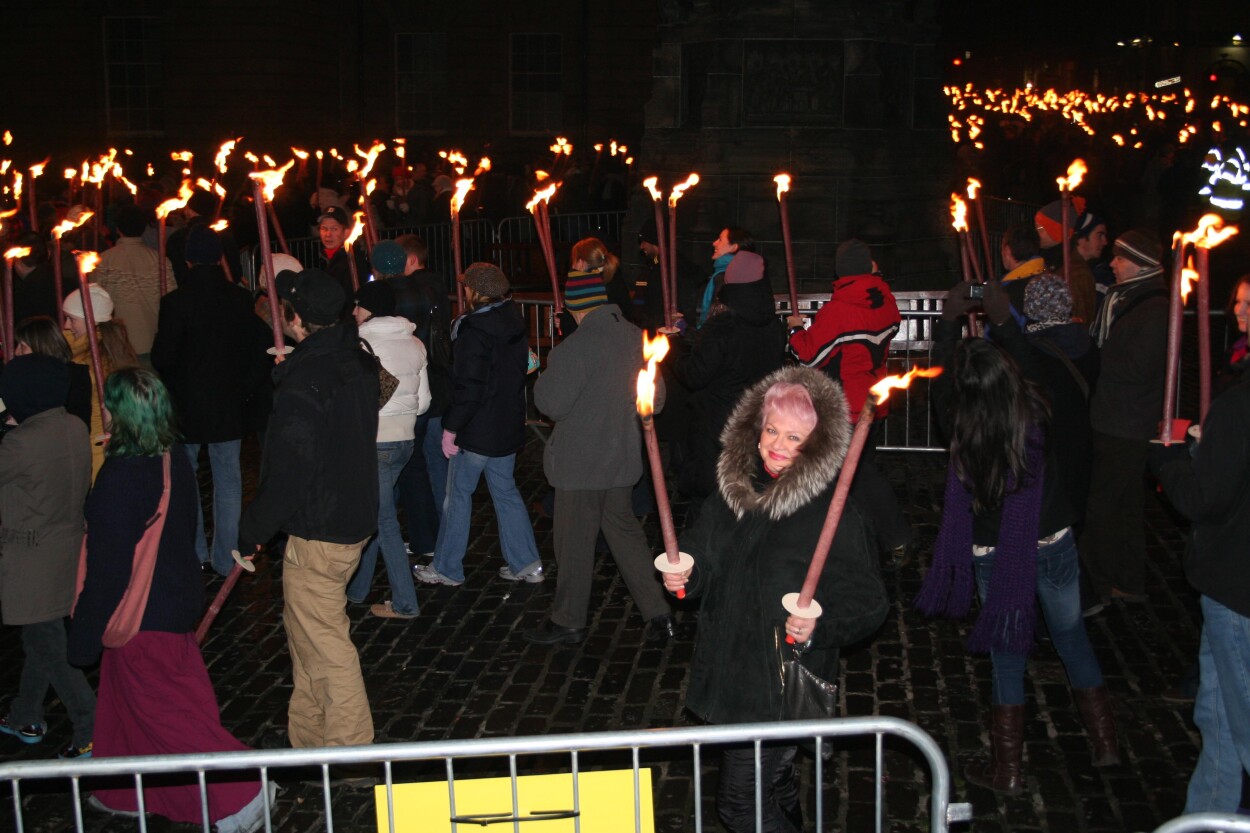

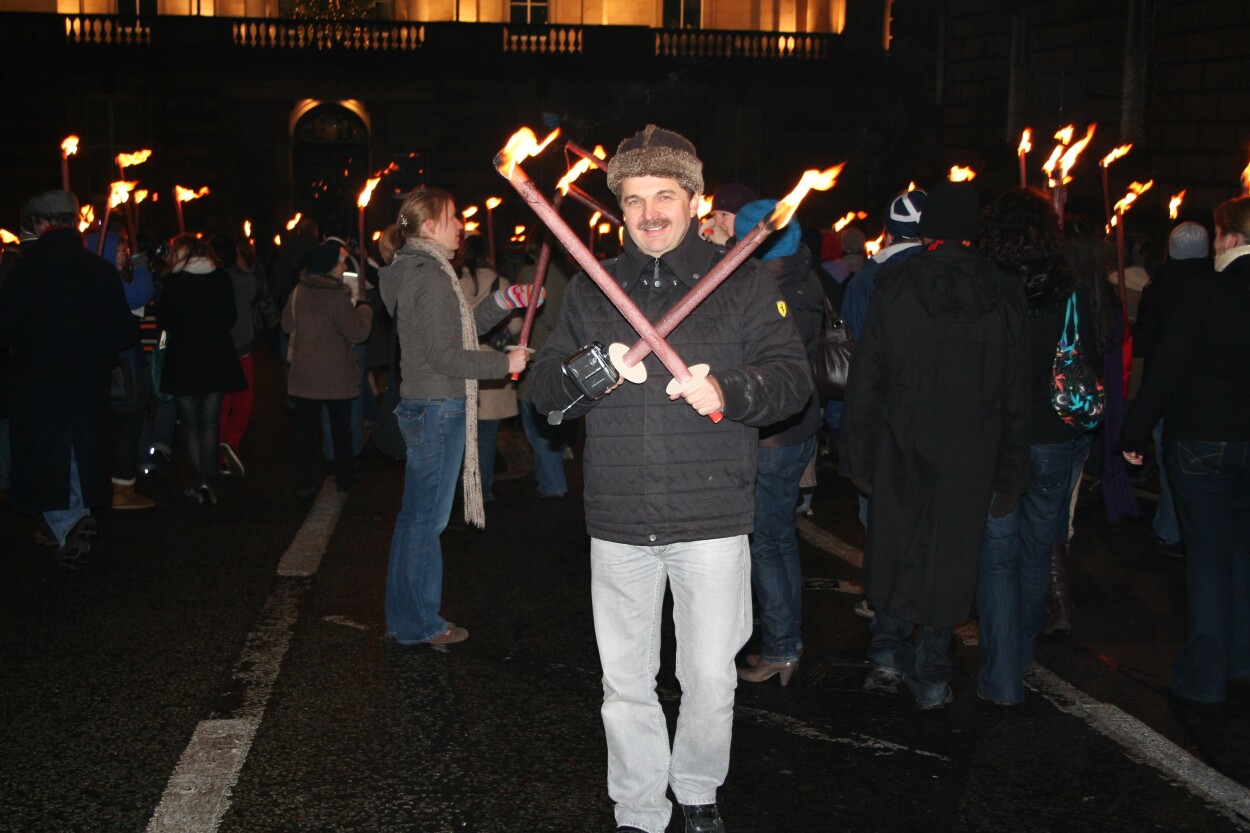
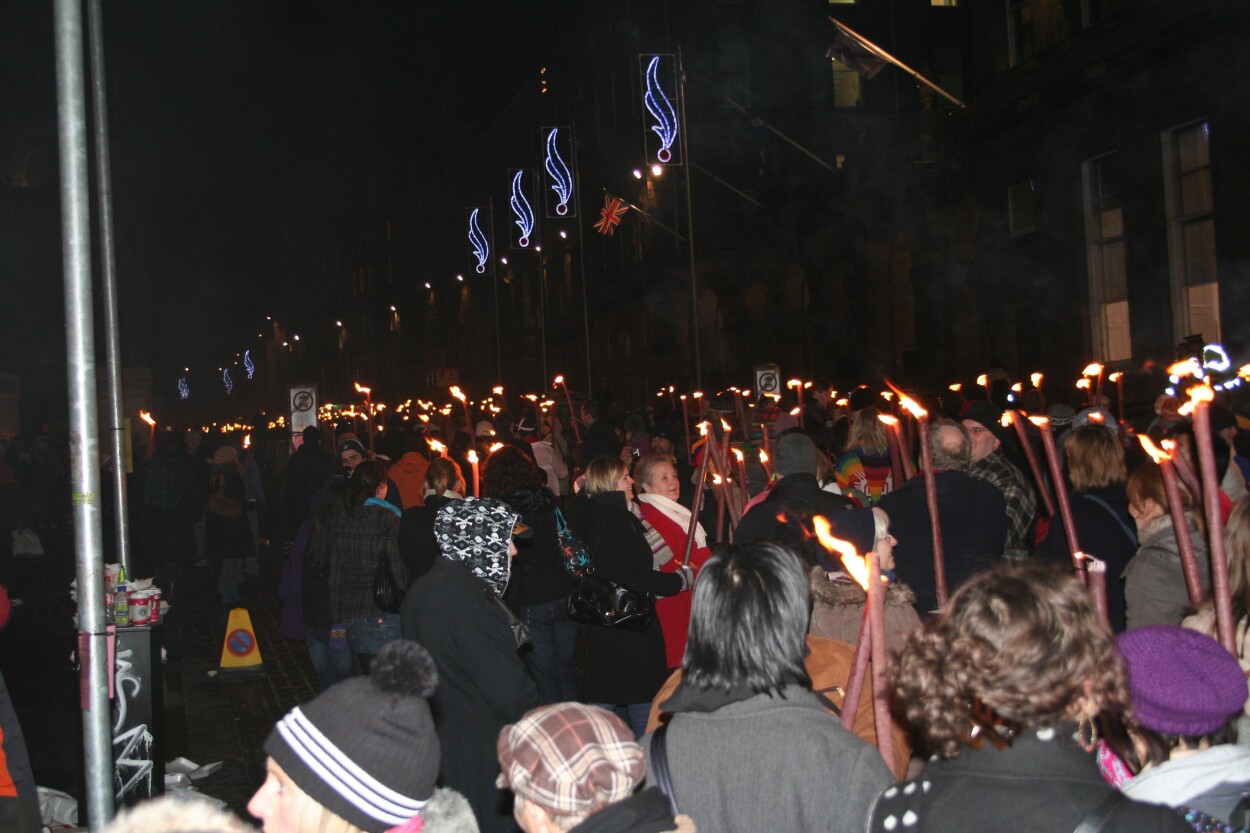
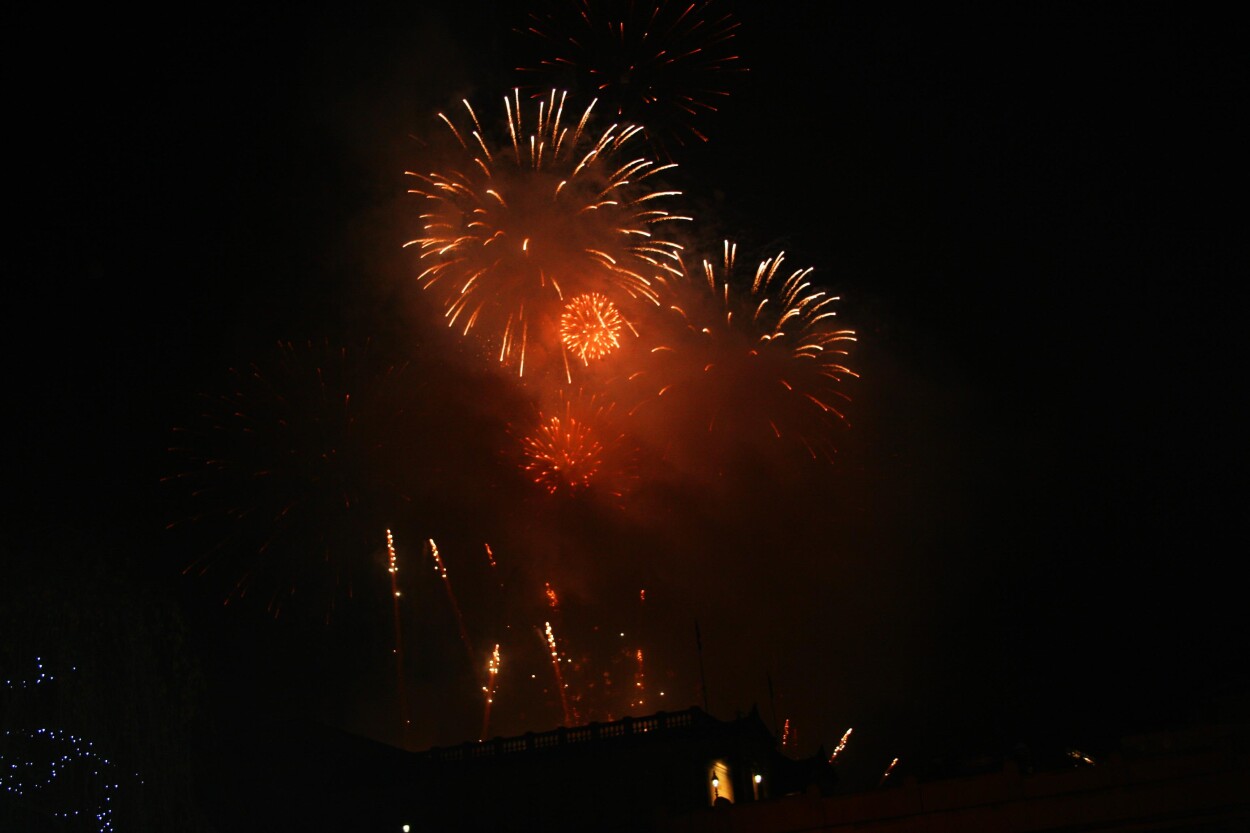
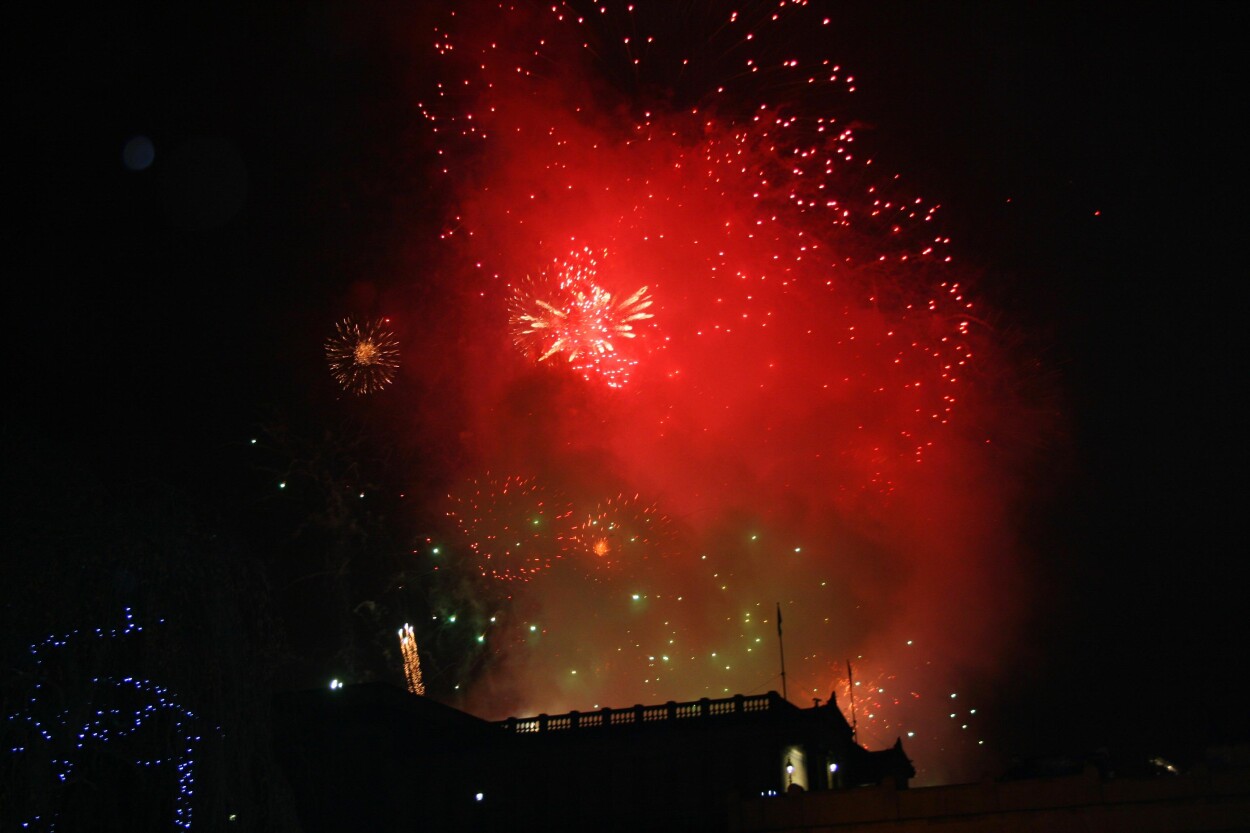
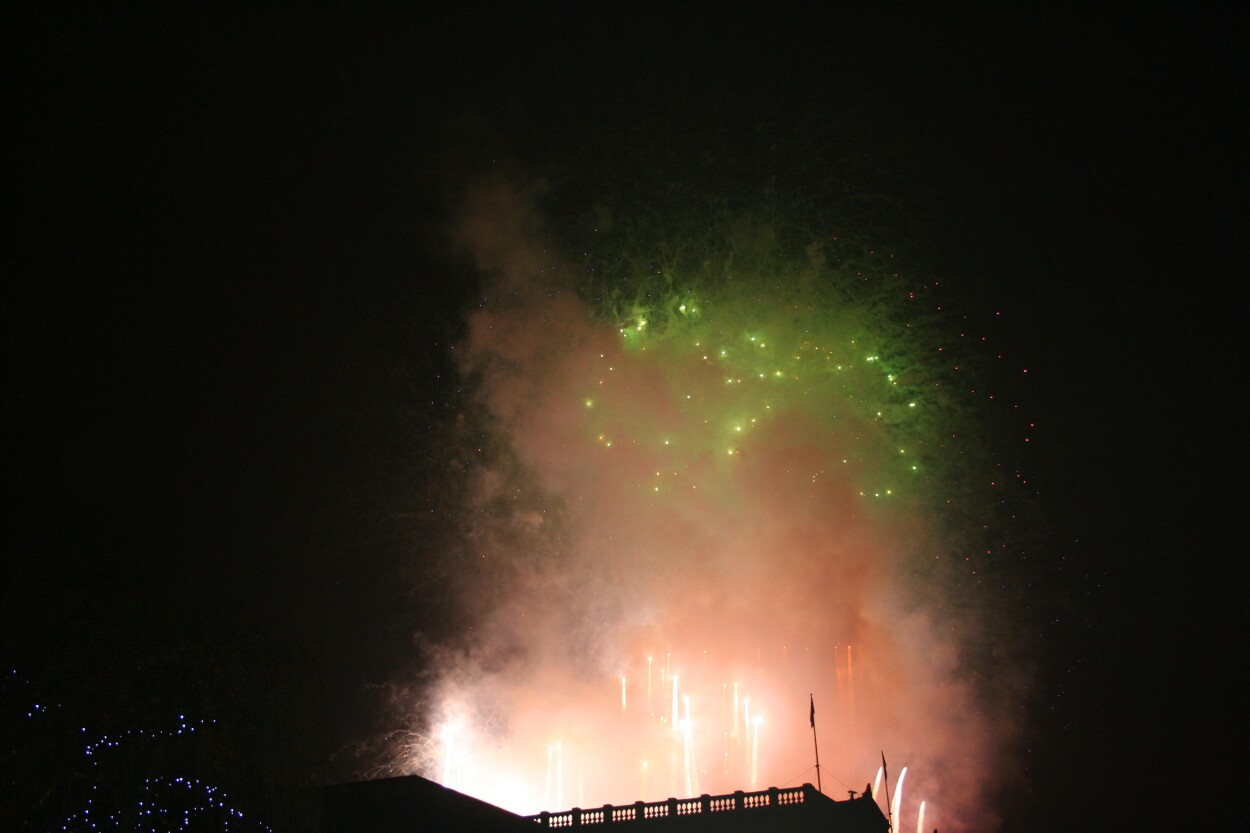
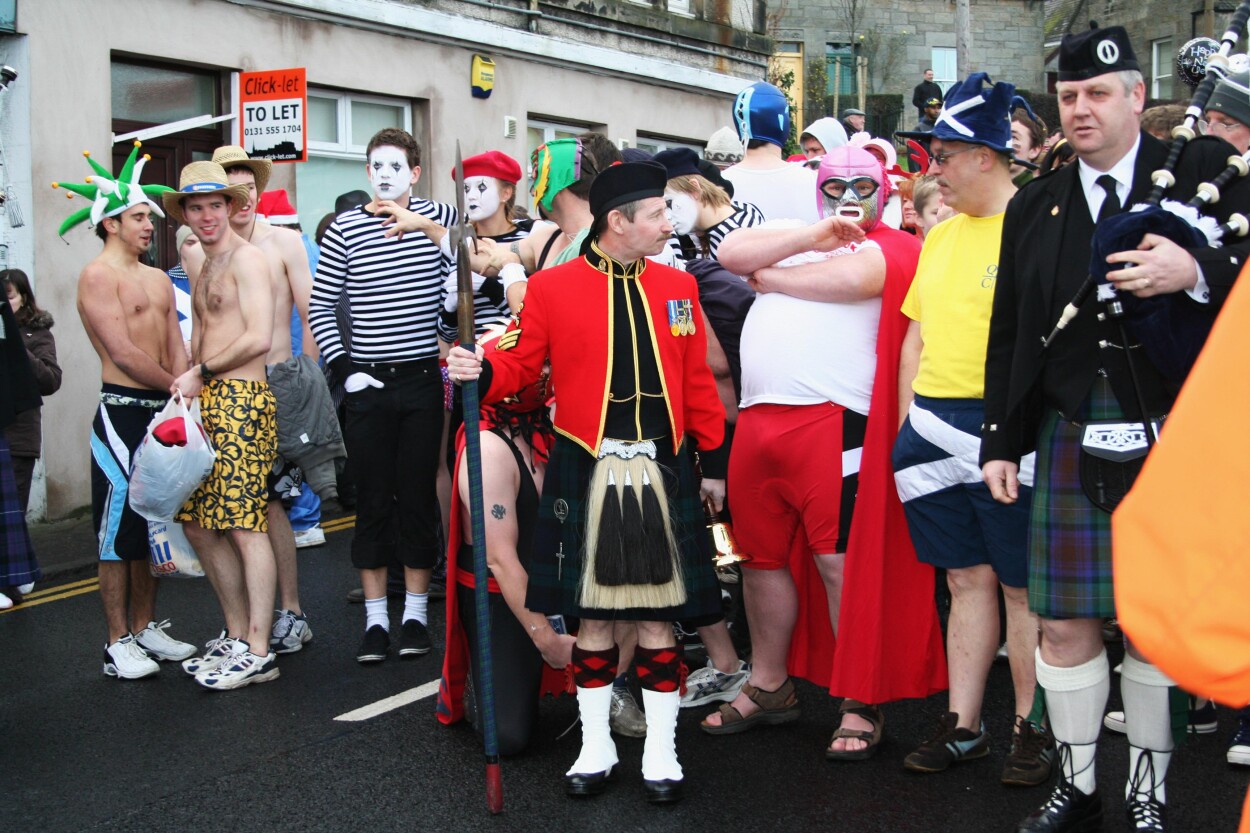
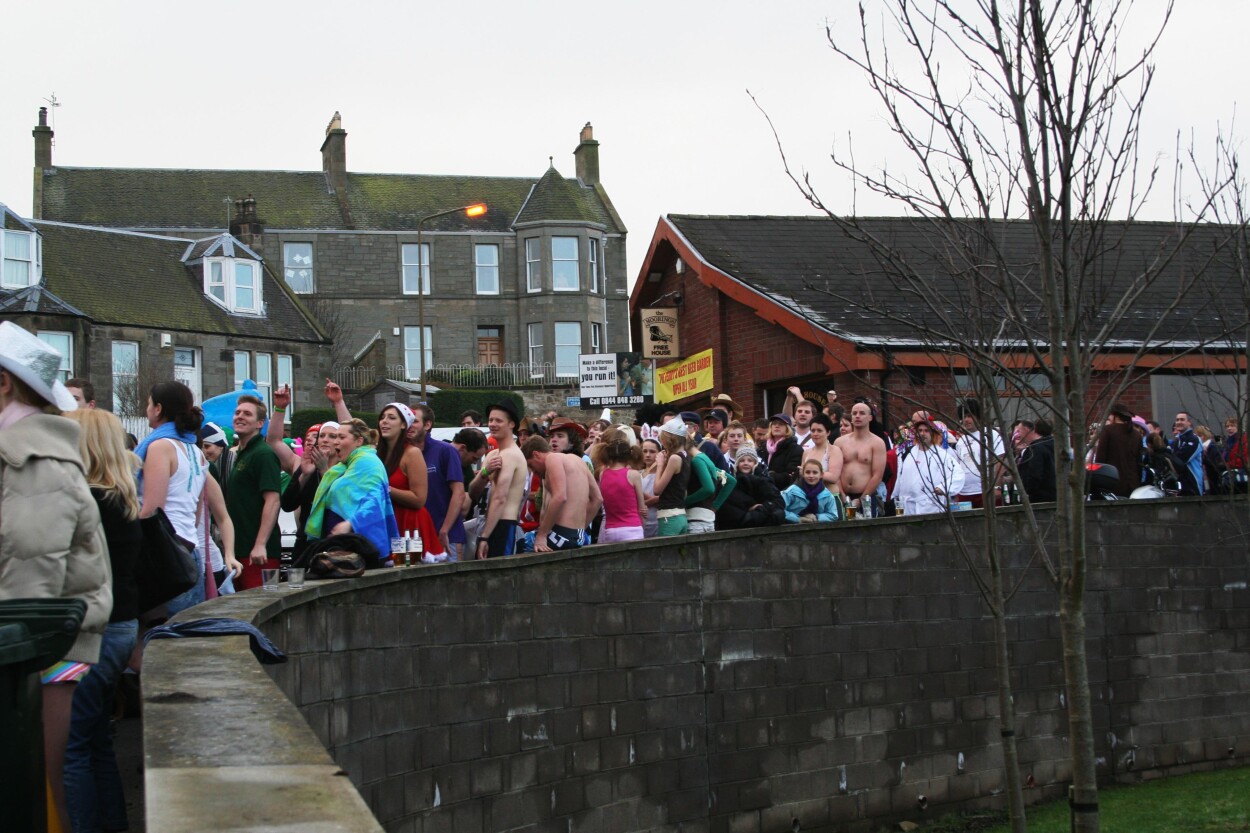
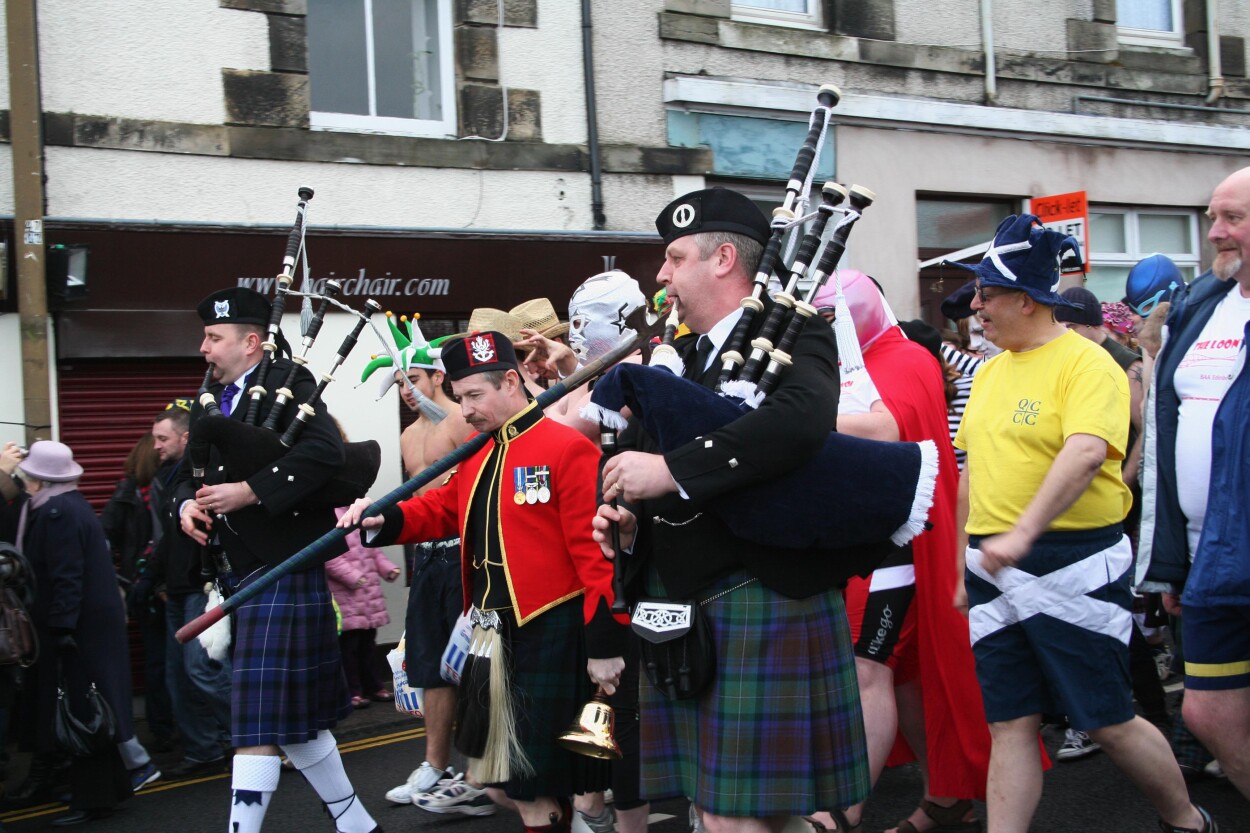
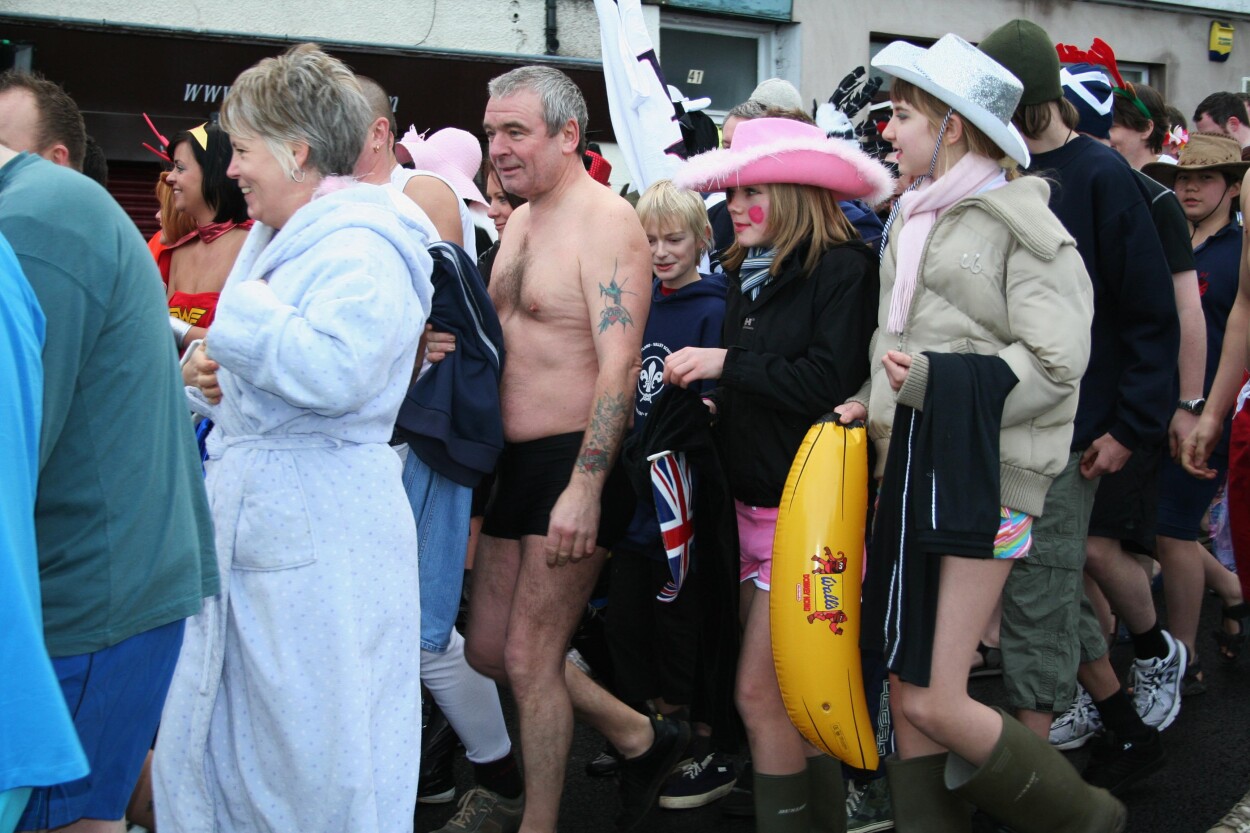

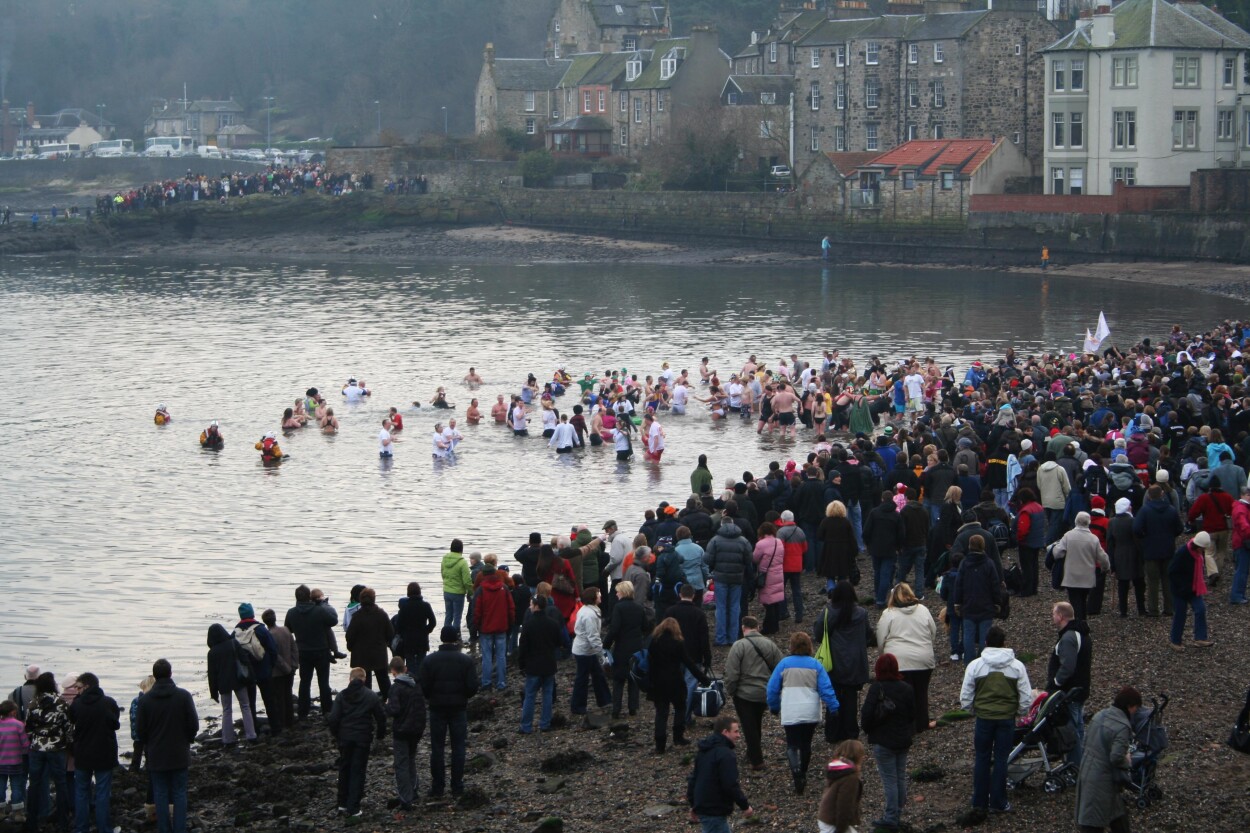
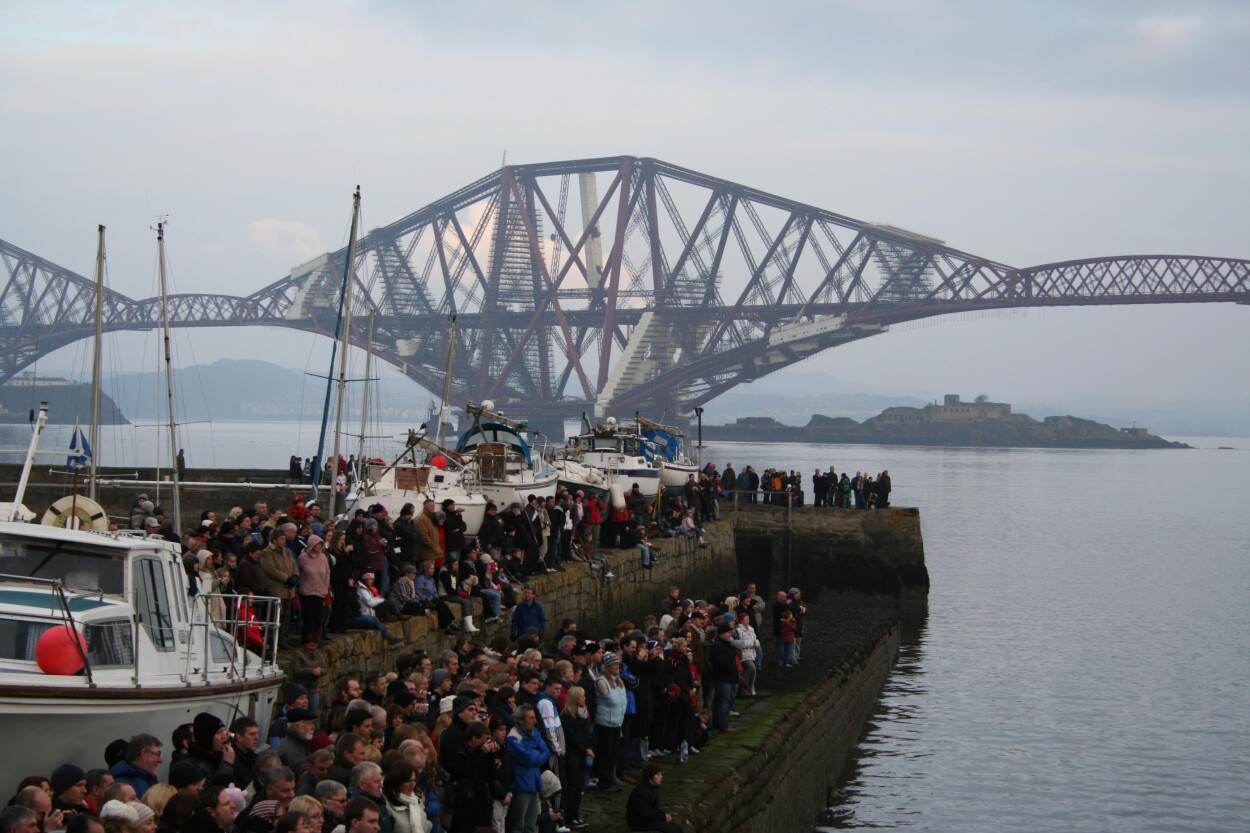
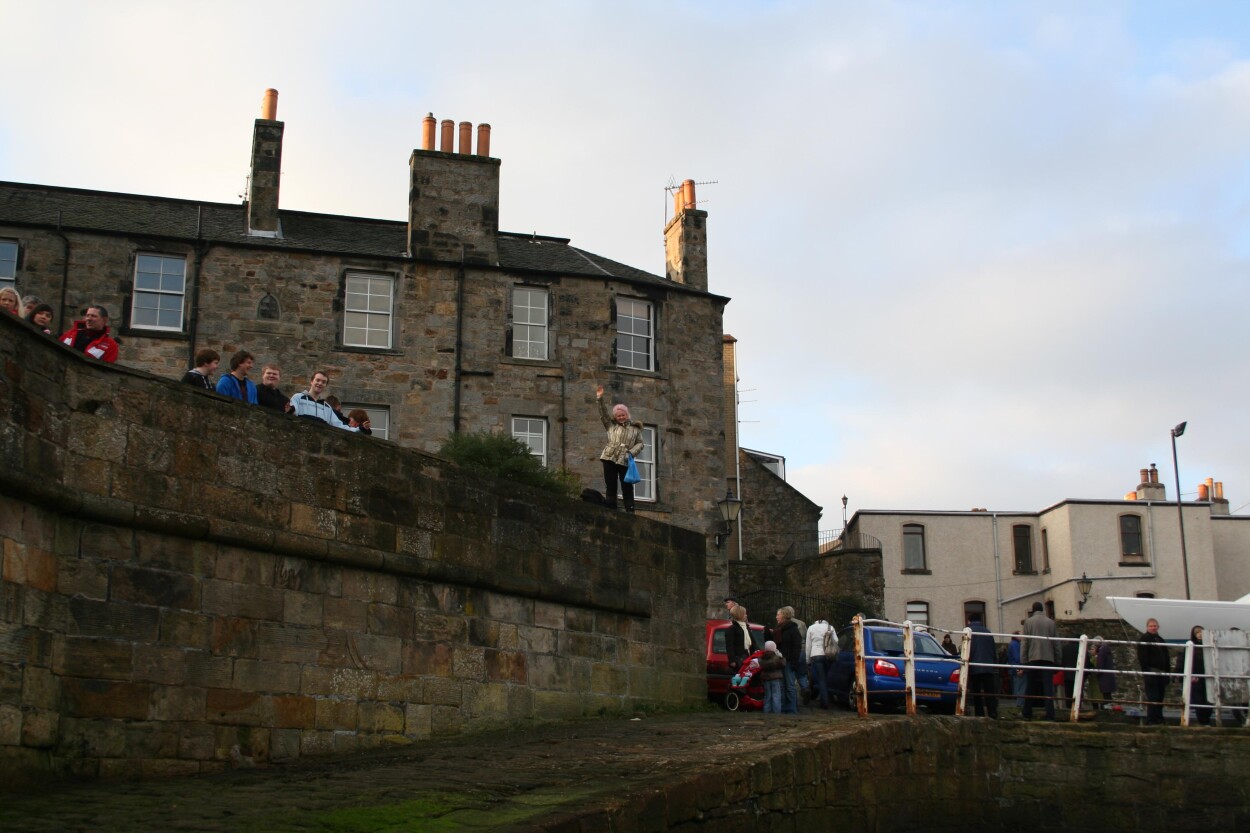
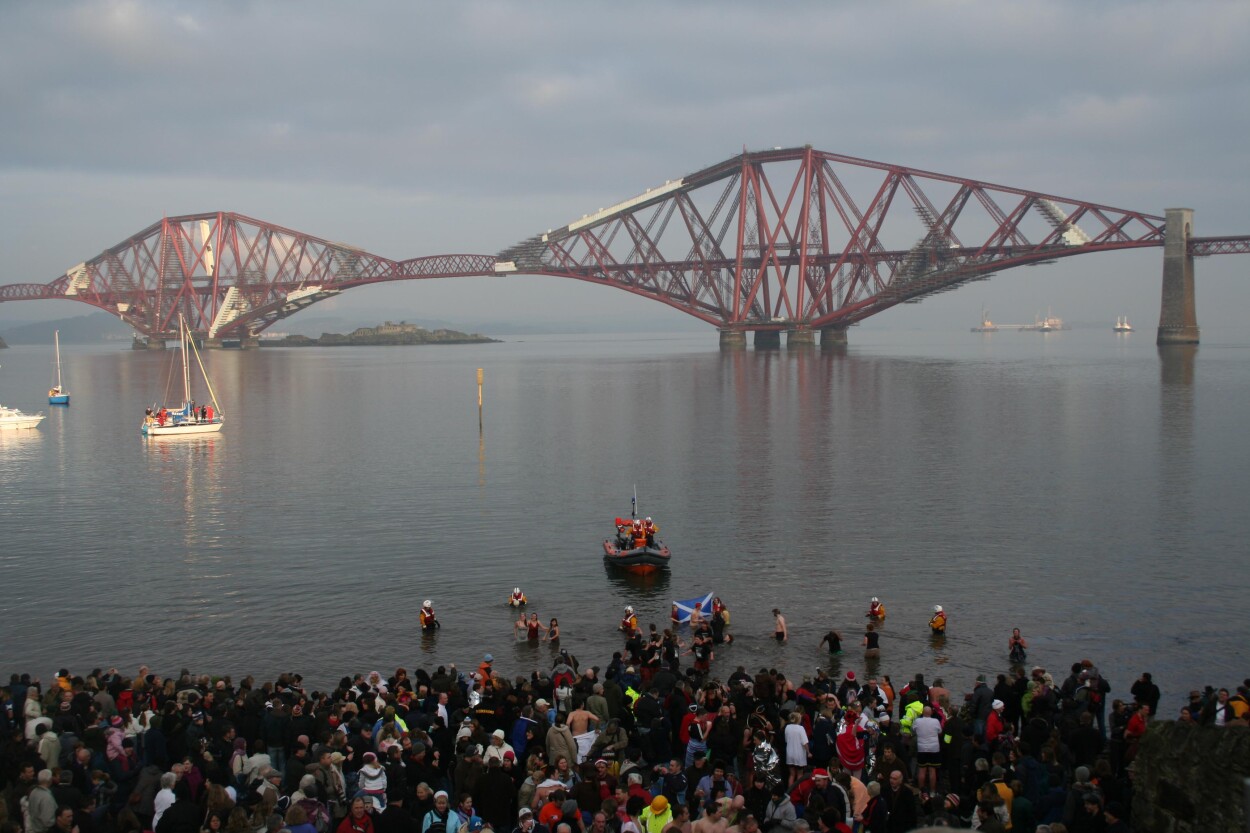
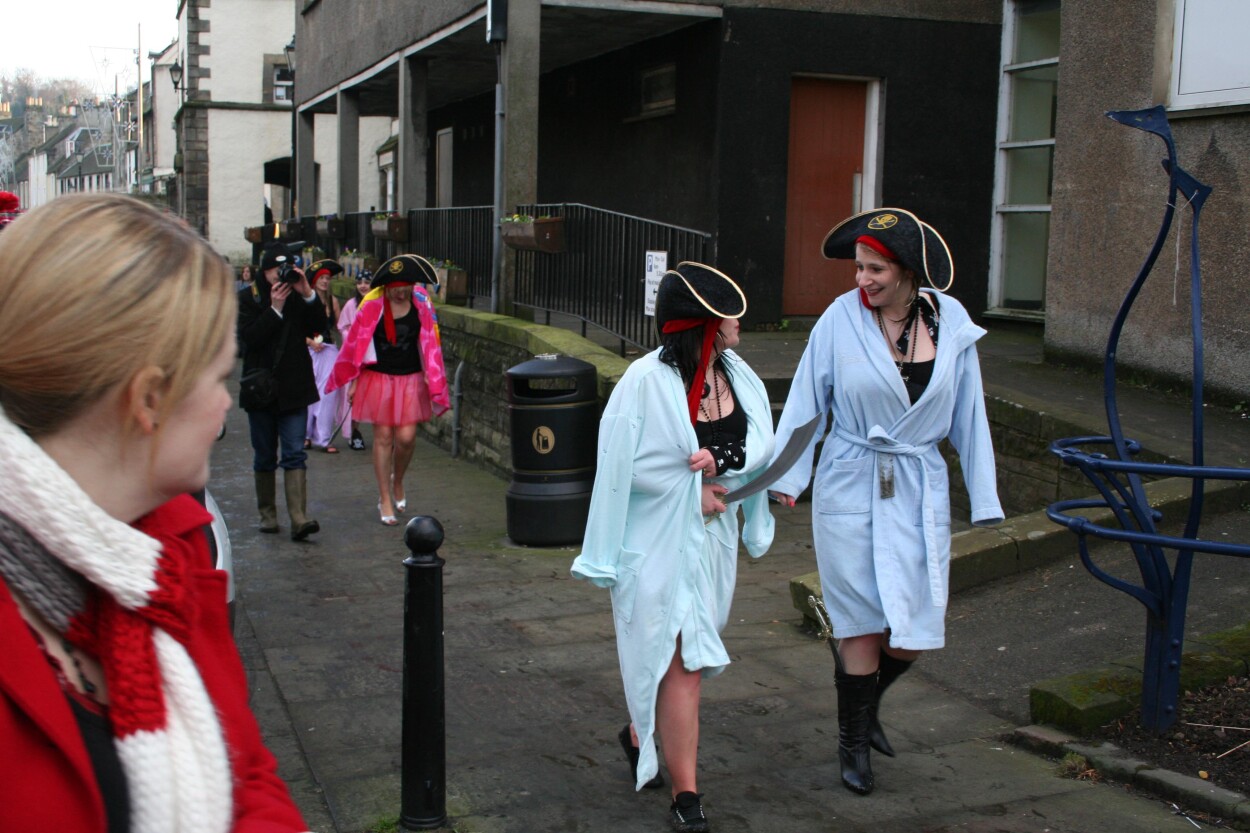
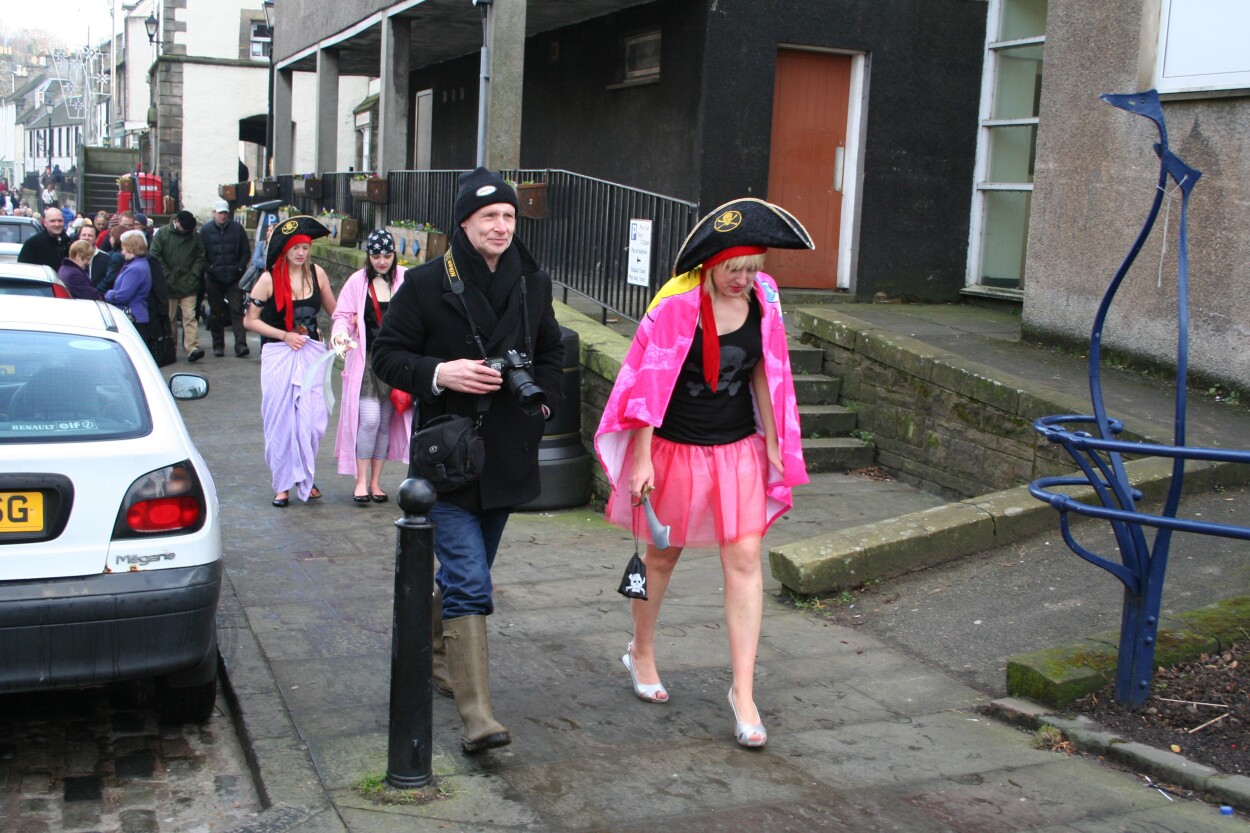
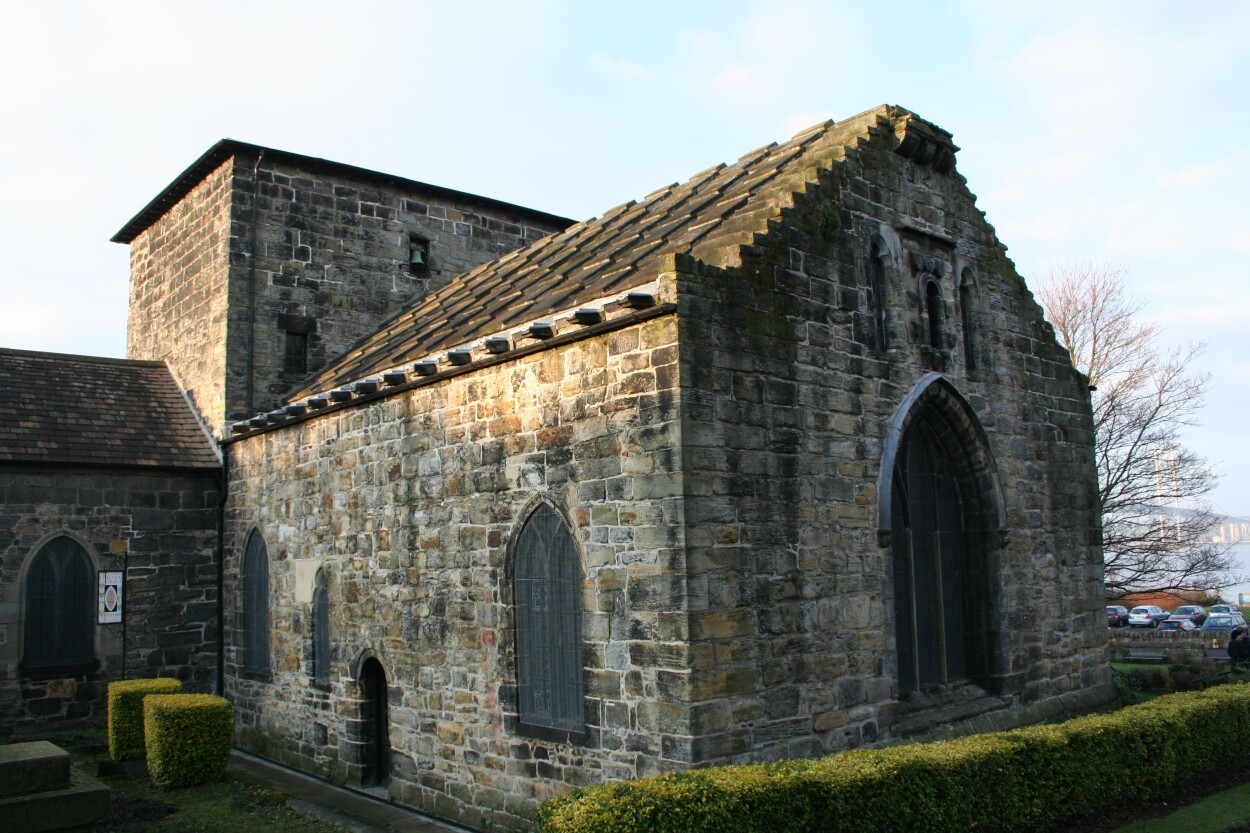
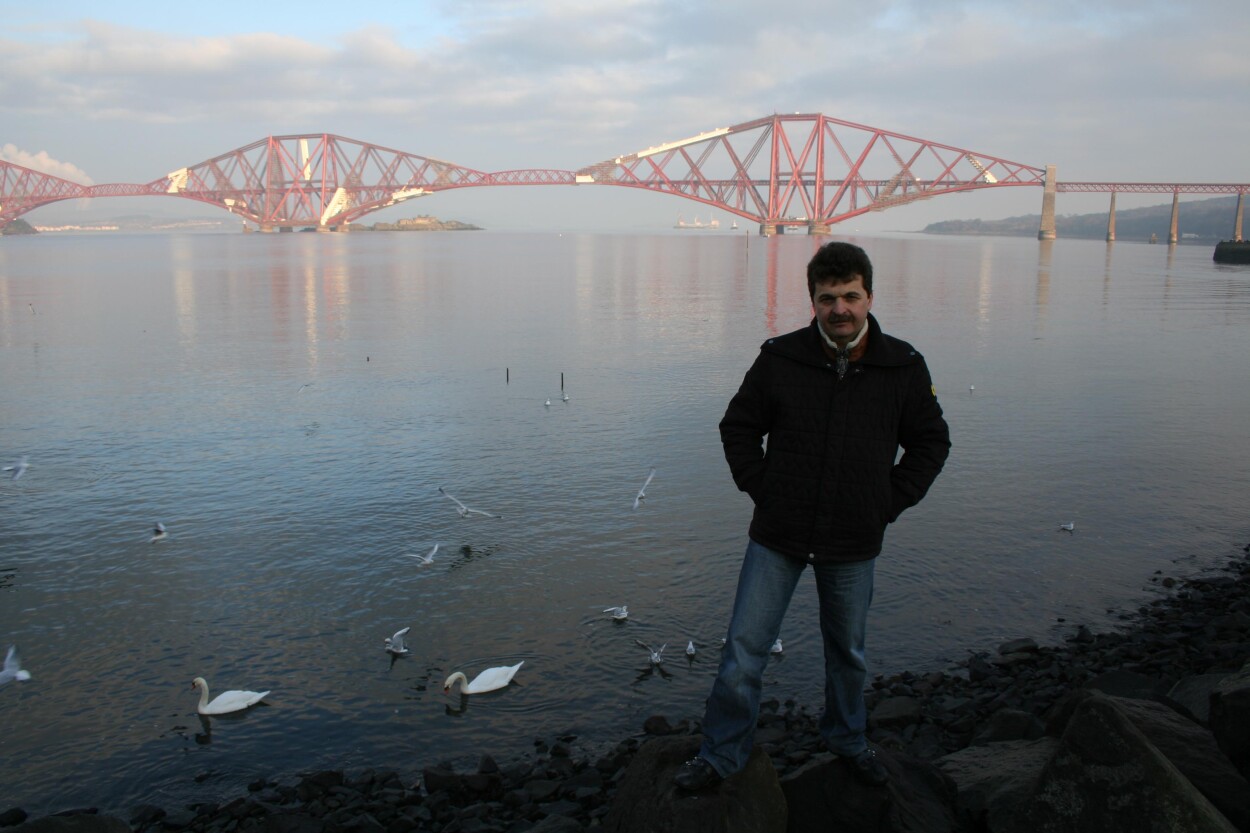
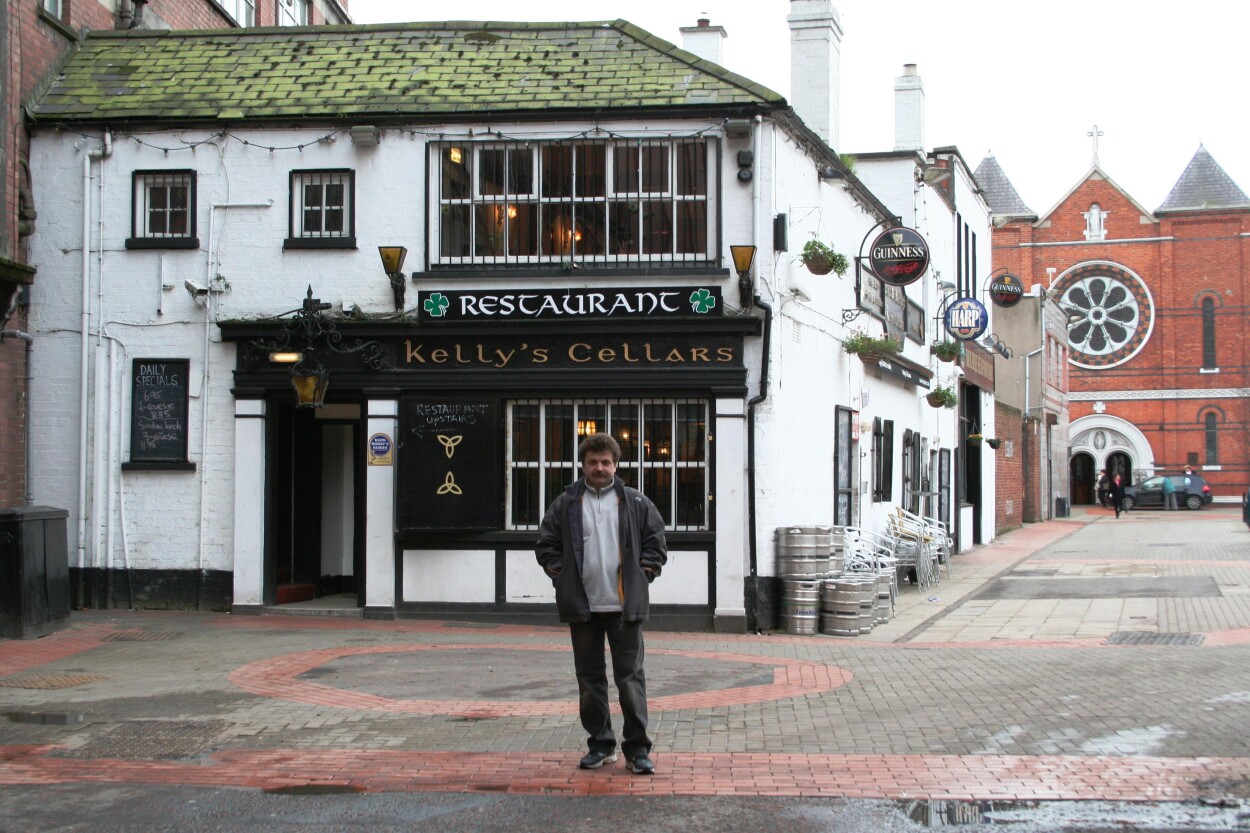
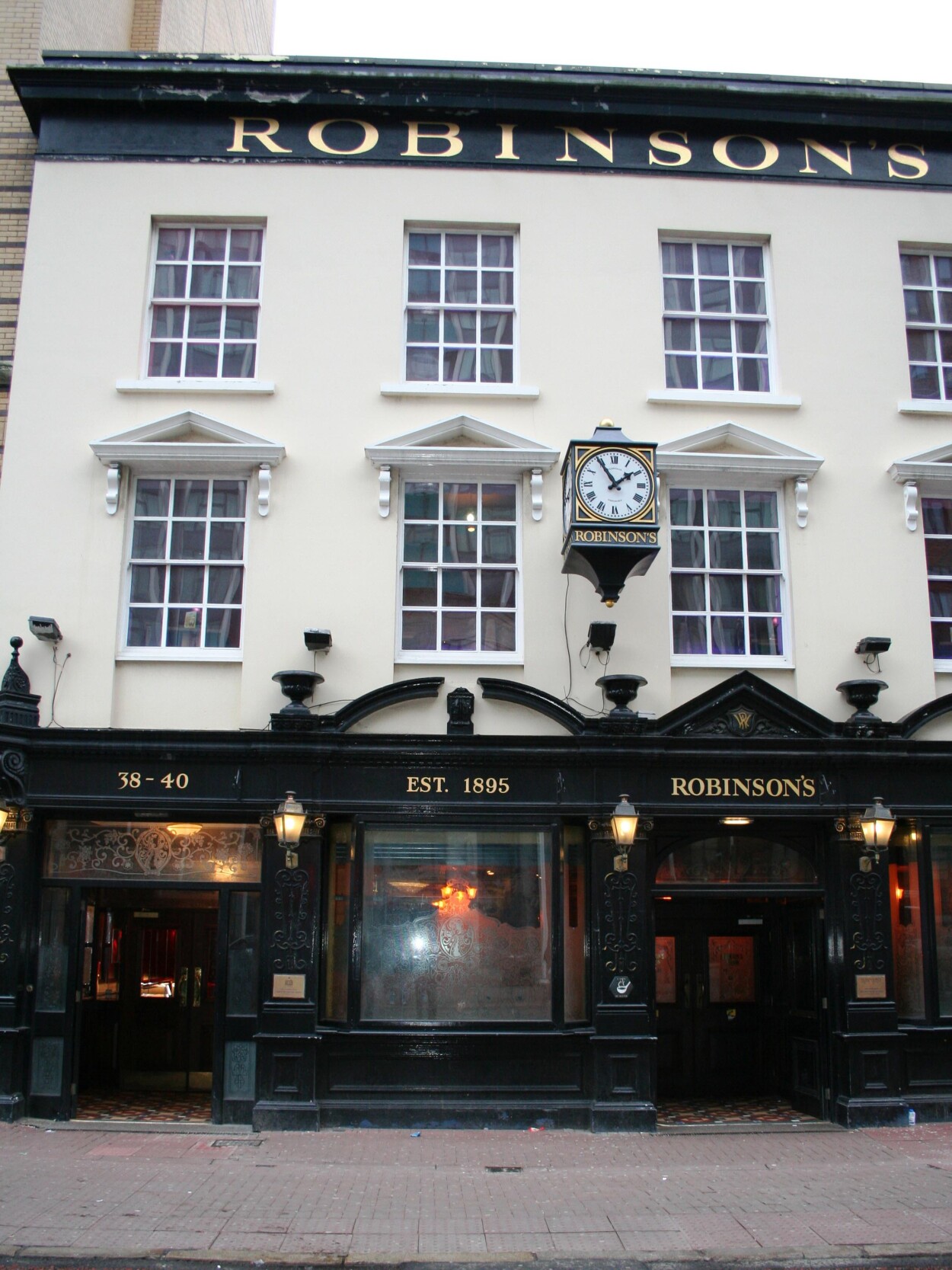

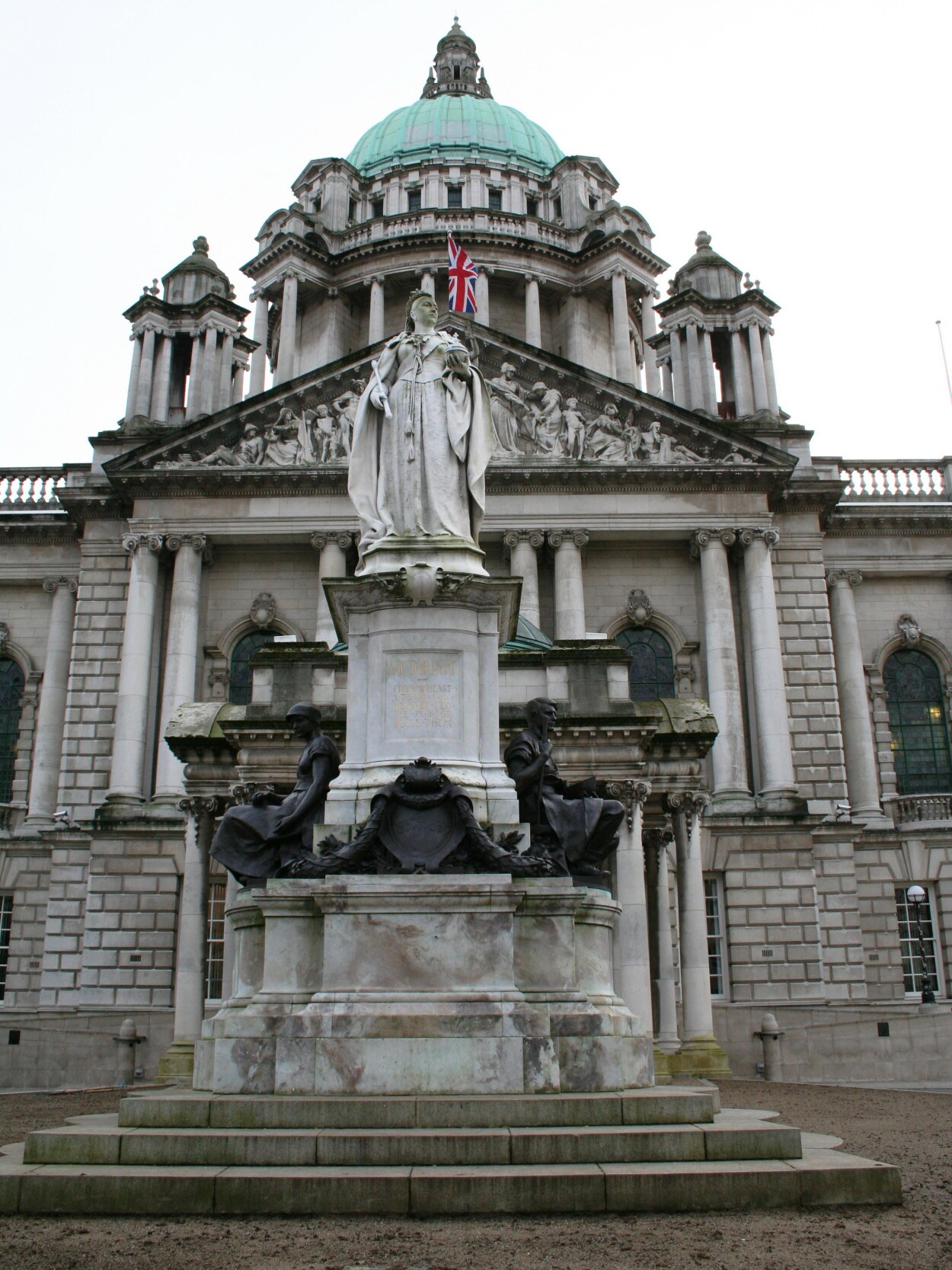
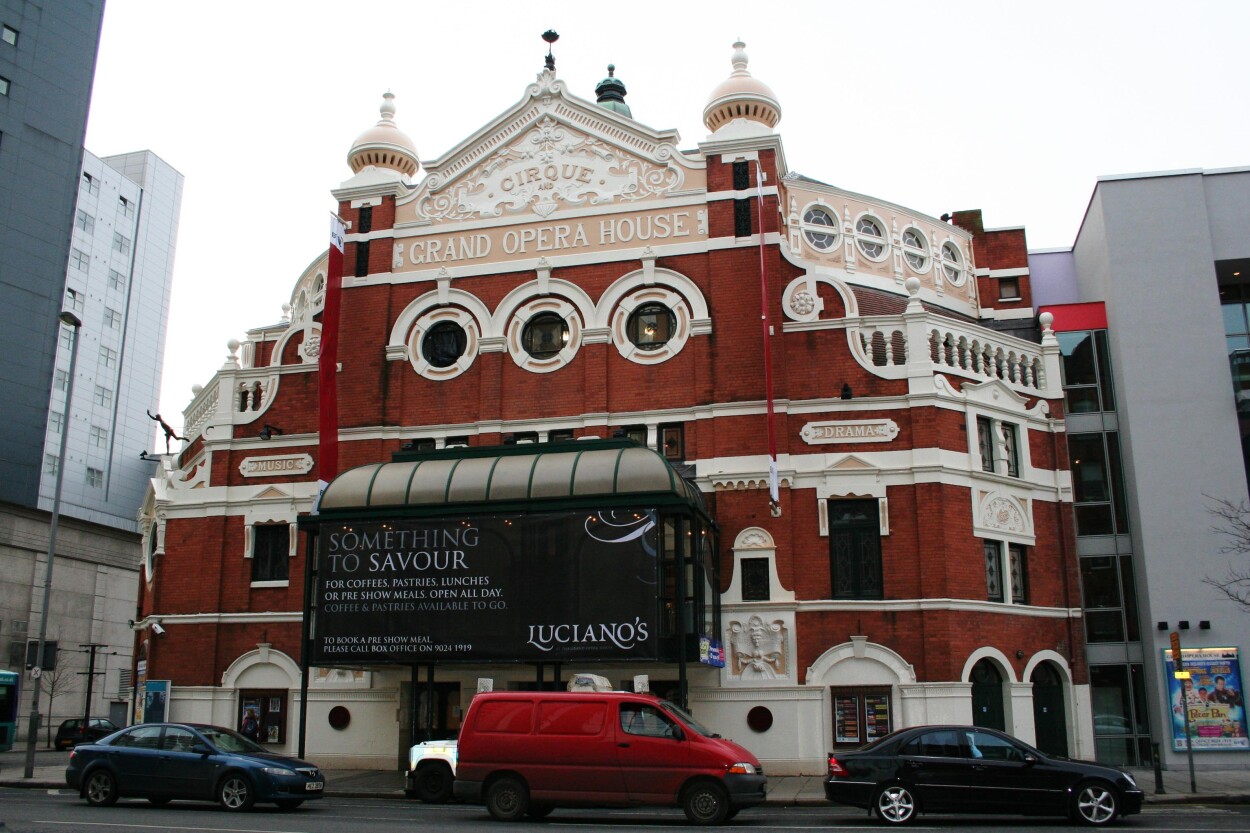
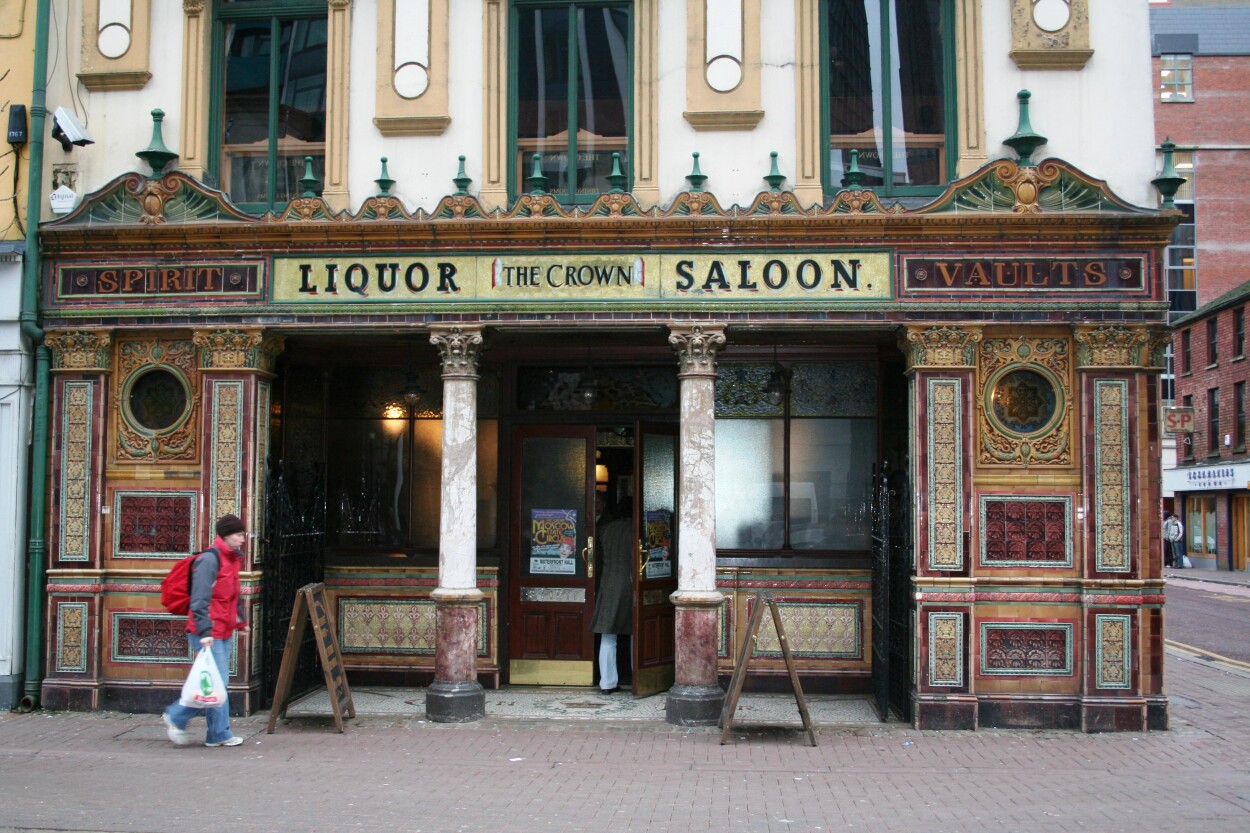
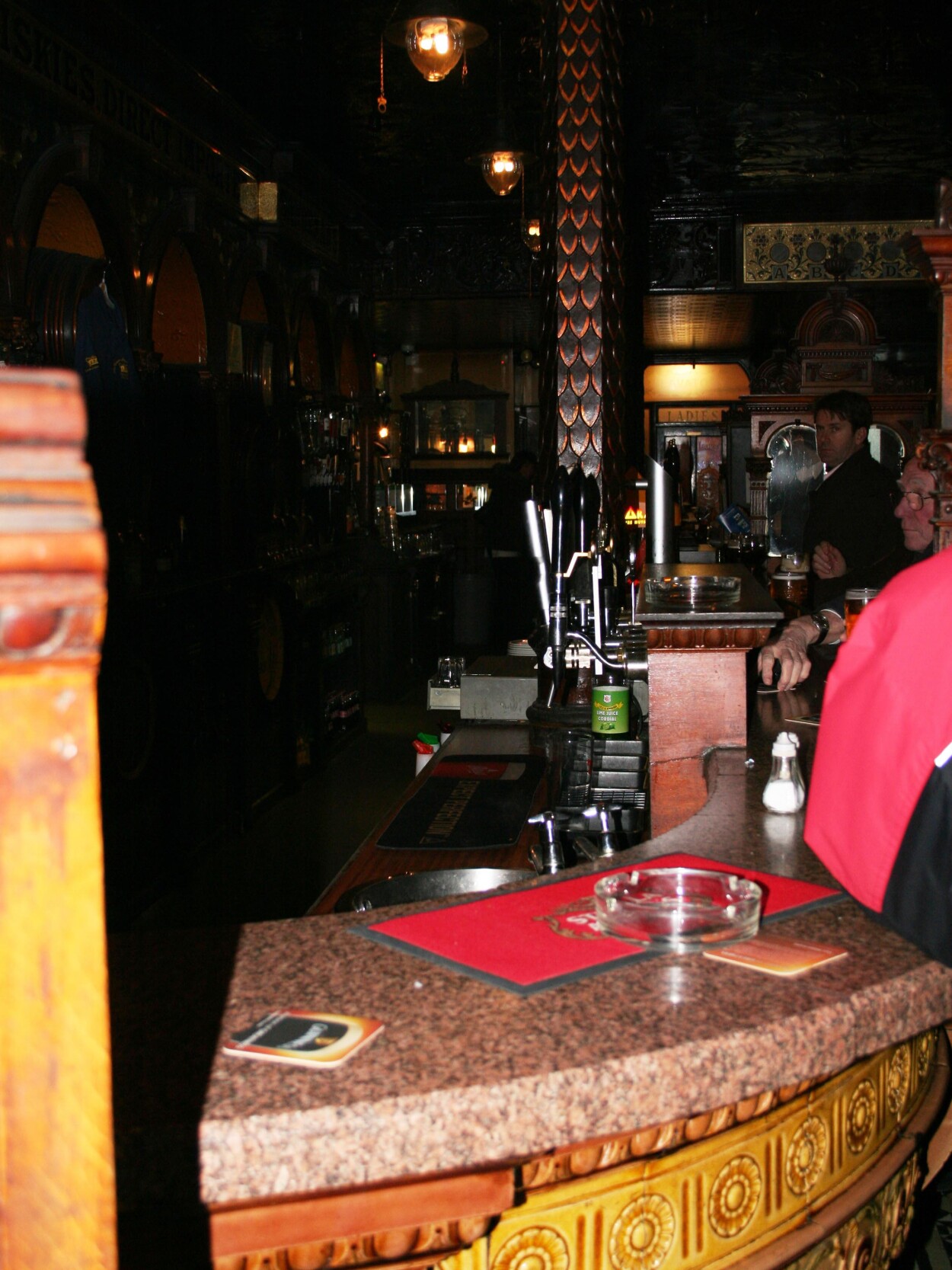
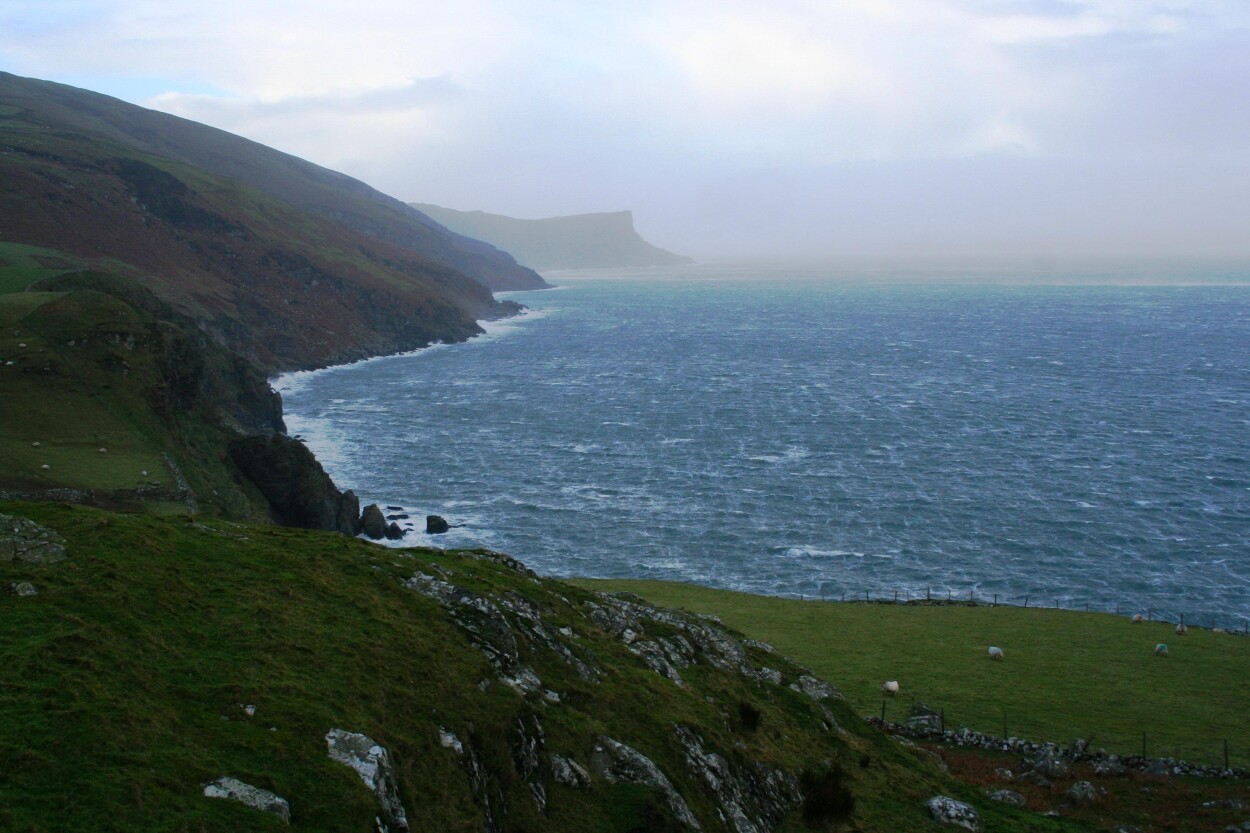
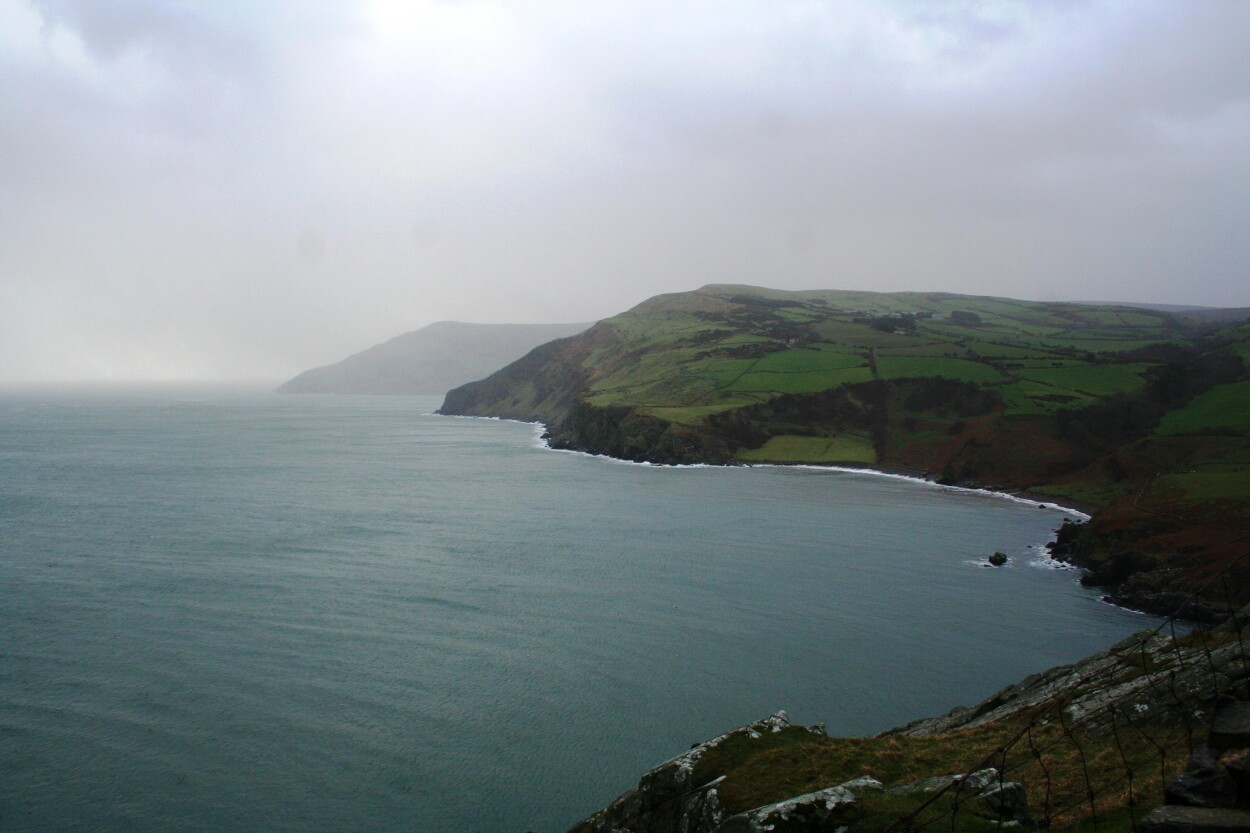
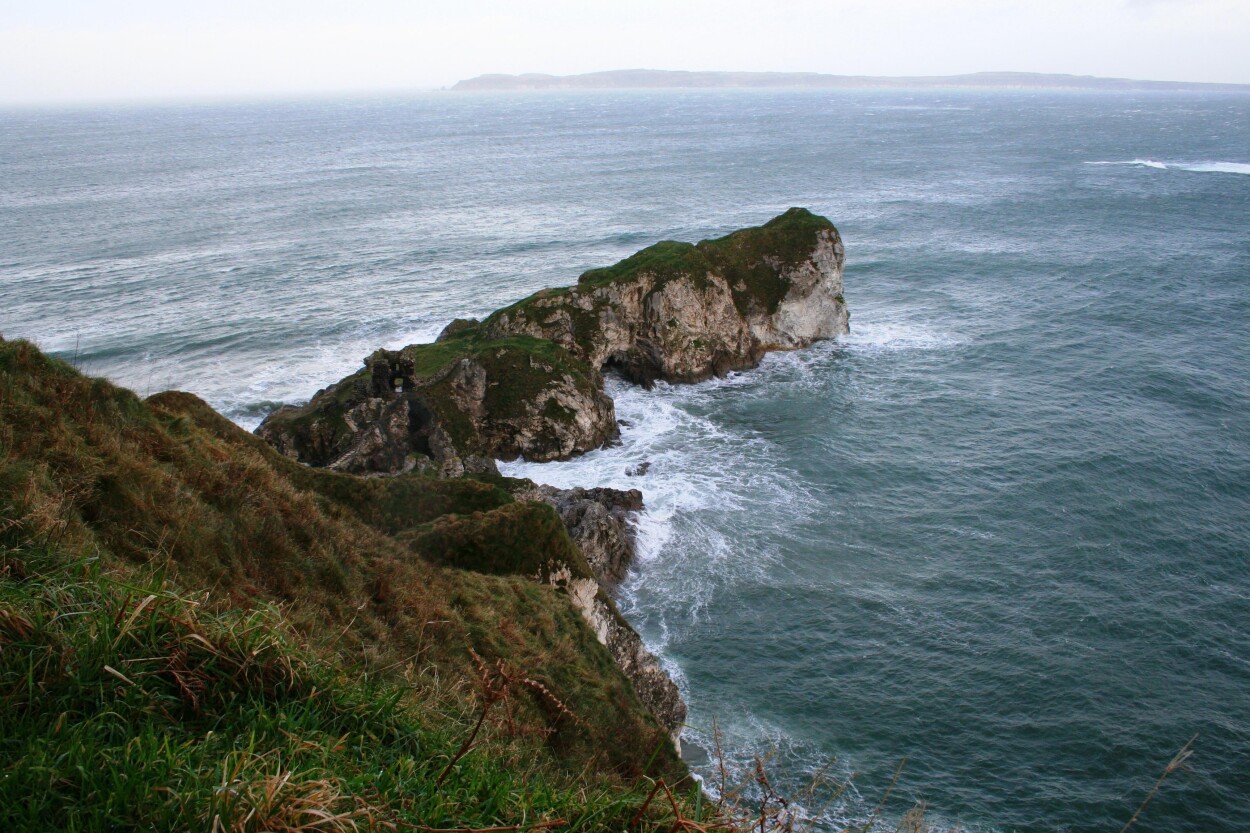
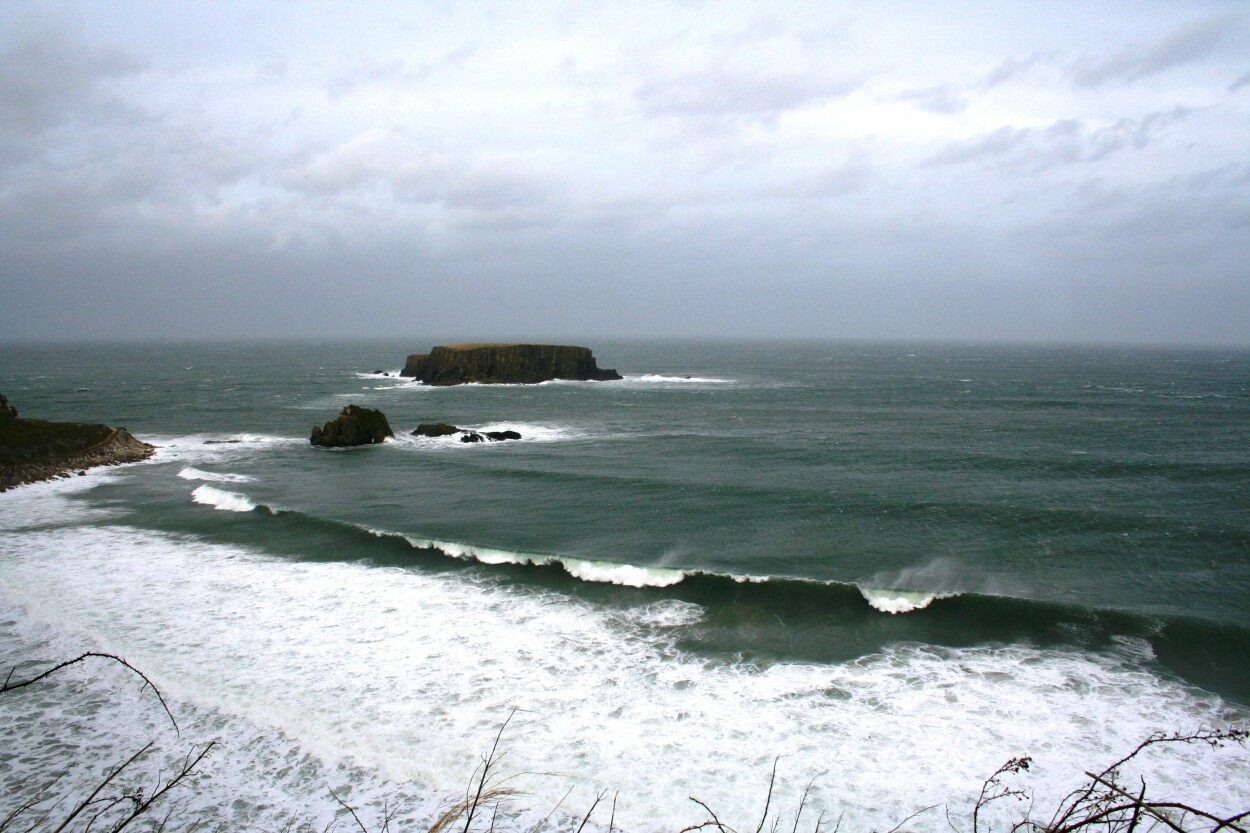
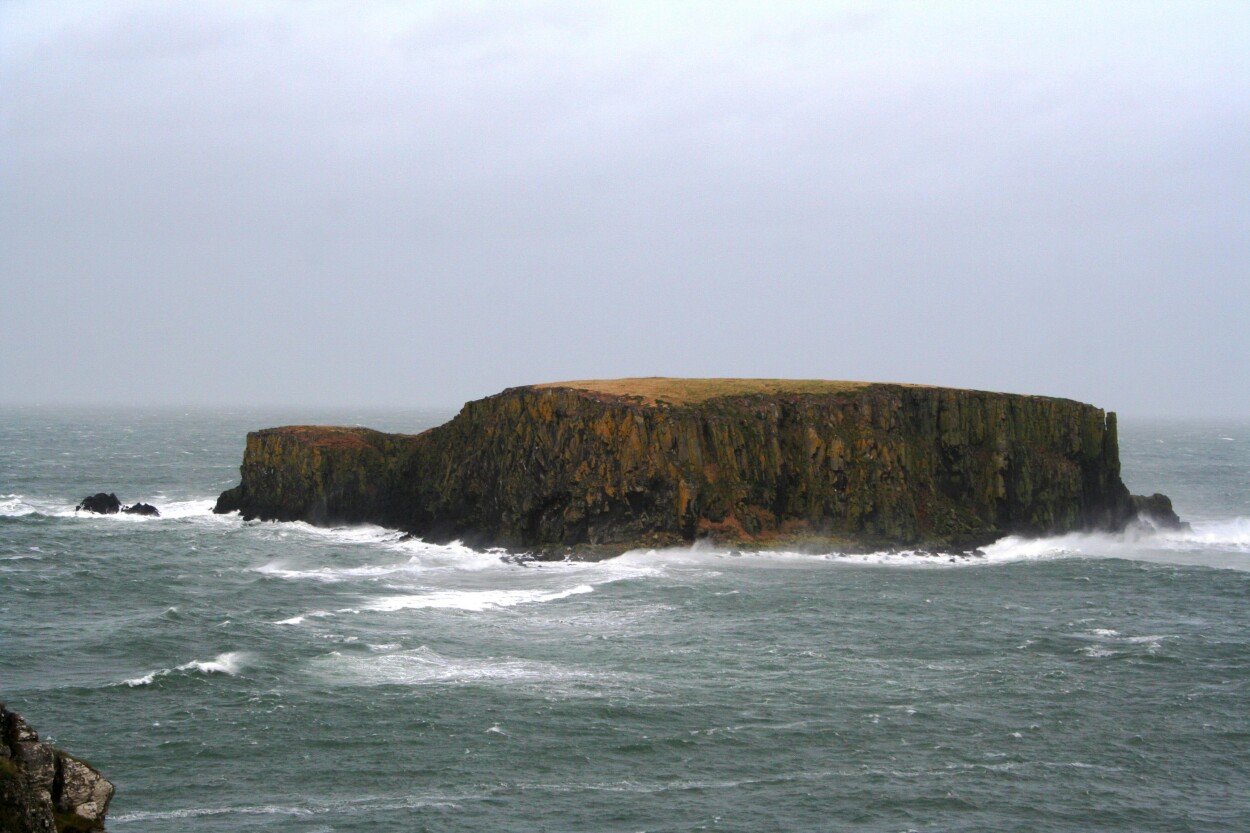
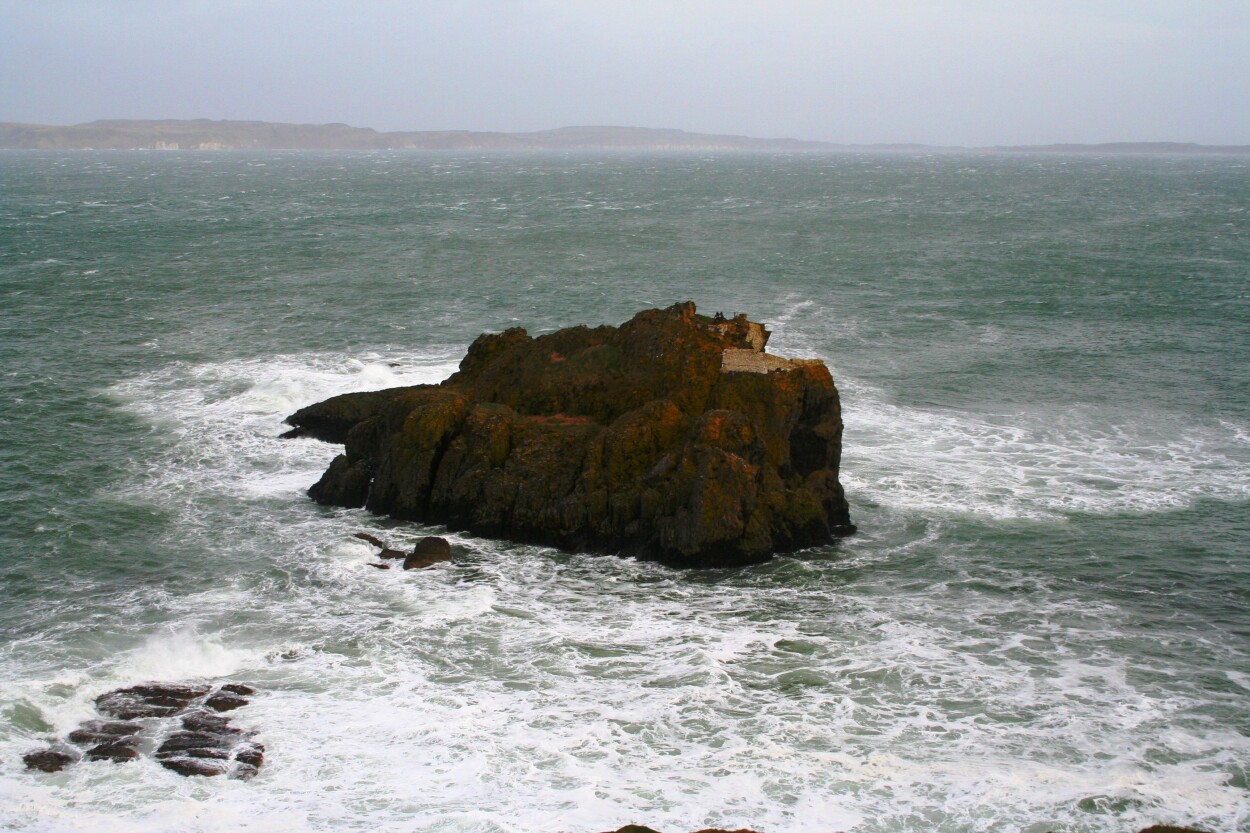
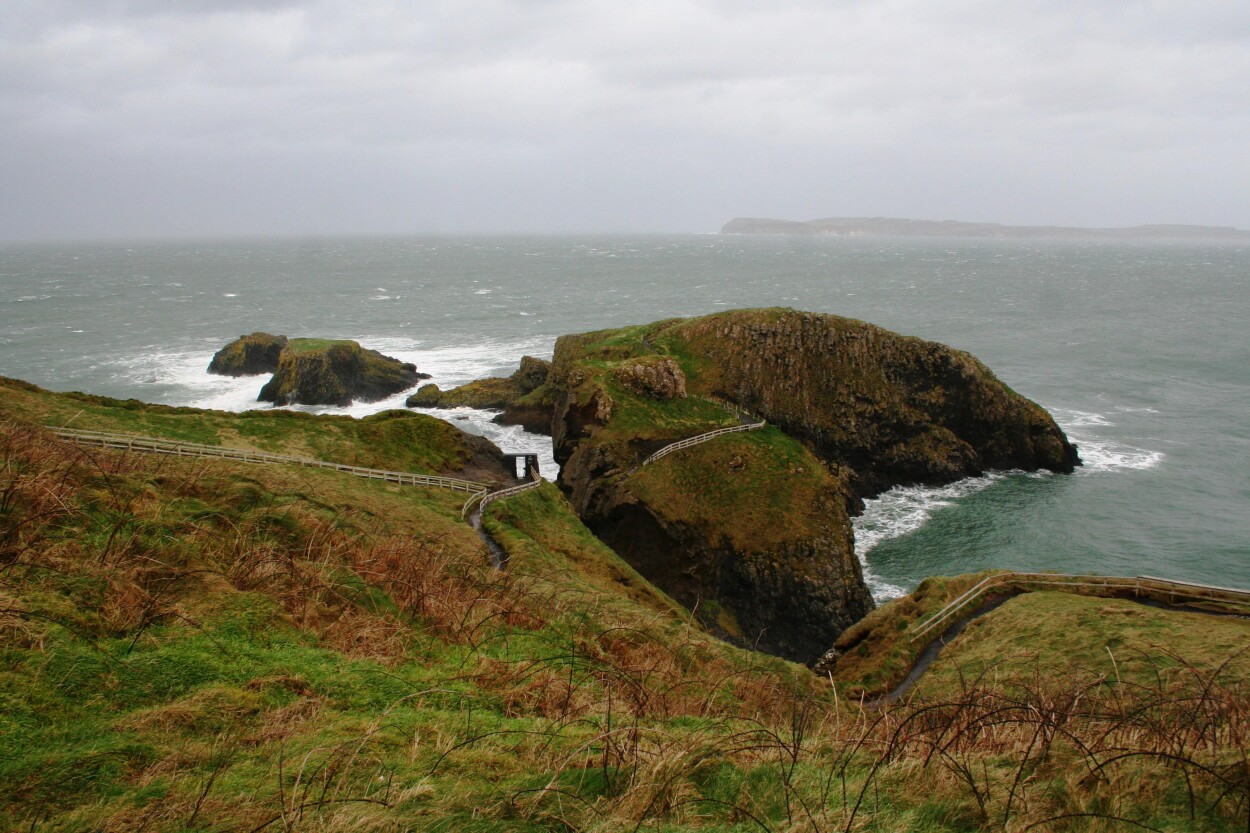

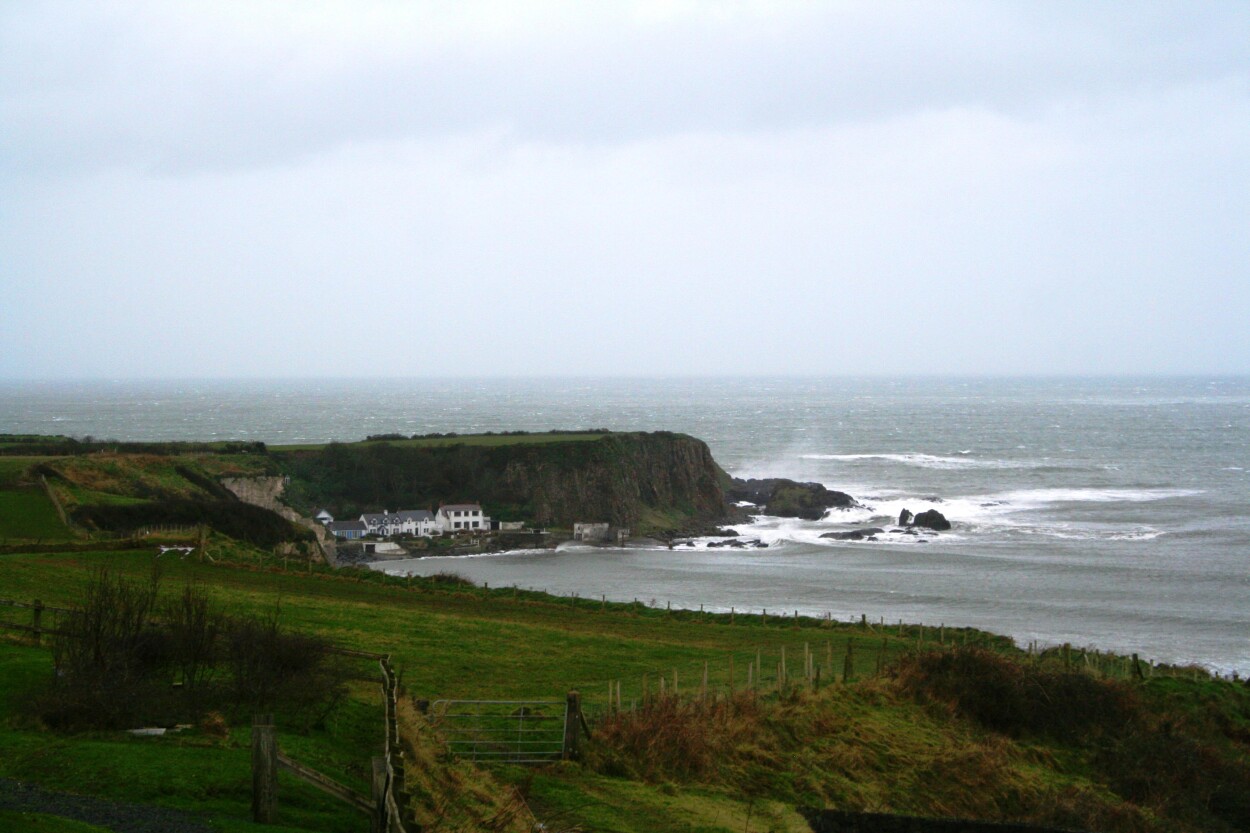
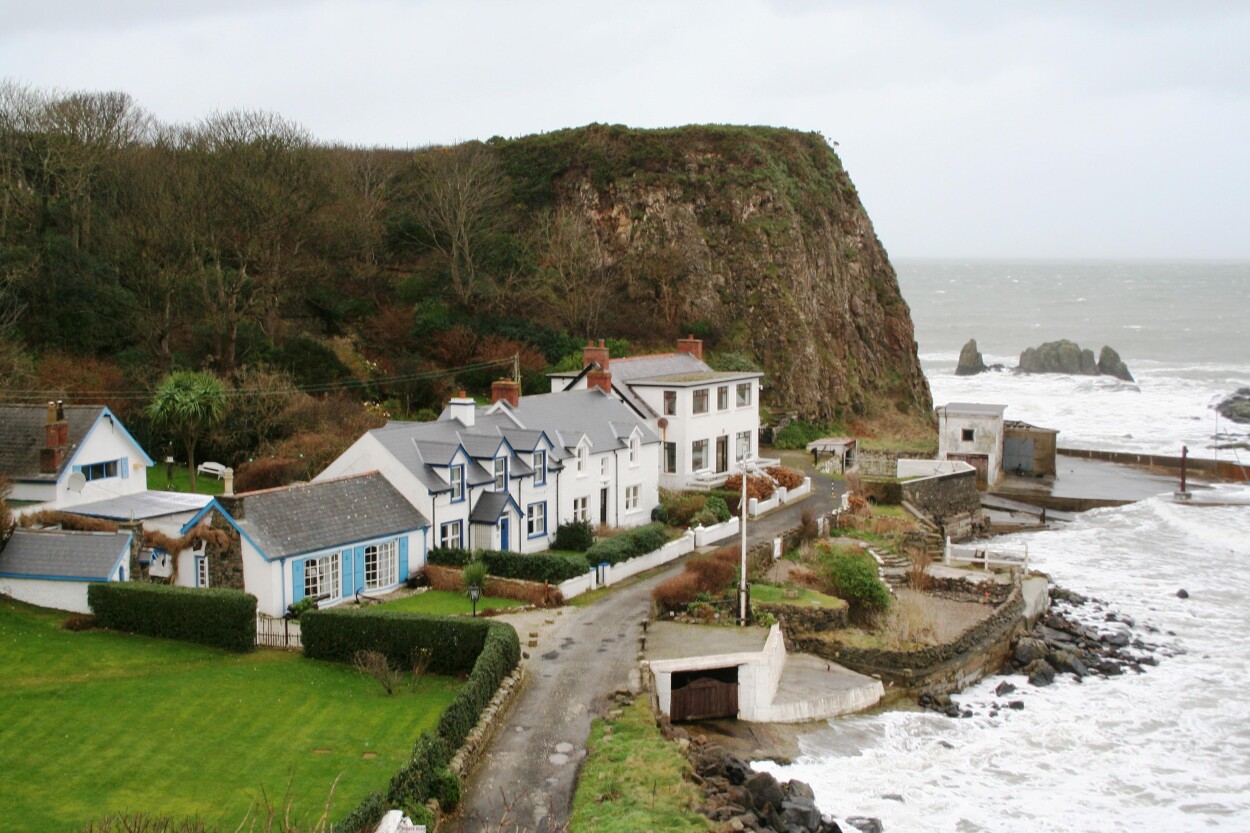
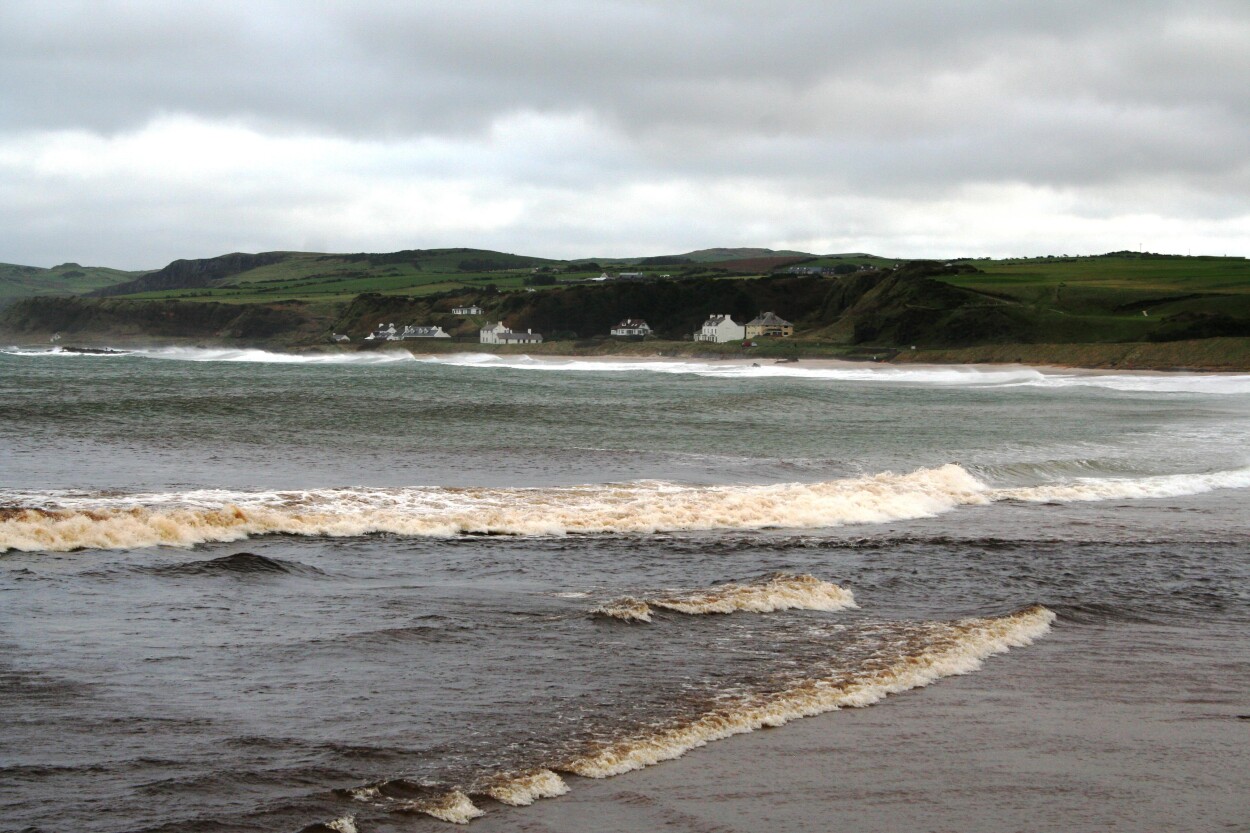
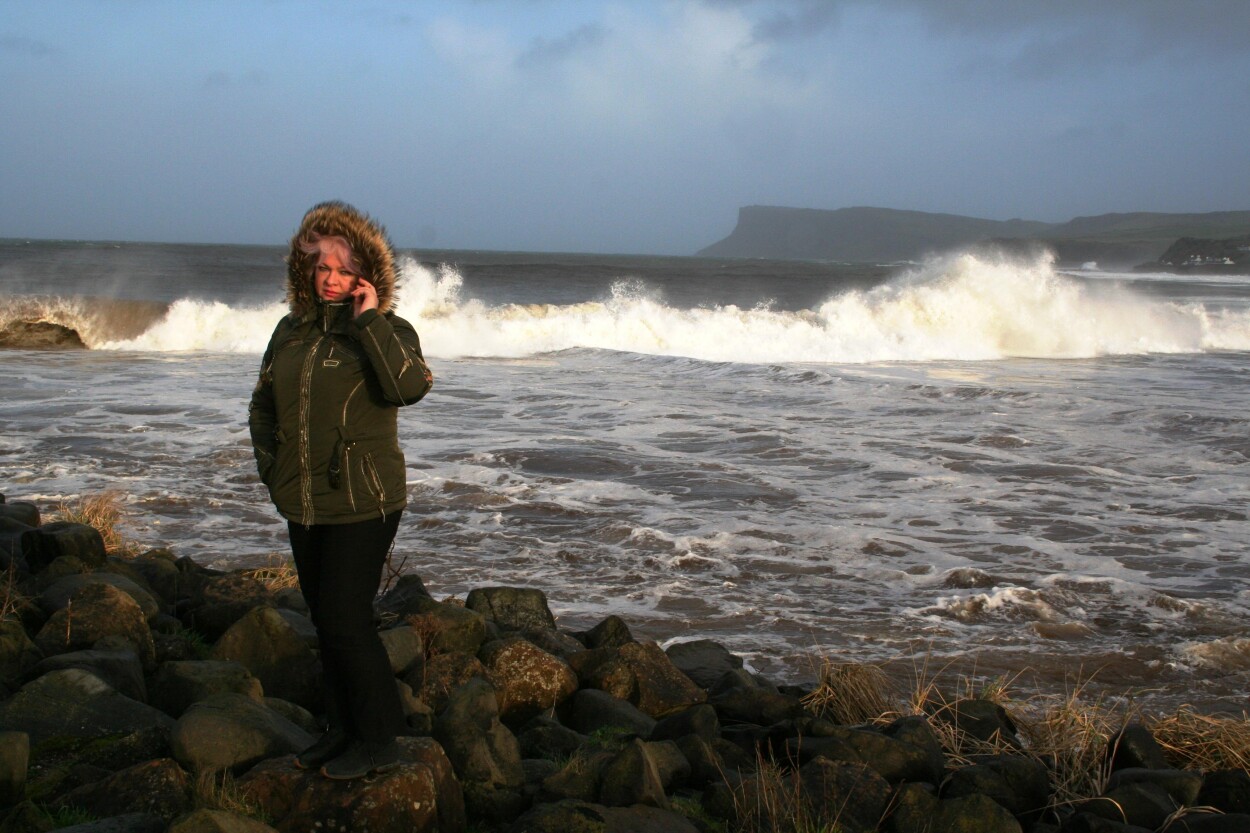
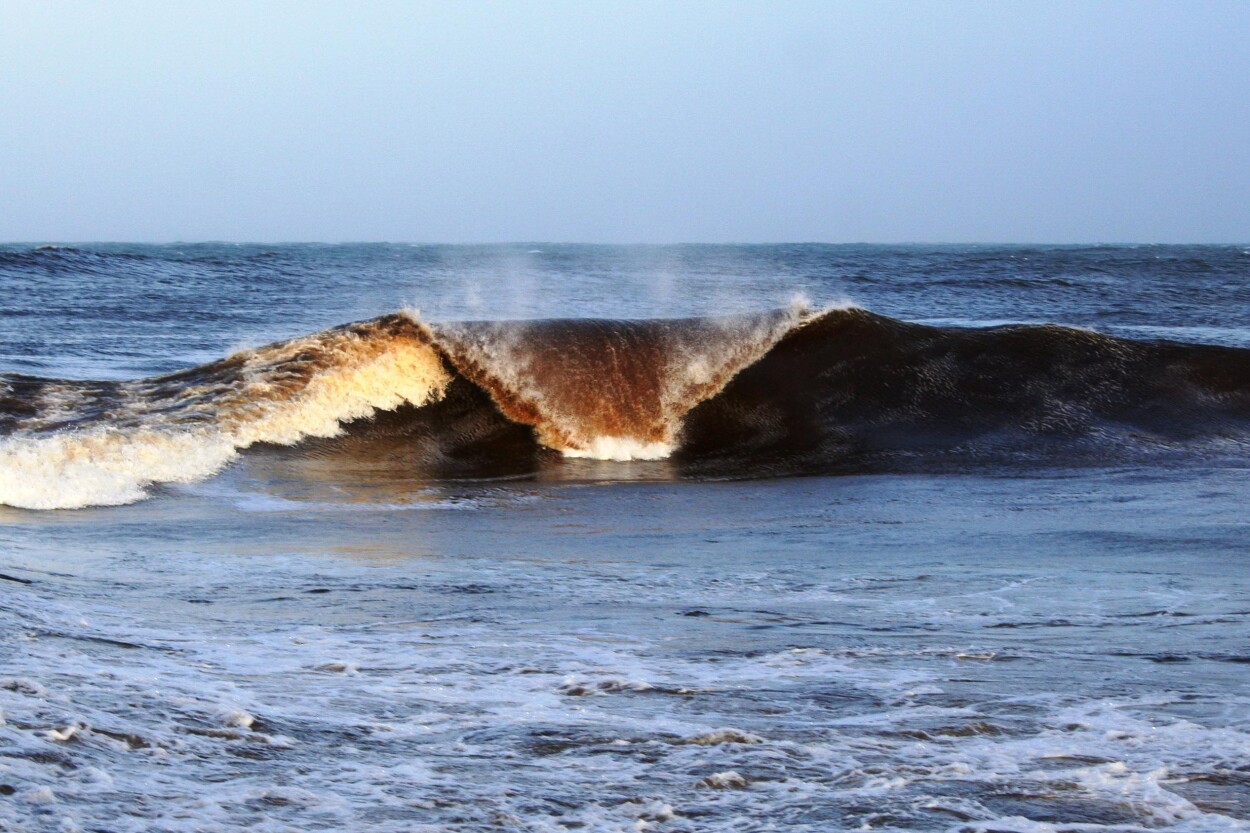
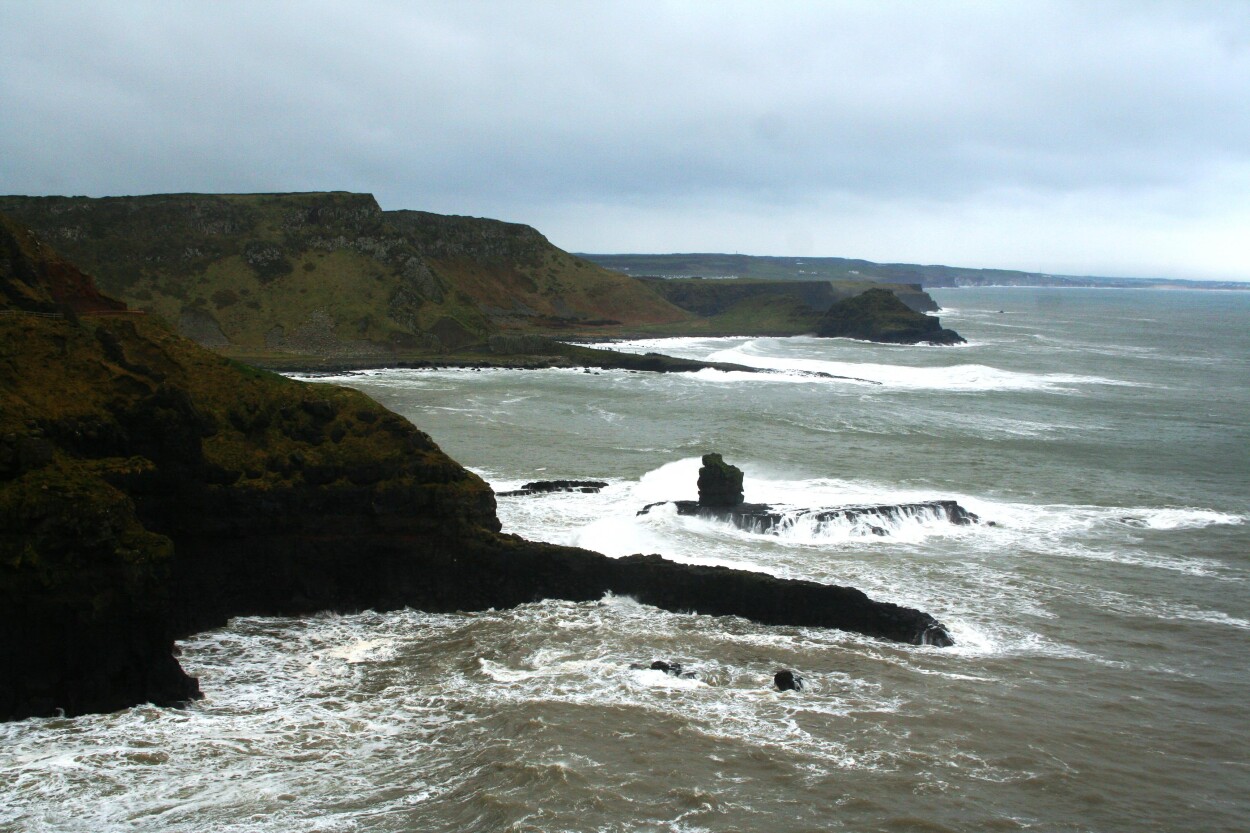
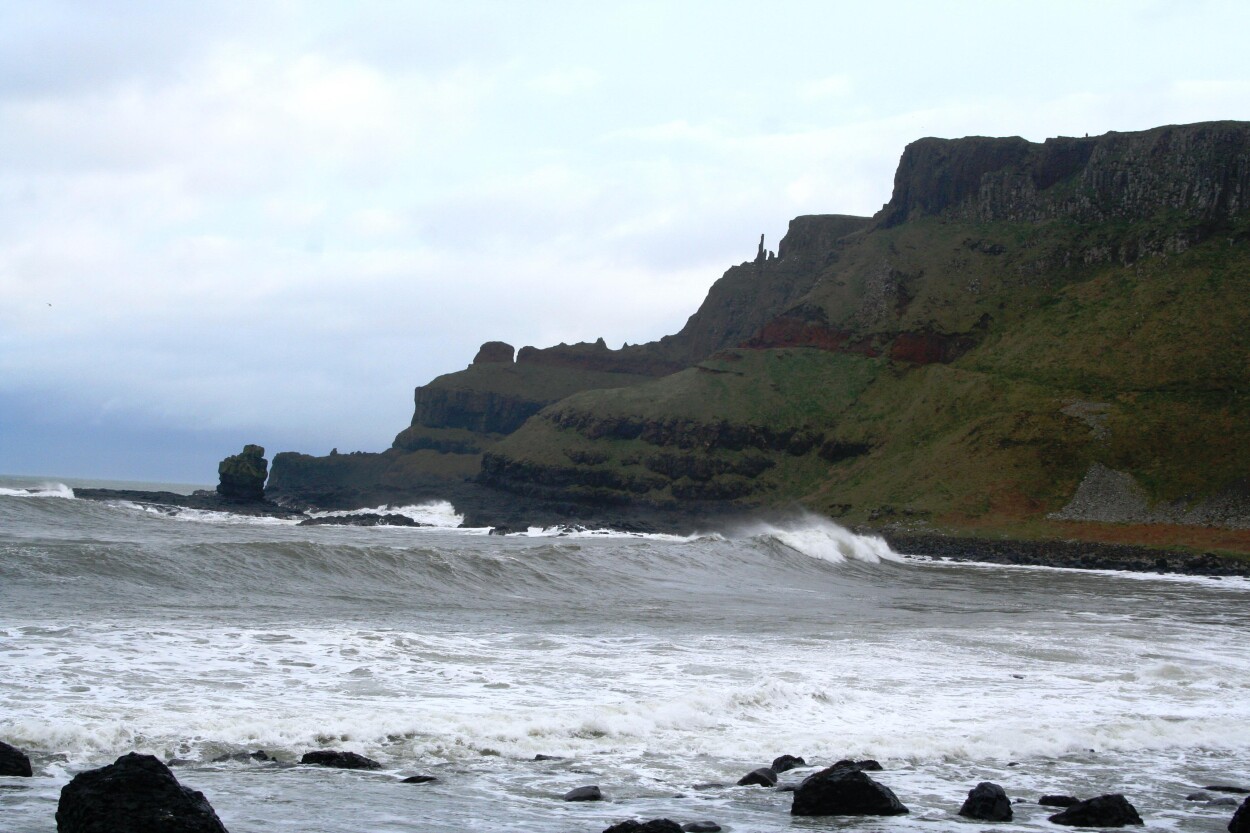
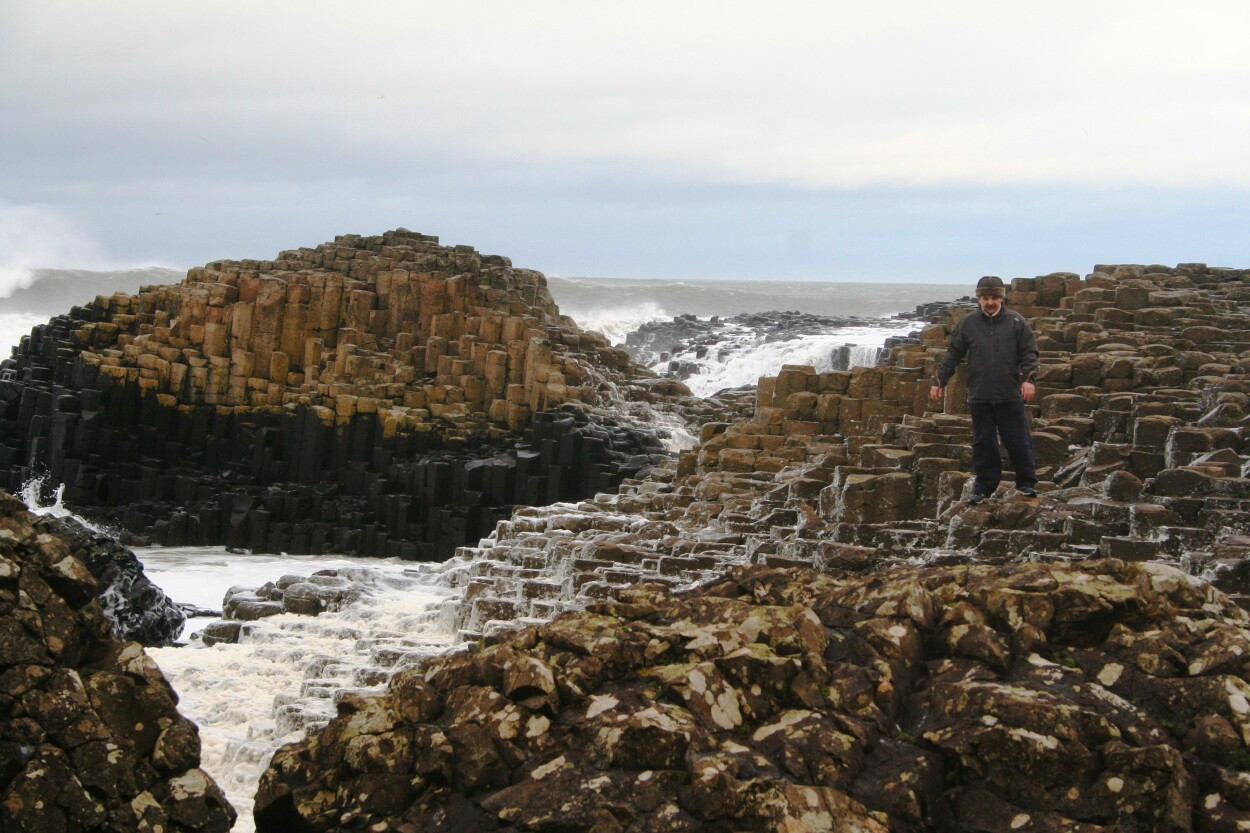
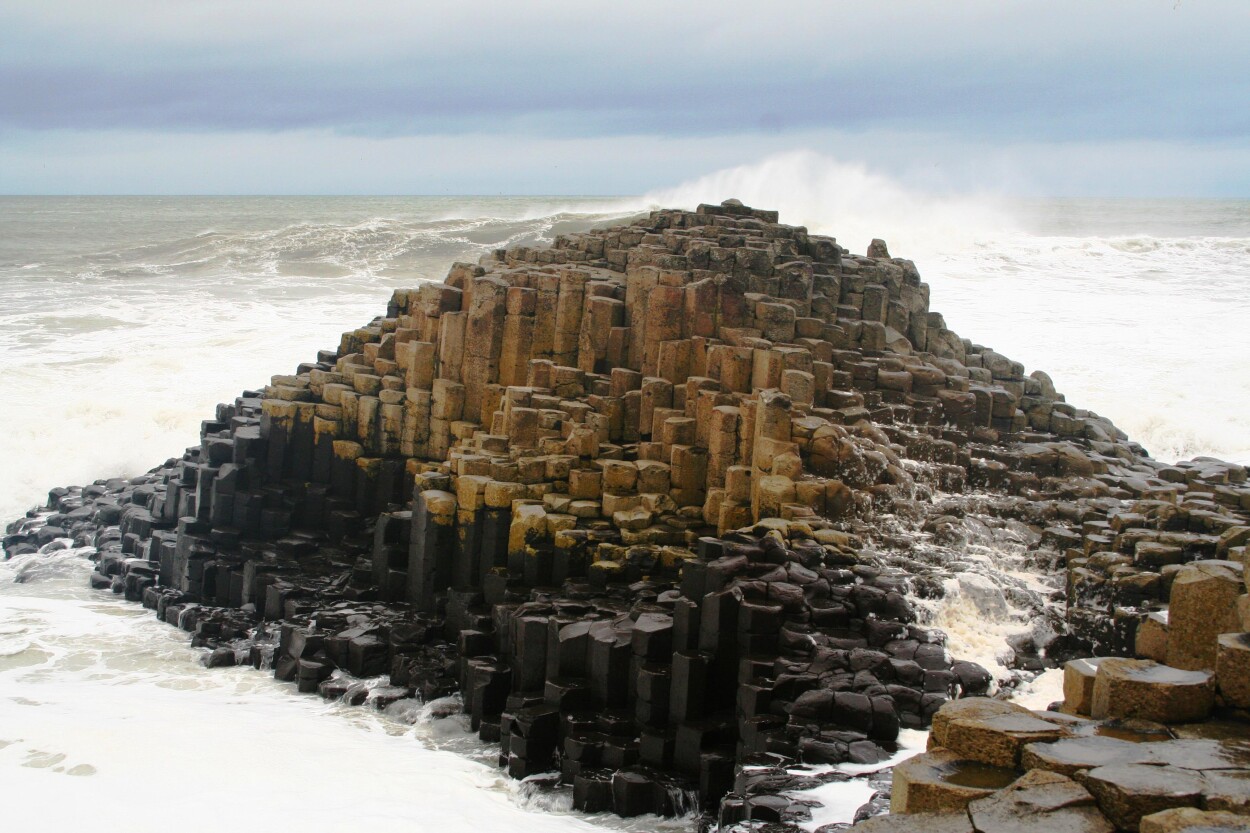
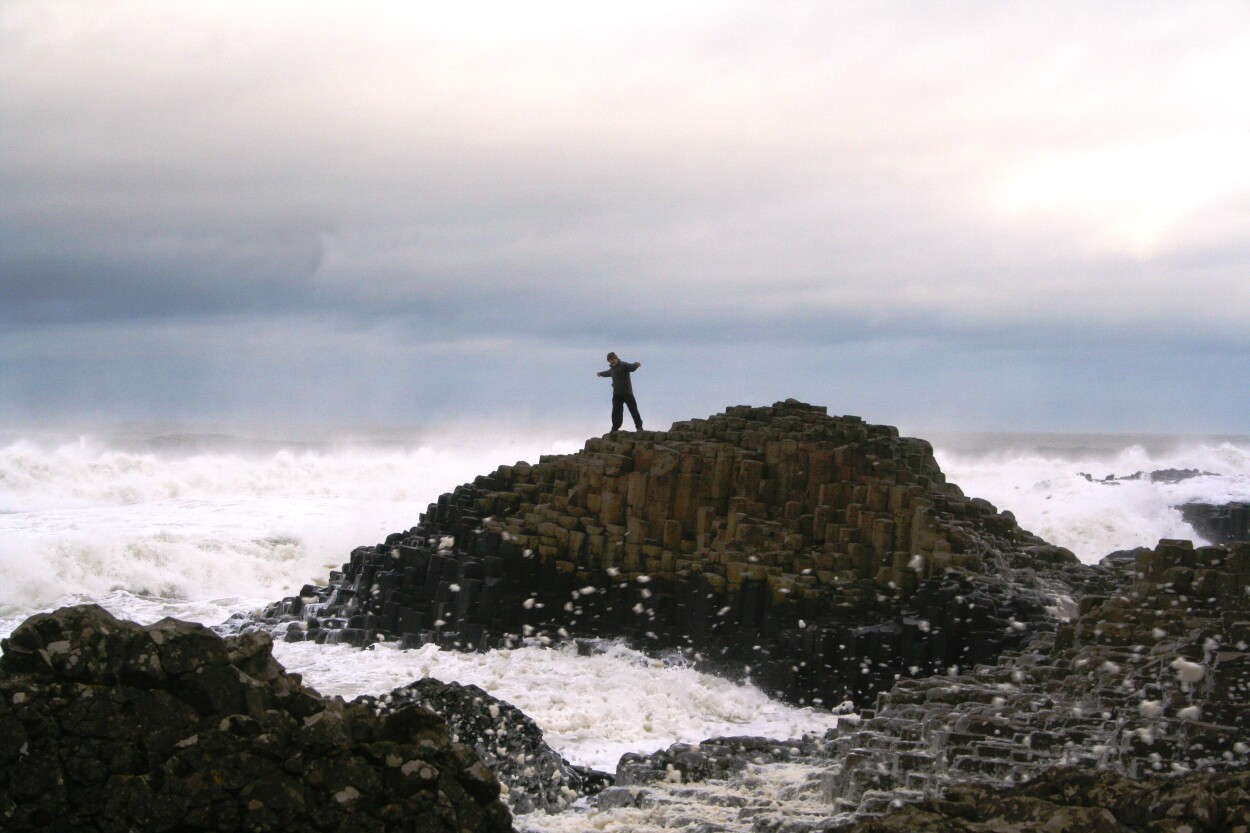
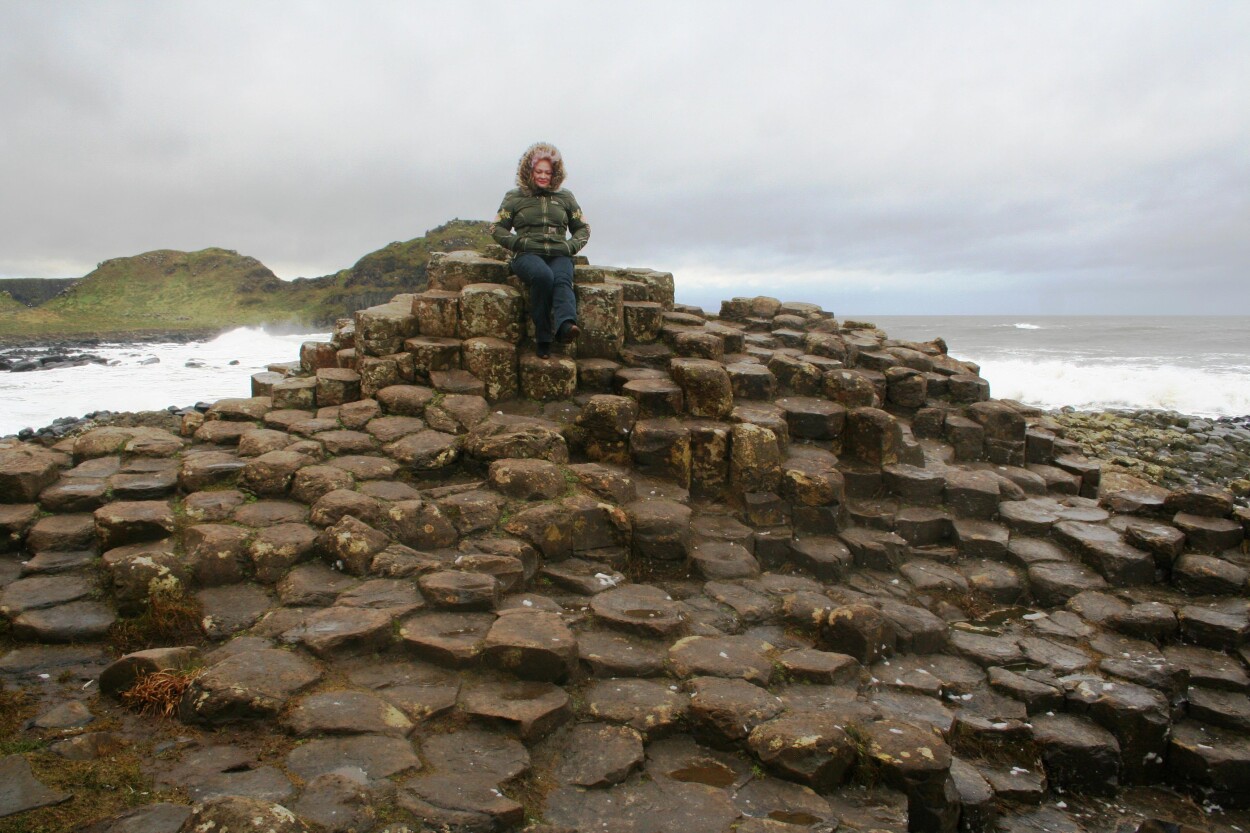
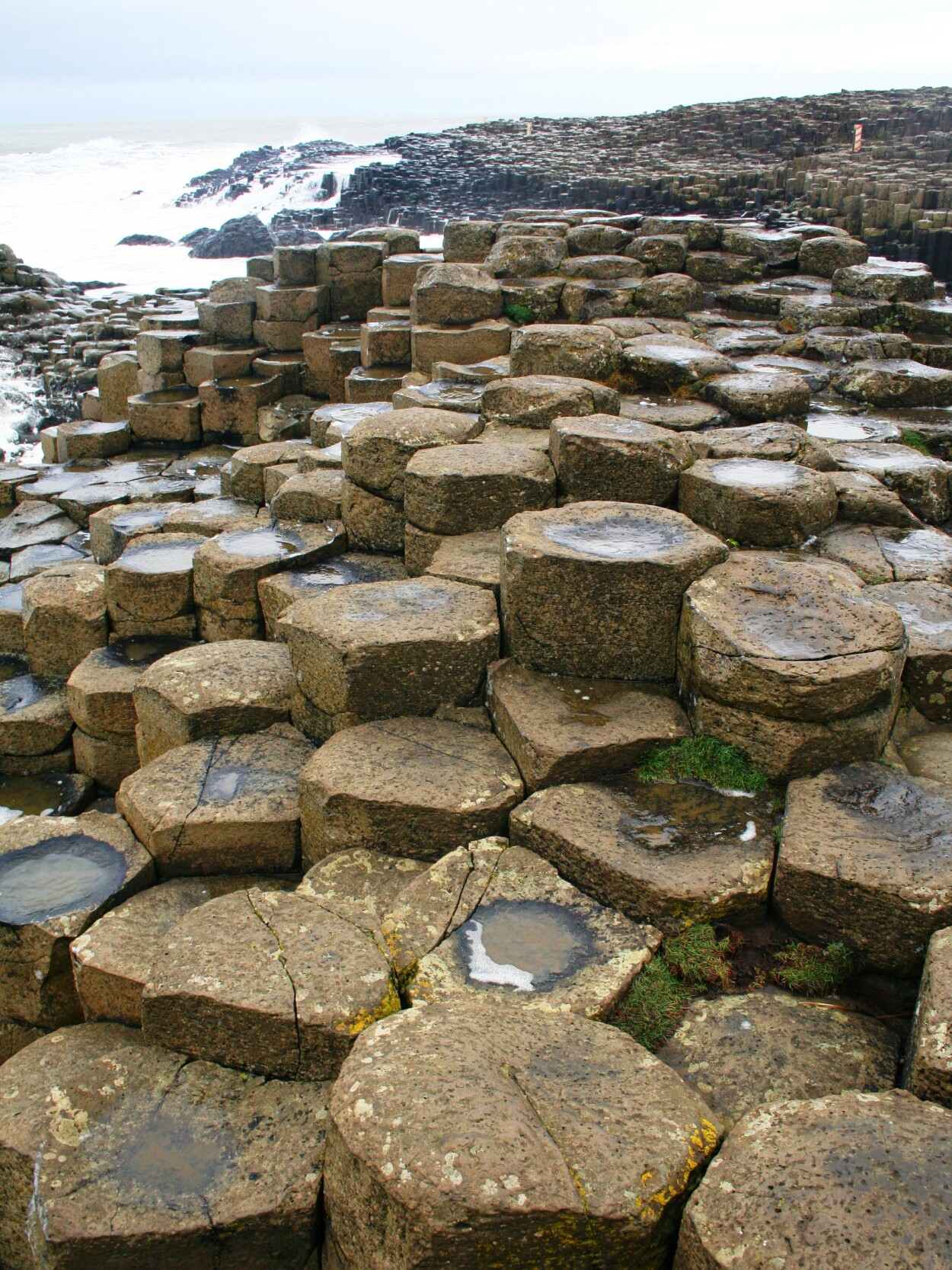
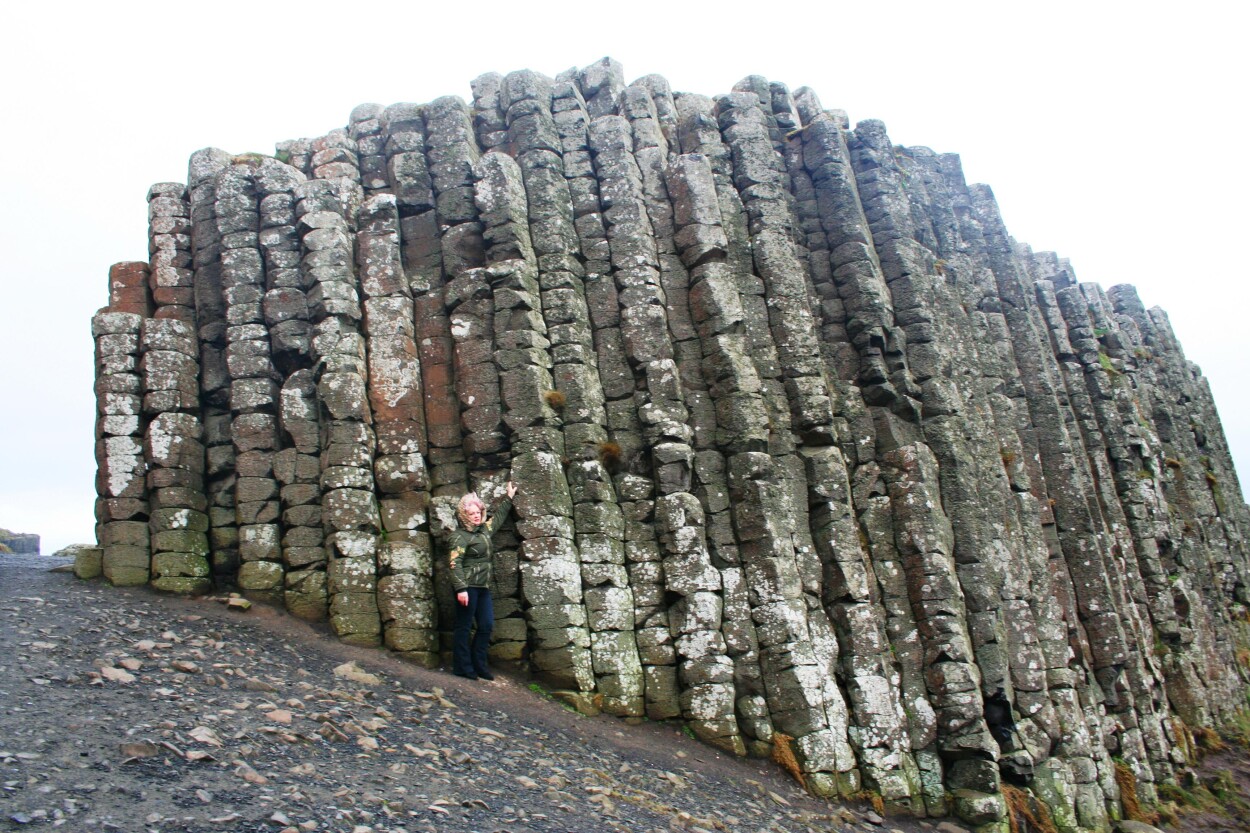
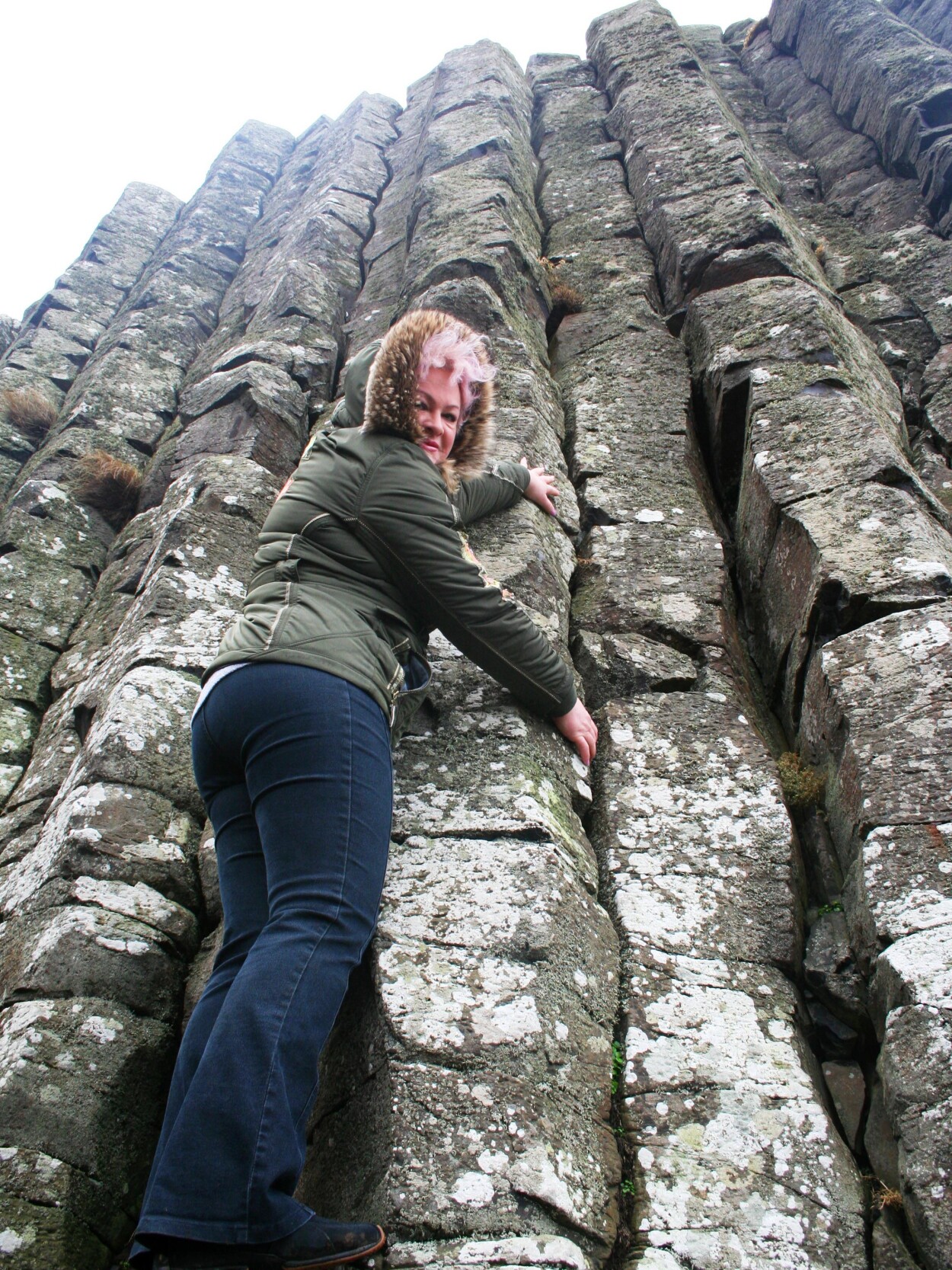
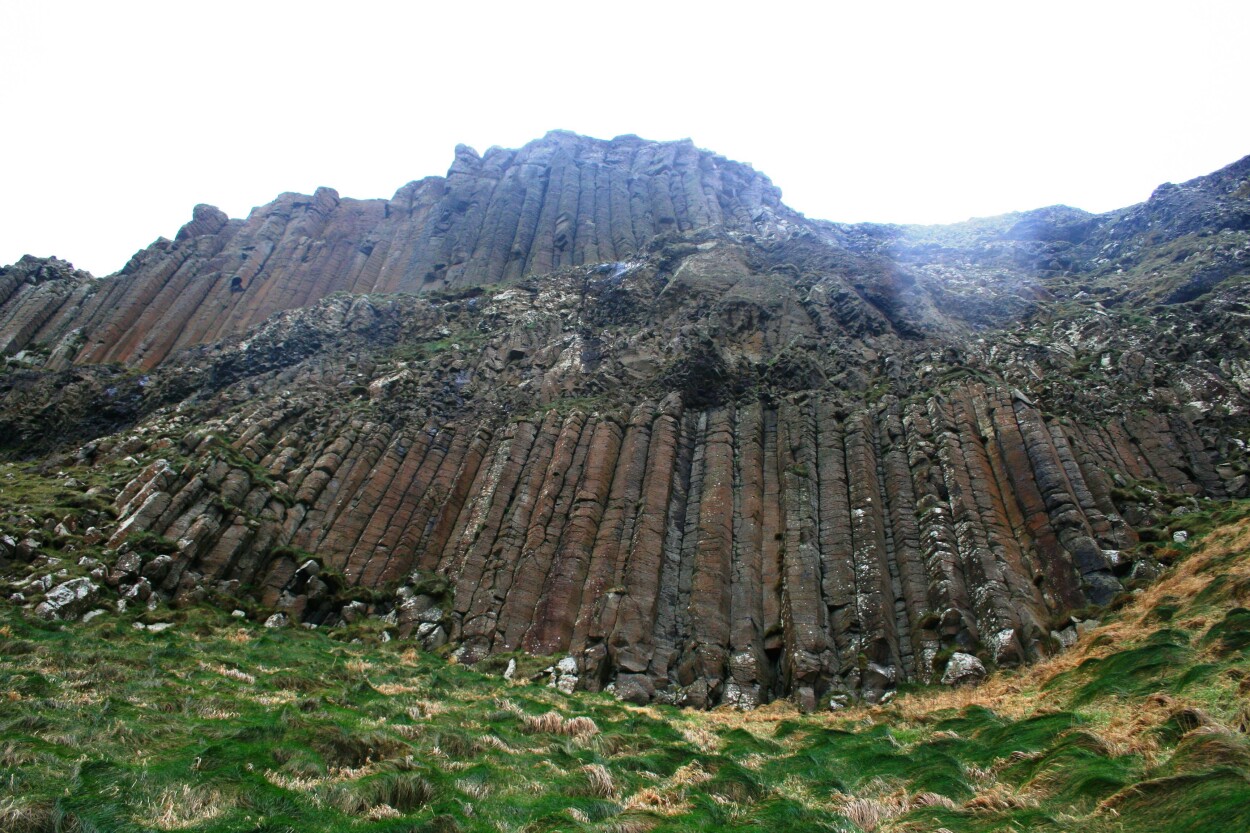
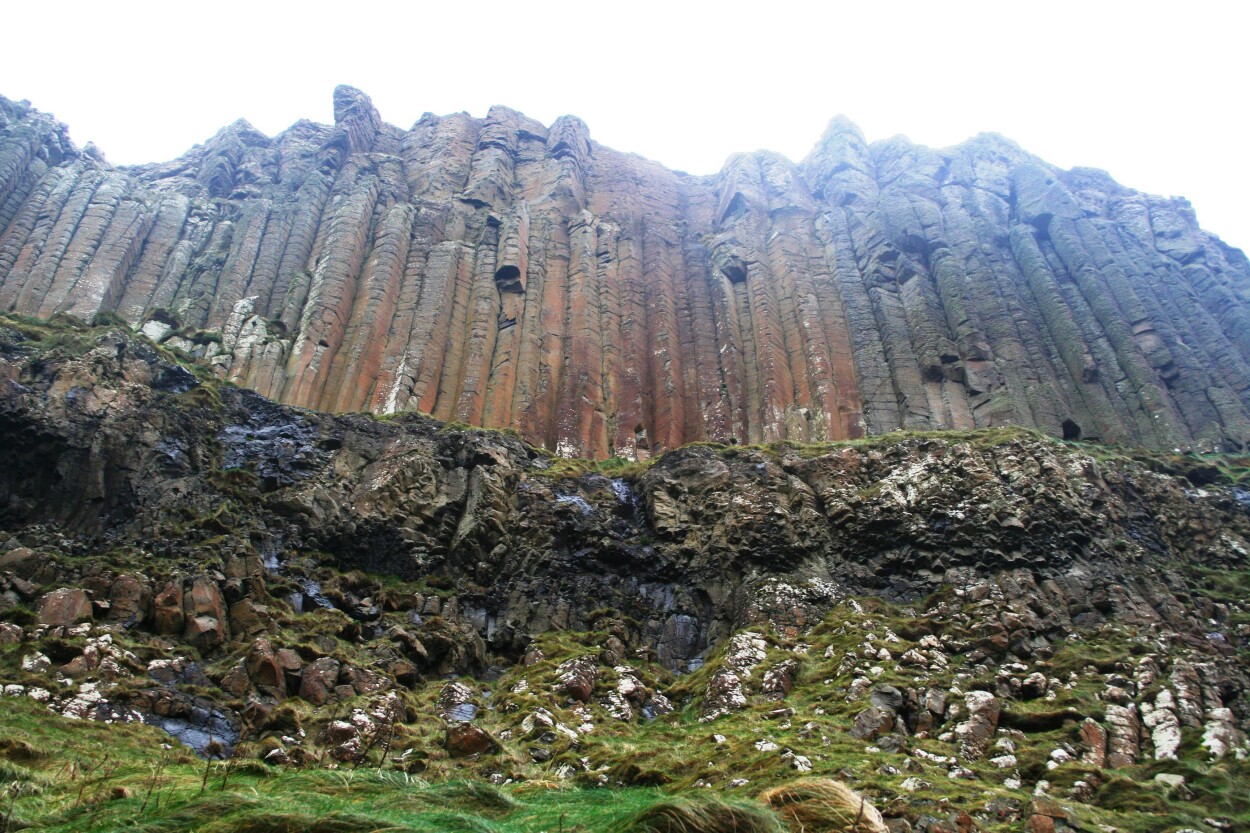
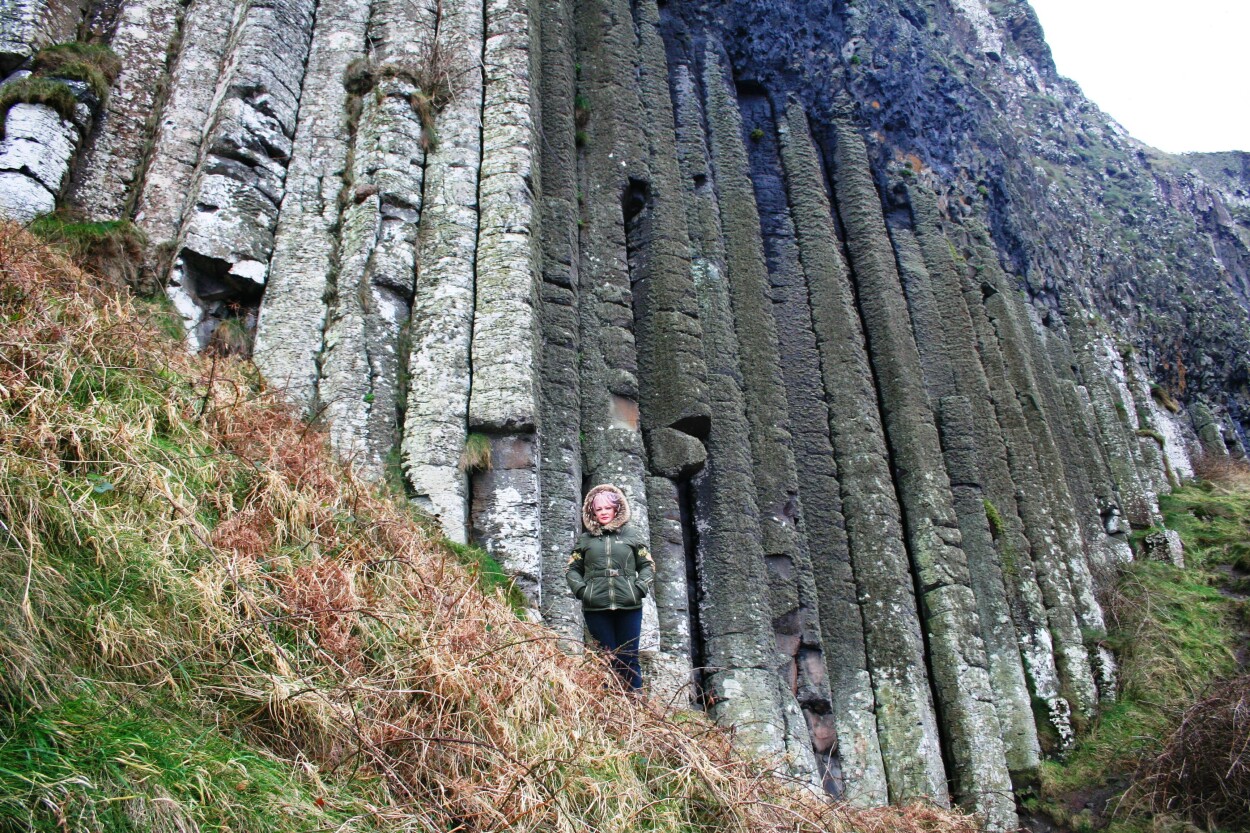
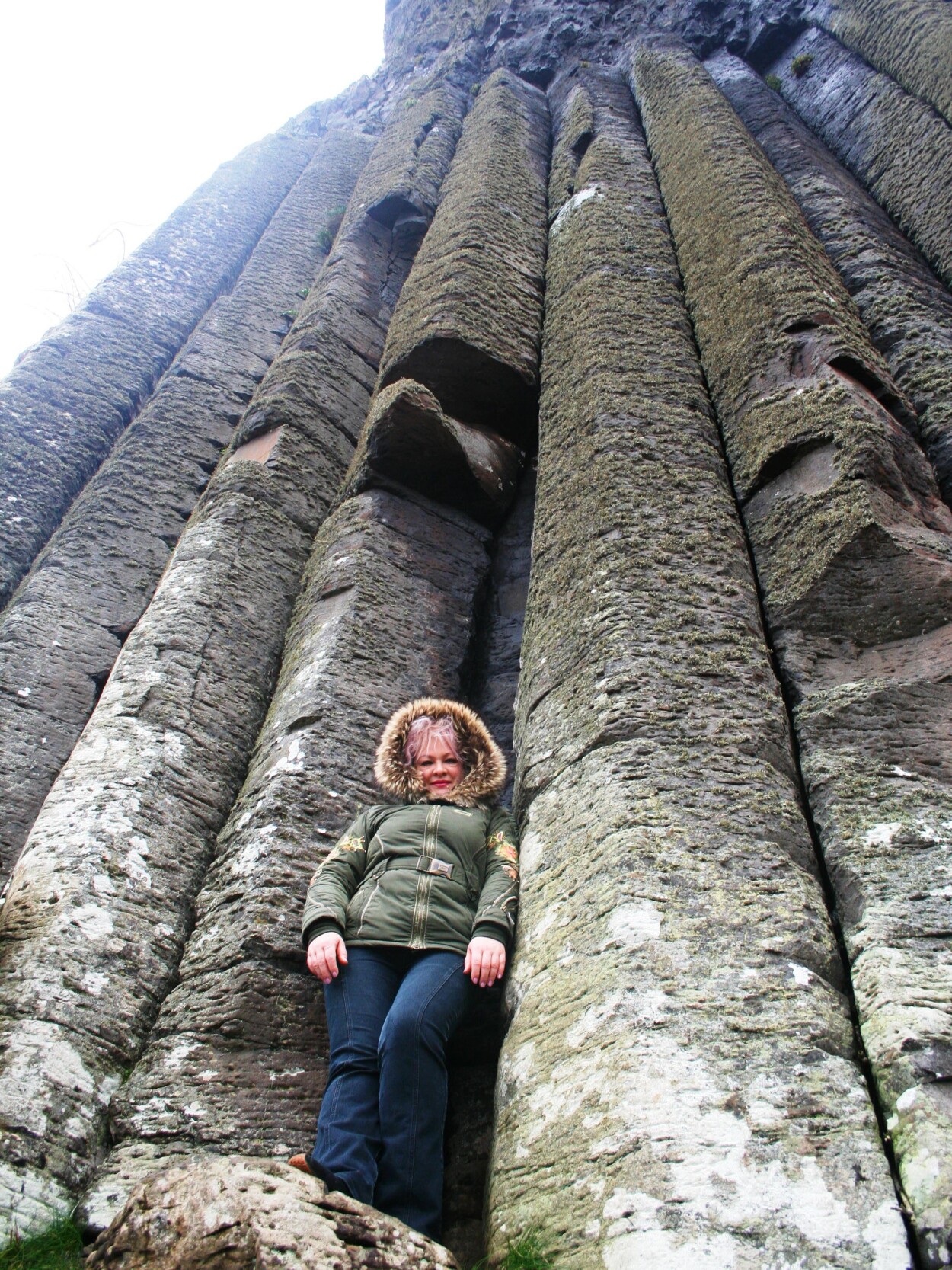
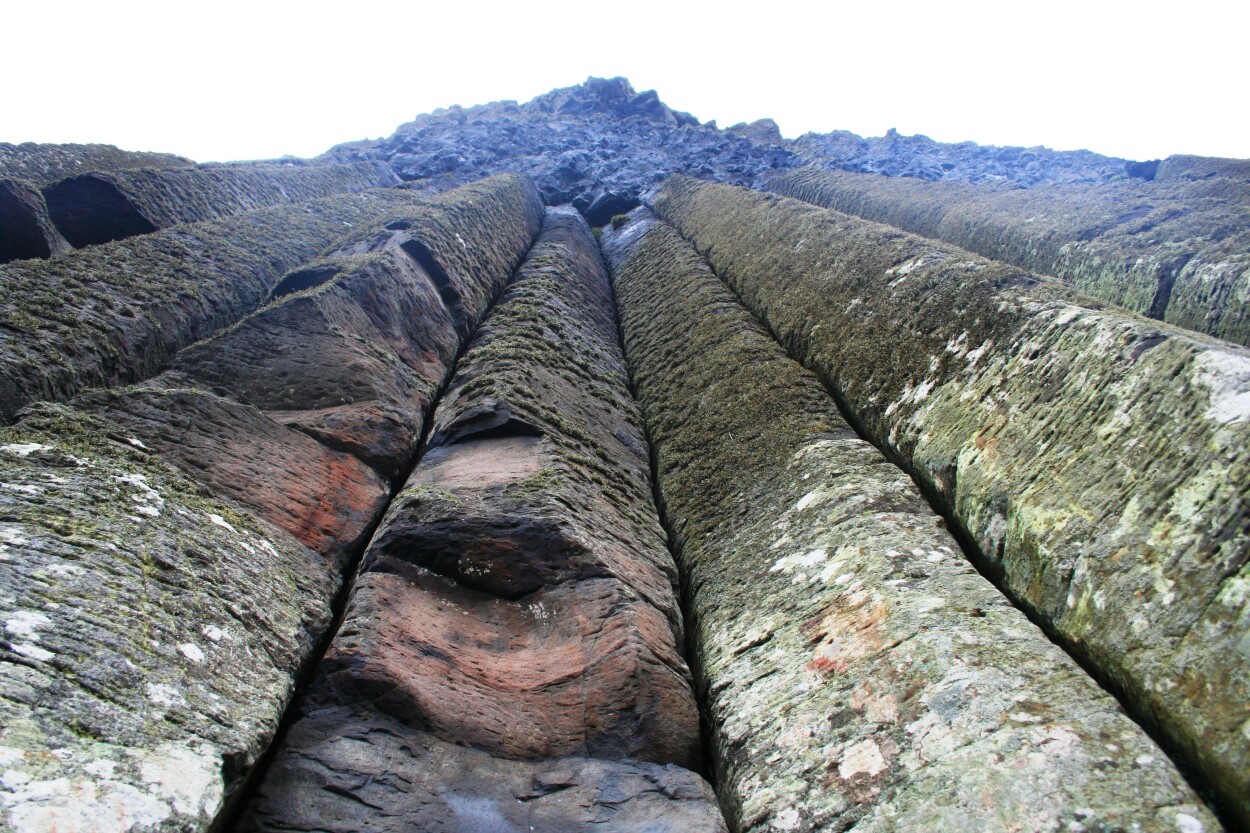
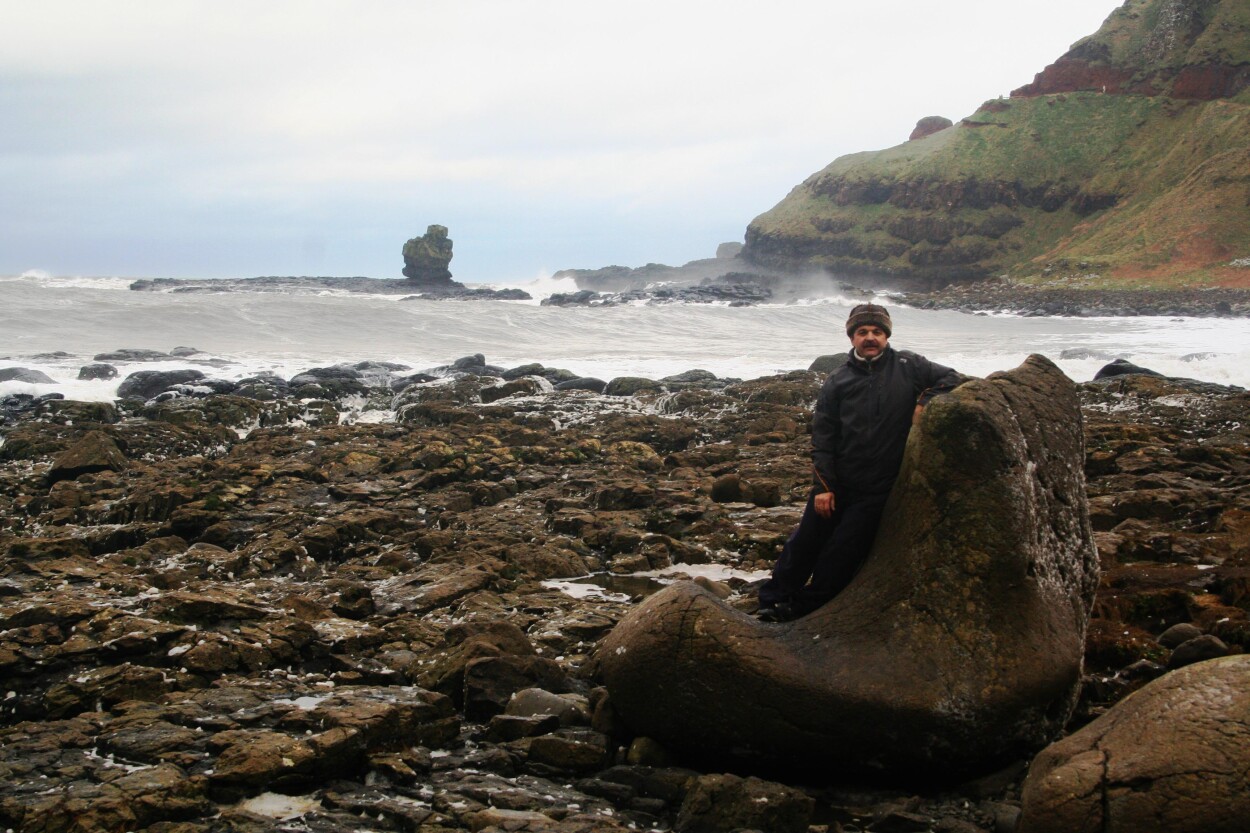
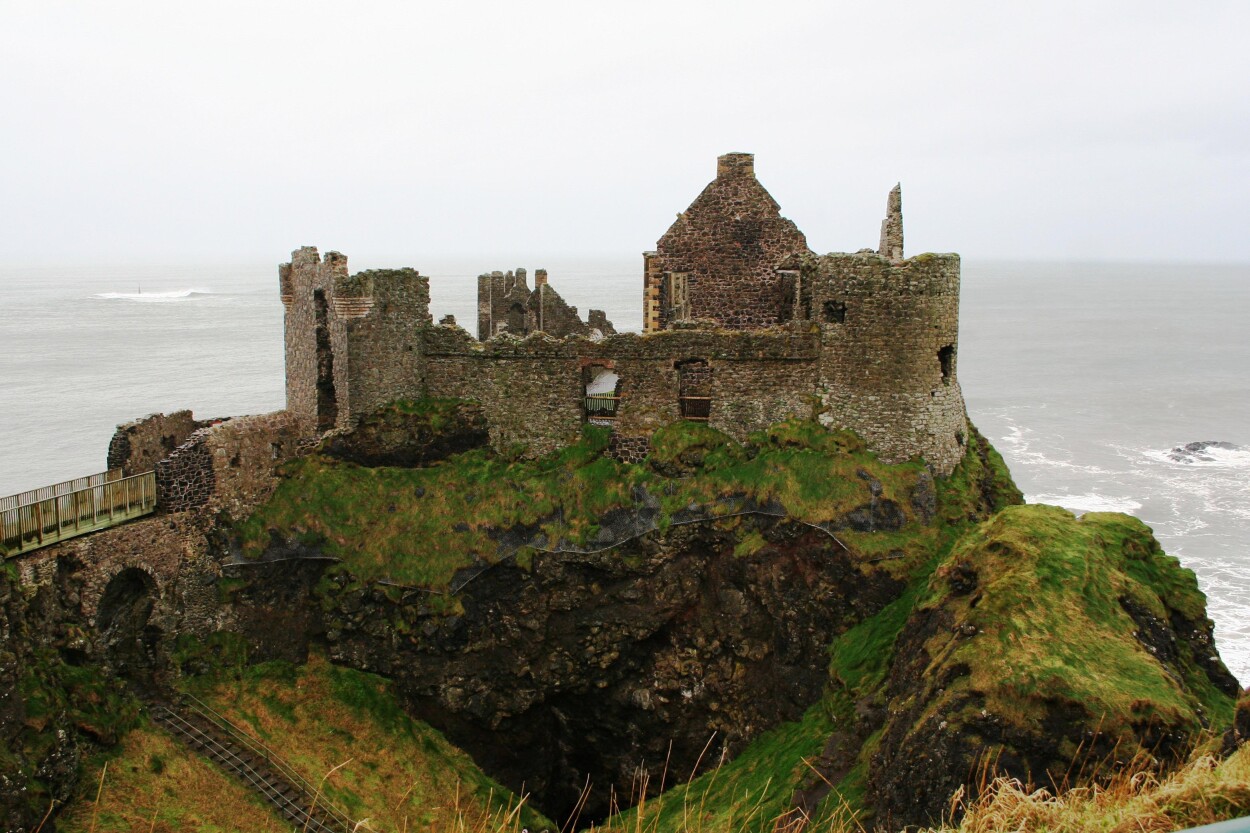
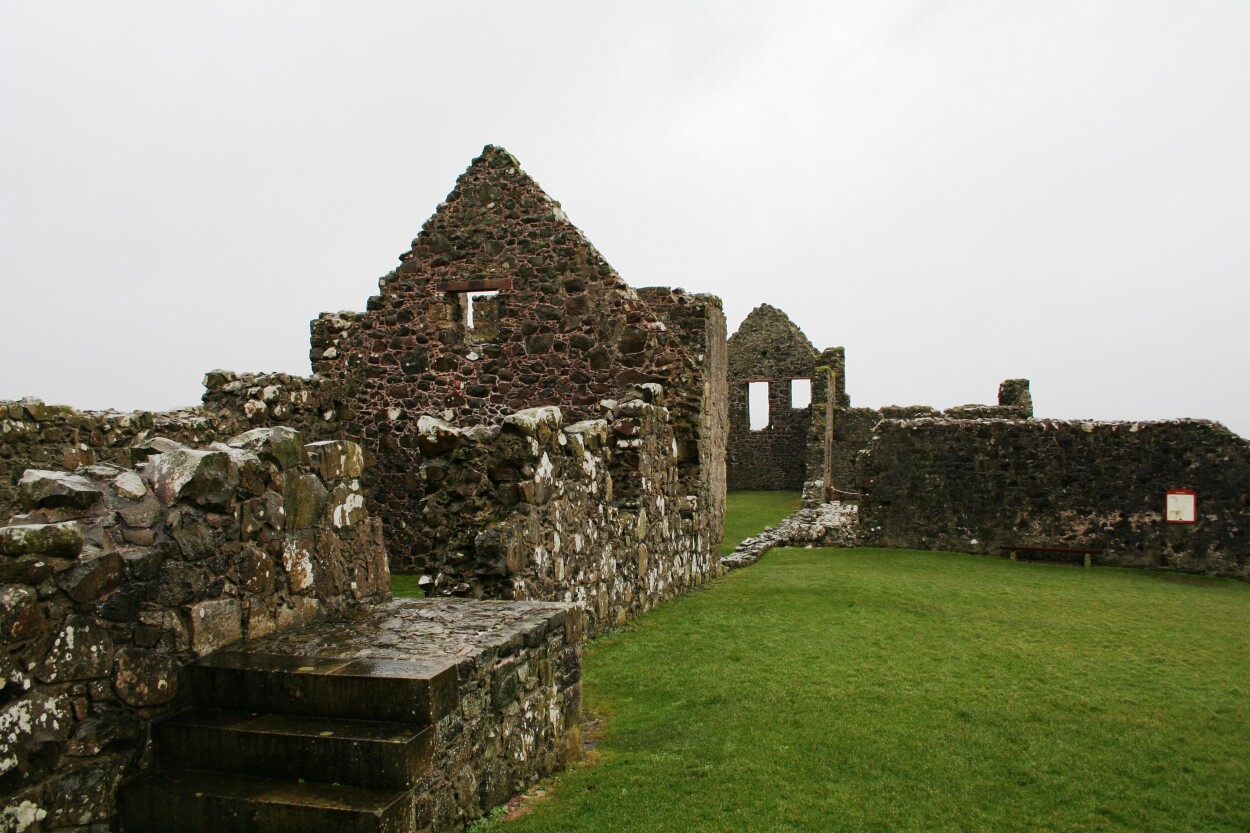
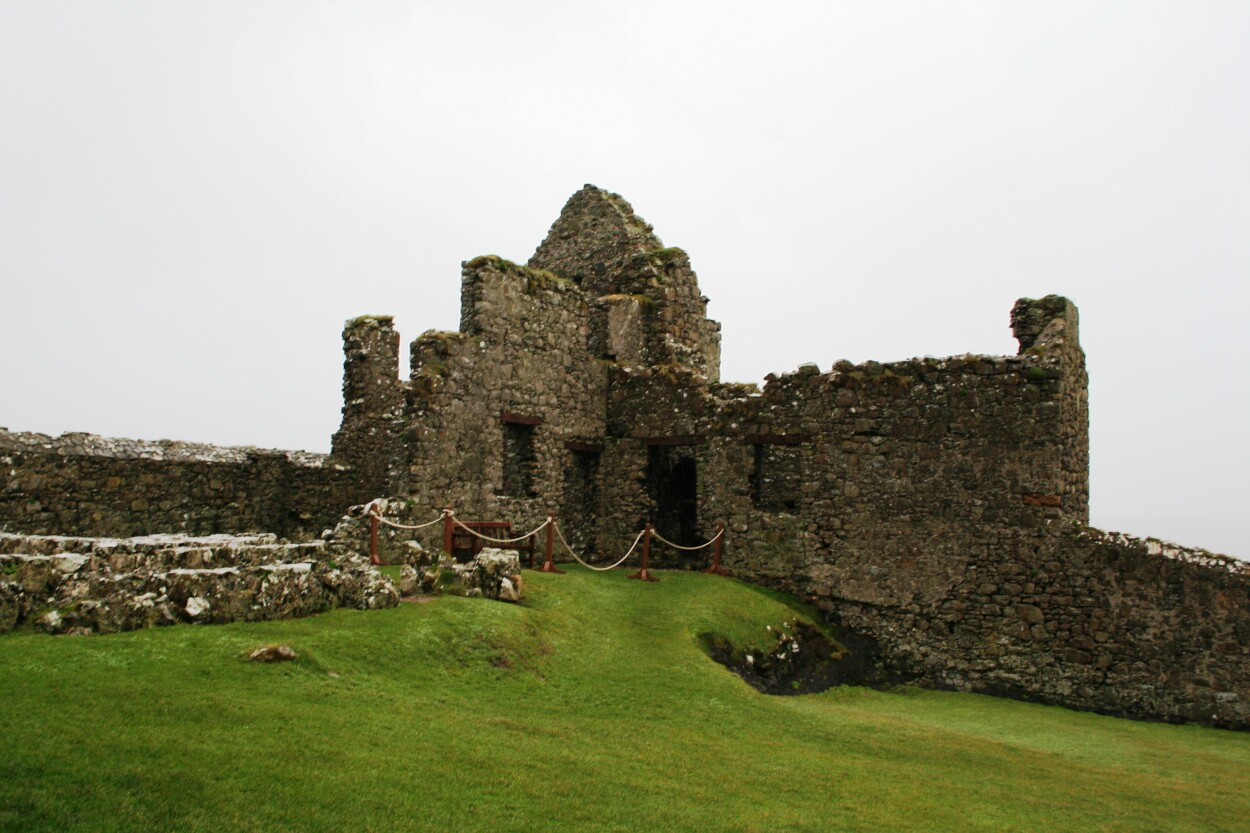
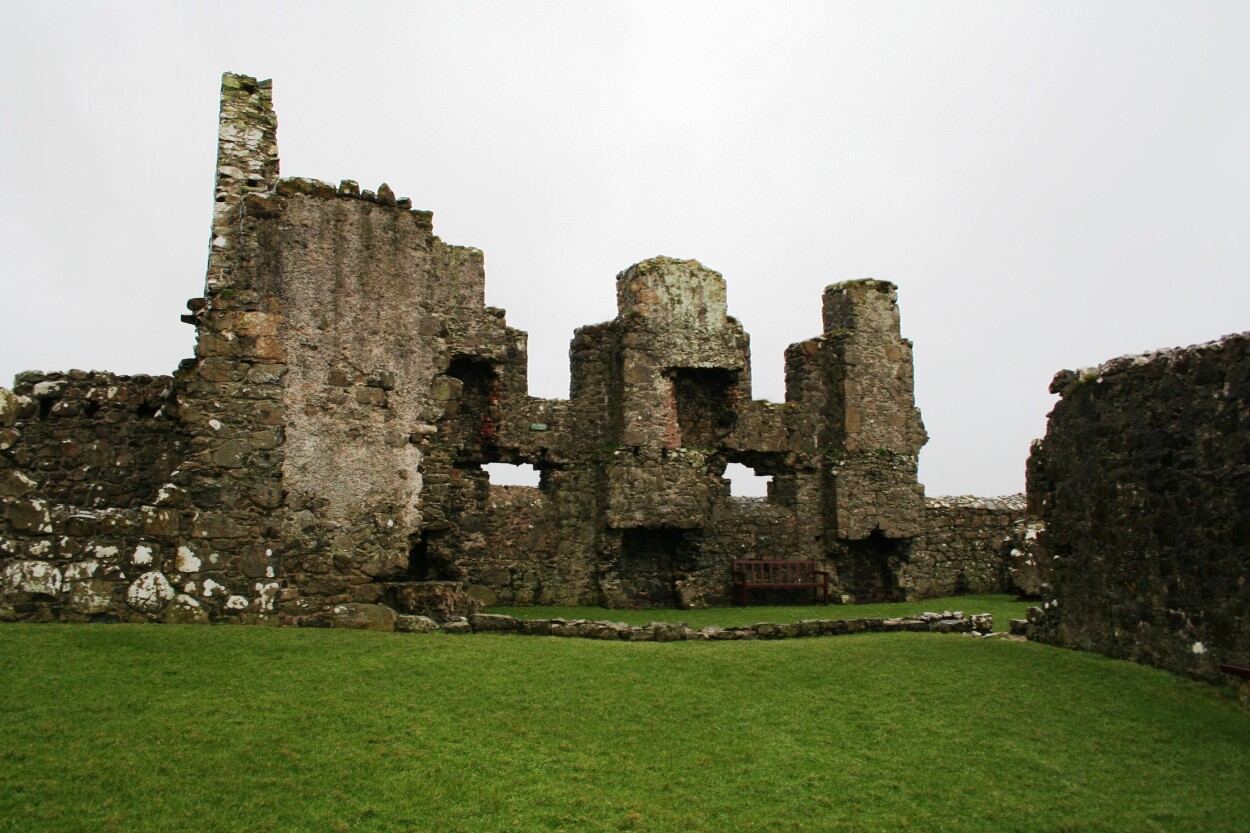
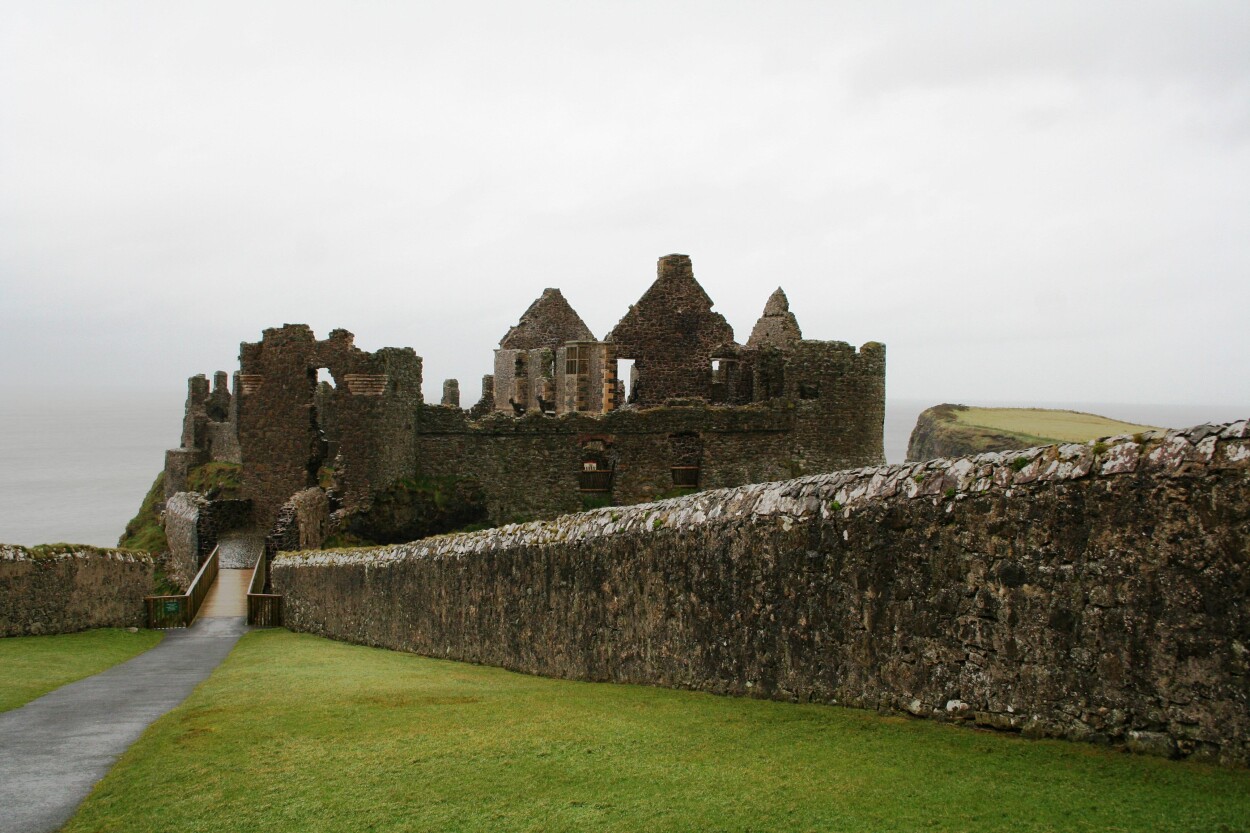
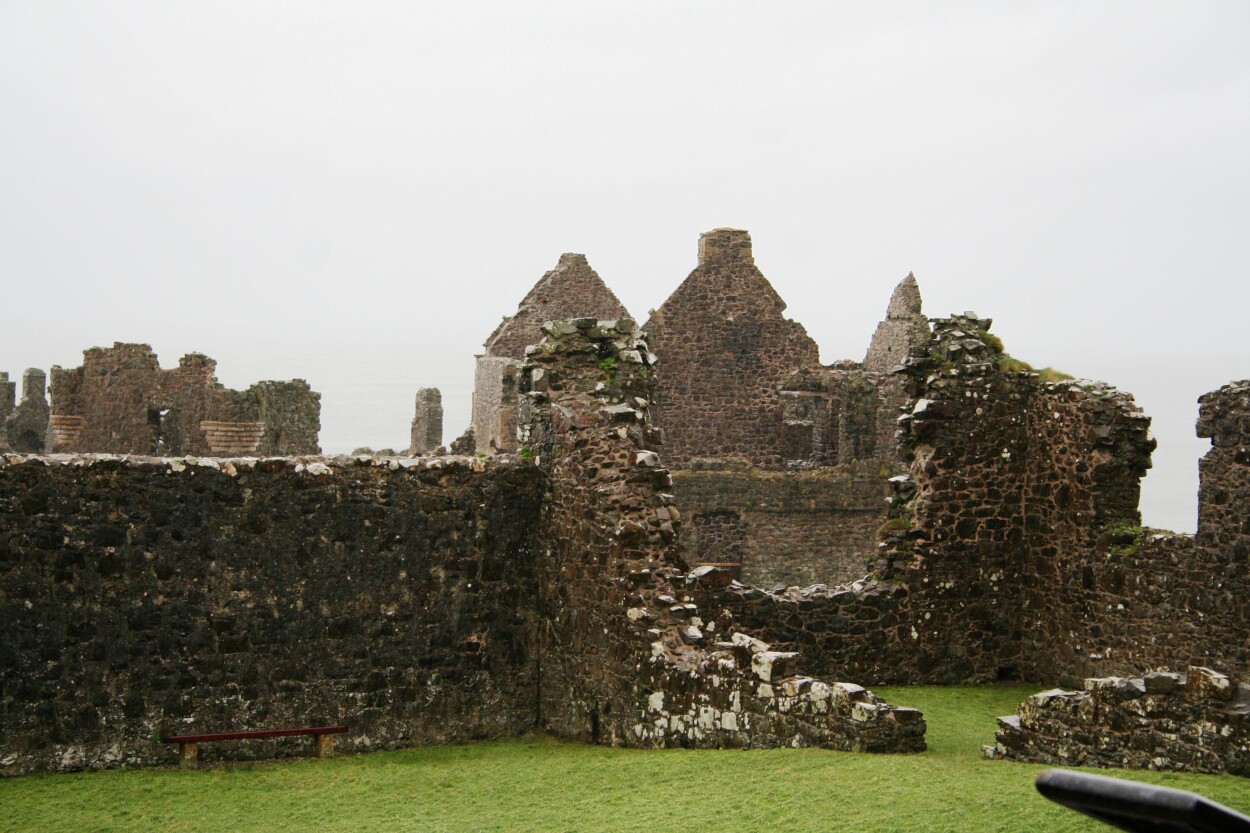
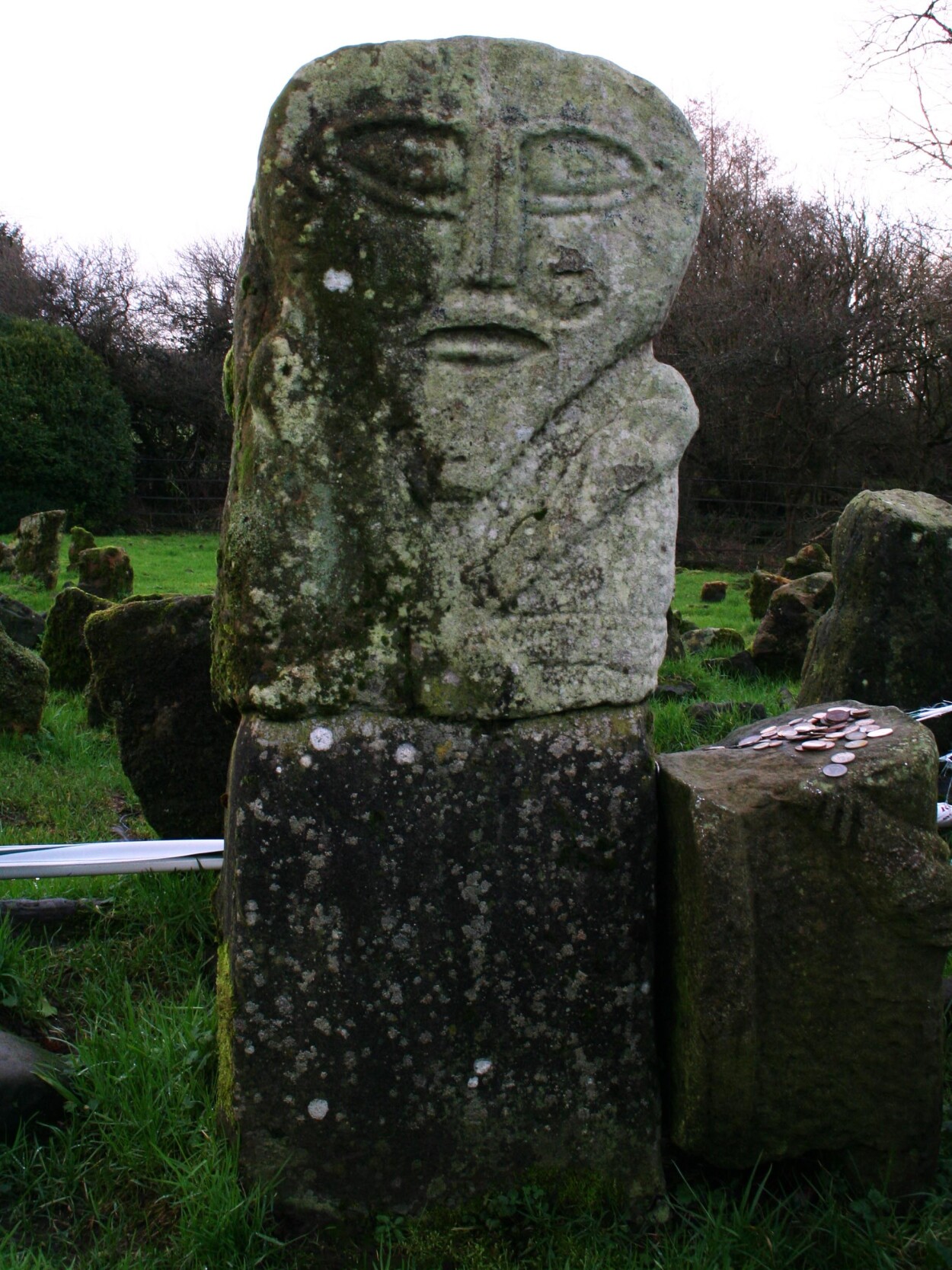
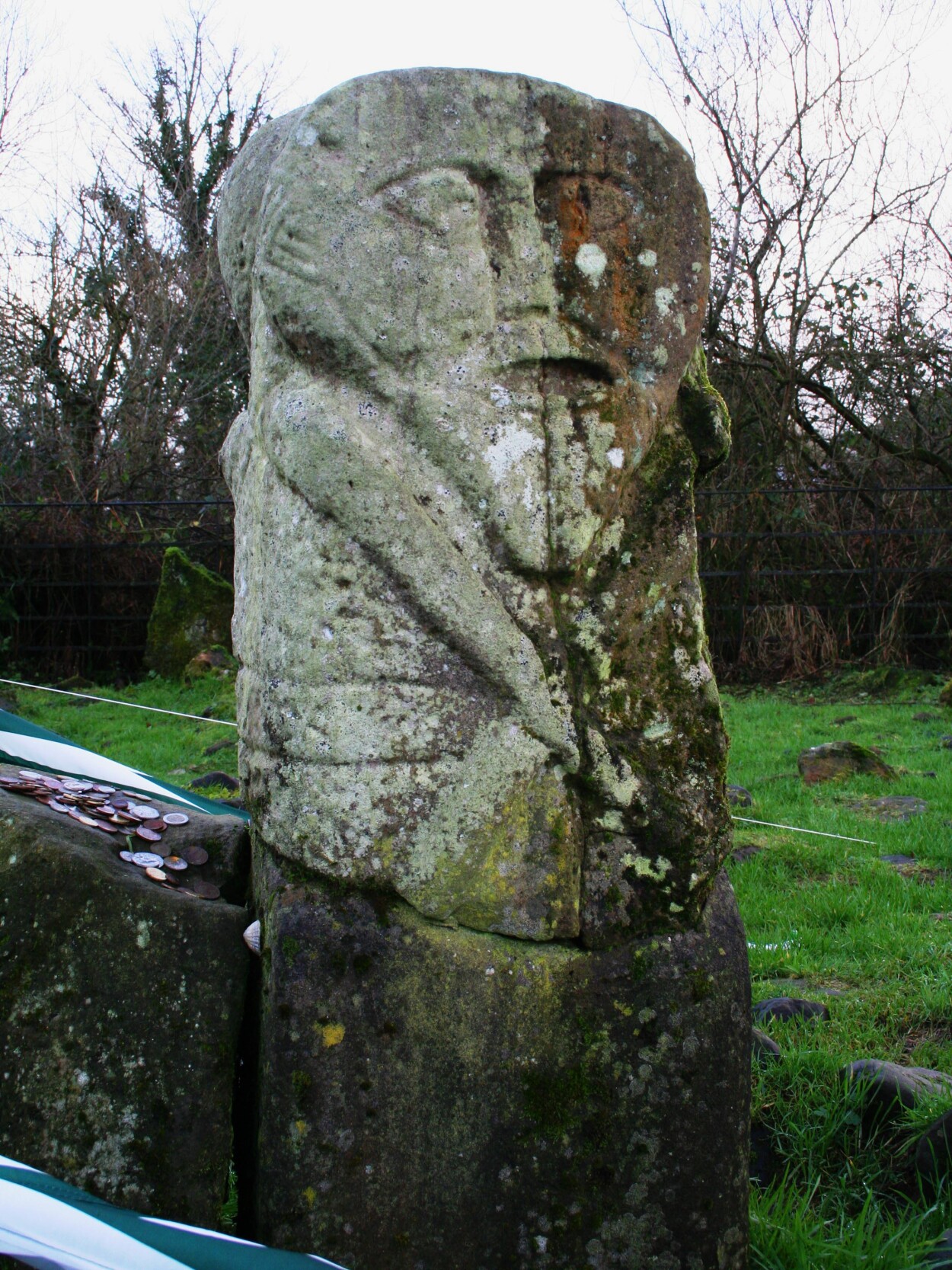

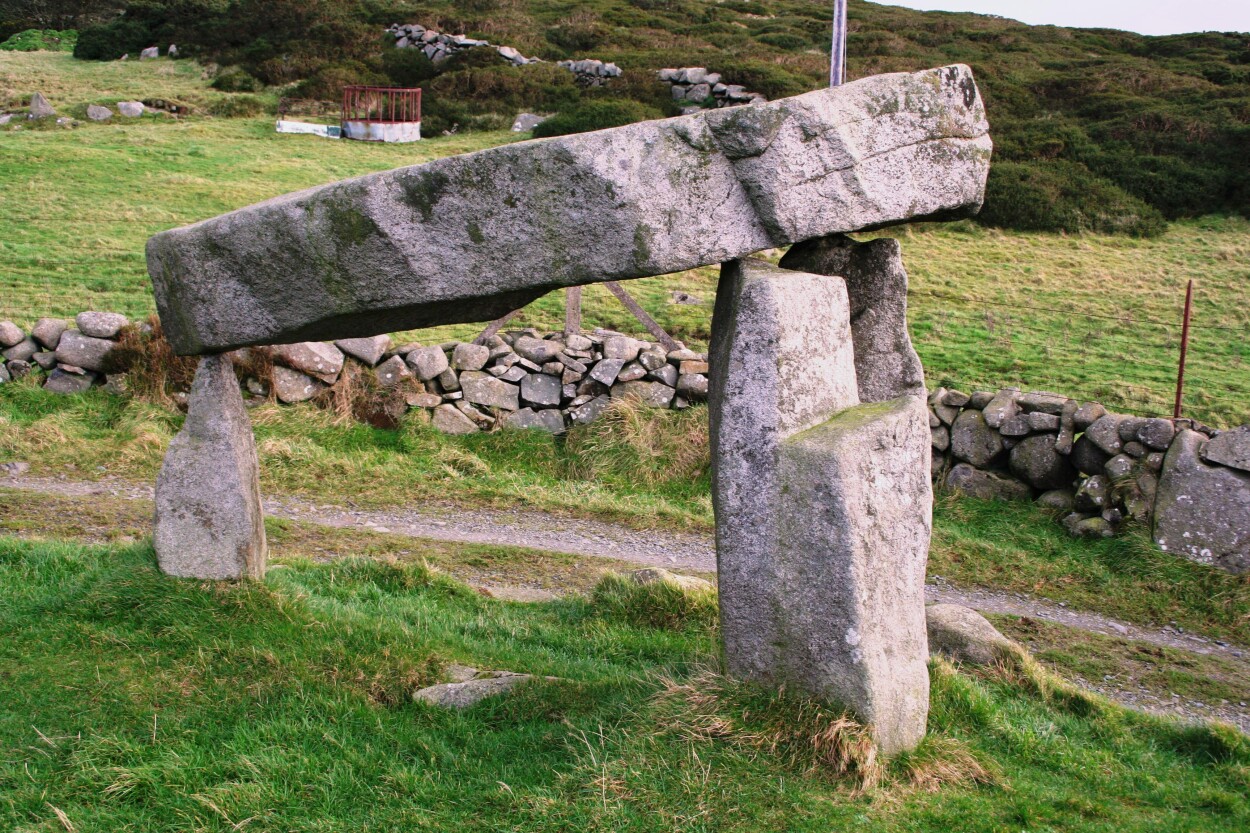
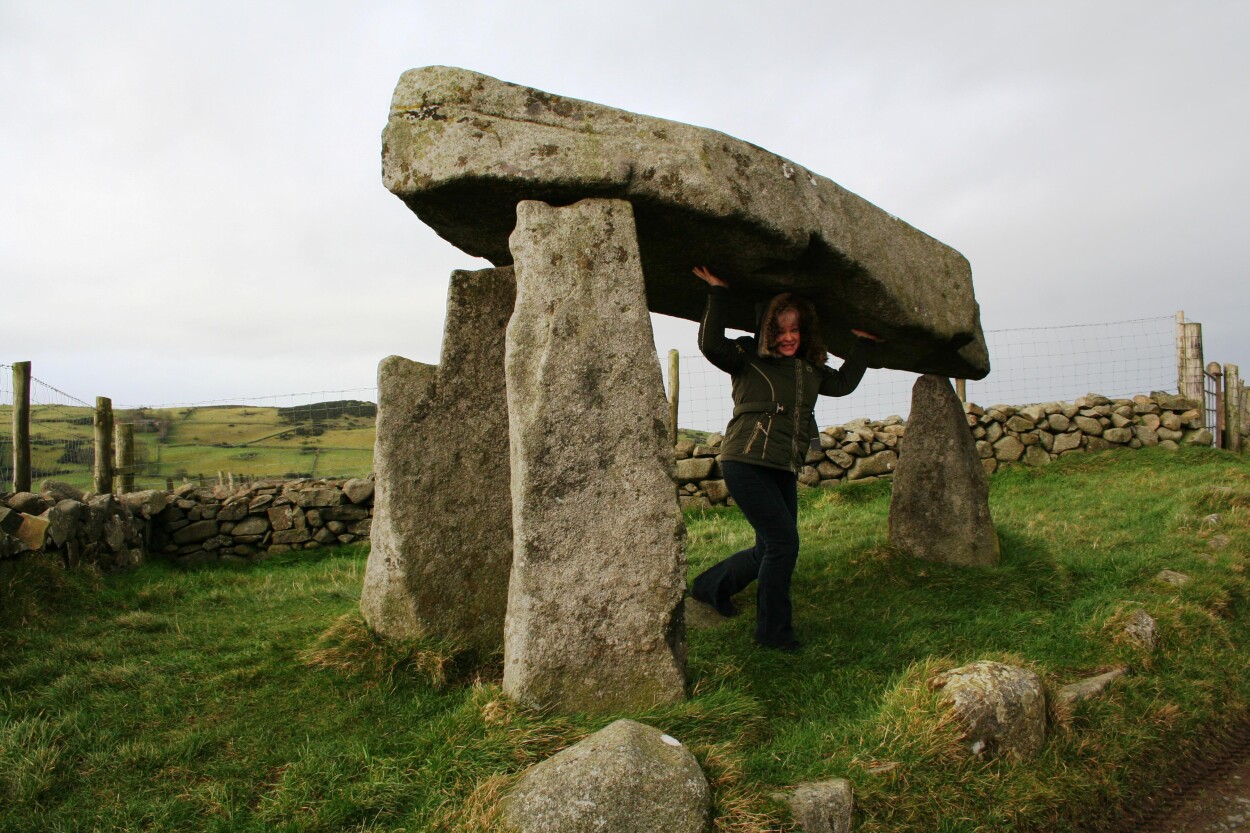
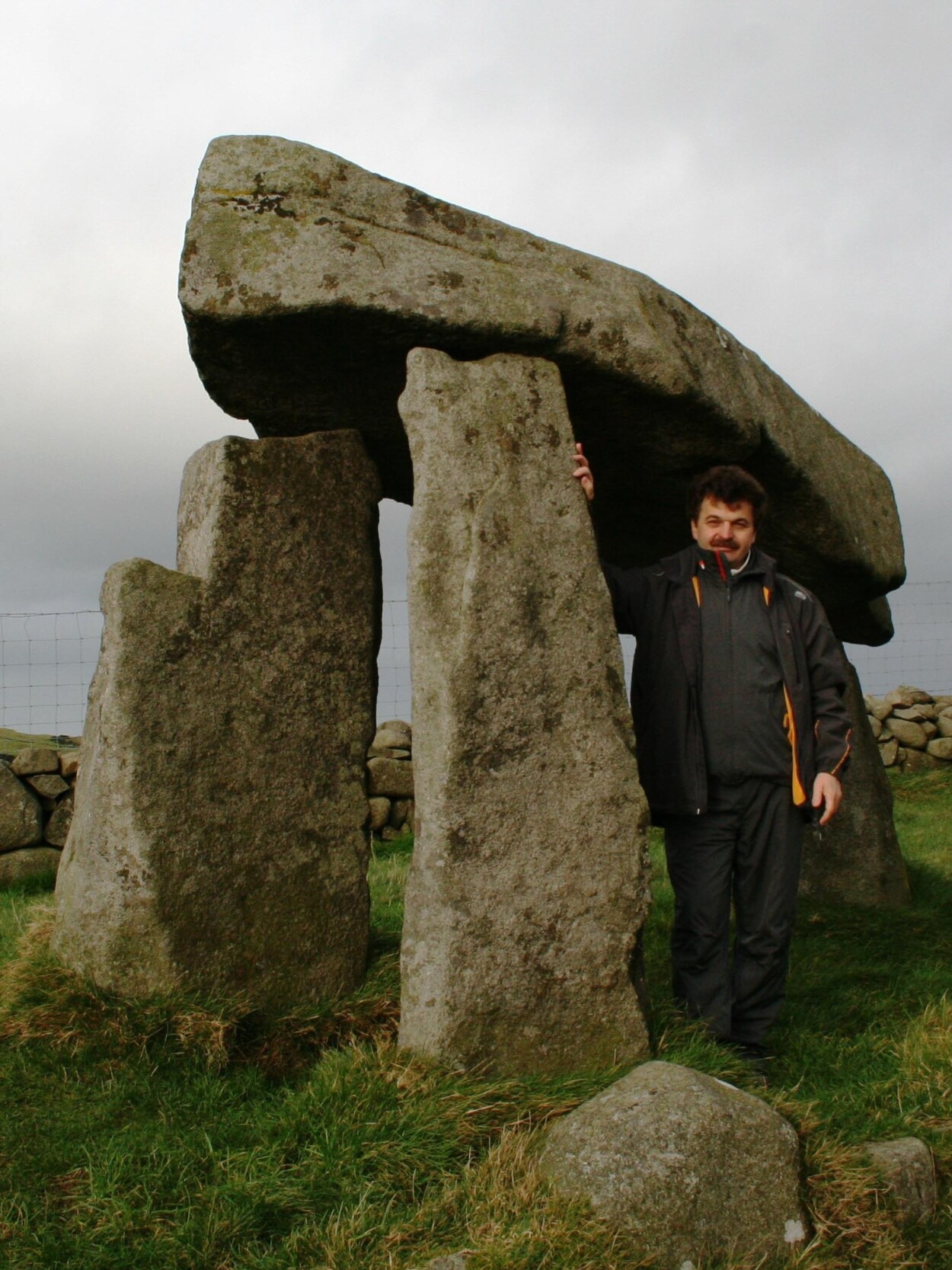
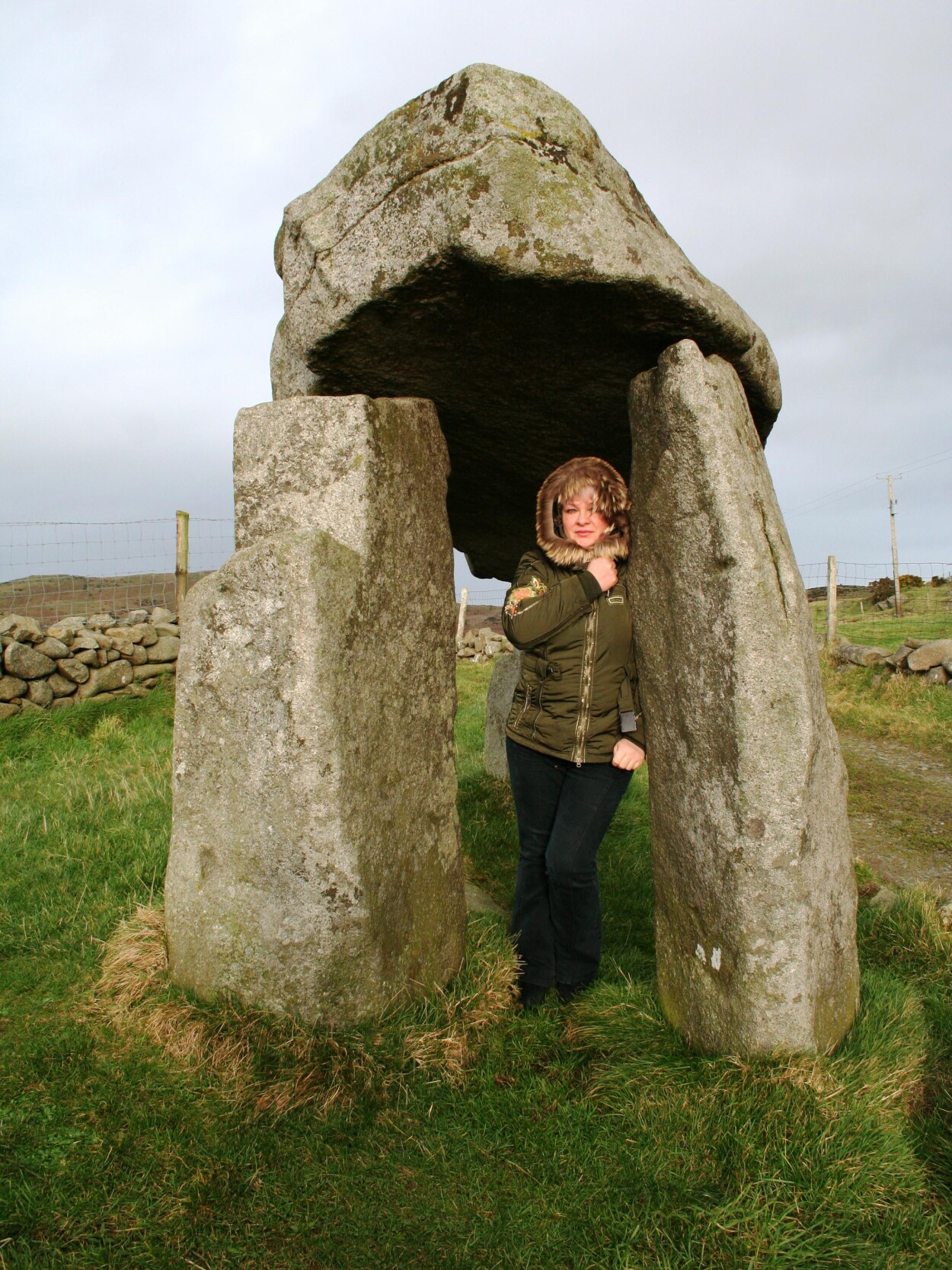
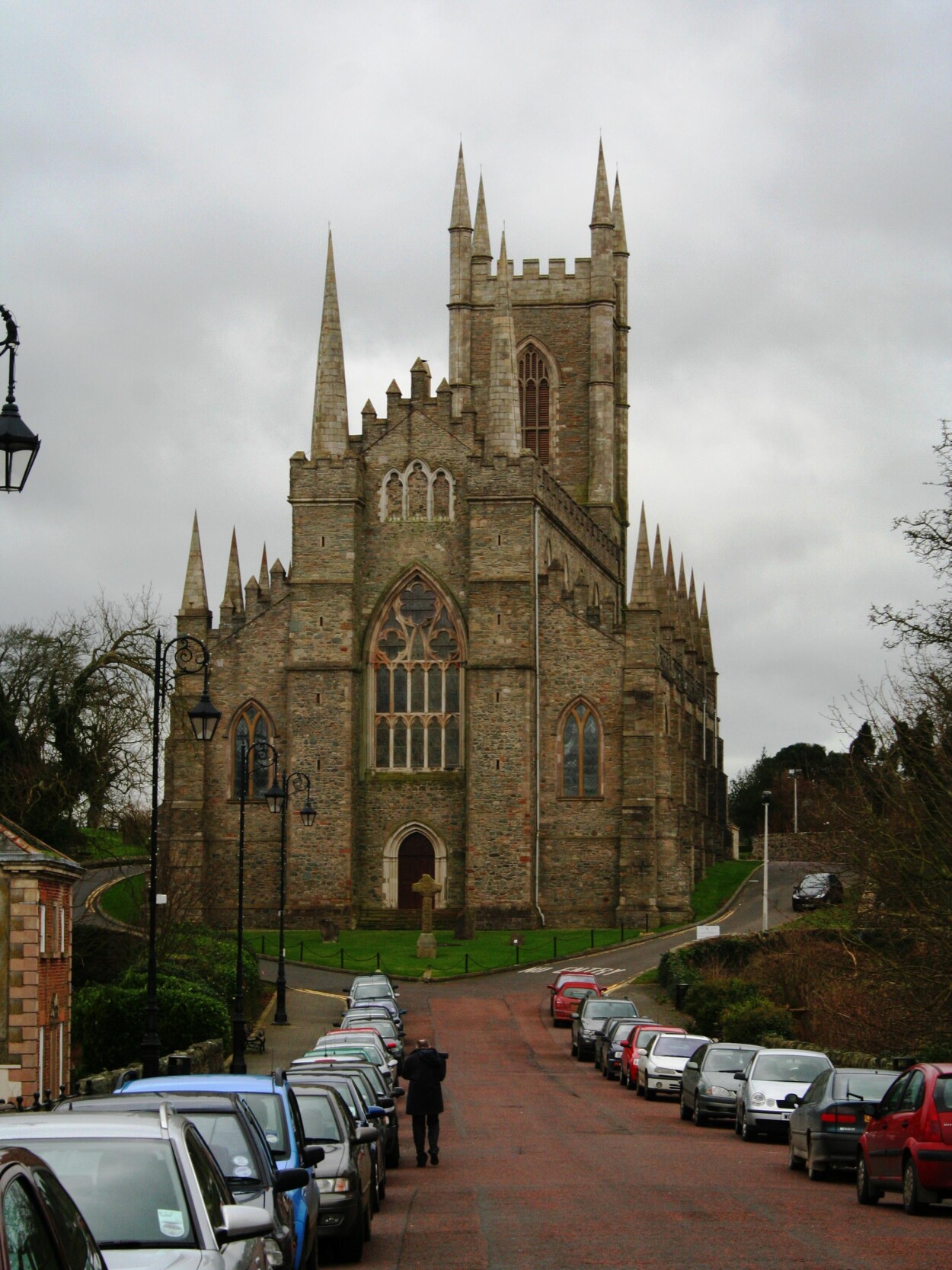
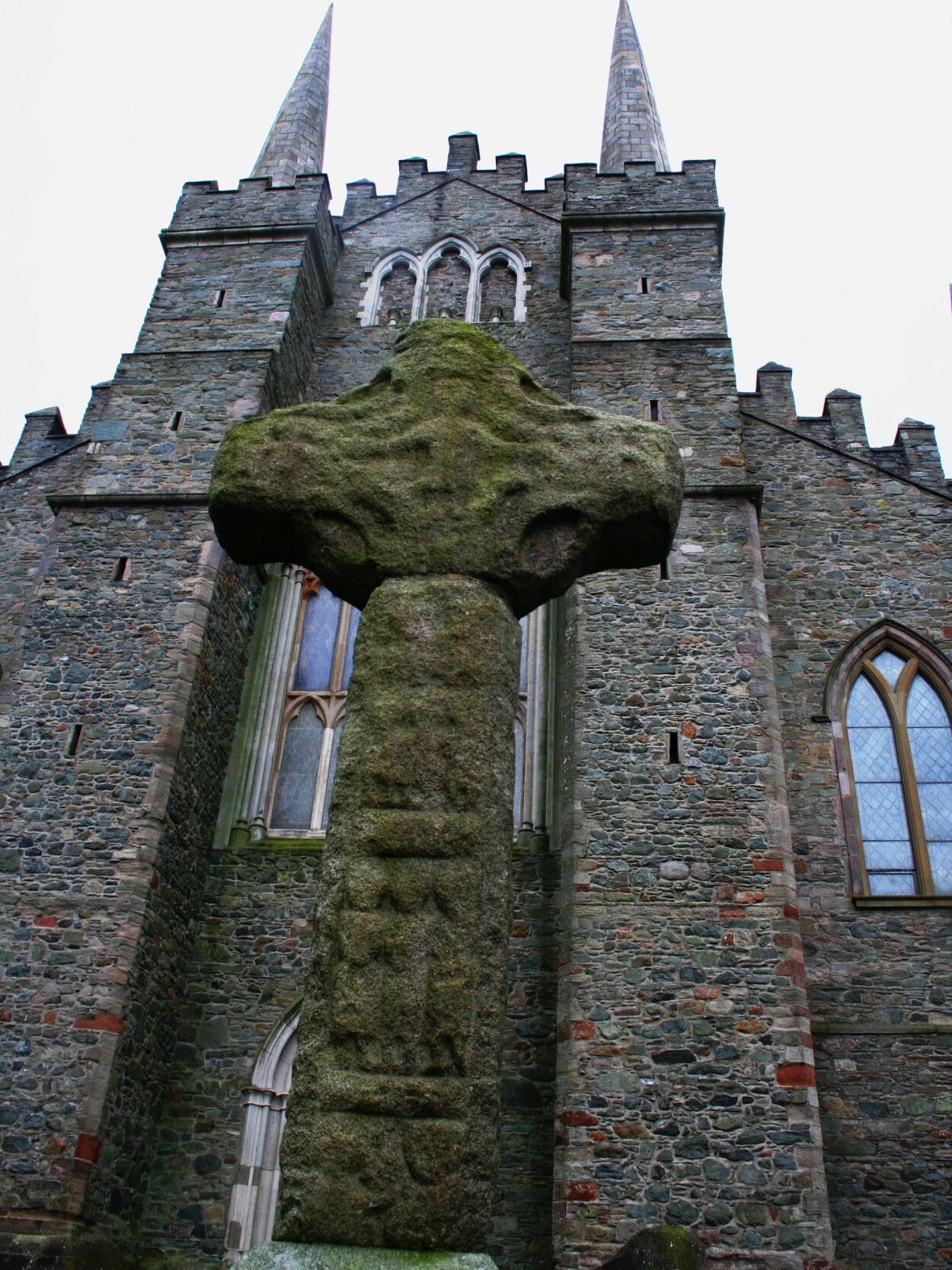
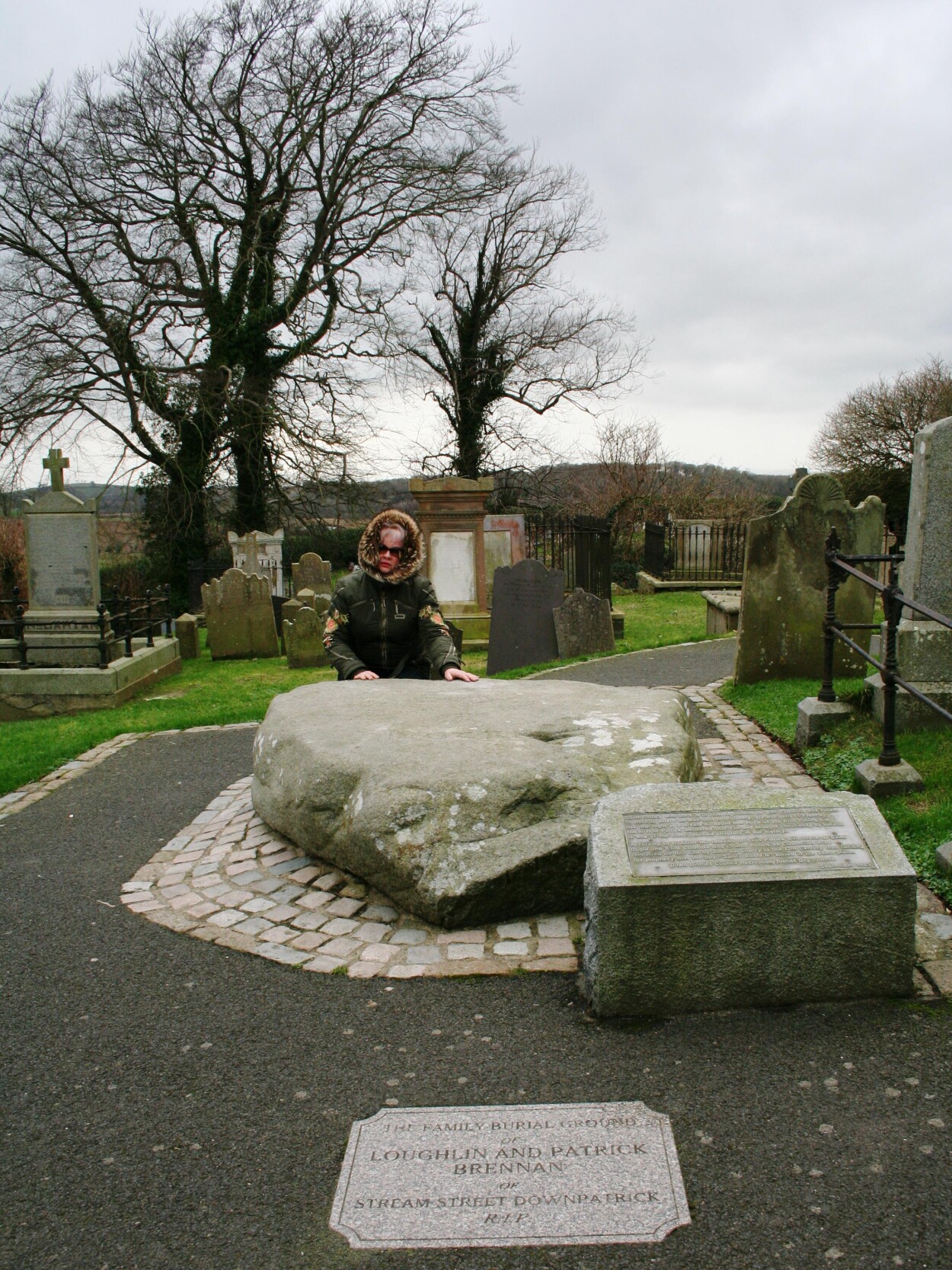
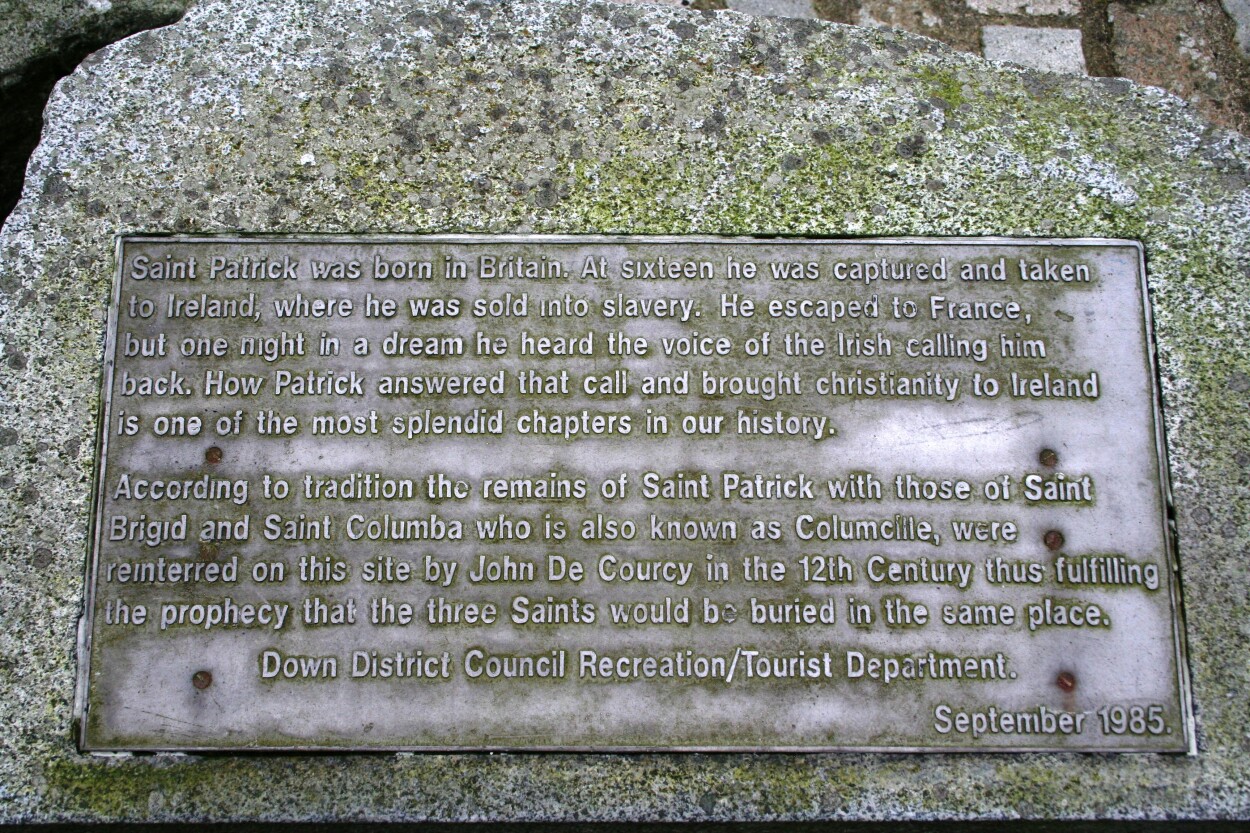
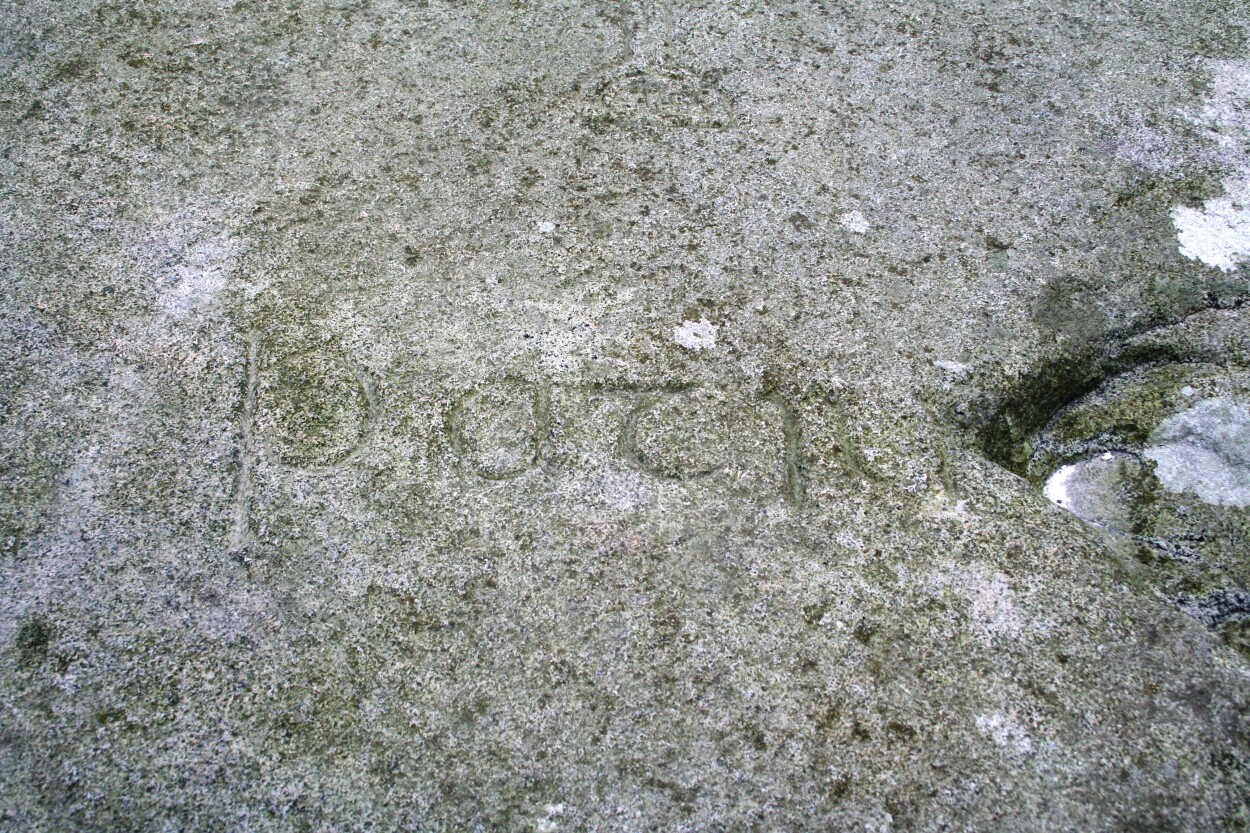
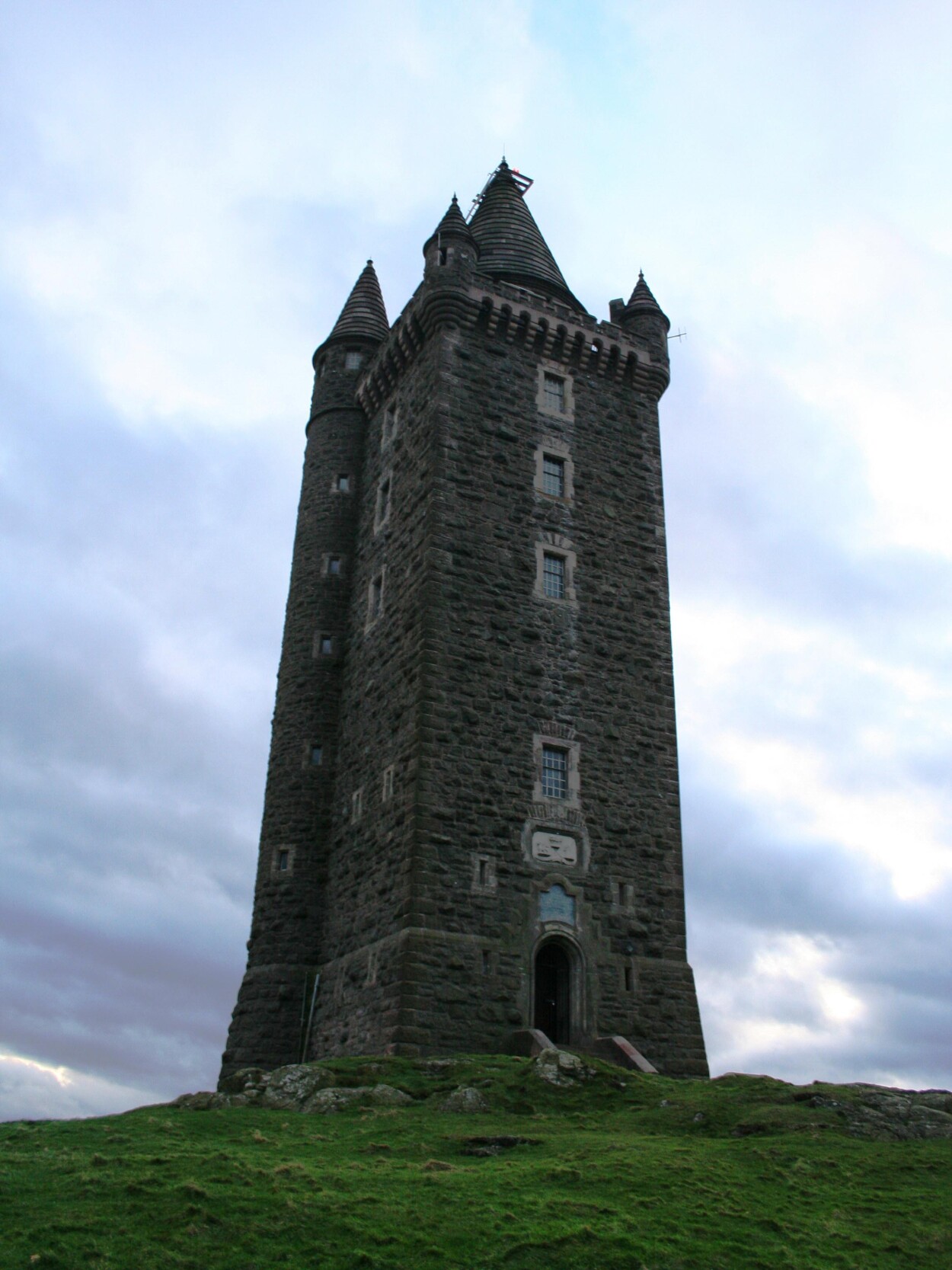
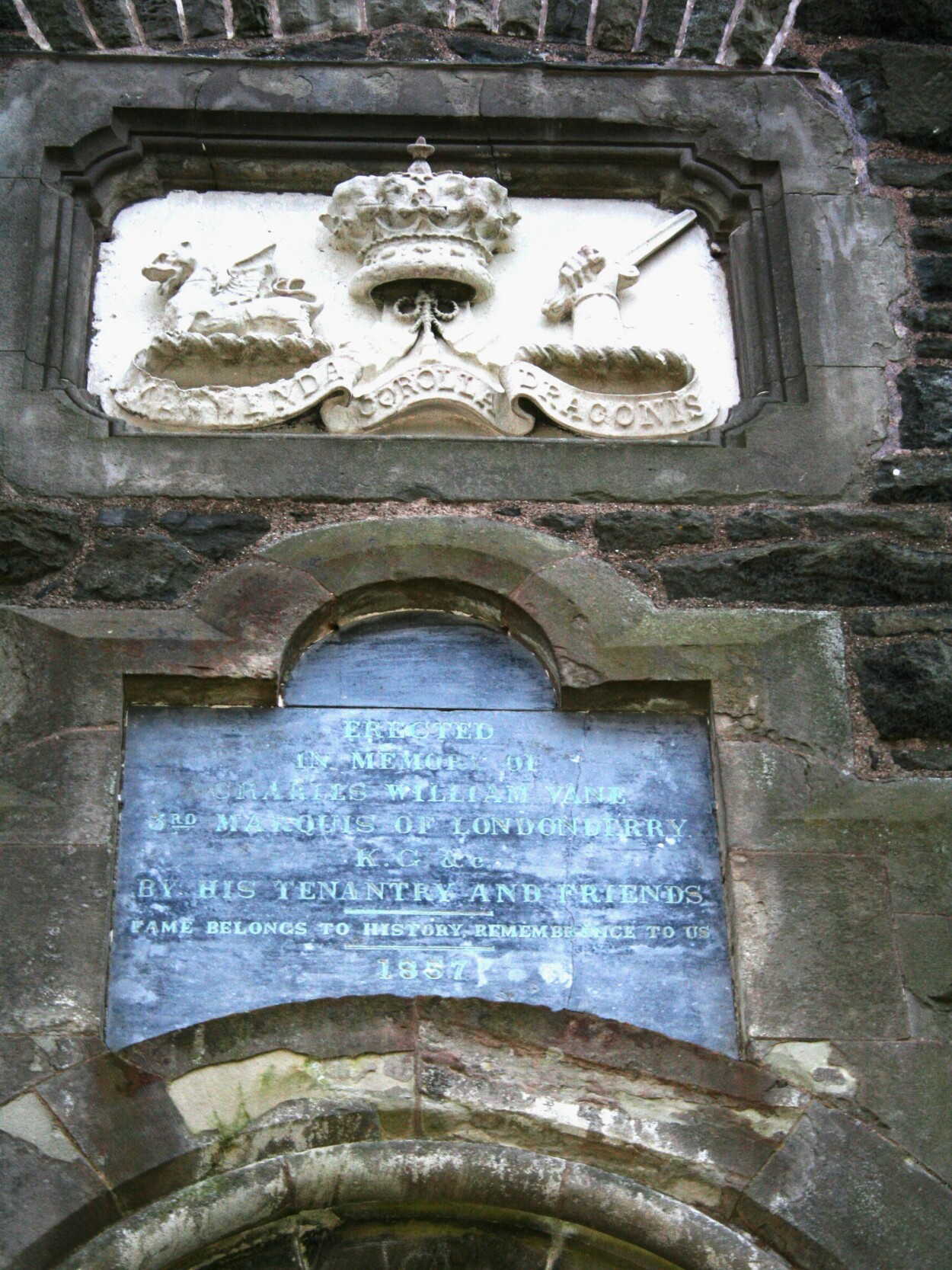

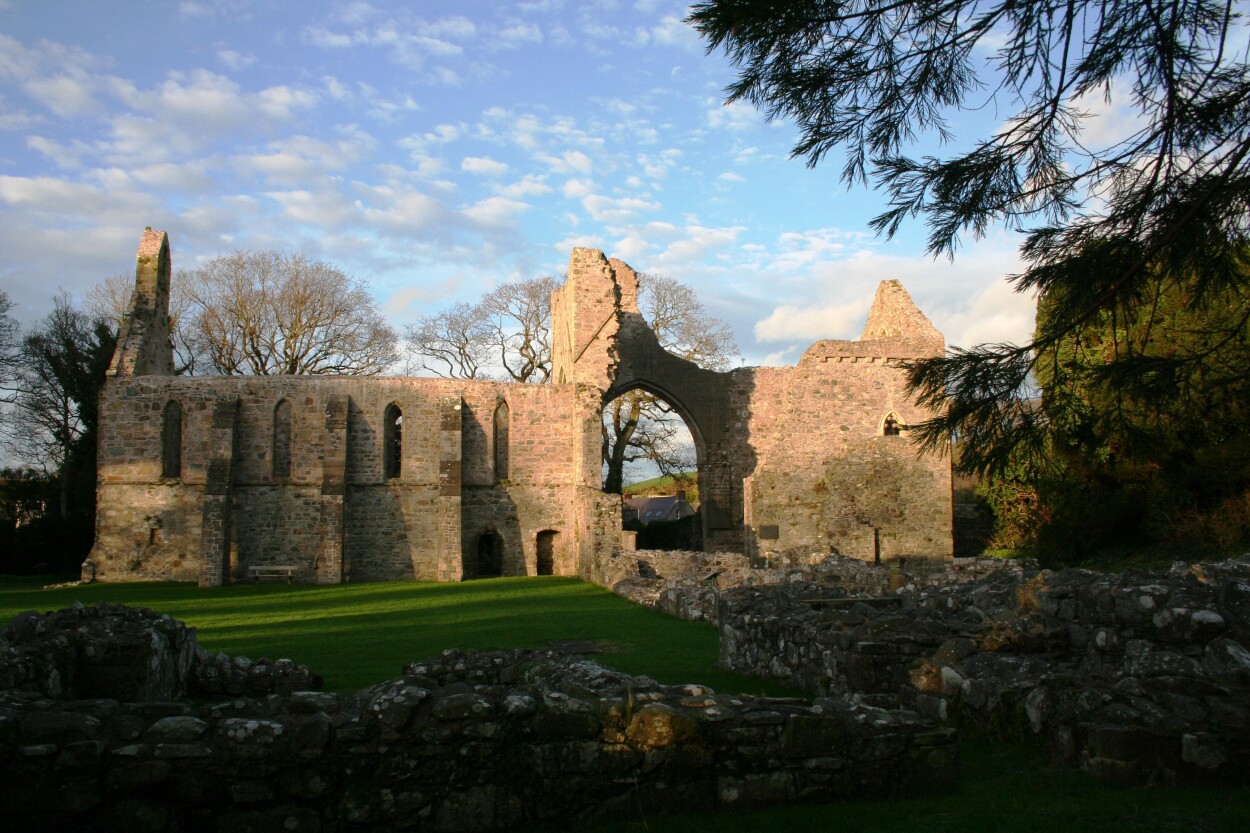

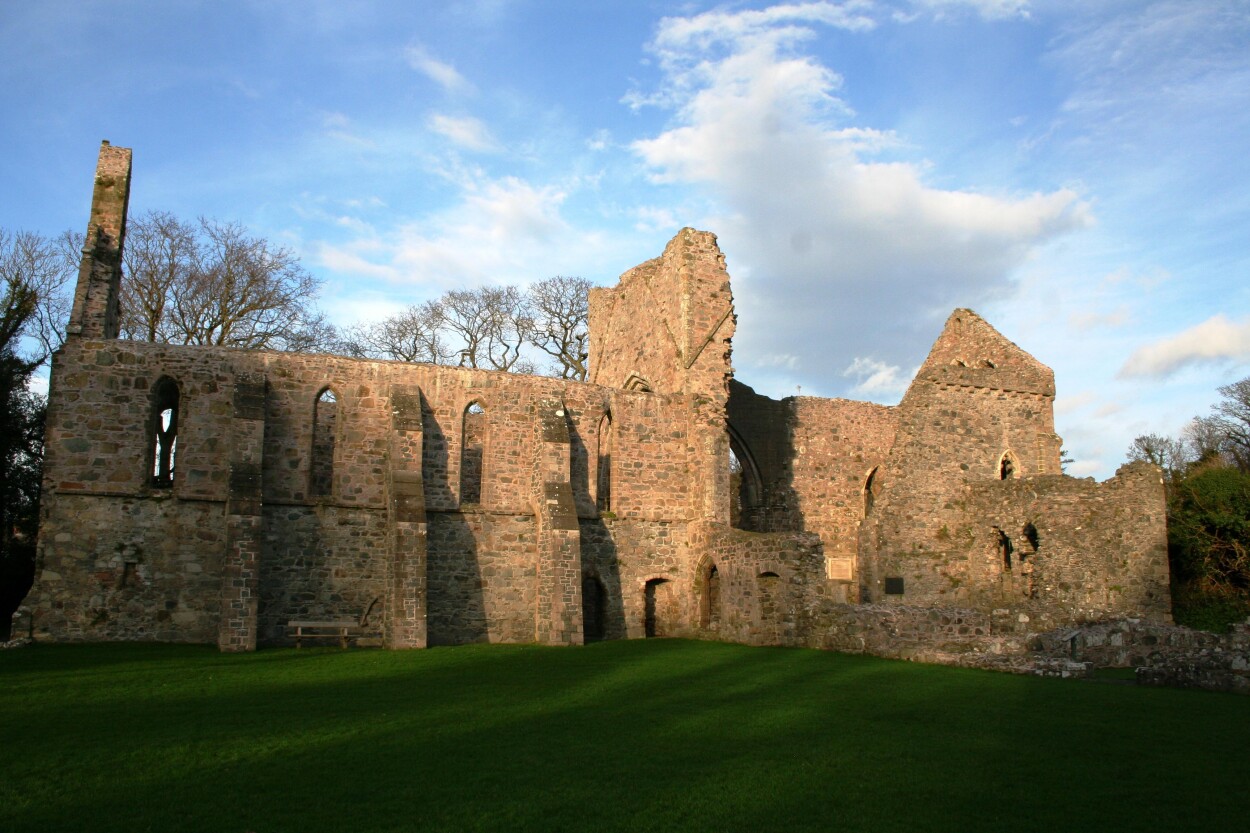
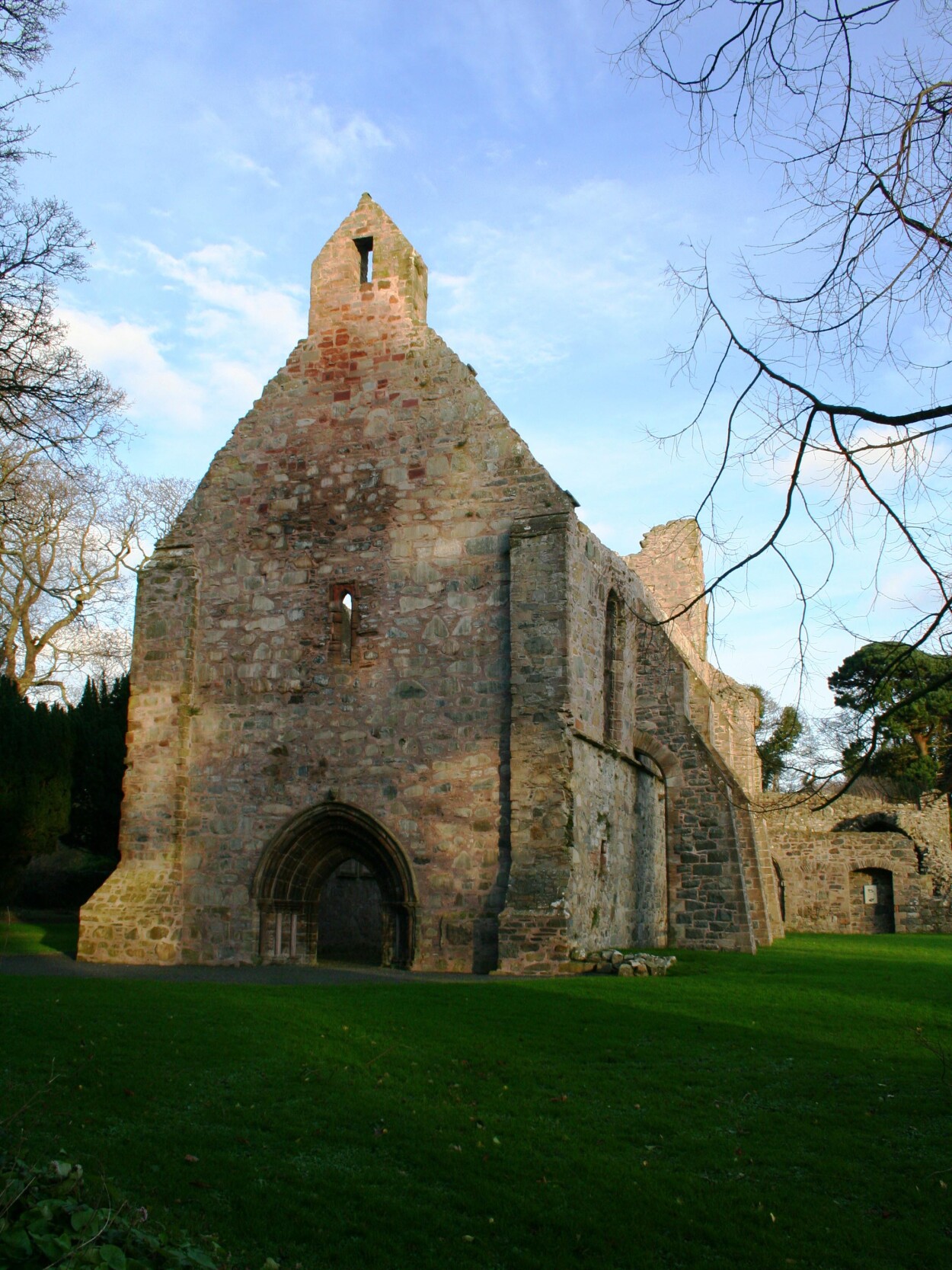
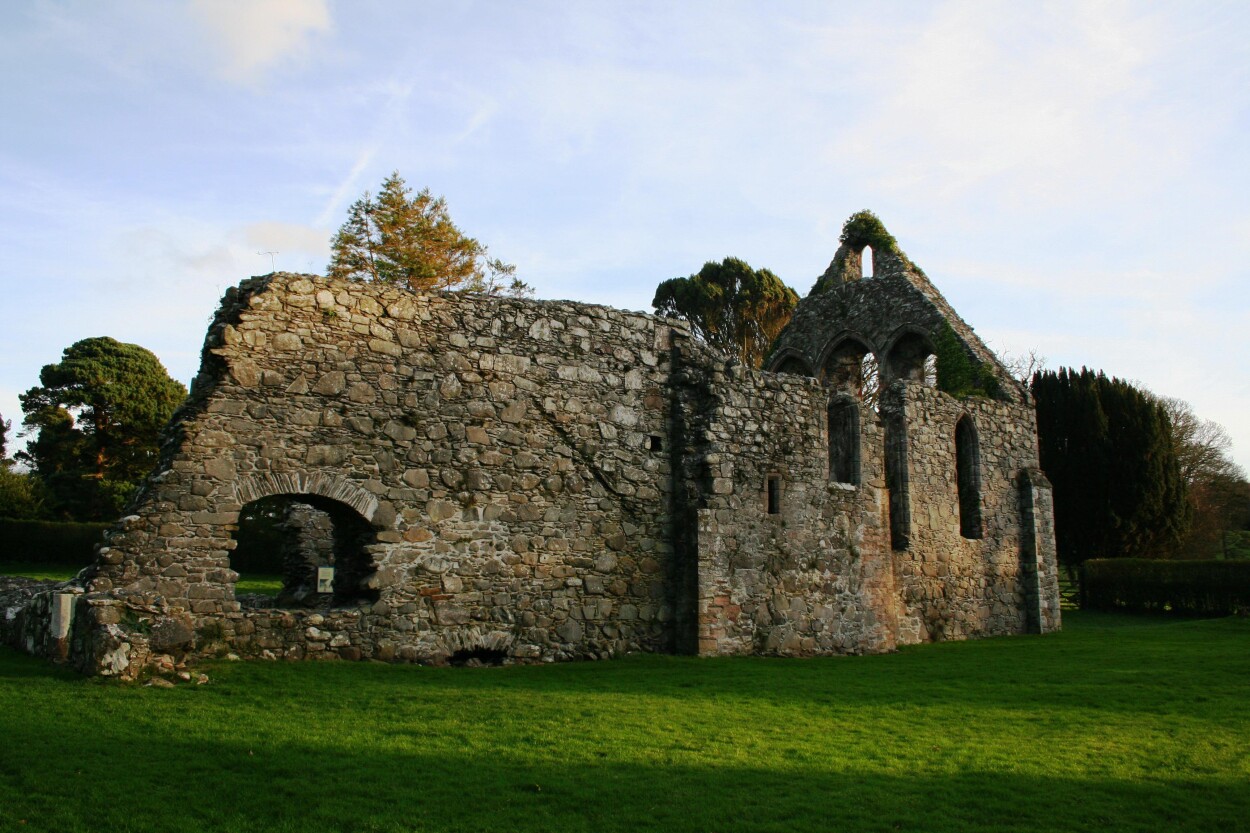
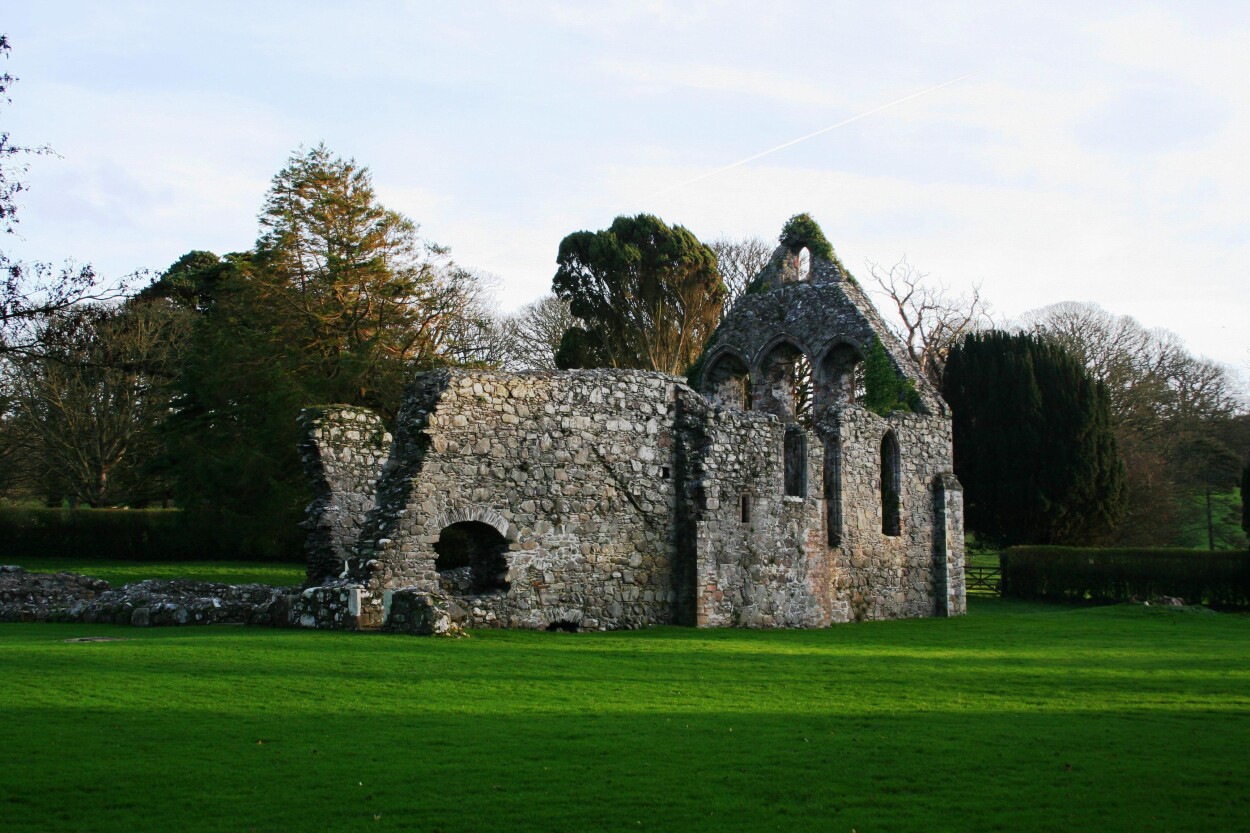
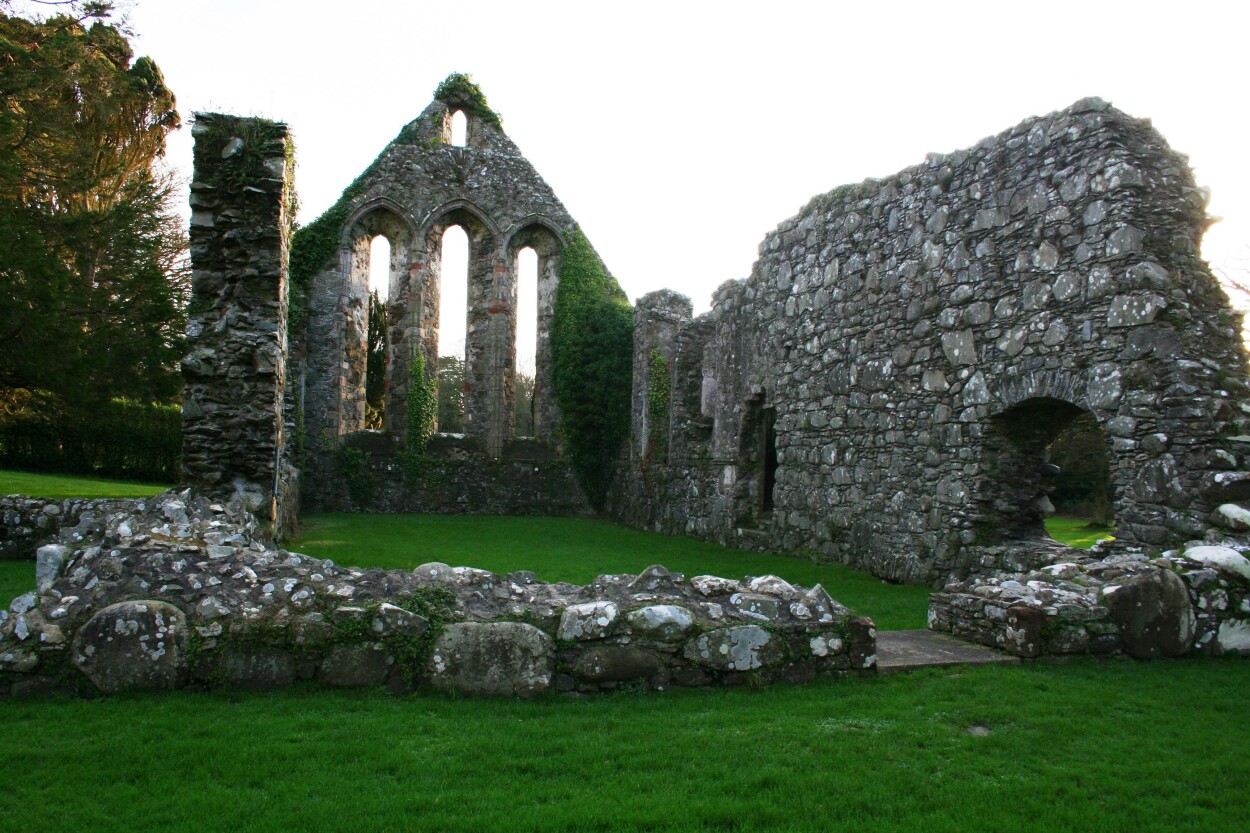
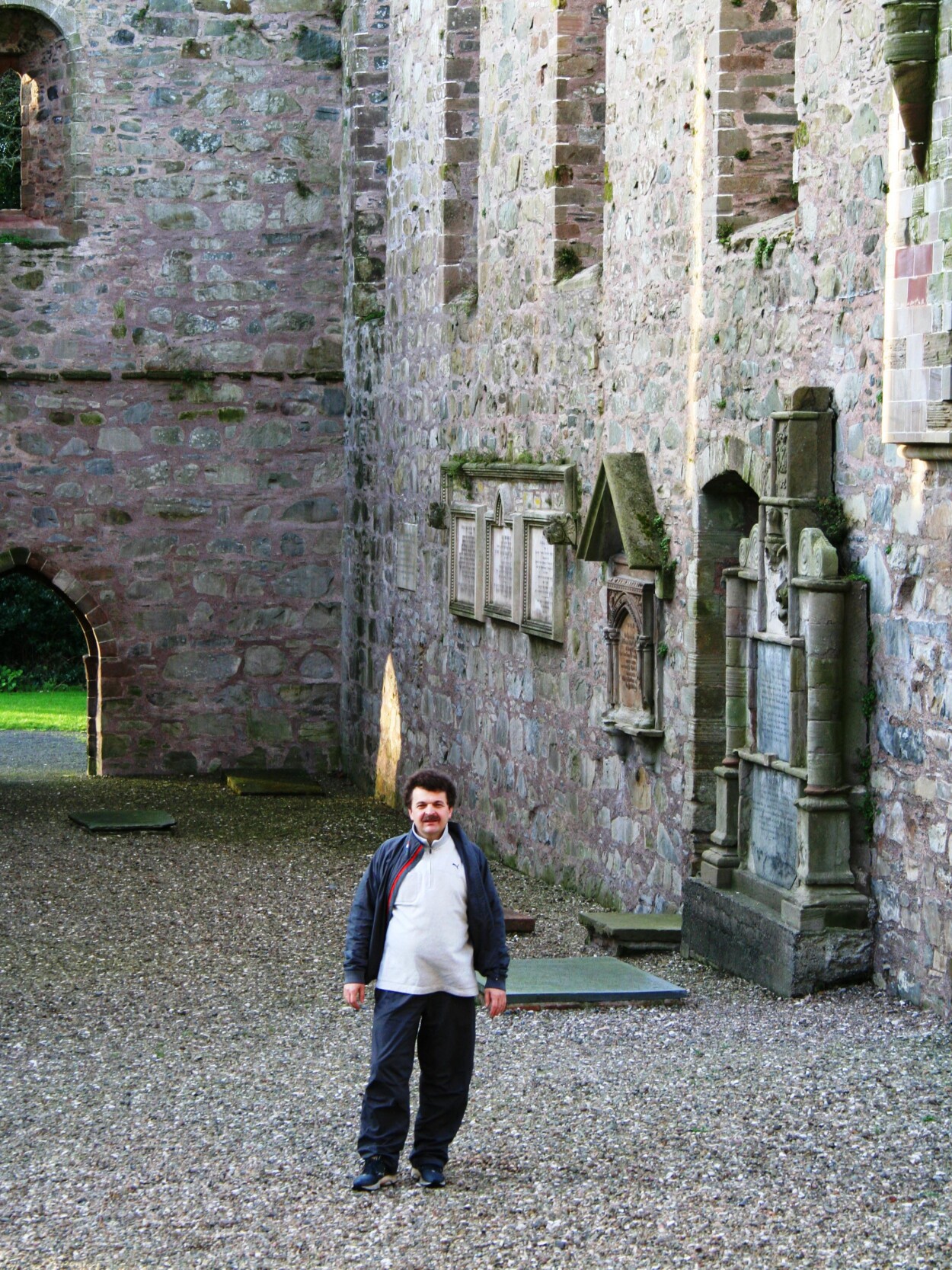
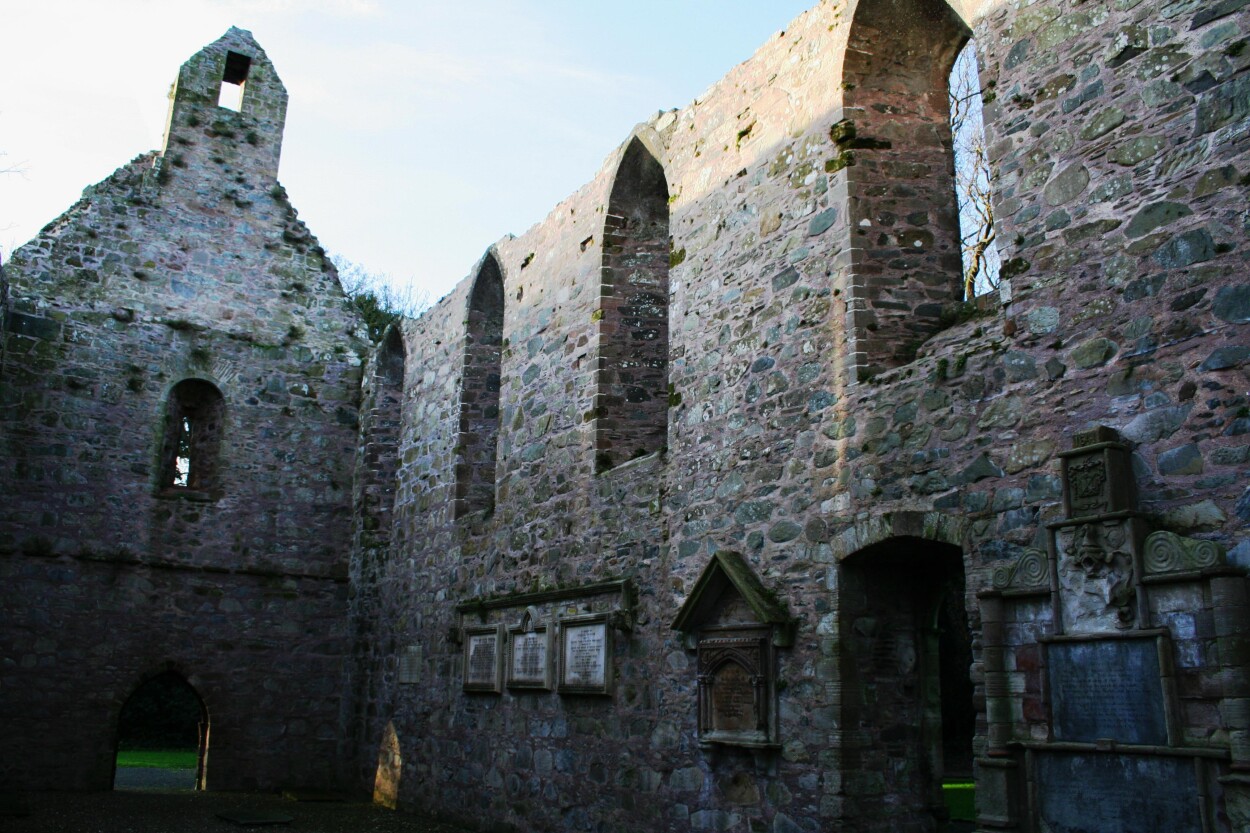
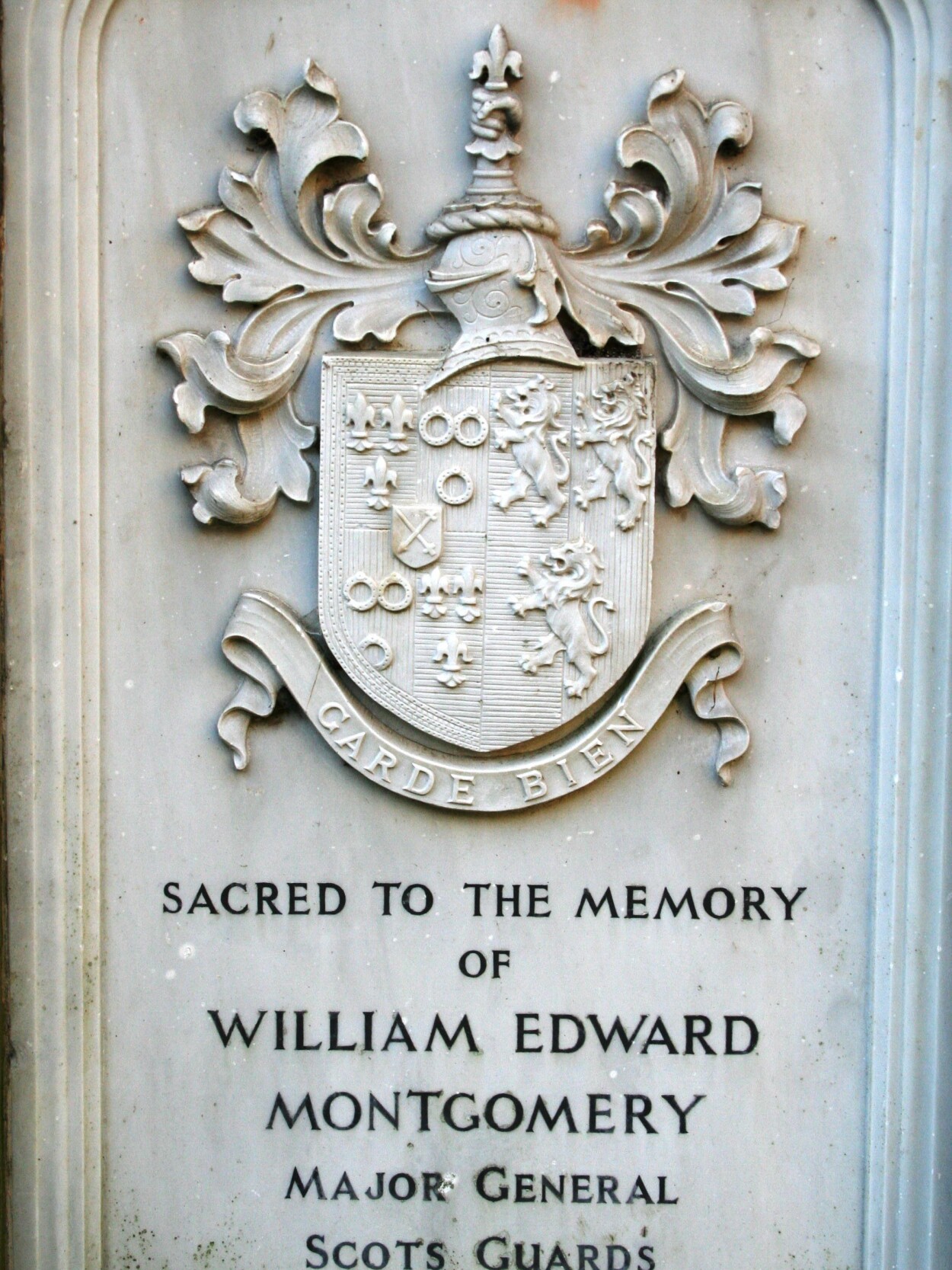
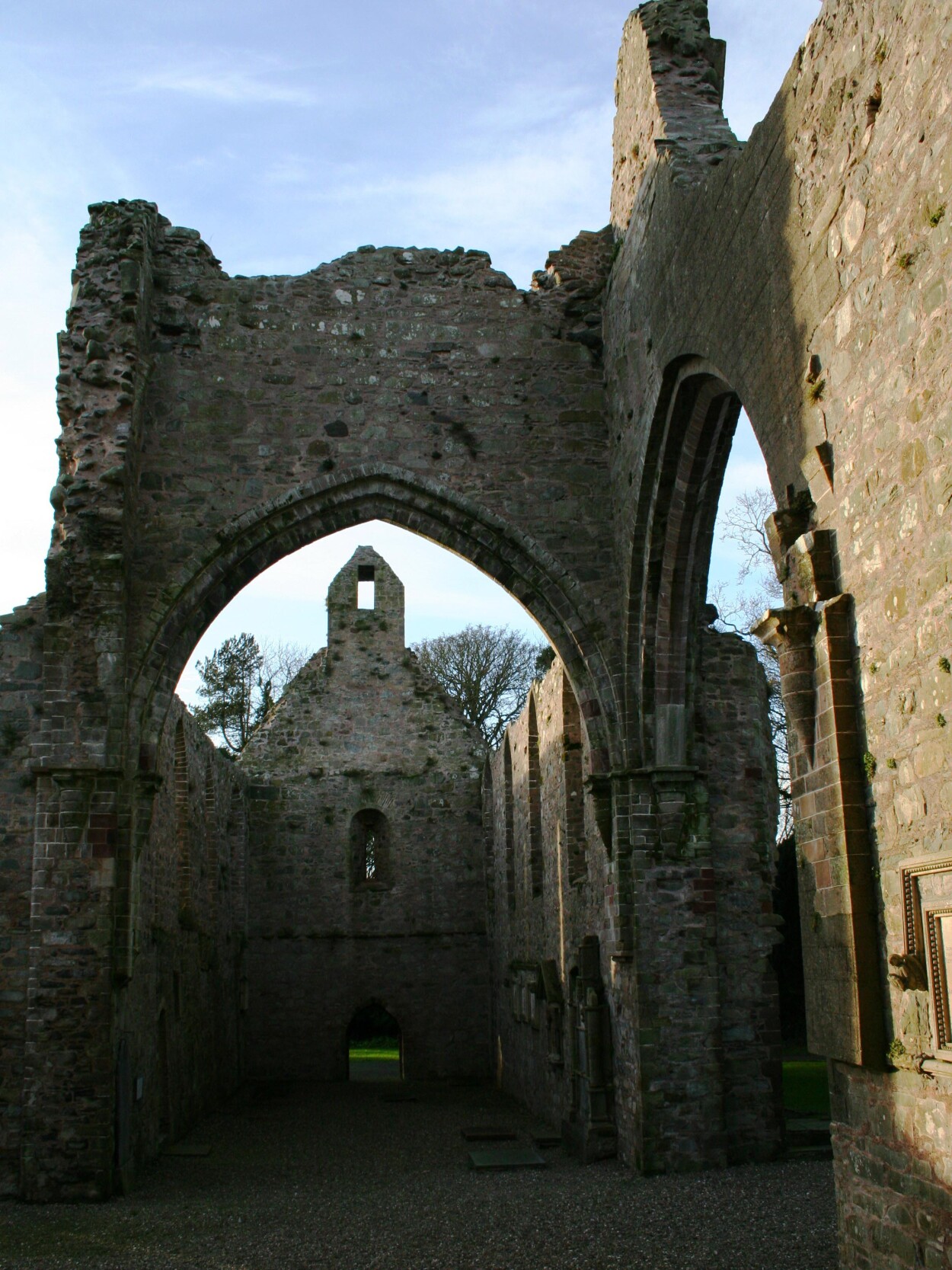
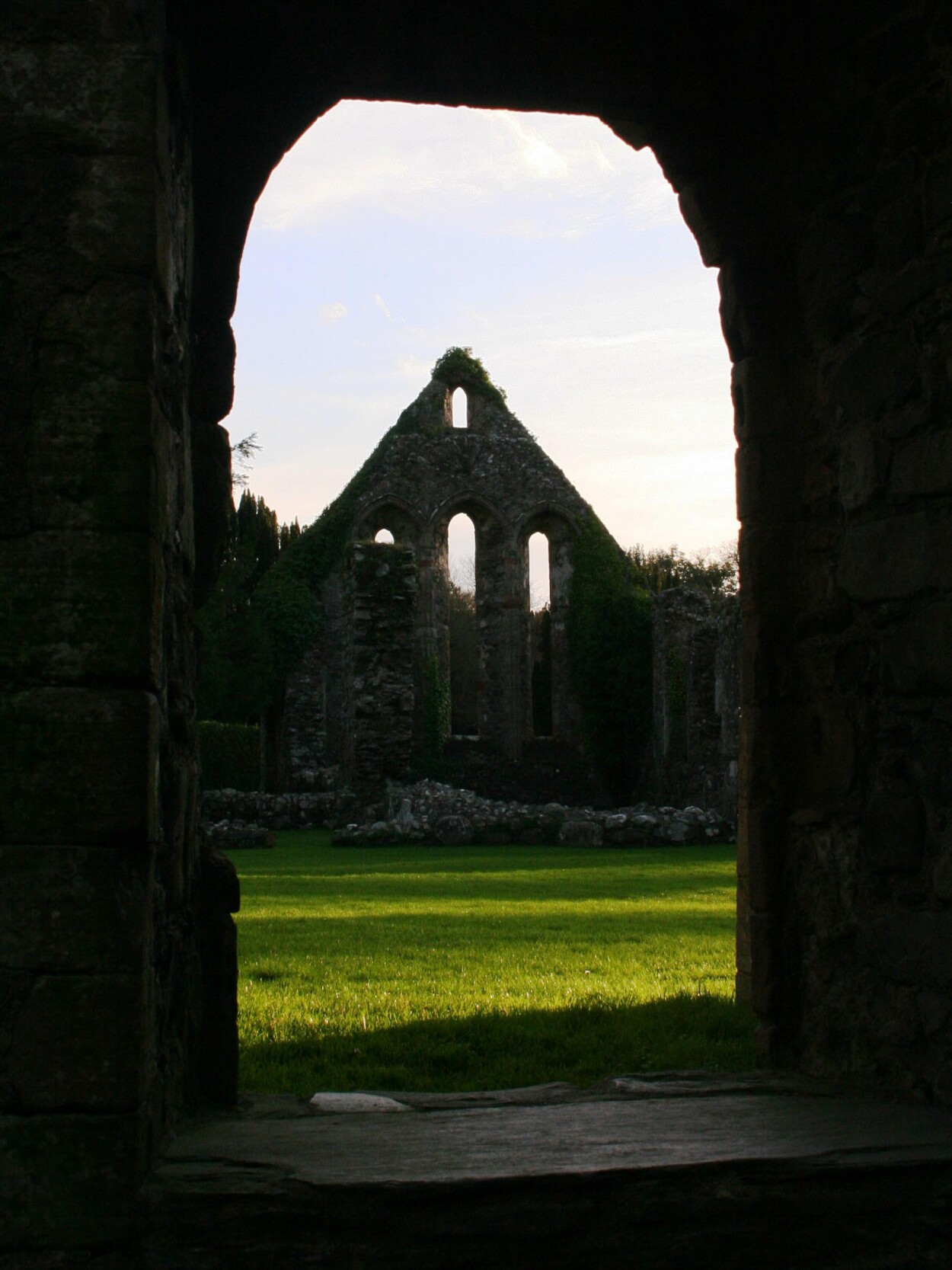
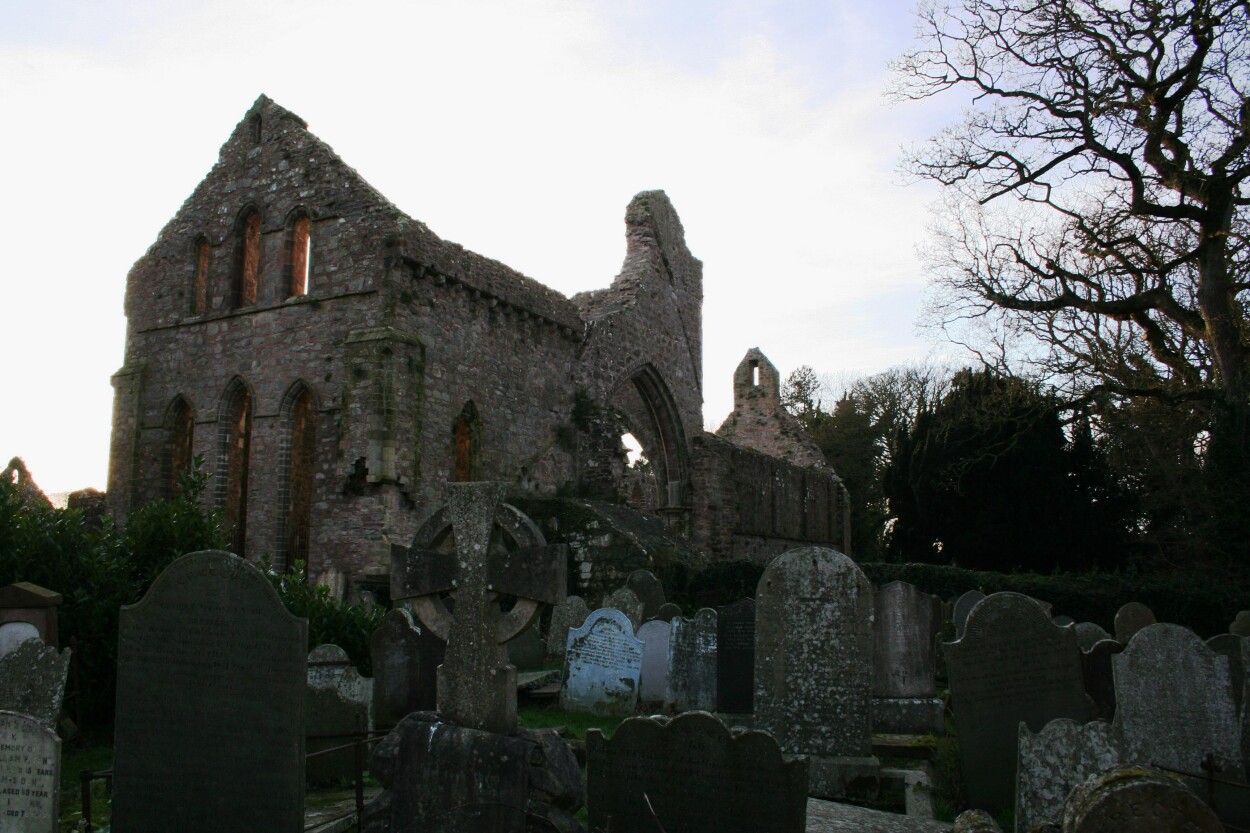
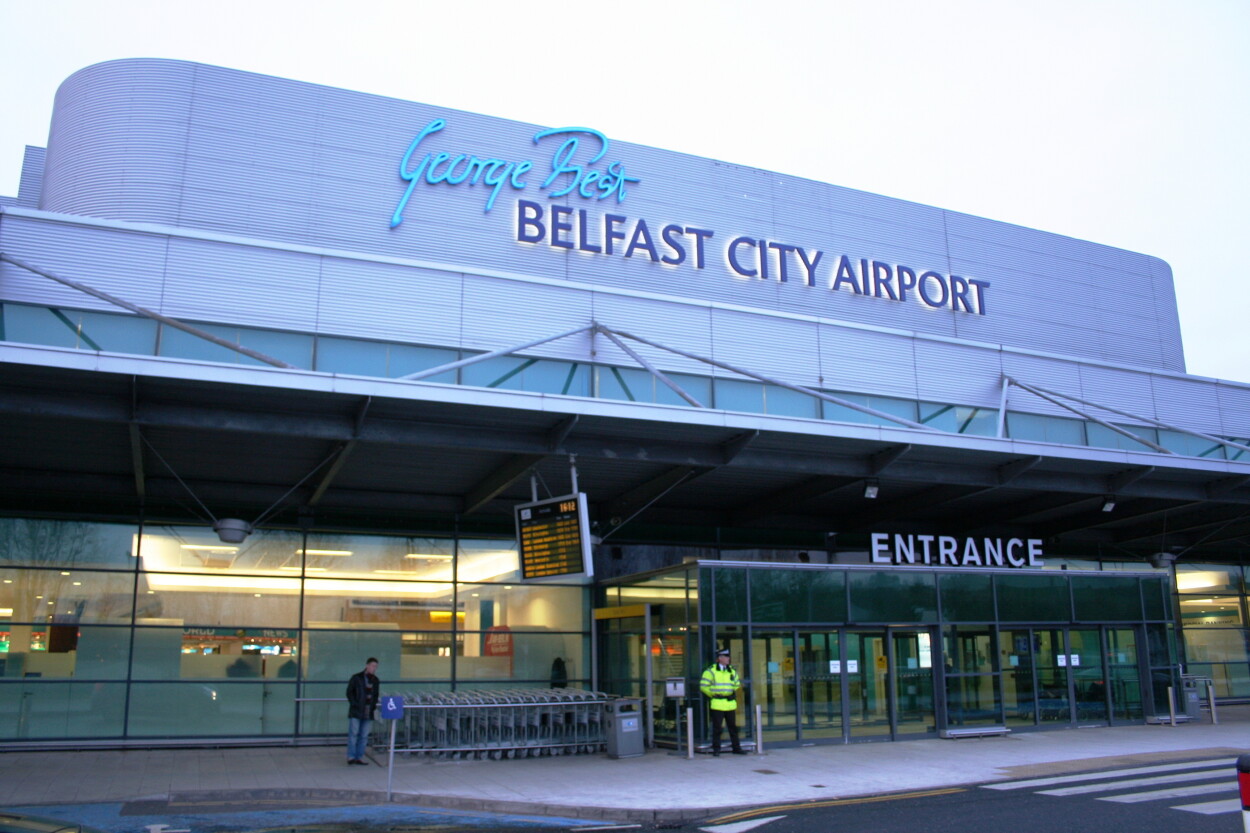
Comments
The post has no comments at the moment.
Leave Comment